FASH 2018 / 16. June 2018
Maria Presser
| 1st Preis European Fashion Award – FASH 2018 Category Graduates |
|
| Concept |
Maria Presser: “Don’t be a square” is the slogan of my menswear collection “The Bonnie Situation”. The outfits play with the expectations of the viewer in order to encourage a more sophisticated perception of fashion beyond stereotypes. Postmodern stylistic devices such as deconstruction based on the model of literary examples are translated into a fashion context: Preppy style and high-visibility workwear meet and merge as two hierarchically opposing genres. Other design elements are quotes and allusions, overdrafts and surprise effects such as new combinations of various patterns. The collection thrives on this “intertextuality” and thus ties in with the work of cult director Quentin Tarantino, whose movies such as “Pulp Fiction” (1994) became prototypes of postmodern film aesthetics. The intensive study of the arts and socio-cultural contexts is an important part of my work on modern, sophisticated and progressive menswear. I strive for the deconstruction of oppositions such as conceptual and commercial in the fashion industry, a novel form of reception and review of fashion and a further development in the self-image of the fashion designer. |
| Award Ceremony |
|
| Jury statement | A very harmonious balance between streetwear and business fashion at a high professional level.
With the combination of two supposedly opposing genres, Maria Presser designed an ironic and mature dialogue between trendy streetwear and traditional business fashion. Dressed, it immediately looks cool, natural and discreetly refined. |
| Education | Bachelor, AMD – Akademie Mode & Design, Berlin Prof. Antje Drinkuth |
| Prize | Cash prize of 2500 euro, Mentoring Program, Public Relations |
| Contact | maria@presser-architekten.de Instagram @mariapresser www.mariapresser.com |
| Download | Web: www.sdbi.de/download/maria-presser-web.zip Print: www.sdbi.de/download/maria-pressers-print.zip |
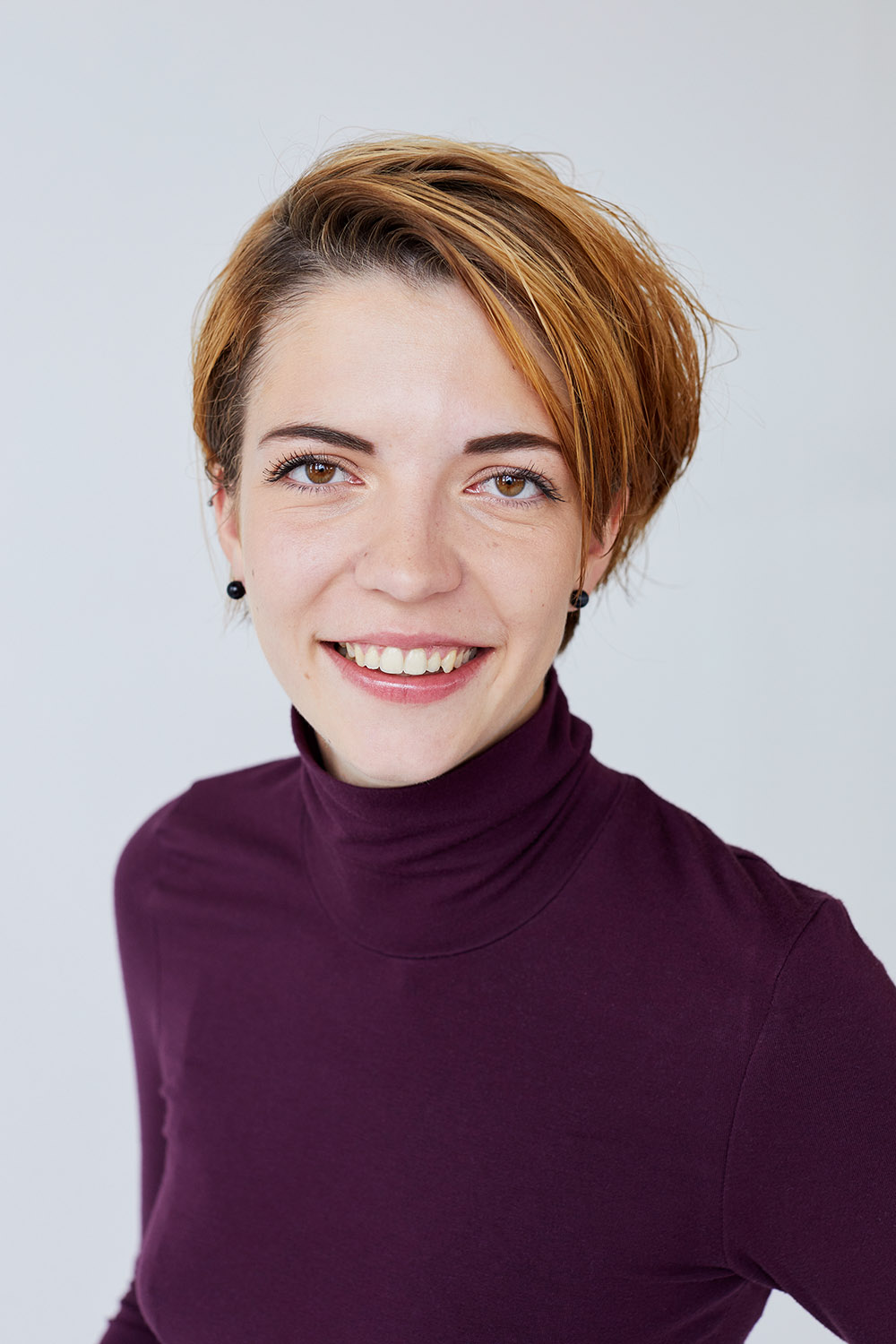
FASH 2017 Get Real / 29. June 2017
Hannah Kliewer
| 1st Prize European Fashion Award FASH 2017 Category Students |
|
| Steife Brise |
The “Steife Brise” (Gale) menswear collection is a shelter from the storm of social media. The collection accompanies men on their quest for self-discovery and truth while also highlighting everything that makes them unique. With its balanced proportions, high-quality merino wool, superior craftsmanship, and classic colors, the collection makes a statement of understatement. The soft, comfortable knit, was made by Hannah Kliewer herself and appeals directly to the senses. The collection’s over-sized collars, which are inspired by life jackets, contain foam in the edges and corners which adds extra dimension and enhances the wearer’s silhouette. These collars also offer them a sense of protection and comfort as they follow their path to self-discovery. Zippers highlight the collection’s emphasis on unity. The sense of security they create gives the wearer the courage to try new things and the energy and curiosity to navigate the modern world. A woolen hug in a digital landscape that is cold and vast. |
| Award Ceremony |
|
| Jury statement | Hannah Kliewer’s menswear collection is perfectly in tune with the times. She captures the age’s deep desire for closeness, comfort, and safe spaces. In short – a place to call home in a world of digital globalization. The visual power of the jacket and half-zip sweater provides a sense of protection. But the collection is not about hiding in a cocoon. Instead, Hannah Kliewer uses rough edges and flaws in order to create a frame for displaying one’s personality. She wants to give people the strength to come together once more. Ms. Kliewer combines typical sailing apparel, such as half-zip sweaters and life jackets, with the latest trends, such as high shoulders and huge collars, to make a modern, original statement that is clear yet simple. Hannah Kliewer gives a young and modern twist to knitwear and provides much needed innovation for both streetwear and luxury brands with a good balance of showpieces and wearable clothing. The symbolic nature of her designs also means that they could possibly be used in costume design. Her great execution and her excellent use of traditional crafts have both been underscored by her training in bespoke tailoring. Her detailed analysis of the zeitgeist and the poetry of her documentation are both excellent and gets right at the heart of things. A collection of original works with a creative force that is immediately noticed and makes us want more. She shows great talent and huge potential! Judging panel member: Thomas Steinbrück, Creative Director Reebok, Boston |
| Education | 6th semester – Hochschule für Angewandte Wissenschaften Hamburg (Hamburg University of Applied Sciences, Germany) / Prof. Kai Dünhölter |
| Prize | Cash prize of 2500 euro, Exhibition, Public Relations, mentoring program, photos by Franco P Tettamanti, work displayed on over 200 premium digital posters byWallDecaux in Berlin, Düsseldorf, Hamburg, and Munich with over 24 million contacts. |
| Contact | info@hannahkliewer.com / www.hannahkliewer.com |
| Download | Web: www.sdbi.de/download/hannah-kliewer-web.zip Print: www.sdbi.de/download/hannah-kliewer-print.zip |
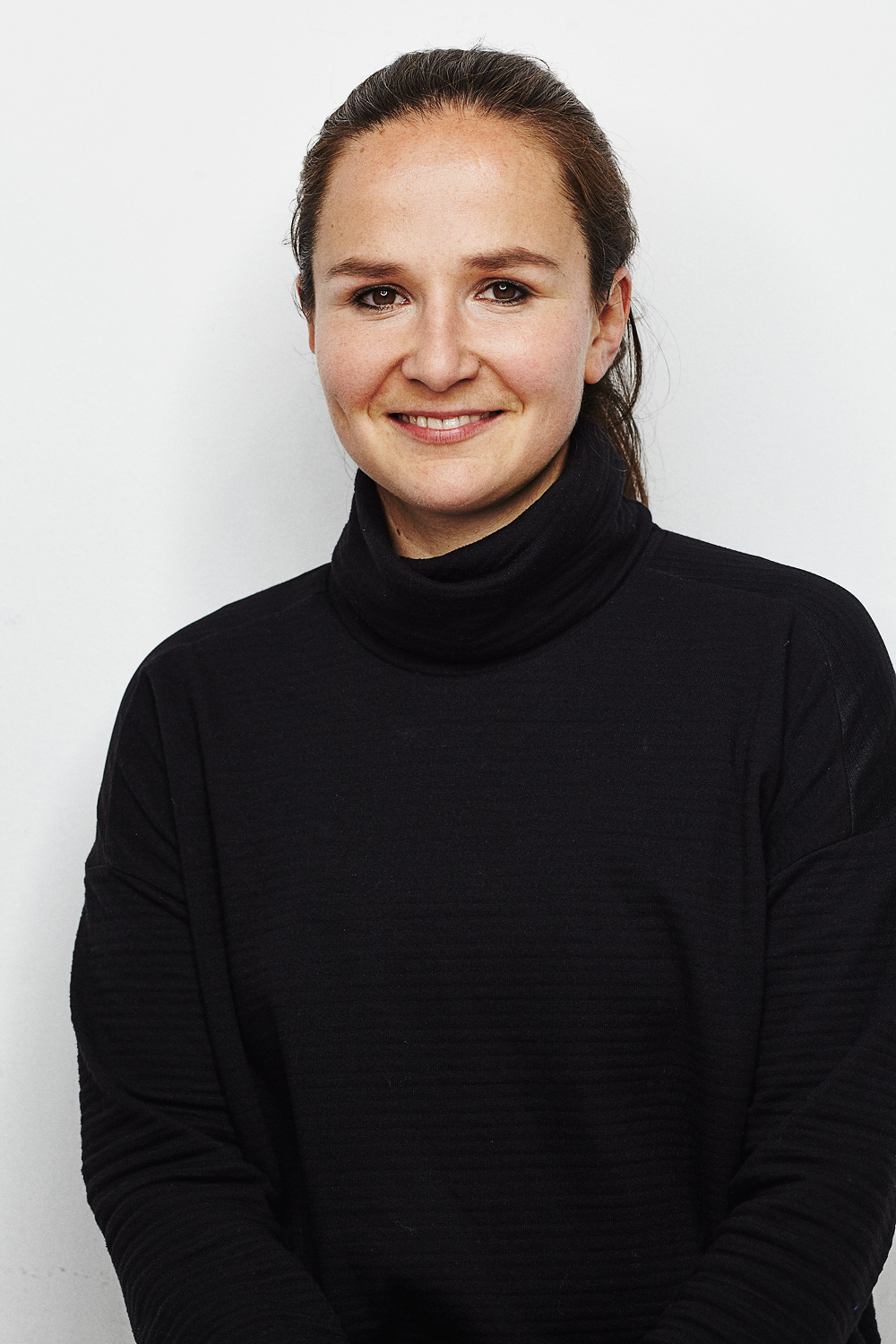
FASH 2016 Change / 27. June 2016
Julian Weth
| 2nd Prize European Fashion Award – FASH 2016 Category Students |
|
| Ungehorsam |
The catastrophic effects of the financial crisis and the wars against IS and in Ukraine form the starting point for “Ungehorsam” (Disobedience), a 13-piece men’s collection. This collection seeks to question how people behave in systems and the consequences of blind disobedience. The title comes from Oscar Wilde, who wrote: “Disobedience, in the eyes of anyone who has read history, is man’s original virtue.” |
| Video |
|
| Jury statement | With his “Ungehorsam” (Disobedience) end-of-term project, Julian Weth has successfully introduced an element of social commentary into an impressive collection. Questioning norms is one of the driving forces of fashion. Pop stars such as Janis Joplin, Jimi Hendrix and the Sex Pistols; subcultures like the hippie and punk movements; or fashion designers such as Jean Paul Gaultier and Yves Saint Laurent come to mind. Julian Weth has created a relevant collection from decommissioned military uniforms and equipment parts. The collection is brought to life through new interpretations of fit, interesting workmanship, and by making old materials less familiar while combining them with new ones in a process of “upcycling”. The workshop, draping and working directly on the mannequin were important. The work is well argued and documented in an attractive way. Julian Weth’s willingness to learn and to develop his potential is also commendable. Judging panel member: Michael Sontag, designer, Berlin |
| Education | 7th Semester – Akademie JAK, Hamburg Heike Winhold,Tobias Jopp |
| Prize | Photo shoot with Franco P. Tettamanti, catalogue, exhibition, media relations, Mentoring program, Mentor: Alana Weißenberger, Senior Designer Adidas 1.500 Euro prize money |
| Contact | julian.weth@googlemail.com / www.julian-weth.com |
| Download | Web: www.sdbi.de/download/julian-weth-web.zip Print: www.sdbi.de/download/julian-weth-print.zip |

FASH 2016 Change / 27. June 2016
Aylin Tomta
| 3rd Prize European Fashion Award – FASH 2016 Category Students |
|
| The Sons of Shiva |
The boundaries between art and fashion, countries and cultures, East and West are blurring. A new generation with an international identity is emerging. A new generation like Shiva’s sons. Shiva’s sons belong to India’s Rabari tribe and carry the heat of the East with them. These courageous young men grew up in the West, surrounded by values of innovation, sterile functionalism, and technology. Just as the god Shiva destroyed and recreated the Earth through dance, the marginalized but life-embracing youths of immigrant communities find refuge in hip hop. It gives them strength, courage, and hope. |
| Video |
|
| Jury statement | Aylin Tomta’s concise collection is a real accomplishment and full of promise. The concept, drawings, execution, patterns and prototype production are excellent. Her winning project arose from an end-of-term project on fashion collection design. The art forms of futurism and the evidence gathered were analyzed intelligently. Aylin Tomta has interpreted the new and the old, the modern and the traditional, the innovative and the proven, and the cool and the warm capably and with originality. Traditional Indian patterns are balanced effectively with Western streetwear and modern fits. Her modern, fresh designs offer great potential for a commercial collection. Patterns, cuts and silhouettes were handled with precision and carefully coordinated with one another for a flawless transition at each seam. The pattern on each item of clothing is harmonious and compelling across the collection as a whole. The cut-outs are worked by hand with exceptional precision. Aylin Tomta’s remarkably sensitive craftsmanship is demonstrated in the basting that captures the culture of handcrafted Rabari goods. Aylin Tomta’s collection has revealed the feelings, views and thoughts of migrants in a fashion context and made a strong statement. Judging panel member: Joel S. Horwitz, designer, Berlin |
| Education | 4th Semester / Fachhochschule Bielefeld University of Applied Sciences Bielefeld Prof. Kai Dünhölter |
| Prize | Photo shoot with Franco P. Tettamanti, catalogue, exhibition, media relations, Mentoring program, Mentor: Kim Pöhland-Block, Another Fashion Agency 1.000 Euro prize money |
| Kontakt | aylin.tomta@gmail.com |
| Download | Web: www.sdbi.de/download/aylin-tomta-web.zip Print: www.sdbi.de/download/aylin-tomta-print.zip |
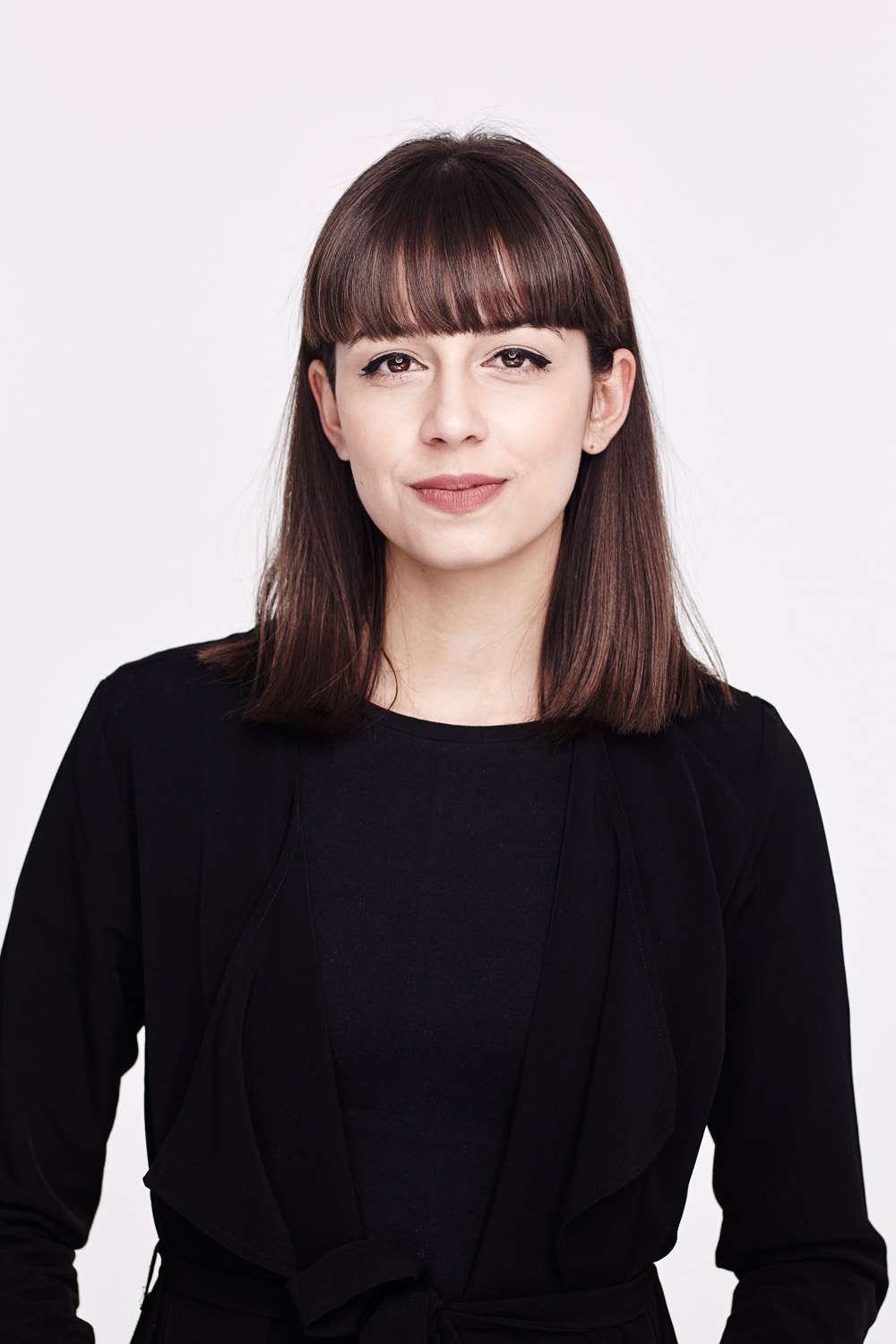
FASH 2016 Change / 26. June 2016
Katharina Buczek
| 1st Prize European Fashion Award – FASH 2016 Category Graduates |
|
| Bad News |
Sometimes reality is not what it seems. Fashion too is moving further and further away from what it used to be. Jean Baudrillard’s theory of hyperreality is the starting point for the theoretical and practical work, which aims to call attention towards the “hype” phenomenon and question the fashion system. Classic menswear designs are made less familiar using inspiration taken from found objects. This 29-piece men’s collection demonstrates the essence of fashion that transcends seasons, trends, and style directions, and in so doing responds to the idea of hyperreality. The combination of natural and synthetic materials represents the interface between tradition and future. Suit trousers meet work wear details, a biker leather jacket shows formal elements, a knitted jumper is blended seamlessly with an artificially coated fabric. Minimalism at first glance—and refinement at second. |
| Video |
|
| Jury statement | Katharina Buczek confidently brings together a range of diverse styles in a coherent men’s collection – an outstanding achievement. At first glance, the collection looks simple and familiar, but upon second glance, its rich, diverse concept is revealed. She plays with asymmetry and presents new shapes and never-before-seen solutions full of subtle details. Katharina Buczek creates delightful contrasts very skillfully. Her collection is wearable and experimental, simple and interesting, sporty and elegant, modern and timeless, and coherent and multifaceted. A balancing act that very seldom comes together: “high fashion” and very accessible. In short, the collection is as lively as a man’s wardrobe that has grown organically and that contains only his favorite pieces. The richness of these strong individual pieces means this collection can be read in a number of different ways, can speak to a variety of style groups, and that each piece is endlessly combinable. There’s something for everyone. An intelligent response to our current fragmented age. Katharina Buczek questions the fashion system and creates a new relationship with reality. She brings new and old values together and suggests a future for fashion. Katharina Buczek’s seasoned ability would be an advantage to many commercial collections seeking to navigate the challenges of today’s fashion world. The collection was developed through a very structured, precise process of analysis and creative deconstruction and was exceptionally well-documented. The resulting clothing stands out due to its outstanding, well-balanced details, perfect execution and innovative seam lines. Intelligently chosen colors and materials, some of which were made by Katharina herself, let the sophisticated pattern construction really come into its own – an outstanding achievement! Judging panel member: Margareta van den Bosch, Creative Adviser, H & M, Stockholm |
| Education | Master – The Royal Danish Academy of Fine Arts, School of Design Prof. Ann Merete Ohrt |
| Prize | Photo shoot with Franco P. Tettamanti, catalogue, exhibition, media relations, Mentoring program, Mentor: Helge-Christian Schmidt, Senior Design Manager, Hugo Boss 2.500 Euro prize money |
| Contact | mail@katharinabuczek.com / www.katharinabuczek.com |
| Download | Web: www.sdbi.de/download/katharina-buczek-web.zip Print: www.sdbi.de/download/katharina-buczek-print.zip |
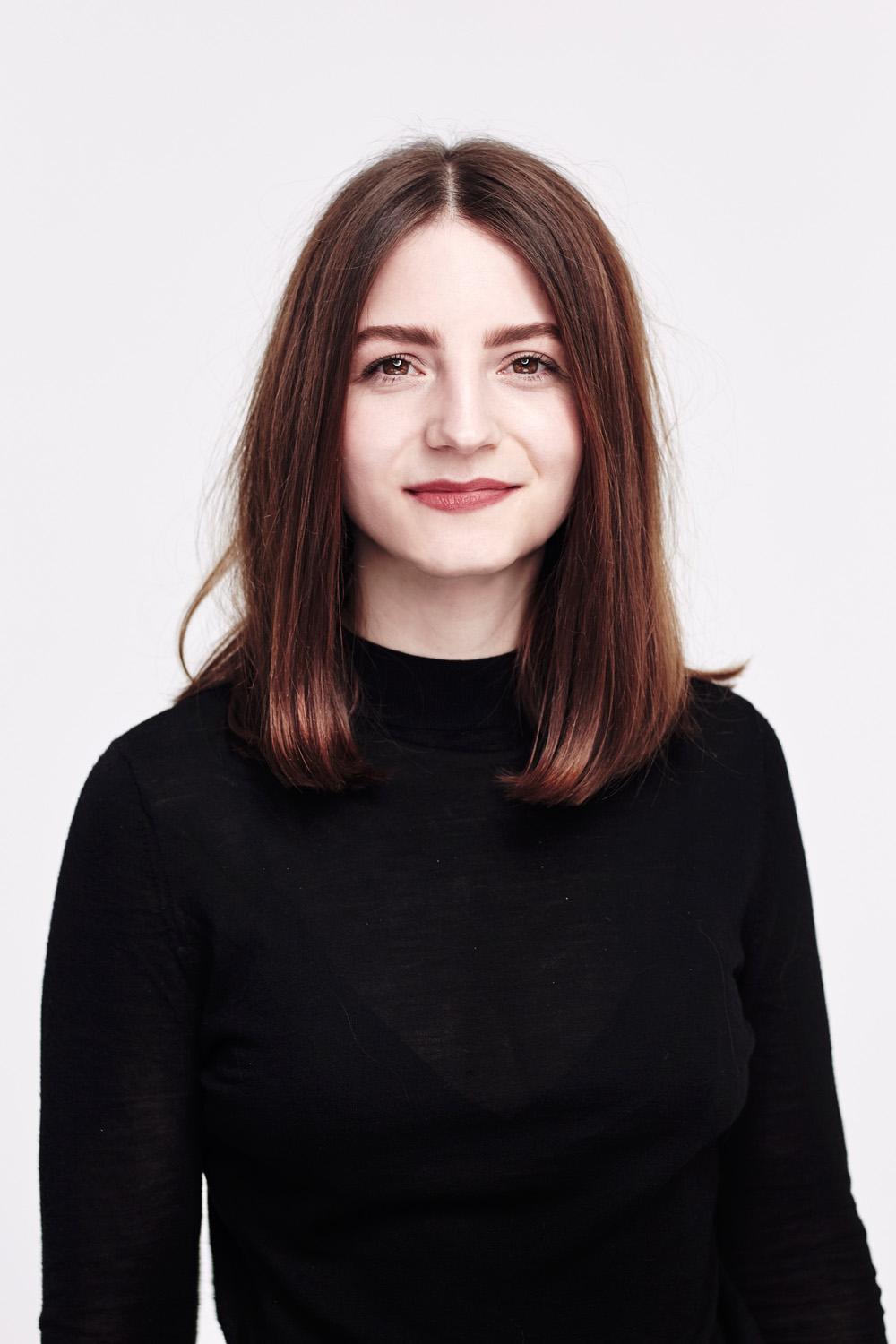
FASH 2016 Change / 24. June 2016
Rani Maria Lange
| 3rd Prize European Fashion Award – FASH 2016 Category Graduates |
|
| Über Funktion |
In Germany, functionalism is so important in design, aesthetics and culture, that it is no surprise that functional clothing has become very popular. The 24-piece men’s collection “Über Funktion” (Reflections on Functionalism) questions the principle of “form follows function”. How can fashion and function be reconciled? What type of man wears this clothing? How does it make him feel? What does it say about him? |
| Video |
|
| Jury statement | Customers want functional fashion, but there are currently few options available on the market. Rani Maria Lange’s theme is therefore cleverly chosen, consistently applied, easy to understand and has commercial potential. The color concept is particularly impressive and was supported by excellent mood boards. The practical execution of the collection is just as outstanding and contains many interesting details, such as zippers in new positions. A deeper examination of existing functional clothing would, however, have been desirable. Judging panel member: Jutta Kraus, Co-Founder of Bernhard Willhelm, Paris/Los Angeles |
| Education | Master – Fachhochschule Bielefeld Prof. Kai Dünhölter |
| Prize | Photo shoot with Franco P. Tettamanti, catalogue, exhibition, media relations, Mentoring program, Mentor: Adrian Sommerauer, Designer, Dorothee Schumacher 1.000 Euro prize money |
| Kontakt | rani.lange@gmail.com / www.ranimarialange.com |
| Download | Web: www.sdbi.de/download/rani-lange-web.zip Print: www.sdbi.de/download/rani-lange-print.zip |
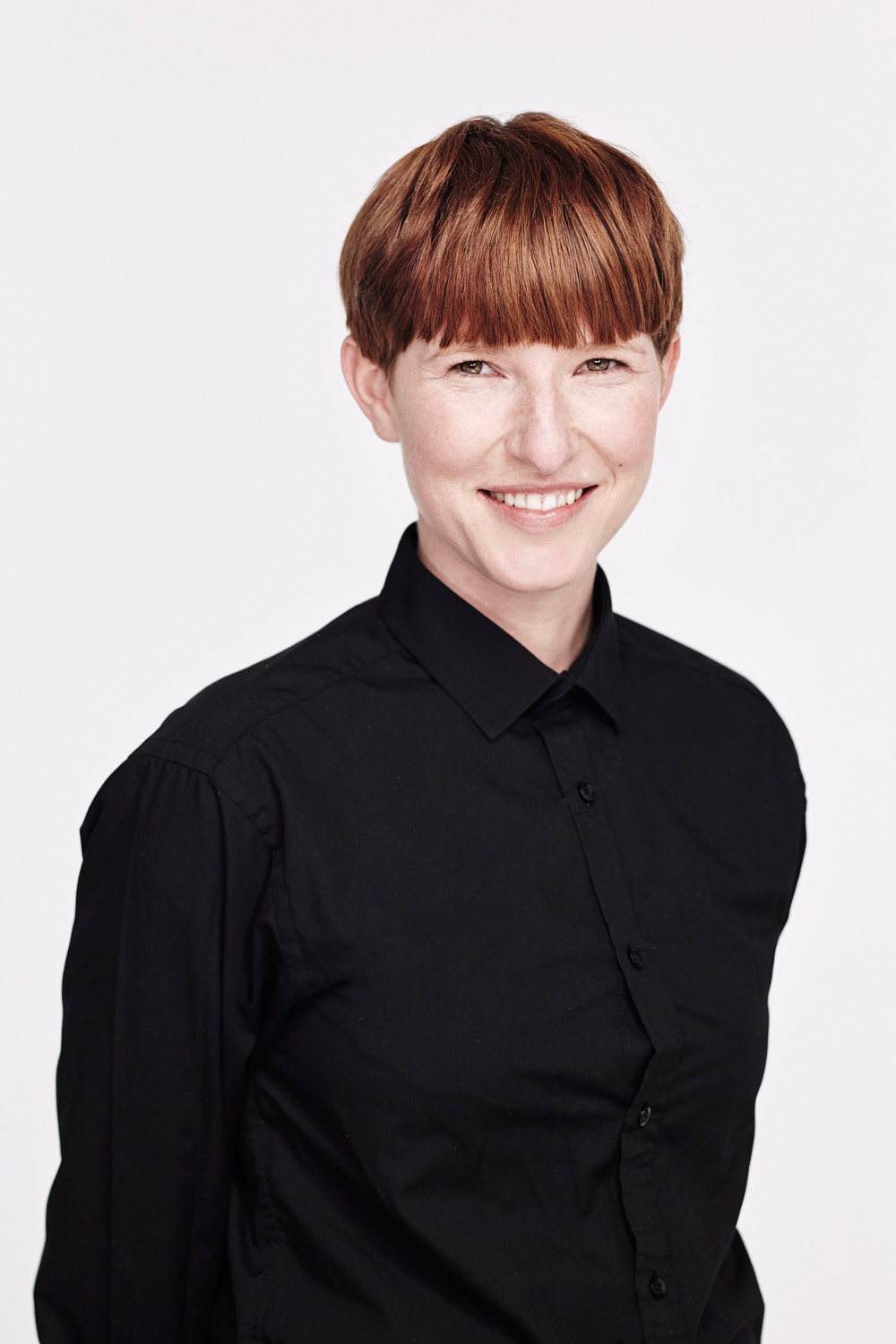
FASH 2015 Freedom / 6. July 2015
Julia Kleeblatt
| 1st Prize European Fashion Award – FASH 2015 Category Students |
|
| Kittel 2.0 |
A work coat reminds us of work, obligation and restriction. Yet a look into the archives of the Burg Giebichenstein University of Art and Design Halle shows that in the Twenties and Thirties it was widely used by the artists and designers on campus. On the occasion of the 100th anniversary of the “Burg” Julia Kleeblatt transformed the workcoat into modern jackets and coats. In her menswear collection “Kittel 2.0” she experimented with fibers and colors, played with length, space and proportion. The strict, straight shape of the workcoat with lapel collar, but¬ton tape, belt and large pockets is broken by delicate knit reminiscent of paper, some areas of the fabric have been printed or coated. Colors and prints were inspired by works of former mentors, such as the puppets by sculptor Gustav Weidanz or gelatin silver prints by Hans Finsler, the pioneer of “New Objectivity” in photography. |
|
|
| Jury Statement | Julia Kleeblatt’s transformation of the lab coat is right on track with the zeitgeist. The subtle collection is colorful rather than flamboyant, diverse rather than overloaded, refreshing rather than loud. This energy is conveyed to the viewer. Julia Kleeblatt does not want to make a grand gesture, but designed unconventional fashion that seems rather familiar and natural, and thus retains its effect for a long time. At the same time her designs follow current trends with graphic design placement, printed pockets, transparent and metallic effects. Her sketches and collages, the color concept and the collection documentation are proof of a high level of independence and artistic quality. They convey the necessary professional information as well as emotions. Few are able to straddle this narrow edge between something new and familiar, creativity and commercialism. Julia Kleeblatt succeeded in showing what design should be in the best possible way. Ideal prerequisite for a career in the fashion industry. – Jury Member Torsten Hochstetter, Global Creative Director, Puma |
| Education | 6th Semester – Burg Giebichenstein Kunsthochschule Halle / Burg Giebichenstein University of Art and Design Halle Bianca Koczan, Prof. Thomas Greis, Prof. Joachim Schielicke |
| Prize | Photo shoot with Franco P. Tettamanti, catalogue, exhibition, media relations, Mentoring program, Mentor: Joel Horwitz 2,500 Euro prize money Six-month funded internship at the Puma headquarters. |
| Contact | mail@juliakleeblatt.com / www.juliakleeblatt.com |
| Download | Web: www.sdbi.de/download/julia-kleeblatt-web.zip Print: www.sdbi.de/download/julia-kleeblatt-print.zip |
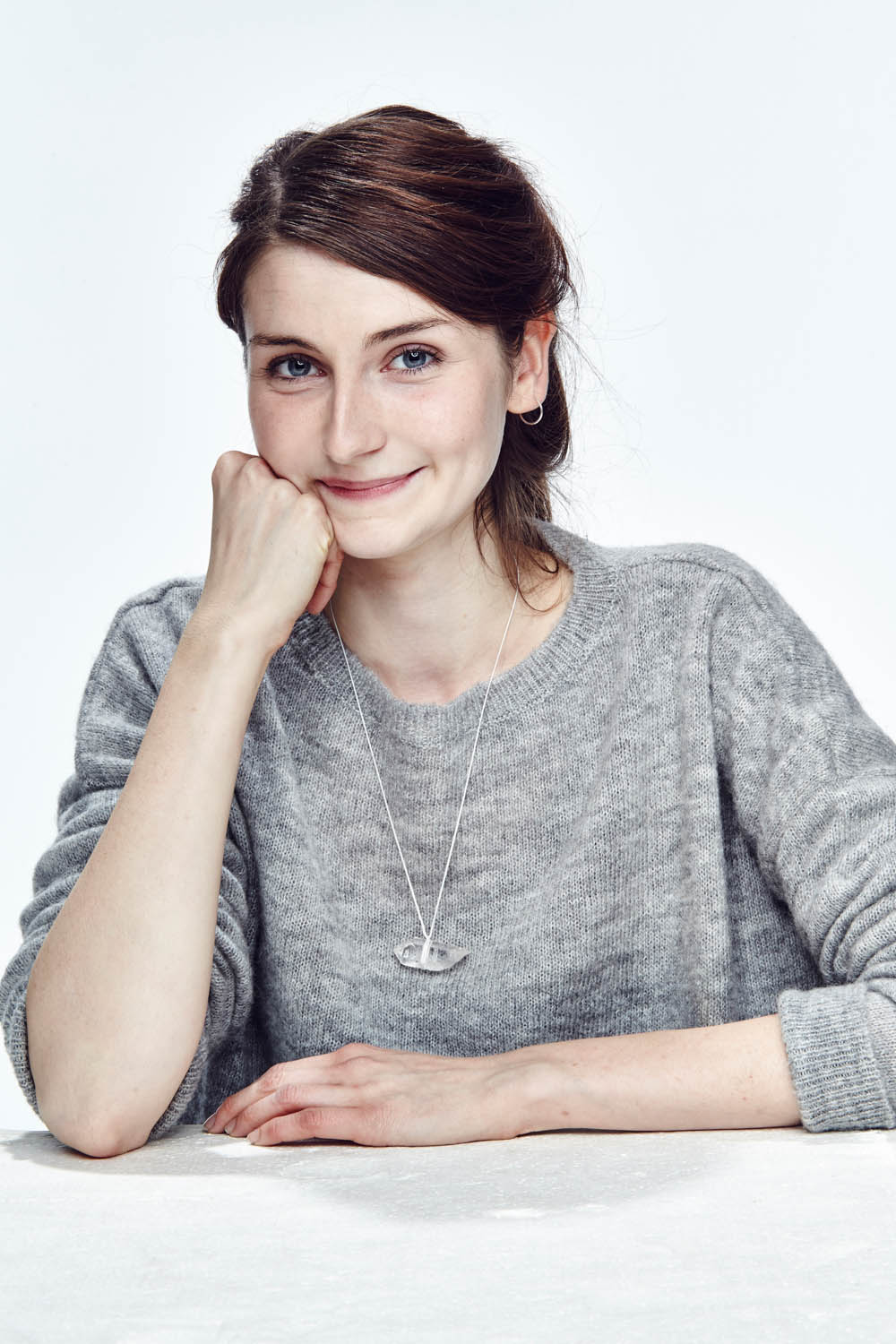
FASH 2015 Freedom / 6. July 2015
Lilly Bosse
| 2nd Prize European Fashion Award – FASH 2015 Category Students |
|
| Wie fühlt sich die Spinne auf dem Herrenklo? |
Our society has surrendered many liberties in favor of supposed security. The goal of the menswear collection “Wie fühlt sich die Spinne auf dem Herrenklo?” (“The Spider in the Mensroom”) is to trigger questions, associations and emotions – whether during observing, reading or wearing the pieces. The garments made of tweed, leather and cotton gauze are rough and robust. Chiffon and silk present flowing contradictions. Lines and symmetrical ele¬ments, the play with convex and concave shapes creates contrasts that coalesce. No distinction between front or back. Shades of grey replace thinking in black and white. Purposeful color accents become apparent only below the primary layers. Masks let the wearers appear like marionettes. Will we be free, if we take off the masks? “Freedom requires courage, so let us be courageous. Open your eyes! Open your ears! Open your mouth!” |
|
| Jury Statement | The poetic menswear collection “Wie fühlt sich die Spinne auf dem Herrenklo?” (“The Spider in the Mensroom”) tells a story about social ties, control and manipulation, promises security and escape into inner worlds. Lilly Bosse dares to interpret the theme “Freedom” in a very personal way. She also provokes our imagination with her intuitive and associative project, challenges limits and asks questions that used to be realm of stage writers. Lilly Bosse is able to trigger emotions and root them in our memory. Almost incidentally she created a confident and modern male image, unburdened by gender stereotypes, using skillful techniques and a characteristic color selection. A major achievement! – Jury Member Margareta van den Bosch, Creative Adviser, Hennes & Mauritz, Stockholm |
| Education | 11th Semester – Hochschule für Künste Bremen – University of the Arts Bremen Prof. Kai Lehmann |
| Prize | Photo shoot with Franco P. Tettamanti, catalogue, exhibition, media relations, Mentoring program, Mentor: Mads Dinesen 1,500 Euro prize money |
| Contact | lilly.bosse@gmx.de / www.lillybosse.com |
| Download | Web: www.sdbi.de/download/lilly-bosse-web.zip Print: www.sdbi.de/download/lilly-bosse-print.zip |
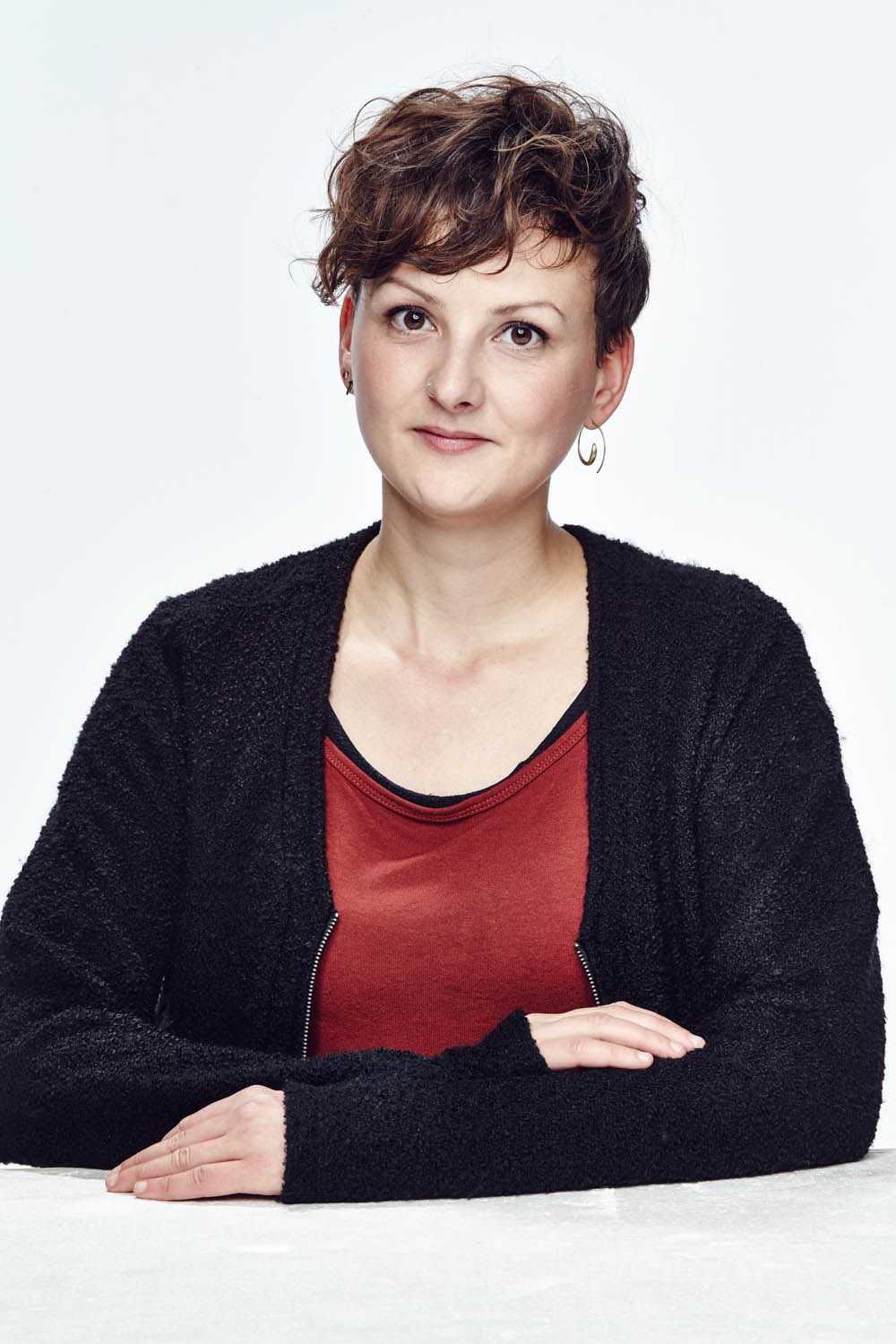
FASH 2015 Freedom / 6. July 2015
Kai Gerhardt
| 3rd Prize European Fashion Award – FASH 2015 Category Students |
|
| The Black Rectangle |
The inspiration for the menswear collection “The Black Rectangle” is a woman waiting for a train. At first glance, it appears that she only wears a blanket. When does a blanket, a piece of fabric, turn into a piece of clothing? When is fashion recognized and accepted? Kai Gerhardt braved the unknown dealing with the minimalism in fashion. He seized the freedom to fail, to quit or to fight. He liberated himself from the security of his education, moved away from a Euro-centric image of men. Instead, he searched for diversity in his thinking, heterogeneity in his actions, and versatility in his designs. Design instead of craft: accept new perspectives, research working methods, experiment with materials. It clicked. The result is an eight-piece menswear collection made of cashmere and fine merino wool knit. He purposely selected low-key black as the color, inspiring the discovery of hidden elements. |
|
|
| Jury Statement | Kai Gerhardt designed very specific fashion that does not have any connection with a euro-centric male image, yet seems very familiar. The project makes an immediate impression. It distinguishes itself thanks to thoughtful use of materials in addition to an independent design language with a strictly aesthetic system. Yet the deciding element remains invisible to the viewer: the essential liberation from existing thought and working processes necessary to create something this innovative. – Jury Member Michael Sontag, Designer, Berlin |
| Education | 5th Semester – Universität der Künste Berlin – University of the Arts Berlin Prof. Valeska Schmidt-Thomsen |
| Prize | Photo shoot with Franco P. Tettamanti, catalogue, exhibition, media relations, Mentoring program, Mentor: Helge-Christian Schmidt 1,000 Euro prize money |
| Contact | herrgerhardt@googlemail.com / www.herrgerhardt.de |
| Download | Web: www.sdbi.de/download/kai-gerhardt-web.zip Print: www.sdbi.de/download/kai-gerhardt-print.zip |
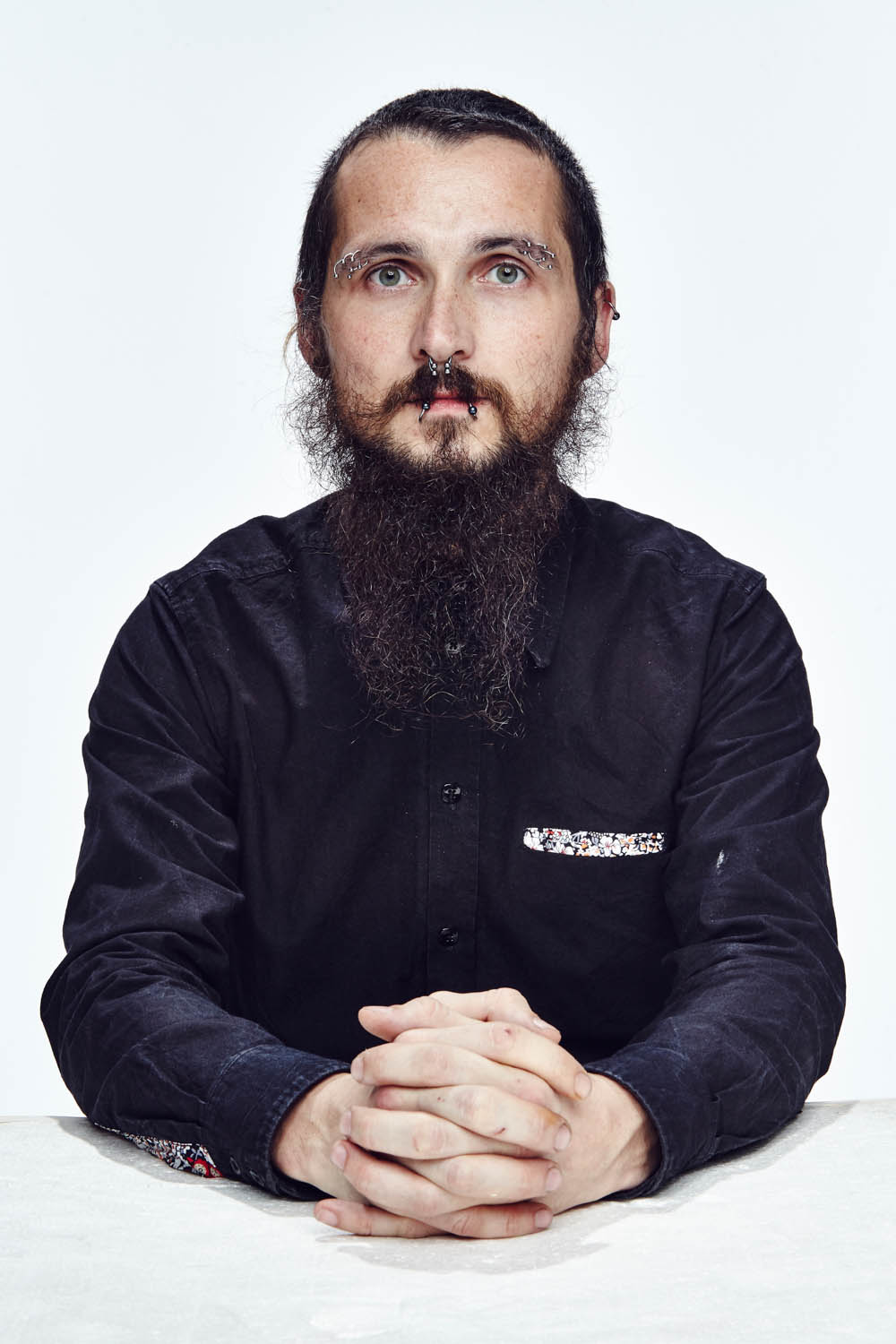
FASH 2015 Freedom / 6. July 2015
Ulf Michael Brauner
| 1st Prize European Fashion Award – FASH 2015 Category Graduates |
|
| Auf und davon nach |
Wanderlust is not the desire to go on vacation, but the elusive demand to discover something life-changing during a voyage. Just as described by Bruce Chatwin in his travel books. The menswear collection “Auf und davon nach” (“gone to”) is based on such wanderlust during a seven-month voyage from Ghana to Mali to Mauretania. The cultural versatility of Western Africa – colors and scents, its sense of grace and beauty – merges into a dream world of colors. The collection is based on a West African boubou. The generously sized, richly pleated garment is combined with elements of western fashion such as from parkas and coats. The binary coded pattern was hand-embroi¬dered and executed in blue dye. The colors of the collection as well as the hand-woven silk/cashmere fabrics are reminiscent of the horizon of a desert landscape. Footwear made of materials like coconut palm bark complement the collection. |
|
|
| Jury Statement | Ulf Michael Brauner’s menswear collection “Auf und davon nach” (“gone to”) is intense, enigmatic and refreshing, extremely energetic and courageous. While traveling throughout Africa Brauner recognized what his native Germany was missing. “Europe no longer motivates me. This world has become too familiar to force my soul to create new designs,” Brauner adapts a quote from the travel journal of philosopher Hermann Kyserling. He plumbed the limits of fashion with his intuition, reacts to his inner ideas of beauty. He succeeded in creating what he wanted: the collection shines. It inflames our imagination, reflects the yearnings of our era. It is rich in covers, materials and production methods. He hand-wove the striped silk/wool fabric on an Ikat loom. Small coconut palm bark segments are used as accents. Ulf Michael Brauner has a visionary talent that will unfold itself in all its richness if he is given the freedom to follow his own individual path. He is a talent that fashion needs to renew itself. – Jury Member Joachim Schirrmacher, Creative Consultant, Berlin |
| Education | Diploma – Universität der Künste Berlin / University of the Arts Berlin Prof. Valeska Schmidt-Thomsen, Prof. Ingeborg Harms, Lars Paschke |
| Prize | Photo shoot with Franco P. Tettamanti, catalogue, exhibition, media relations, Mentoring program, Mentor: Arnold Gevers 2,500 Euro prize money |
| Contact | ulf.m.brauner@gmail.com |
| Download | Web: www.sdbi.de/download/ulf-michael-brauner-web.zip Print: www.sdbi.de/download/ulf-michael-brauner-print.zip |
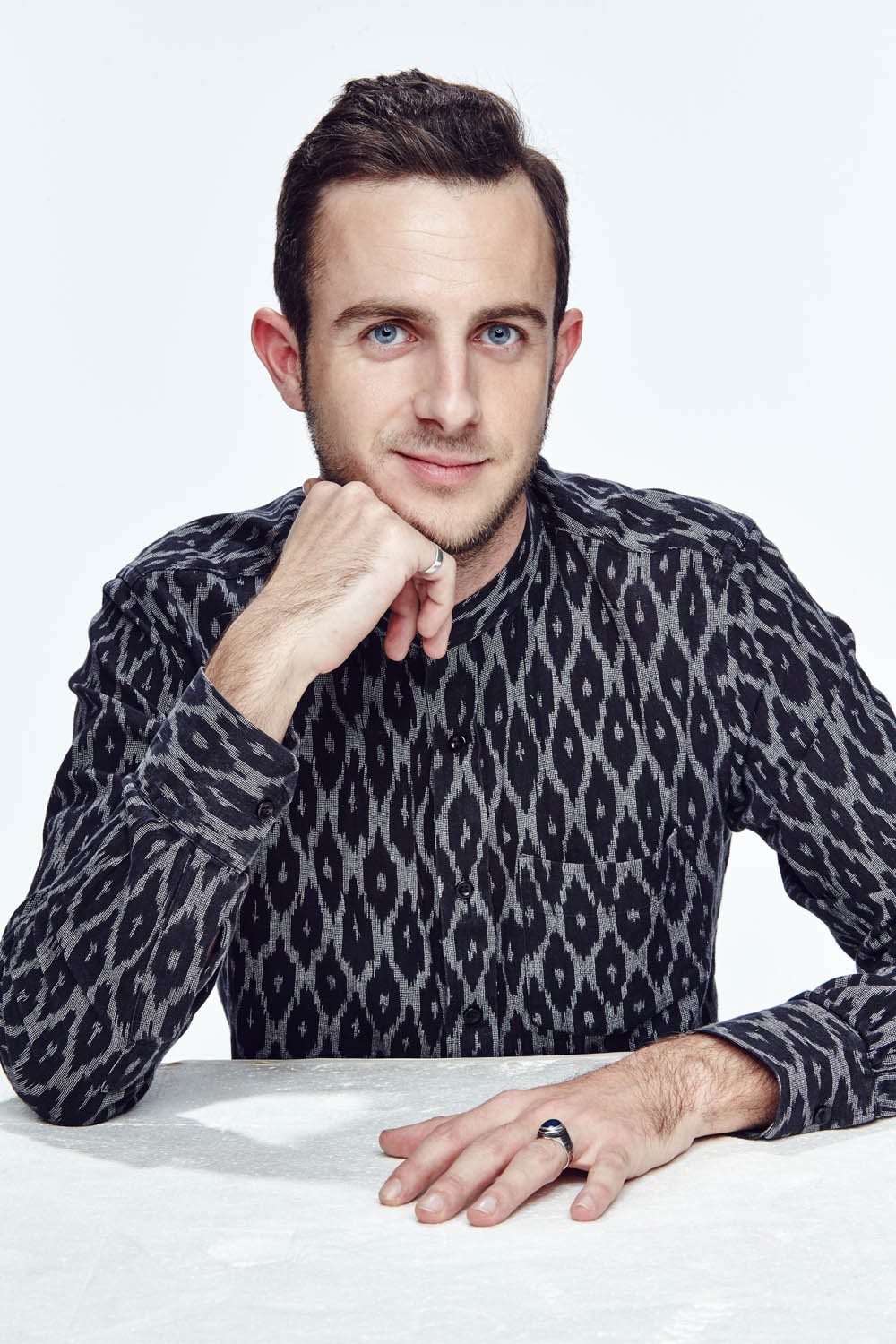
FASH 2015 Freedom / 6. July 2015
Tomasz Szadel
| 2nd Prize European Fashion Award – FASH 2015 Category Graduates |
|
| PXL. |
In his menswear collection “PXL.” Tomasz Szadel experiments with materi¬als, structures, surfaces and tailoring elements. It is inspired by the process of digital manipulation, between freedom and control. The resulting pixels, structures and surfaces create contrasting patterns, even optical irritations, known as Moiré Effect. With the help of screen and digital printing (some of which have a relief quality), multi-colored jacquard knit or laser cut struc¬tures he designed an exhilarating, tactile collection full of tension. Overlapping, draped, sometimes twisted sections, asymmetric lines and blurred proportions result in soft, round as well as sculptural, angular shapes with varying volume. The 35 pieces, some with an casual, some with an elegant flair, create ten different outfits; yet can be combined in a variety of ways. |
|
|
| Jury Statement | Digital technologies change our lives, pave the way for control in never before seen ways, yet also generate new artistic freedoms. Tomasz Szadel takes advantage of these freedoms together with state-of-the-art textile design technologies and an extraordinary level of creativity for his first menswear collection. He cleverly addresses other senses as well with his talent for expressive material composition. This approach allows Tomasz Szadel to create an original design language. Sculptural details, draping elements and contrasts like loosely hanging coats and sharply cut jackets result in subtle and modern silhouettes. – Jury Member Franco P. Tettamanti, Fashion and Portrait Photographer, Paris |
| Education | Master – Kunsthochschule Berlin Weißensee / Weißensee Academy of Art Berlin Prof. Clara Leskovar, Prof. Doreen Schulz |
| Prize | Photo shoot with Franco P. Tettamanti, catalogue, exhibition, media relations, Mentoring program, Mentor: Kim Pöhland-Block 1,500 Euro prize money |
| Contact | mail@tomaszszadel.com / www.tomaszszadel.com |
| Download | Web: www.sdbi.de/download/tomasz-szadel-web.zip Print: www.sdbi.de/download/tomasz-szadel-print.zip |
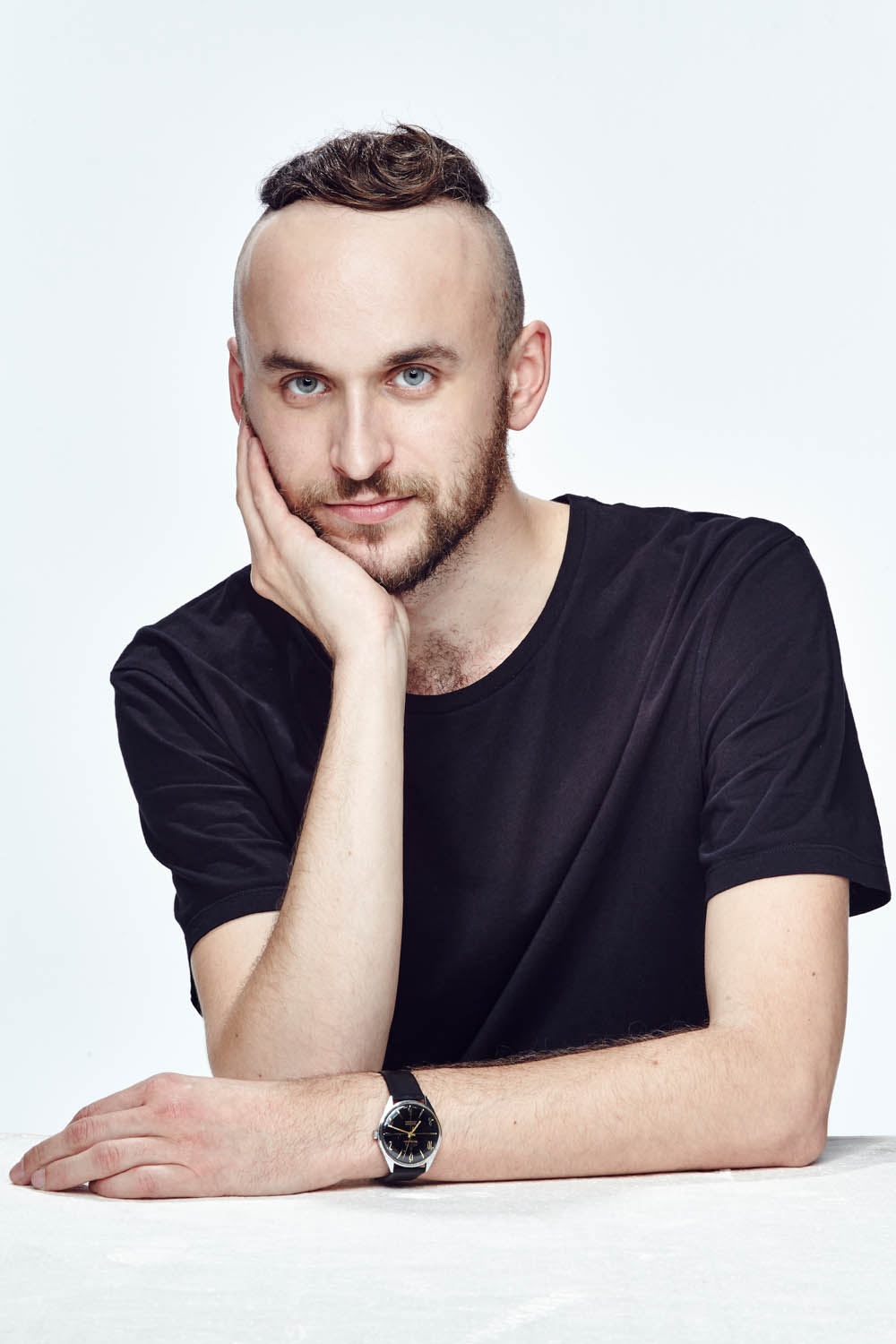
FASH 2015 Freedom / 6. July 2015
Lukas Fischer
| 3rd Prize European Fashion Award – FASH 2015 Category Graduates |
|
| Eine Sequenz |
Confused, frightened, euphoric, proud. Surreal worlds are created in our dreams. Our imagination combined with sensory stimulation, constructed by our ego. The menswear collection “Eine Sequenz” (“One Sequence”) is based on the analysis of a dream shortly before final university exams: anxiety caused by pressure to perform. Followed by feeling proud, euphoric and relieved to have reached the goal. These isolated thoughts and liberating feel¬ings were transformed into design processes, integrated into new symbols and transferred onto the body. Lukas Fischer designed 22 pieces in four out¬fits. Fur symbolizes strength, oversized proportions embody one’s childhood, neoprene and taped seams reflect the surf vacation at Italy’s Lago Di Garda. |
|
|
| Jury Statement | Lukas Fischer acknowledges his emotions and feelings and conveys them in his collection. He is aware of the current fashion trends such as black, seam sealing, transparency and long silhouettes for men, yet uses his own very individual design language. His project is of extraordinary quality thanks to carefully selected materials as well as the technically elaborate and high-quality finish, reflecting his studies as fashion tailor. – Jury member Dr. Adelheid Rasche, Curator of Sammlung Modebild – Staatliche Museen zu Berlin (Fashion Image Collection – National Museums in Berlin) |
| Education | Bachelor of Arts / Fachhochschule Bielefeld / University of Applied Sciences Bielefeld Prof. Kai Dünhölter |
| Prize | Photo shoot with Franco P. Tettamanti, catalogue, exhibition, media relations, Mentoring program, Mentor: Mikyong Yeom 1,000 Euro prize money |
| Contact | mail@lukas-fischer.net / www.lukas-fischer.net |
| Download | Web: www.sdbi.de/download/lukas-fischer-web.zip Print: www.sdbi.de/download/lukas-fischer-print.zip |
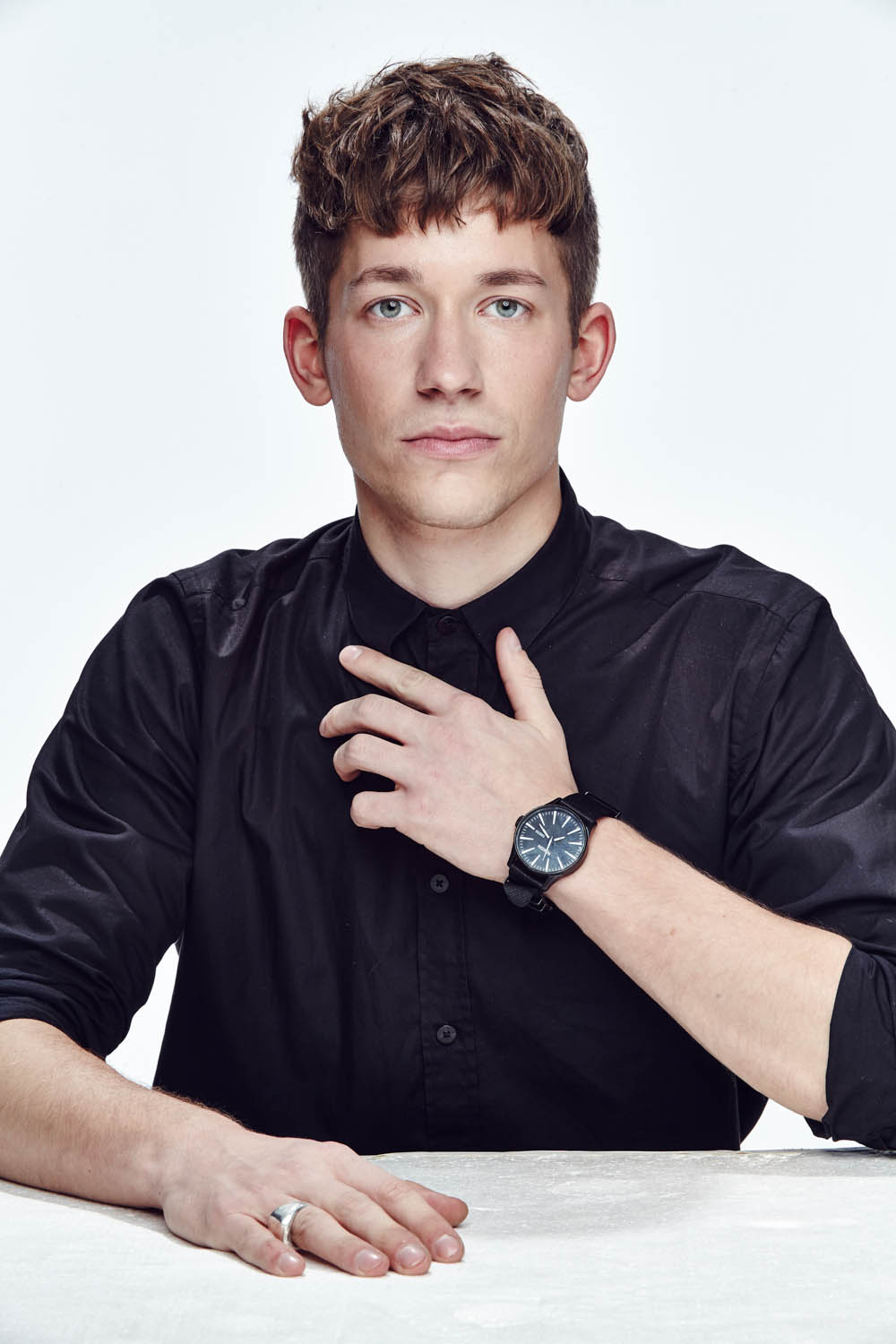
FASH 2014 Rhythm / 11. January 2014
Anna Schröder
| 1st Prize European Fashion Award – FASH 2014 Category Students |
|
| Team | Anna Schröder (Textil) Kaur R. Hensel (Fashion) |
| Sophisticated Grunge |
The collection “Sophisticated Grunge” is inspired by style icon Courtney Love, born Courtney Michelle Harrison. Twelve outfits for women and four for men illustrate the rhythmic interplay of star and human being, strength and weakness, sophistication and grunge. Asymmetric, twisted and proportional elements add a visual irritation to the simple silhouettes. The focus is on elaborately handcrafted and refined textile materials. Silk, linen or mohair weaves were created on hand- and jacquard looms. Graphics such as a wilting lily as a sign of life’s transience were applied either as screen print or hand-embroidery. Burnout technique, cyanotype or washes are other refinements used in the collection. The 34-piece collection is consistently elegant, yet delicate at the same time. A bold woman appears as a fragile, almost tragic figure. |
|
|
| Jury Statement | Applying a great deal of virtuosity, experimentation and a lack of failure Anna Schröder and Kaur R. Hensel jointly developed their luxurious collection “Sophisticated Grunge”. An unusual and very successful team work comprising textile and fashion design, embodying the respect of each other’s know-how and skills. The result: exquisite and unique fabrics for haute couture reflecting a subtle sense of youth and irony despite echoes of traditional elements, such as Art Nouveau. The brilliant project plays with viewing patterns and expectations and thus questions the desire for bare skin. Intimate body areas, such as the breasts, are in focus without exposing them. Despite an explosion off 7 upgrade processes and 19 fabrics they learned that design also means selecting and rejecting. In essence: powerful, original, delicate and fresh. — Jury member Margareta van den Bosch, Creative Adviser, H & M – Hennes & Mauritz, Stockholm |
| Education | 6th Semester / Burg Giebichenstein – Hochschule für Kunst und Design Halle University of Art and Design Halle Prof. Bettina Göttke-Krogmann Prof. Thomas Greis, Prof. Joachim Schielicke |
| Prize | Photo shoot with Gregor Hohenberg, catalogue, fashion show, media relations 2,000 Euro prize money |
| Contact | schroeder-anna@gmx.net www.anna-schroeder.de |
| Download | www.sdbi.de/download/schroeder-hensel.zip |
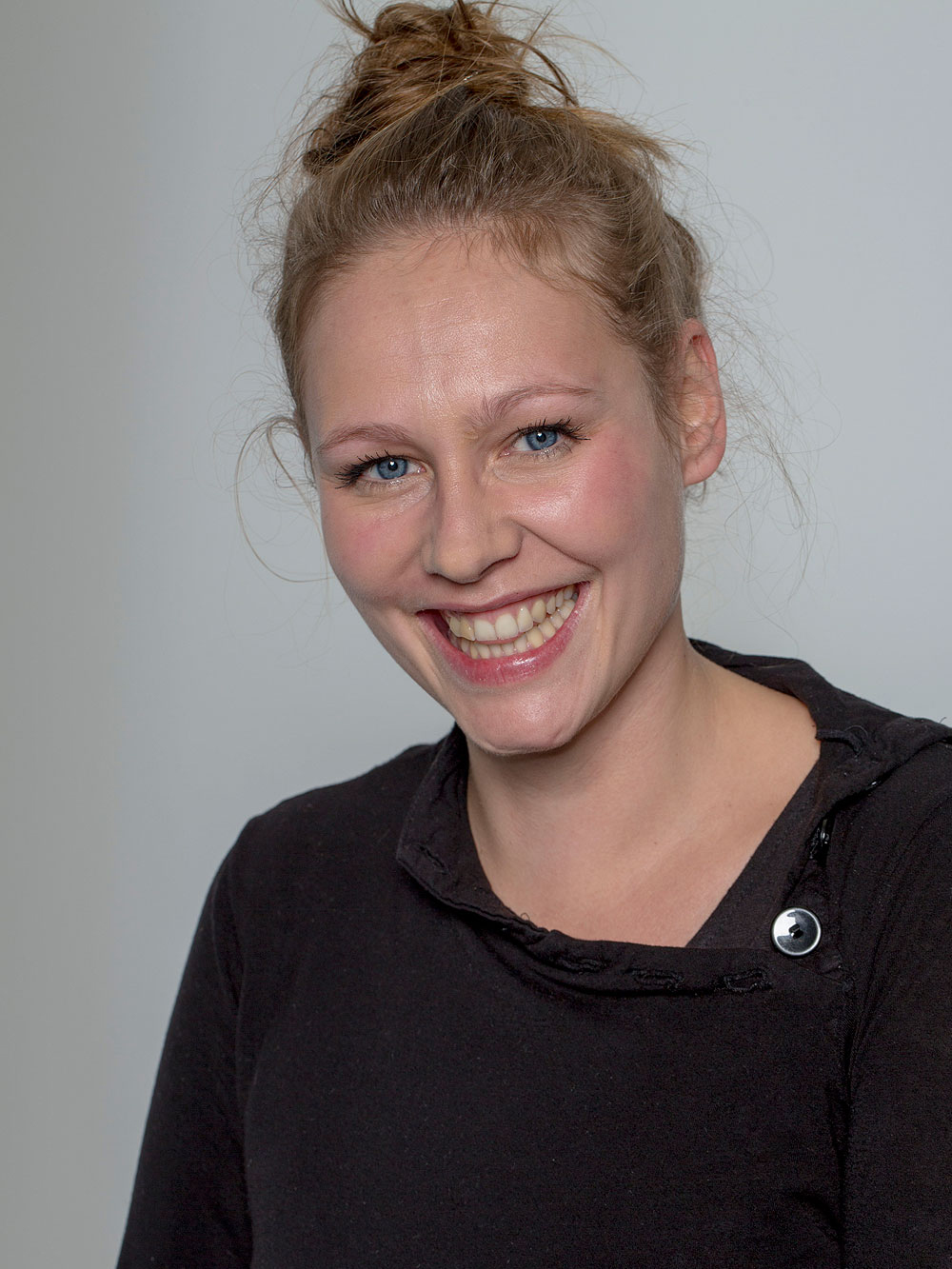
FASH 2014 Rhythm / 11. January 2014
Kaur R. Hensel
| 1st Prize European Fashion Award – FASH 2014 Category Students |
|
| Team | Anna Schröder (Textil) Kaur R. Hensel (Fashion) |
| Sophisticated Grunge |
The collection “Sophisticated Grunge” is inspired by style icon Courtney Love, born Courtney Michelle Harrison. Twelve outfits for women and four for men illustrate the rhythmic interplay of star and human being, strength and weakness, sophistication and grunge. Asymmetric, twisted and proportional elements add a visual irritation to the simple silhouettes. The focus is on elaborately handcrafted and refined textile materials. Silk, linen or mohair weaves were created on hand- and jacquard looms. Graphics such as a wilting lily as a sign of life’s transience were applied either as screen print or hand-embroidery. Burnout technique, cyanotype or washes are other refinements used in the collection. The 34-piece collection is consistently elegant, yet delicate at the same time. A bold woman appears as a fragile, almost tragic figure. |
|
|
| Jury Statement | Applying a great deal of virtuosity, experimentation and a lack of failure Anna Schröder and Kaur R. Hensel jointly developed their luxurious collection “Sophisticated Grunge”. An unusual and very successful team work comprising textile and fashion design, embodying the respect of each other’s know-how and skills. The result: exquisite and unique fabrics for haute couture reflecting a subtle sense of youth and irony despite echoes of traditional elements, such as Art Nouveau. The brilliant project plays with viewing patterns and expectations and thus questions the desire for bare skin. Intimate body areas, such as the breasts, are in focus without exposing them. Despite an explosion off 7 upgrade processes and 19 fabrics they learned that design also means selecting and rejecting. In essence: powerful, original, delicate and fresh. — Jury member Margareta van den Bosch, Creative Adviser, H & M – Hennes & Mauritz, Stockholm |
| Education | 6th Semester / Burg Giebichenstein – Hochschule für Kunst und Design Halle University of Art and Design Halle Prof. Bettina Göttke-Krogmann Prof. Thomas Greis, Prof. Joachim Schielicke |
| Prize | Photo shoot with Gregor Hohenberg, catalogue, fashion show, media relations 2,000 Euro prize money |
| Contact | kaur-hensel@gmx.de www.kaur-hensel.de |
| Download | www.sdbi.de/download/schroeder-hensel.zip |
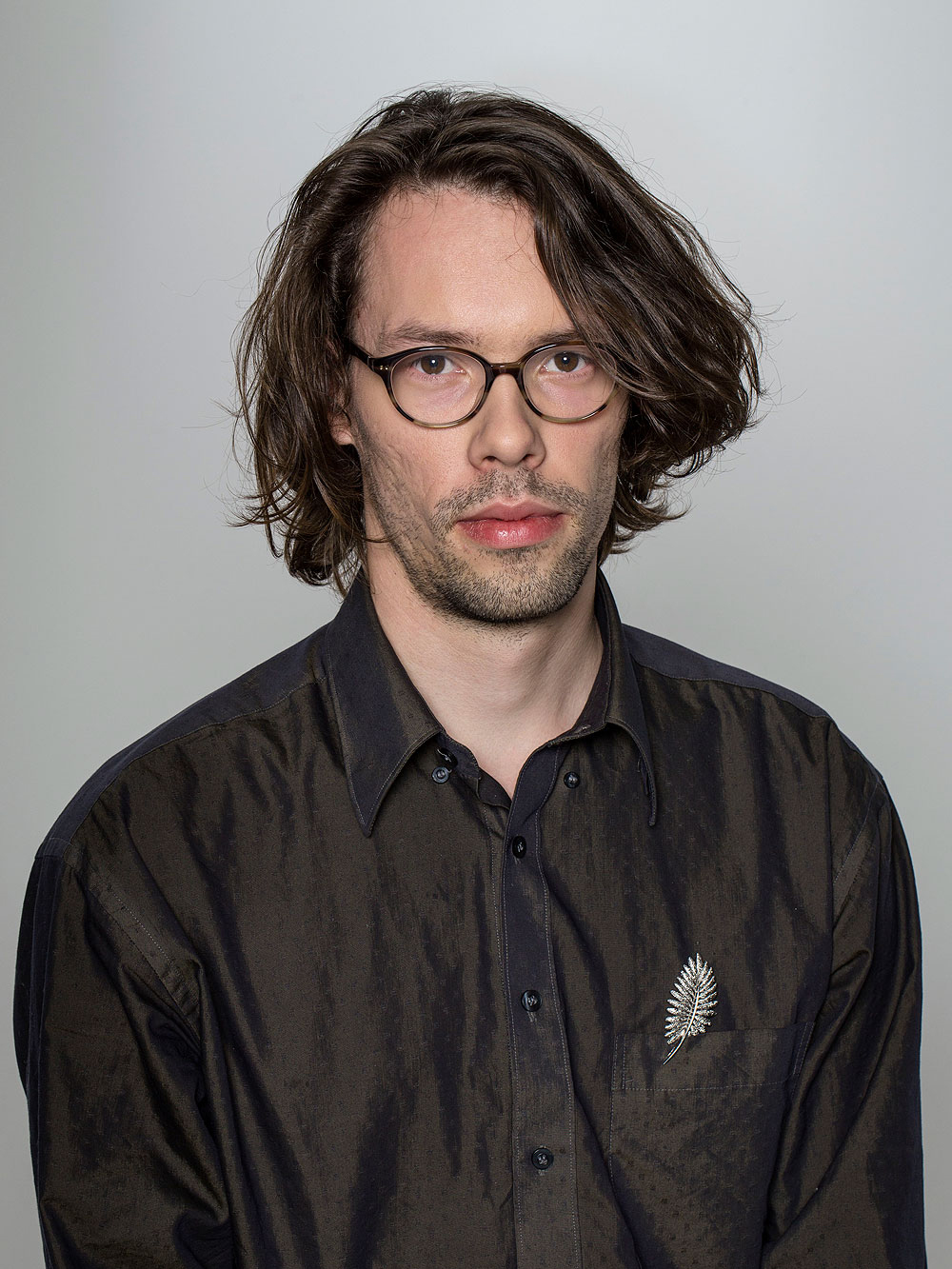
FASH 2014 Rhythm / 11. January 2014
Danny Reinke
| 1st Prize European Fashion Award – FASH 2014 Category Graduates |
|
| MÖN 10 |
The casual couture collection for men and women “MÖN 10” is dedicated to the traditional fishermen of Mönkebude at Stettiner Haff, Baltic Sea. Their lives are shaped by the rhythms of day and night as well as the seasons. They learned how to live with the unbridled force of nature. They perceive the unending “live and die” cycles of nature as a parable for the ups and downs of life, the ups and downs at the stock exchanges. |
|
|
| Jury Statement | Each aspect of the project is exceptional and professional: the pieces and their great proportions, the playful accessories, the perfect tailoring, the well-thought-out documentation, the professional color card, the clever arguments, or the artistic sketches. Two pieces stand out in terms of quality and skill: a sweater, created by fishermen working for days on accurately knotting ropes together; and a coat created from old life vests found in his grandfather’s attic, impressive due to its proportions and humorous element. In addition to all that perfection the project is full of energy and humor. It also offers a lot of potential for a commercial streetwear collection, a convincing mixture of enjoying the work itself and professionalism. The showpieces are no gags created just for the show. Their goal is to make us aware of the endangered future of traditional fishermen, who have unfortunately been lumped into the same category as industrial fisheries. Danny Reinke is a serious, accomplished design and team player with impressive maturity. He has the power to provide the industry with important inspiration. This is even more commendable as Danny Reinke acquired these skills while studying to become both a custom tailor for women’s fashions as well as a state certified fashion designer. The jury unanimously decided to present the 1st prize of the European Fashion Award FASH 2014 in the category Graduate Projects to Danny Reinke, and wishes him best of luck and the ability to further expand and develop his potential. — Jury member Stephan Meyer, Creative Director, Harper’s Bazaar, Berlin |
| Education | Fahmoda – Akademie für Mode und Design Hannover Hannover / Academy for Fashion and Design Hanover Olga Tonkha |
| Prize | Photo shoot with Gregor Hohenberg, catalogue, fashion show, media relations 3,000 Euro prize money Six-month funded internship at CLOSED in Hamburg |
| Contact | danny_reinke@yahoo.de www.dannyreinke.de |
| Download | www.sdbi.de/download/danny-reinke.zip |
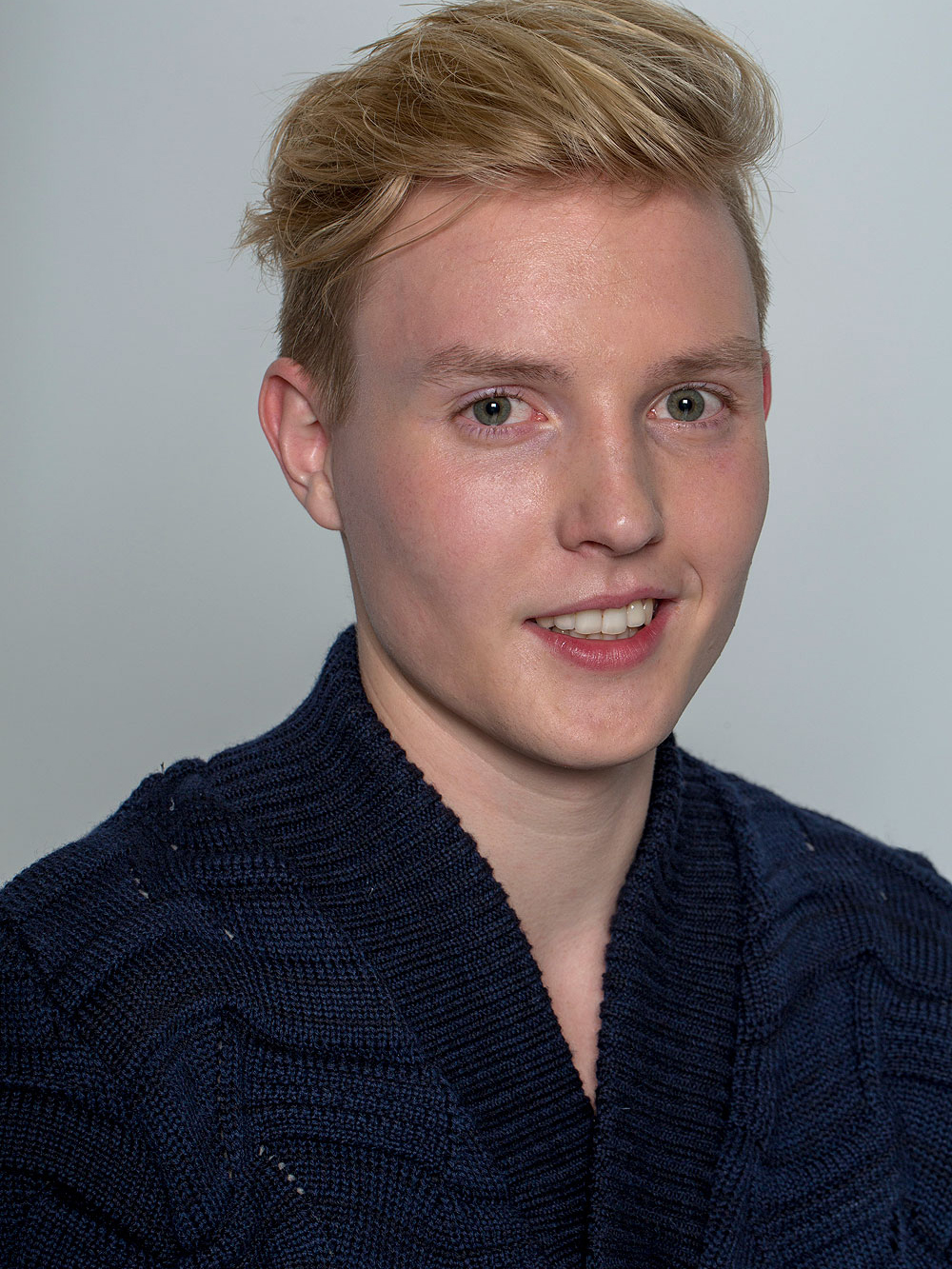
FASH 2014 Rhythm / 11. January 2014
Young Sun Ko
| 2nd Prize European Fashion Award – FASH 2014 Category Graduates |
|
| The Moon at Noon |
The collection “The Moon at Noon – The Unfamiliar in the Familiar” is inspired by life between Asia and Europe. Both cultures, languages and eras merge together in blurred memories. The unfamiliar appears in the familiar and the familiar in the unfamiliar. The world appears twisted, changed, conjoined. The perspective changes and expands. Shapes and characteristics, stories and fantasies seem new. Reality becomes dream, and dreams suddenly become reality. Nothing remains the way it was. Aspects of the surreal make incredible beauty possible. Triangles, squares and circle collide with the human body in the 21-piece men’s and women’s collection. The abnormal silhouettes create new spaces. Dress and space, body and circle, corners and curves, white and yellow blend together to create a poetic collage. |
|
|
| Jury Statement | The poetic project is based on a variety of influences and inspirations, such as personal experiences with the cultures of Korea and Germany, poetry by Ernst Jandel and Joachim Ringelnatz, or artists like Kafka und Erwin Wurm. Yet the result is not random, there is no “anything goes”. Young Sun Ko gets to the bottom of things, and her interpretation creates a new reality. Viewing patterns are disturbed and reinterpreted by her unconventional arrangements and proportions. The modern, stylish and artistically impressive collection is based on excellent patterns and highly skilled tailoring. — Jury member Robb Young, Fashion Journalist und Consultant, London |
| Education | Diploma, Hochschule für Künste Bremen / University of Arts Bremen Prof. Kai Lehmann |
| Prize | Photo shoot with Gregor Hohenberg, catalogue, fashion show, media relations 2,000 Euro prize money |
| Contact | mail@youngsunko.com www.youngsunko.com |
| Download | www.sdbi.de/download/young-sun-ko.zip |
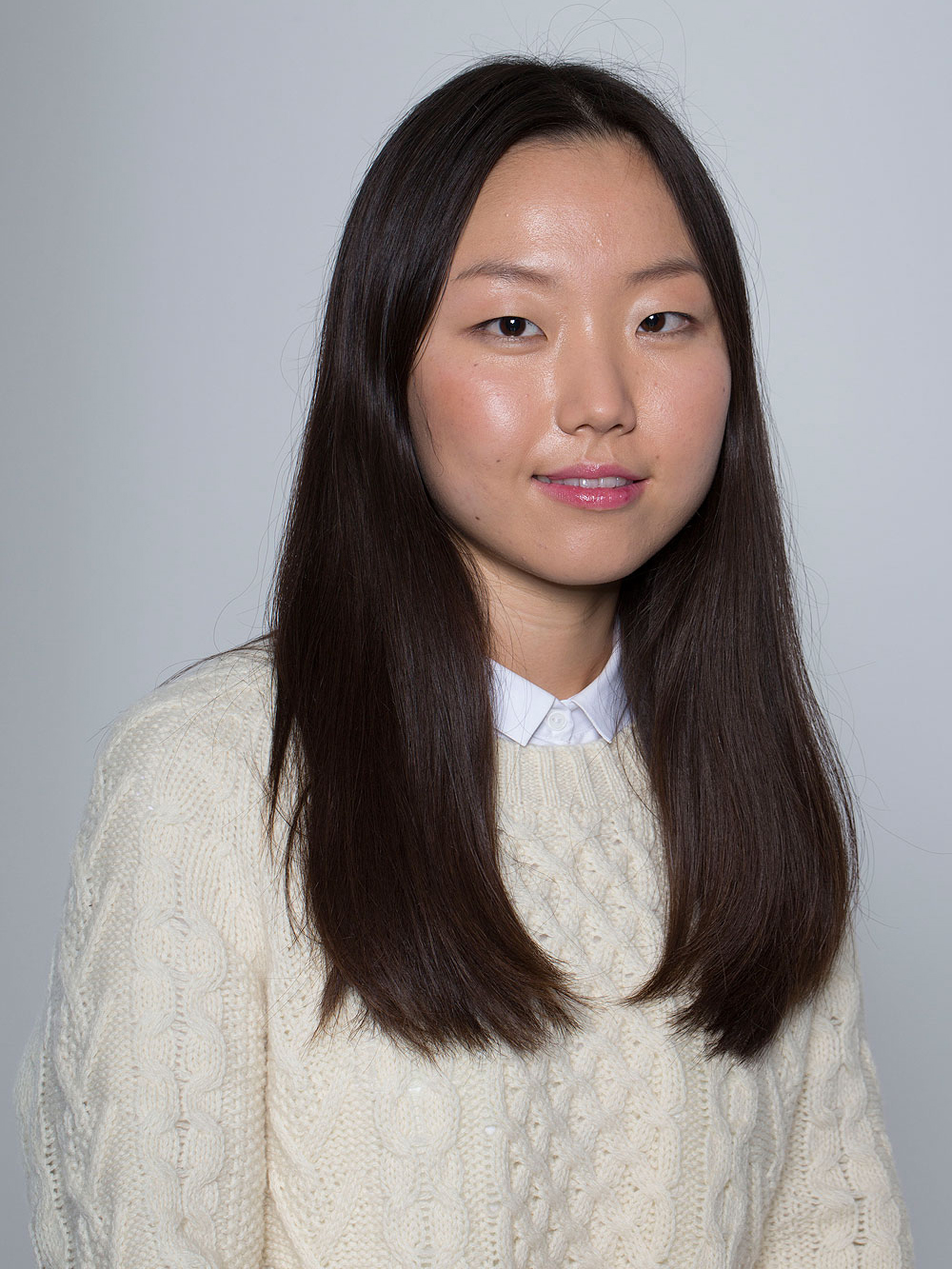
FASH 2013 SEXes / 19. January 2013
Tanja Schmidt
| 1st Prize European Fashion Award FASH 2013 |
|
| Team | Tanja Schmidt Philip Ruzinski |
| Who’s wearing the pants? |
Who’s wearing the pants? The denim collection by Tanja Schmidt and Philip Rudzinski is an ironic discussion of the cliché of the male image. It questions masculinity from a male and female point of view. The focus is on pants as a symbol of power. It combines the roots of denim as workwear with today’s baggy styles. The impression of sliding pants is a commentary on today’s situation in which men are struggling to keep the pants on. The design team played with typical male characteristics like chest hair, muscular body types or even postures affected by work. The 8-piece unisex collection has a ironic effect, while it is provocative on women; yet it conveys confidence for both. Masculinity ready to wear. |
| Jury Statement | The Jeans Coutoure by Tanja Schmidt and Philip Rudzinski is professional in every detail: the patterns are innovative, the silhouettes impressive, the tailoring impeccable, the washes leave no wishes unfulfilled, and the selection of details and accessories is clever. In addition to its perfection the project is full of energy, humor and irony. All aspects are very well balanced without being obliging. The small unisex collection “Wer hat die Hosen an?” (‘Who’s wearing the pants?’)delivers an impressive response to the search for a new male image, the task of the European Fashion Award FASH 2013. The designs look natural on both men and women. Tanja Schmidt and Philip Rudzinski succeeded in creating something rather rare in the high-turnover denim industry: new jeans shapes that inspire. They provide the industry with urgently needed stimulation. It is even more impressive, since few students work closely with denim. They are also masters of the art of gaining attention for their abilities with the help of a meaningful project. At the same time, they collaborate with companies like Birkenstock, Calik Denim and Hecking Denim to turn their vision into reality. An extraordinarily mature performance by students. — Member of the Jury: Joachim Schirrmacher, Creative Consultant, Berlin |
| Education | 6. Semester Bachelor Hochschule Hannover Prof. Martina Glomb |
| Contact | info@balagans.de www.balagans.de |
| Media | A Shaded View on Fashion: 3.2.2013: „European Fashion Award 2013 at ISPO – and the Winners are…“ |
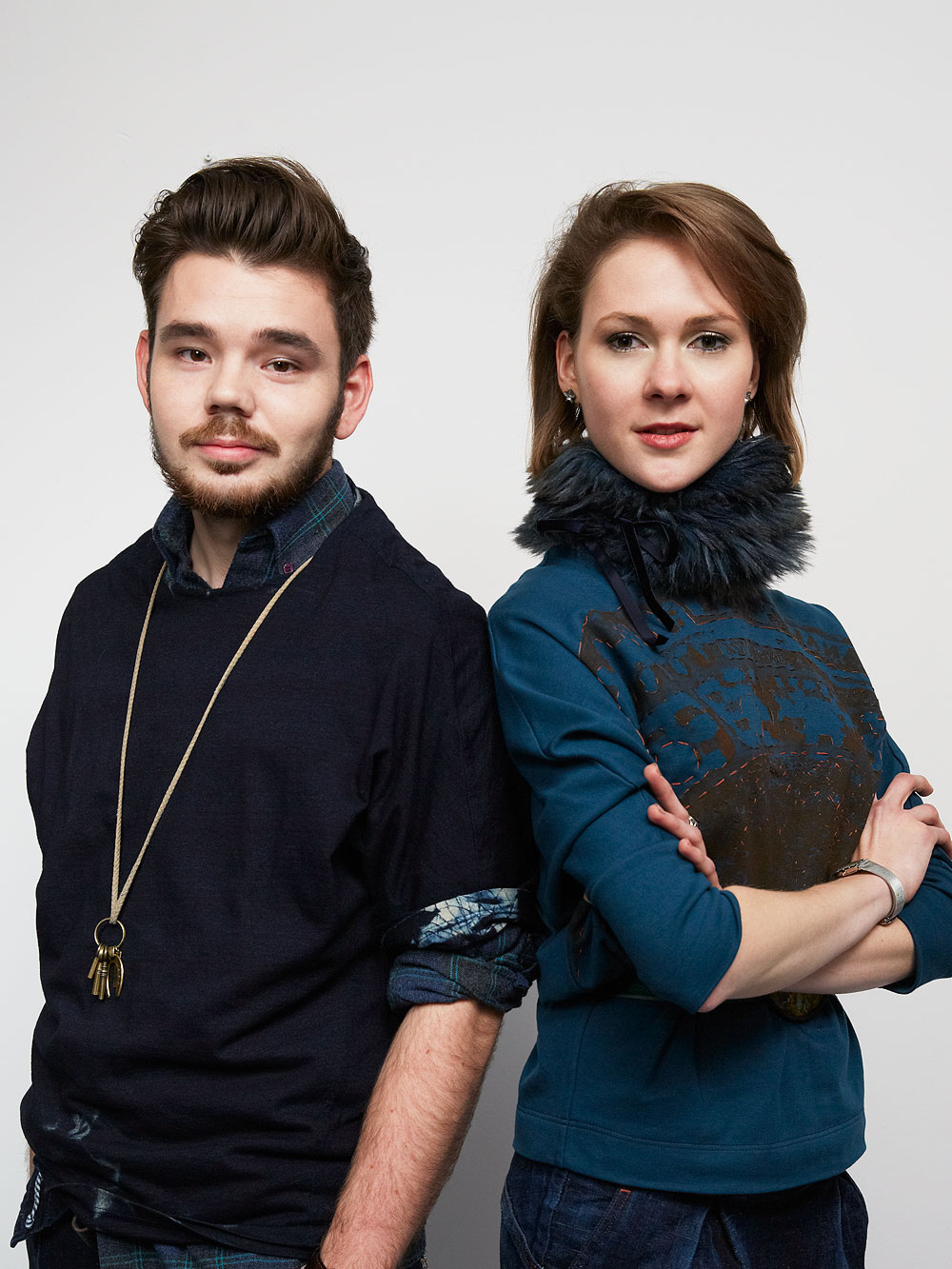
FASH 2013 SEXes / 19. January 2013
Philip Rudzinski
| 1st Price European Fashion Award FASH 2013 |
|
| Team | Tanja Schmidt Philip Ruzinski |
| Who’s wearing the pants? |
Who’s wearing the pants? The denim collection by Philip Rudzinski and Tanja Schmidt is an ironic discussion of the cliché of the male image. It questions masculinity from a male and female point of view. The focus is on pants as a symbol of power. It combines the roots of denim as workwear with today’s baggy styles. The impression of sliding pants is a commentary on today’s situation in which men are struggling to keep the pants on. The design team played with typical male characteristics like chest hair, muscular body types or even postures affected by work. The 8-piece unisex collection has a ironic effect, while it is provocative on women; yet it conveys confidence for both. Masculinity ready to wear. |
| Jury Statement | The Jeans Coutoure by Tanja Schmidt and Philip Rudzinski is professional in every detail: the patterns are innovative, the silhouettes impressive, the tailoring impeccable, the washes leave no wishes unfulfilled, and the selection of details and accessories is clever. In addition to its perfection the project is full of energy, humor and irony. All aspects are very well balanced without being obliging. The small unisex collection “Wer hat die Hosen an?” (‘Who’s wearing the pants?’)delivers an impressive response to the search for a new male image, the task of the European Fashion Award FASH 2013. The designs look natural on both men and women. Tanja Schmidt and Philip Rudzinski succeeded in creating something rather rare in the high-turnover denim industry: new jeans shapes that inspire. They provide the industry with urgently needed stimulation. It is even more impressive, since few students work closely with denim. They are also masters of the art of gaining attention for their abilities with the help of a meaningful project. At the same time, they collaborate with companies like Birkenstock, Calik Denim and Hecking Denim to turn their vision into reality. An extraordinarily mature performance by students. — Member of the Jury: Joachim Schirrmacher, Creative Consultant, Berlin |
| Education | 6. Semester Bachelor Hochschule Hannover Prof. Martina Glomb |
| Contact | info@balagans.de www.balagans.de |
| Media | A Shaded View on Fashion: 3.2.2013: „European Fashion Award 2013 at ISPO – and the Winners are…“ |

FASH 2013 SEXes / 19. January 2013
Lisa Alessandra Sänger
| 2nd Price European Fashion Award FASH 2013 |
|
| The boy was brightly decorated |
It is no longer considered scandalous when women dress like men. On the flipside the boundaries are a tighter; the results should not appear strained. The men’s collection “The boy was brightly decorated” merges and transmutes the ostentatios worlds of hiphop and haute couture. The silhouette is defined by hiphop styling with its square, oversized tops and wide, low-slung pants. Haute couture supplies the materials and techniques, such as gold silk, smocked velve and textures such as quilted and plisseed fabrics. All this contrasts with washed denim. The reinterpretation results in a harmonious synthesis of streetwear and haute couture, rebellion and elegance, grace and aggression. Men and women participate in the female and male aspect, respectively. Fashion changes society. |
| Jury Statement | The Hiphop Couture by Lisa Alessandra Sänger is a very clearly focused, small collection, a feat that only few students succeed in. She took great analytical care in selecting the points of origin, based on her knowledge of fashion history as well as careful observation of the young male target group. She conveyed the aura of Haute Couture into young men’s fashion with fresh proportions in an impressive and subtle manner. The very appealing and extremely well written documentation provides the reasons for the project and allows outsiders to understand the concept. This is a critical ability for a fashion designer, when it becomes necessary to fight for one’s designs. — Member of the Jury Robb Young, Fashion Journalist and Consultant, London |
| Education | 8. Semester Diplom University of the Arts Berlin Prof. Peter Jensen |
| Contact | lisa_saenger@gmx.de |
| Media | A Shaded View on Fashion: 3.2.2013: „European Fashion Award 2013 at ISPO – and the Winners are…“ |
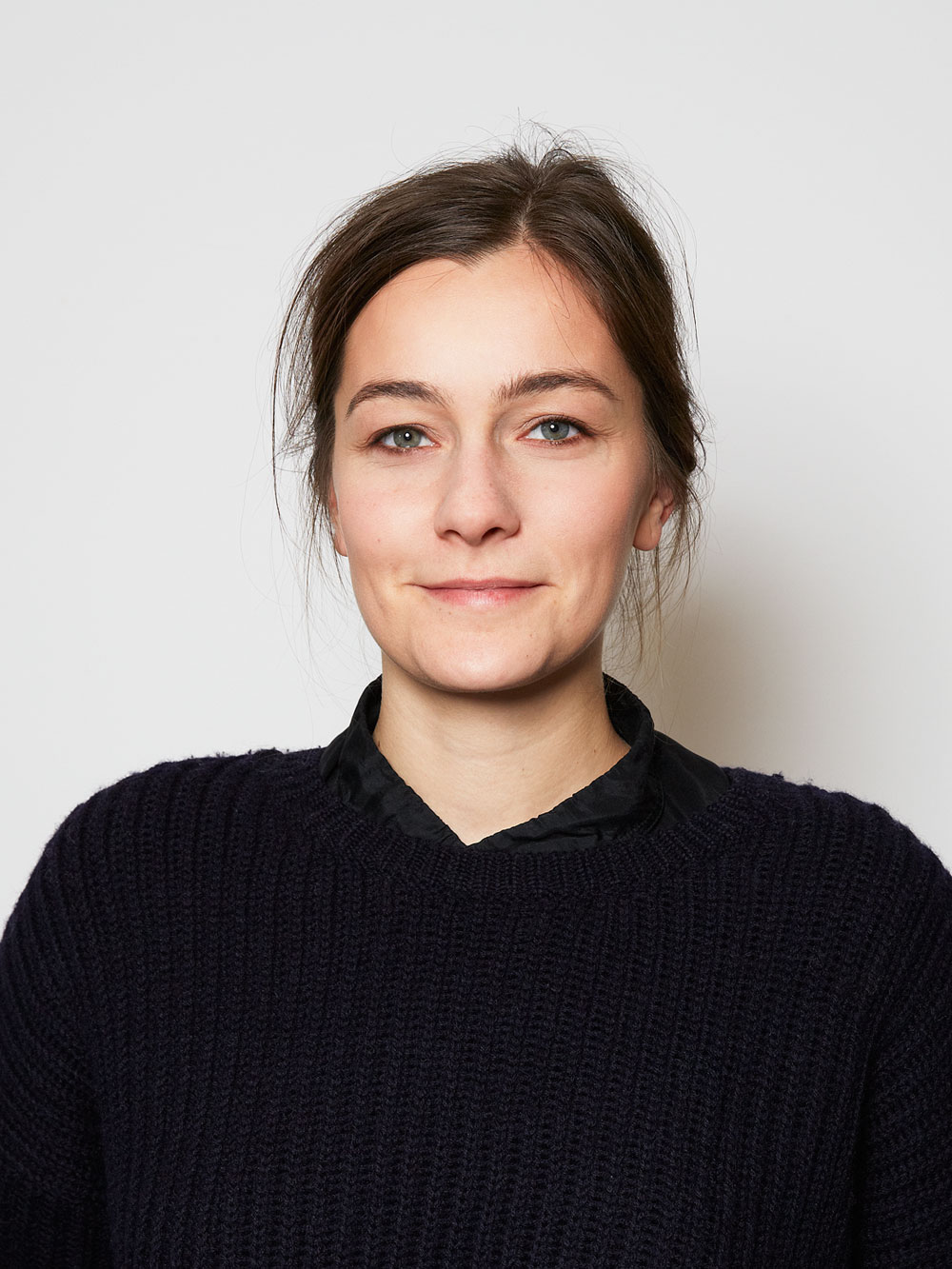
FASH 2013 SEXes / 19. January 2013
Kyoung eun Hong
| Special Mention European Fashion Award FASH 2013 |
|
| Insomnia |
The men’s collection “Insomnia” is inspired by sleeplessness (lat: insomnia) and its symptoms. Sufferers are exhausted and wide awake, overwrought and lethargic at the same time. The fabrics are covered in hand-cut hole patterns und put together layer upon layer upon layer – just like wearisome thoughts during a sleepless night. The pattern design was inspired by images of a brain in a waking state. The male image is reflected in this parallel world. In a sleepless state the man gives up his traditional role; fashion symbolically dissolves his masculinity. The outer layer was made of red and black neoprene, the inner layer features skin-colored silk, cotton and polyester. The garments are complemented by accessories like sandals molded from black resin, decreasing the speed of movement. |
| Jury Statement | Kyoung eun Hong shows how something as grueling as insomnia can turn into something beautiful. Her collection “Insomnia” thrives on one star: a plain coat with a breathtakingly beautiful hidden hole pattern. The extremely precise work was performed on the shoulder, the section on a garment recognized as the technically most complex, which reflects a high degree of craftsmanship. The focus on this pattern and the good proportions are also impressive. This resulted in a very modern, stylish and artistically impressive small collection. These qualities are offset by a simple collection and simple documentation. — Member of the Jury: Dr. Adelheid Rasche, Sammlung Modebild, Staatliche Museen zu Berlin (Fashion Image Collection – National Museums in Berlin) |
| Education | Diplom Hochschule für Künste Bremen Prof. Kai Lehmann |
| Contact | kyoungeun.hong@web.de |
| Media | A Shaded View on Fashion: 3.2.2013: „European Fashion Award 2013 at ISPO – and the Winners are…“ |
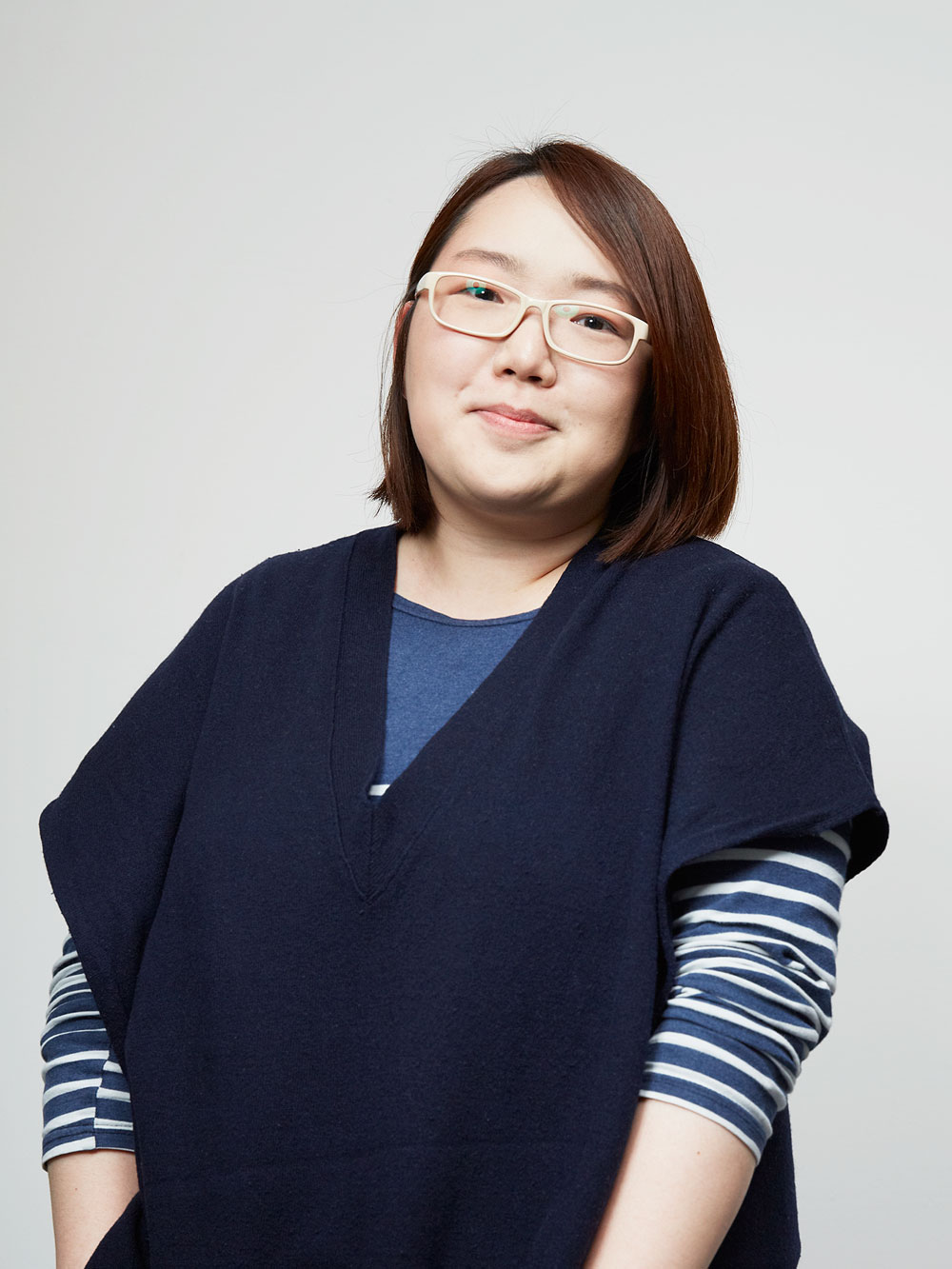
FASH 2013 SEXes / 19. January 2013
Florian Wowretzko
| Special Mention European Fashion Award FASH 2013 |
|
| Transform Agianst Norm |
The norm is what we know, accept, and understand. The result is stereotyping, industrial monotomy and the lack of role models for a new male image. The men’s collection “Transform gegen Norm” (Transform Against Norm) wants to shatter this notion. To do so, Florian Wowretzko falls back on traditional men’s fashion like quilted textures, tunics, togas or caftans. The skirt, executed in garments like oversized t-shirts, enlongates the upper body and thus emphasizes the ideal V-shape of the male torso. Zippers, removable collars or arms provide many options to modify the four outfits. The all black collection was made with waxed denim and twill, combined with jersey, batiste and chiffon. What is considered feminine becomes masculine. |
| Jury Statement | Florian Wowretzko’s project brims over with strength and energy. The fantastic jacket is a powerful statement thanks to its strong details and its aggressive yet elegant appearance. Everyone wants to try it on and is surprised by its wear comfort. Even though the look is not unfamiliar Florian Wowretzko found a unique solution and a new silhouette, and implemented it with the help of good tailoring. In addition, it reflects his extraordinary flair for proportions and materials. His documentation further shows his high level of creativity. He offers meaningful fashion illustrations as well as a variety of thoughts. The jury hopes that doors will open for Florian Wowretzko, to allow him to further develop and expand his potential.— Member of the Jury: Marcel Herrig, Unicut Design Limited, Shenzhen, China |
| Education | Final project Berufsfachschule für Mode, Brigitte Kehrer / Training College for Fashion Eckehard Gersting |
| Contact | info@florian-wowretzko.com www.florian-wowretzko-blog.com |
| Media | A Shaded View on Fashion: 3.2.2013: „European Fashion Award 2013 at ISPO – and the Winners are…“ |
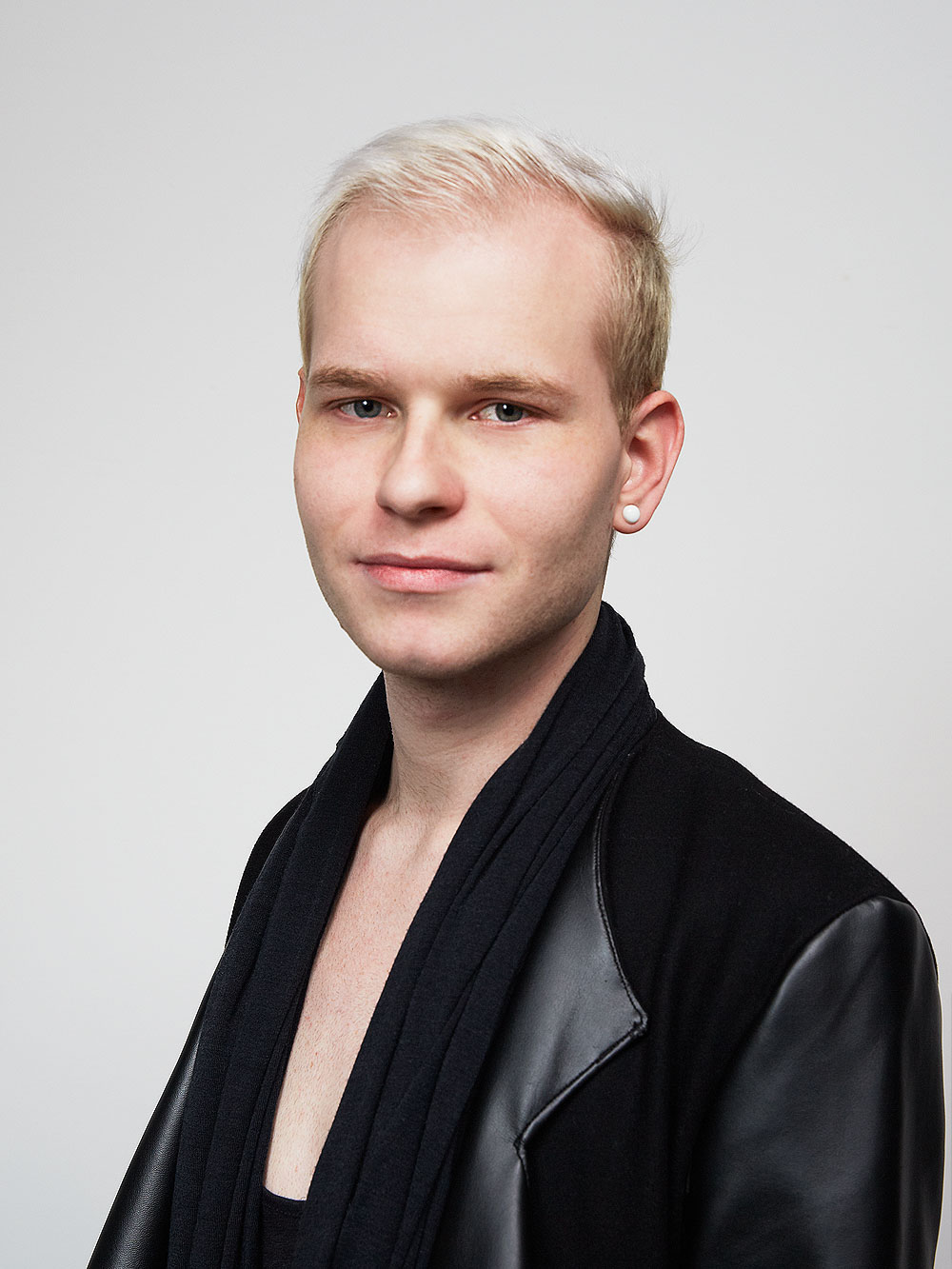
FASH 2012 Active – Performance Sportswear / 29. January 2012
Margarita Ruiz Velázquez
| Special Award Gore Bike Wear European Fashion Award FASH 2012 |
|
| Vertical Cyclewear |
Cycling is a symbol of a modern and active lifestyle. However, there are too few stylish fashions men can wear while cycling to work or during their free time. The 10-piece men’s collection “Vertical Cyclewear” merges elements of athletic bike wear with the aesthetics of fashion brands. Ergonomic patterns are combined with elastic, wind- and water-repellant or quick-drying fabrics. Many practical details, such as ventilation slits, cuffs with thumbholes, chain guard, mobile phone chest pocket with openings for wiring, or reflective piping further enhance the wear comfort. These fashions are perfect for spring, fall and winter for cycling, at the office or even at a trendy “Cycle Café”. |
|
Jury Statement |
Margarita Ruiz designed an aesthetically sophisticated, functional, well thought out and consistent collection that is suitable for cycling in the city or even on longer day trips. All details radiate understanding of the sport and its followers. The clear and heartfelt presentation of the project also deserves commendation. This is how we like it. Mitglied der Jury Clemens Deilmann, Head of Design, Gore Bike Wear, München |
| Educaton | Bachelor of Arts Active Sportswear University of the Arts London Prof. Claudine Rousseau |
| Contact | margarita.ruizv@gmail.com |

FASH 2011 Attention please!? / 6. February 2011
Marcella Sewella
| 3rd Prize Students European Fashion Award FASH 2011 |
|
| Team | Natalia Politowa Marcella Sewella |
| Ideal + Real |
The real and virtual worlds are merging; where can I, where should I position myself? The importance of self-expression in social networks is increasing at a rapid pace; similar to a fashion label, individuals create an image to increase and improve one’s impact on others – freedom and pressure at the same time. According to the analysis, today’s men between the age of 20 and 35 are very conscious of their dress, yet do not necessarily want to be out of the ordinary. This combi-nation of adaptation and boundaries, ideal and individuality is the goal of the 15-piece men’s collection “Ideal and Real”. By reinterpreting and transmuting the details of classic shapes like the suit, coat, or tailcoat, this collection offers symbolic security and stability, providing new transitions at the same time. |
| Jury Statement | Natalia Politowa and Marcella Sewella brave a very current topic: determining the idea of today’s man. They are very successful in tying societal references into the special character of the world of fashion. They are able to derive a tangible thesis for a fashion collection from their theoretical, coherently constructed framework. This thesis is transformed into a high-quality, meticulous collection with many new details. Natalia Politowa and Marcella Sewella provide important inspiration for men’s fashion.
Jury Member Ivonne Fehn, Fashion Director Süddeutsche Zeitung Magazin, Munich |
| Education | 7th Semester Fachhochschule Hannover (University of Applied Sciences and Arts) Prof. Carsten Behm |
| Contact | marcella@sewella.de |
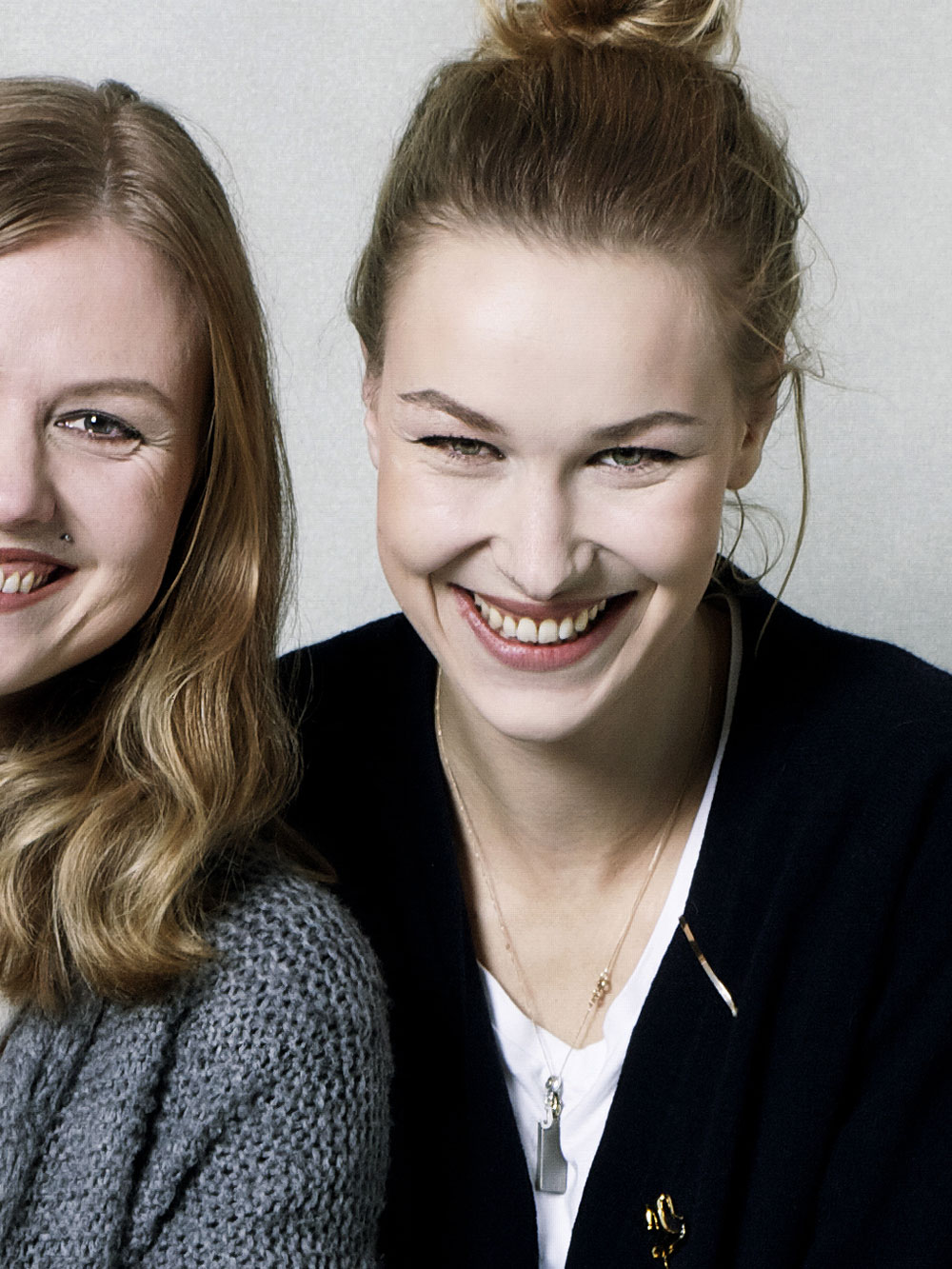
FASH 2011 Attention please!? / 6. February 2011
Natalia Politowa
| 3rd Prize Students European Fashion Award FASH 2011 |
|
| Team | Natalia Politowa Marcella Sewella |
| Ideal + Real |
The real and virtual worlds are merging; where can I, where should I position myself? The importance of self-expression in social networks is increasing at a rapid pace; similar to a fashion label, individuals create an image to increase and improve one’s impact on others – freedom and pressure at the same time. According to the analysis, today’s men between the age of 20 and 35 are very conscious of their dress, yet do not necessarily want to be out of the ordinary. This combi-nation of adaptation and boundaries, ideal and individuality is the goal of the 15-piece men’s collection “Ideal and Real”. By reinterpreting and transmuting the details of classic shapes like the suit, coat, or tailcoat, this collection offers symbolic security and stability, providing new transitions at the same time. |
| Jury Statement | Natalia Politowa and Marcella Sewella brave a very current topic: determining the idea of today’s man. They are very successful in tying societal references into the special character of the world of fashion. They are able to derive a tangible thesis for a fashion collection from their theoretical, coherently constructed framework. This thesis is transformed into a high-quality, meticulous collection with many new details. Natalia Politowa and Marcella Sewella provide important inspiration for men’s fashion.
Jury Member Ivonne Fehn, Fashion Director Süddeutsche Zeitung Magazin, Munich |
| Education | 7th Semester Fachhochschule Hannover (University of Applied Sciences and Arts) Prof. Carsten Behm |
| Contact | nataliepolitowa@yahoo.de |
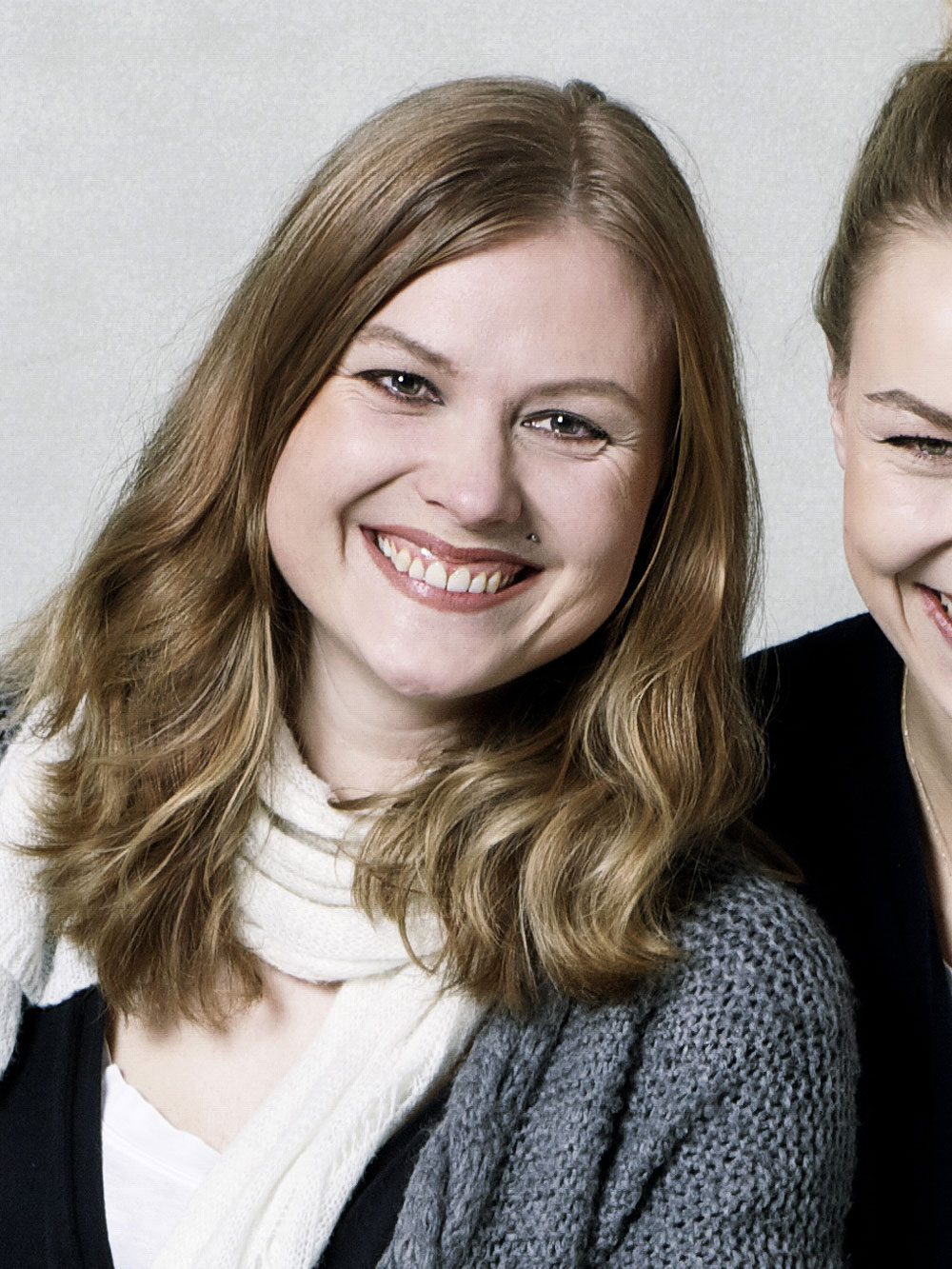
FASH 2011 Attention please!? / 6. February 2011
Marcel Lunkwitz
| 3rd Prize Graduates European Fashion Award FASH 2011 |
|
| Team | Marcel Lunkwitz Julia Müller |
| Jeder Tag ist ein kleines Leben |
„Jeder Tag ist ein kleines Leben.“ (Every day is a little life.) This witticism by Arthur Schopenhauer is the foundation of the menswear collection with the same name. The expression reflects today’s identity inflation due to the variety of genders, roles, groups, etc., as well as the mingling of reality and virtuality. It speaks of the danger to lose oneself and the chance to find |
| Jury Statement | The collection by Marcel Lunkwitz and Julia Müller impresses by offering a completely individual and fresh voice in the world of fashion. Instead of reflecting German purism the collection bursts with colours, shapes and materials. What seems to look a bit exaggerated on the hanger, looks perfect on an actual person, also thanks to great styling. A fashion style which will likely find a market in Japan. At the same time, the designers uncover interesting answers for a modern image of men. An attractive and strong collection with good external image, yet also a more sensitive side. Jury Member Marcel Herrig, Unicut Design Office, Shenzen/China |
| Education | Diplom/Bachelor Burg Giebichenstein – Hochschule für Kunst und Design Halle (University of Art and Design) Prof. Thomas Greis, Prof. Joachim Schielicke |
| Contact | info@cloudsacrossheadlines.com www.cloudsacrossheadlines.com |
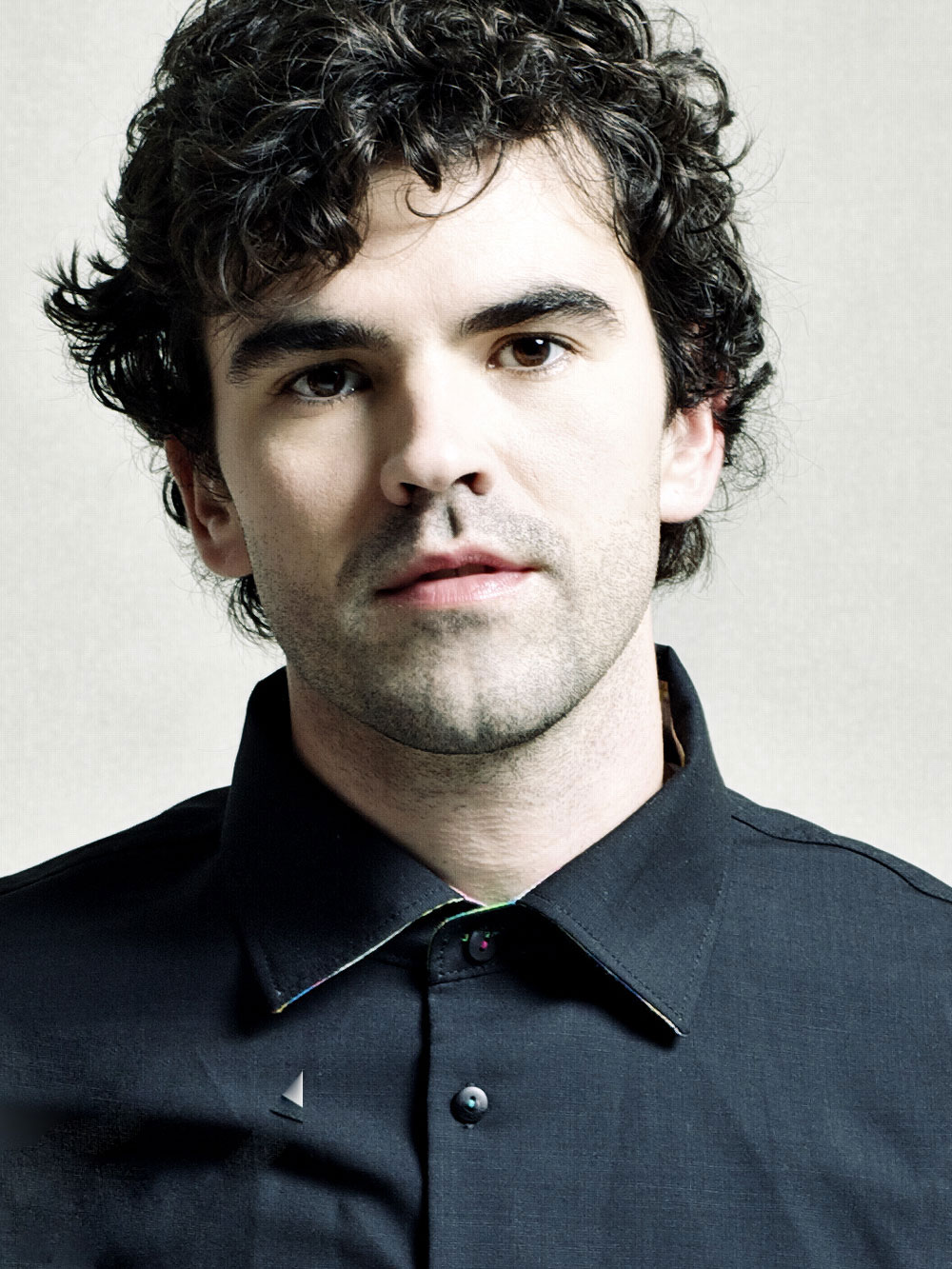
FASH 2011 Attention please!? / 6. February 2011
Julia Müller
| 3rd Prize Graduates European Fashion Award FASH 2011 |
|
| Team | Marcel Lunkwitz Julia Müller |
| Jeder Tag ist ein kleines Leben |
„Jeder Tag ist ein kleines Leben.“ (Every day is a little life.) This witticism by Arthur Schopenhauer is the foundation of the menswear collection with the same name. The expression reflects today’s identity inflation due to the variety of genders, roles, groups, etc., as well as the mingling of reality and virtuality. It speaks of the danger to lose oneself and the chance to find |
| Jury Statement | The collection by Marcel Lunkwitz and Julia Müller impresses by offering a completely individual and fresh voice in the world of fashion. Instead of reflecting German purism the collection bursts with colours, shapes and materials. What seems to look a bit exaggerated on the hanger, looks perfect on an actual person, also thanks to great styling. A fashion style which will likely find a market in Japan. At the same time, the designers uncover interesting answers for a modern image of men. An attractive and strong collection with good external image, yet also a more sensitive side. Jury Member Marcel Herrig, Unicut Design Office, Shenzen/China |
| Education | Diplom/Bachelor Burg Giebichenstein – Hochschule für Kunst und Design Halle (University of Art and Design) Prof. Thomas Greis, Prof. Joachim Schielicke |
| Contact | info@cloudsacrossheadlines.com www.cloudsacrossheadlines.com |
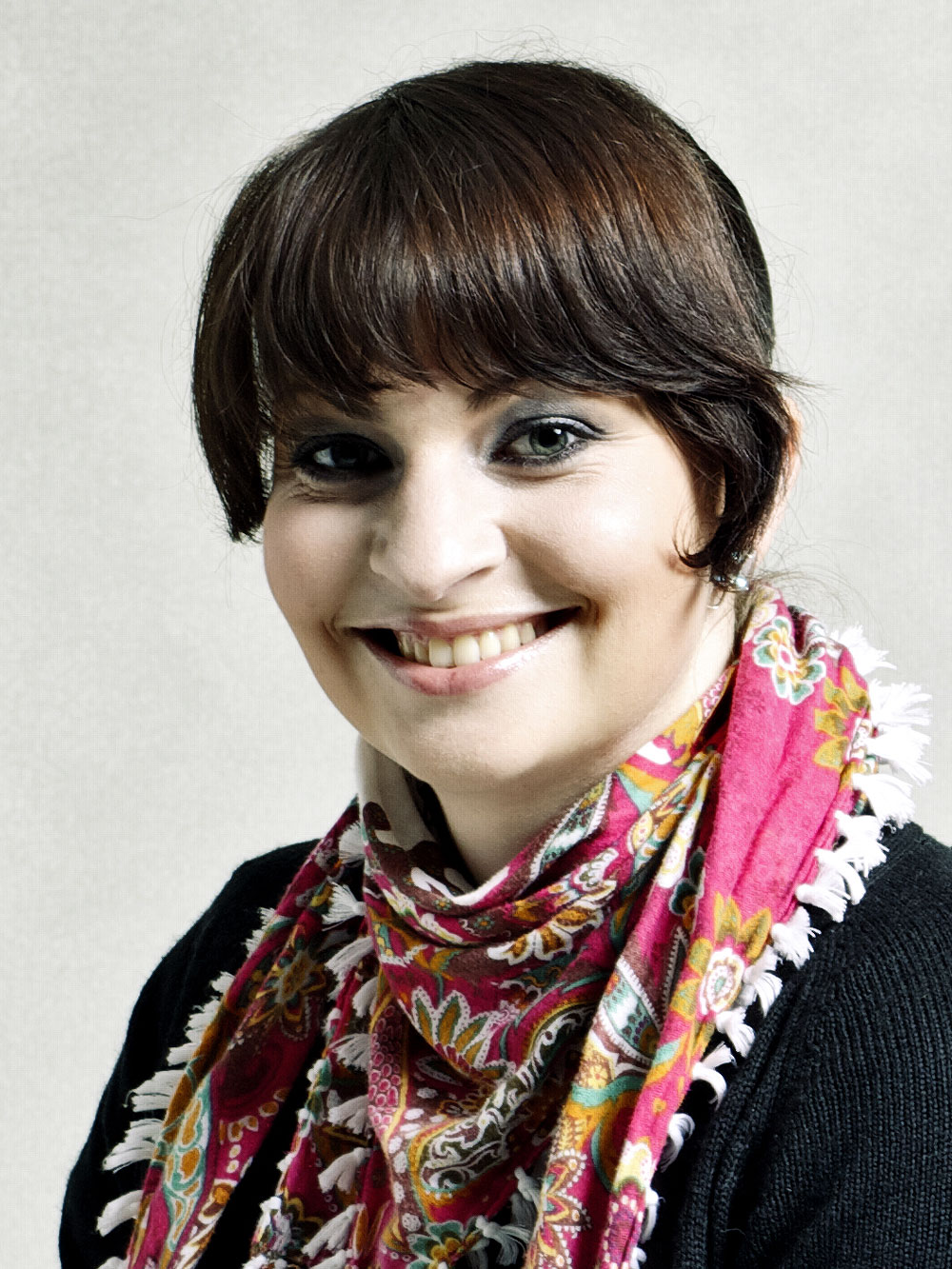
FASH 2010 Privacy / 7. February 2010
Michael Court
| 1st Prize European Fashion Award FASH 2010 |
|
| The Strength of Silence |
Electronic gadgets become a shackle; networking becomes an addiction. We are constantly inundated by radio waves and information, noise and dissonance. We live many virtual lives, yet only have one real life. Strict rites of silence – whether tea ceremony, the art of swordplay, or, as shown here, calligraphy – help guide the spirit. Body and soul find structure and energy – they grow; even excel. Inner calmness begins to unfold – though sometimes it begins with a bang. The concept collection “The Strength of Silence” provides space for pure, inner calmness. Sheltered and free of any compulsion. All garments are for men and women. The individual pieces can be combined as desired. They are pure and free of distraction. Black and white. |
| Jury Reasons | Whether fashion, illustrations, or blind contour drawings: Michael Court’s poetic designs enchant at first glance. Though Michael Court worked on his design in the 4th semester, one can already recognize a very strong personality. Michael Court’s answer to the European Fashion Award FASH 2010’s theme of “Privacy” is definitely unique; he trusts his subjective view of the world, and can substantiate and classify it socially. He develops a clear concept, and impresses with high-quality and aesthetic execution: imaginative prints, playful use of volume, or perfect cuts – suitable for men and women alike. Anyone who wears these flowing pieces will instantly understand the meaning of “Privacy”. The voluminous elements are so well designed that an area of instant calm descends on you. Michael Court’s designs have depth, reflecting his cited knowledge of Japanese culture, as well as the courage to deal with a very personal issue. Michael Court wants to infuse new life into fashion without masquerading – and allow the wearer to make his/her own decisions. The quality of all elements – perception, concept, design, tailoring, illustration, language – is absolutely exceptional. Michael Court accomplished something very rare these days: serious, yet natural-appearing fashion. We cannot pay him any higher compliment. — Jury Member Ivonne Fehn, Fashion Director Süddeutsche Zeitung Magazin, Munich |
| Education | 4th Semester Hochschule für Künste Bremen (University of the Arts Bremen) Prof. Kai Lehmann |
| Contact | michael.court@me.com |
| Media | |
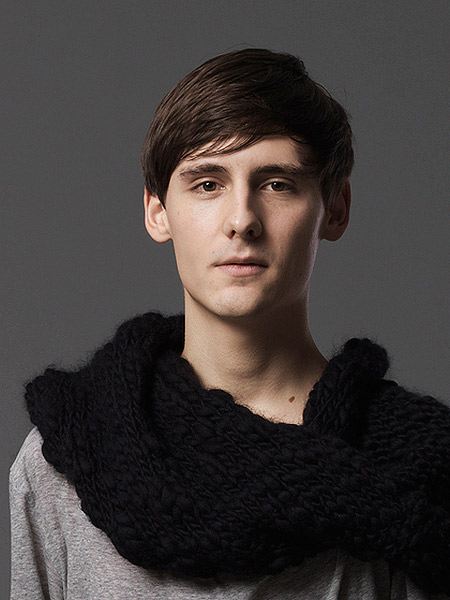
FASH 2009 New Diversity / 1. February 2009
Adrian Sommerauer
| 3rd Prize Graduates Works European Fashion Award FASH 2009 |
|
| London, Heimat #3 |
Photos of a rainy, gloomy London morning from a kitchen window gave the inspiration: the atmosphere was rife with the aura of a man who had overslept, grabbed the next-best pile of clothing, and headed out into the crowded, noisy streets feeling out of sorts. The melancholy, dark tone and material selection of this elegant, yet rather delicate men’s collection held in a blue-grey colour scheme relates that sometimes you feel at home in the unknown, while feeling lost in familiar places. Shiny surfaces, as if wet by rain (silk, nylon, chintzed linen, washed wool) contrast with cotton reminiscent of flowery bed linens. Pyjamas represent the contrasting moods of the designs, balanced by classic tailoring and iconic oversized outerwear, such as a bomber jacket. The choice of elaborate materials, treatments, and finishes, such as invisible hems, embroidery, or hand-knitted elements, results in a deliberate manipulation of the boundaries of traditional menswear, and creates fashions that are as pleasing to look at as they are to wear. |
| Jurybegründung | The consistent men’s collection by Adrian Sommerauer is not only very professional but also distinguishes itself thanks to its creative overall concept. The selection of subtle colors and luxurious materials also emphasizes the extraordinary quality. The designs’ romantic story, transposed step by step into the garments, is impressive. Adrian Sommerauer’s design power in the playing field of men’s fashions, and its details, is more than evident. Exceptional craftsmanship turned the technically sophisticated concept into reality. Th style is convincing, the collection is balanced and yet full of excitement. The result is a men’s collection that is very easy to wear, yet makes a clear statement. An important signal for the industry! — Jury member Doreen Schulz, c.neeon |
| Ausbildung | Master in Fashion Menswear, Royal College of Art, London
Ike Rust, Senior Menswear Tutor (Design) Juliet Ash, Senior Tutor in Fashion Critical and Historical Studies (Theorie) |
| Contact | as@adriansommerauer.com www.adriansommerauer.com |
| Jobs | Since 11/2012: Senior-Designer Dorothee Schumacher Menswear Designer Antonio Marras – Kenzo Homme |
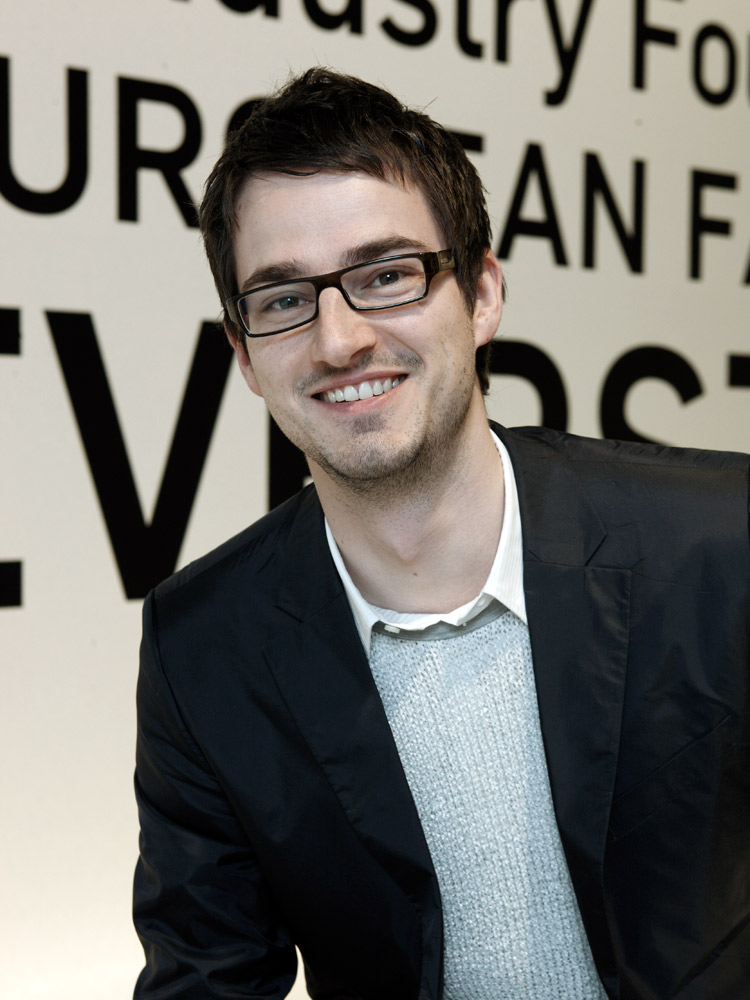
FASH 2007 The Fine Art of Traveling / 2. February 2007
Arnold Gevers
| 3rd Prize European Fashion Award FASH 2007 |
|
| Grand Tour 2006 |
The men’s collection “Grand Tour” emphasizes subjective moments by focusing on the experience of travelling. It is a critical examination of the relations between opposites: I and he, interior and exterior, the foreign or strange and your own. Arnold Gevers also took a Grand Tour to Paris and St. Petersburg based on the model of aristocratic sons of the 18th century who matured from country squires into men of the world during the trip. The idea was to create a structure from experiences of the foreign to provide wearers with a strong emotional identity. The colors range from indescribable white to subdued colors and extreme color combinations all the way to a black outfit, which stands for the sum total of all experiences. |
| Jury Statement | “Grand Tour 2006” starts from the subjective viewpoint of the designer and consequently results in a unique design, which fits the pulse of the next season. The menswear outfits are quite brilliant. The beautifully worked collection is in terms of fashion trend the most futuristic ones of the contest. Arnold Gevers is really in middle of the time spirit, he feels what’s going on. Materials such as reflective foil and oxidized denim will be seen all around the next season. Denim stands for oxidized bronze statues in Paris here. Arnold Gevers also demonstrates an outstanding feeling for the spirit of the times in his design style. — Jury Member Susanne Fischer, Marketing Manager for Central Europe, Timberland, Munich |
| Education | Diplom 2006/Graduated Hochschule für Künste Bremen/University Of The Arts Bremen |
| Contact | a_gevers@gmx.de |
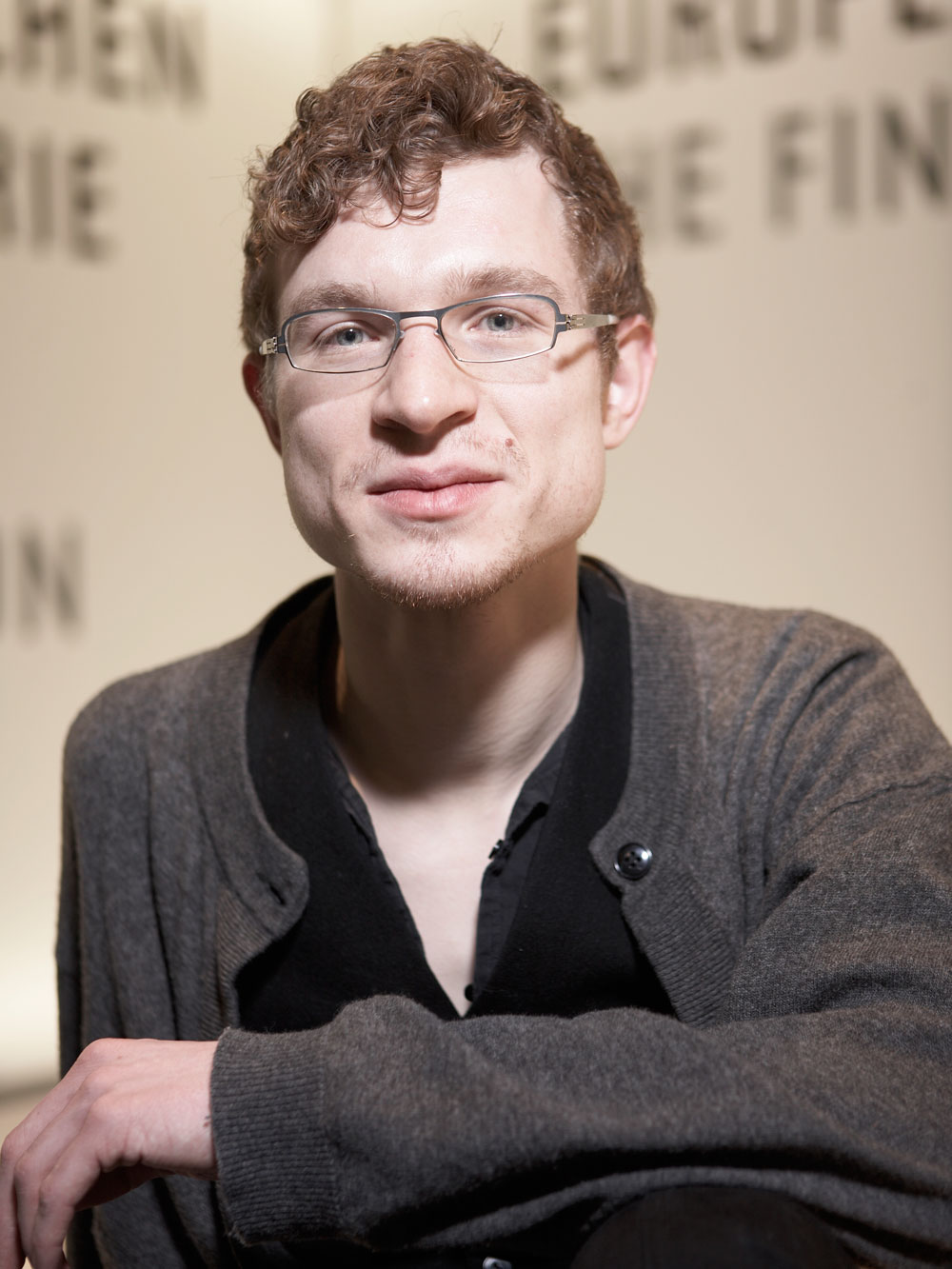
FASH 2007 The Fine Art of Travelling / 2. February 2007
Karen Scholz
| 2nd Prize European Fashion Award FASH 20071st Prize Special Award Fashion Branding 2007 |
|
| Team | Karen Scholz Joan Tarragó Papalona |
| Drawellink Places |
“Drawellink Places” is an interdisciplinary project between fashion and painting, Berlin and Barcelona, two- and three-dimensional representation. |
| Jury Statement | The inspiring work “Drawellink Places” convinces with a comprehensive presentation. The strong idea to transfer the graffiti culture from building walls to clothing and luggage has been implemented consistently with appropriate means. Regardless of whether clothes, bags or accessories, “Drawellink Places” is outstanding in all areas. For example, there is a balance between “loud” clothes, which are very ornamental and graphic (rather for a house party or an art exhibition) and “soft” ones, which only show stylistic references (such as a coat for an elegant dinner). This demonstrates a good example of the variety and flexibility, which is important for a fashion brand. Contrary to other submissions for the special prize of Fashion + Brand (which did not have sufficient substance for an award), this succeeded because the brand idea and not a logo is the focal point. In short words: if you know who you are, you also know you look like. Additionally, not only the fact that the culture of street art has not only been transferred professionally is outstanding, but also the fact that the cheerful and poetic spirit has been maintained. The clothes invite the user to play and interact, to communicate and personalize. The longer you deal with the products, the more you discover and enter into another world. Karen Scholz and Joan Tarragó Pampalona are two very skilled designers, who would be perfect to work together with Marc Jacobs for Louis Vuitton for a season. Jury Member Gion-Men Krügel-Hanna, Senior Designer Interbrand Zintzmeyer & Lux, Zurich |
| Education | Diplom 2006 Kunsthochschule Berlin-Weißensee Prof. Rolf Rautenberg |
| Contact | creatist@karenscholz.net |
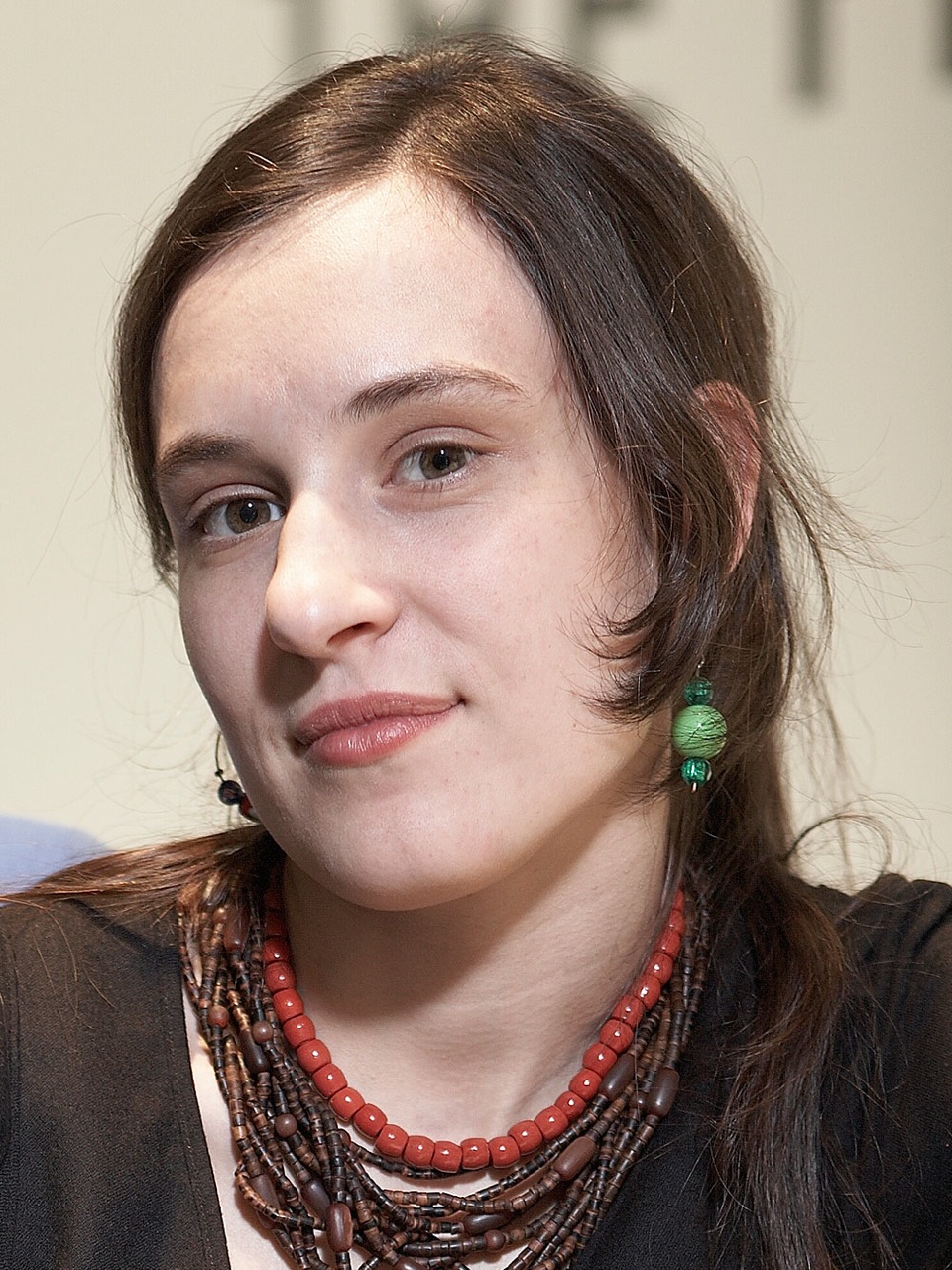
FASH 2007 The Fine Art of Travelling / 2. February 2007
Joan Tarragó Papalona
| 2nd Prize European Fashion Award FASH 20071st Prize Special Award Fashion Branding 2007 |
|
| Team | Karen Scholz Joan Tarragó Papalona |
| Drawellink Places |
“Drawellink Places” is an interdisciplinary project between fashion and painting, Berlin and Barcelona, two- and three-dimensional representation. |
| Jury Statement | The inspiring work “Drawellink Places” convinces with a comprehensive presentation. The strong idea to transfer the graffiti culture from building walls to clothing and luggage has been implemented consistently with appropriate means. Regardless of whether clothes, bags or accessories, “Drawellink Places” is outstanding in all areas. For example, there is a balance between “loud” clothes, which are very ornamental and graphic (rather for a house party or an art exhibition) and “soft” ones, which only show stylistic references (such as a coat for an elegant dinner). This demonstrates a good example of the variety and flexibility, which is important for a fashion brand. Contrary to other submissions for the special prize of Fashion + Brand (which did not have sufficient substance for an award), this succeeded because the brand idea and not a logo is the focal point. In short words: if you know who you are, you also know you look like. Additionally, not only the fact that the culture of street art has not only been transferred professionally is outstanding, but also the fact that the cheerful and poetic spirit has been maintained. The clothes invite the user to play and interact, to communicate and personalize. The longer you deal with the products, the more you discover and enter into another world. Karen Scholz and Joan Tarragó Pampalona are two very skilled designers, who would be perfect to work together with Marc Jacobs for Louis Vuitton for a season. Jury Member Gion-Men Krügel-Hanna, Senior Designer Interbrand Zintzmeyer & Lux, Zurich |
| Education | 11th Semester Facultat Belles Art de Barcelona |
| Contact | IamJoanTarrago@gmail.com www.joantarrago.com |
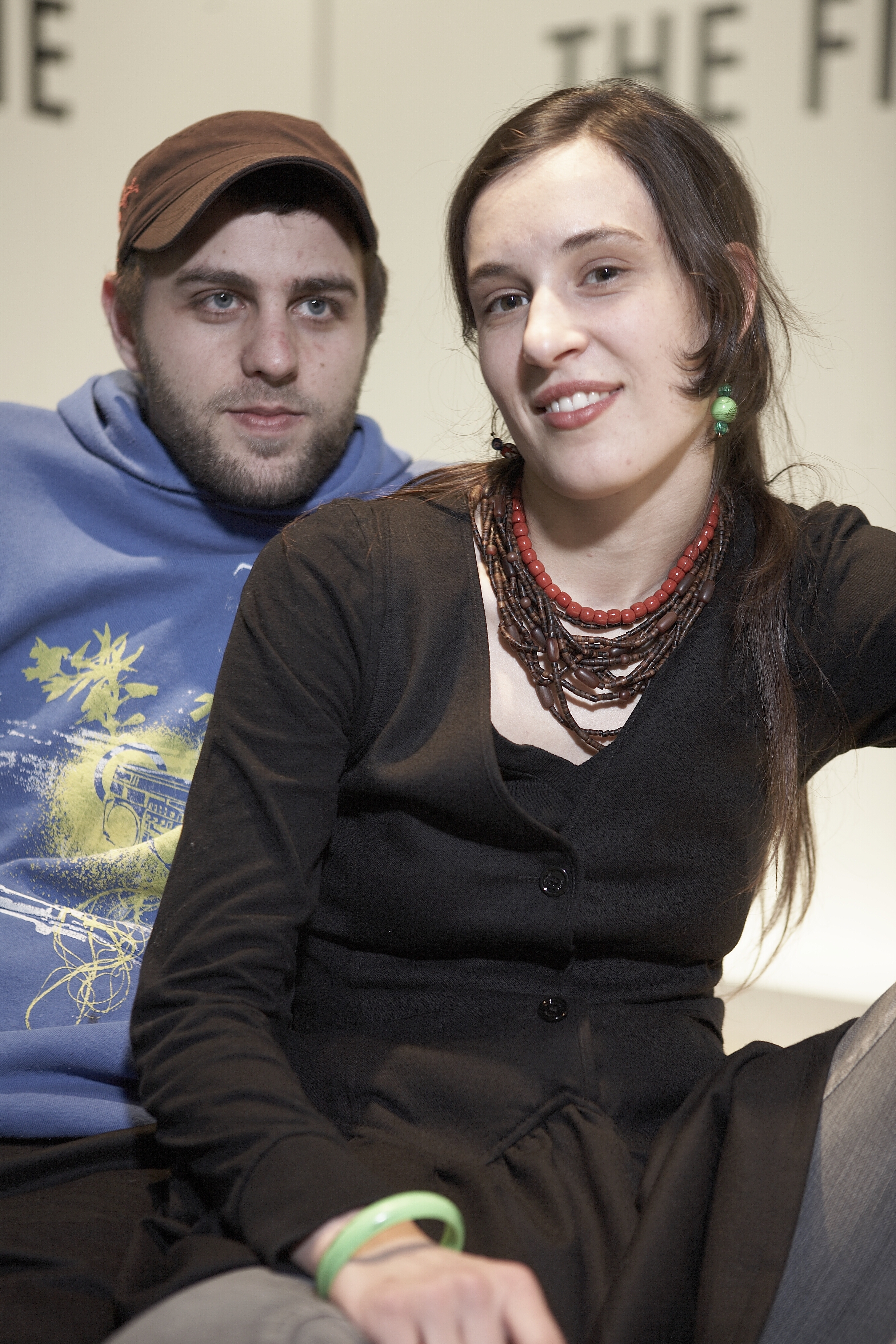
FASH 2006 Local – Global / 29. January 2006
Bianca Koczan
| 1st Prize European Fashion Award FASH 2006 |
|
| Clothing Factory |
“Clothing Factory” deals with the topic of men in blue as the uniform of the socialist worker milieu. A business model with responsible production in East Germany, interdisciplinary work structures, and a three-part collection for men and women were designed. The authentic ready-to-wear clothing is divided into “Gray” (subtle basics with intellectual character, which do justice to the requirements of profitable production and leave room for individual changes), “Print” as fanciful and eye-catching counterpoint as well as a bag and bandana collection. This is a clothing rooted in the local culture and shaped by a comprehensive concept, which reflects on what we experience as a newspaper and examines the system of fashion. An ironic manifesto. |
| Jury Statement |
Bianca Koczan won first prize by a wide margin. Her Master’s thesis “Clothing Factory” fulfills the objectives of the contest in an ideal way.
The starting point “work”, one of the most pressing problems of our time, was selected cleverly and strategically. The collection divided into three parts is already a very appealing idea. The seeming simplicity of work clothes as a type has been taken apart intelligently and ironically. As a result, she has created a very varied but stringent collection, which is rich in references. She not only masters the vocabulary of fashion impressively, but only speaks it with a new accent. Technique and design are implemented with a great deal of professionalism and perfection. Her interdisciplinary work with designers for textiles, accessories, graphics and photographs, something rarely seem in this extent, without relinquishing responsibility for the result is also praiseworthy. Her work is also extraordinary, because the structural changes in fashion are analyzed and discussed cleverly in the concept of newspaper documentation. The concept is far-reaching, conclusive, stimulating and exciting and demonstrates the rare but urgently required double-gift of visual and verbal force of expression. Ms. Koczan always maintains the necessary distrust of her own perception and interpretation in her search for subjective truth. She fights with her work against the widespread longing for security in that she compares the need for continuity, honesty and tradition with a powerful identity of that which is genuine, original and transparent. From this only seemingly naïve longing for one roots, the future grows for a very battered and often hysterical and elitist fashion industry Consistently with the above, Ms. Koczan designed a business model for the future, which takes production, communication and distribution into consideration. This complex work was created, because she not only wanted to reach people, but also to get them to act. She consciously follows Joseph Beuys in that she wants to “show people something, with which they can identify.” Ms. Koczan does not misunderstand design as superficial change as is so often the case, but instead as an expression of ethics and strategy. This pronounced and legitimate attitude shapes the complex coding of the products. Consequently, Ms. Koczan is in the tradition of the modern, in which design is not seen as solely an aesthetic expression, but always as a means of social, economic and ecological change too. With that, she demonstrate an intricate and very modern understanding of fashion. All of this is possible, because Ms. Koczan works self-assuredly and rooted to her native soil instead of striving for vain self-expression. This work is practical and innovative, interdisciplinary, extremely varied and powerful on a high international level in precisely the way, in which promising works are defined today. In all of this, Ms. Koczan is not set on the style shown in this work, but instead she demonstrates the potential of working out new paths again and again. Member of the Jury: Joachim Schirrmacher, Creative Consultant, Berlin |
| Education | Diplom 2005 Burg Giebichenstein – Hochschule für Kunst und Design Halle / University of Art and Design Halle Prof. Thomas Greis, Prof. Joachim Schielicke |
| Contact | biancakoczan@vverk.de www.vverk.de |
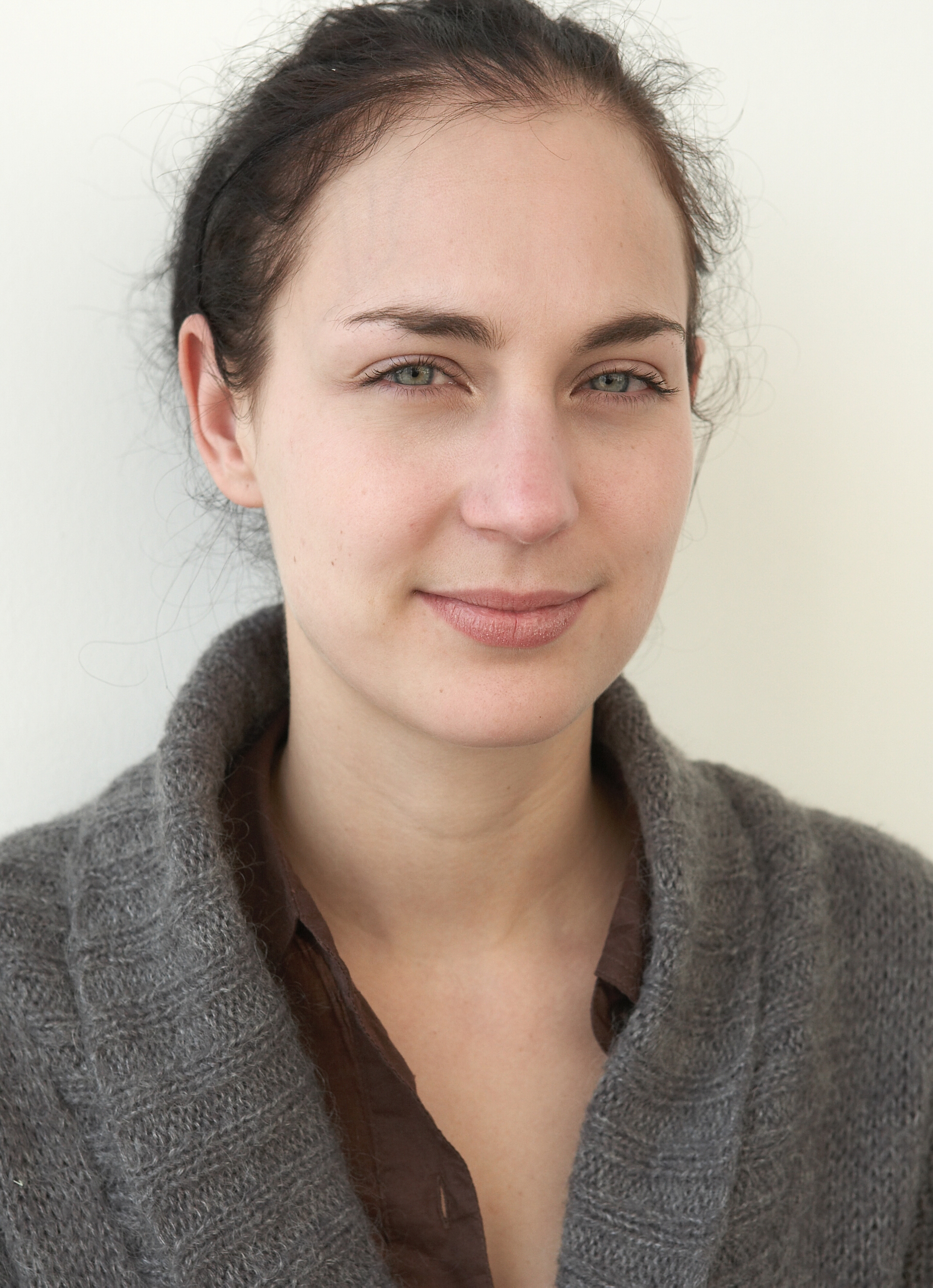

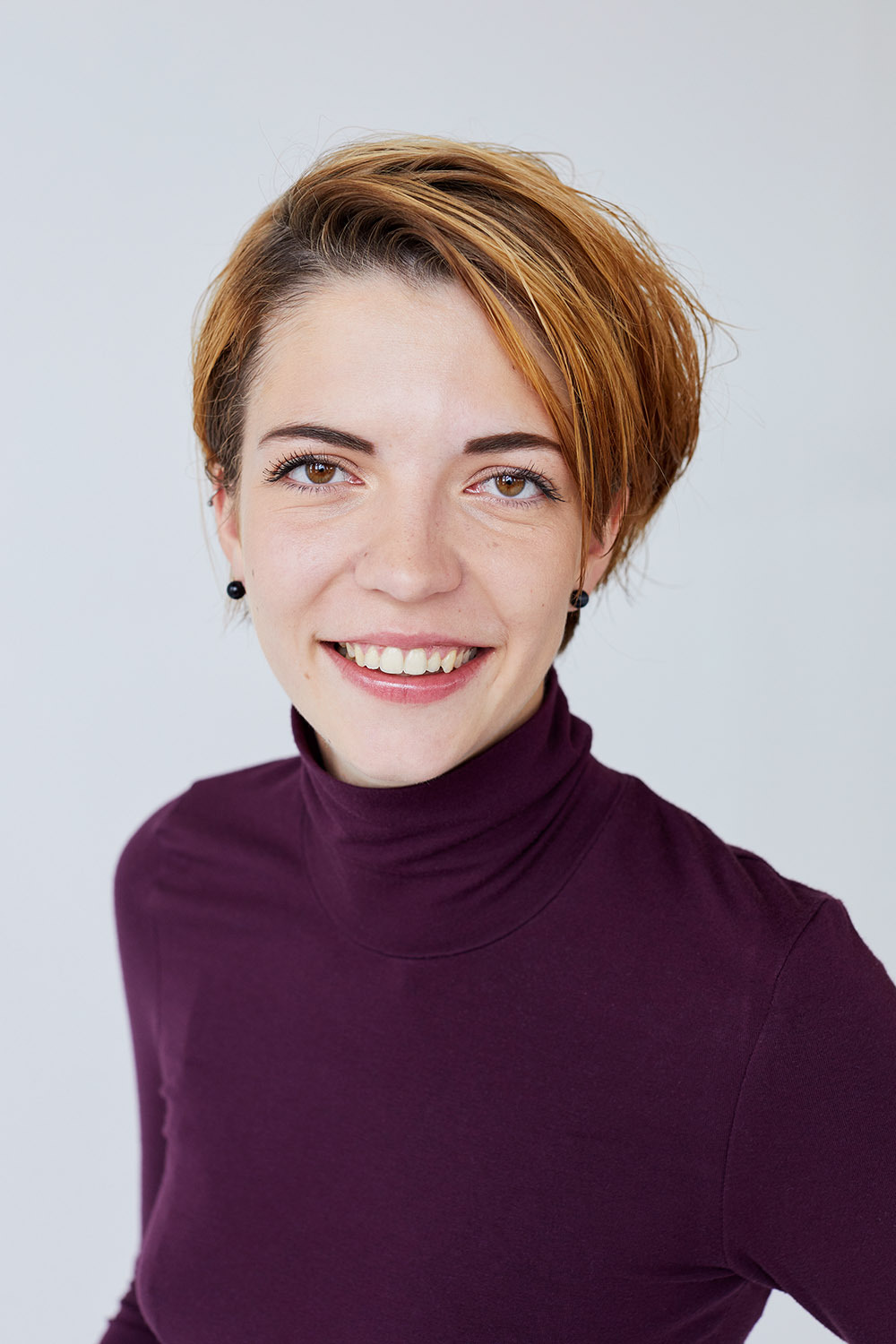
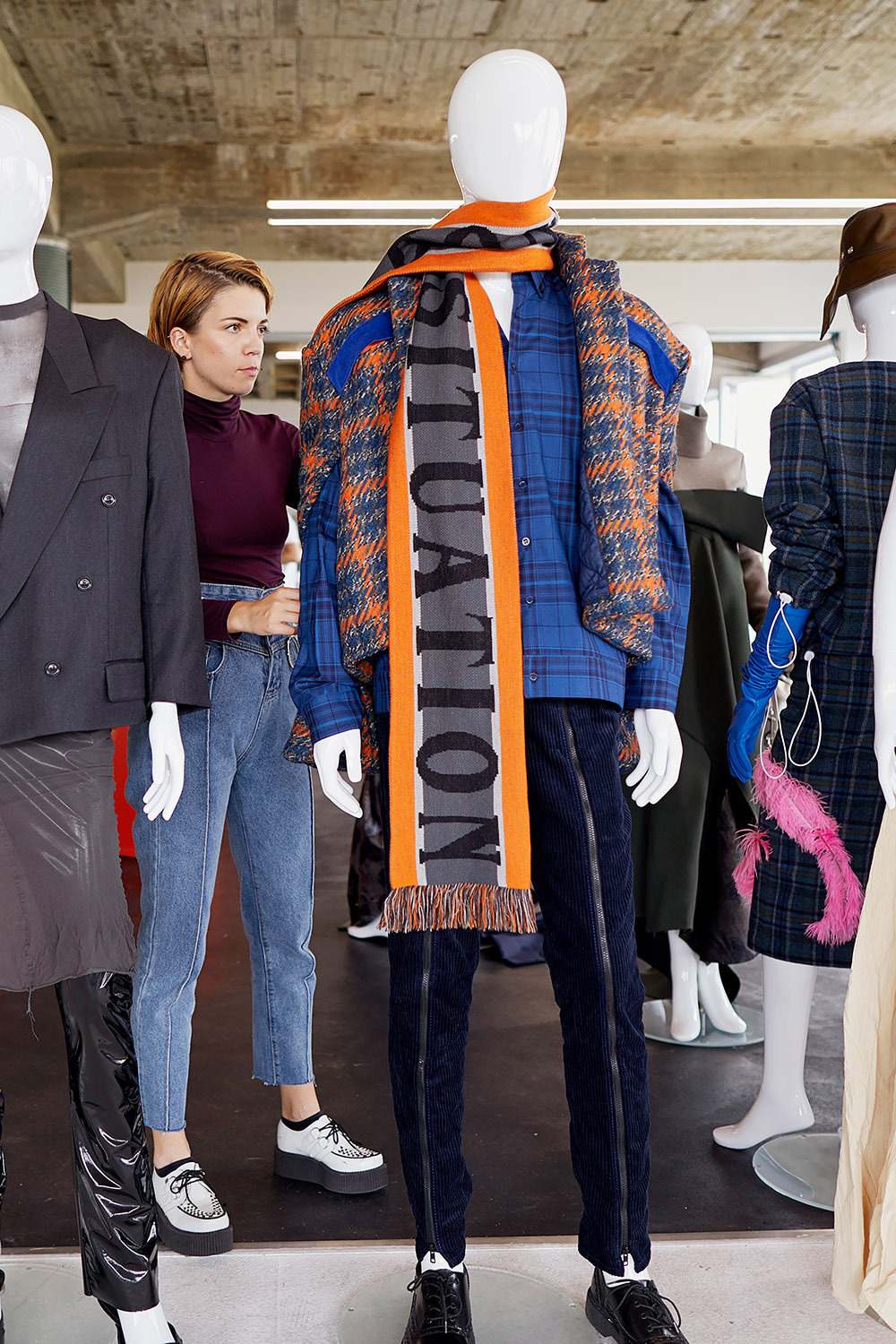
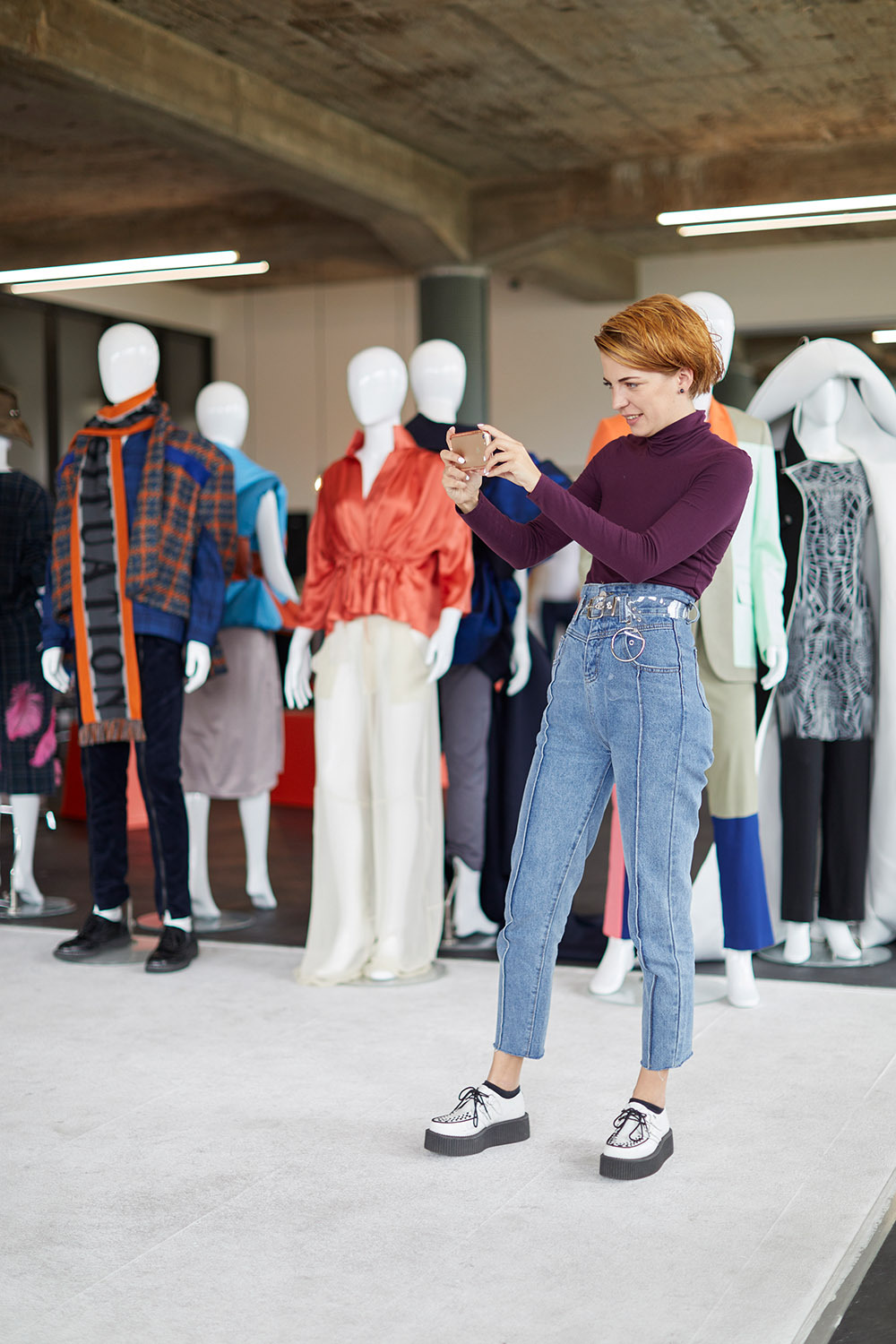
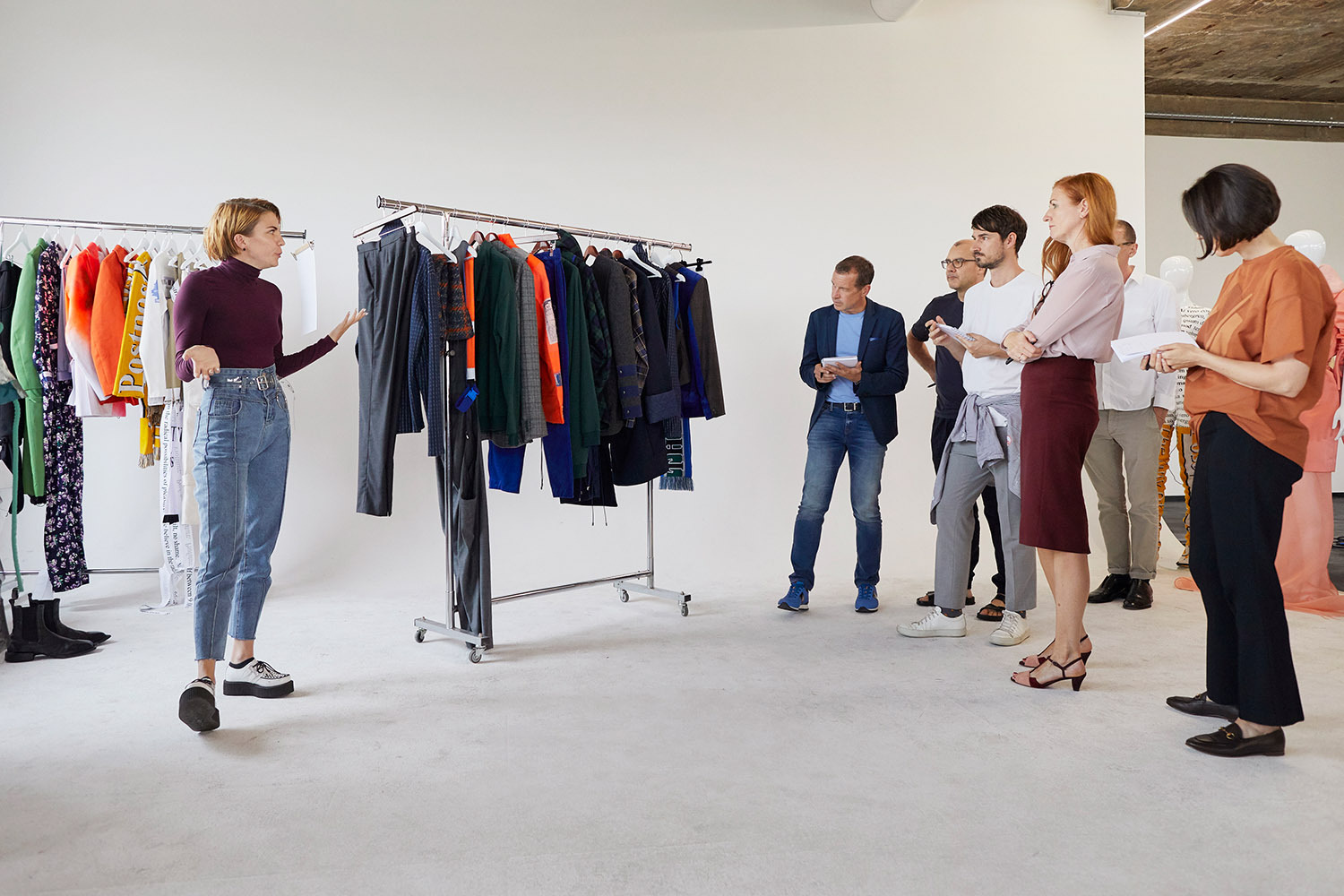
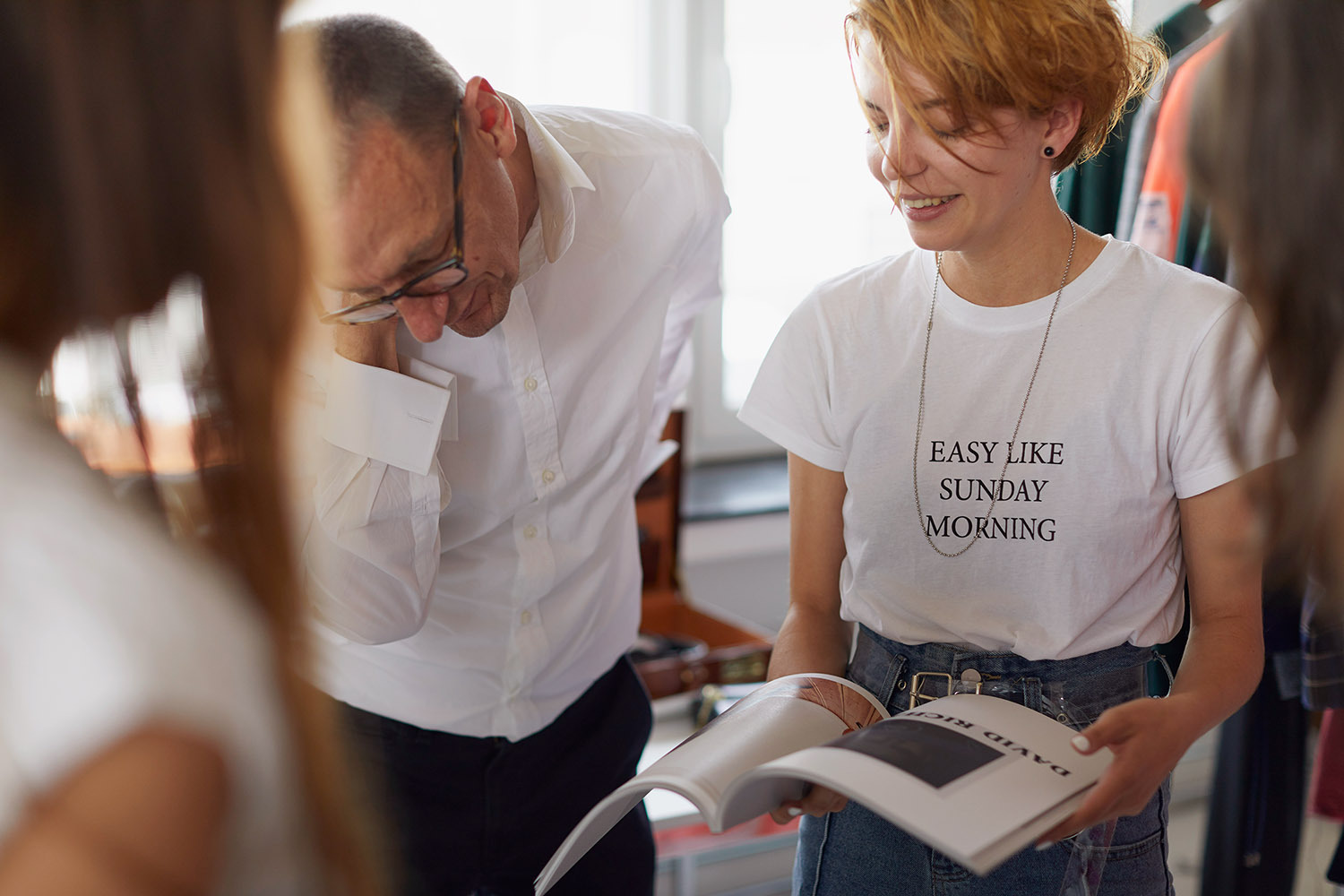
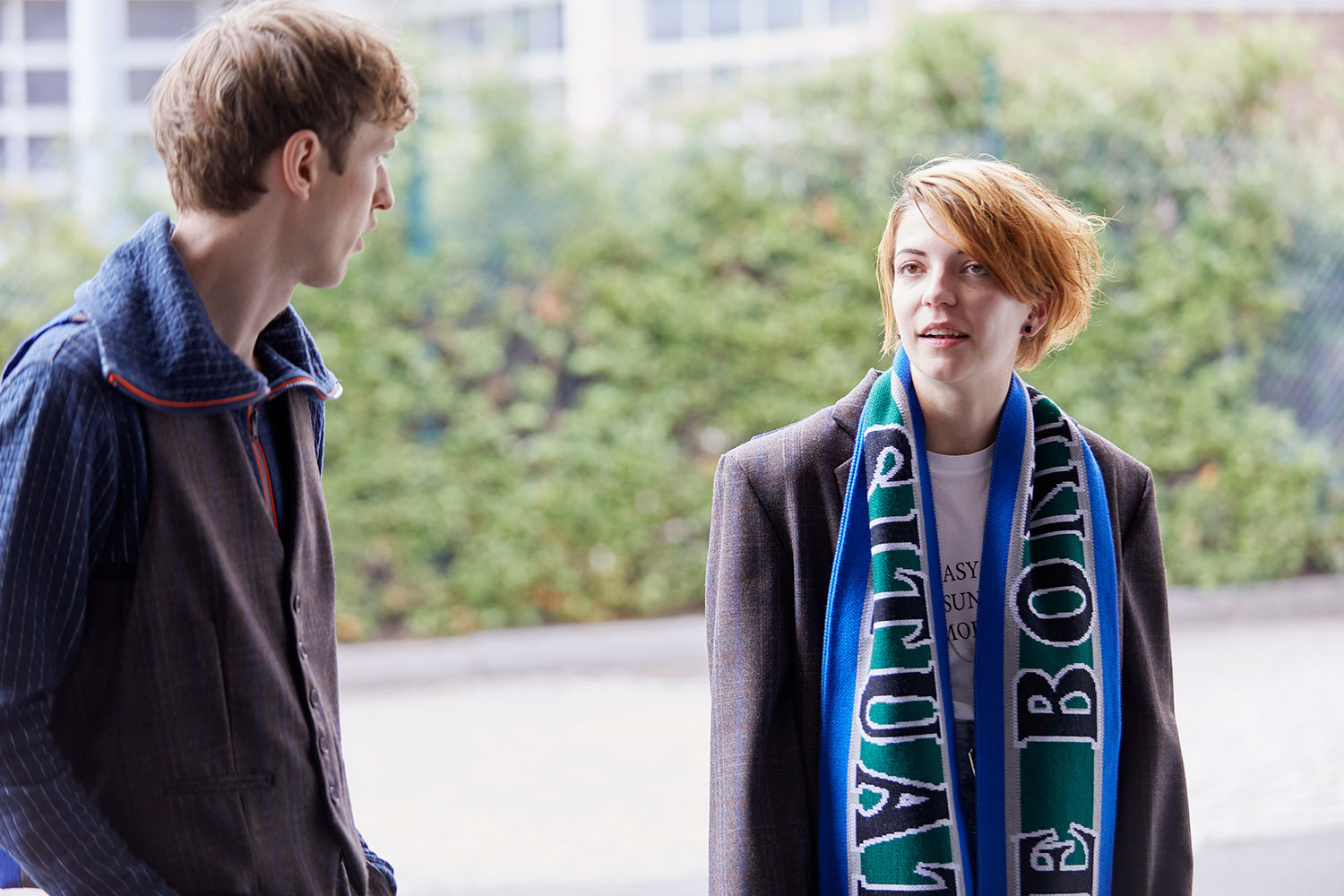

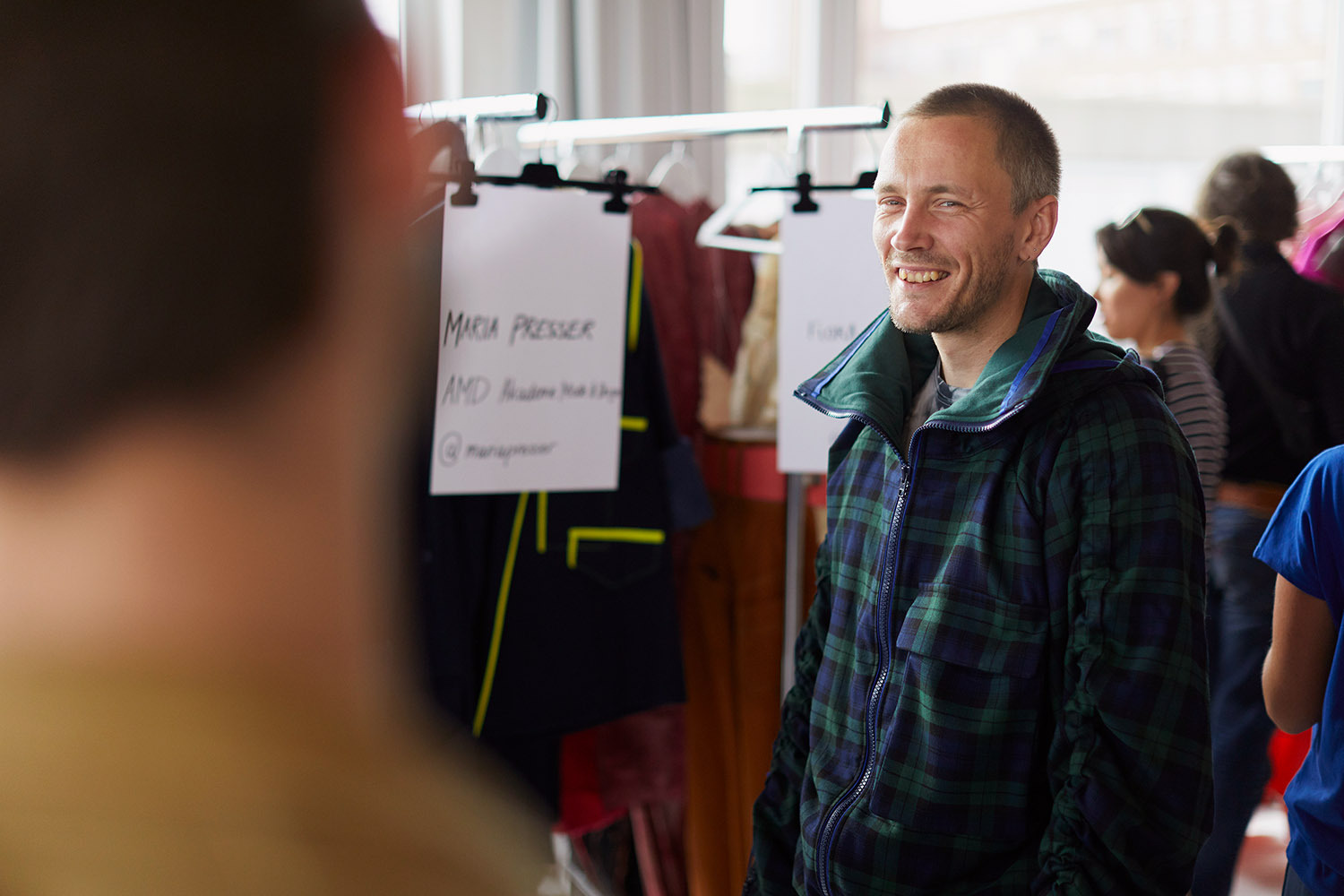
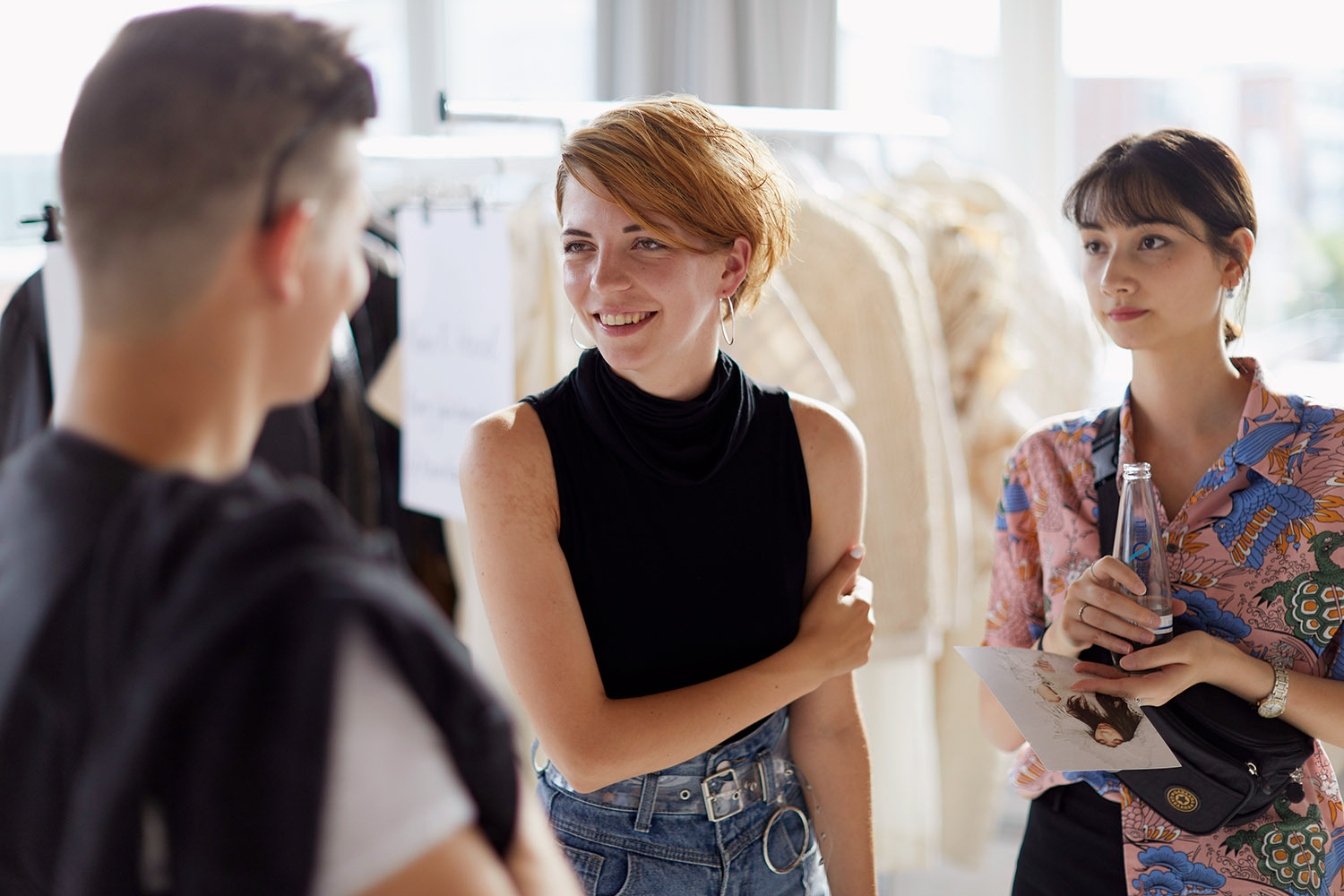
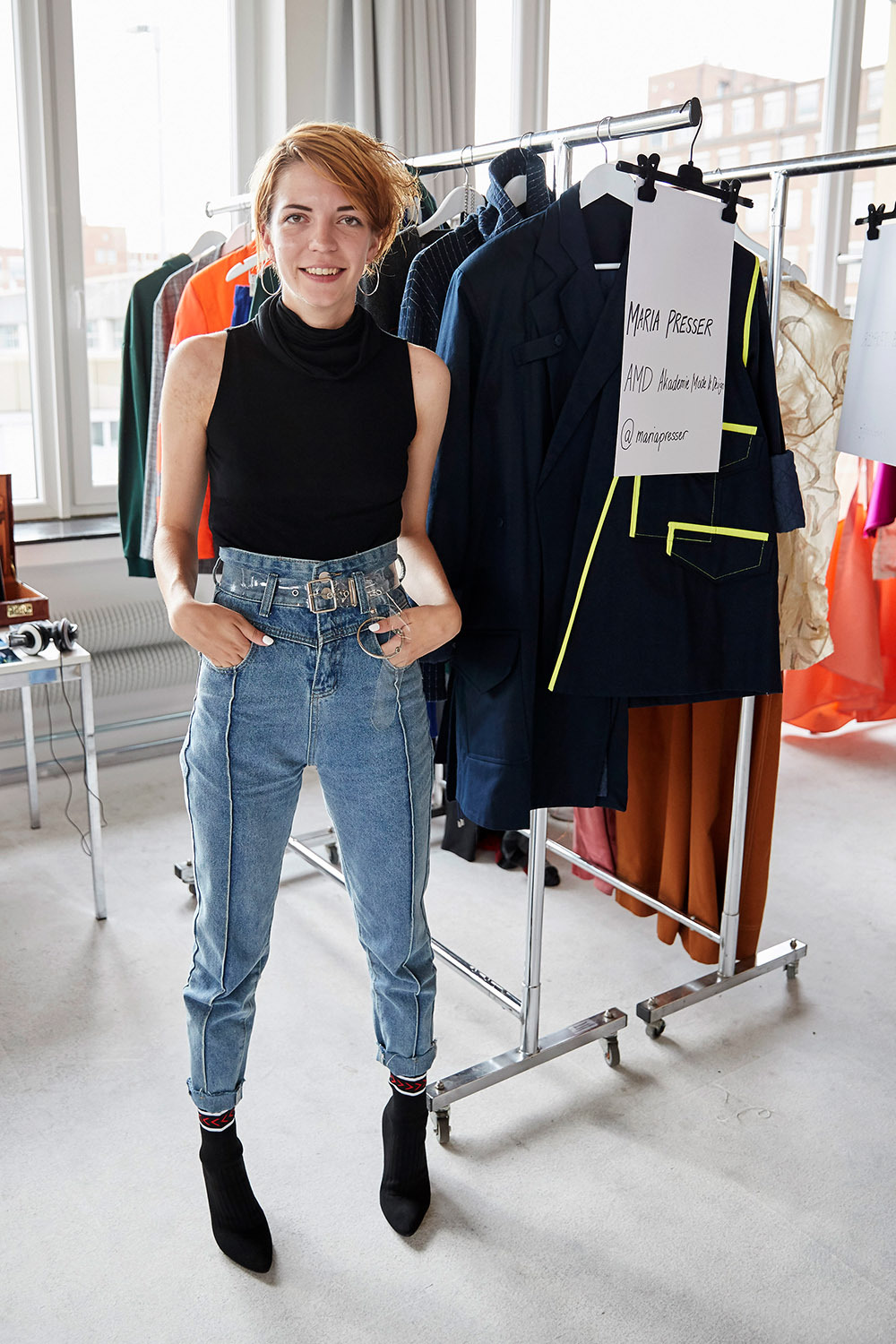
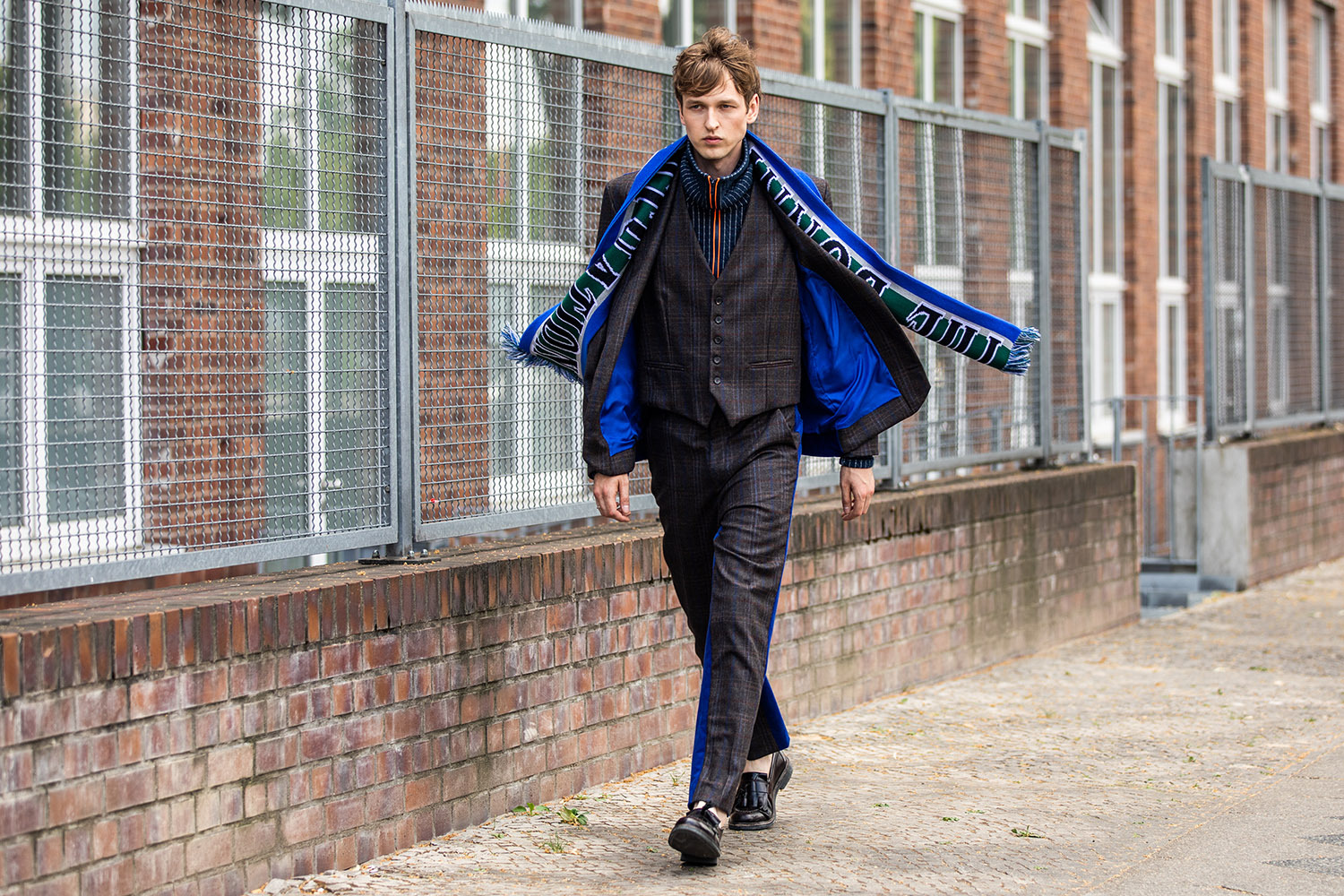
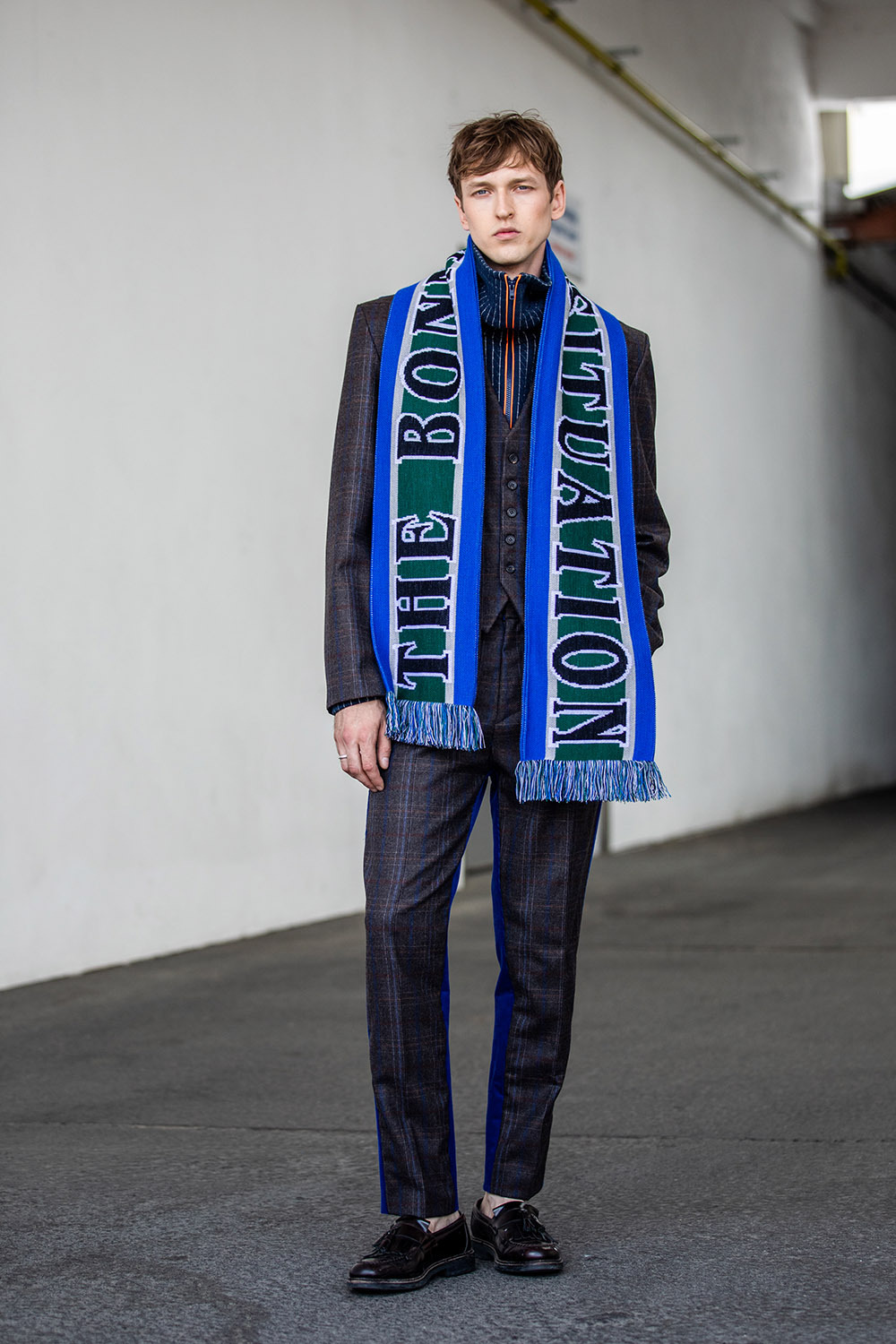
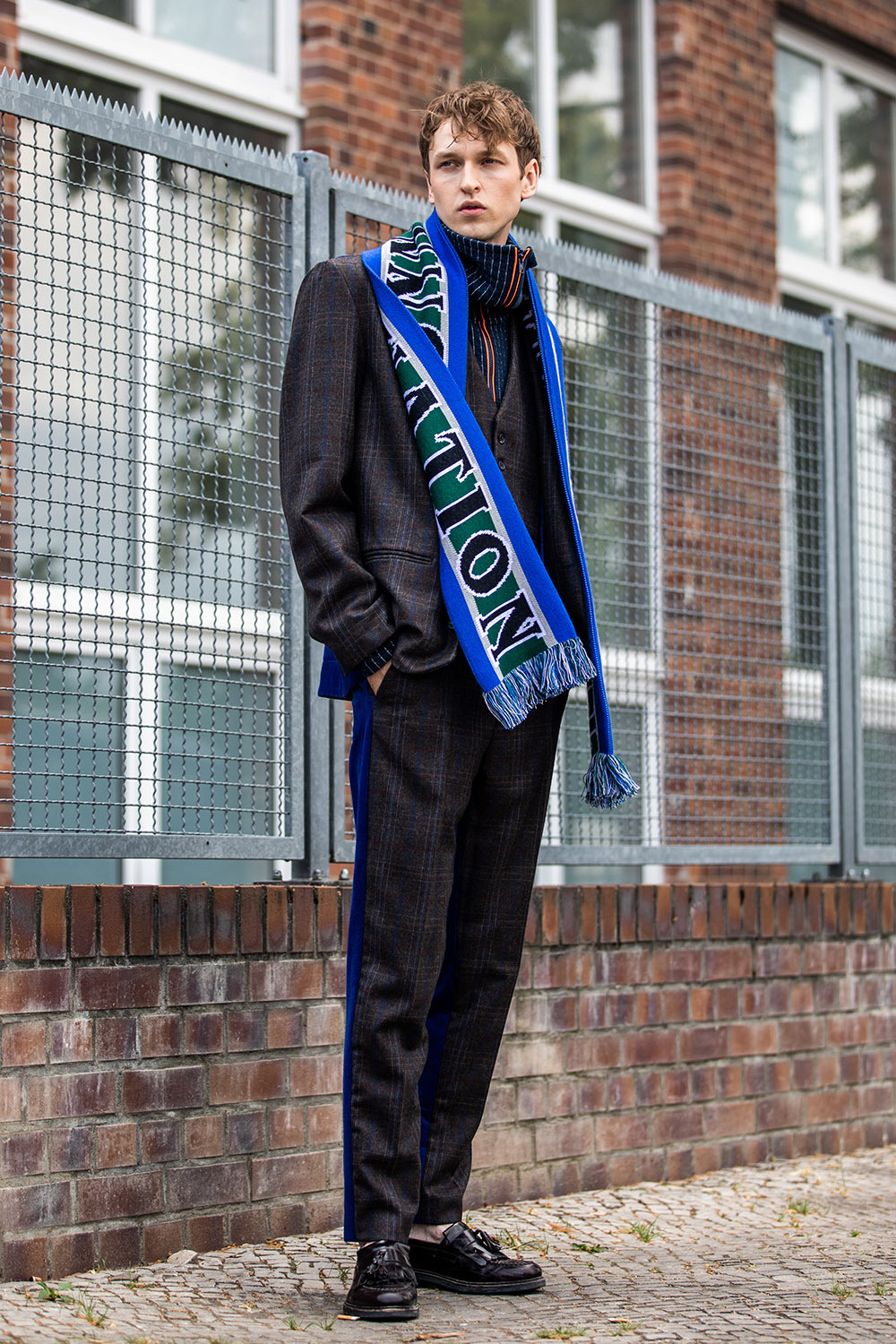
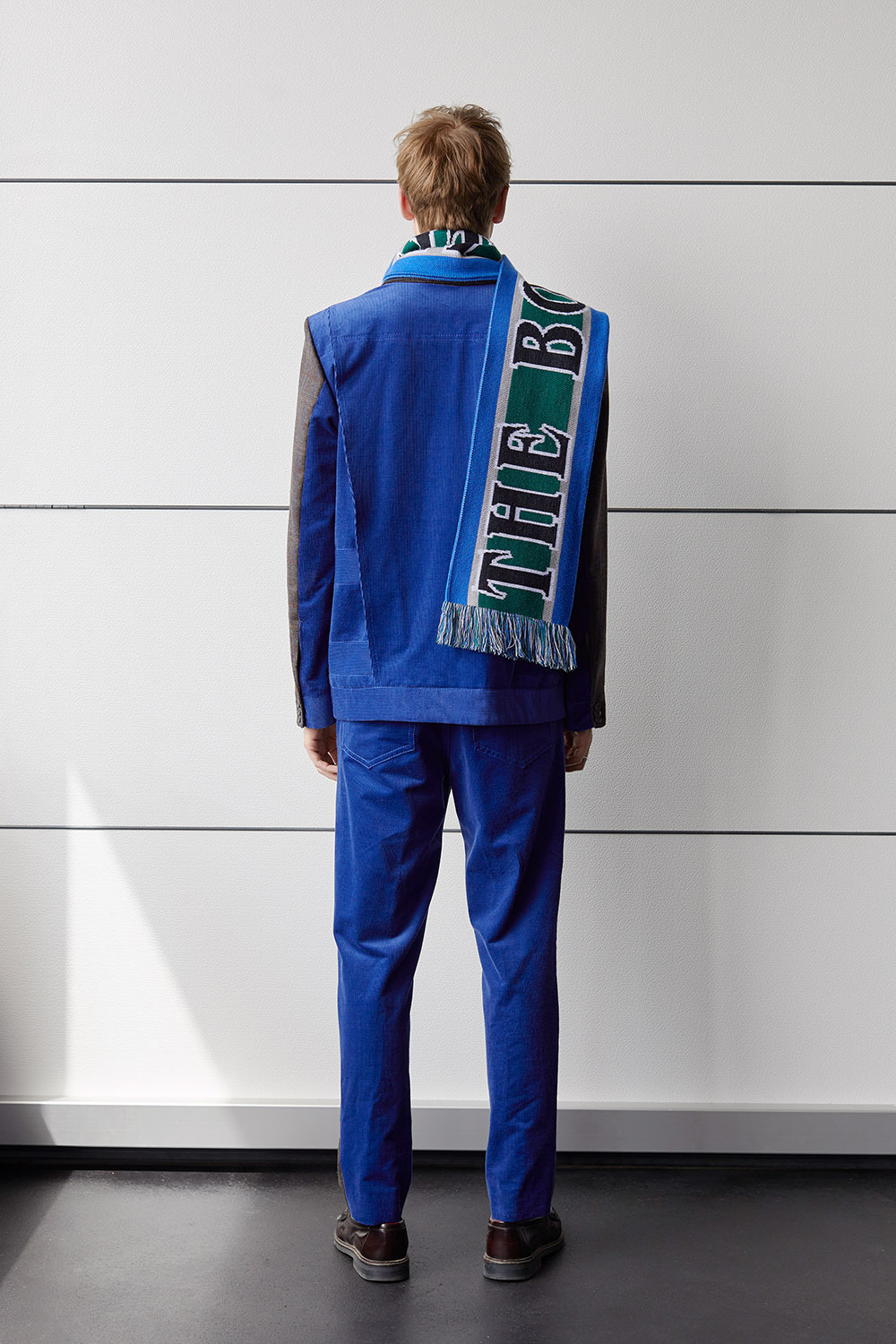
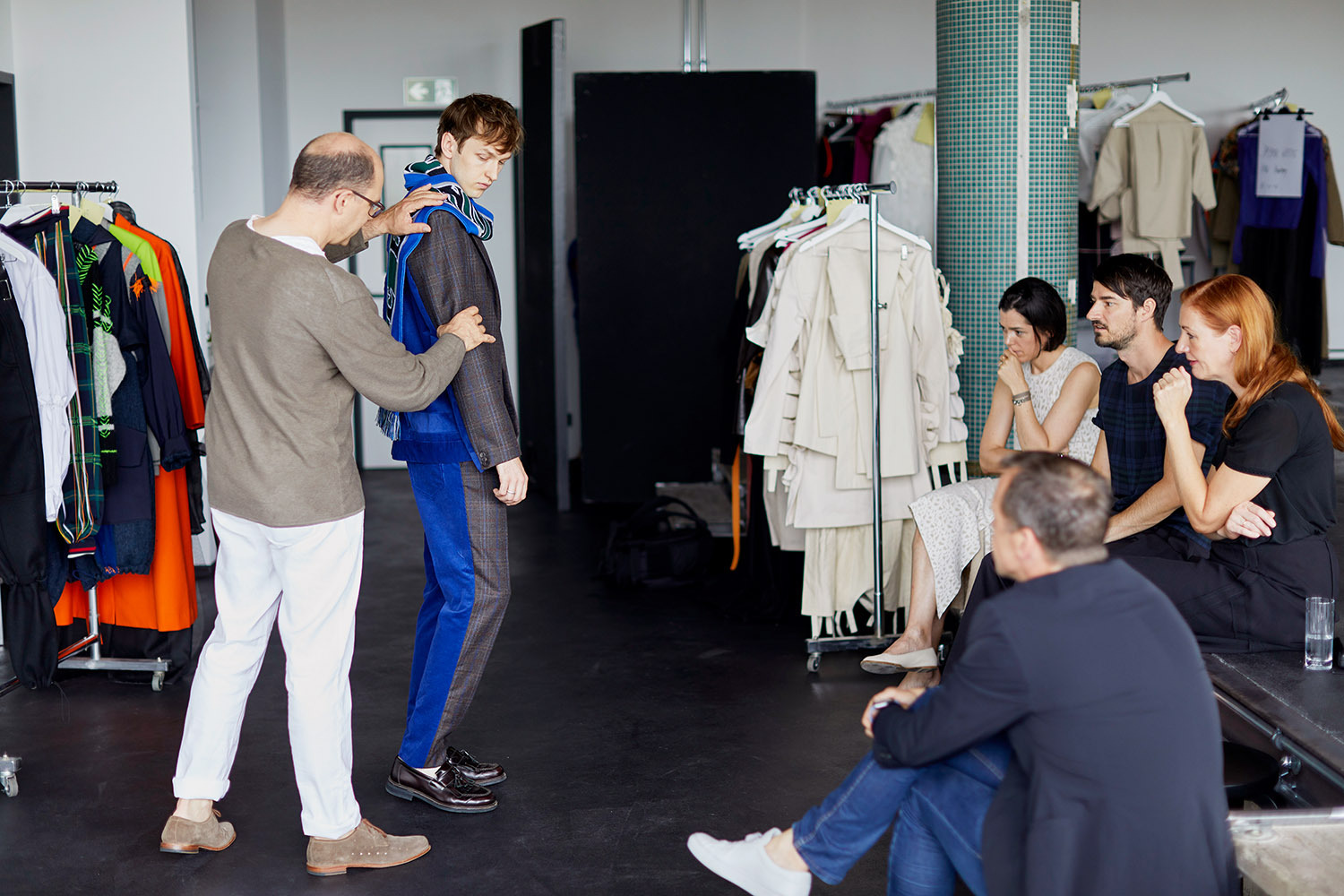
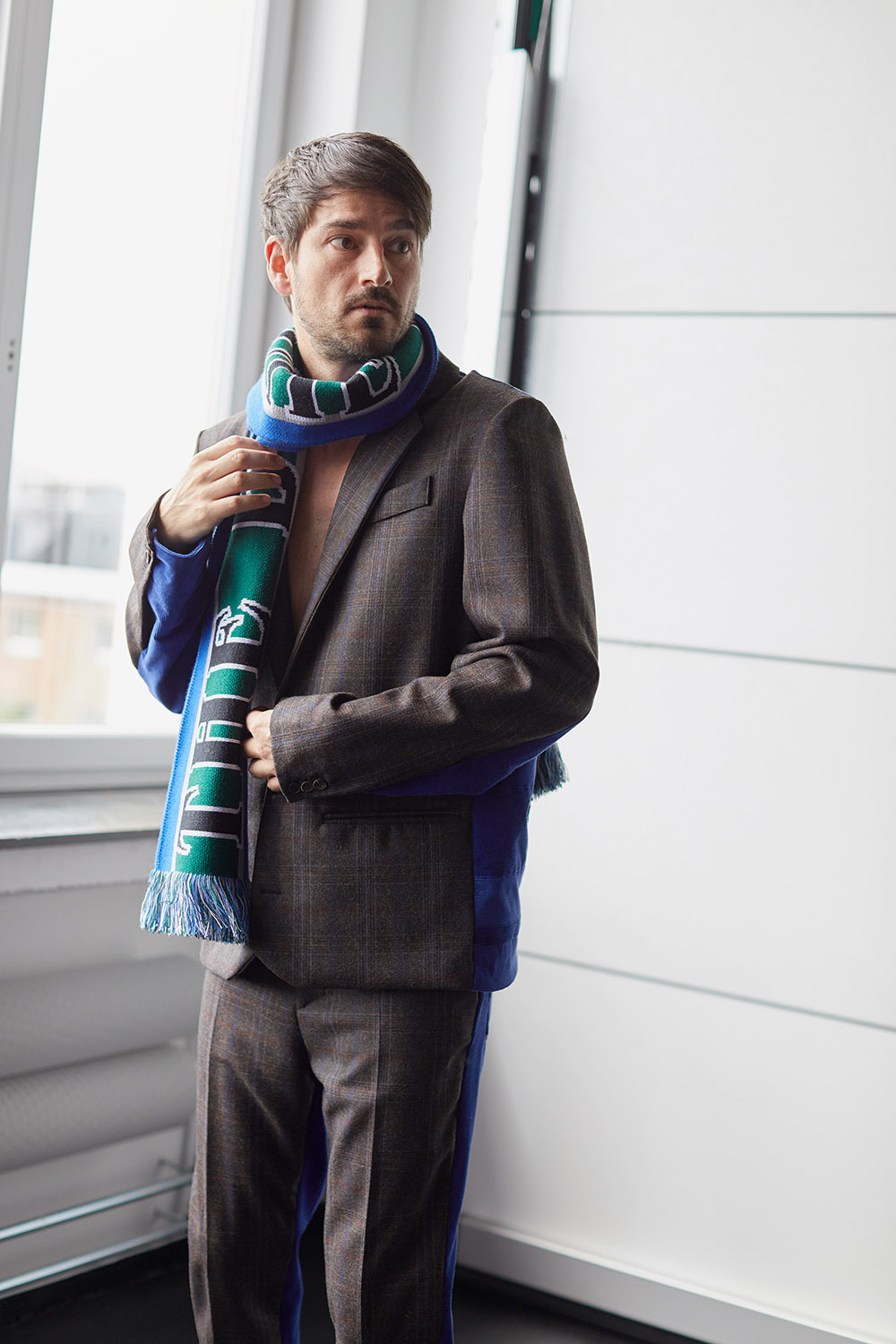
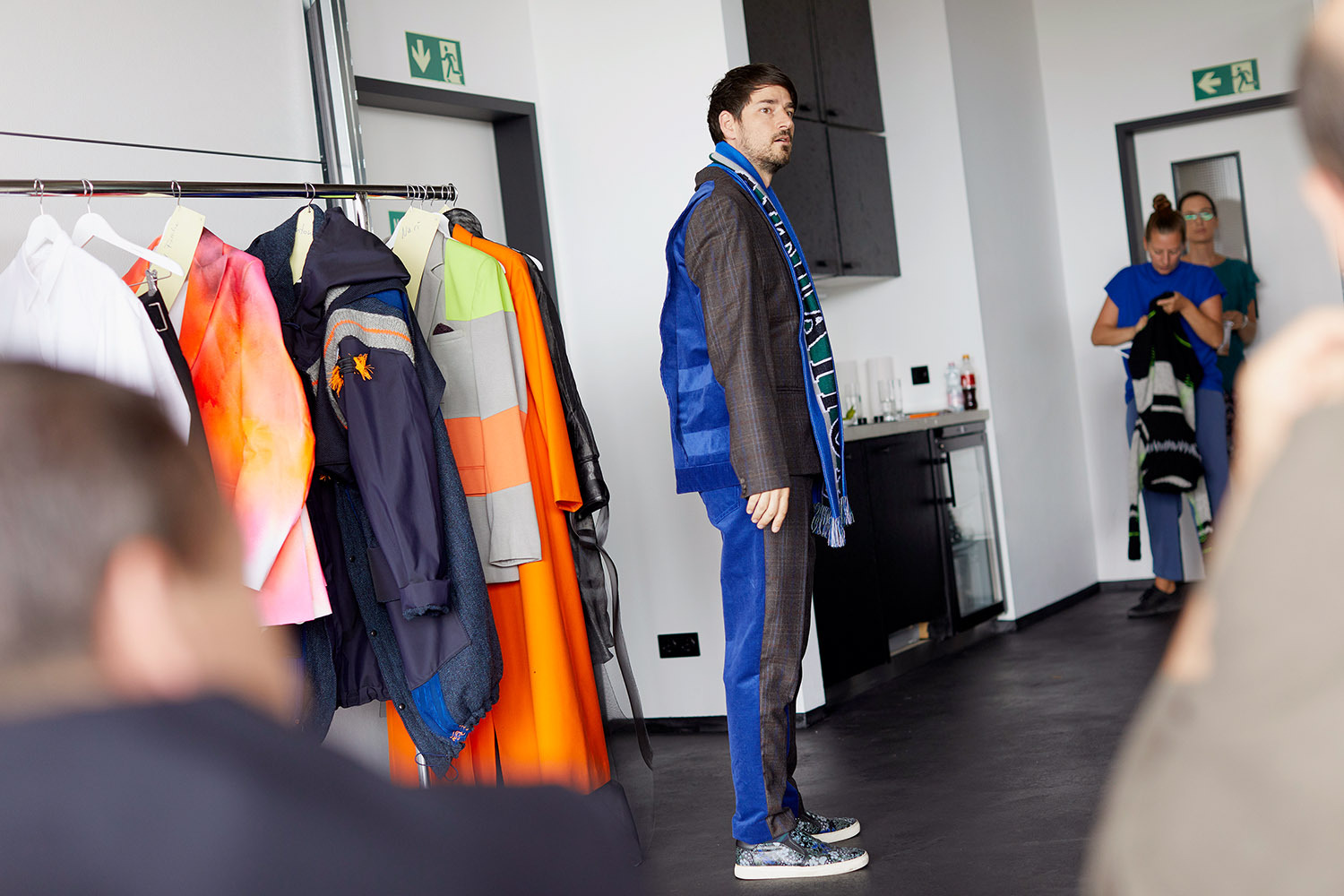
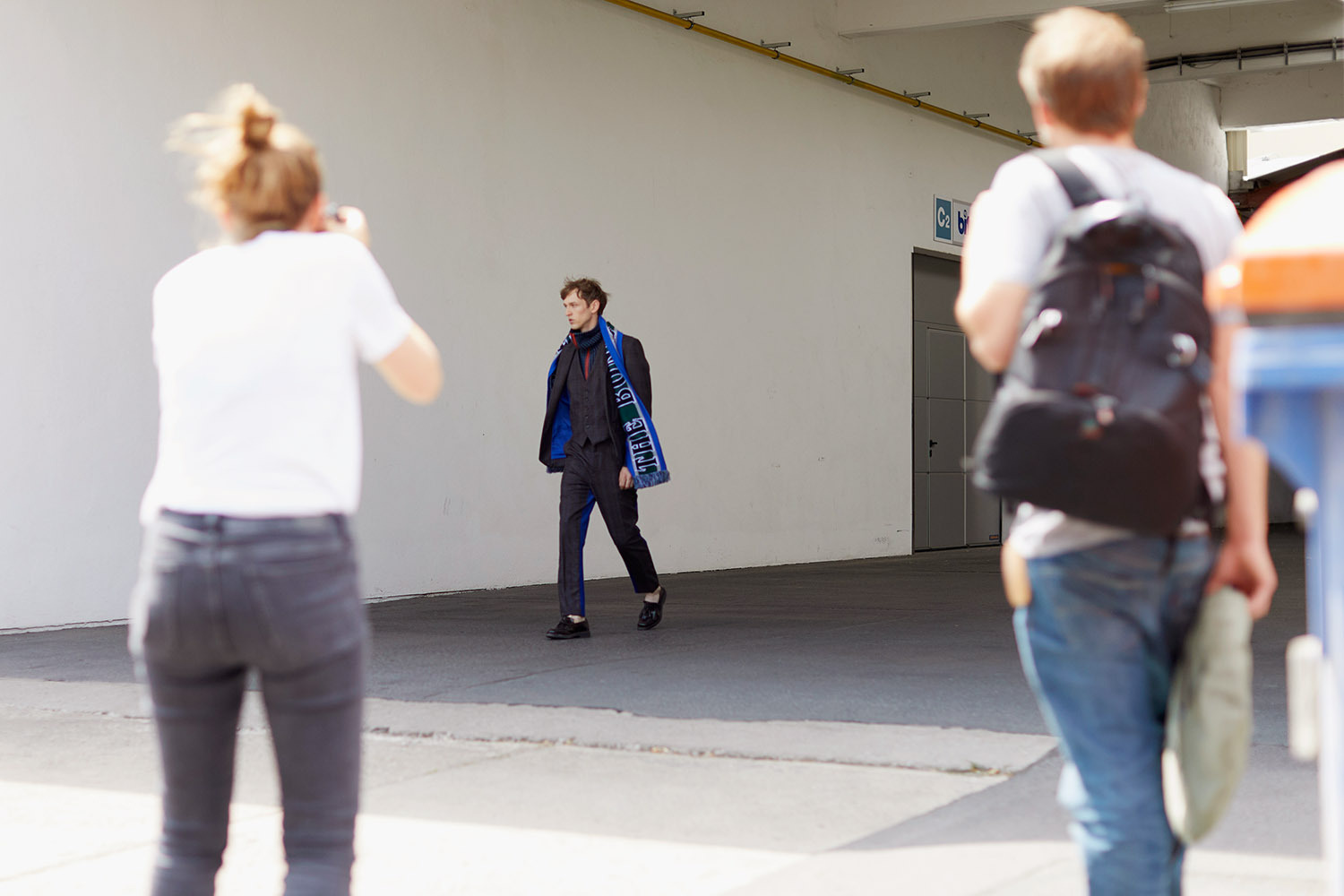
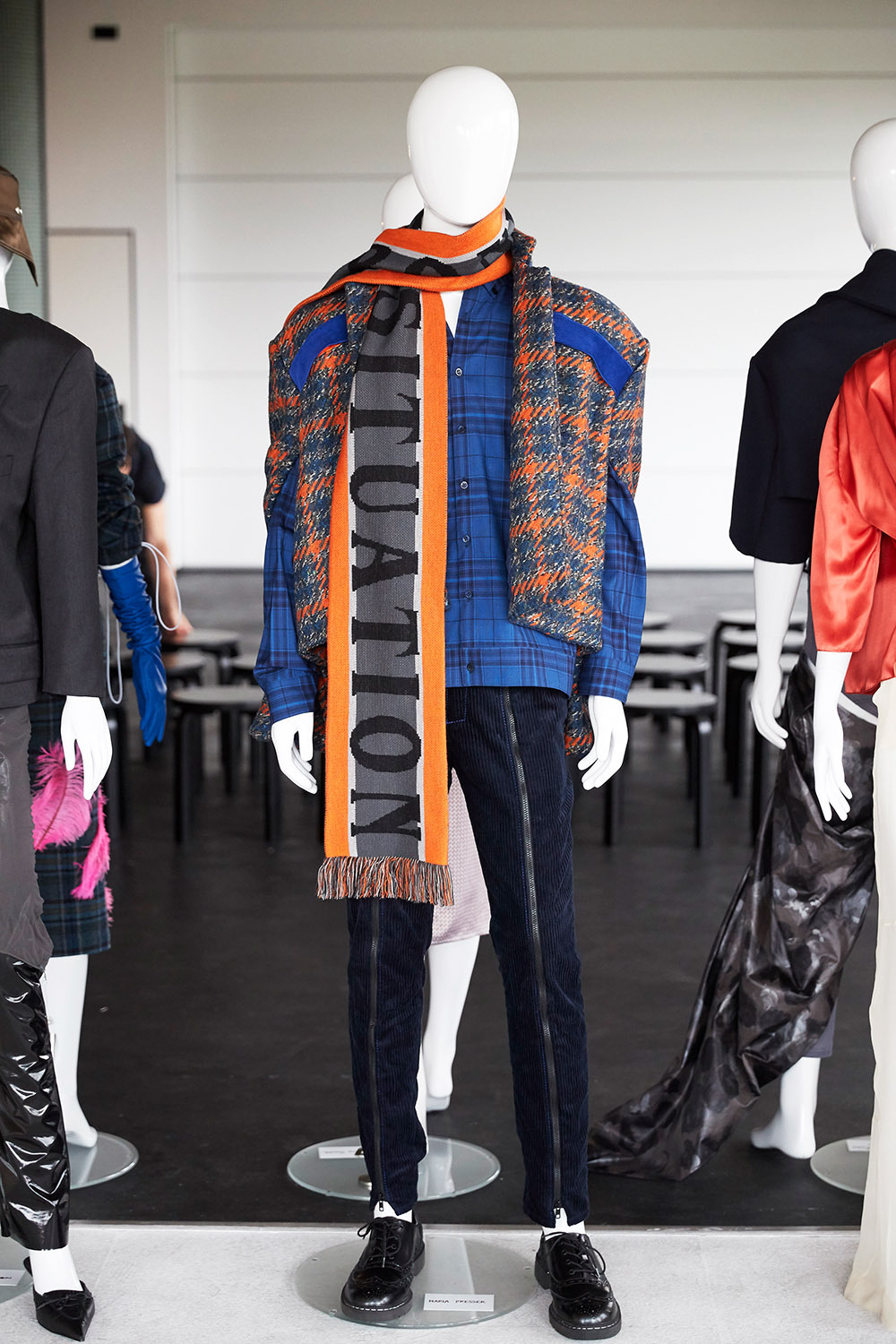
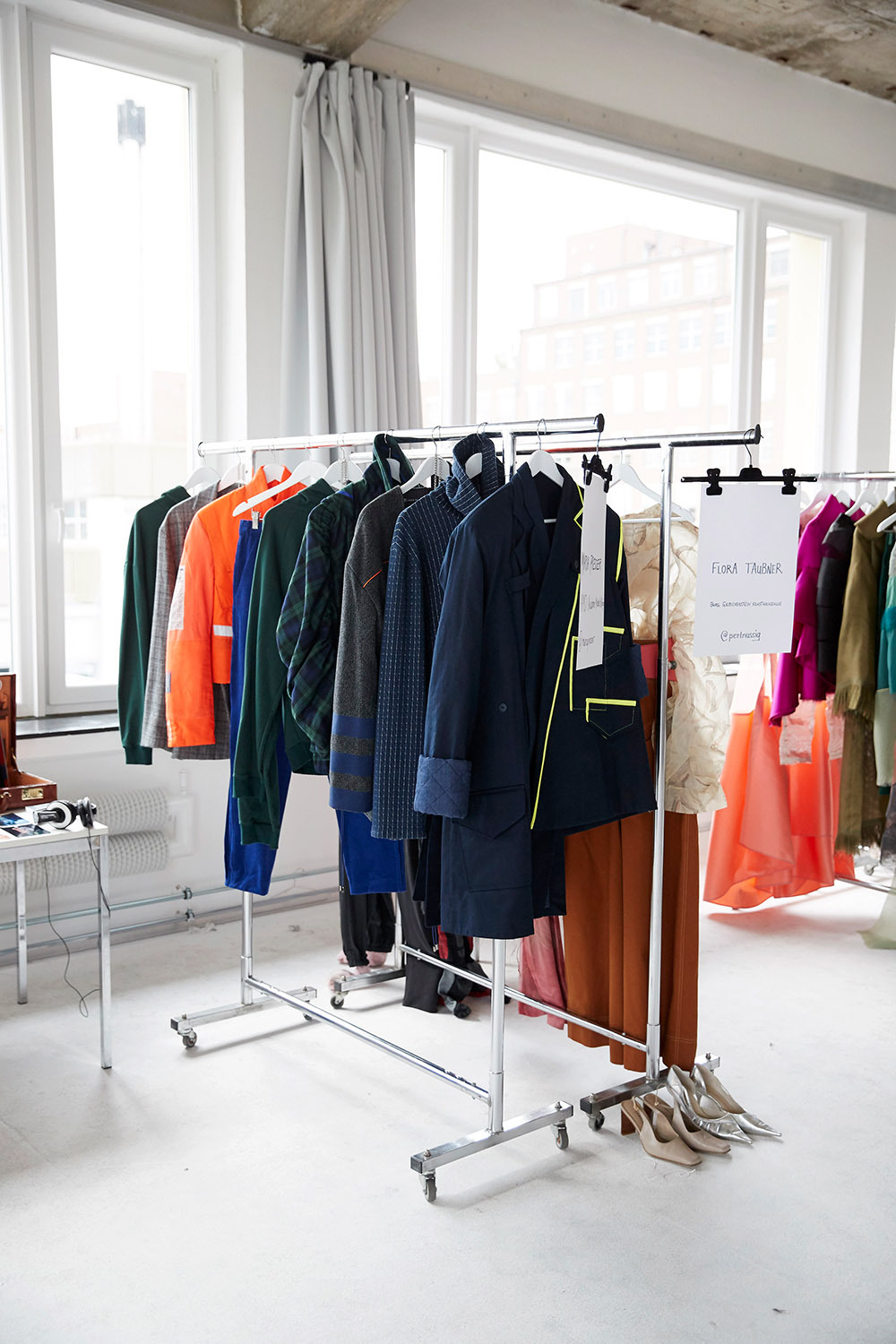
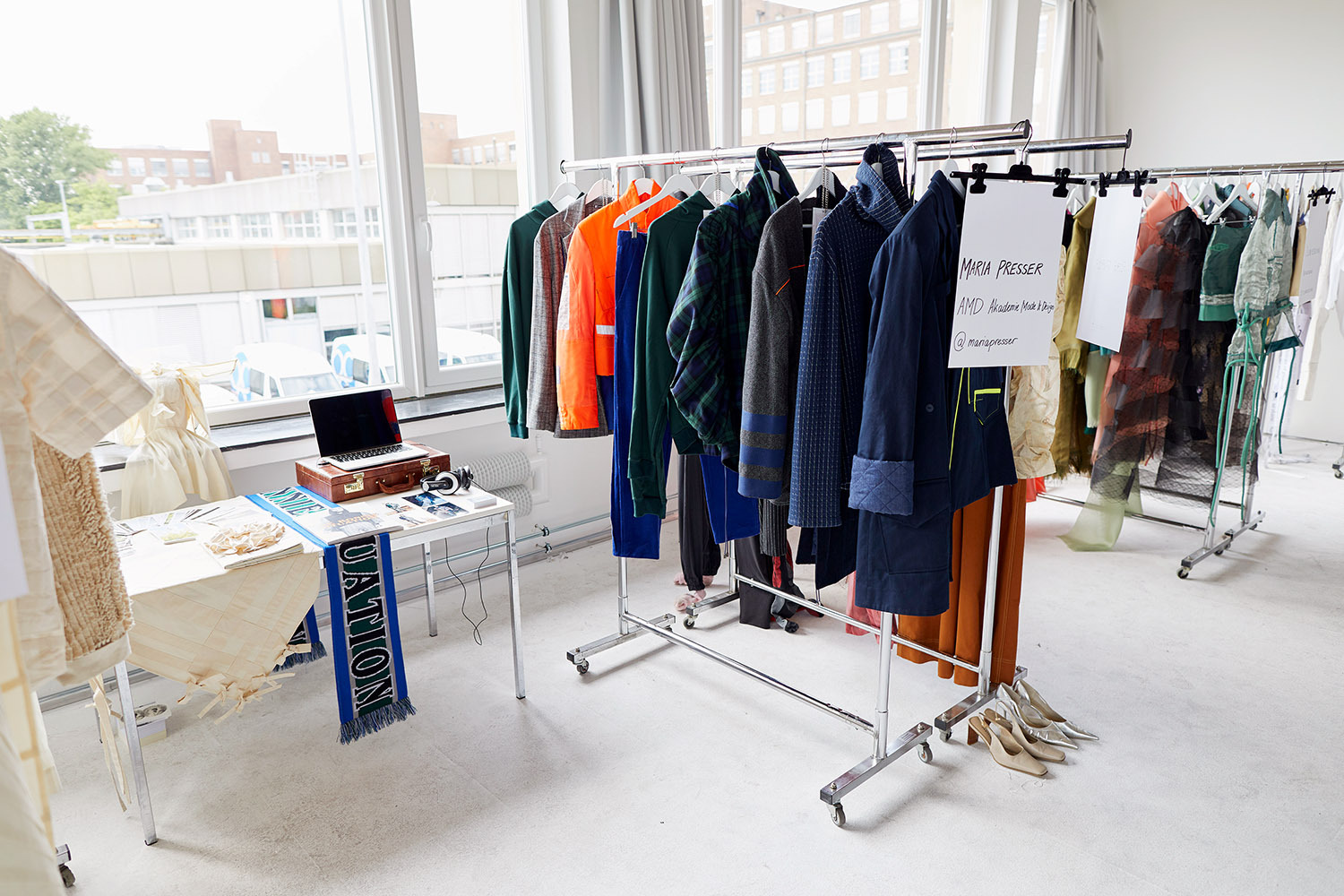
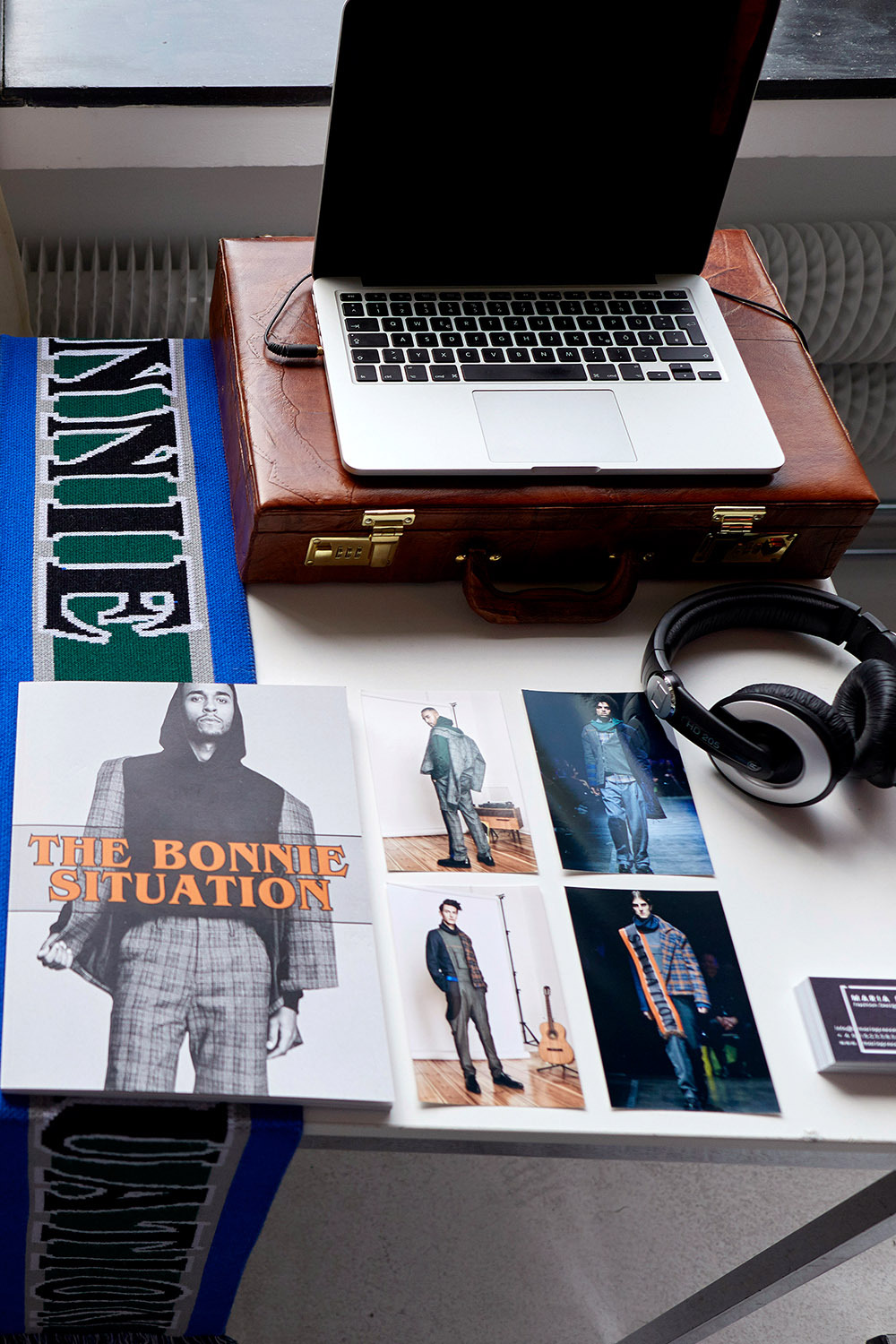
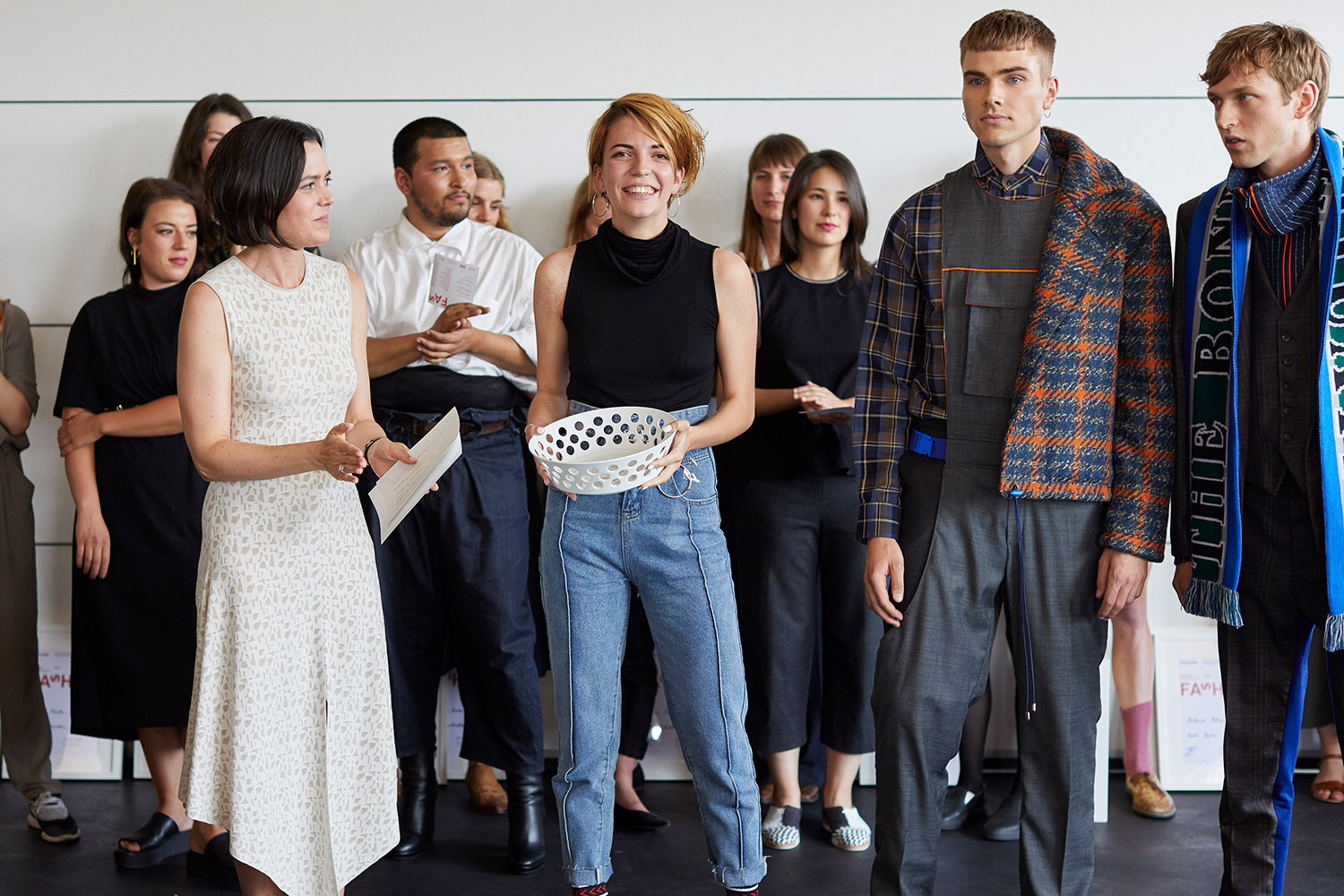
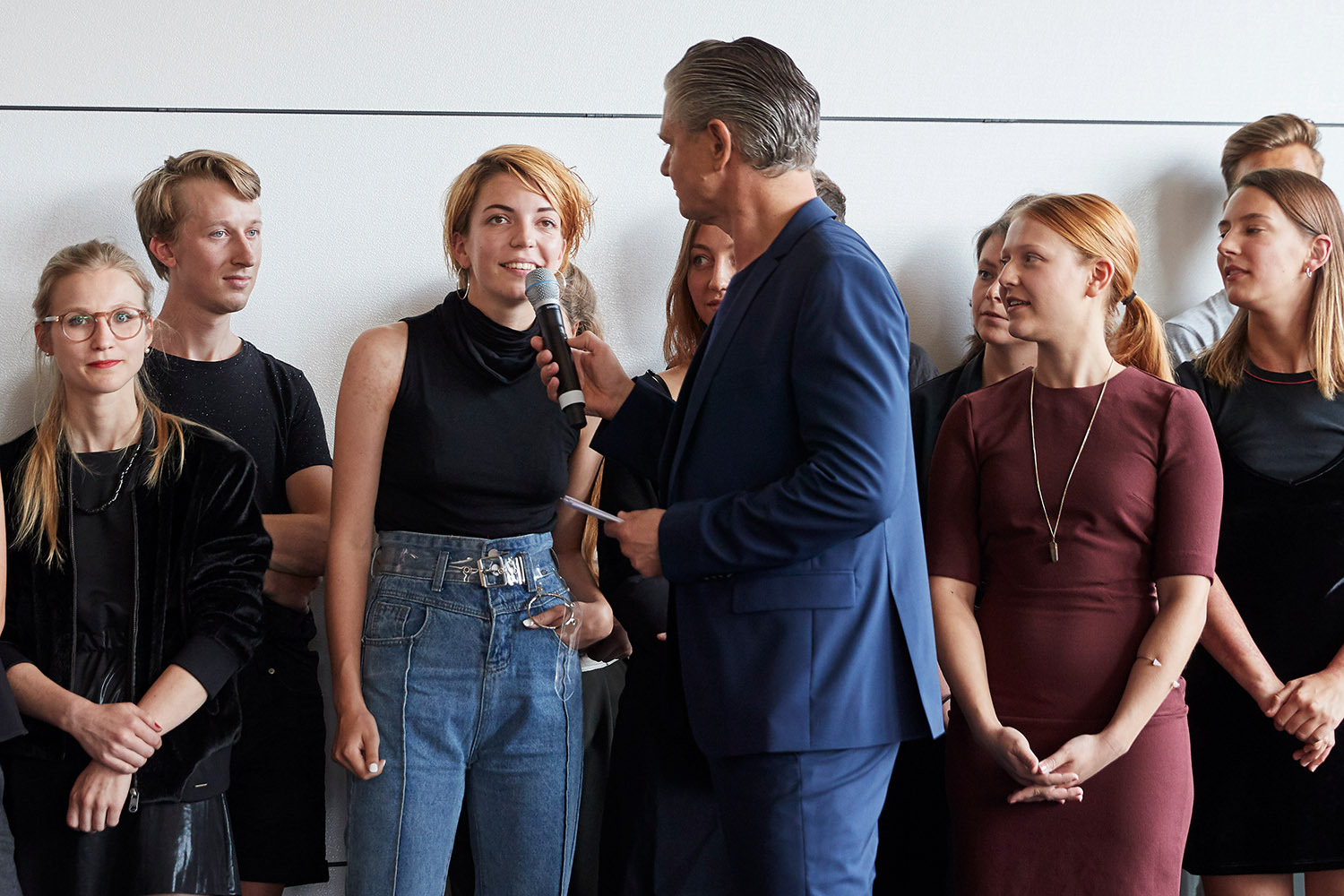
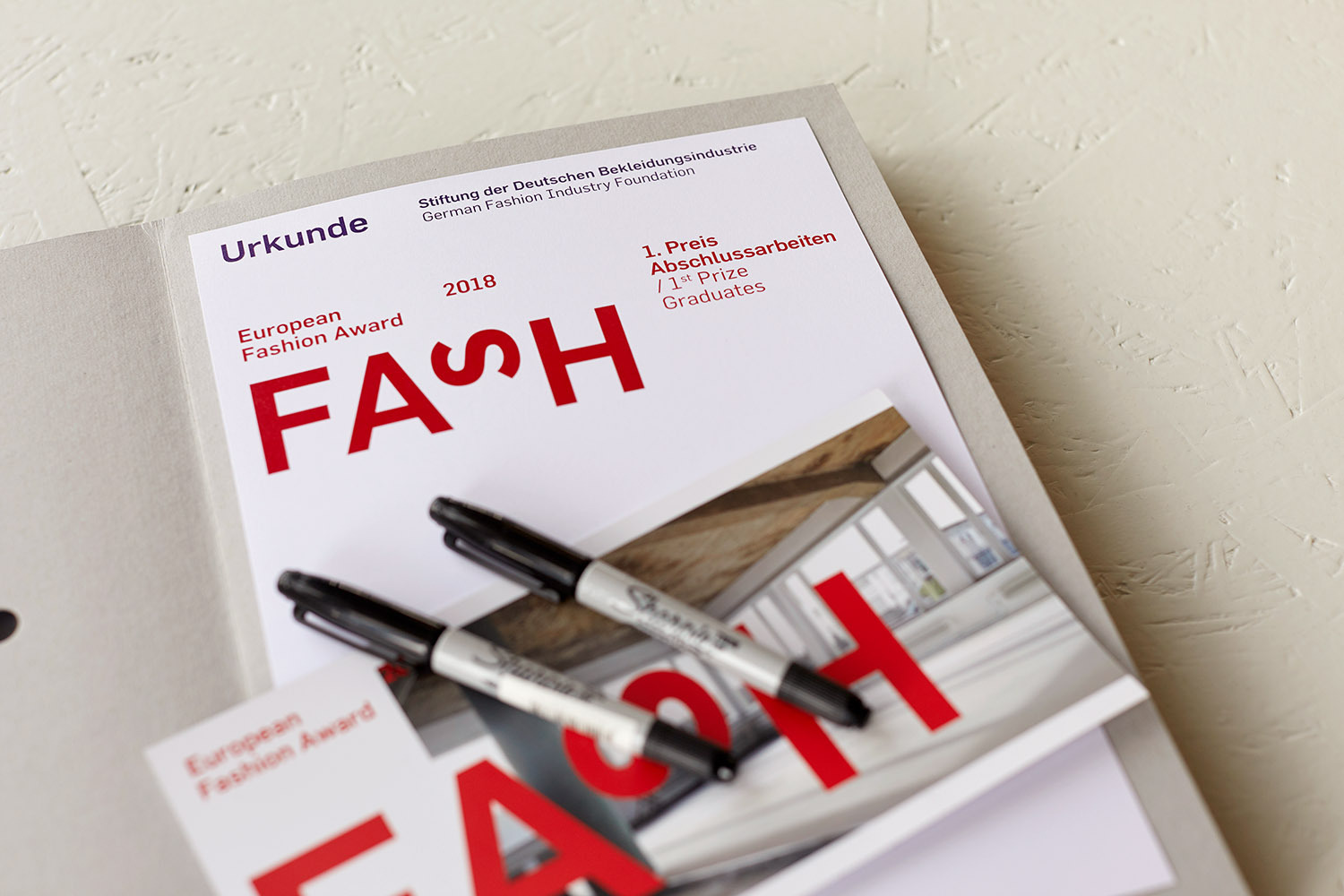
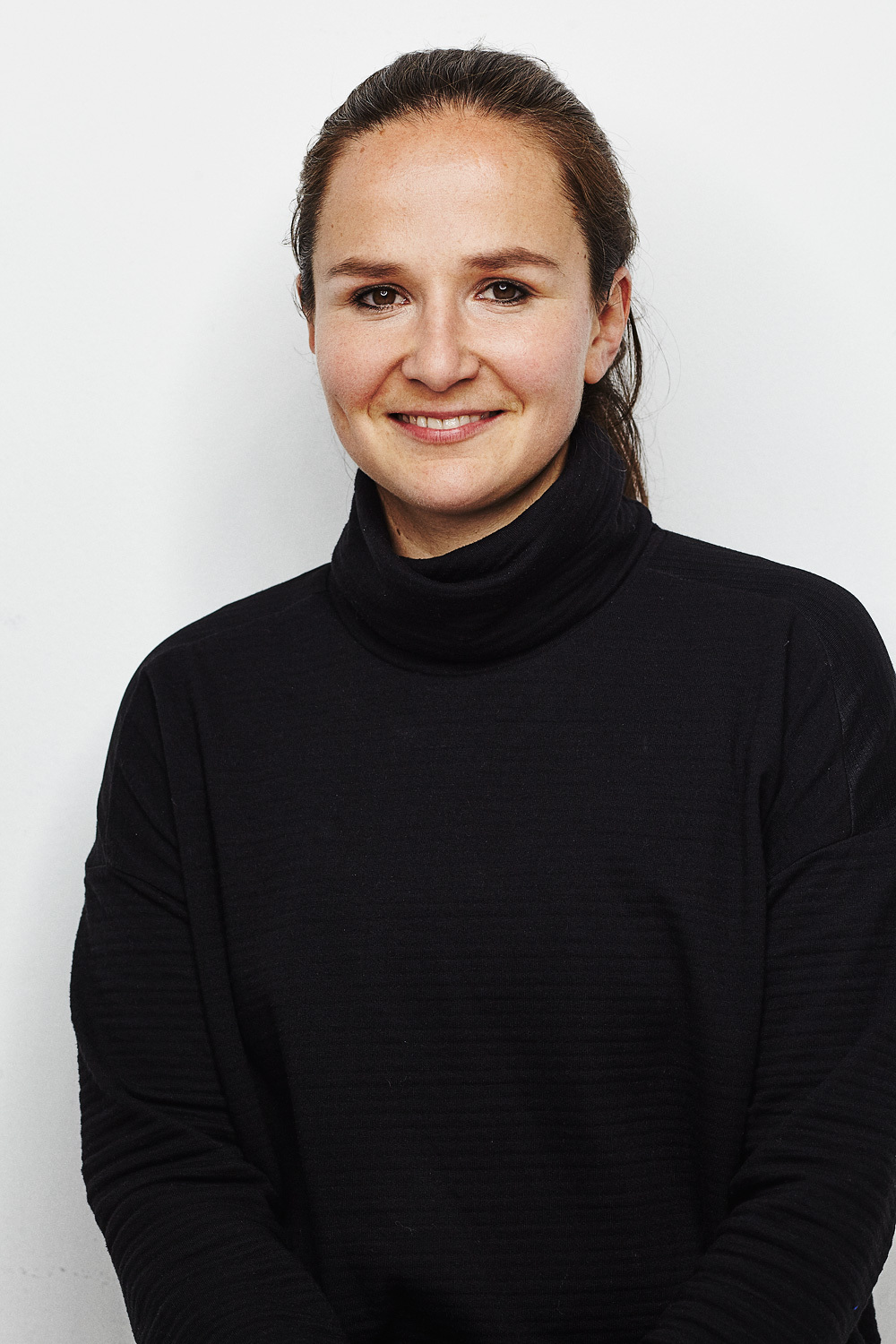
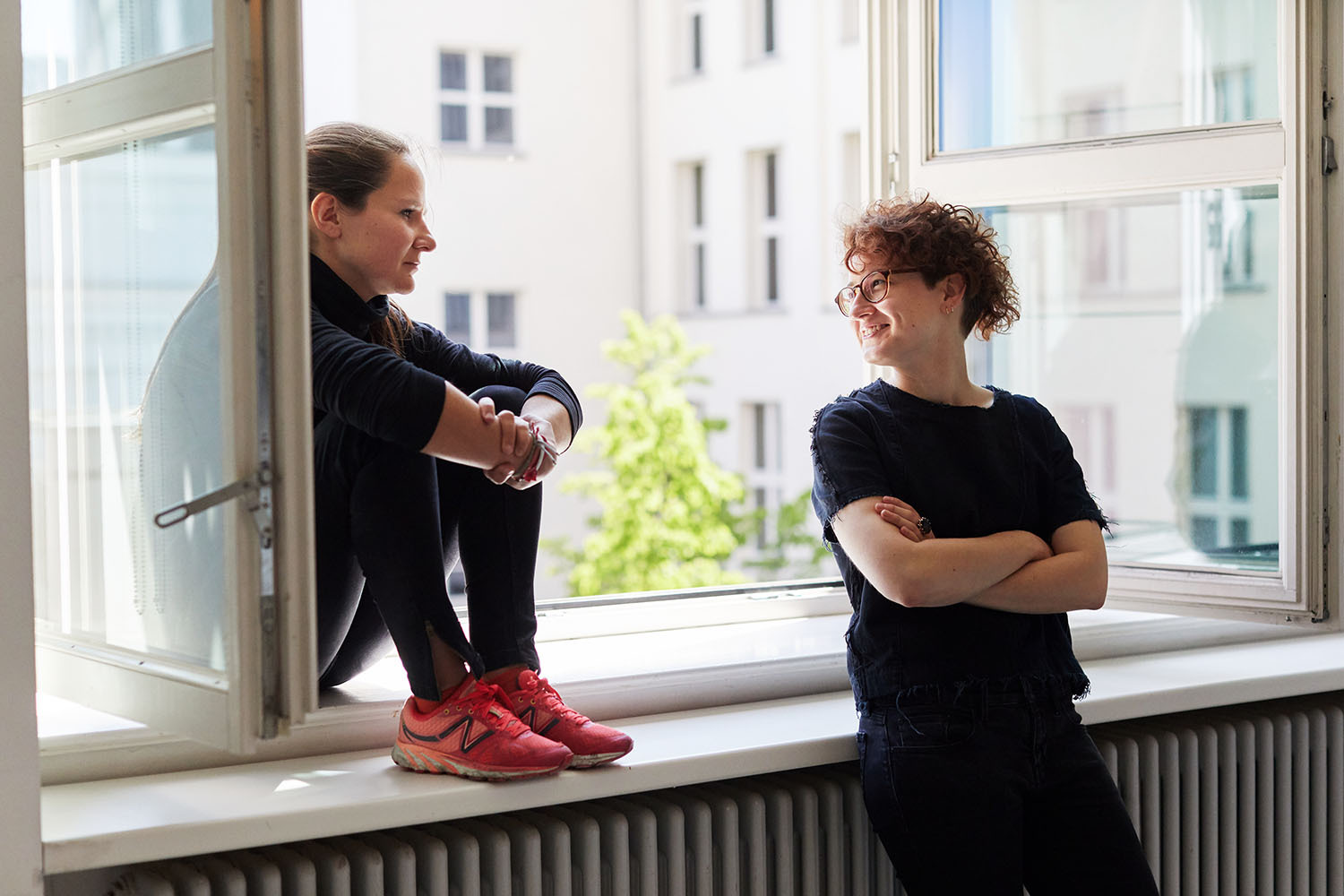
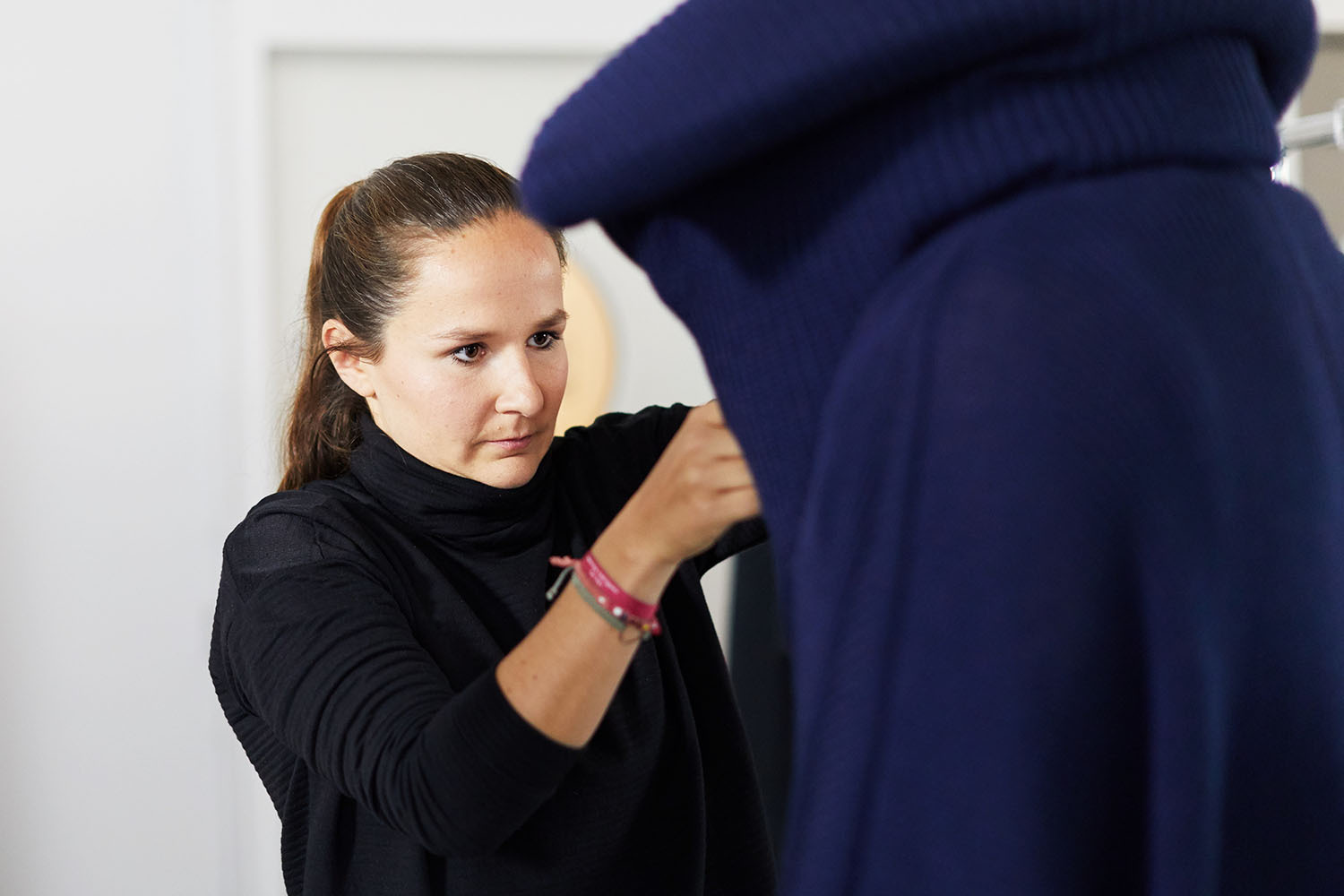
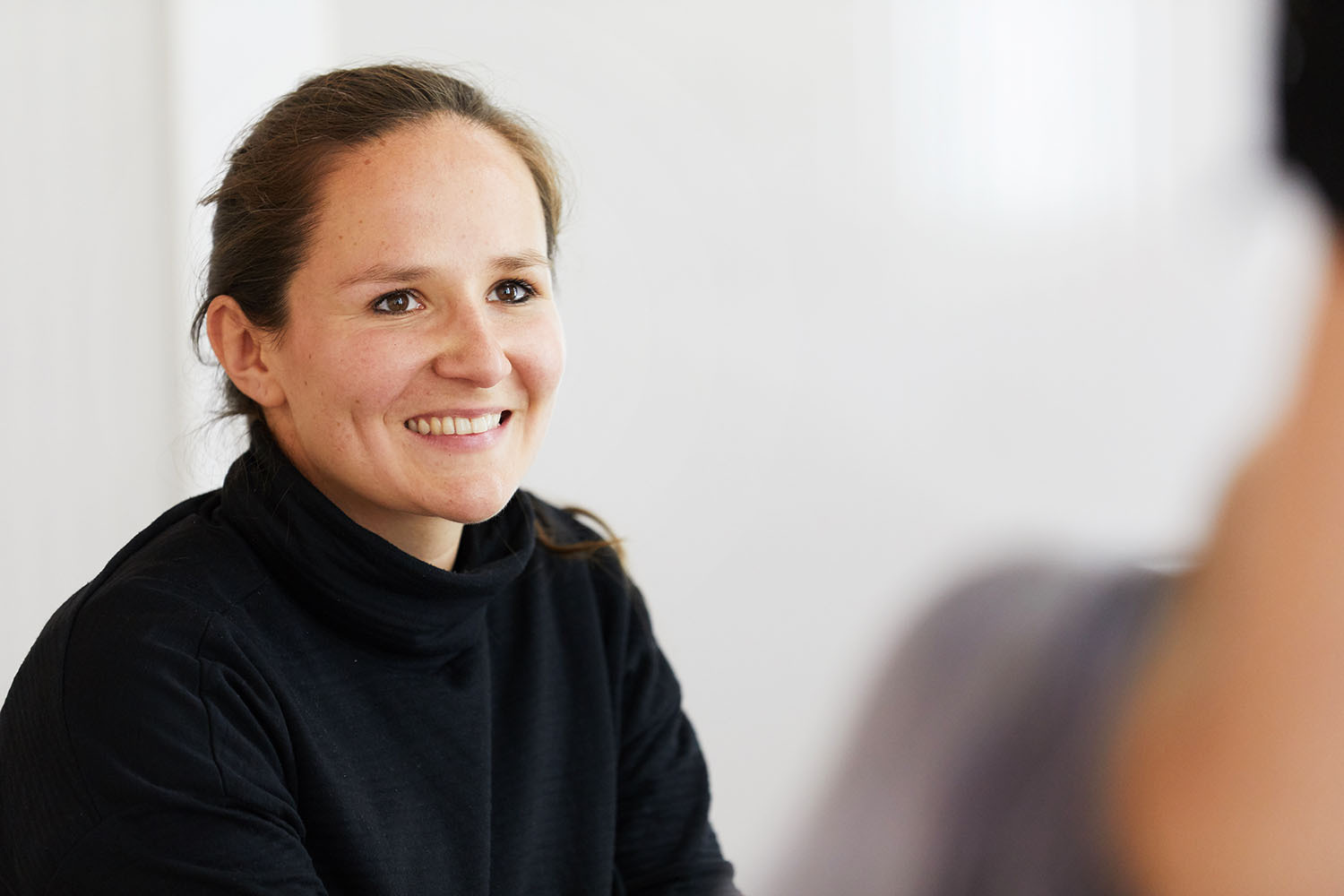

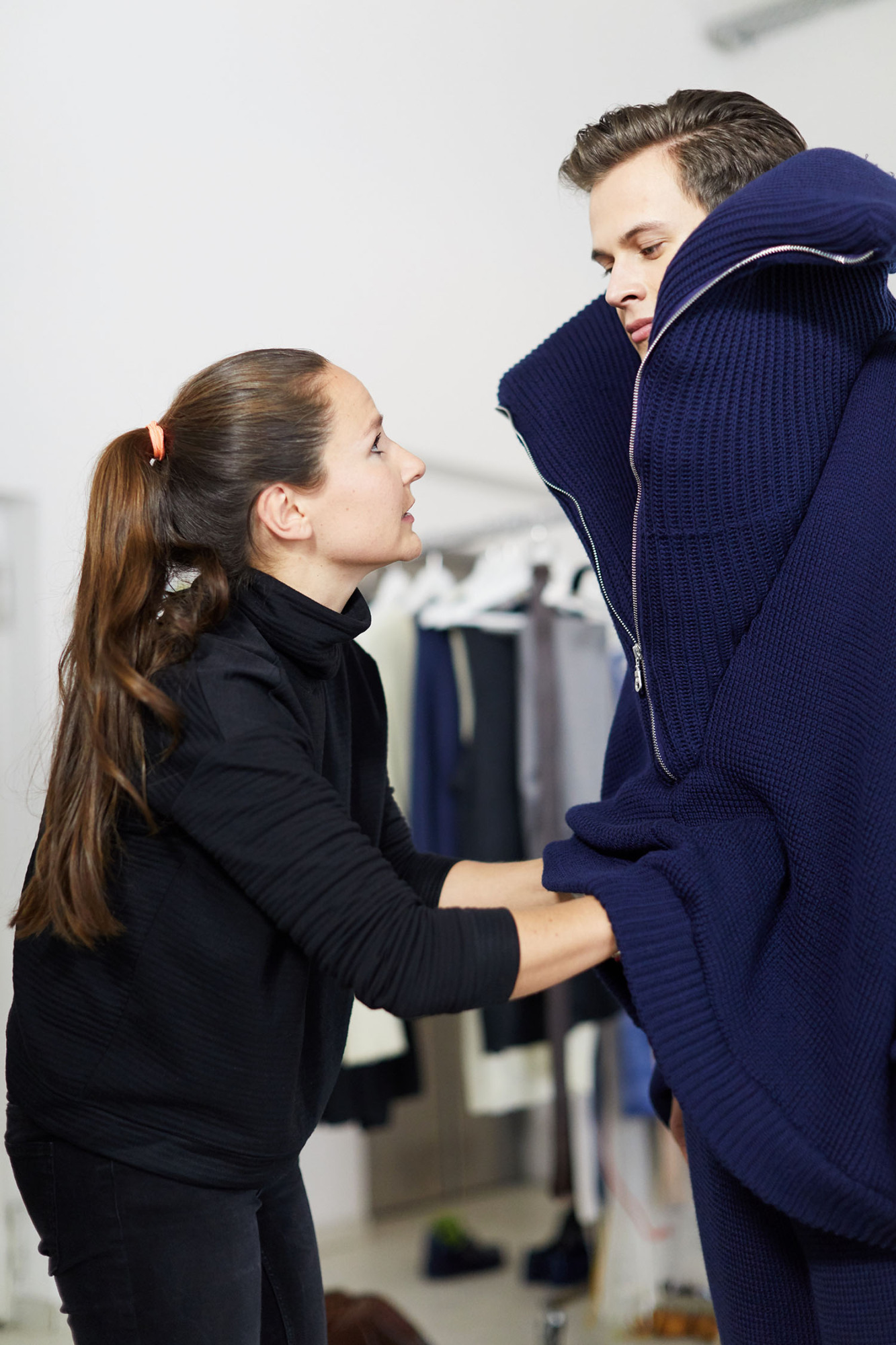
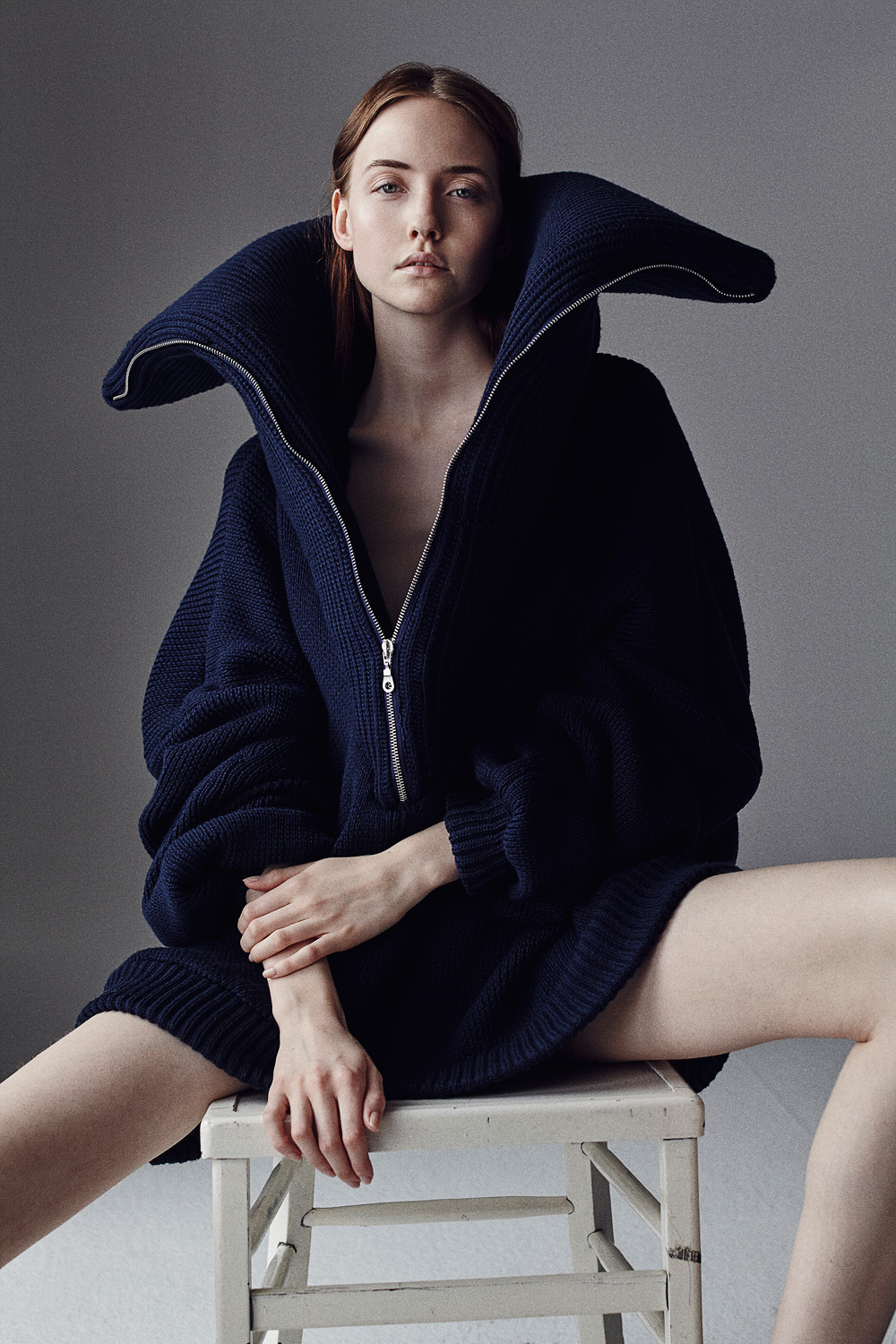
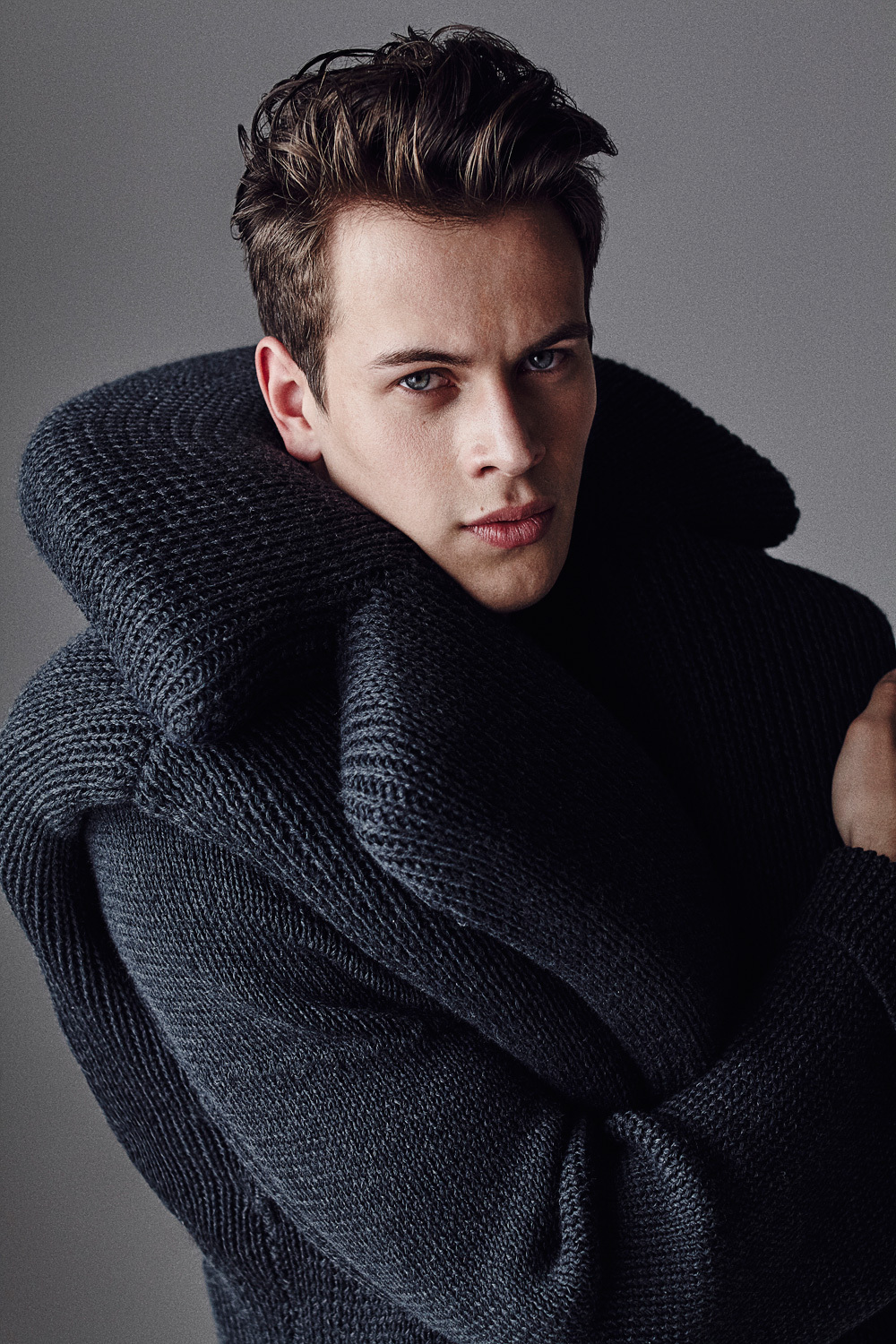
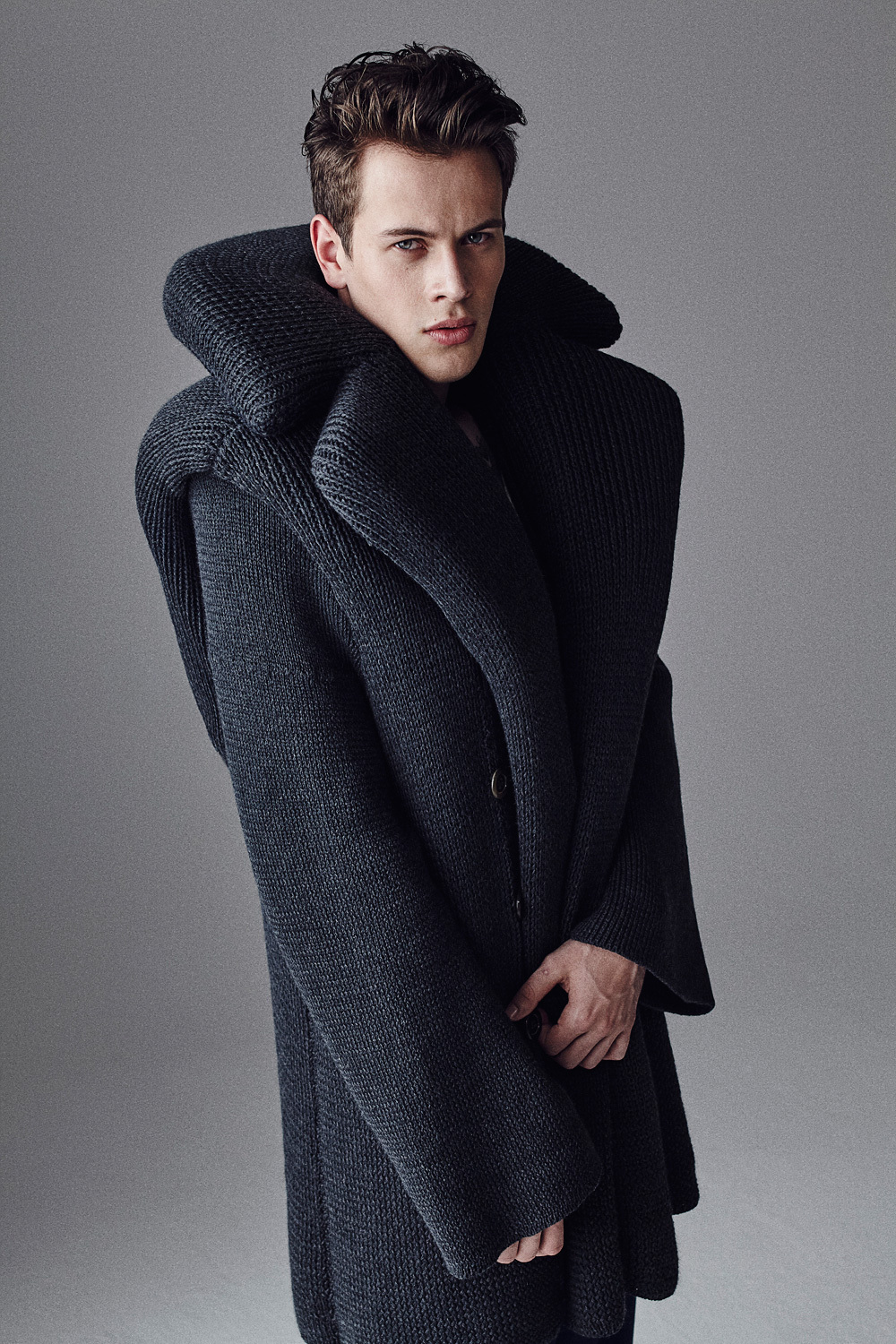
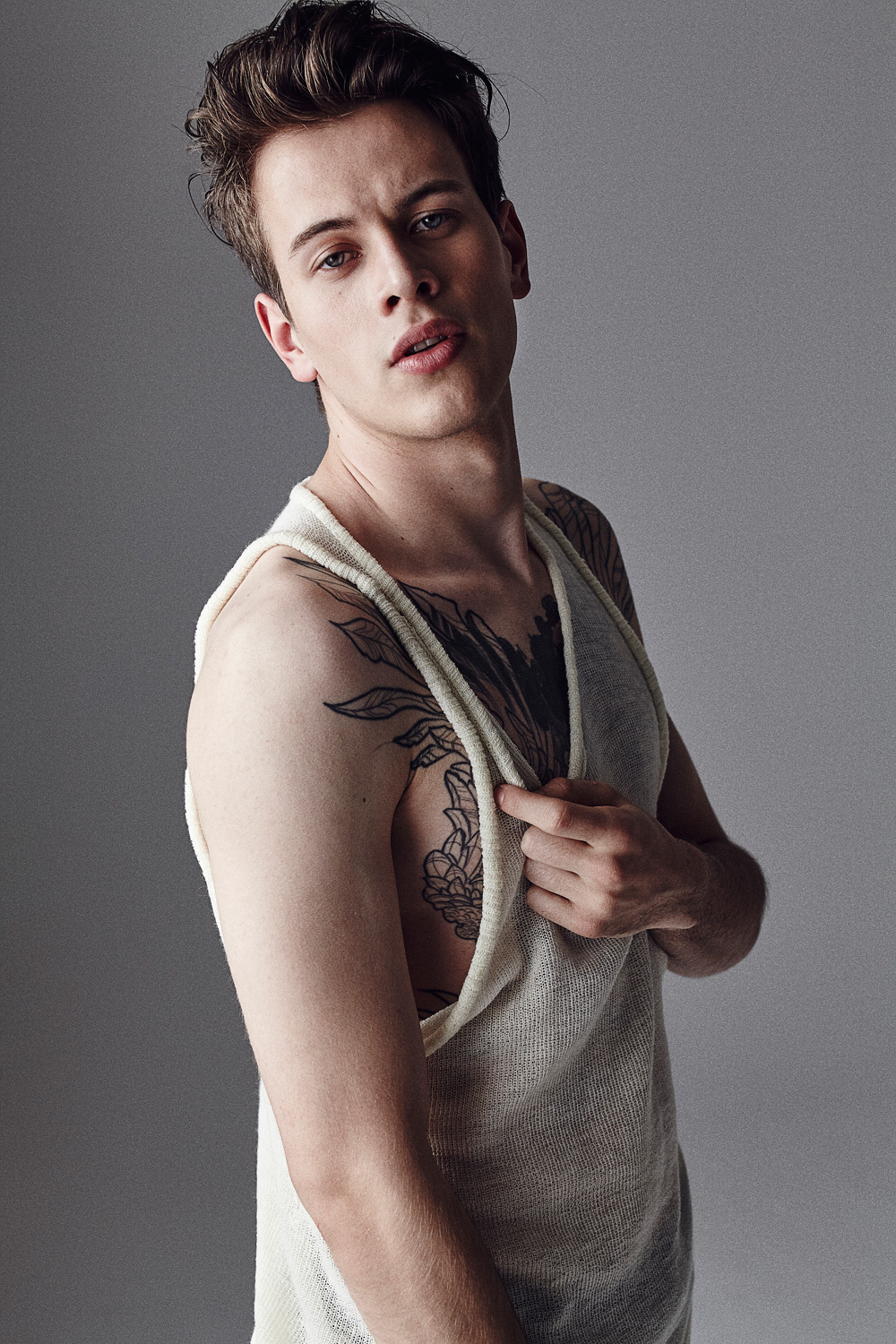
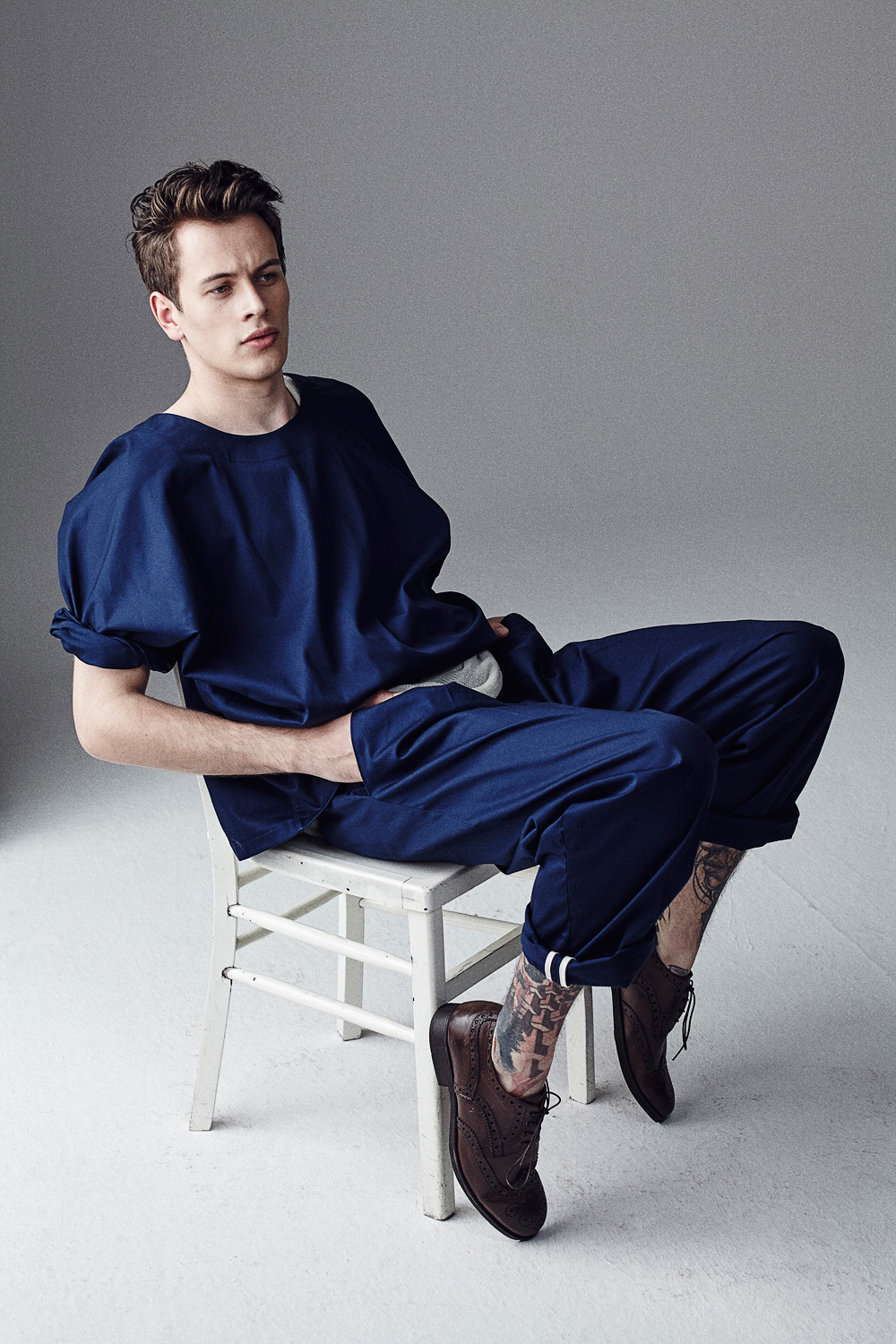
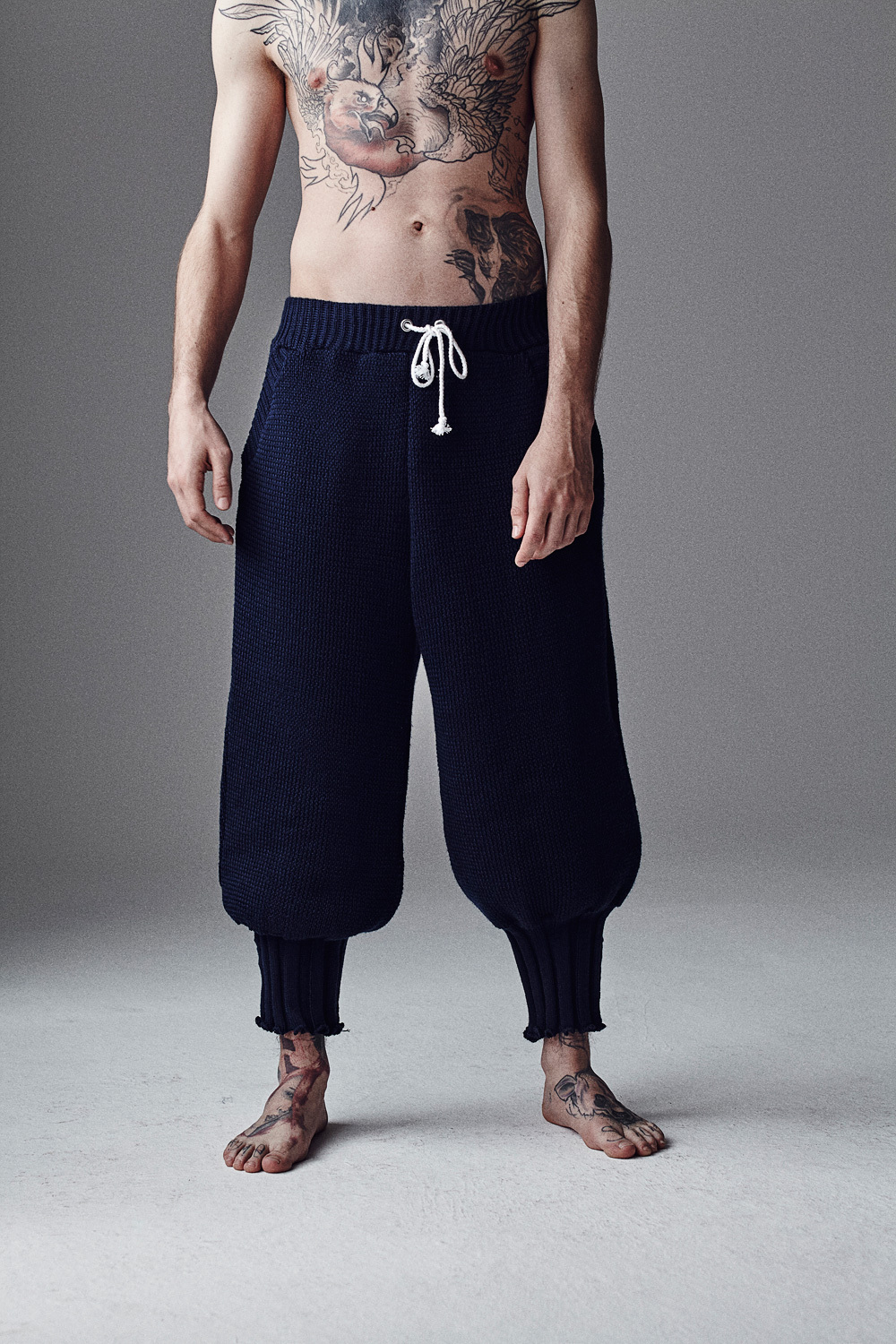
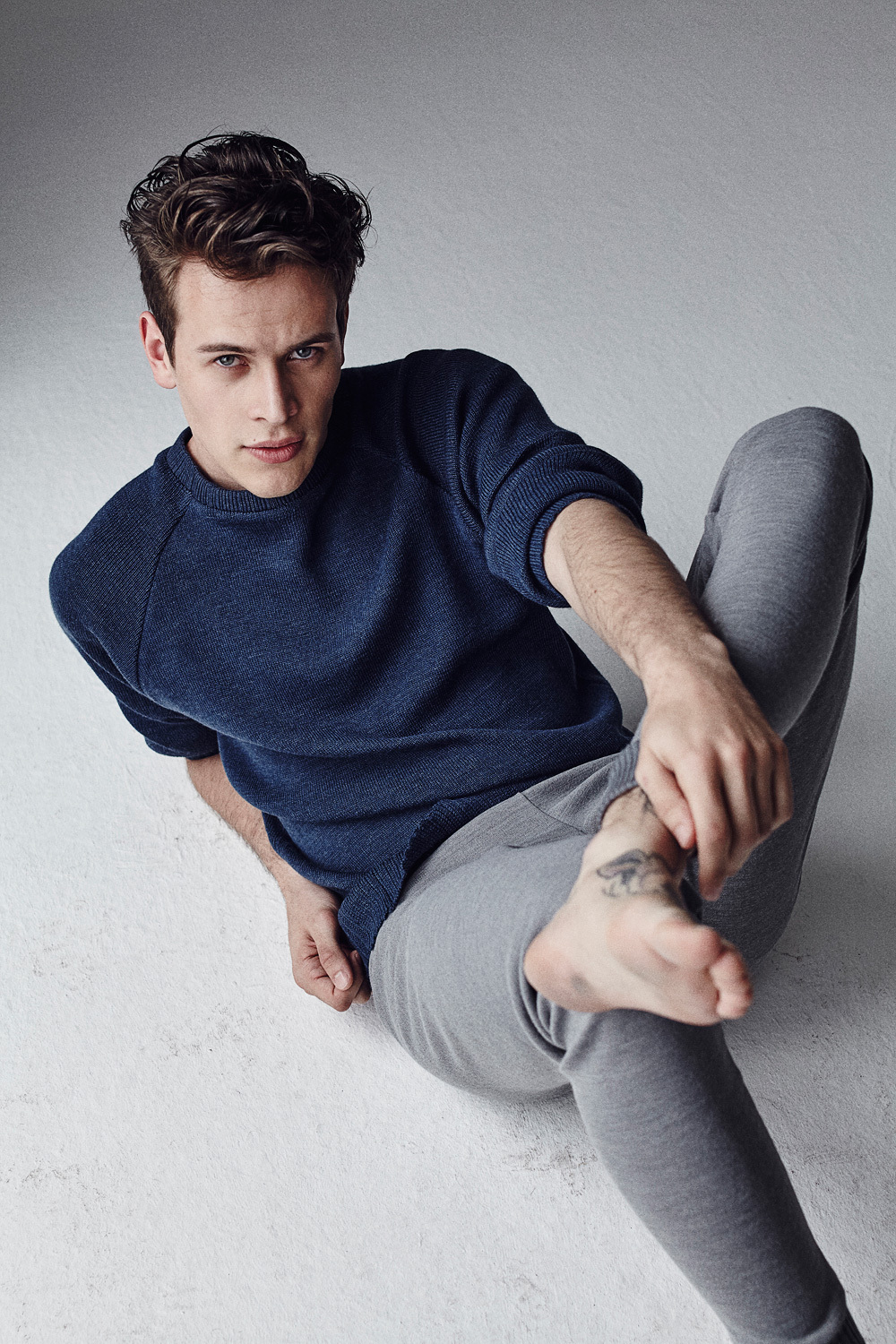
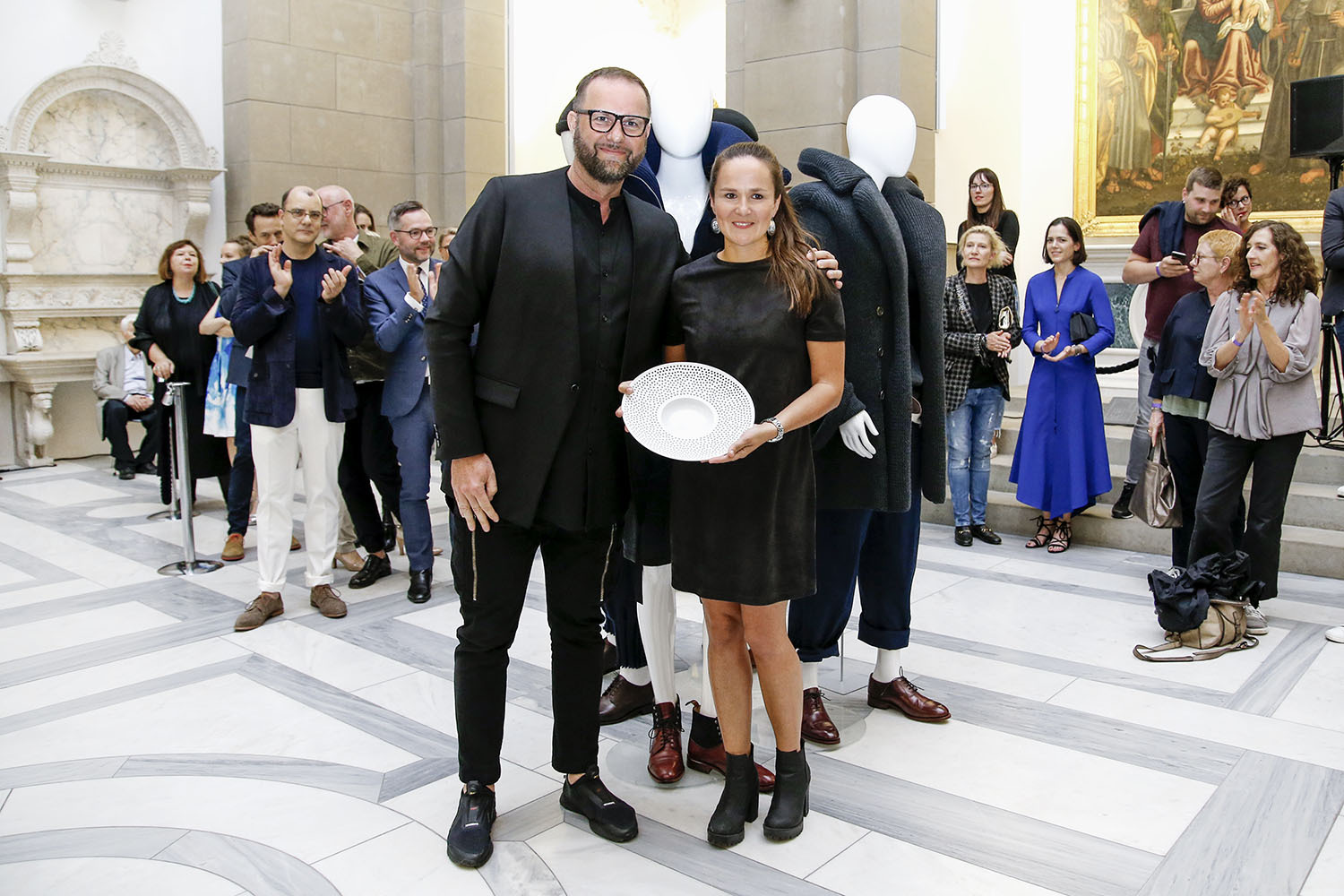
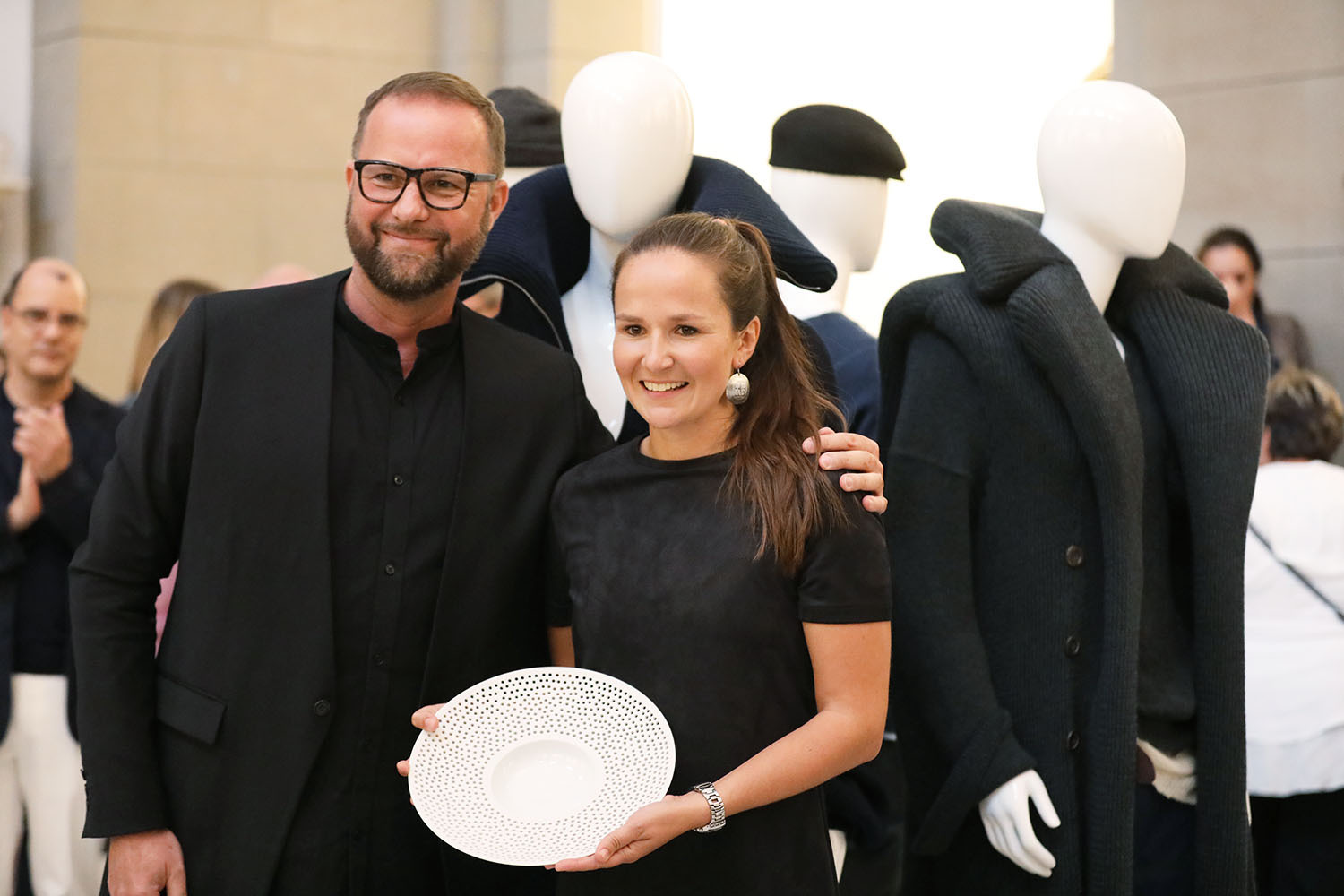
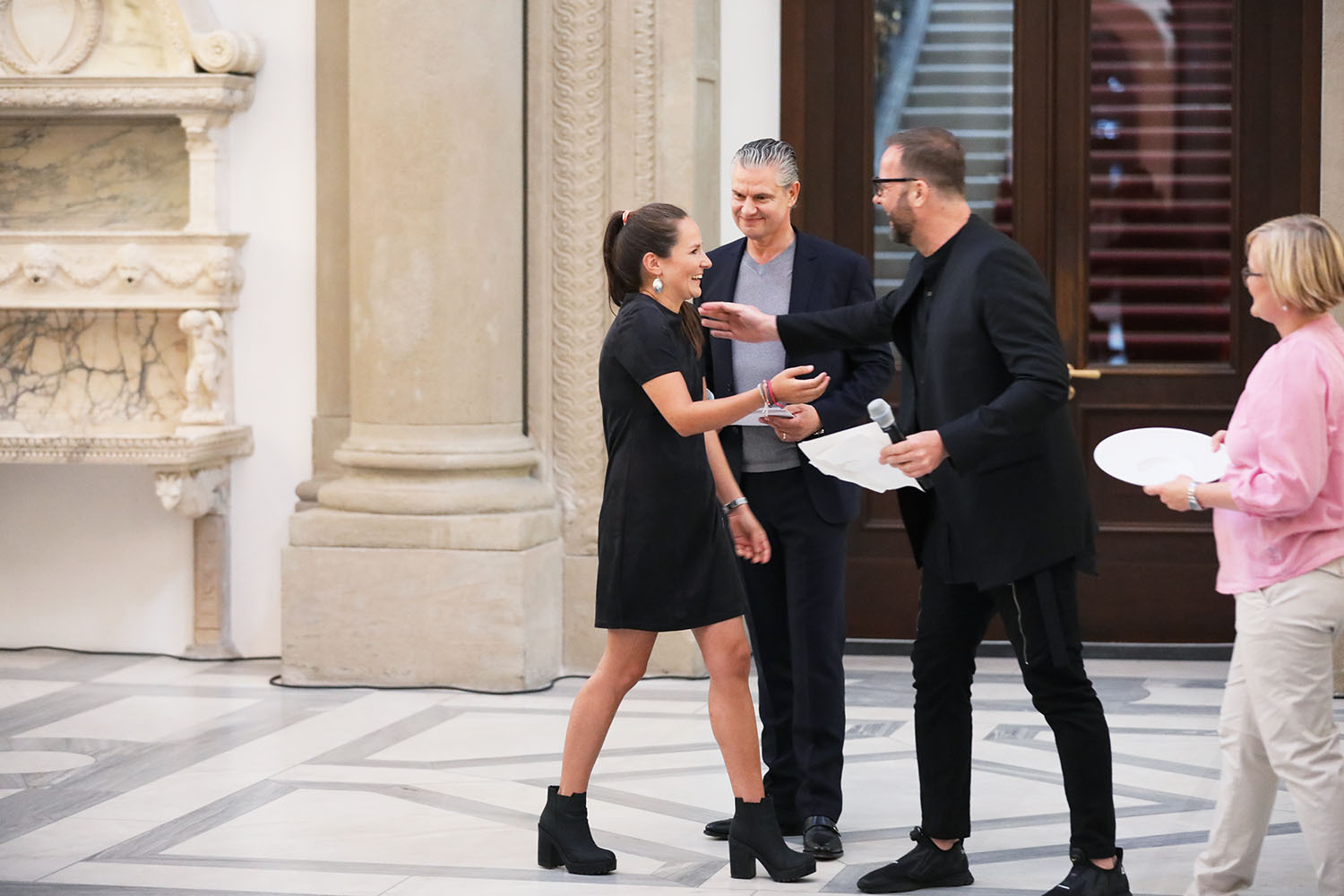
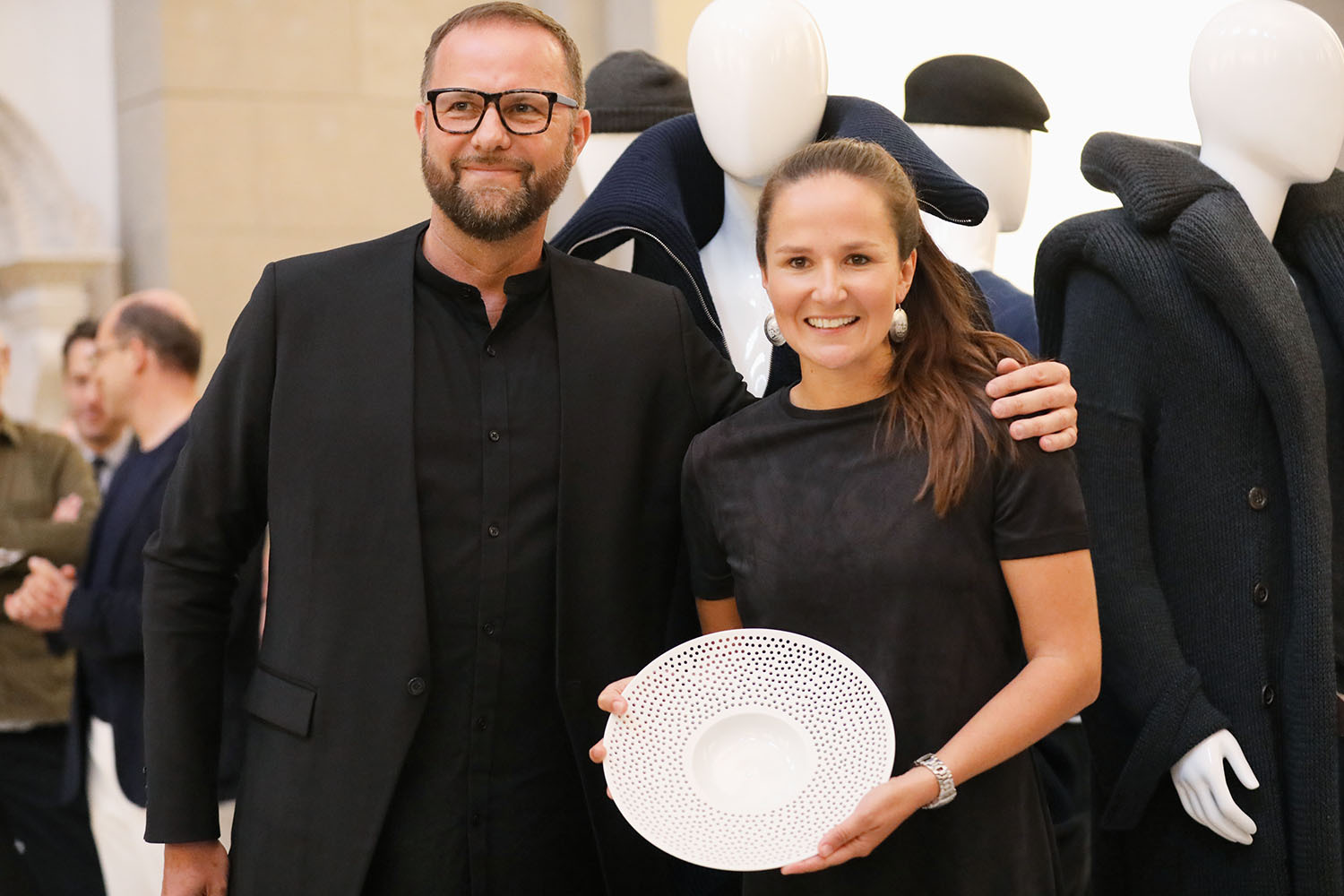
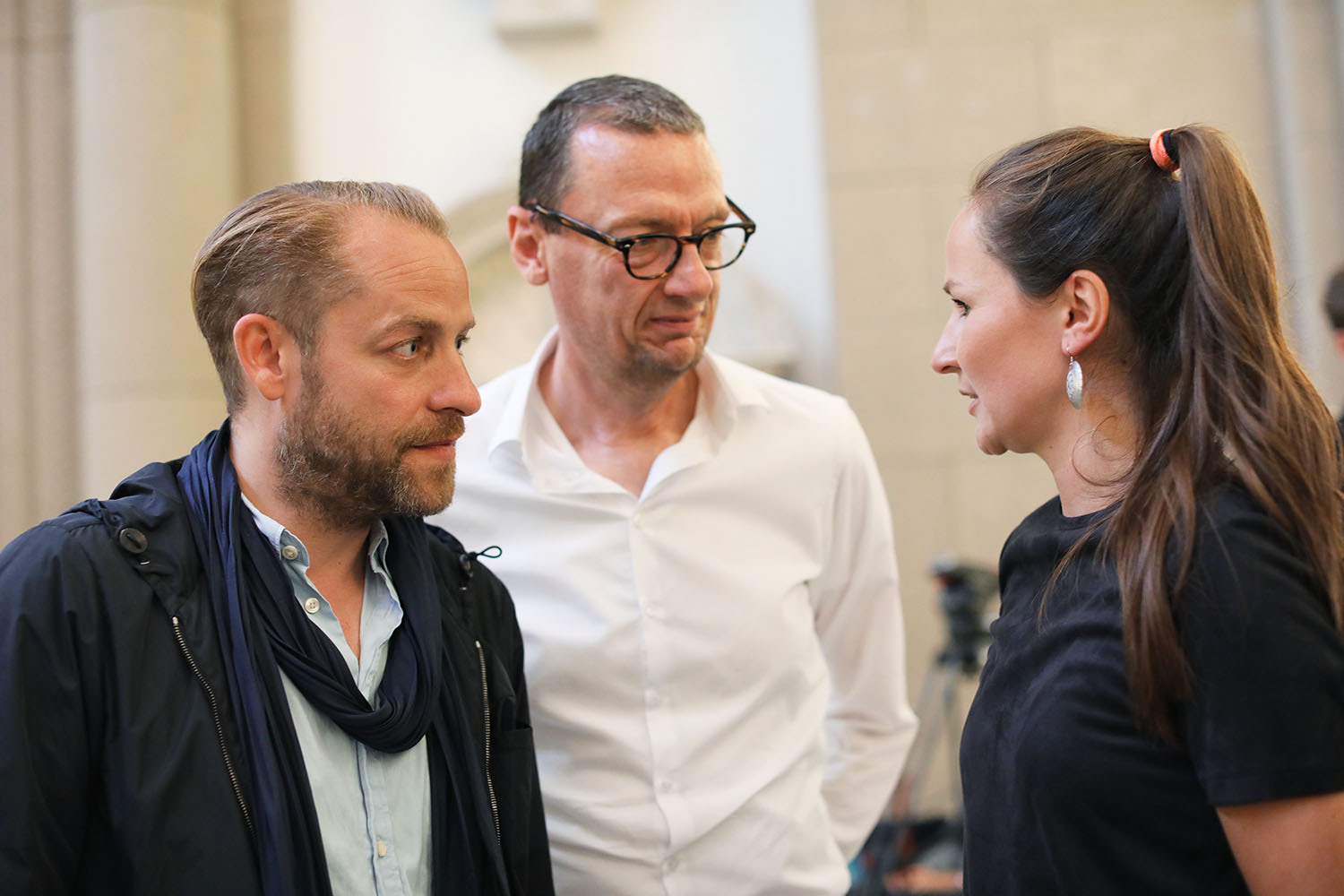
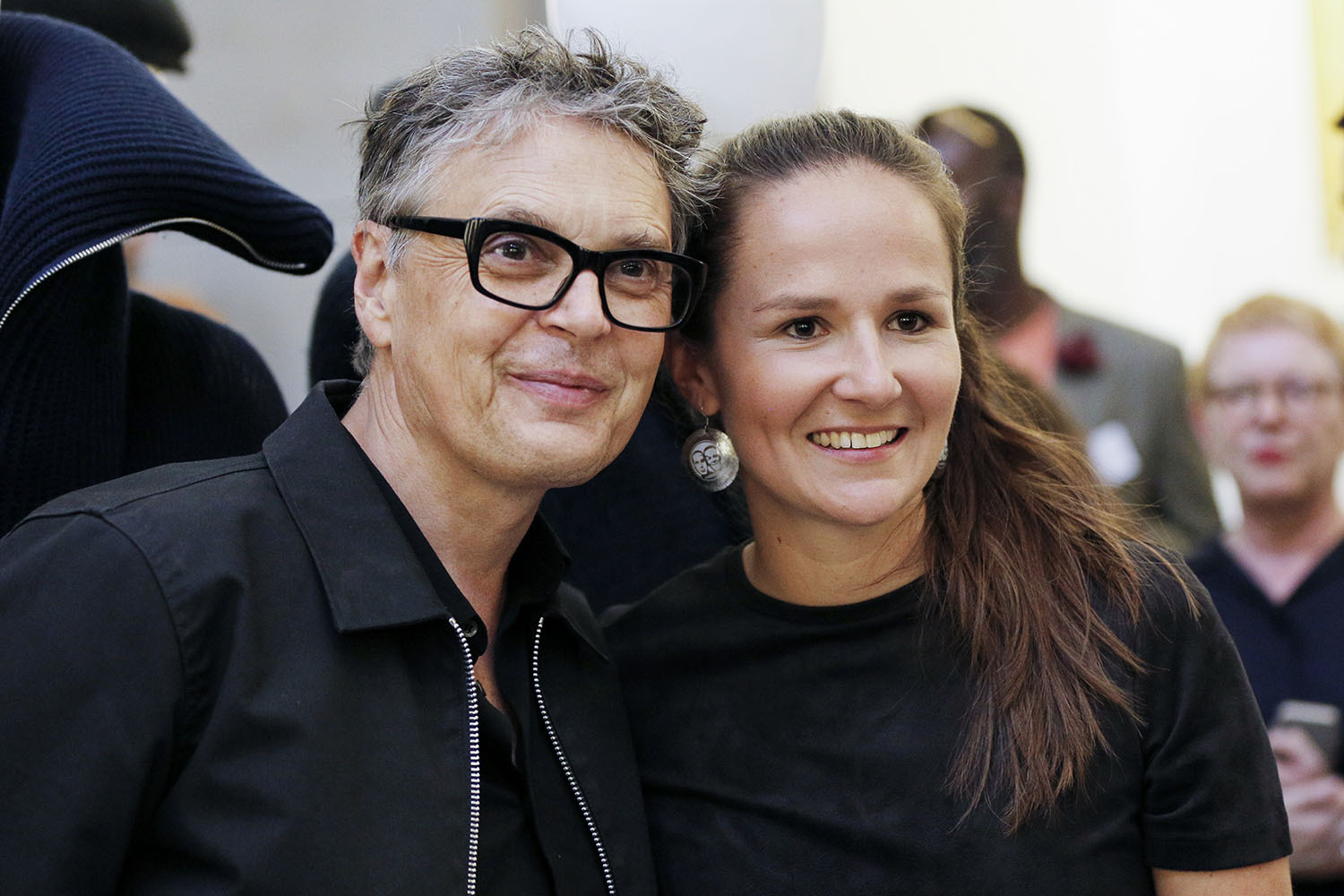
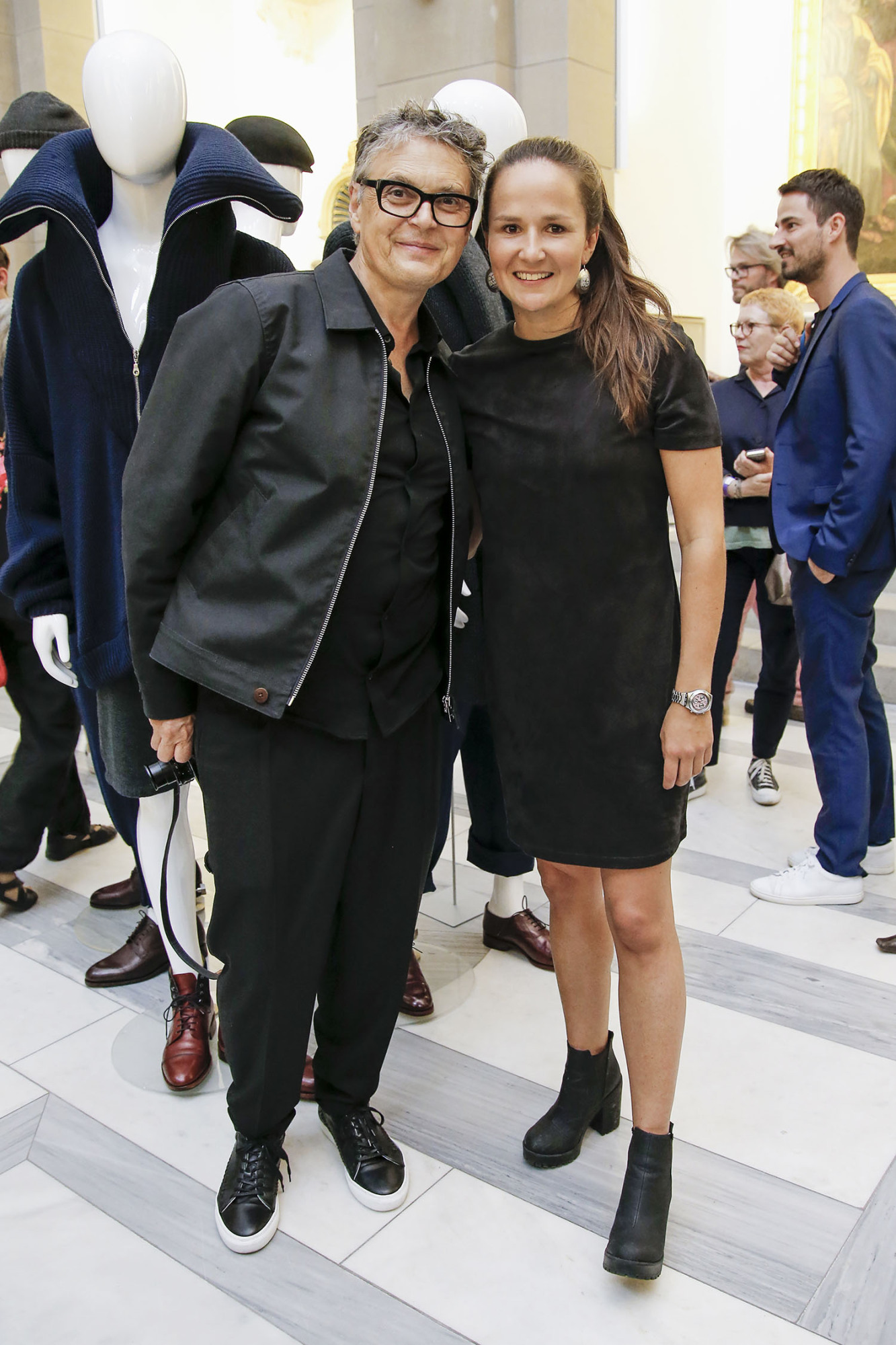
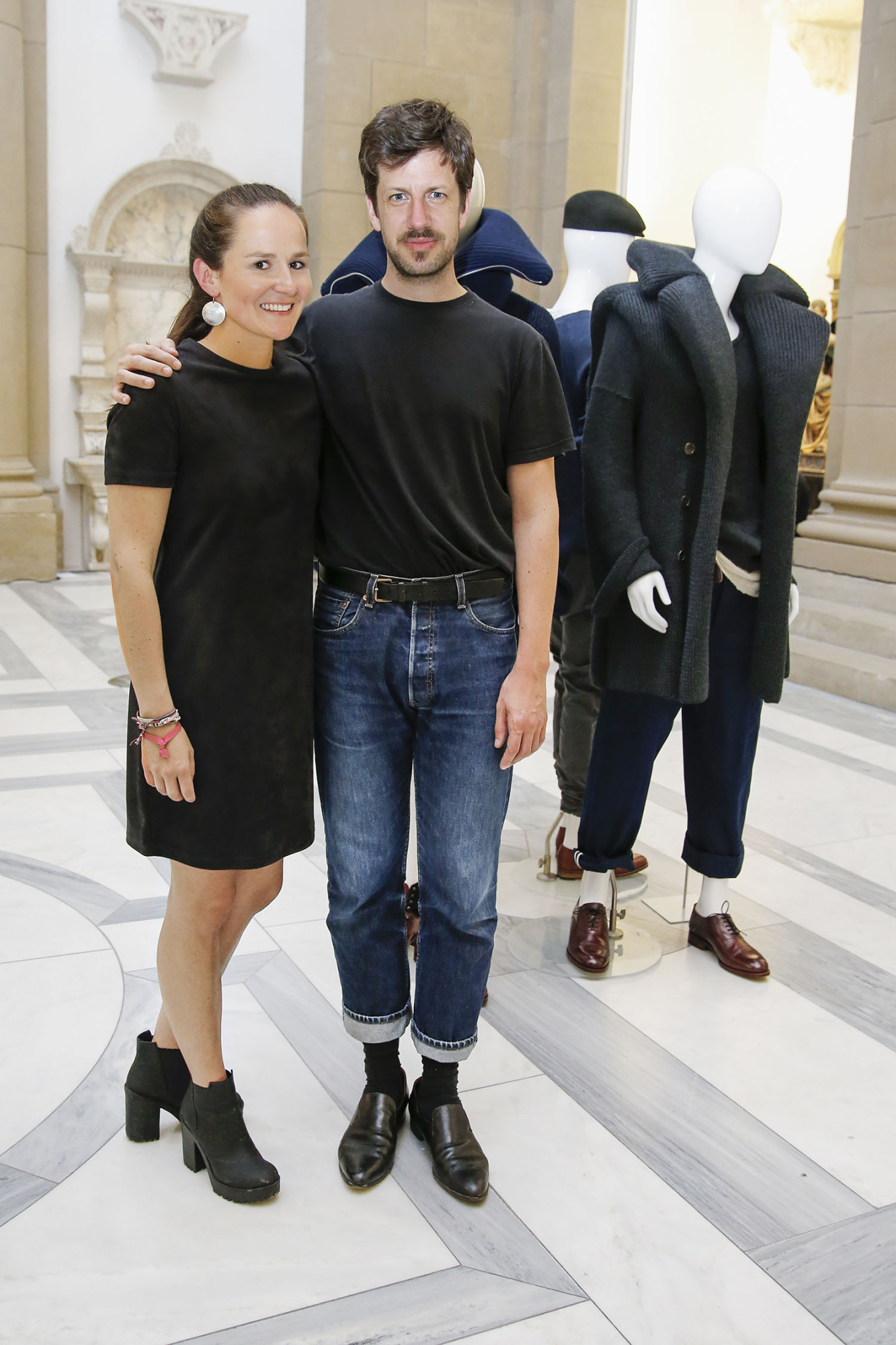
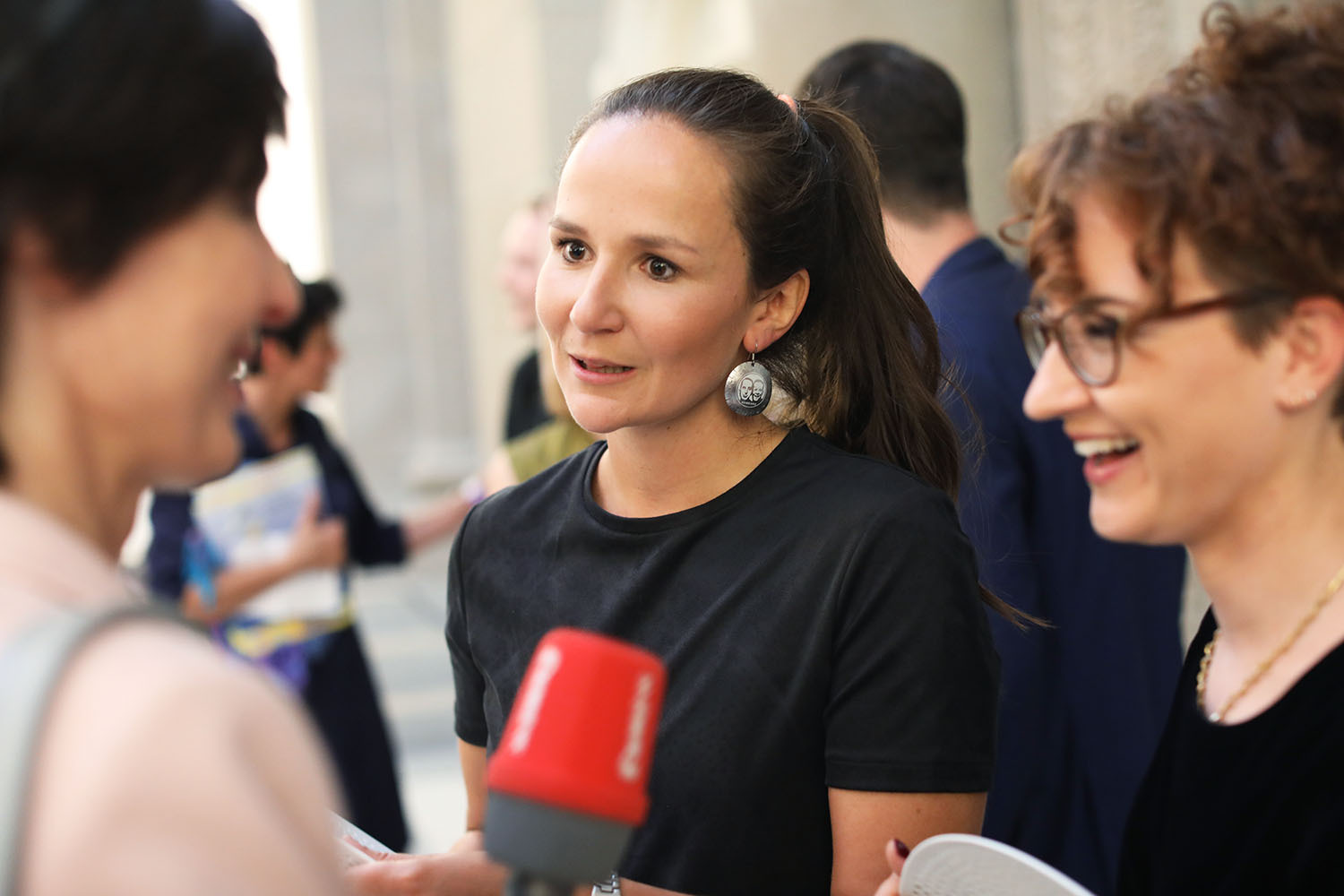
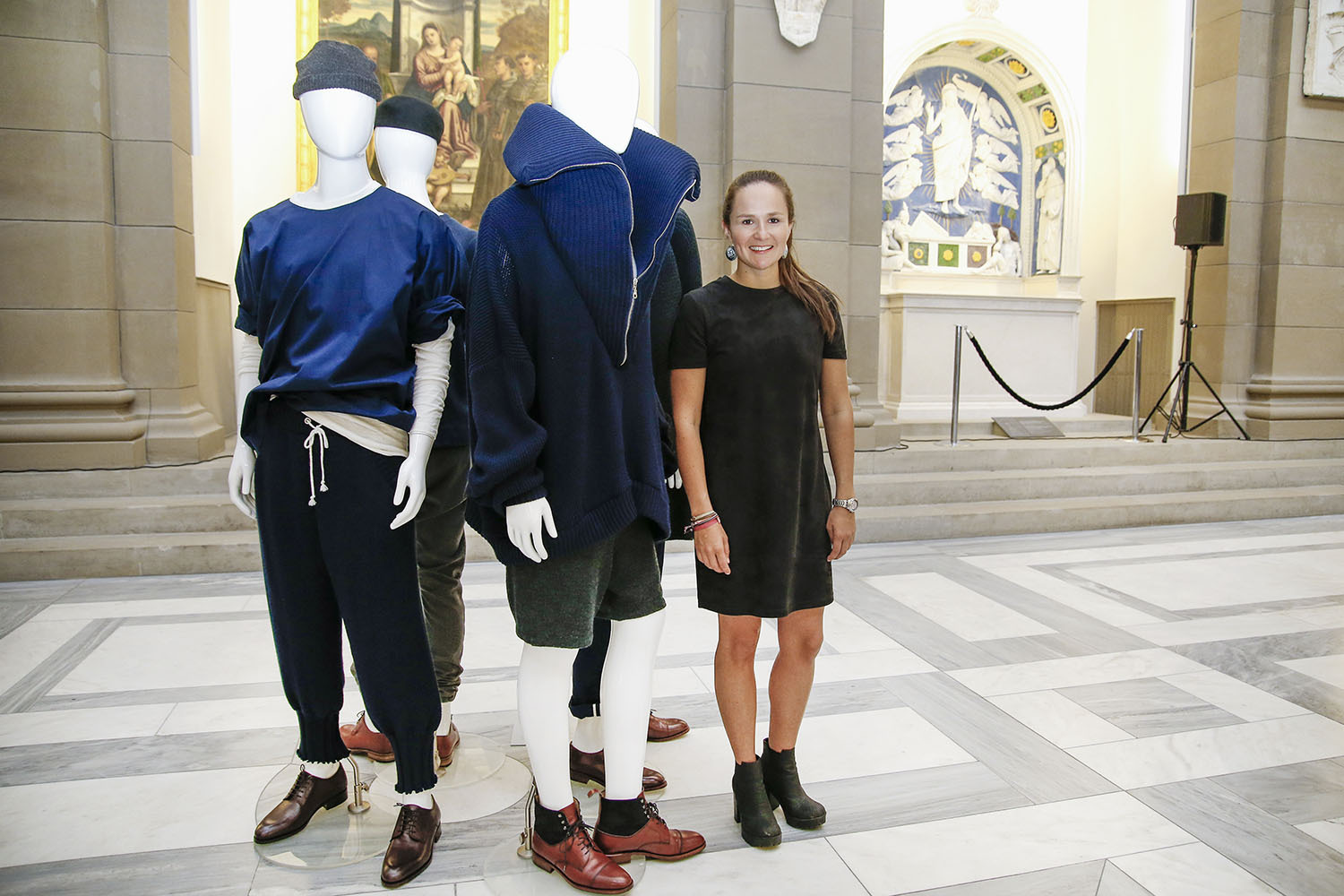
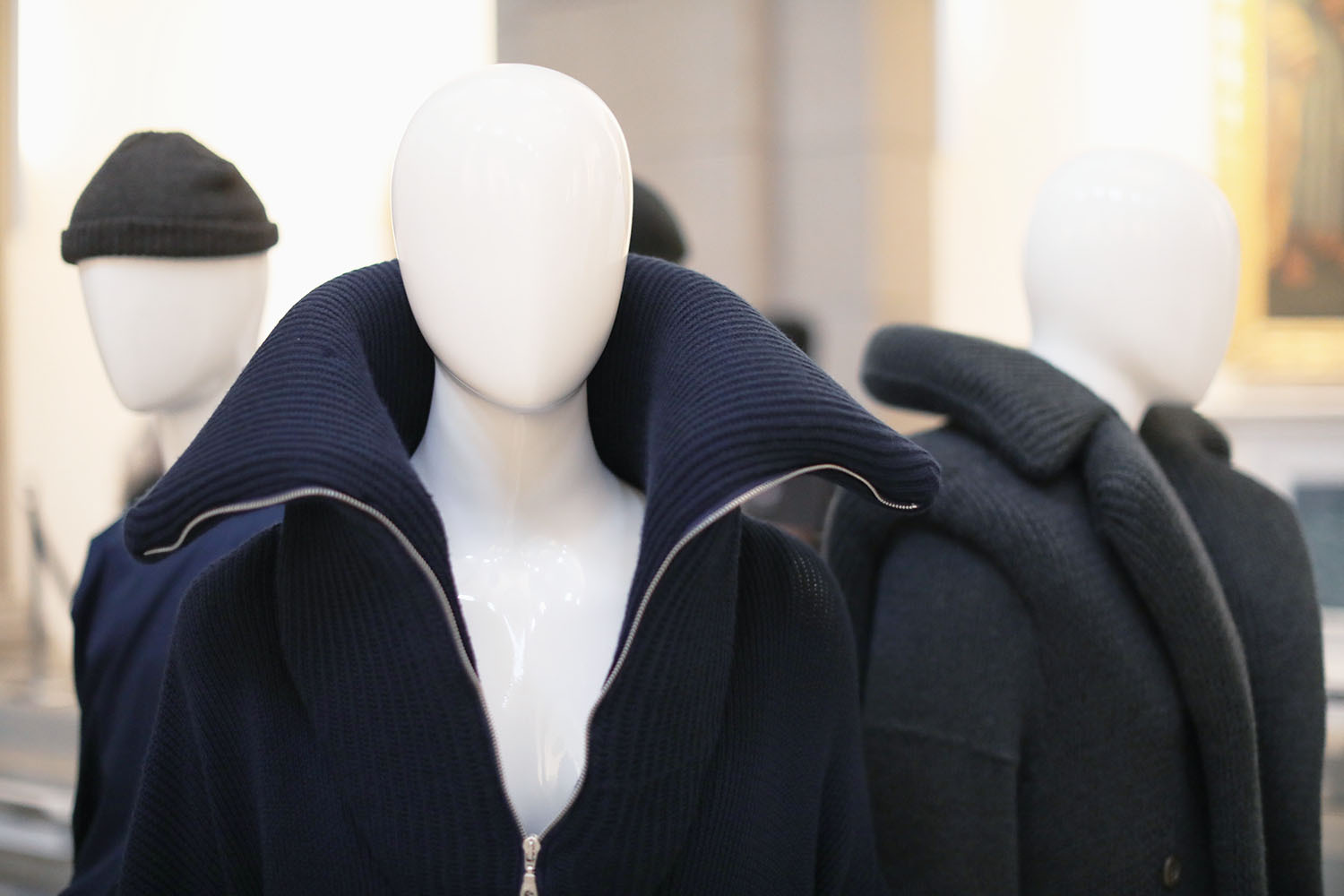
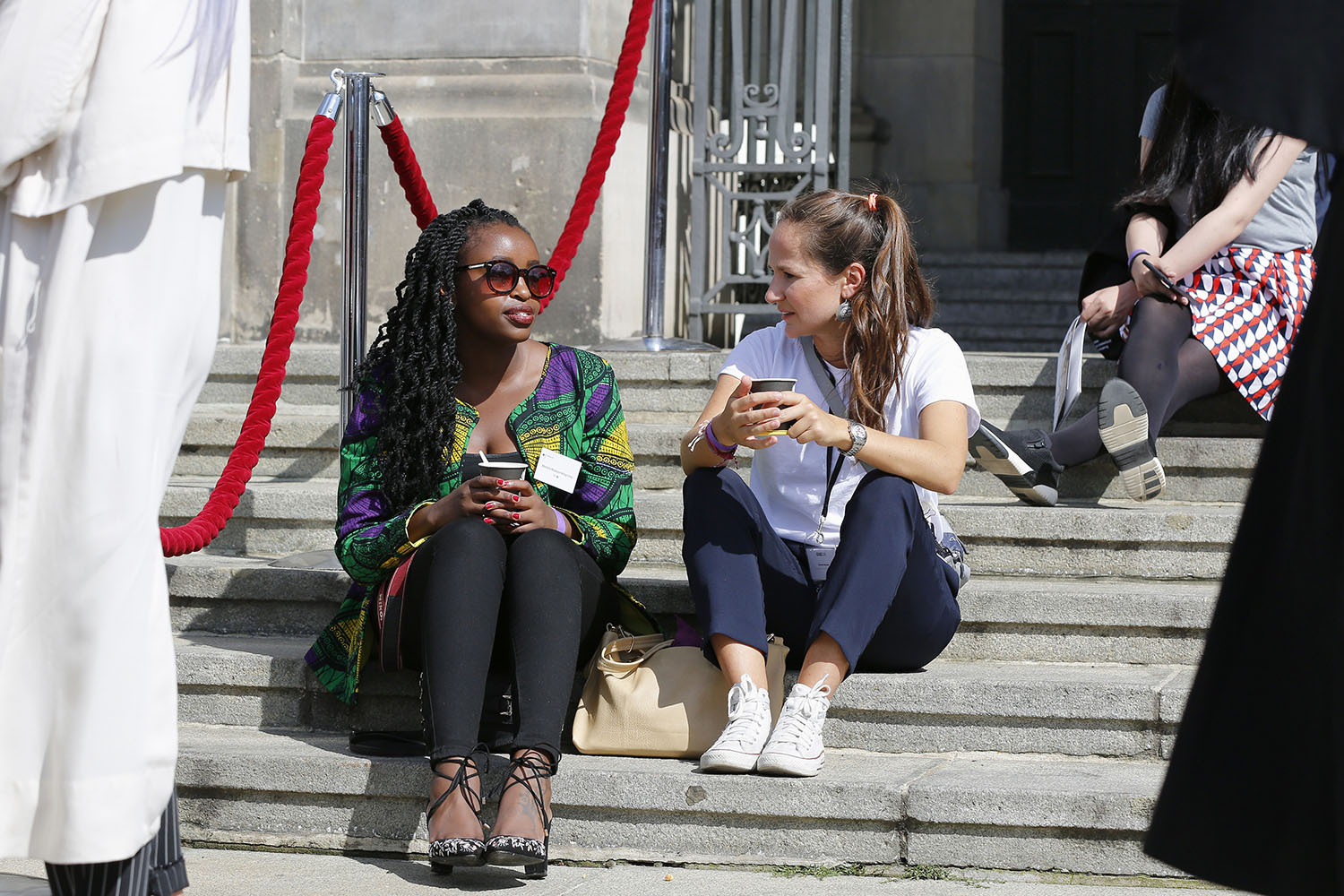
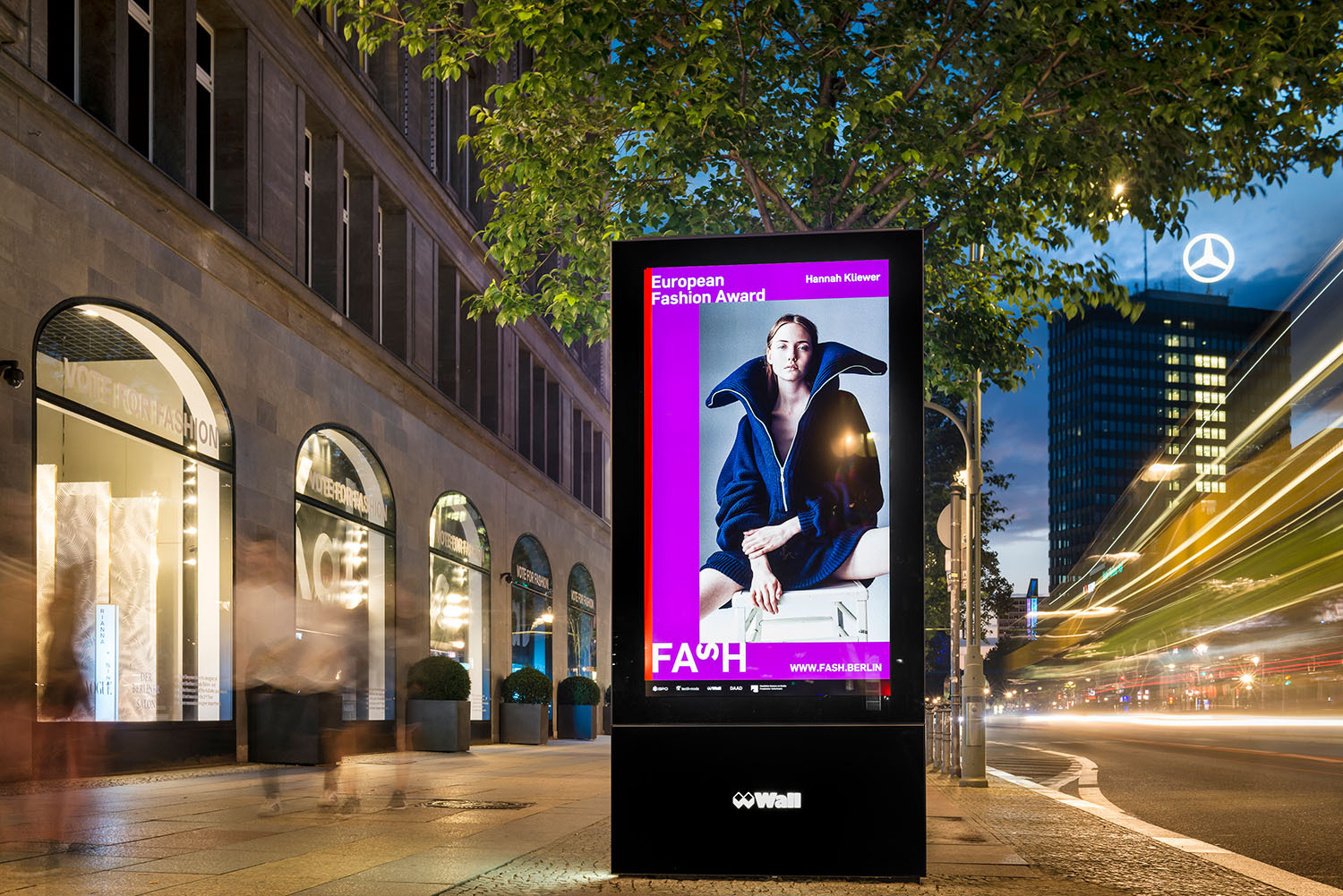
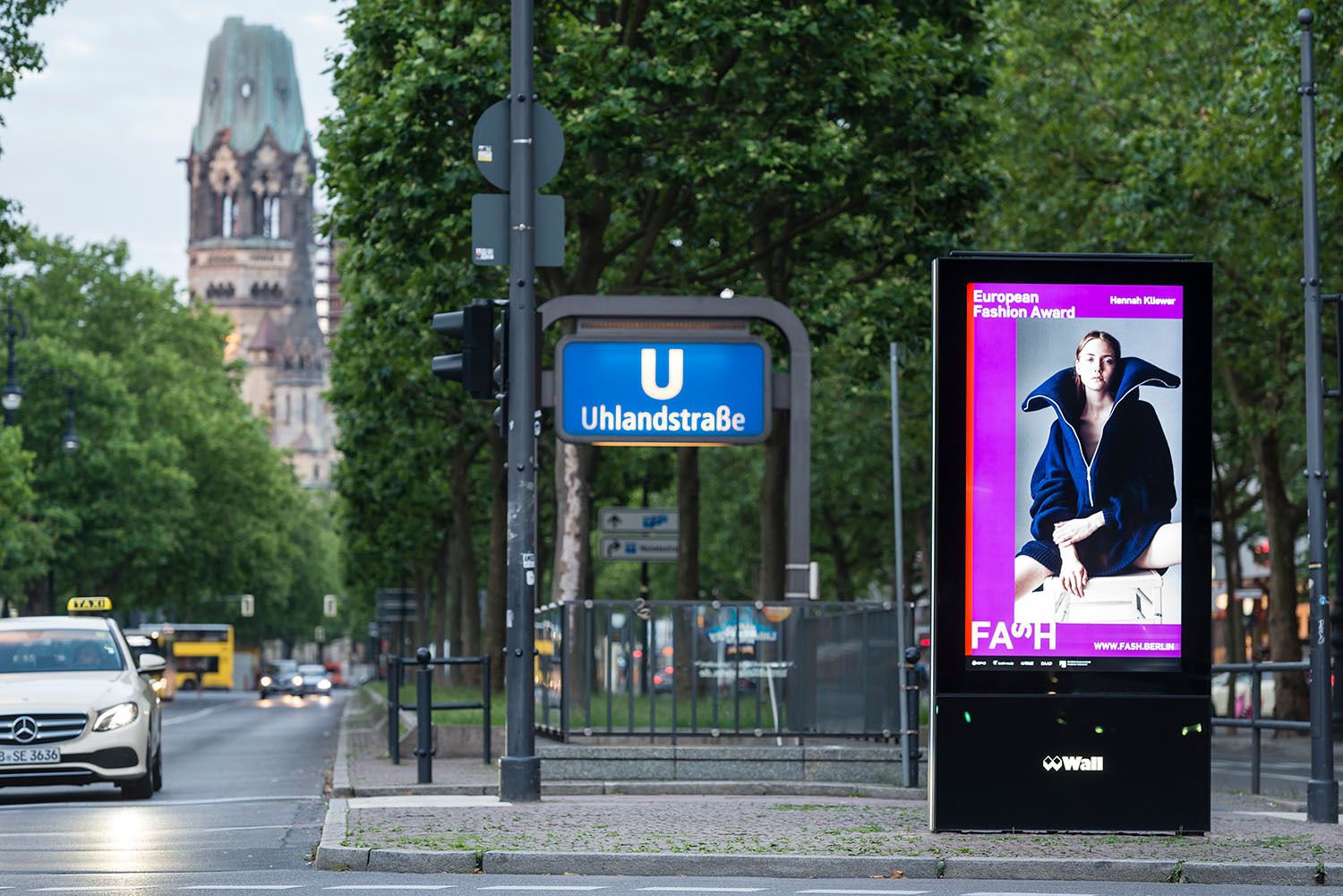
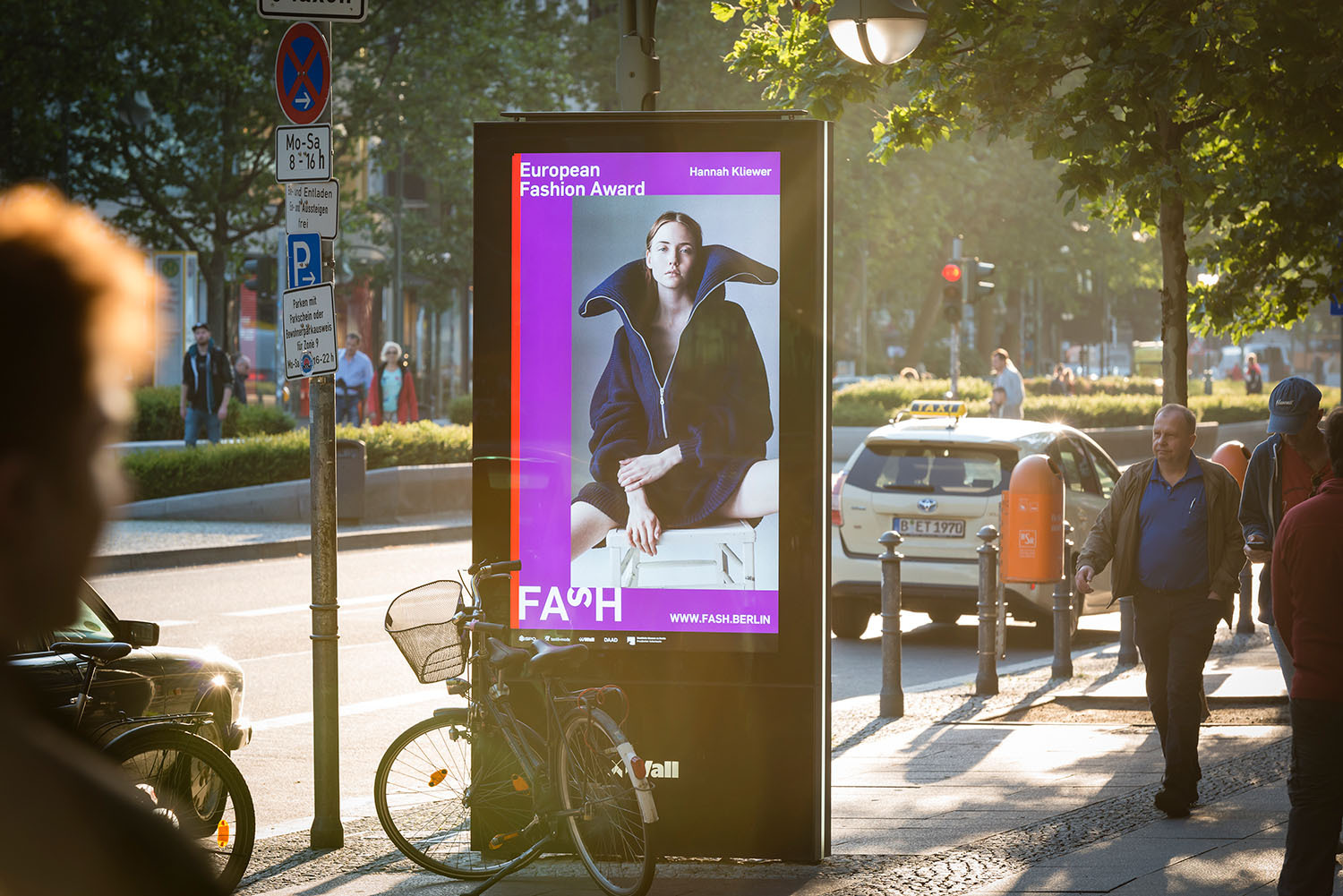
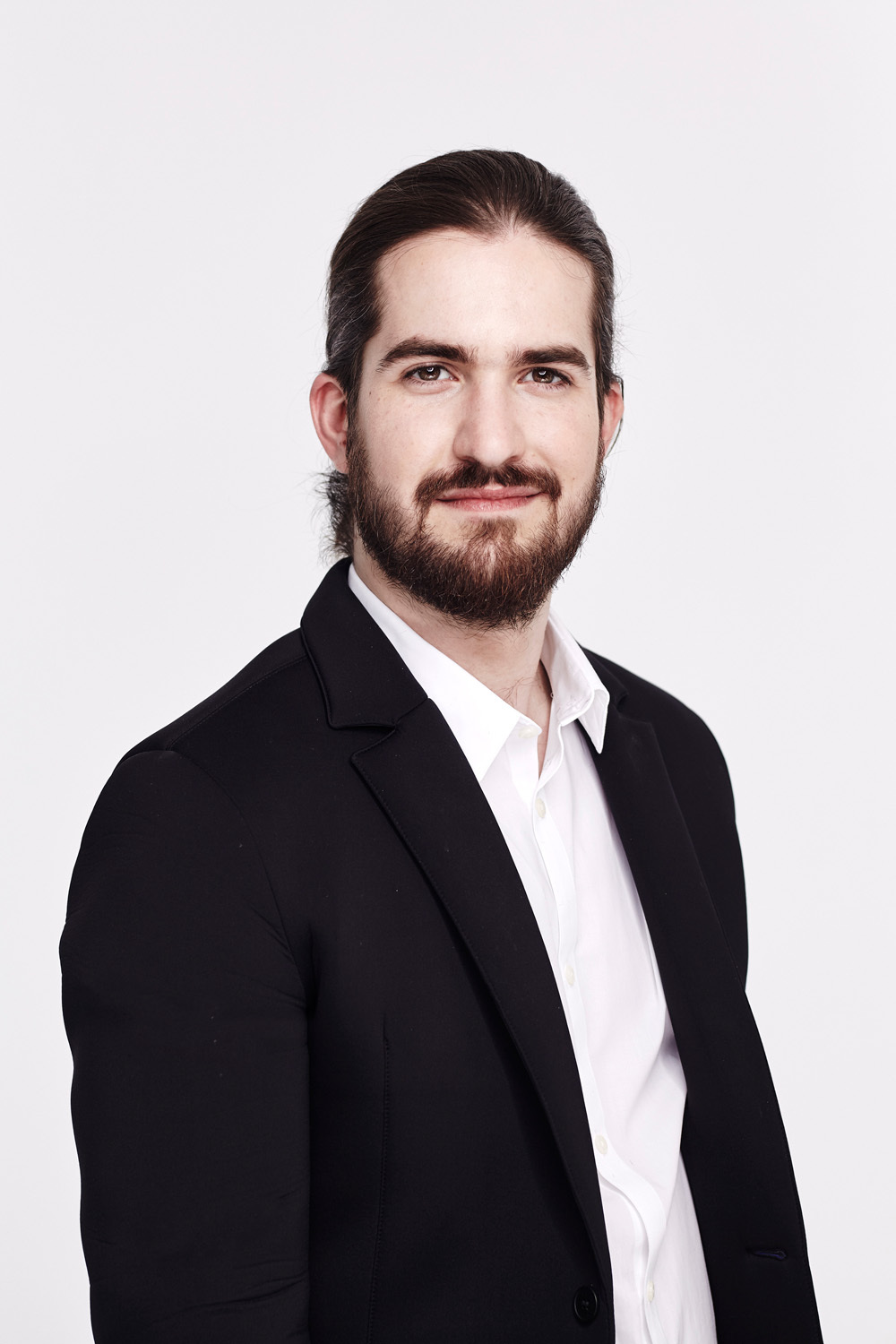
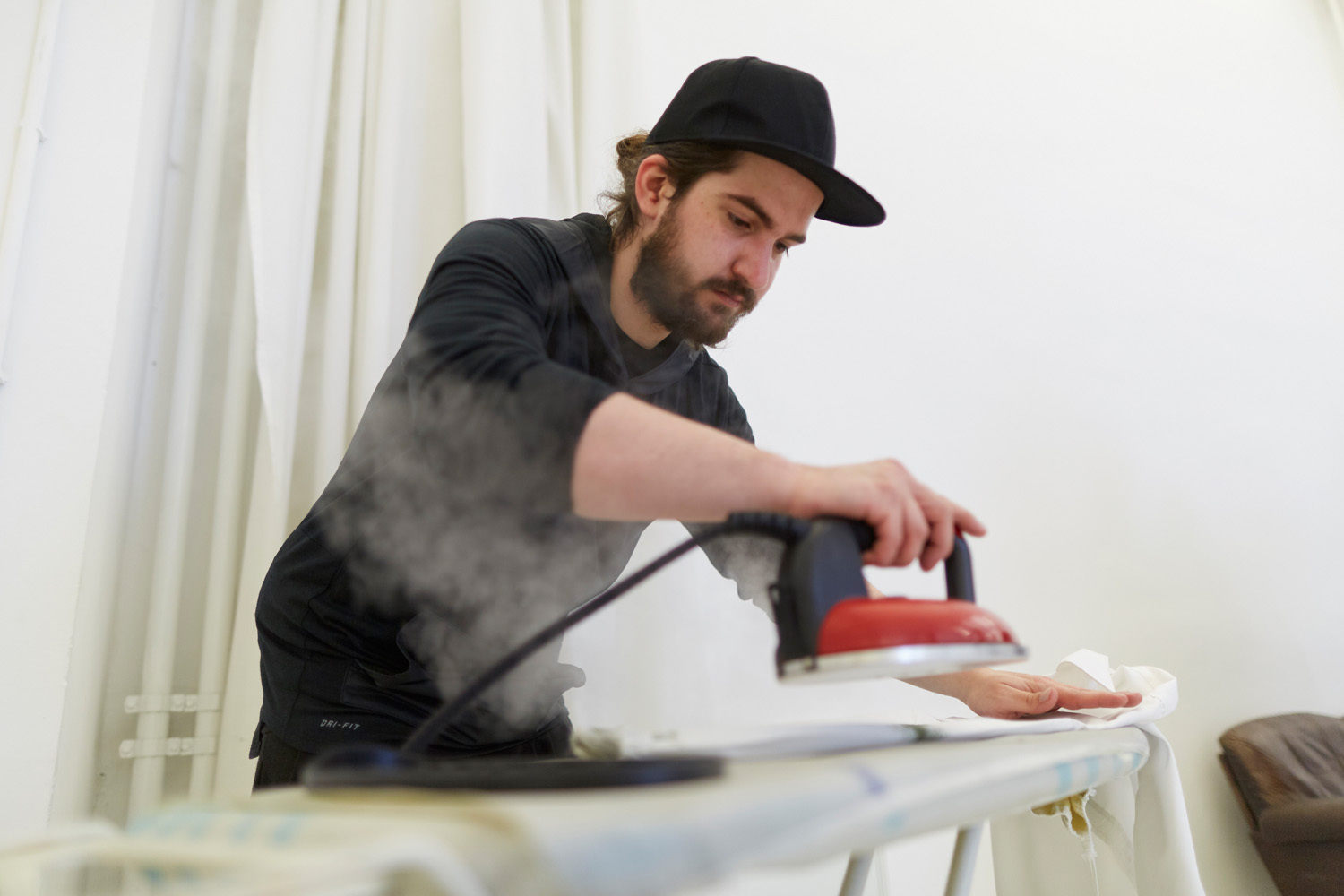
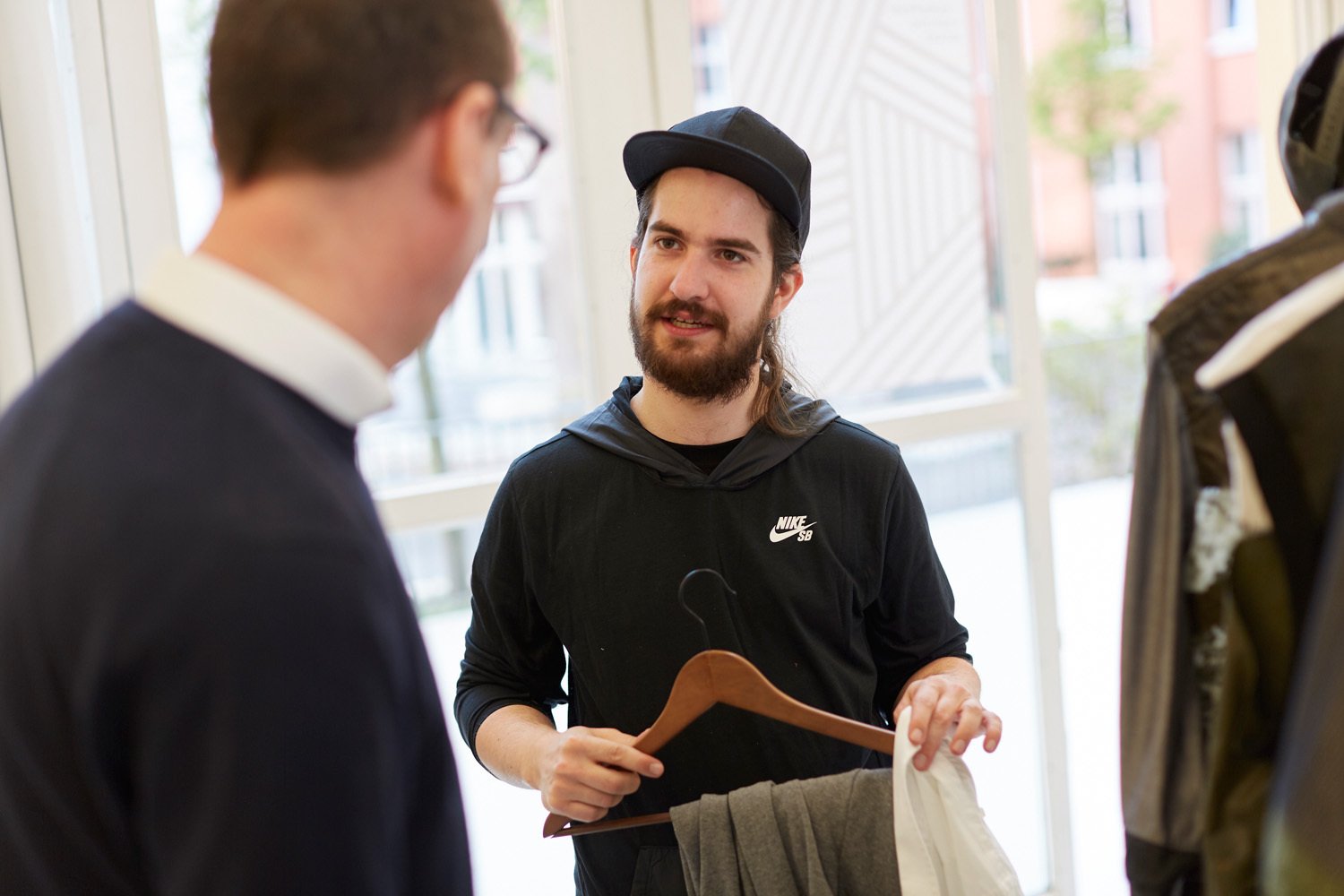
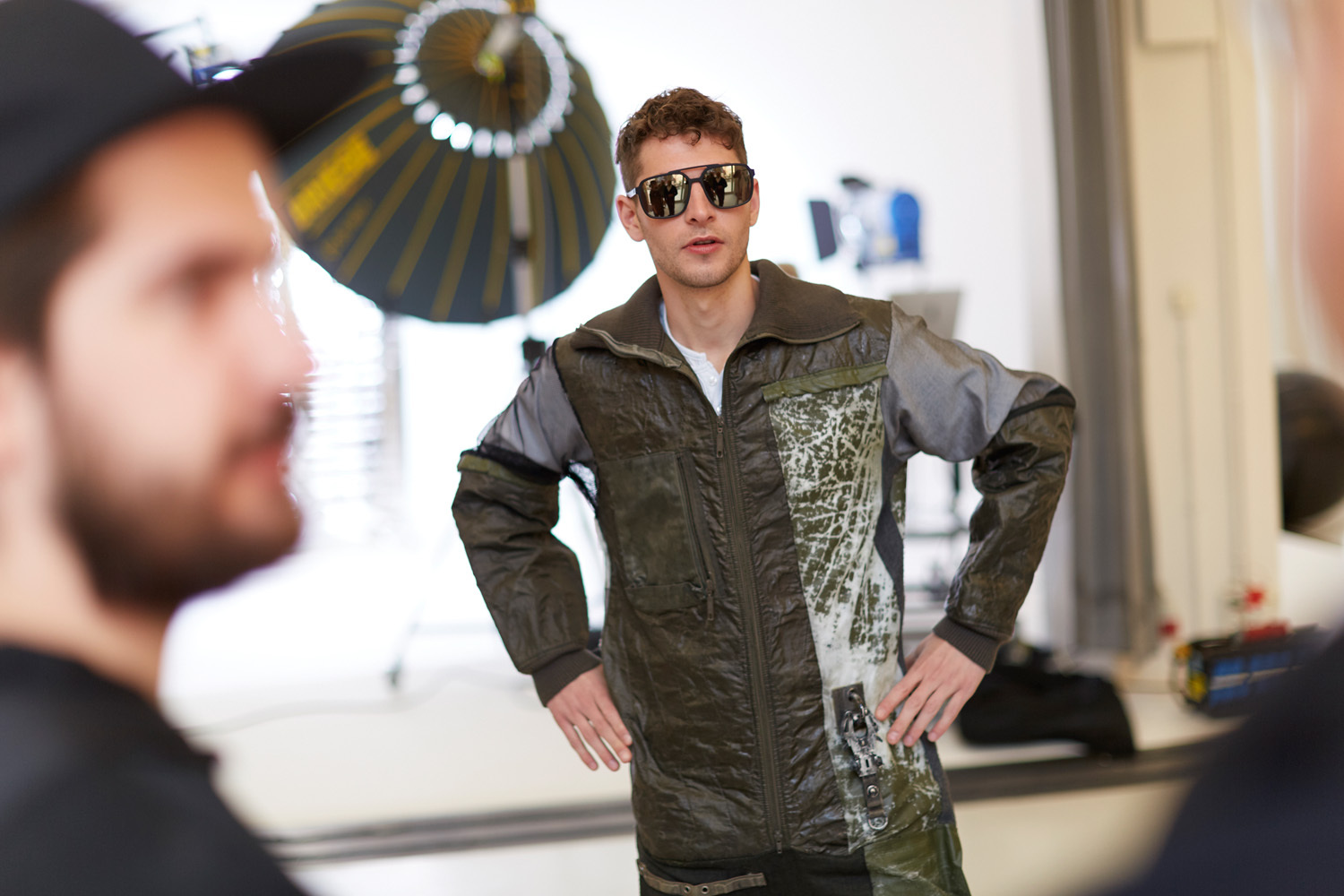
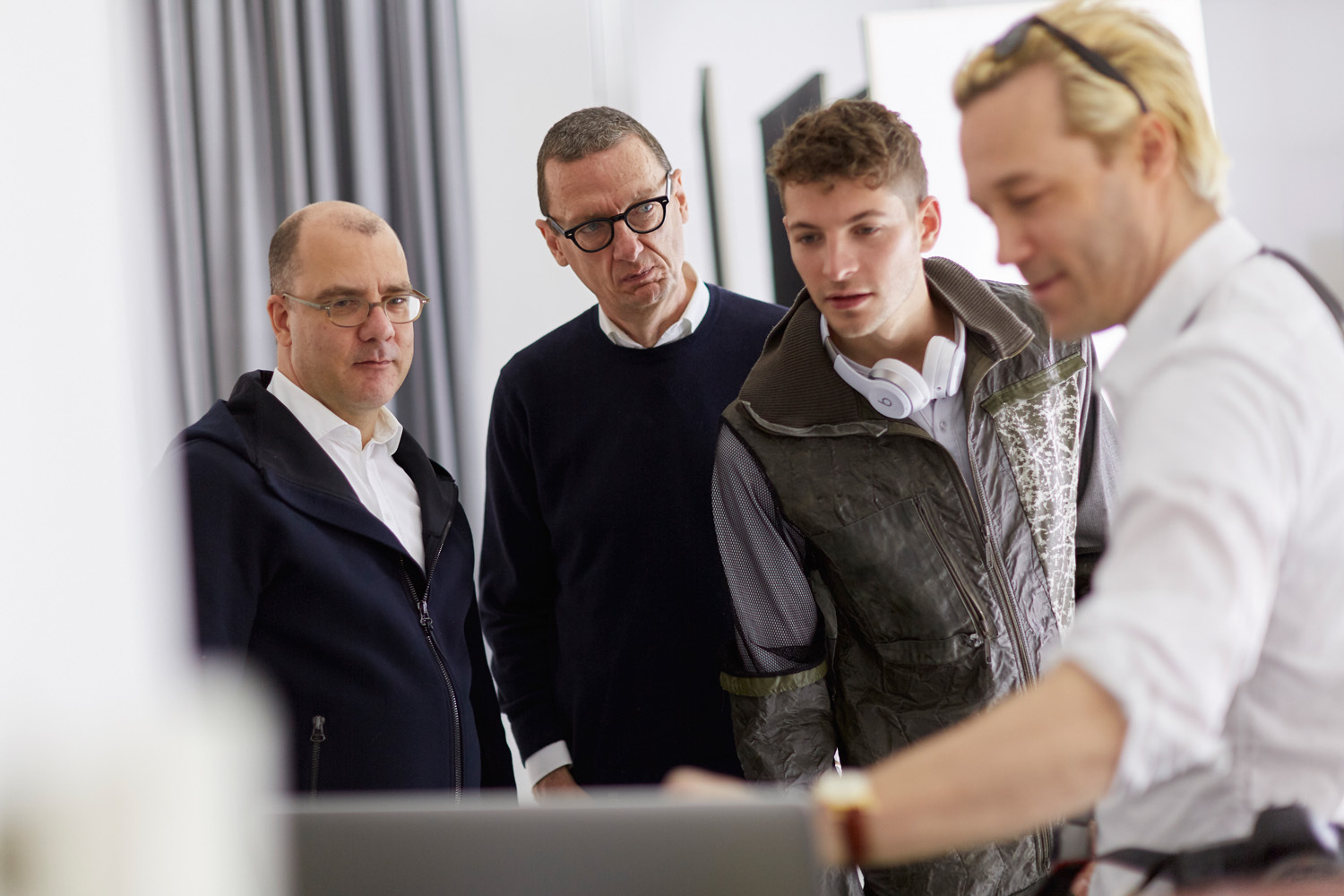
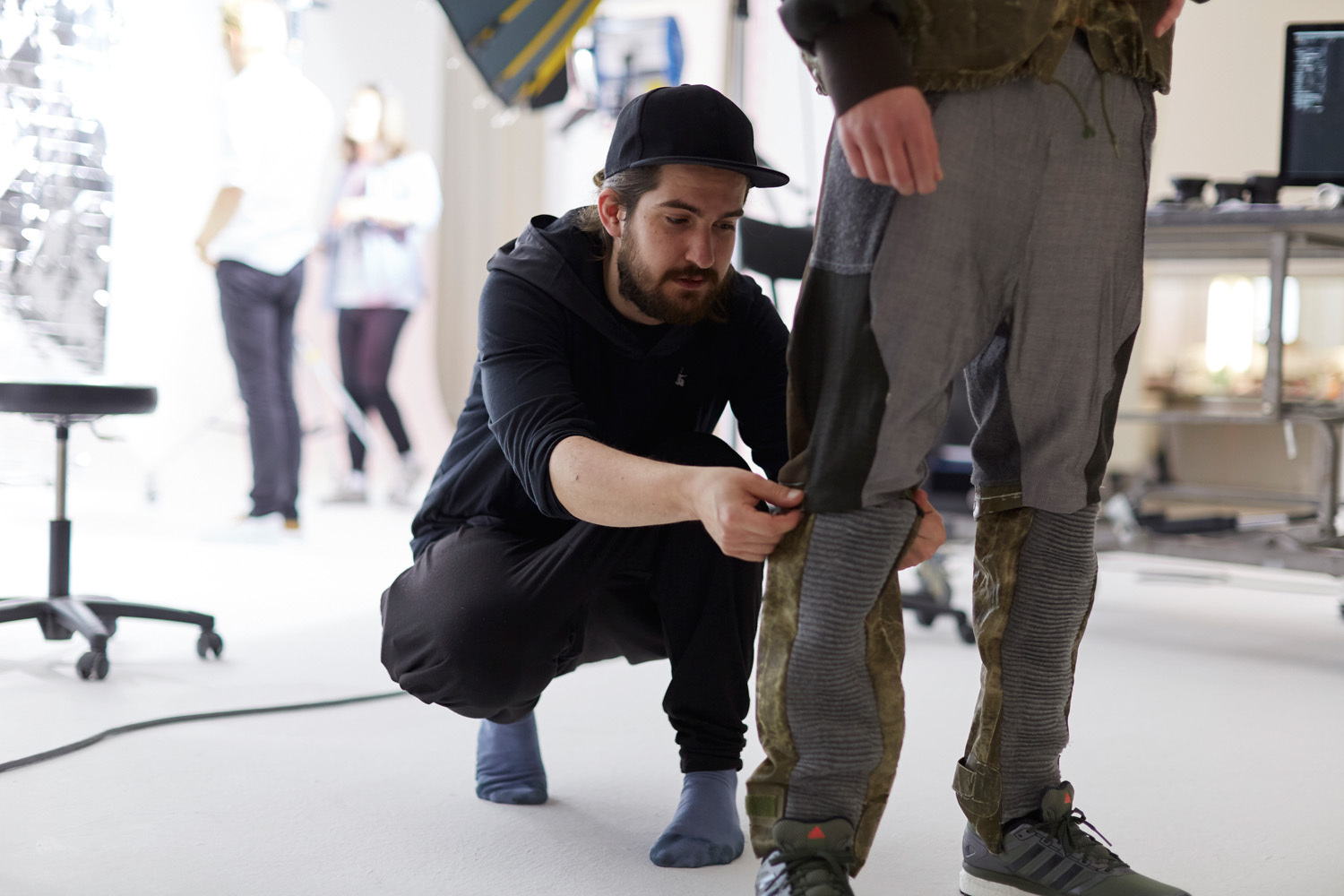
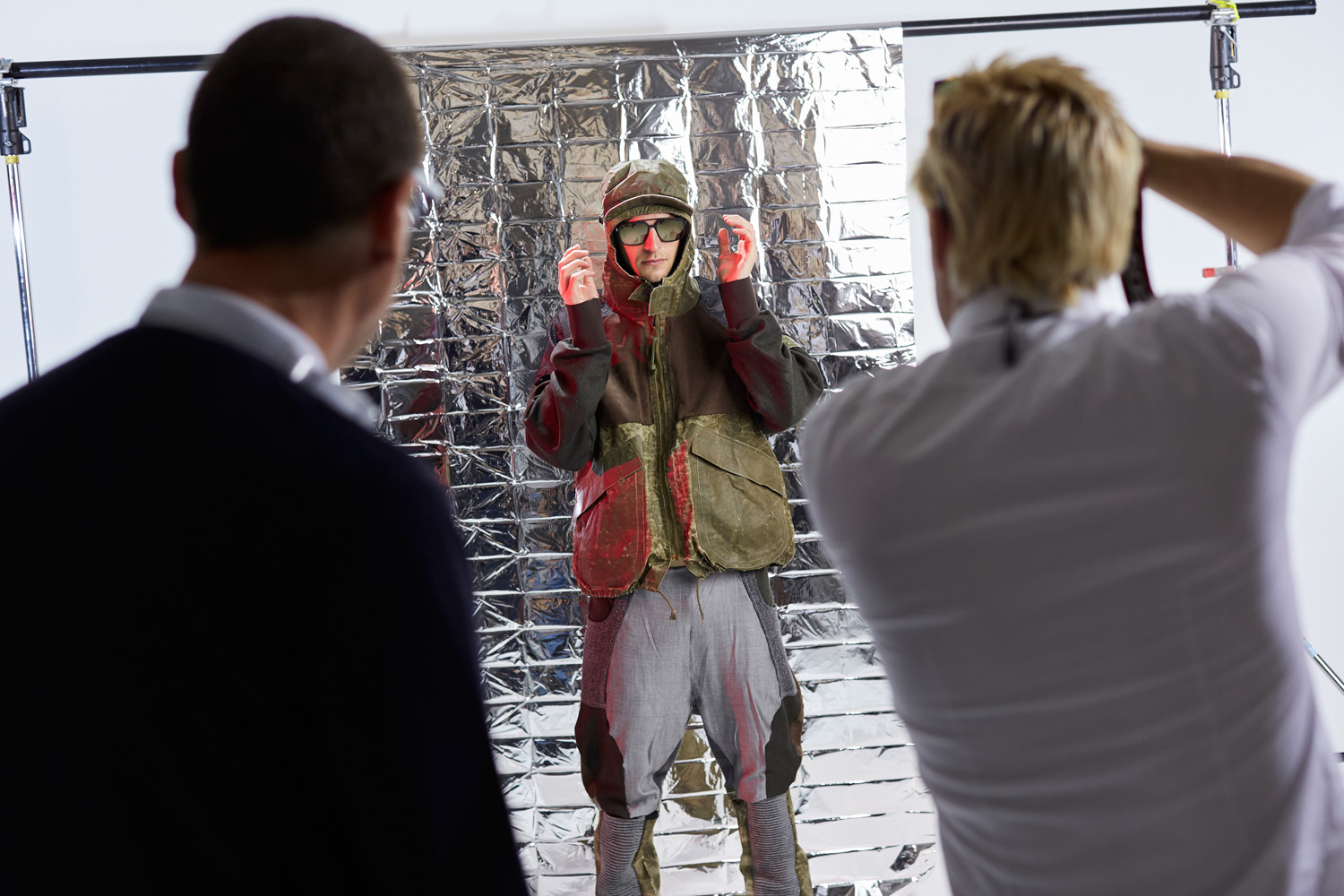
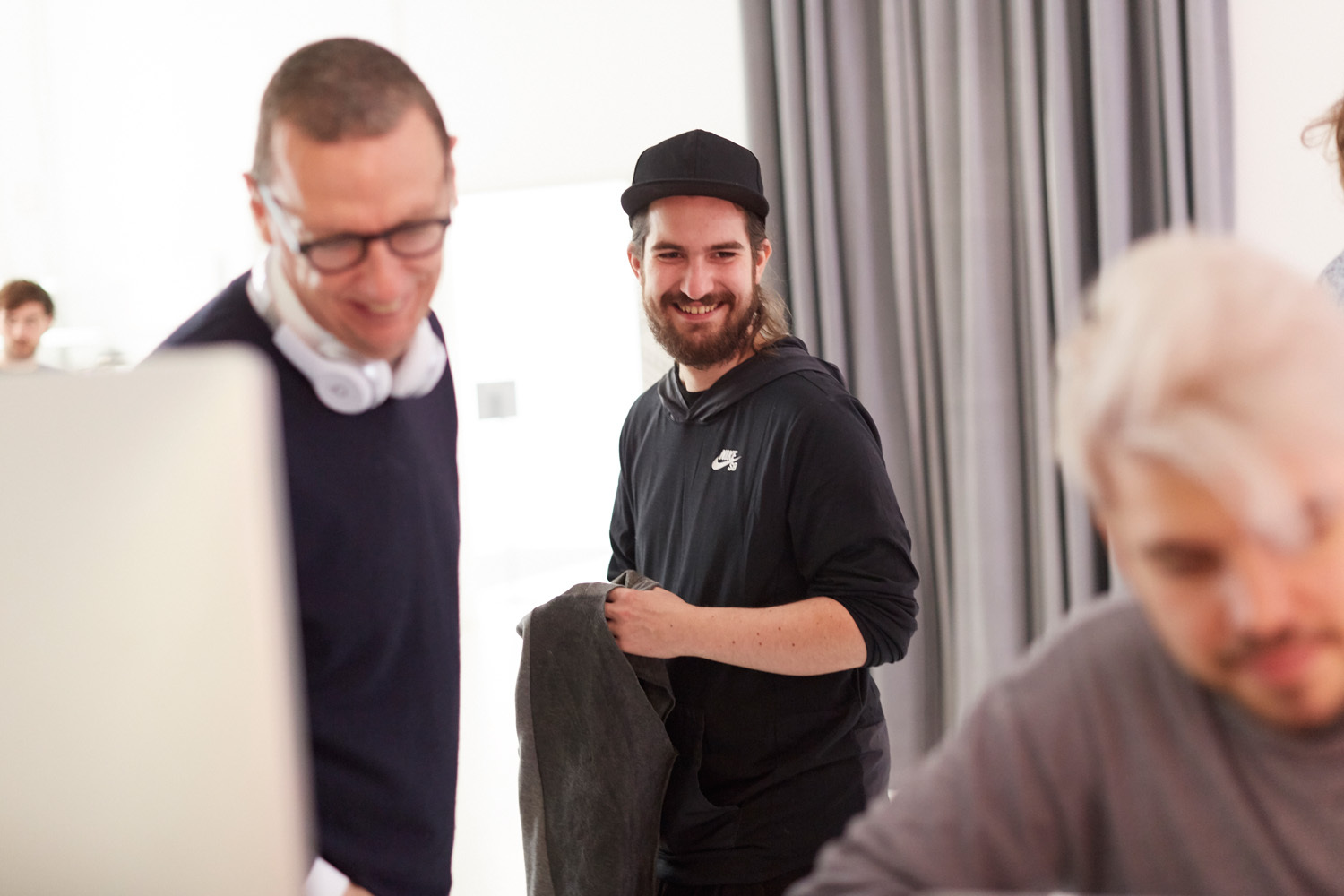
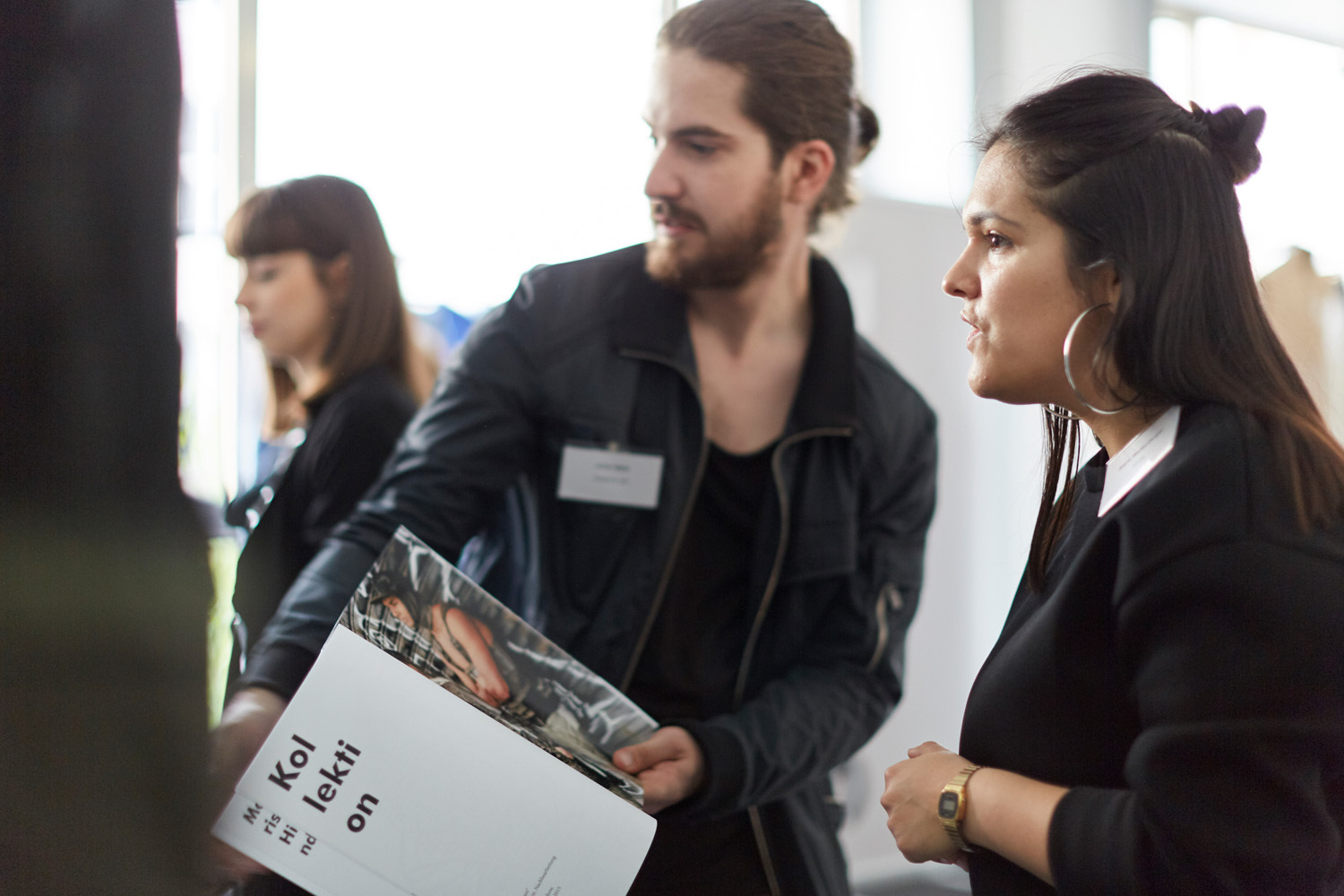
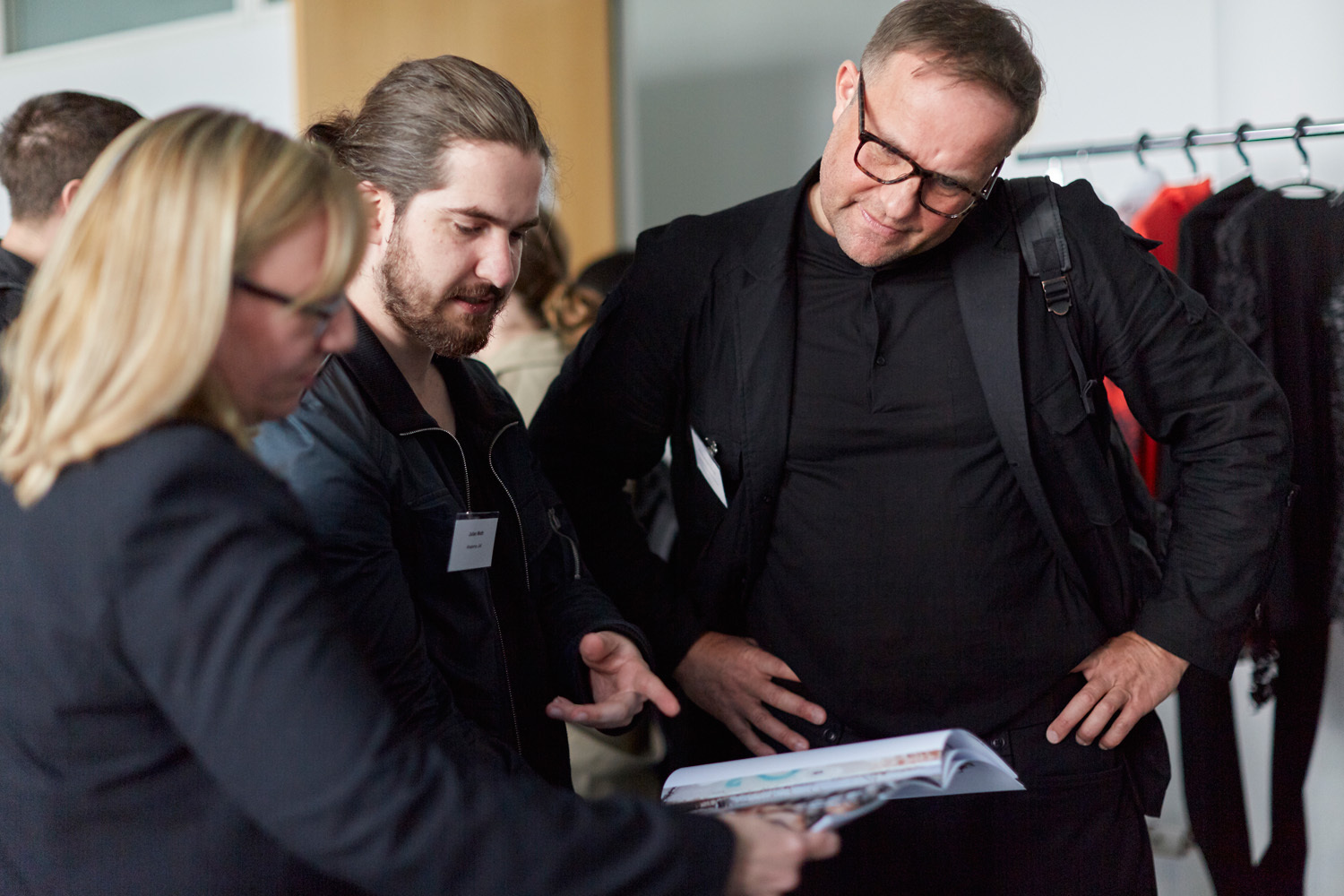
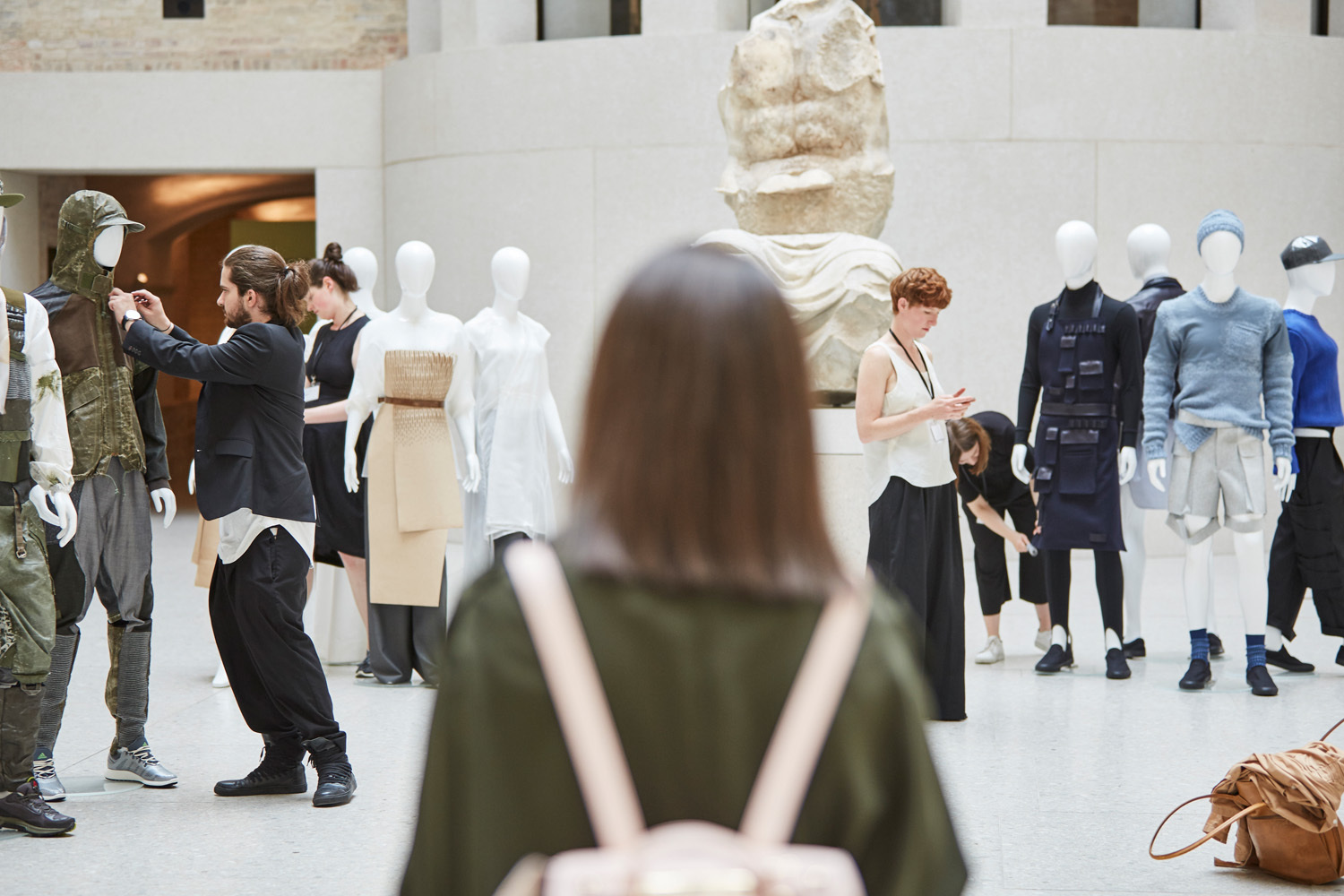
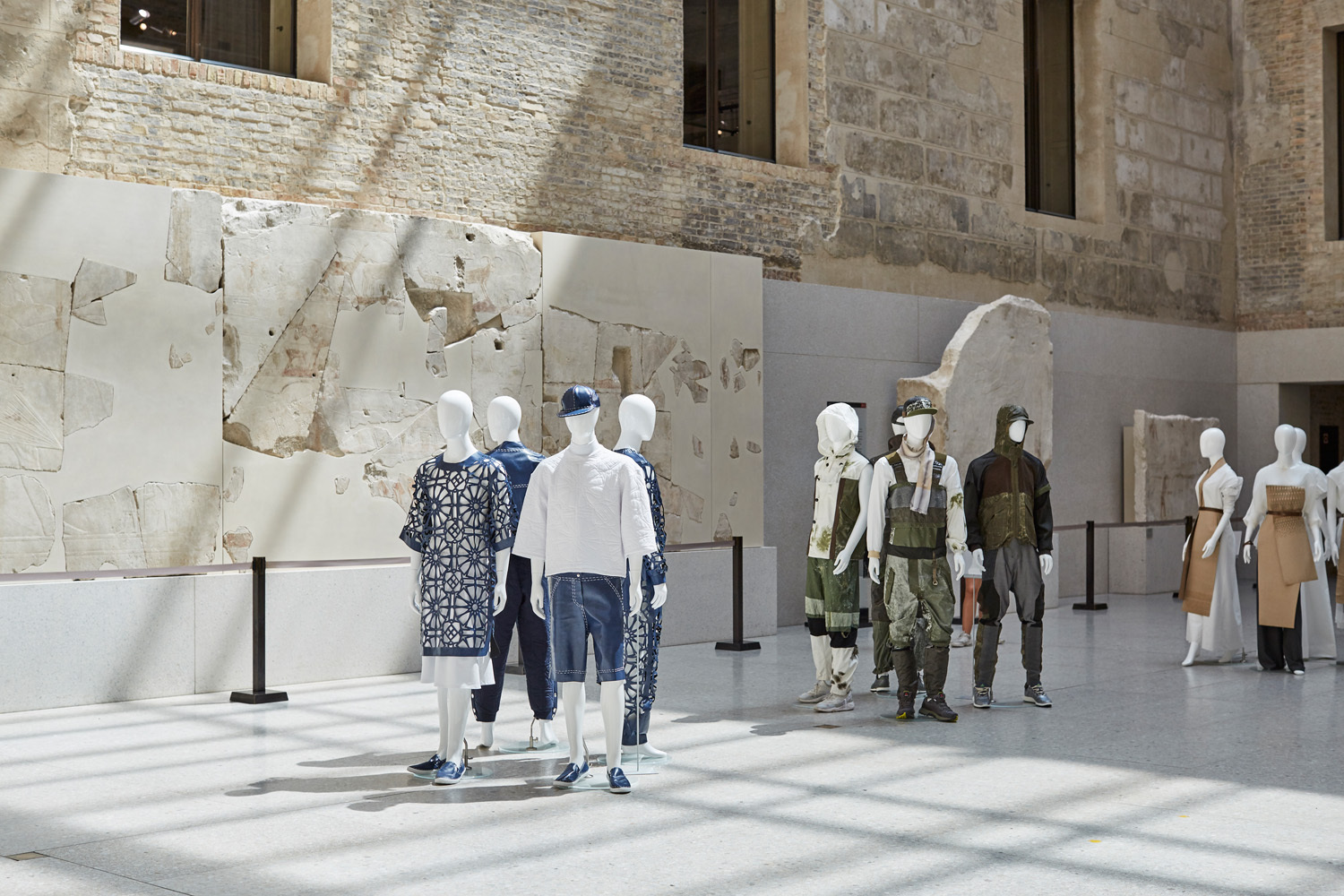
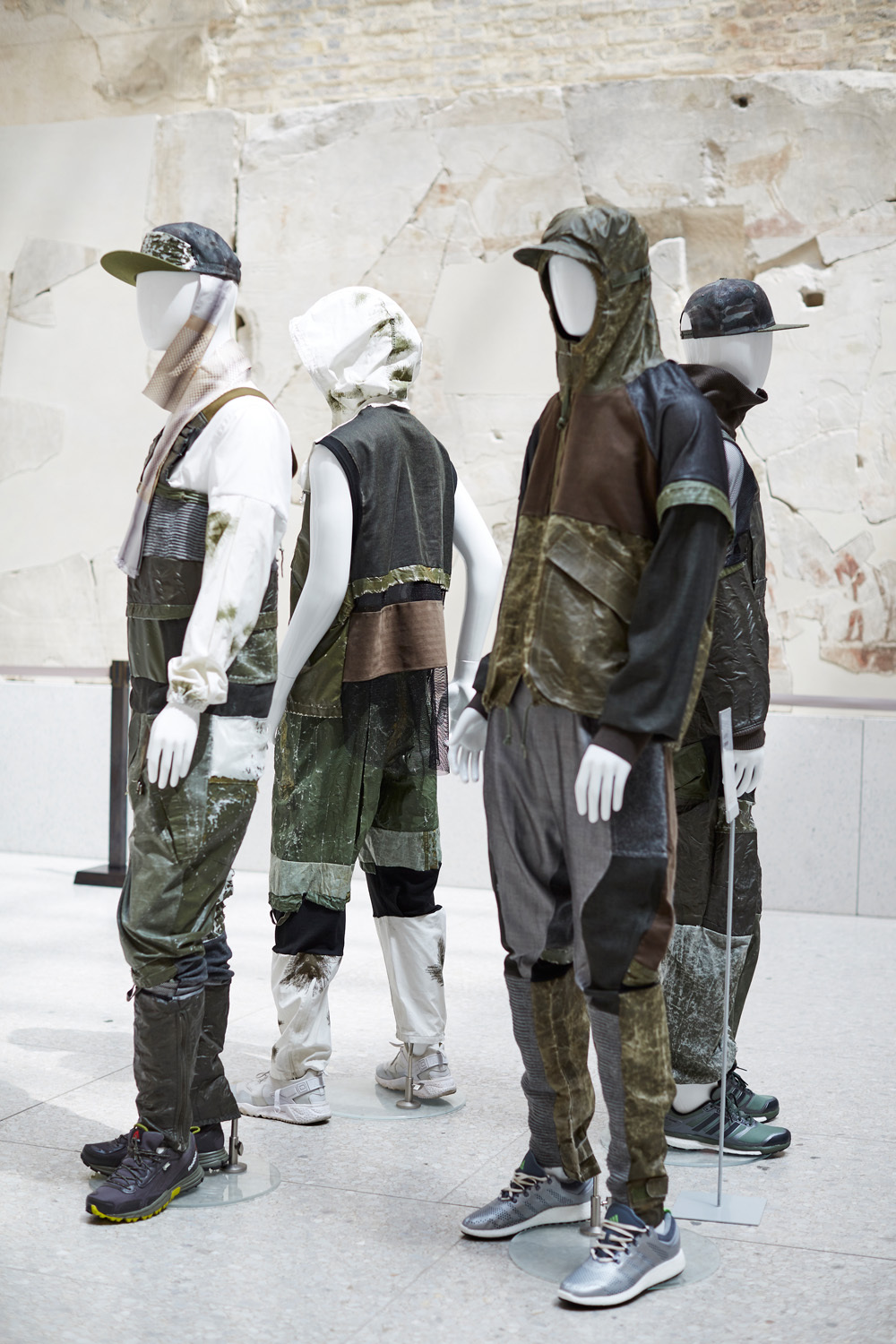
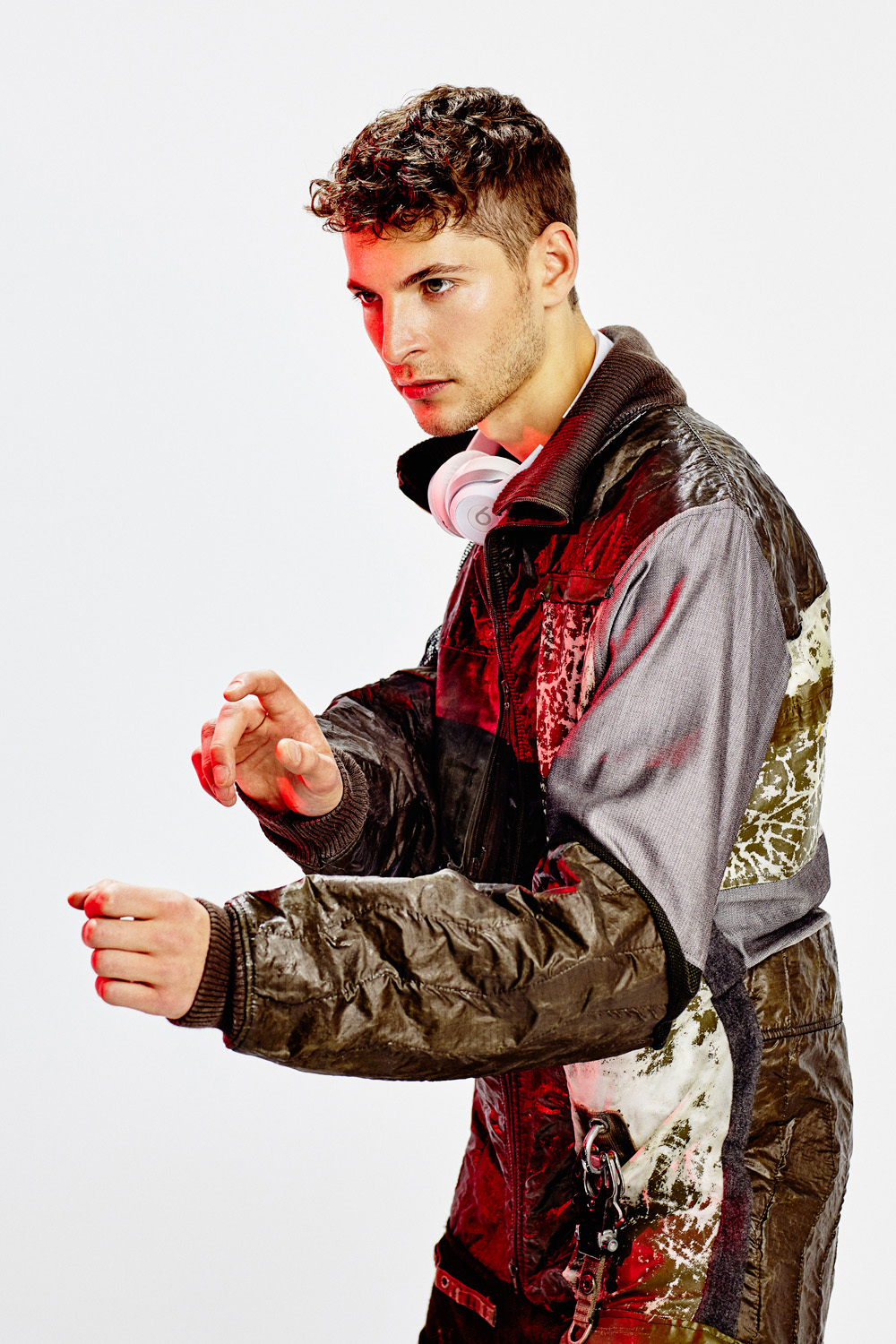
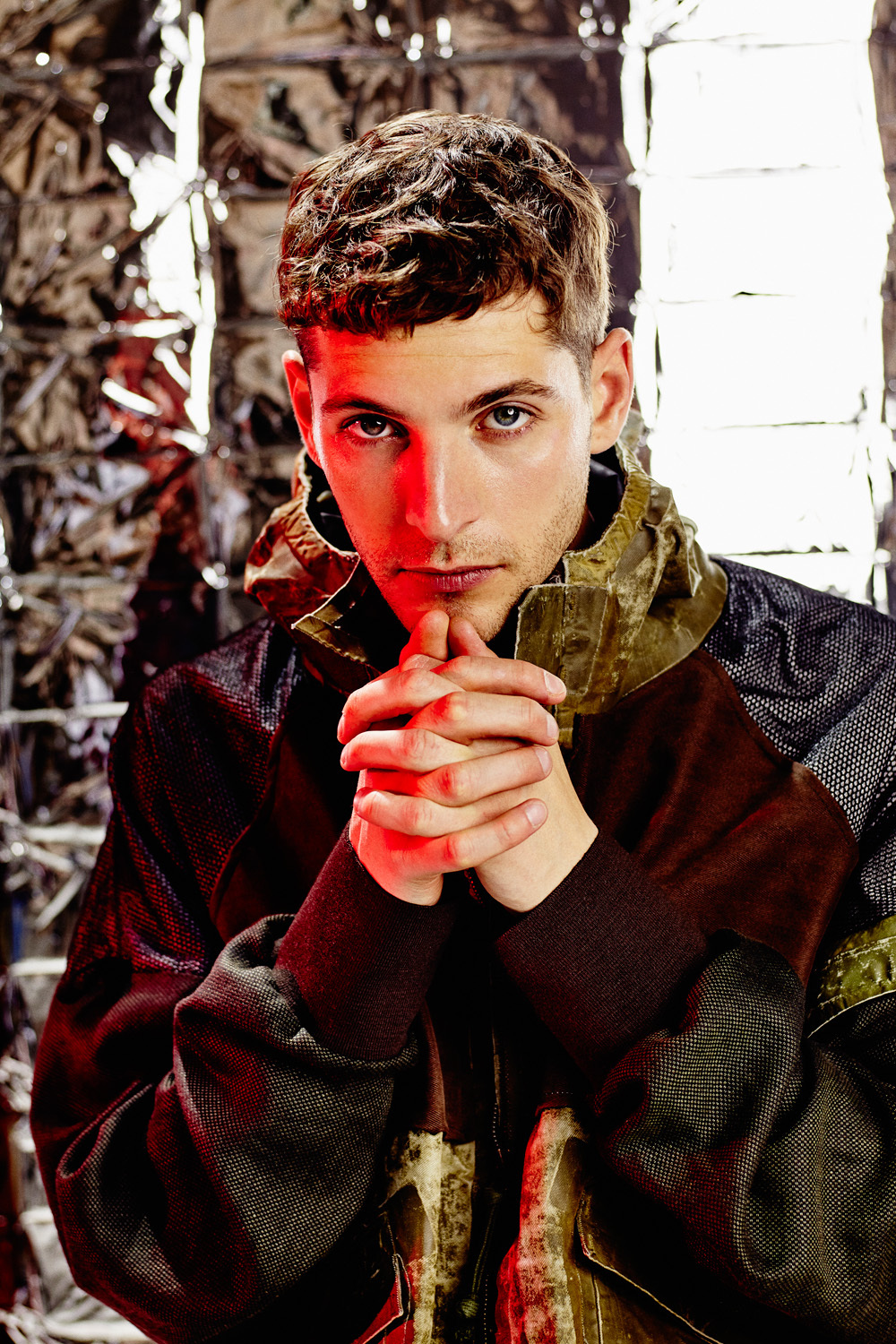
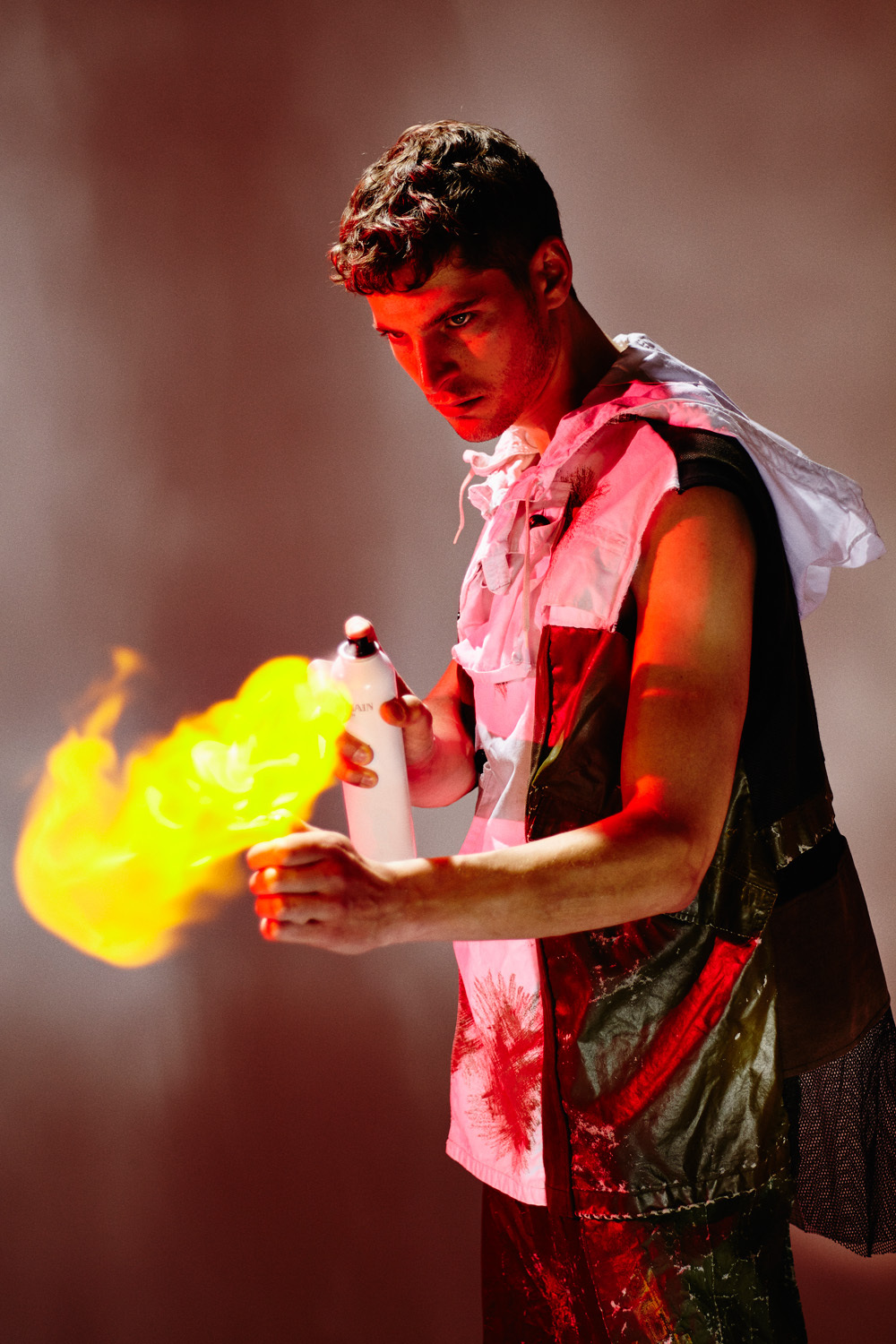
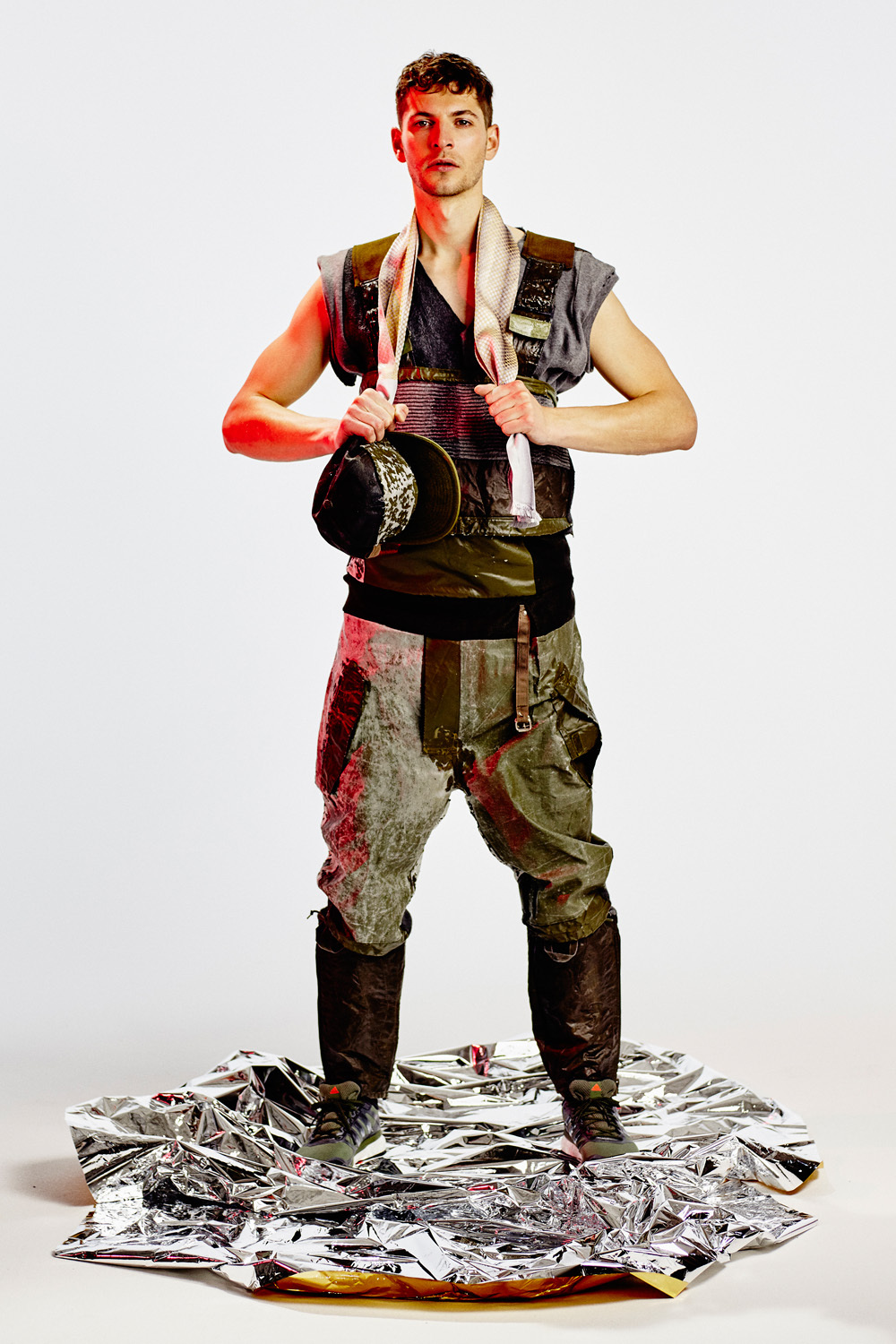
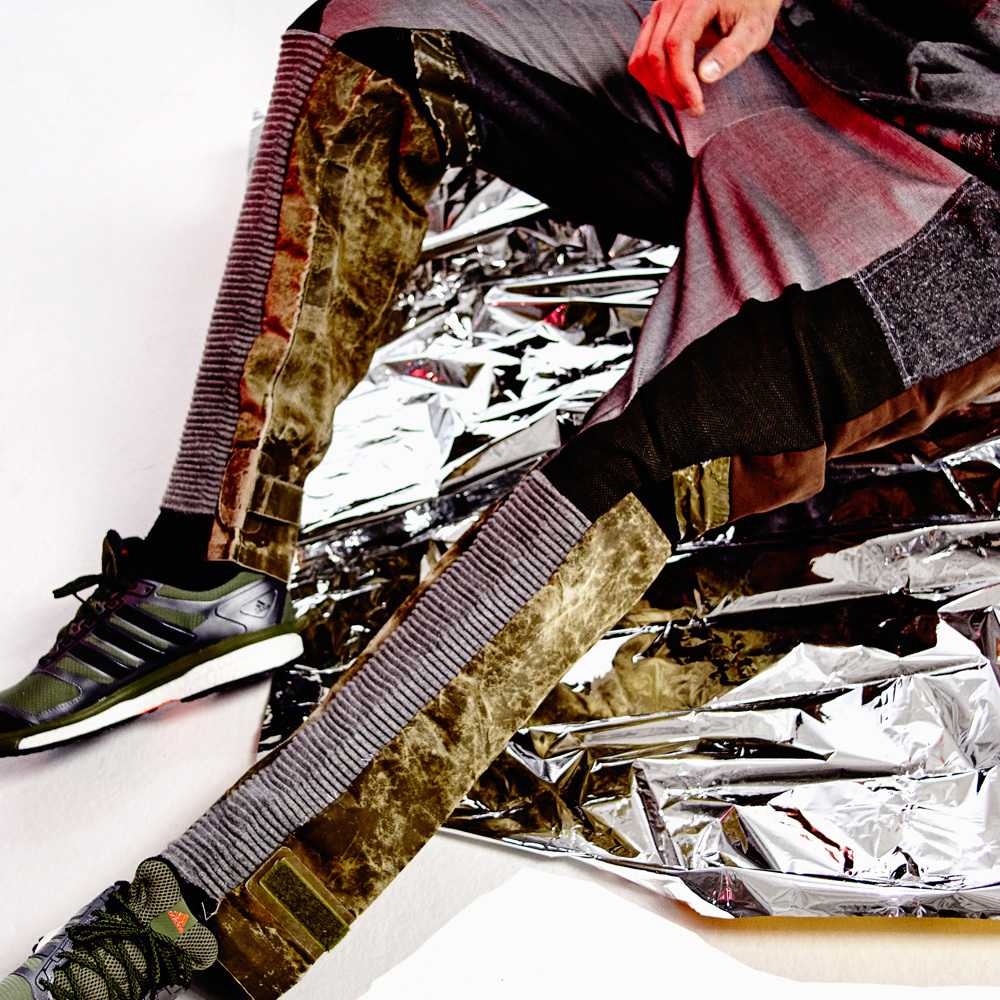

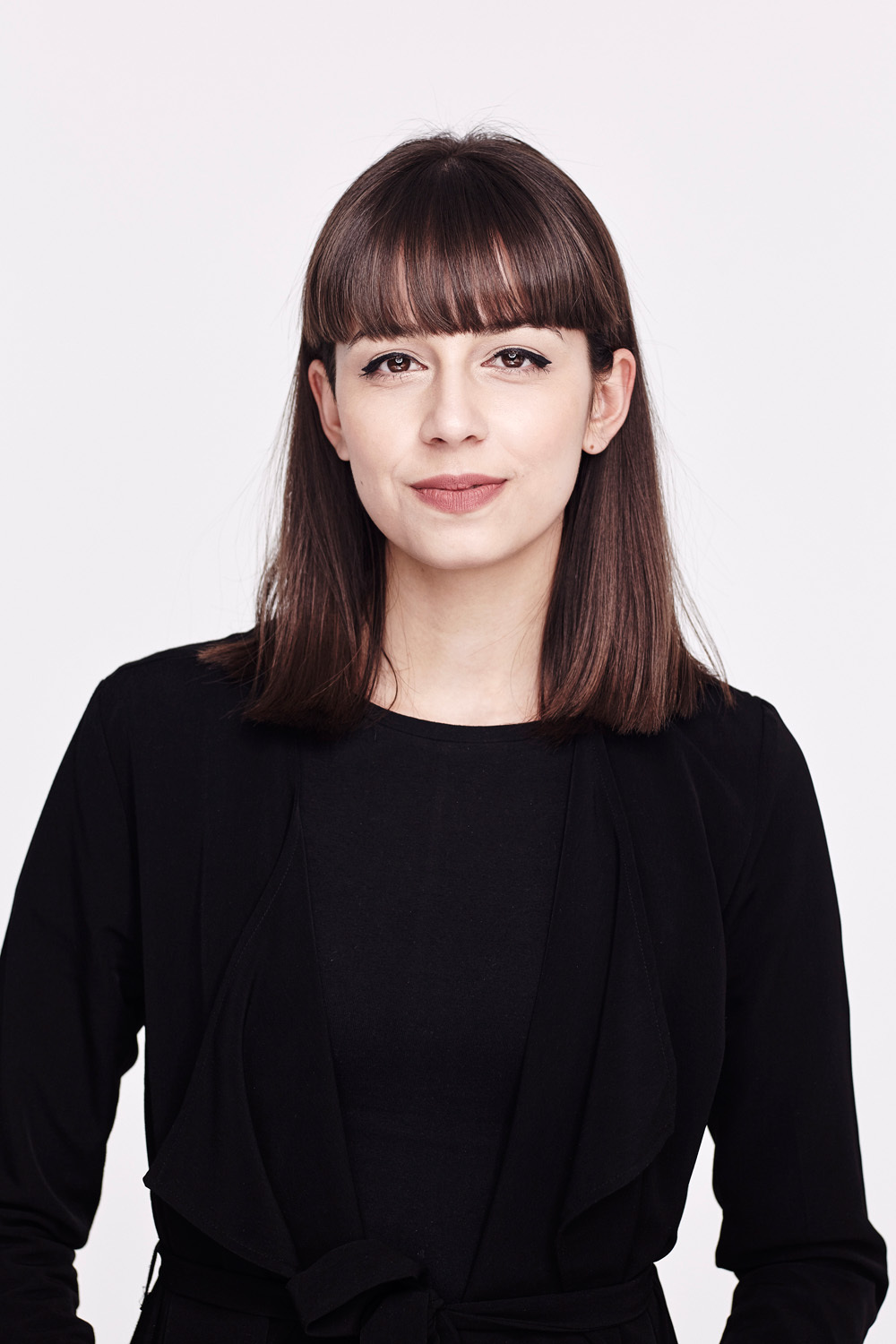

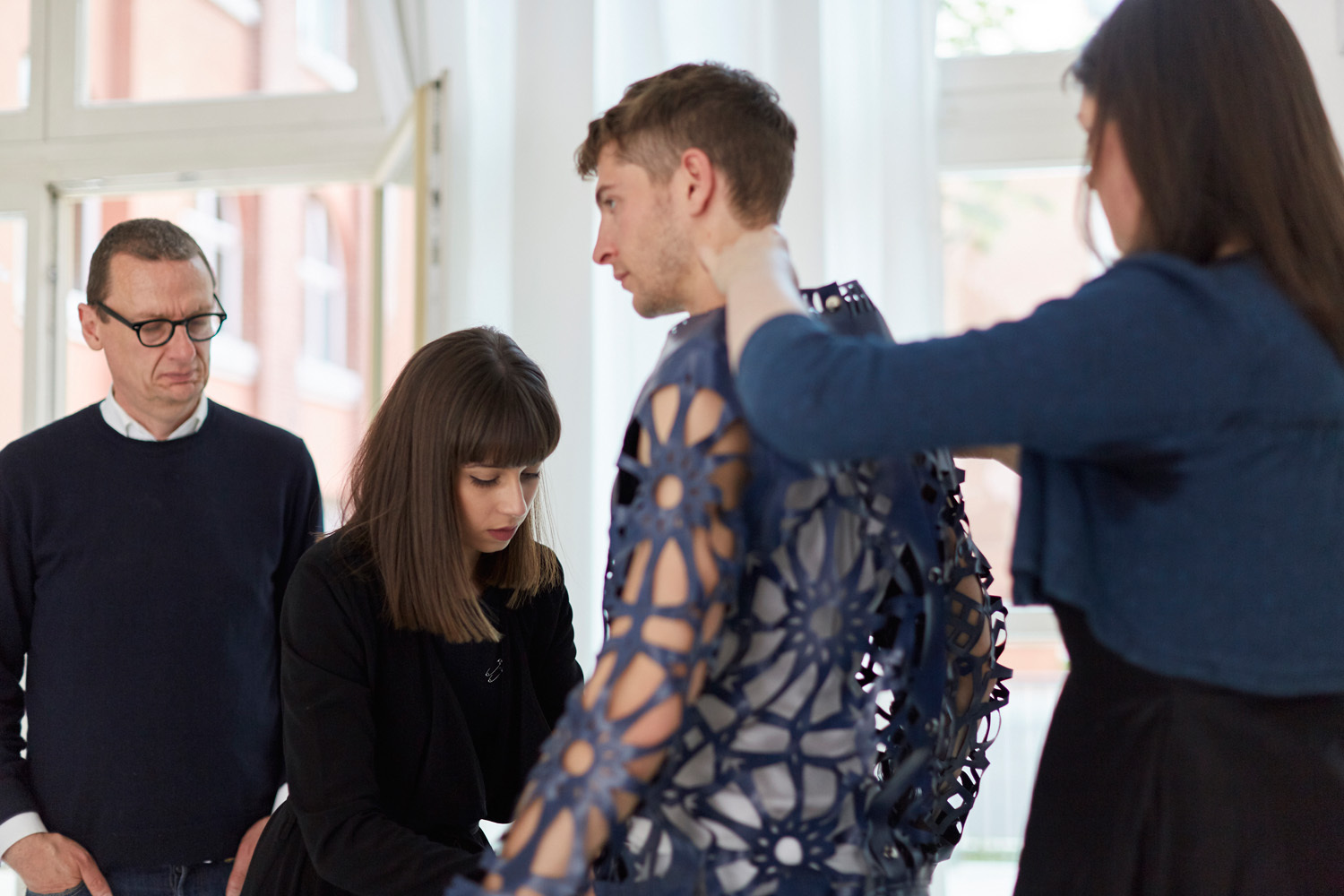
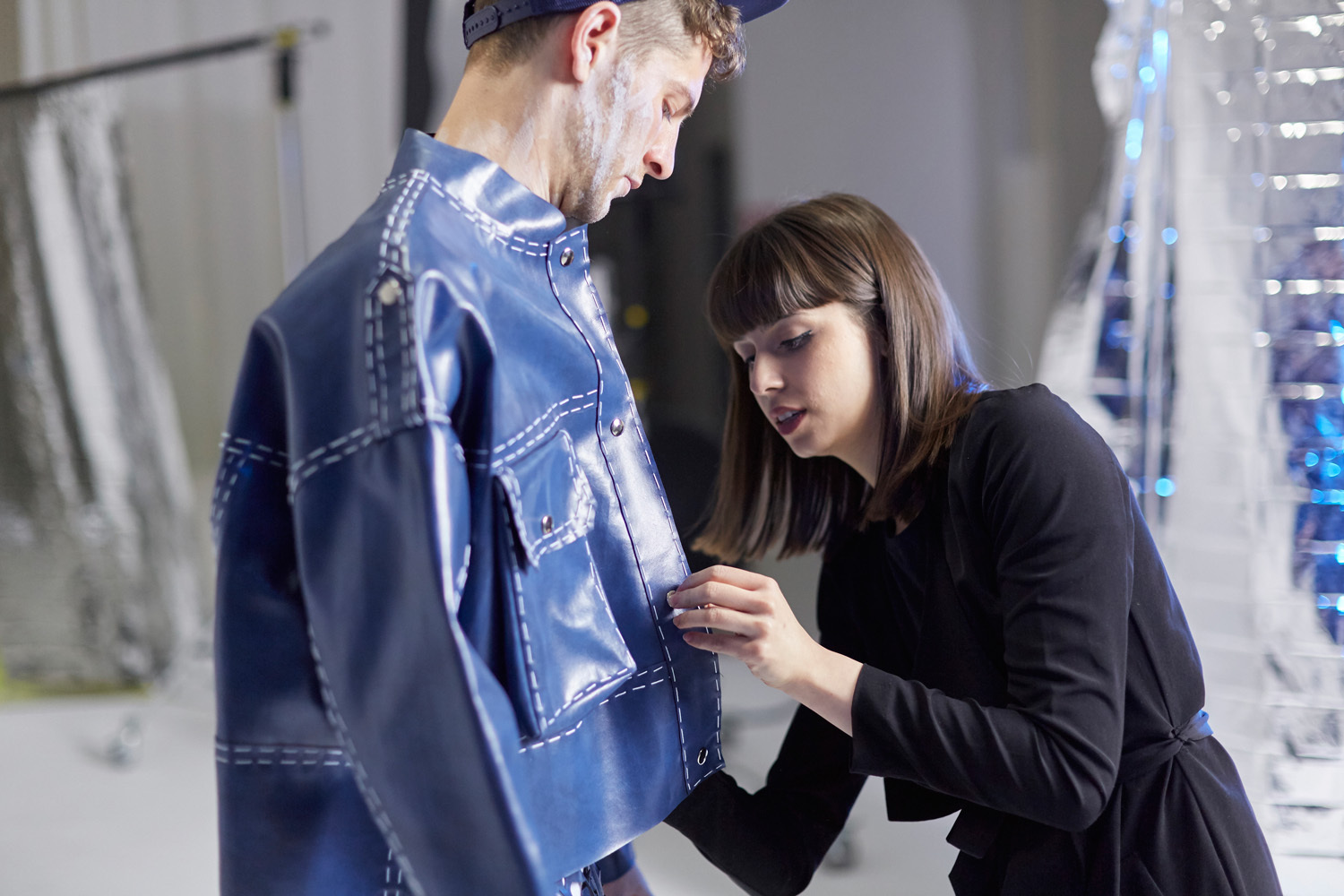

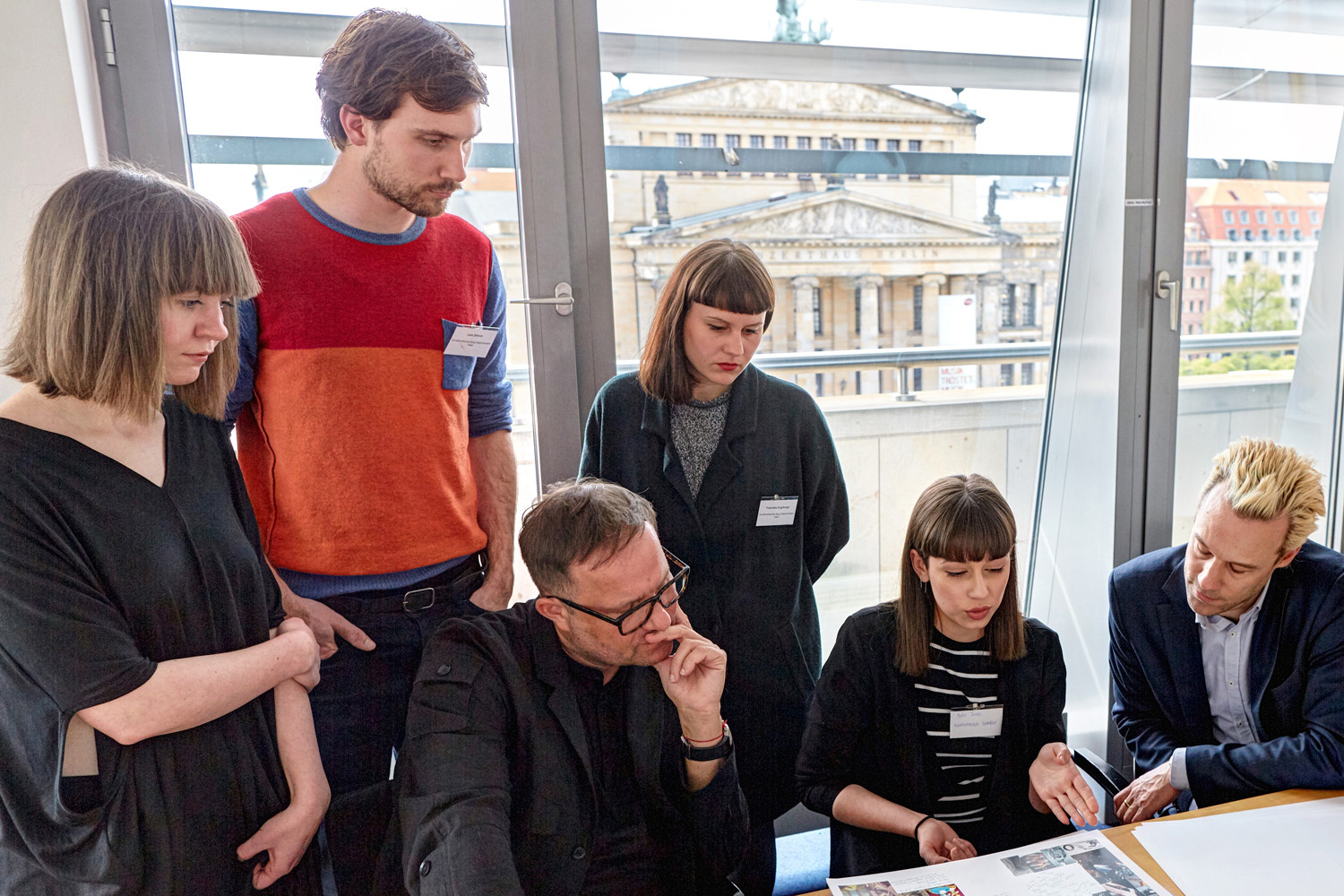

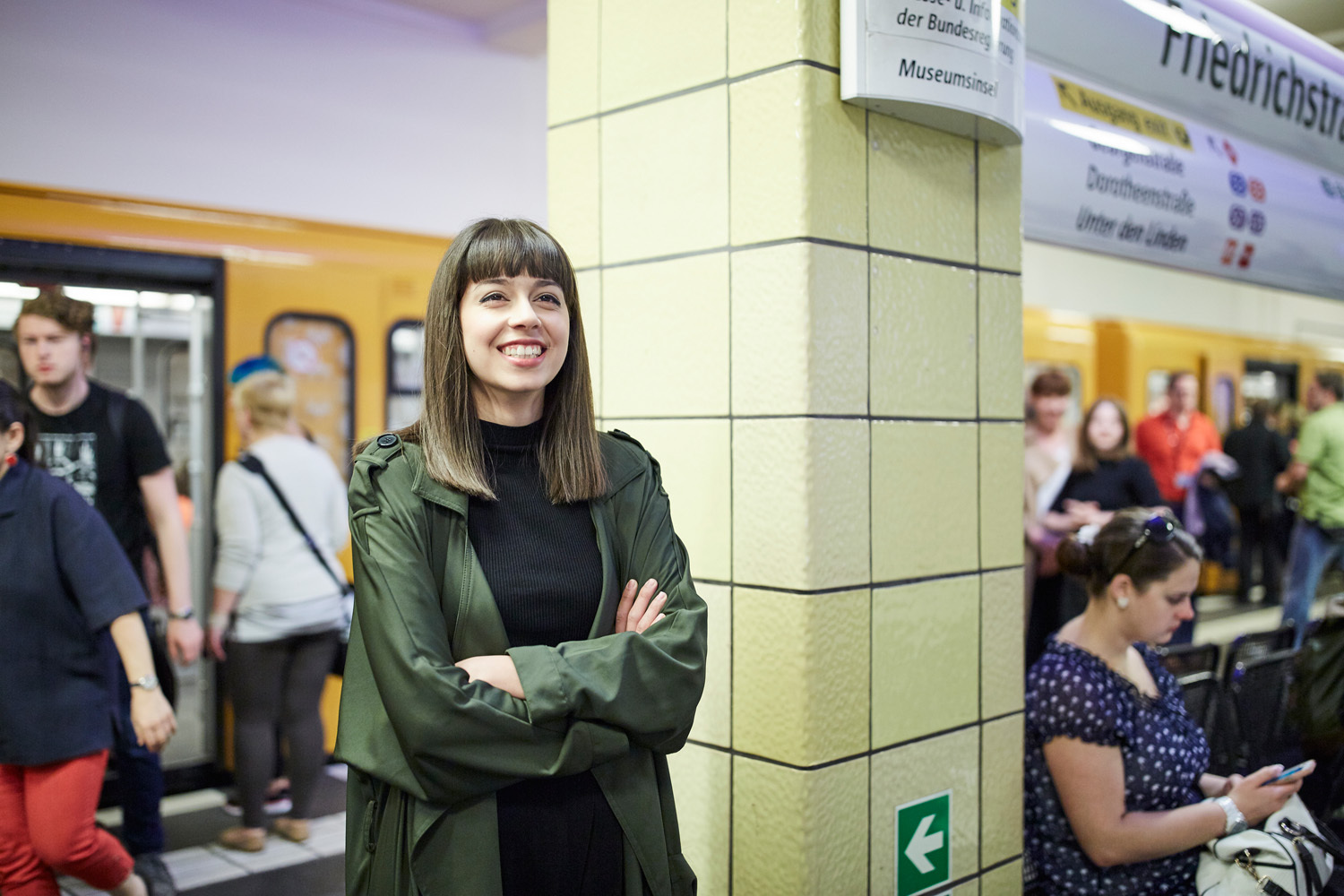
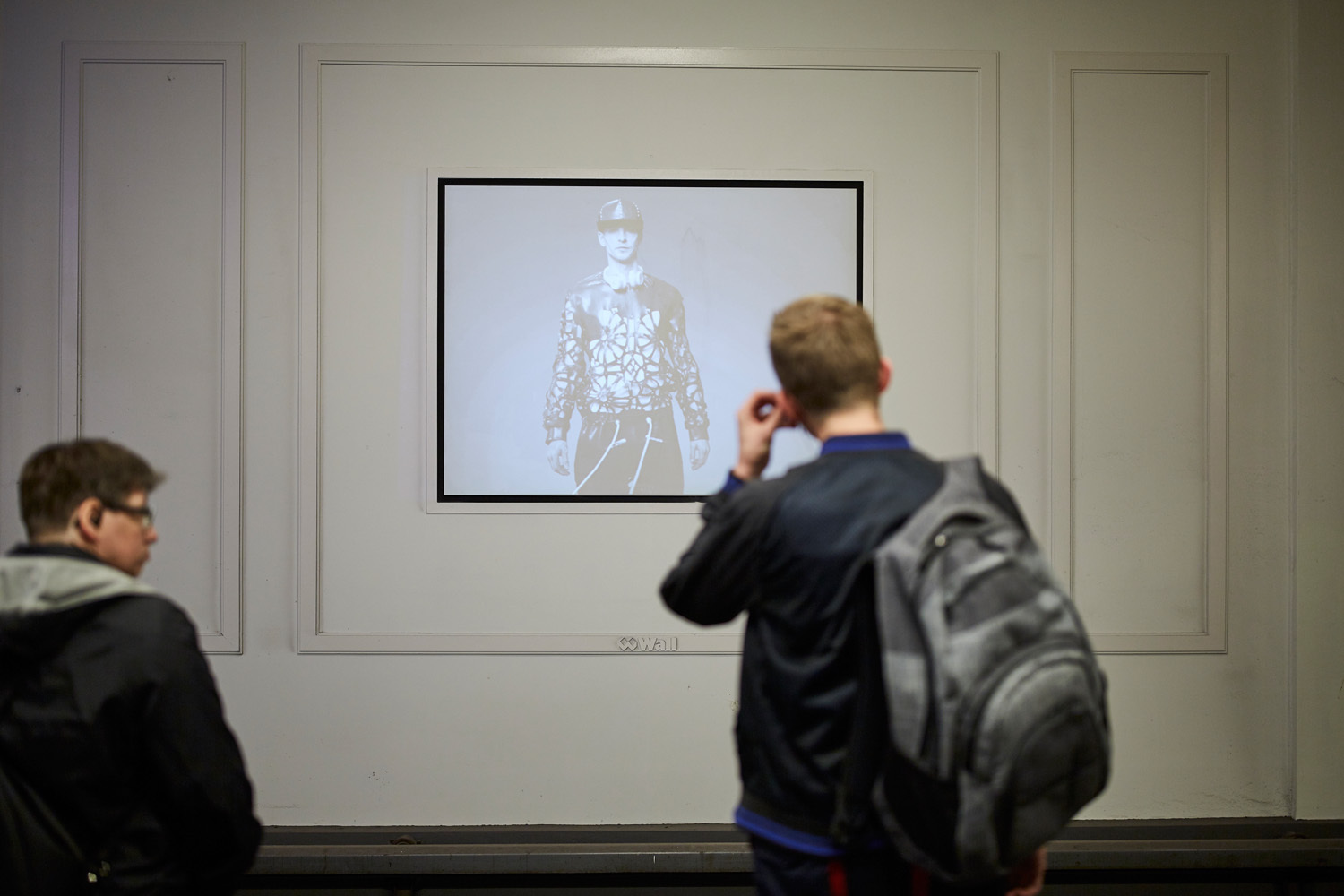
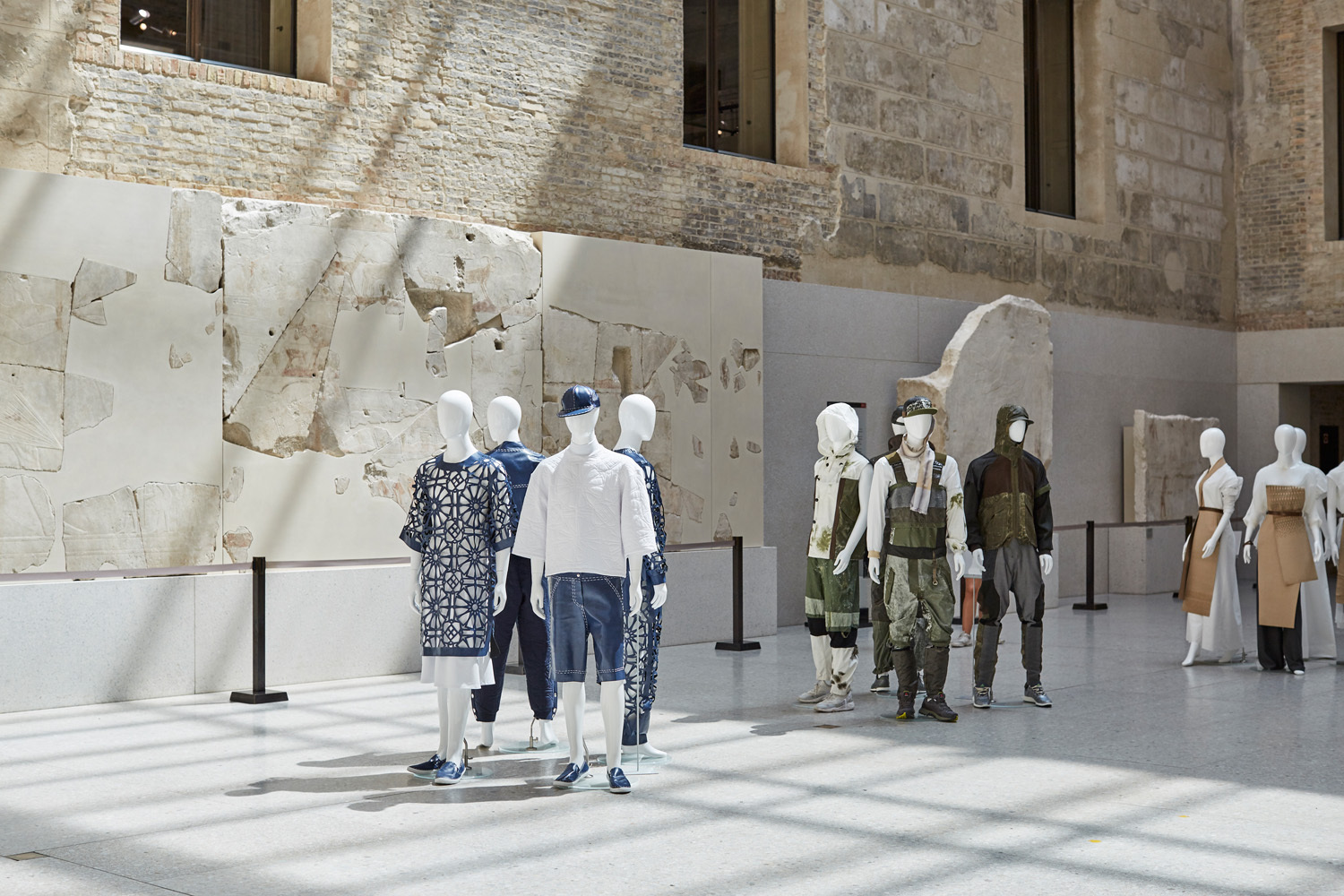
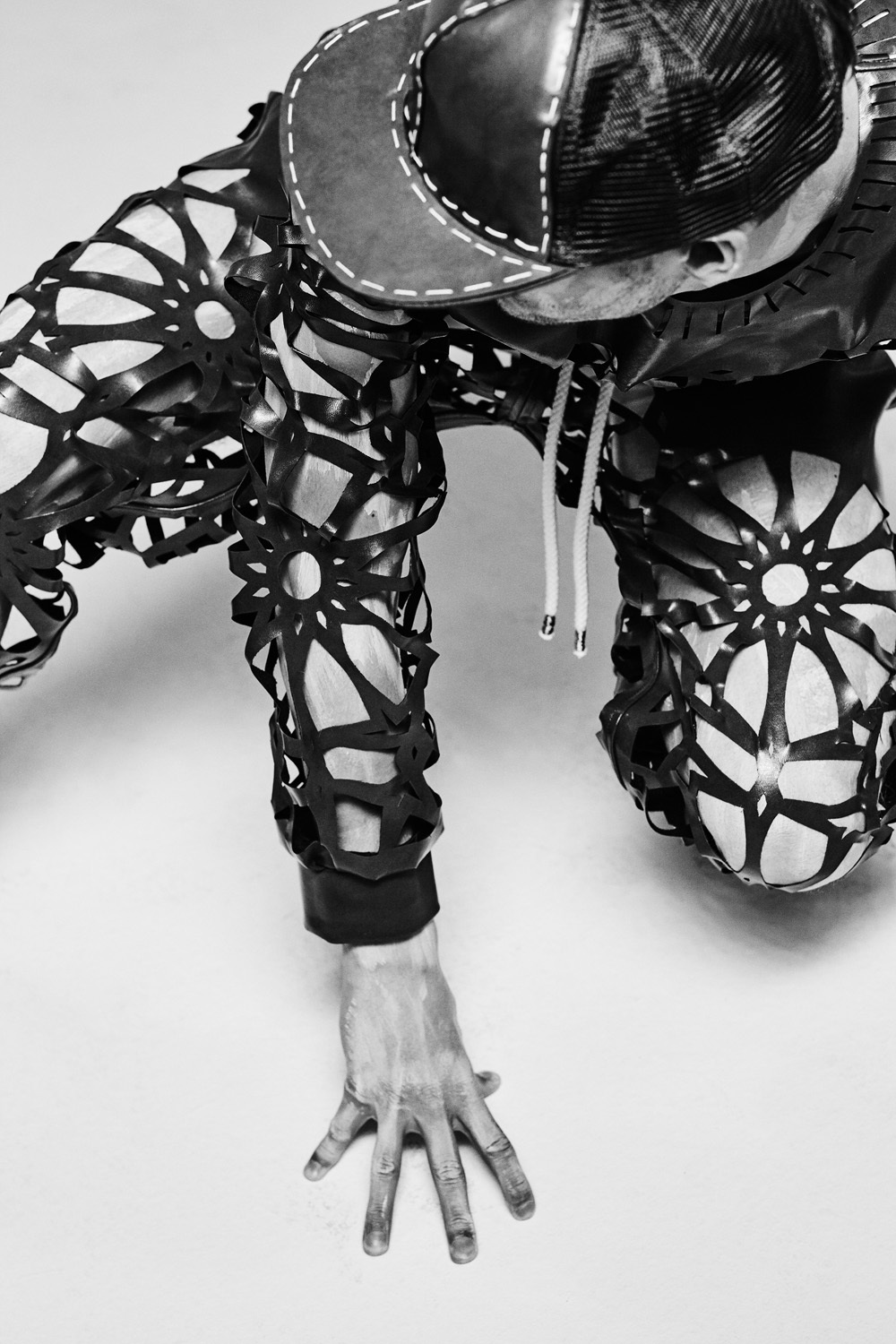

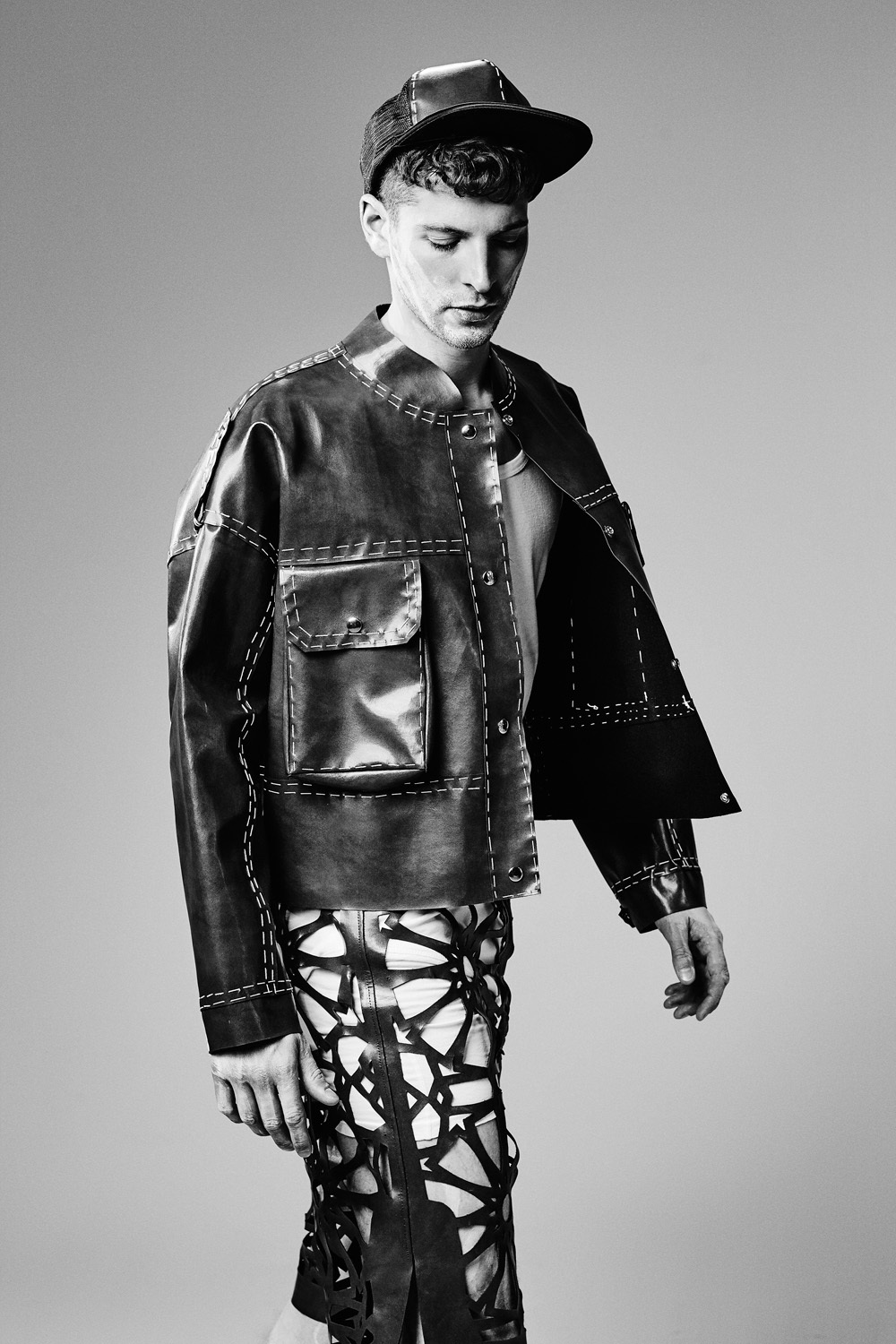
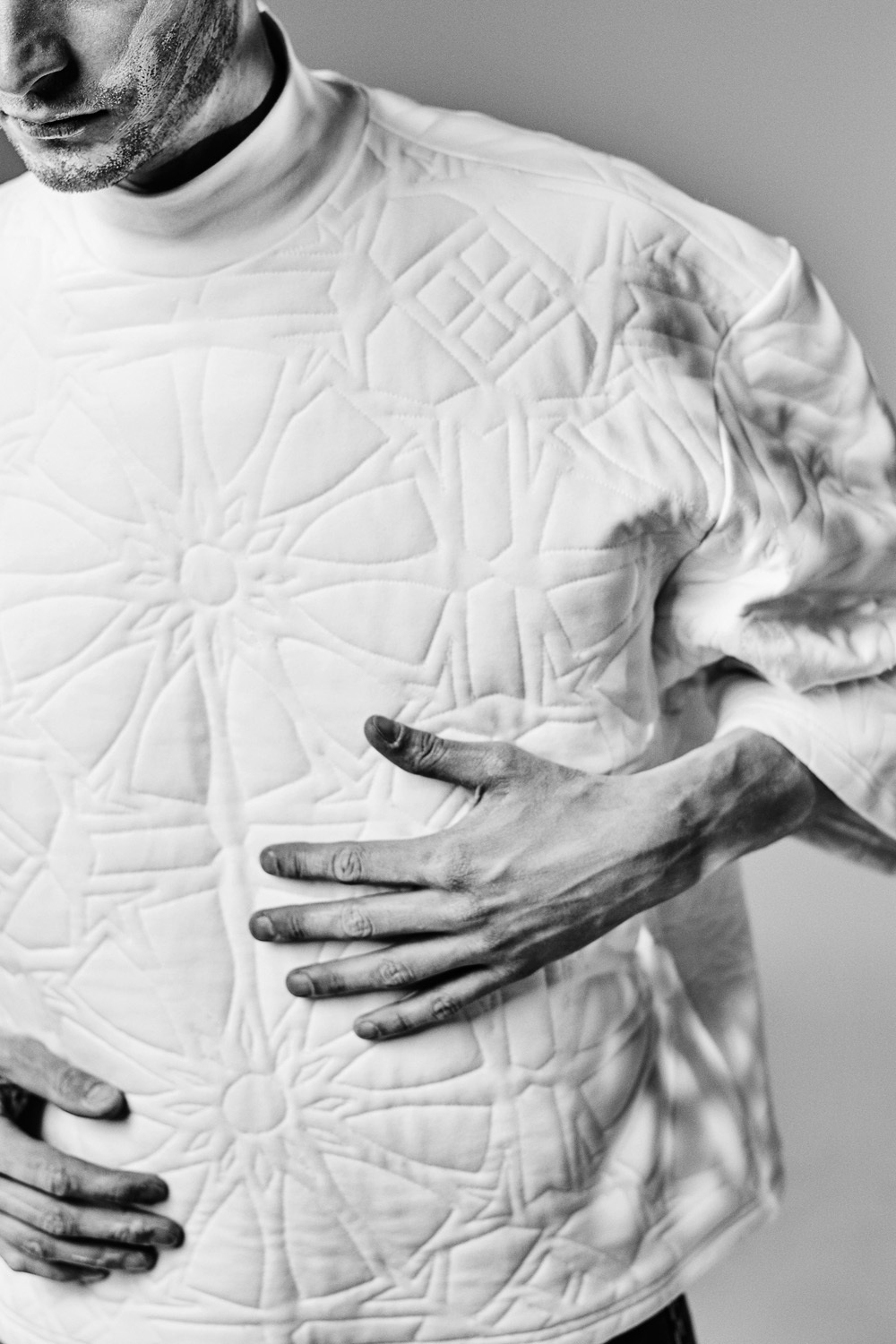
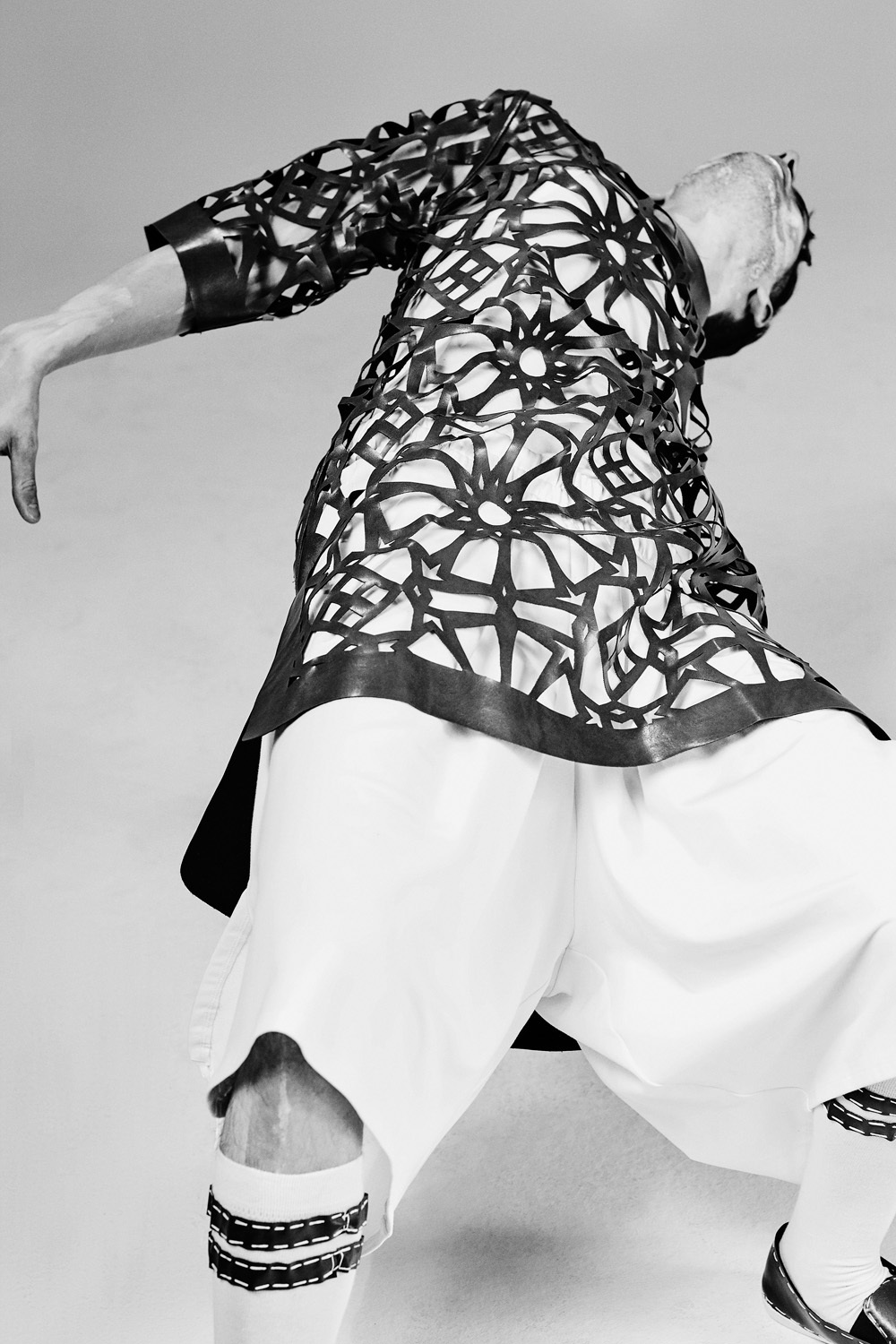
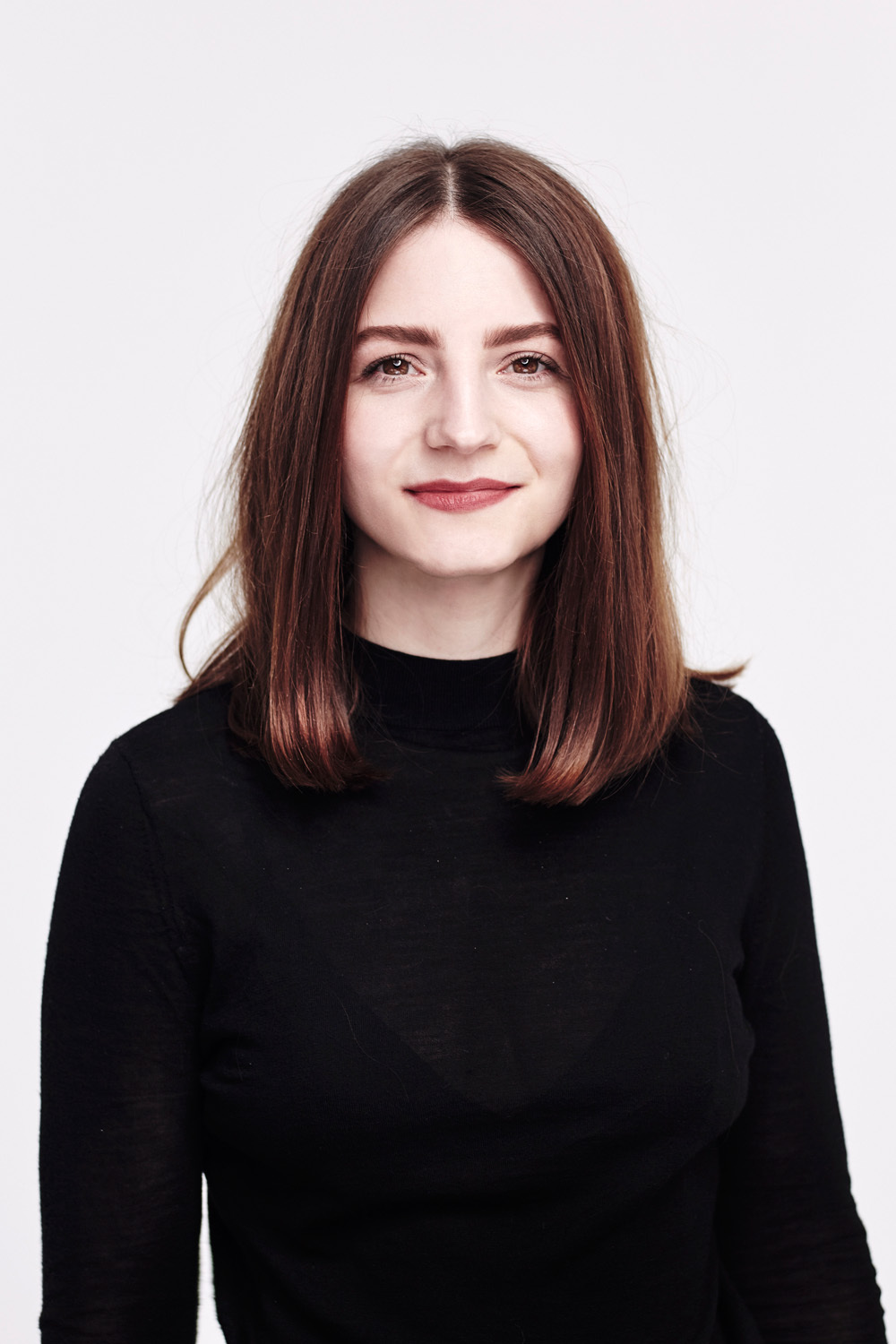

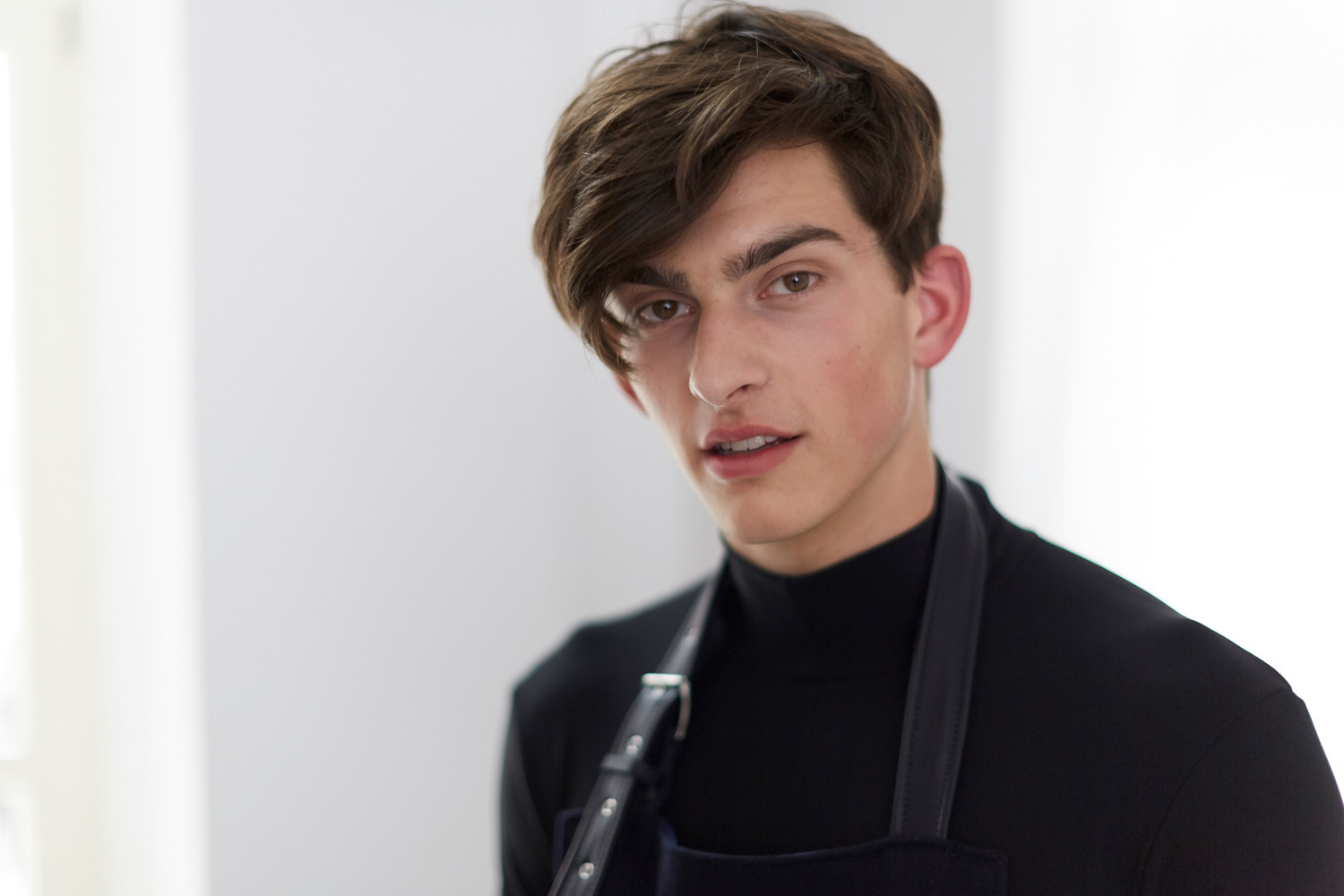
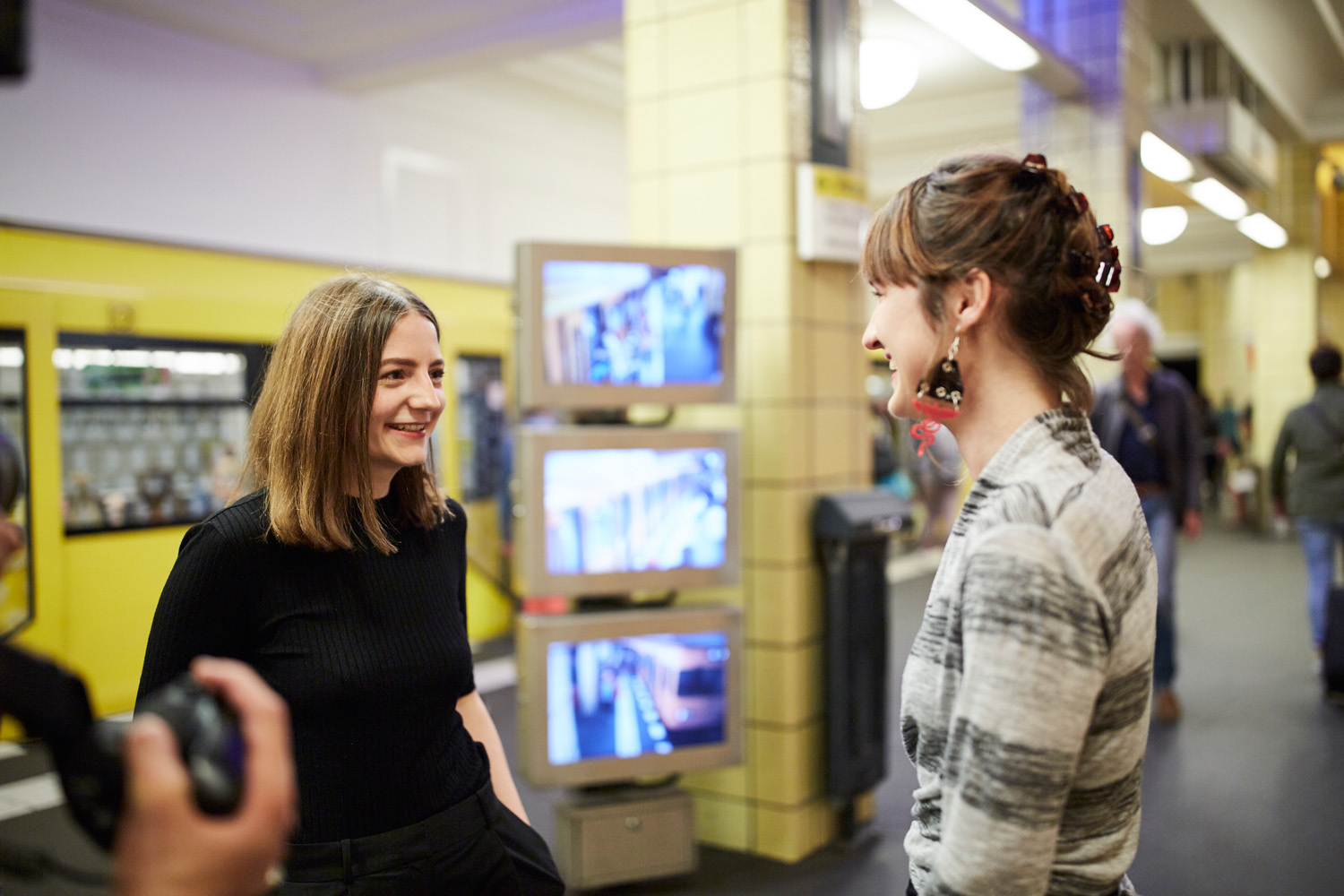
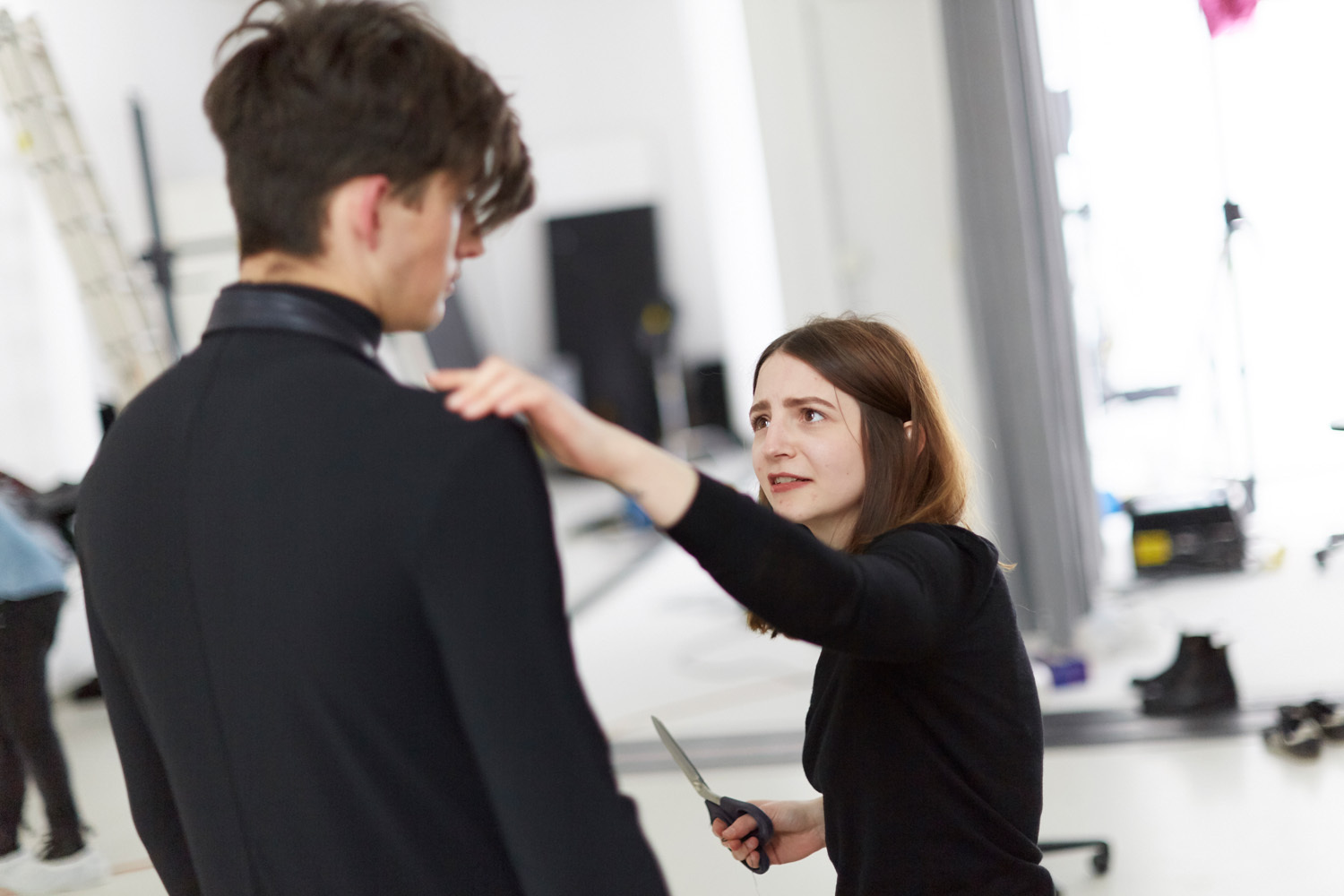
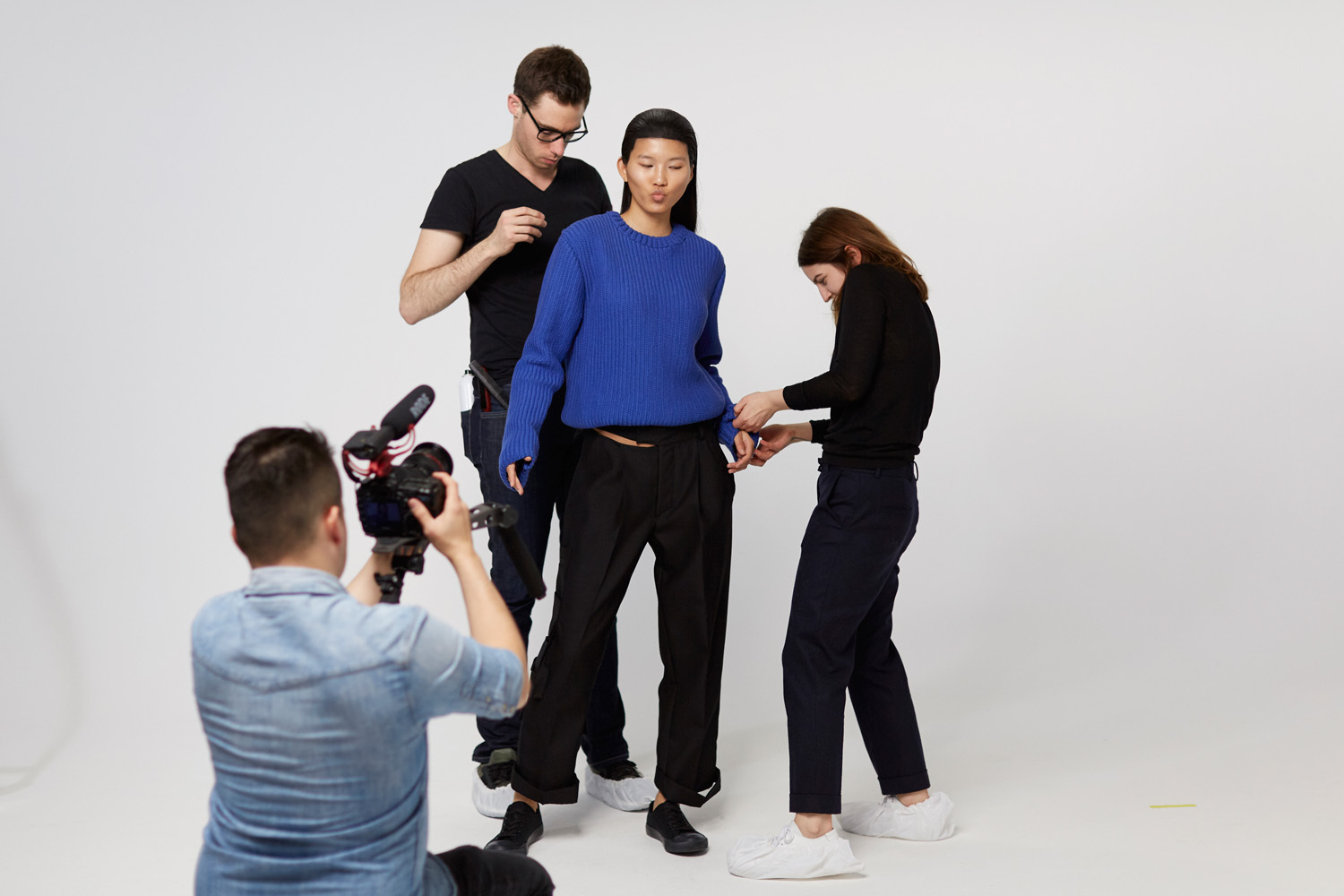
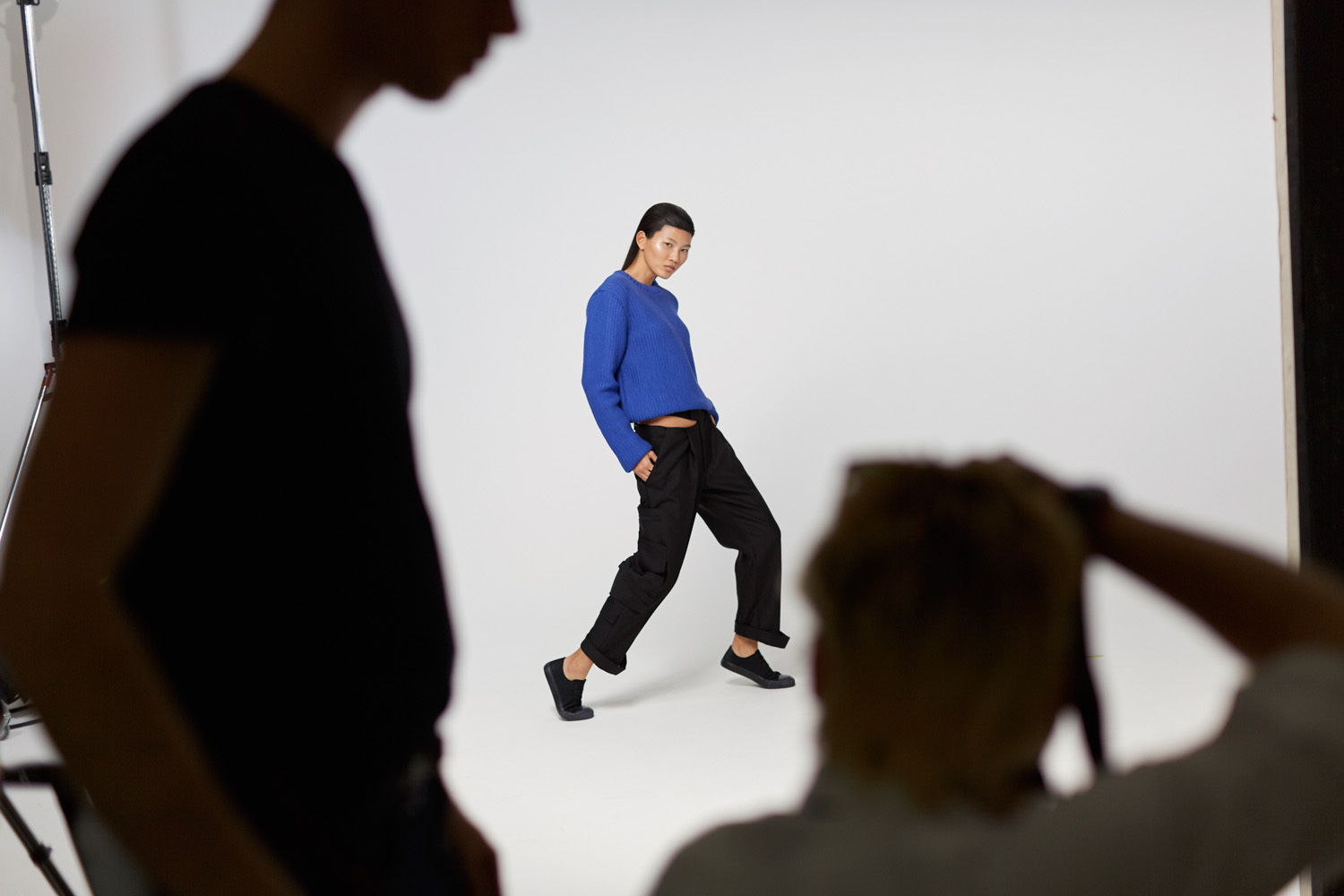
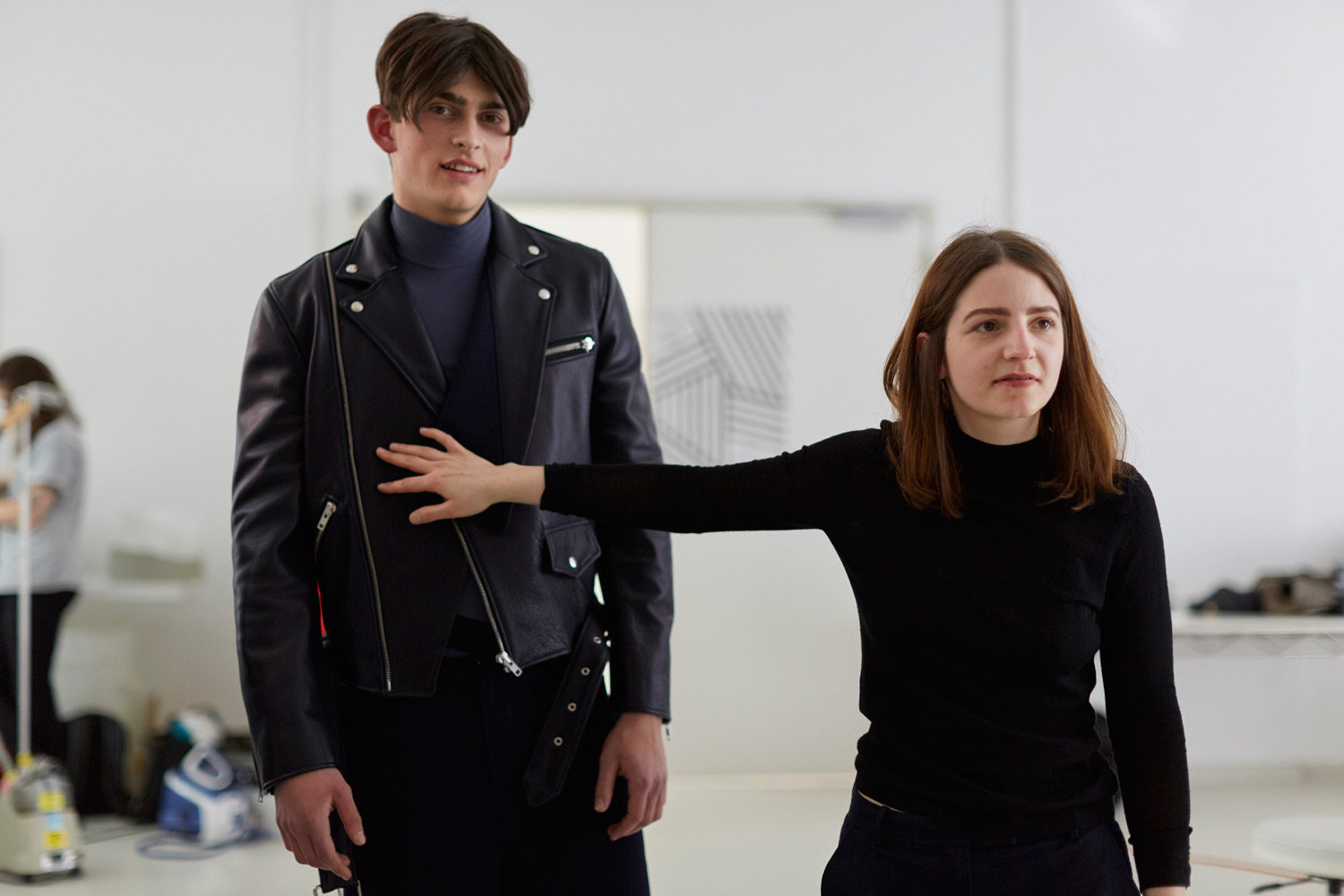
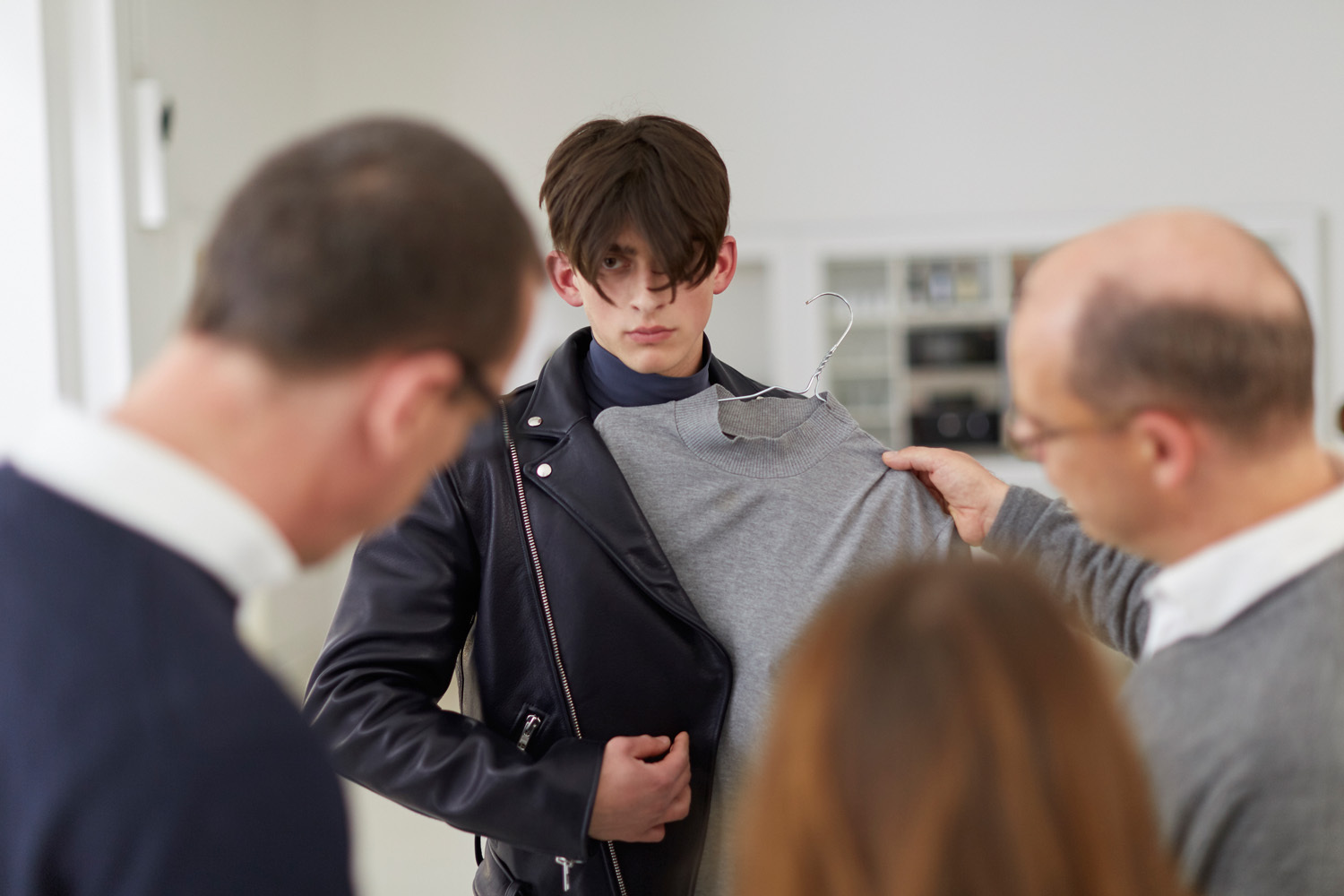
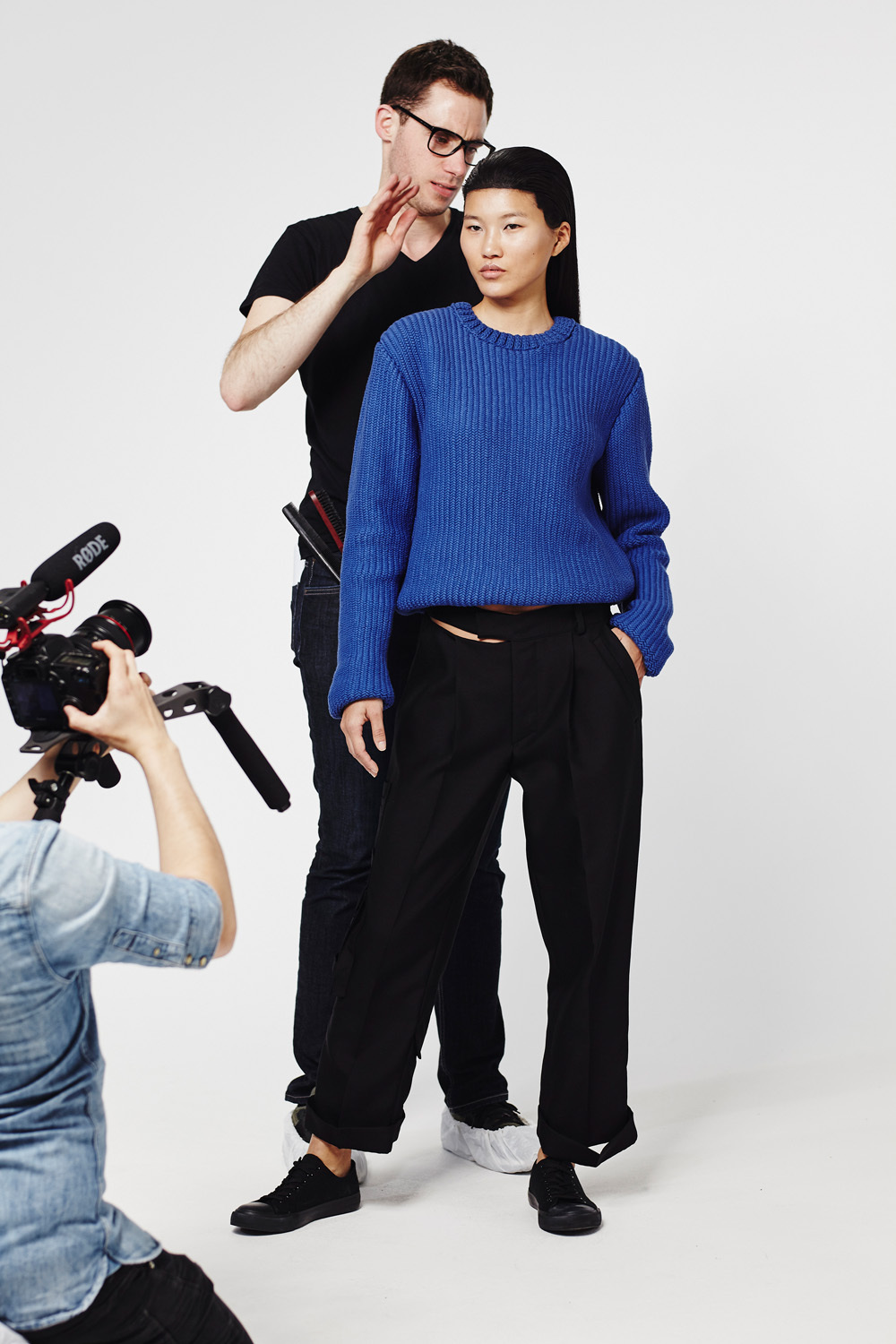
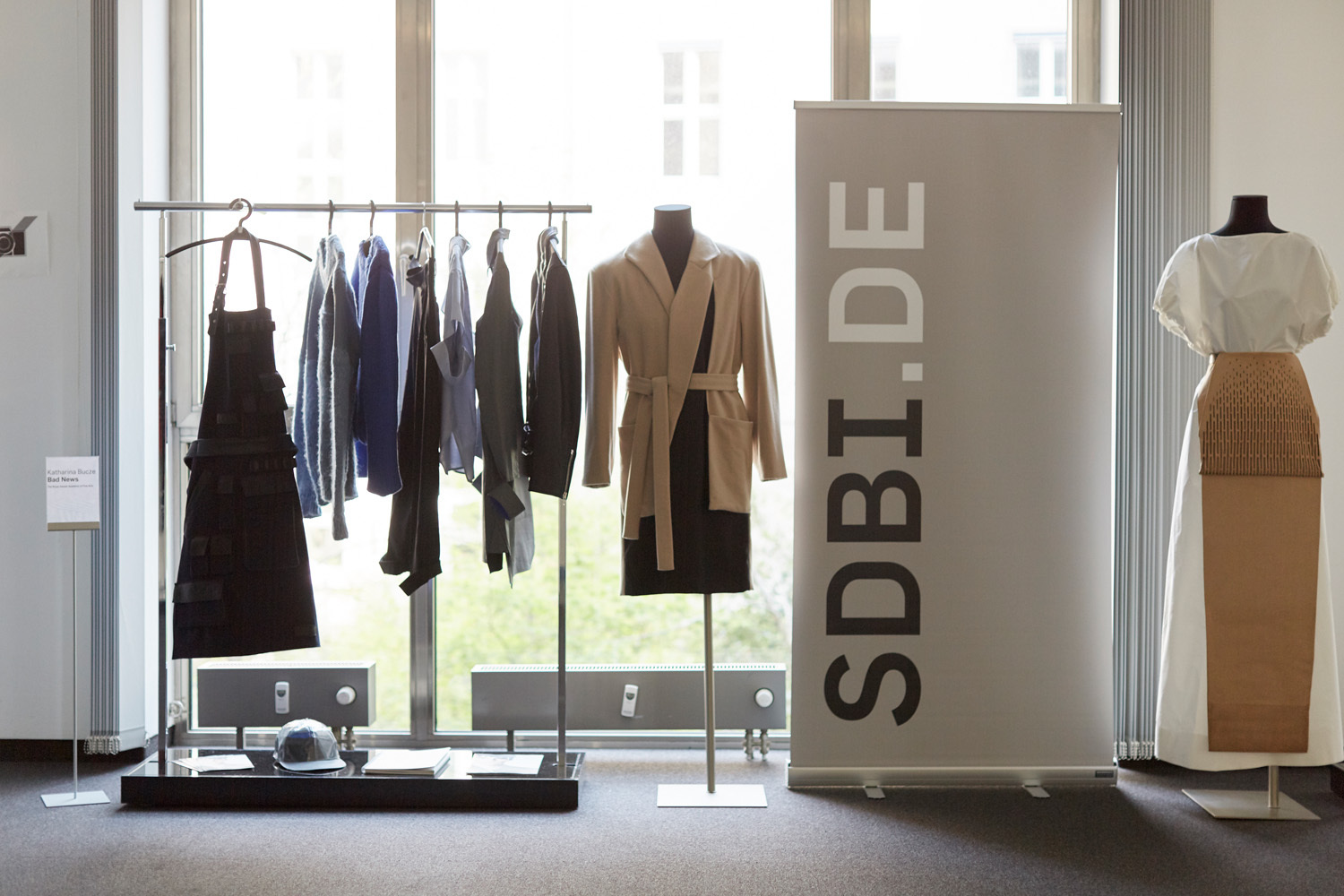
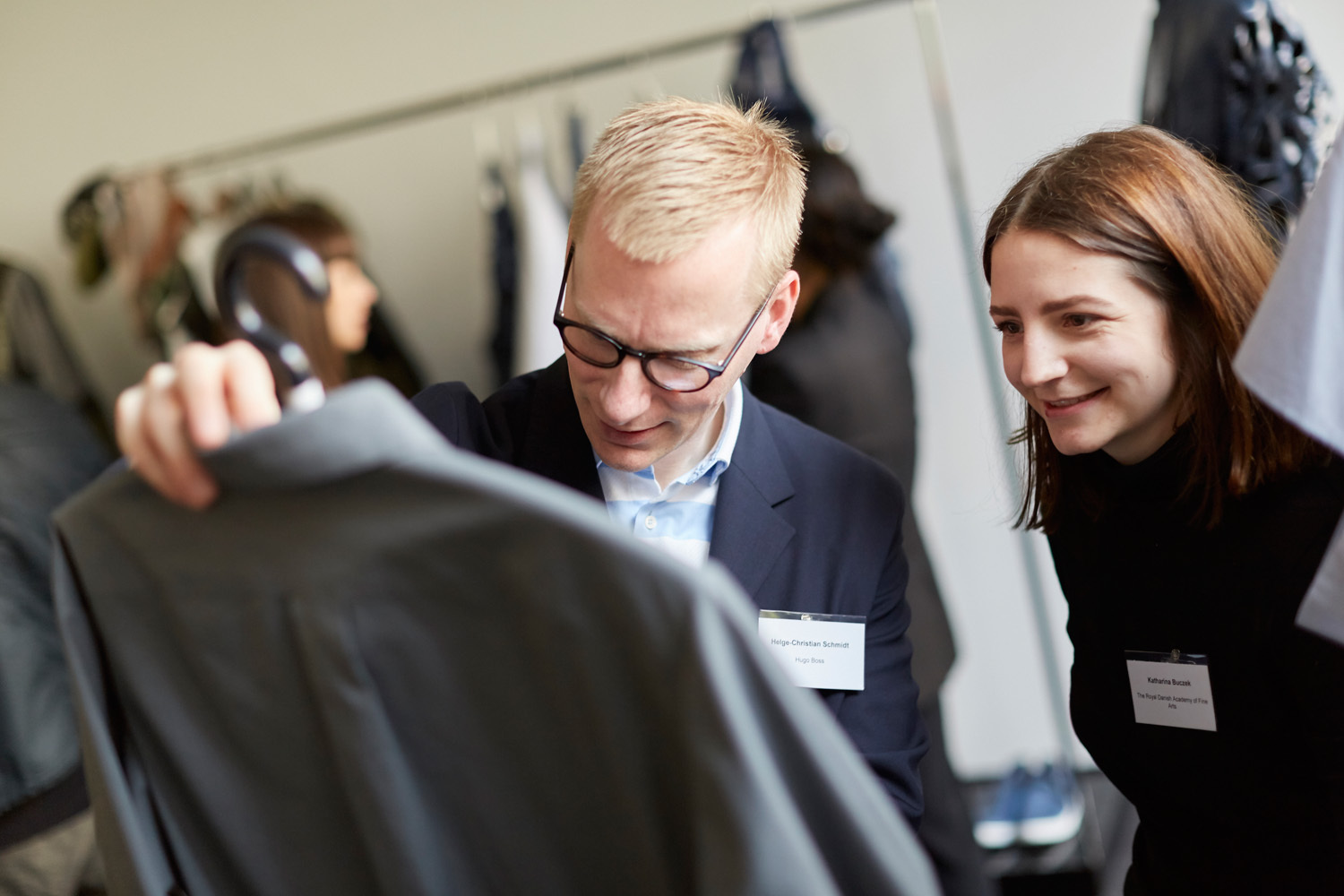
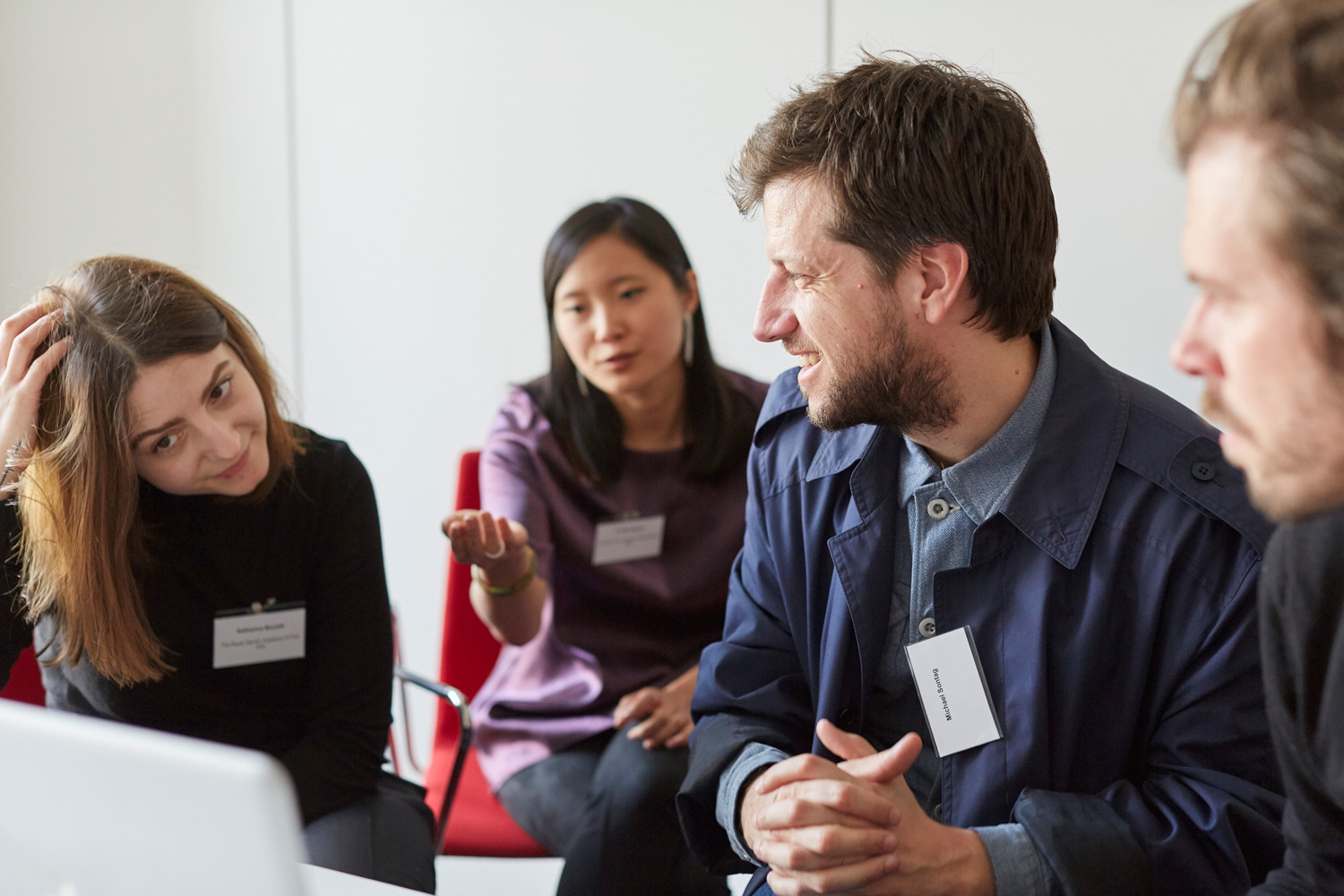
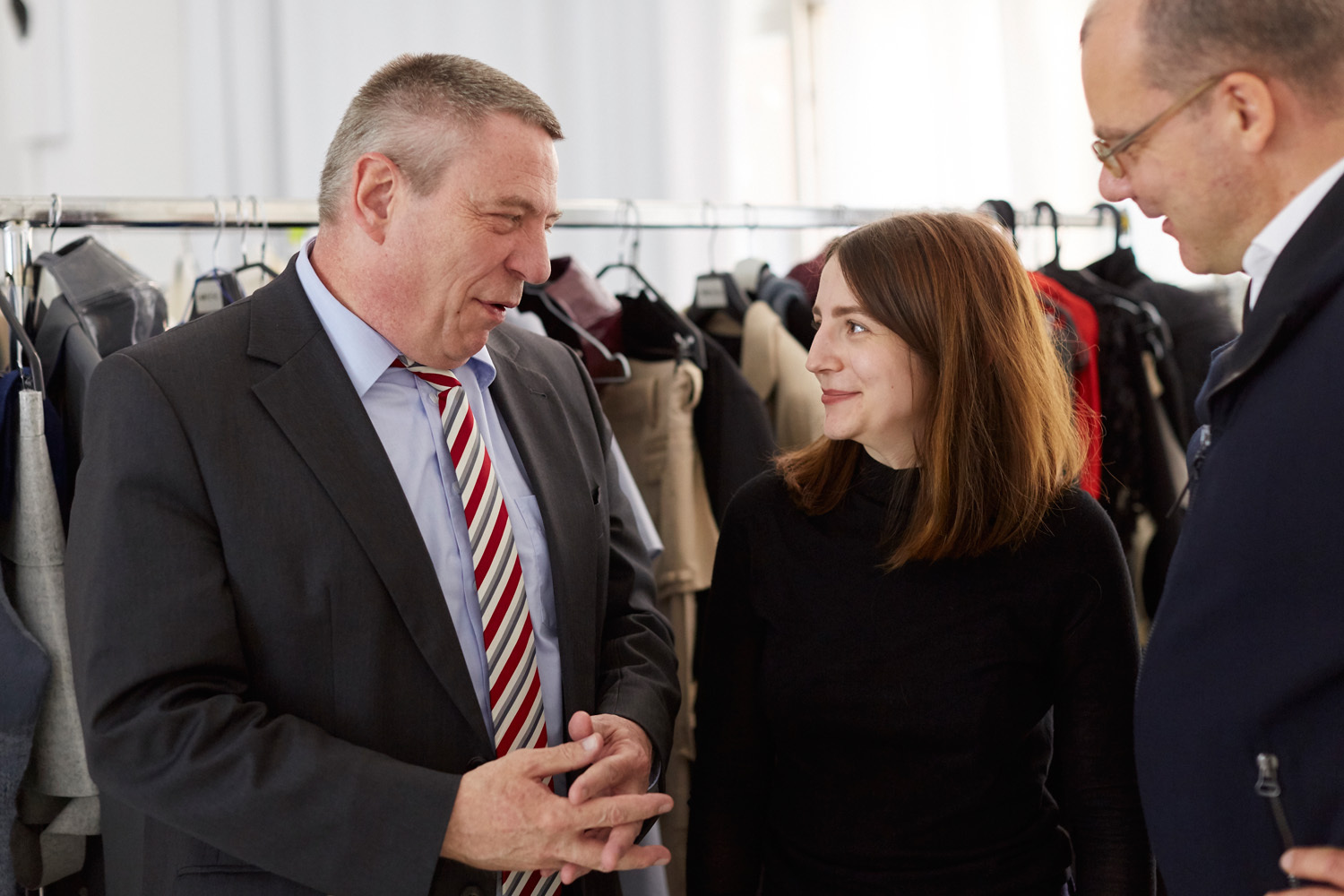
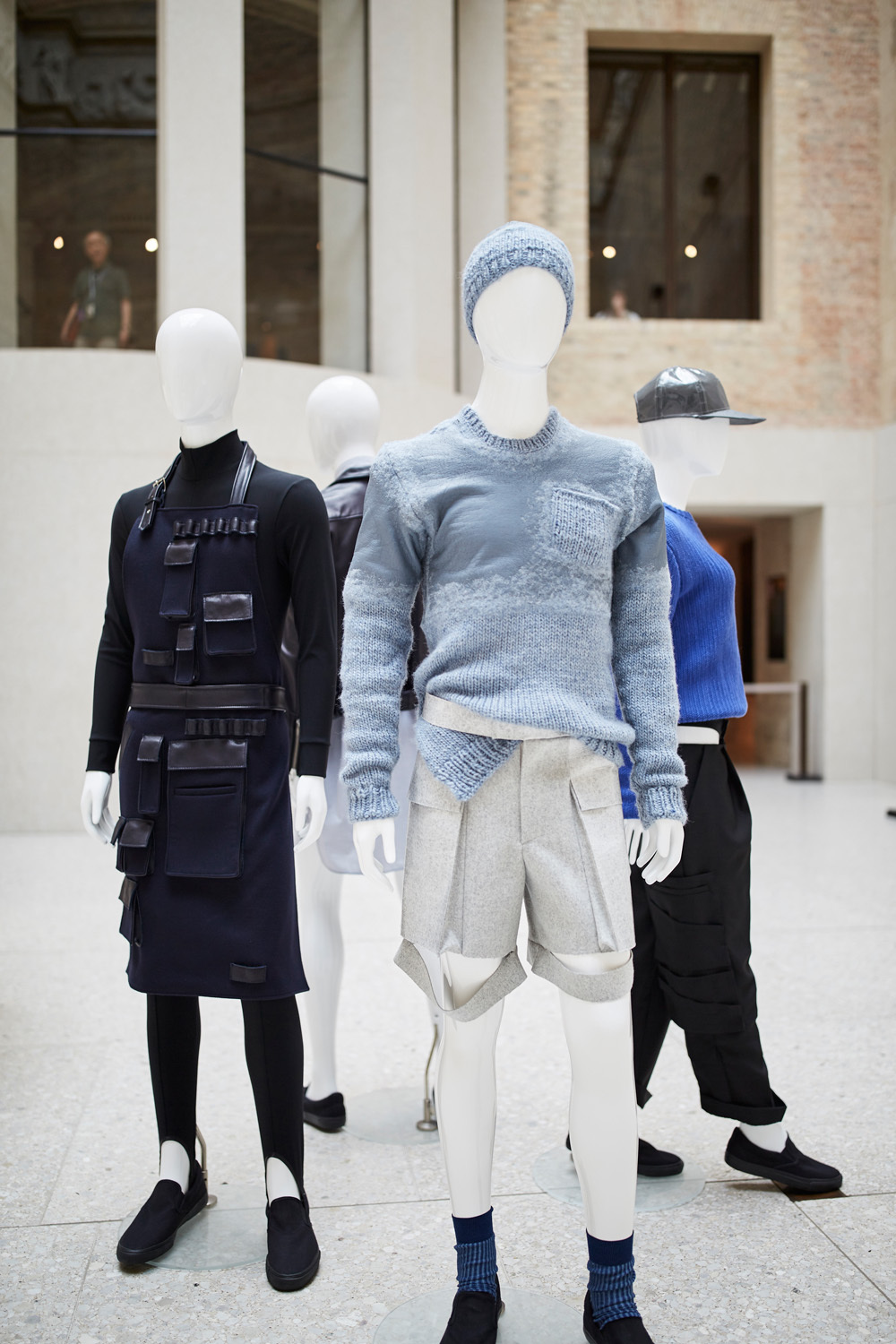
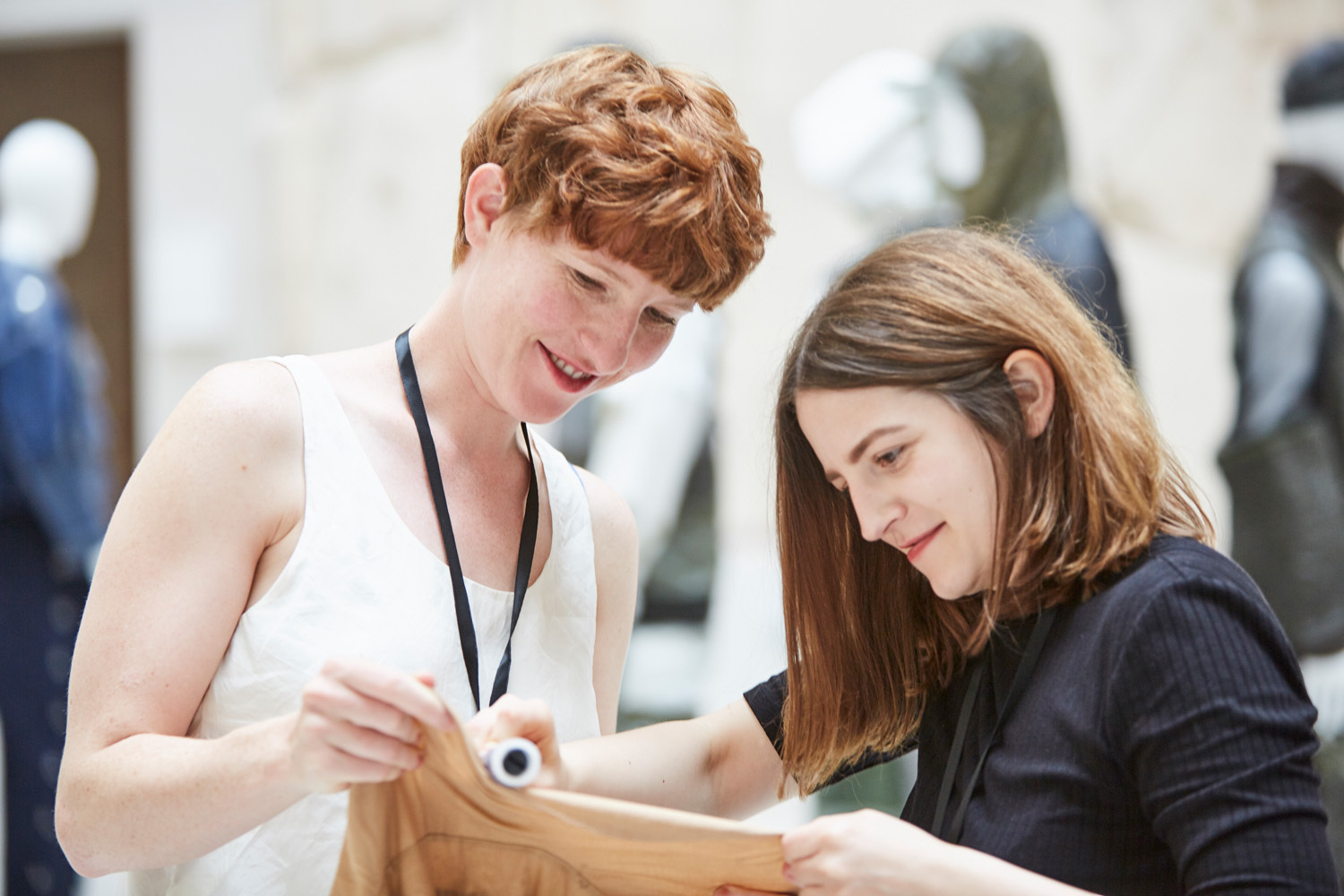
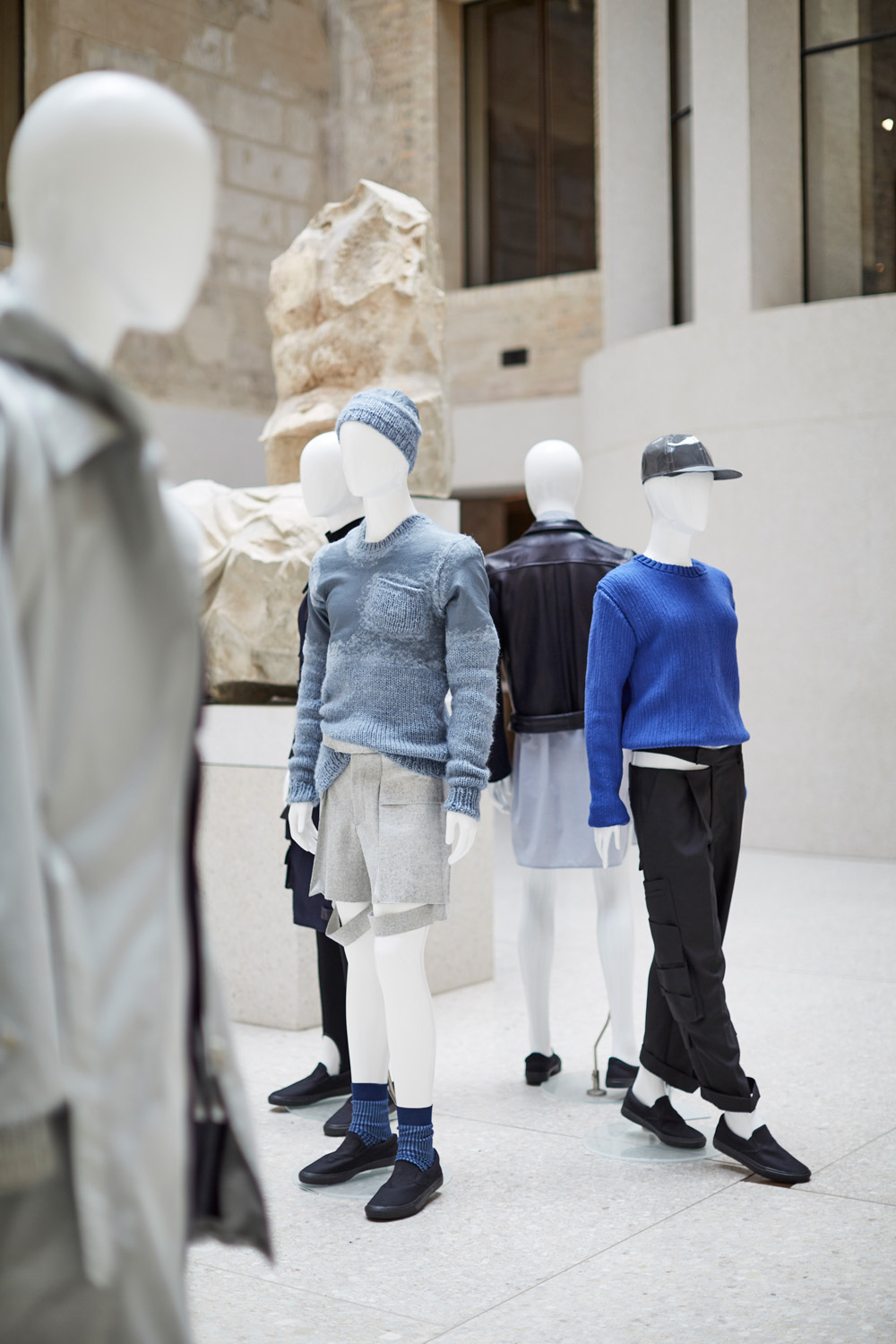

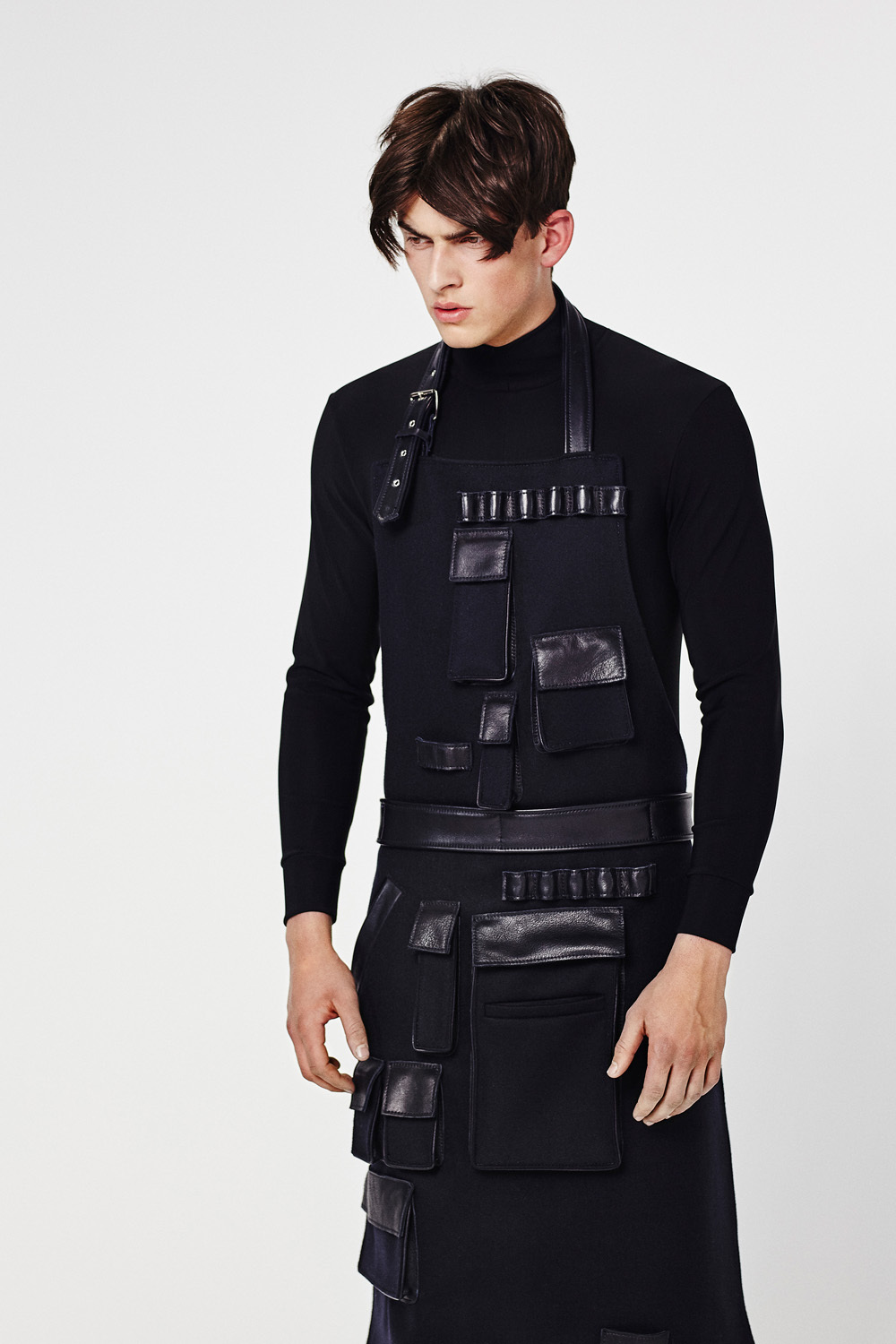
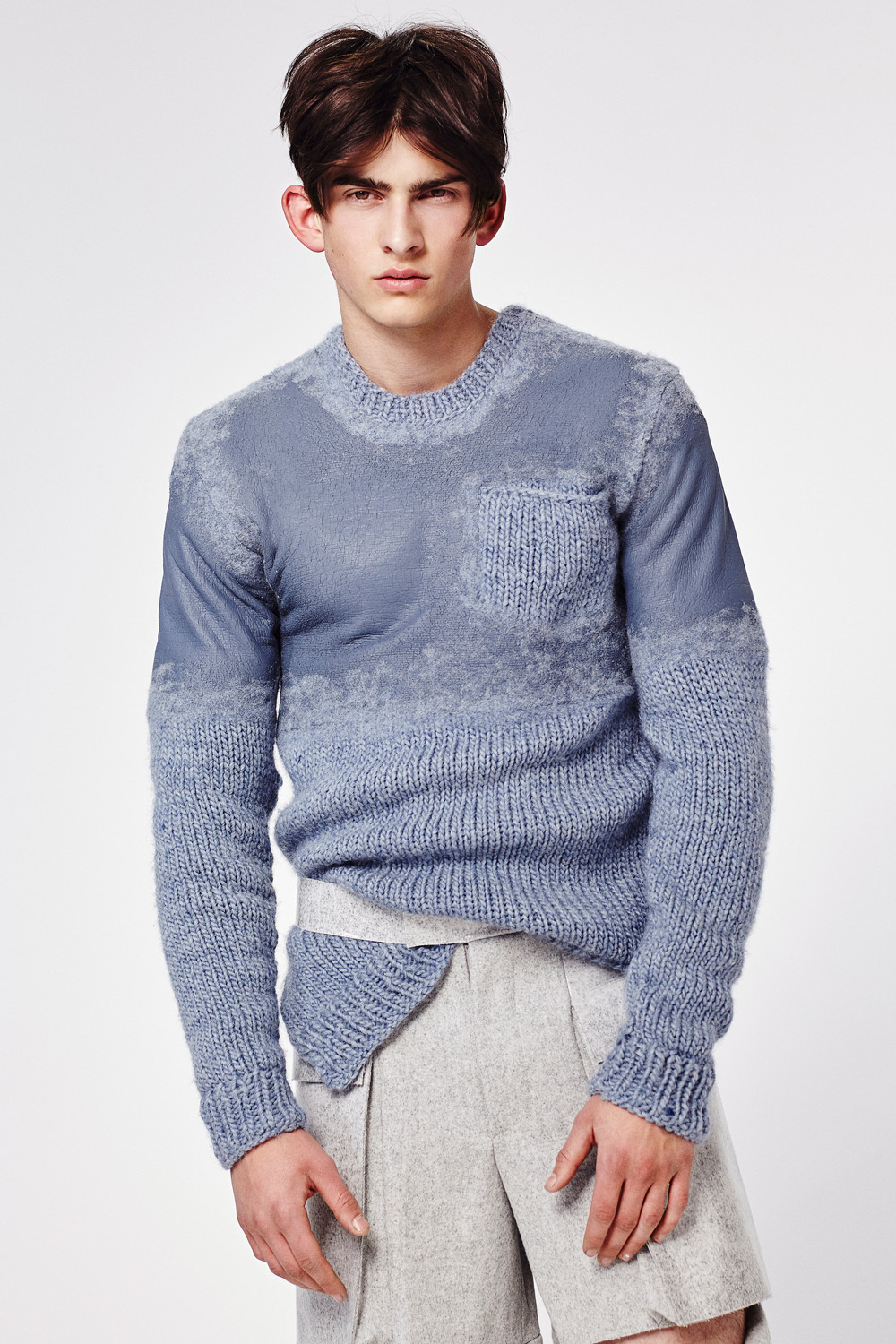
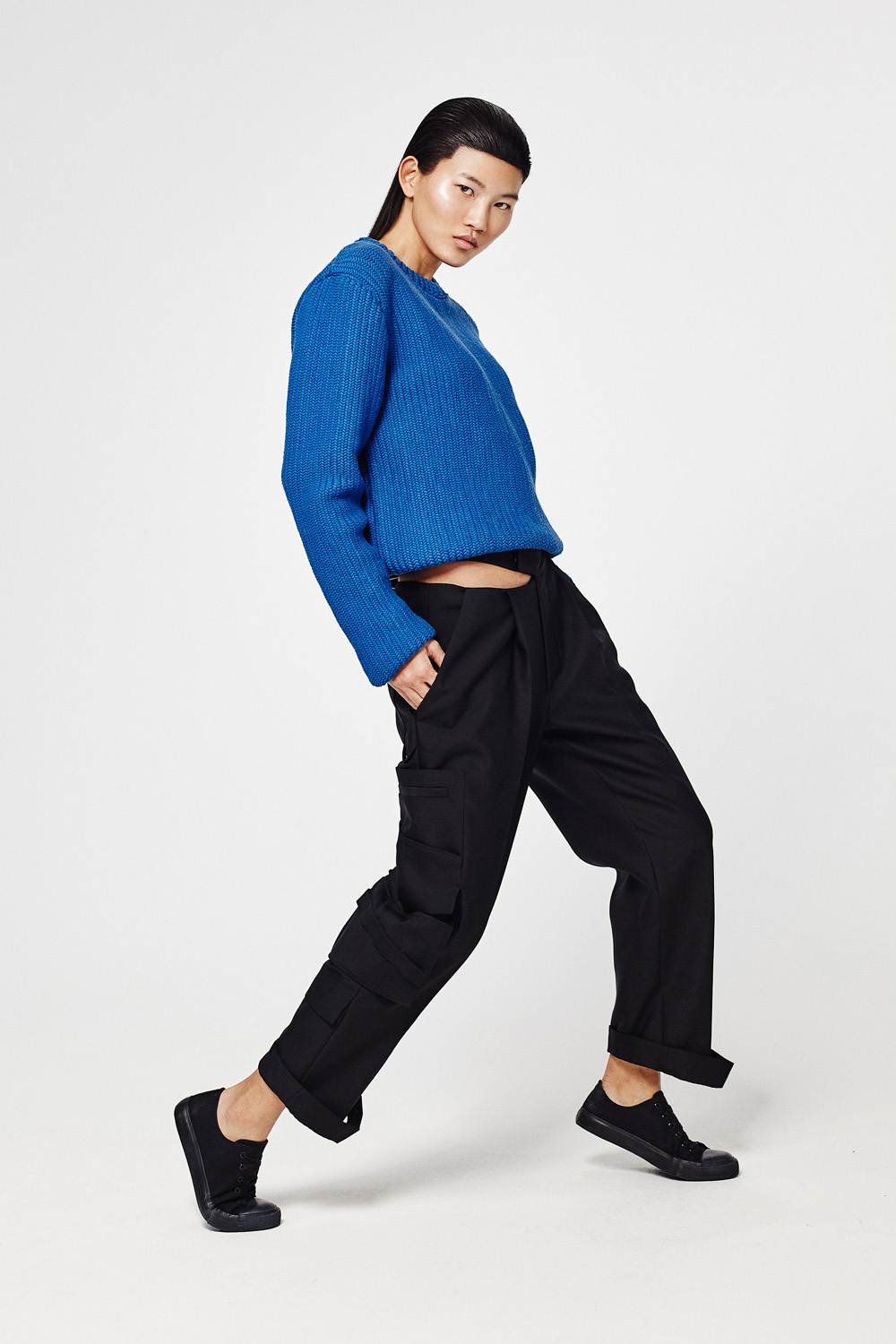
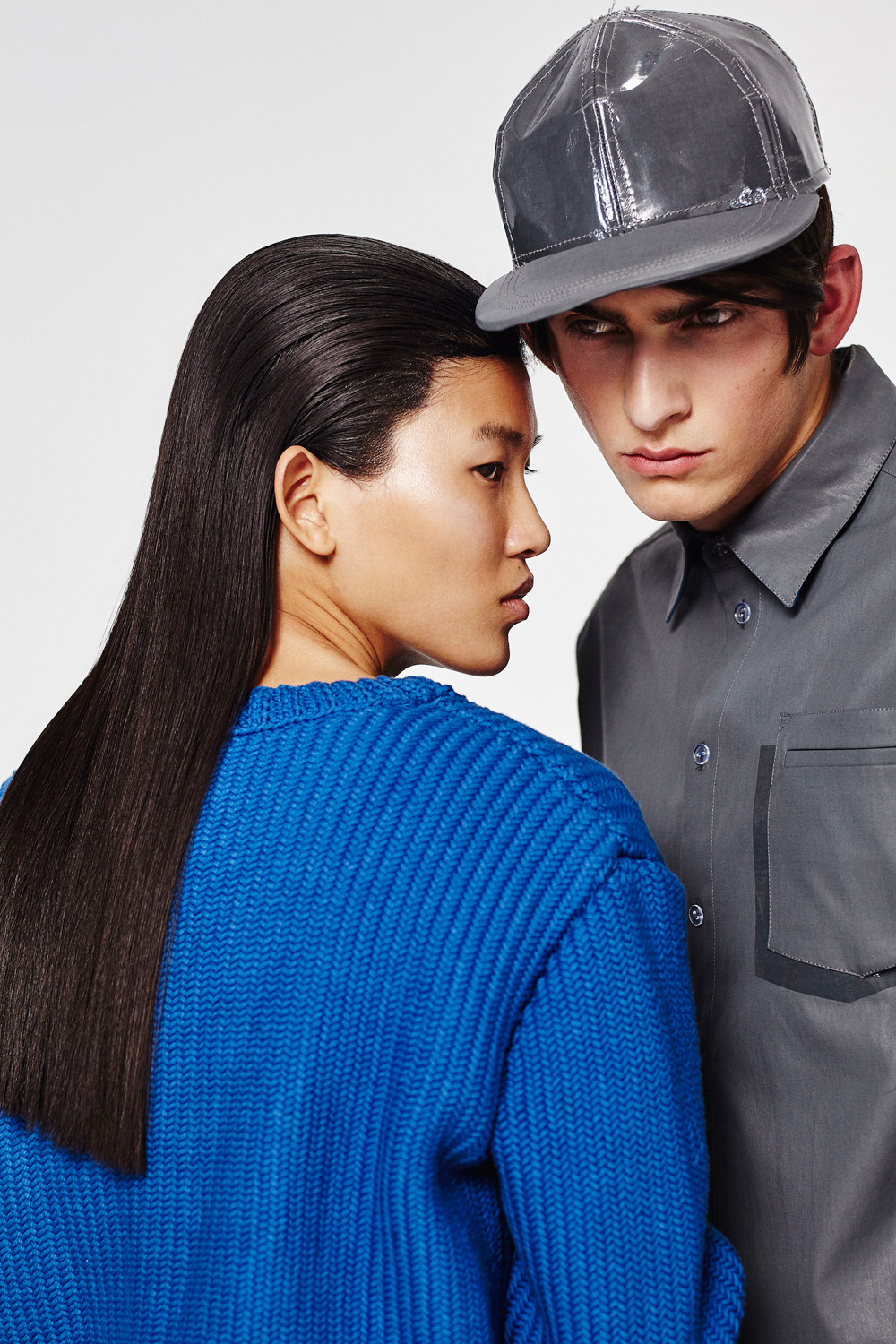
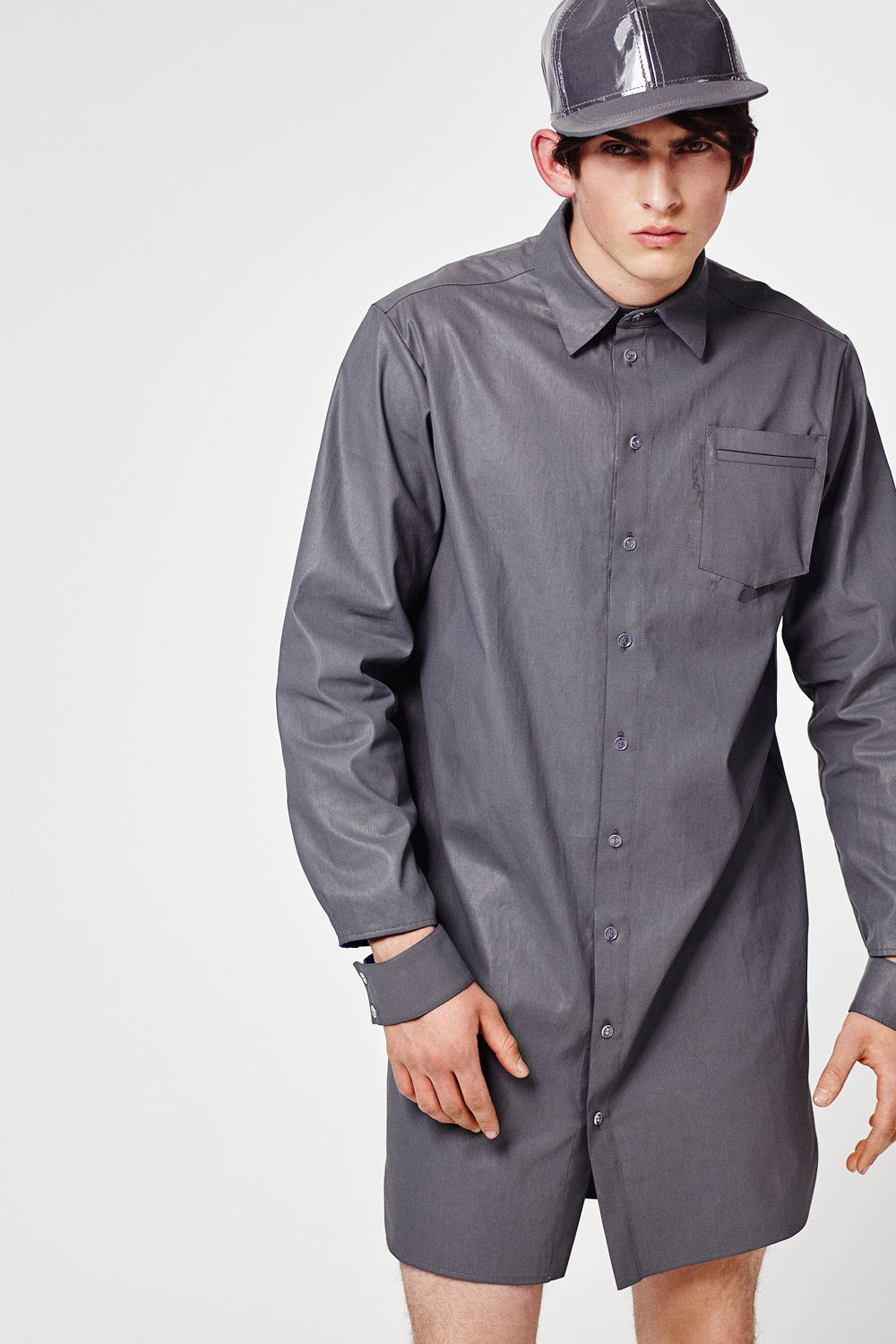
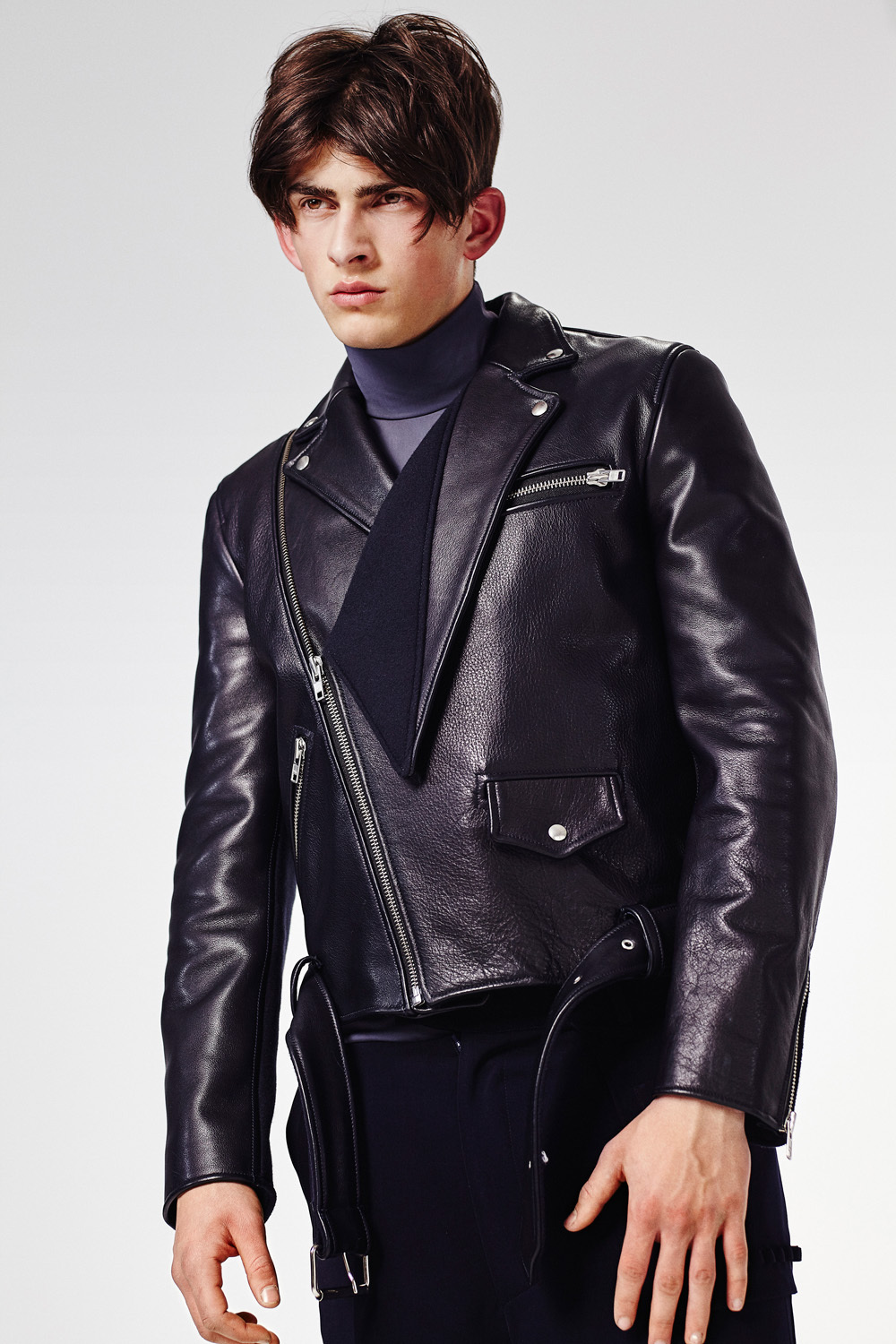
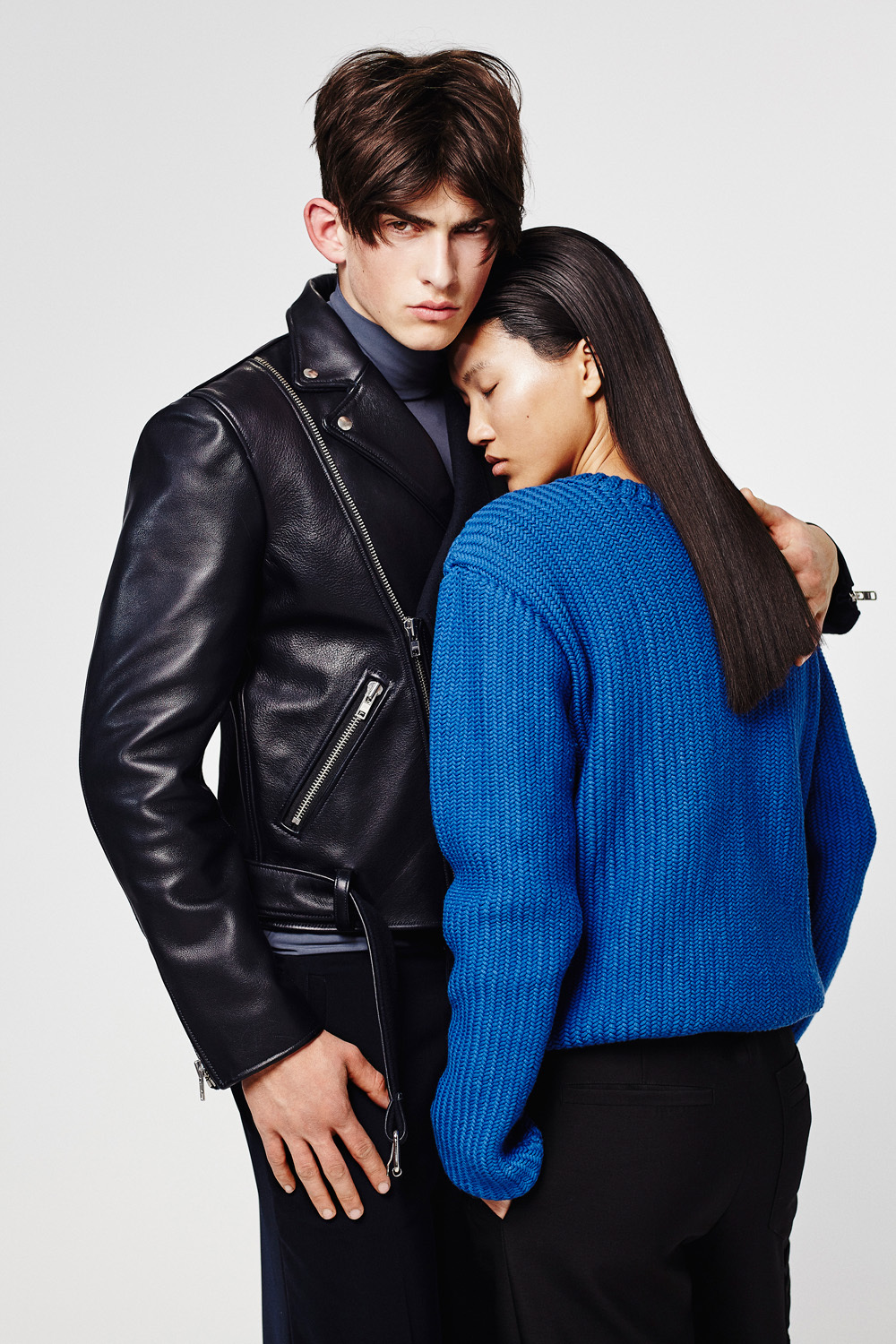
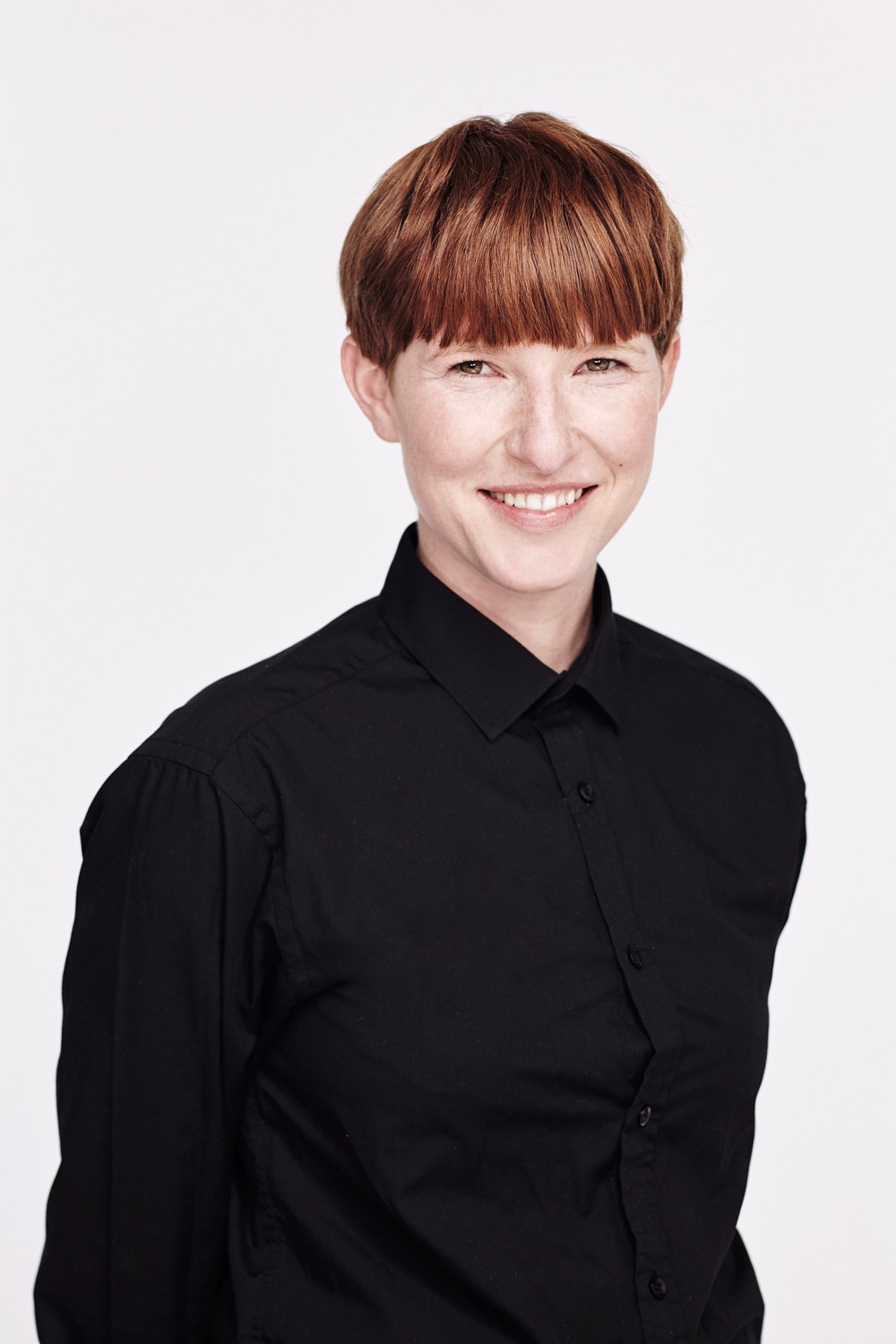
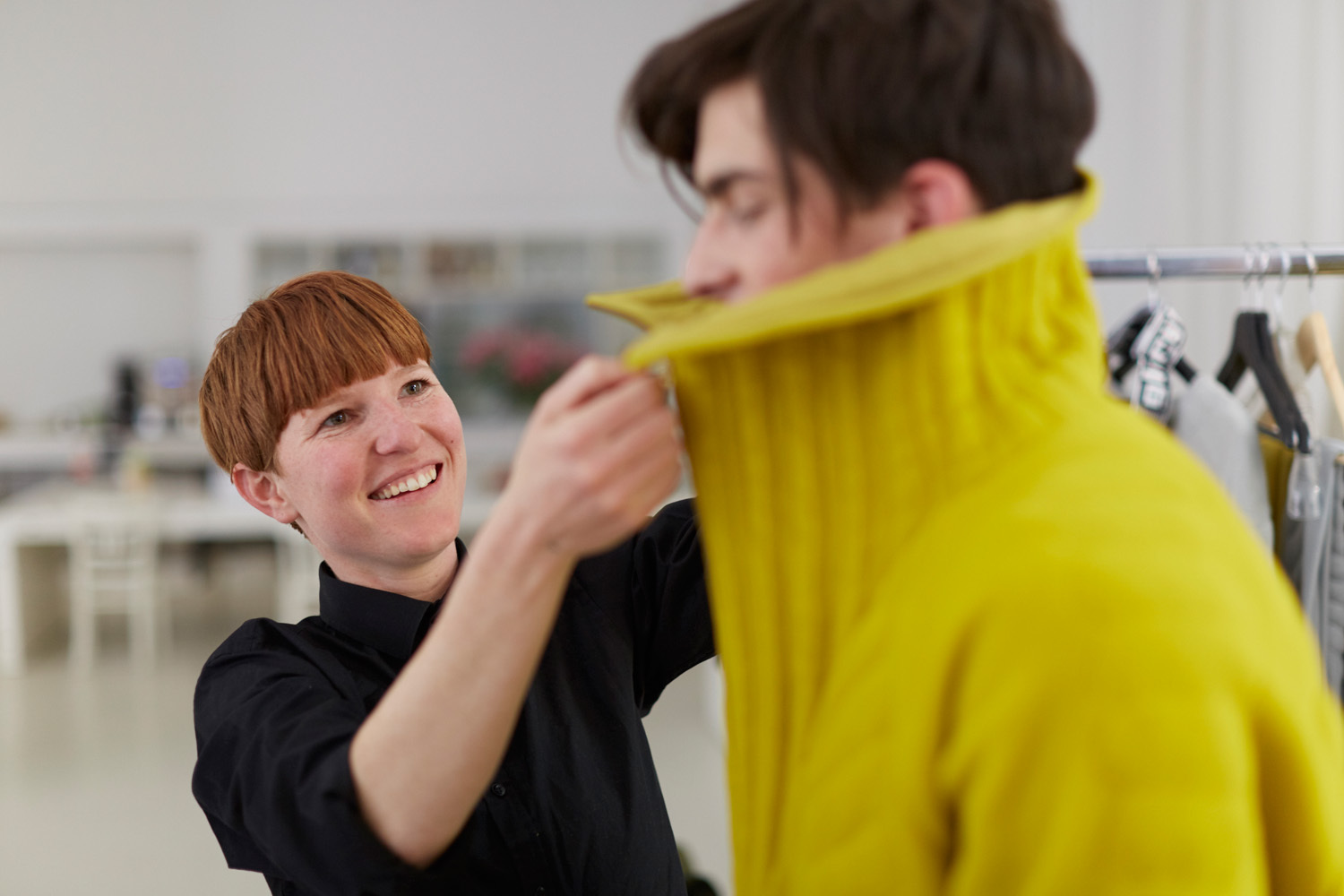
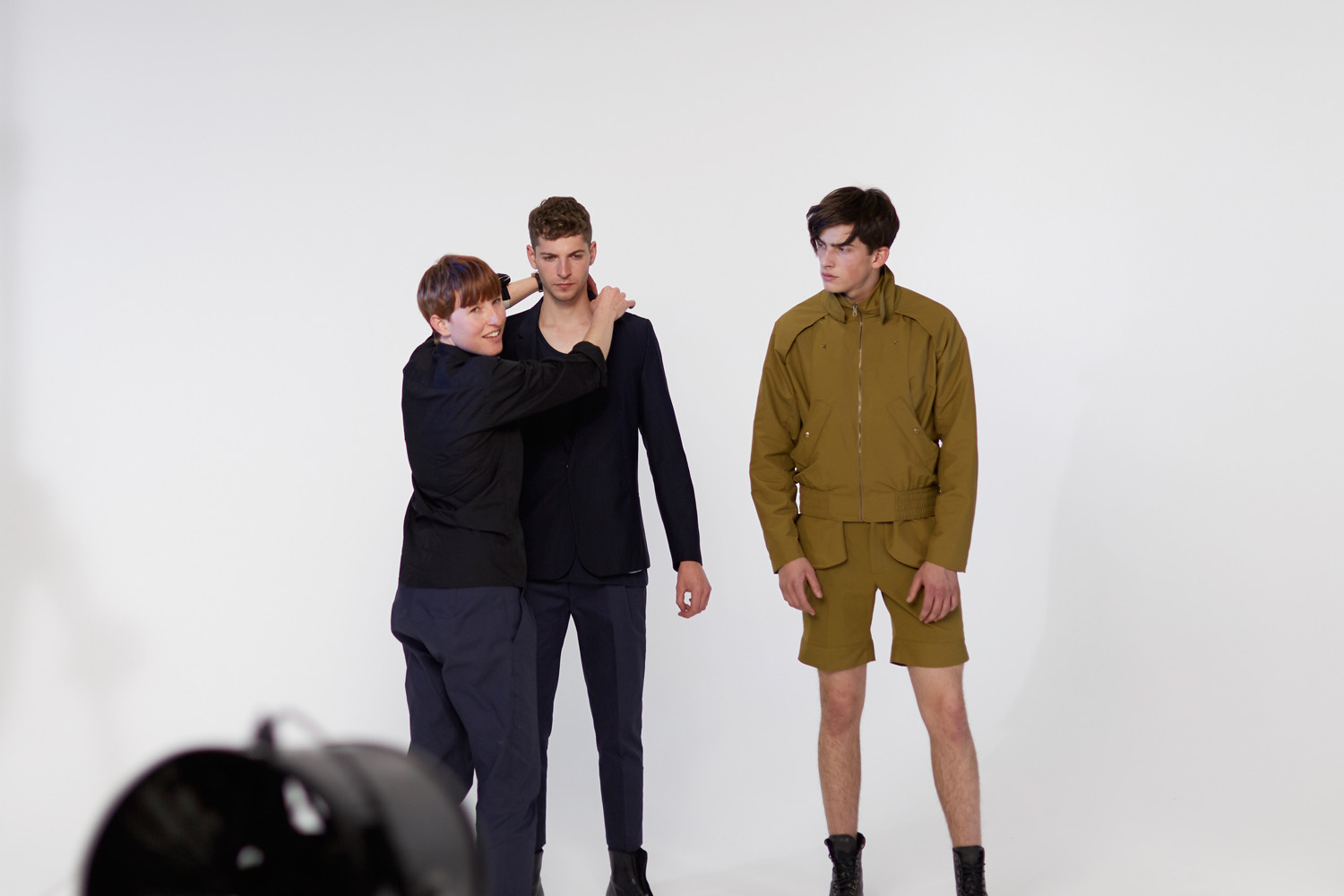
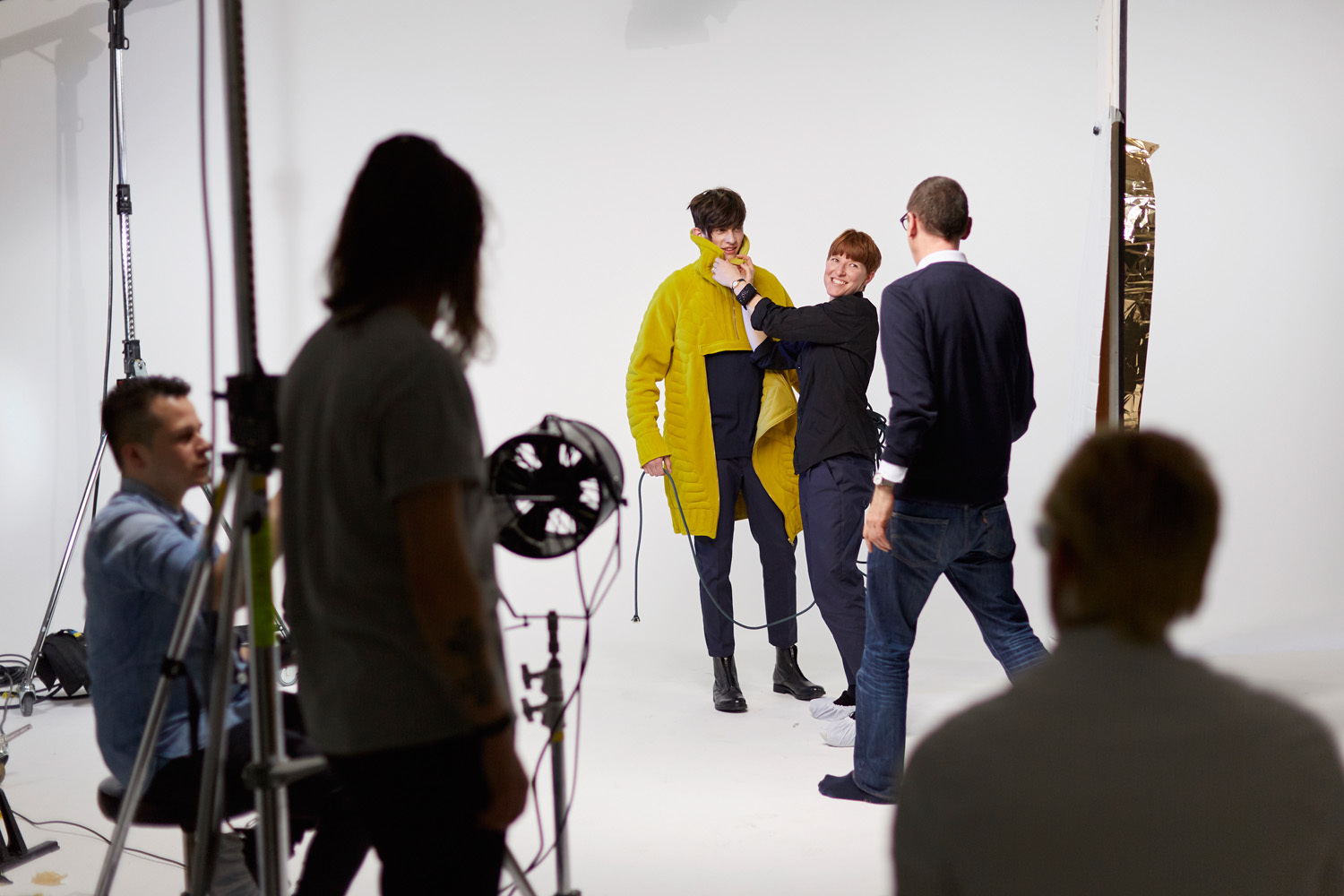
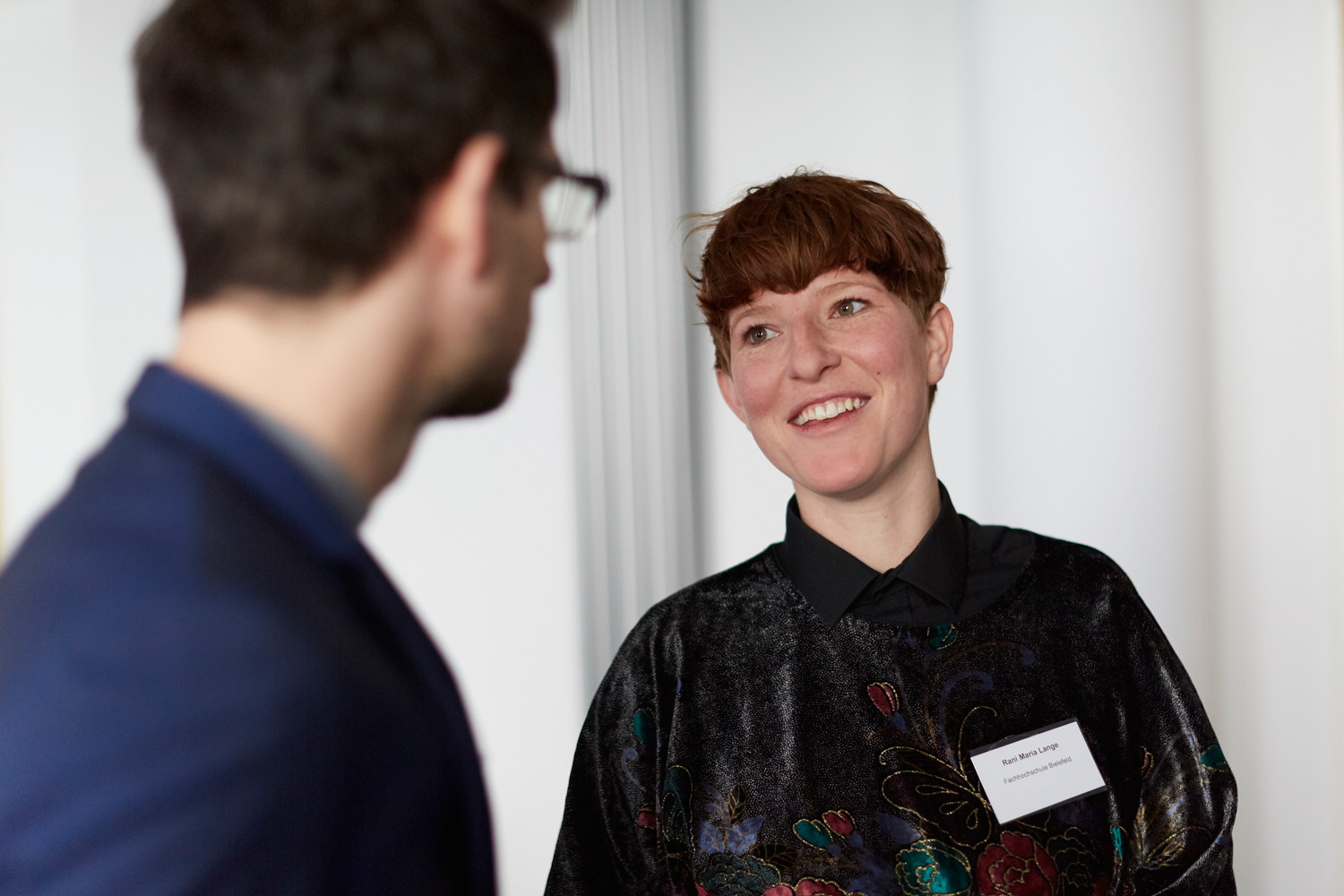
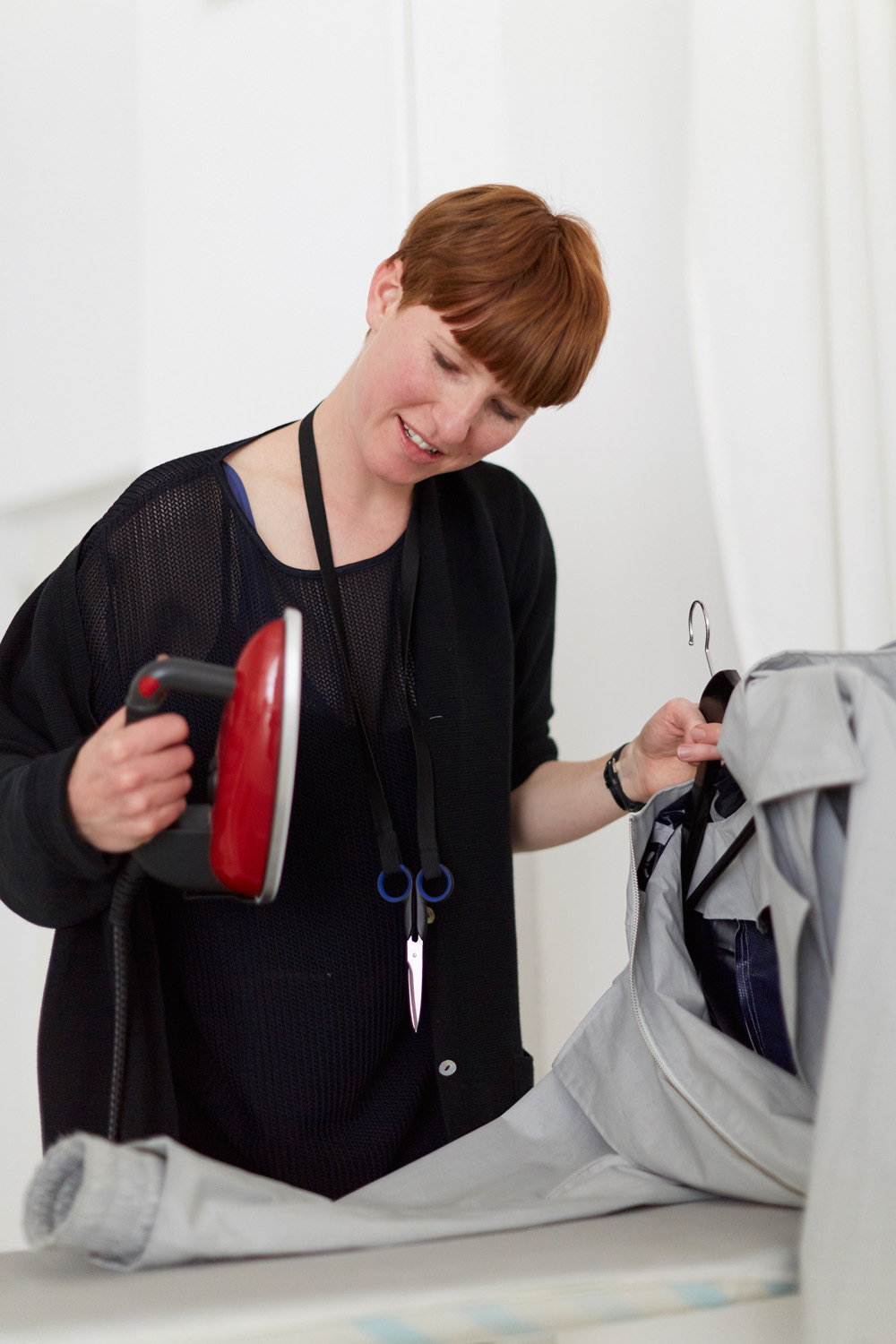
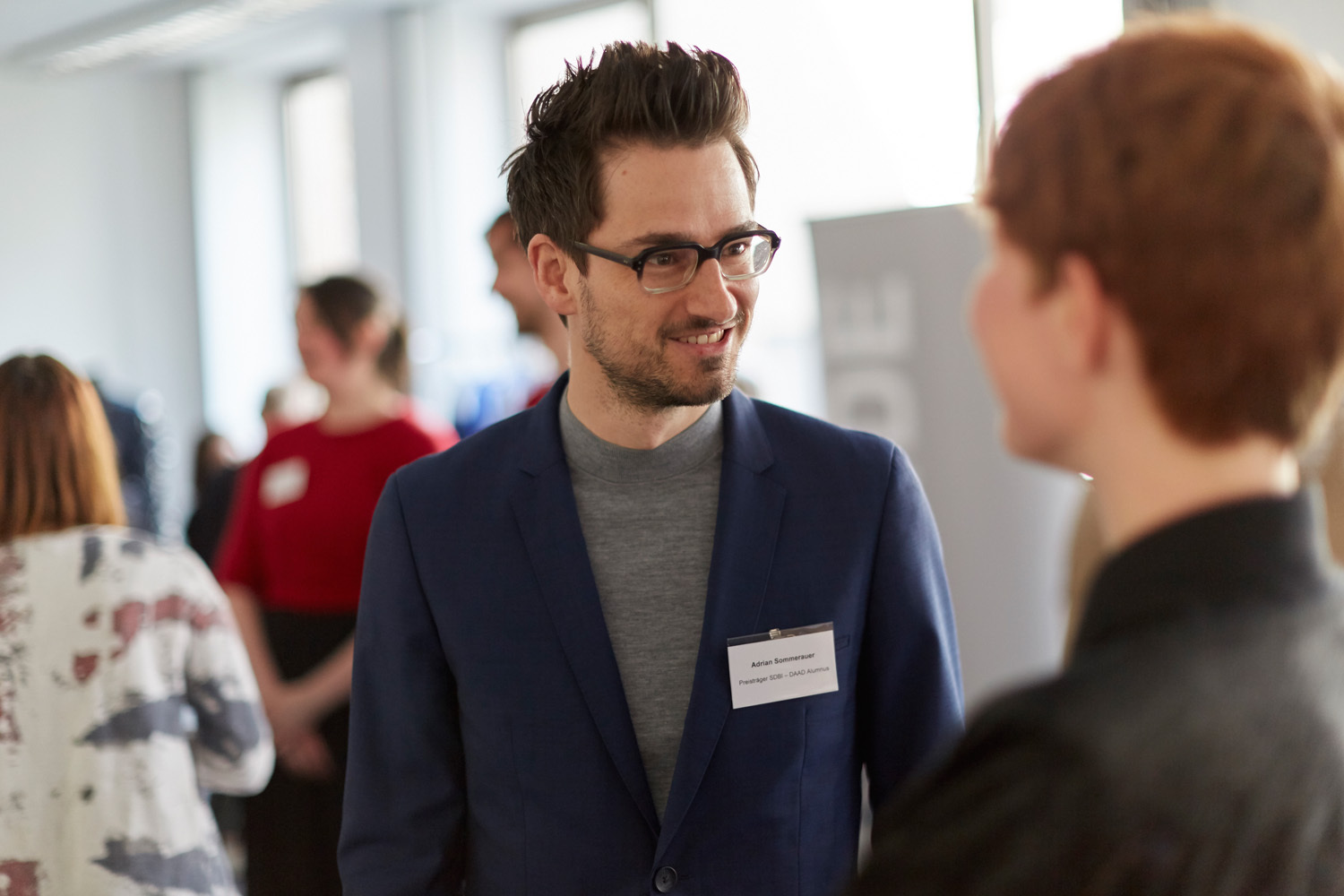
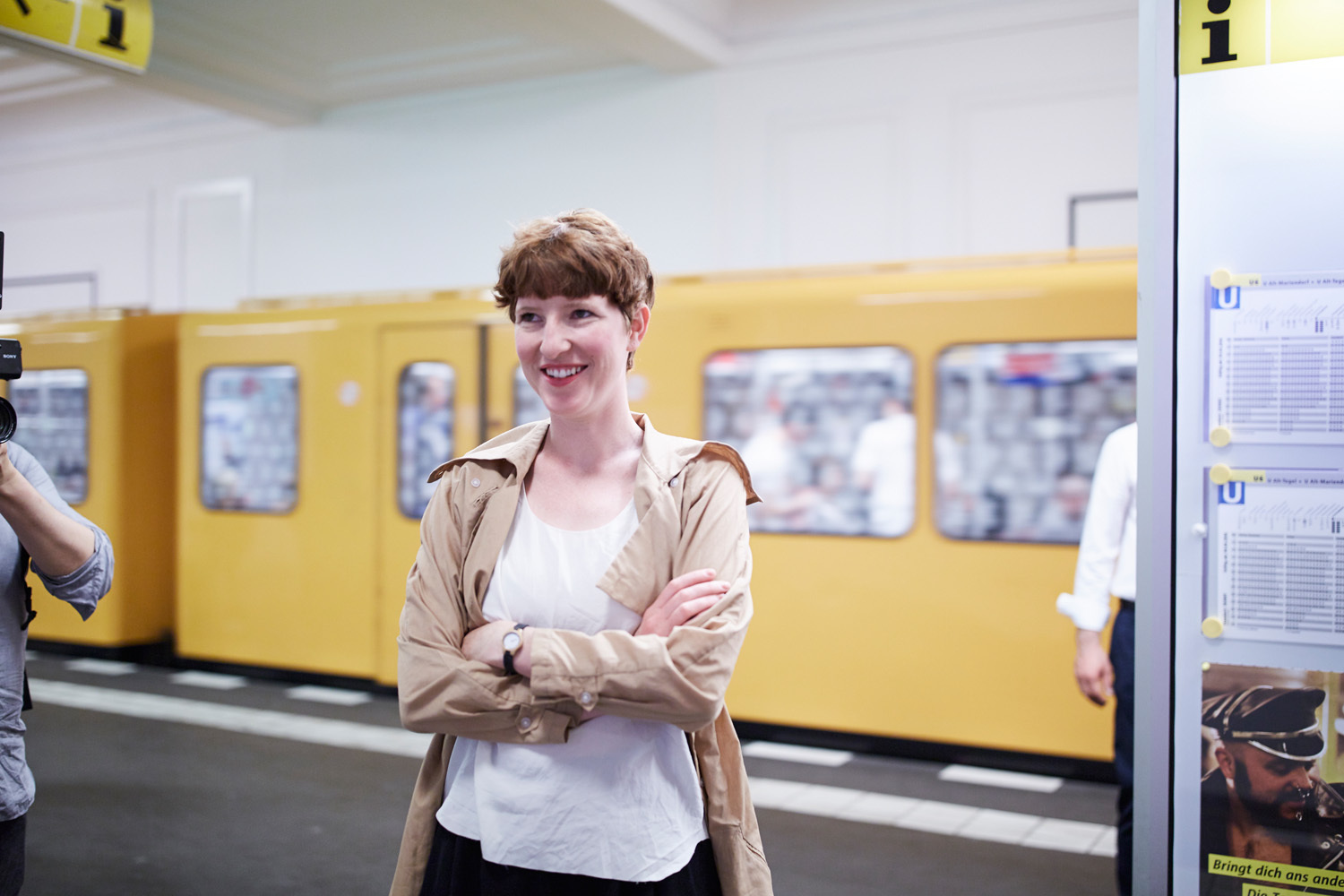
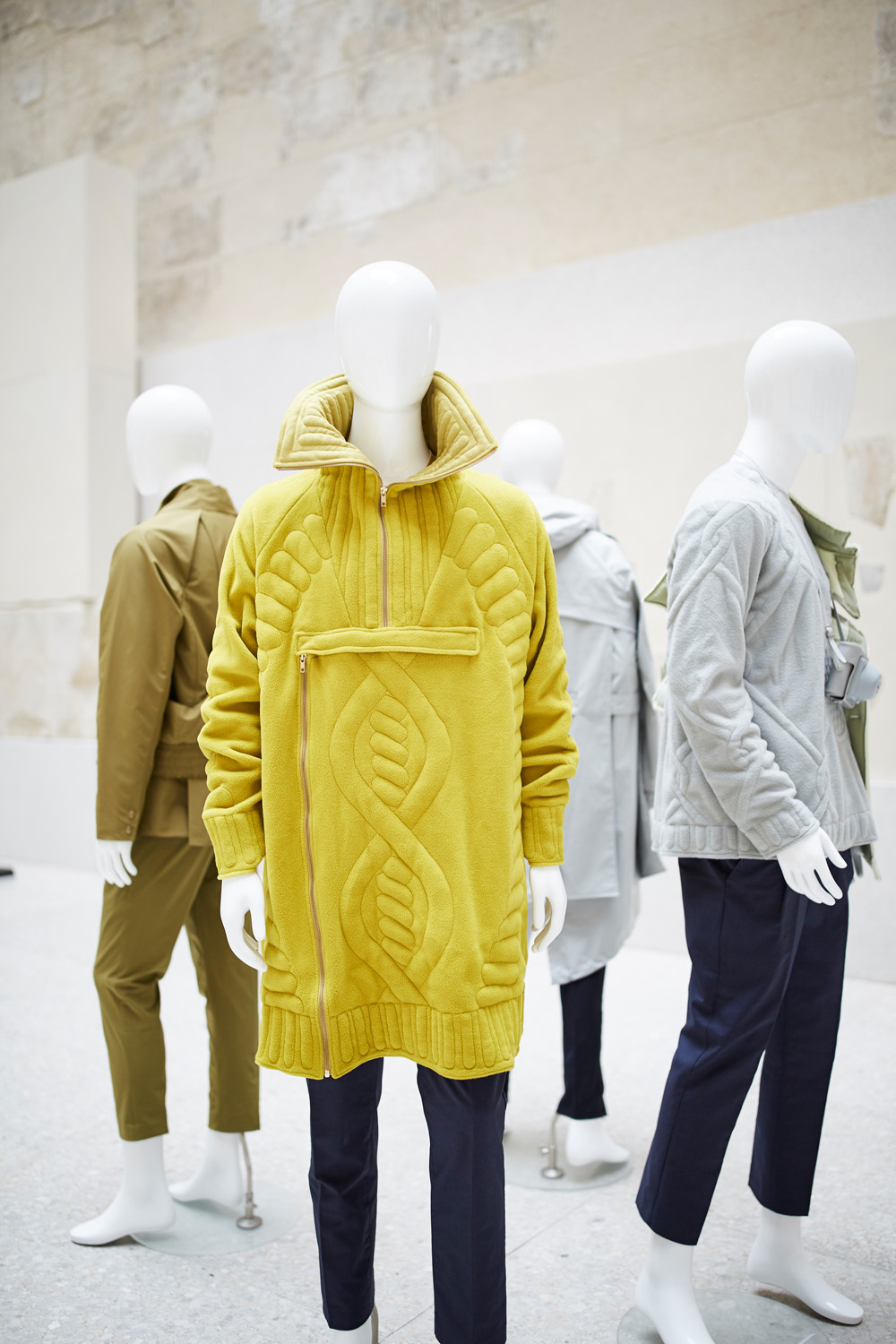
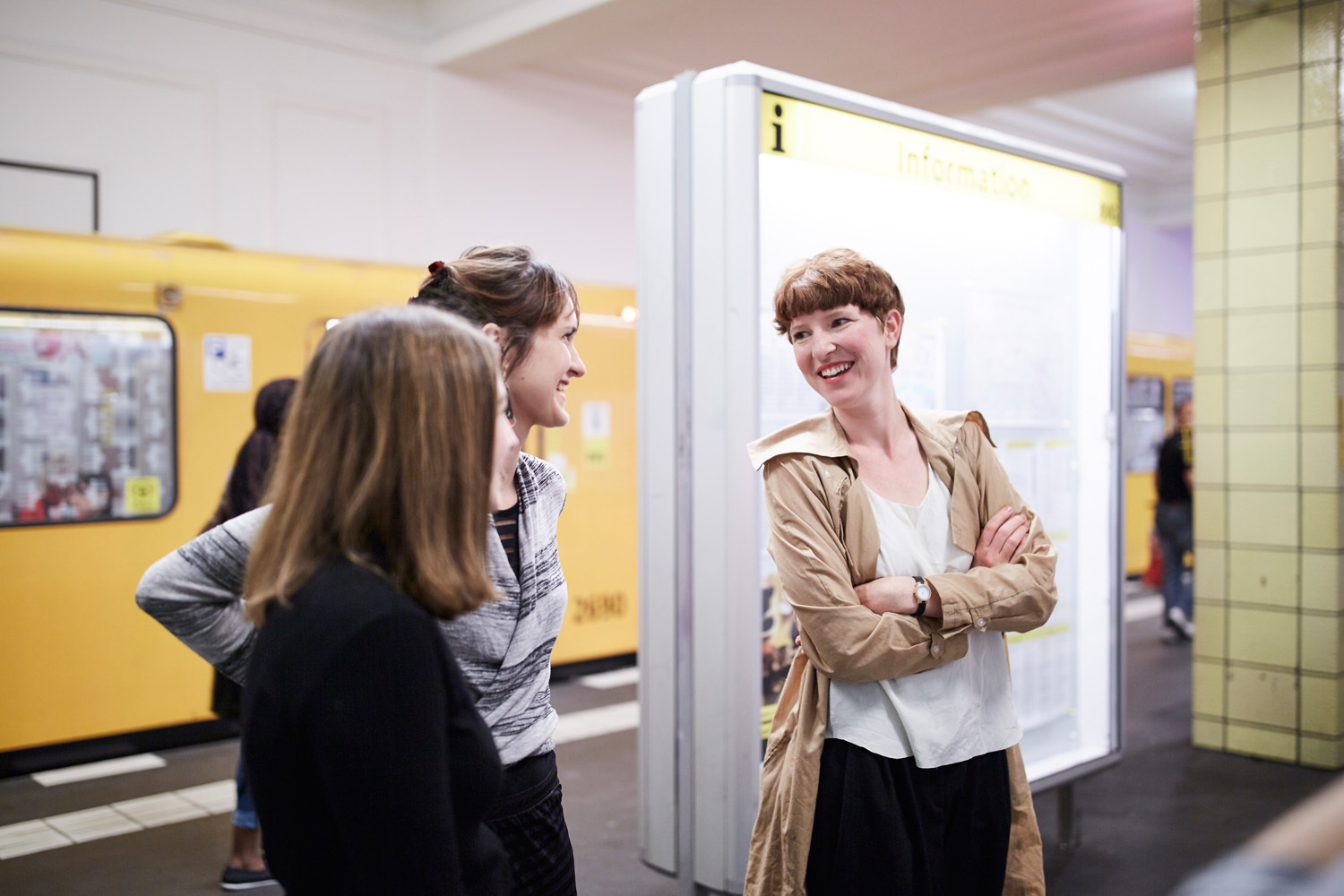
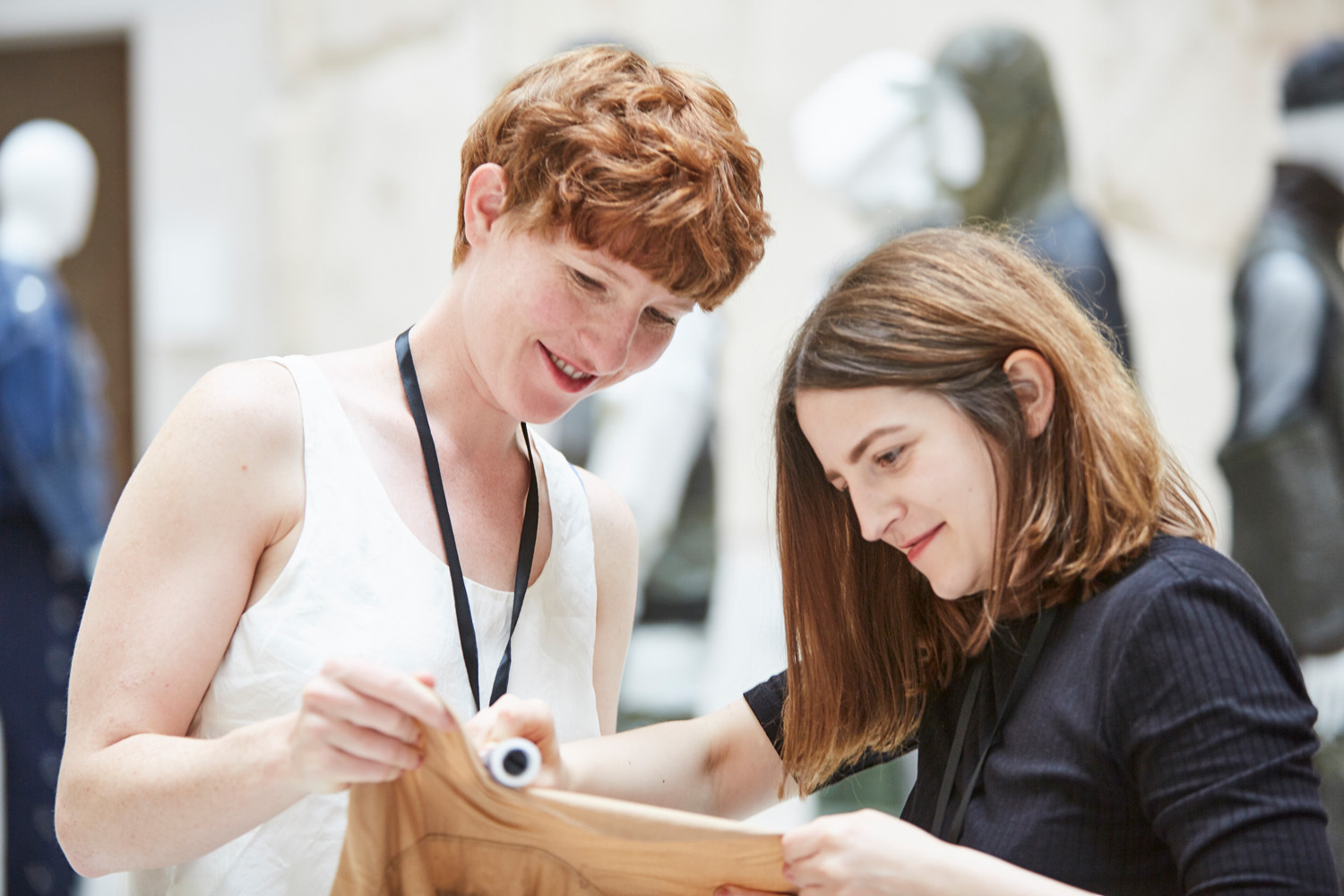
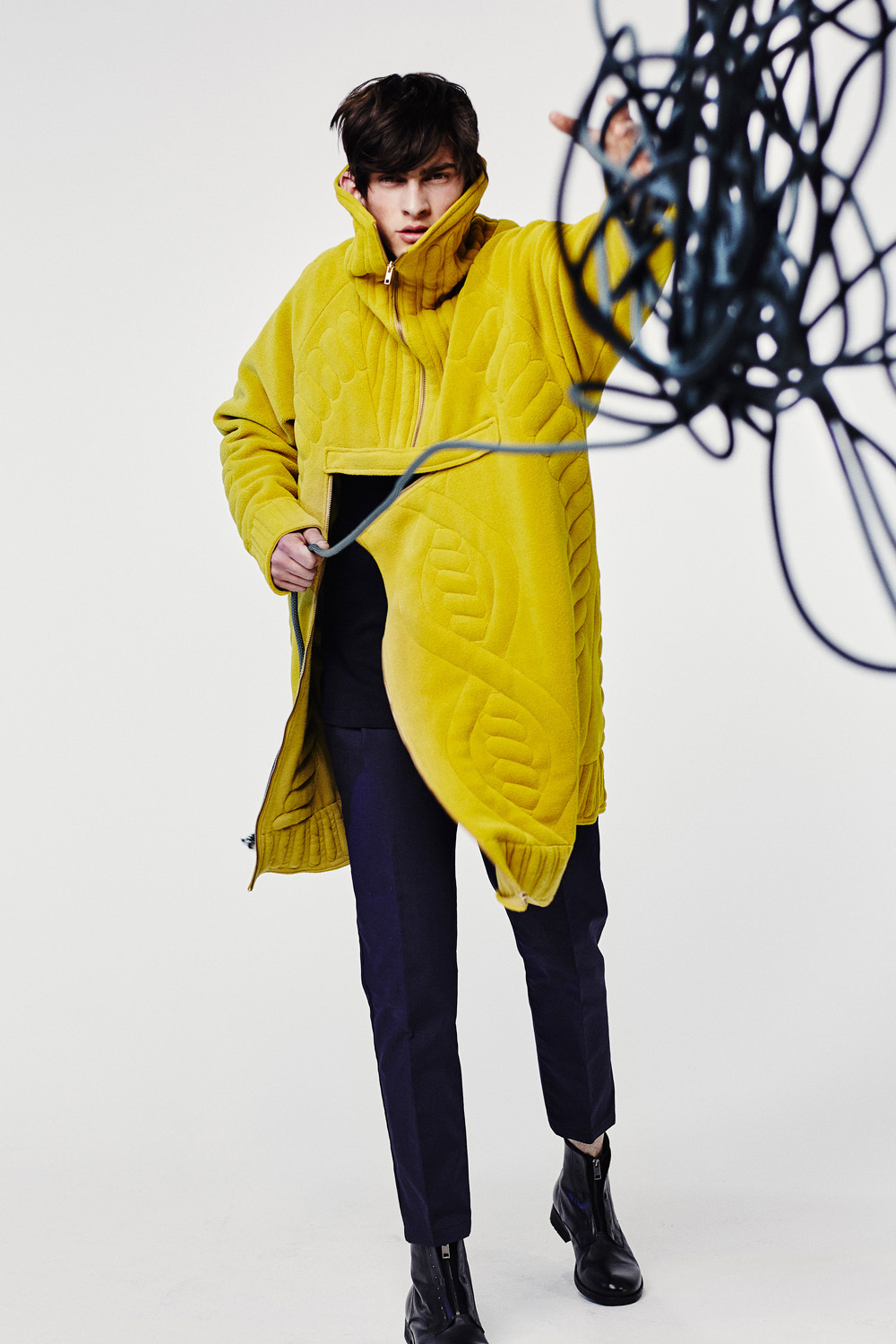
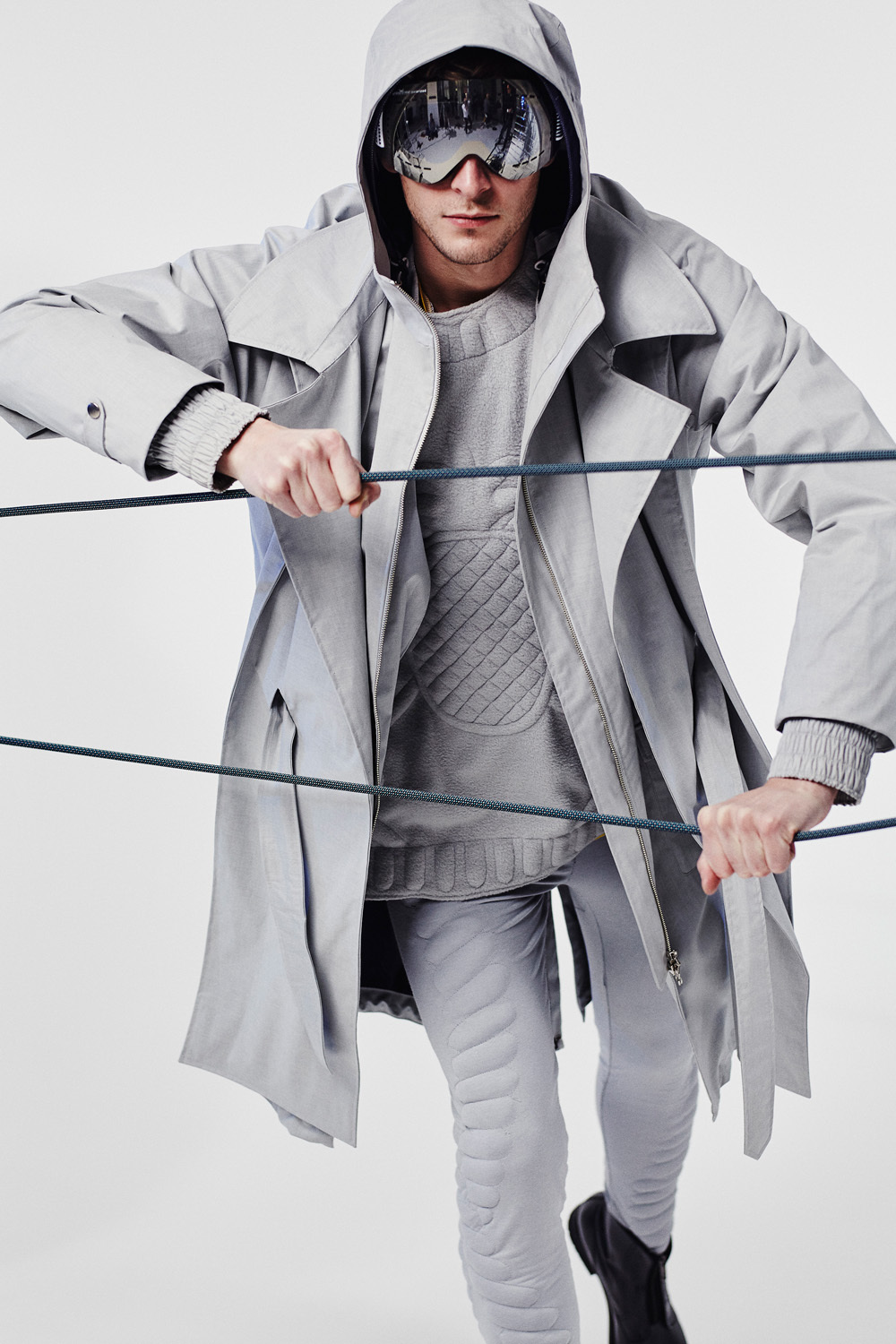
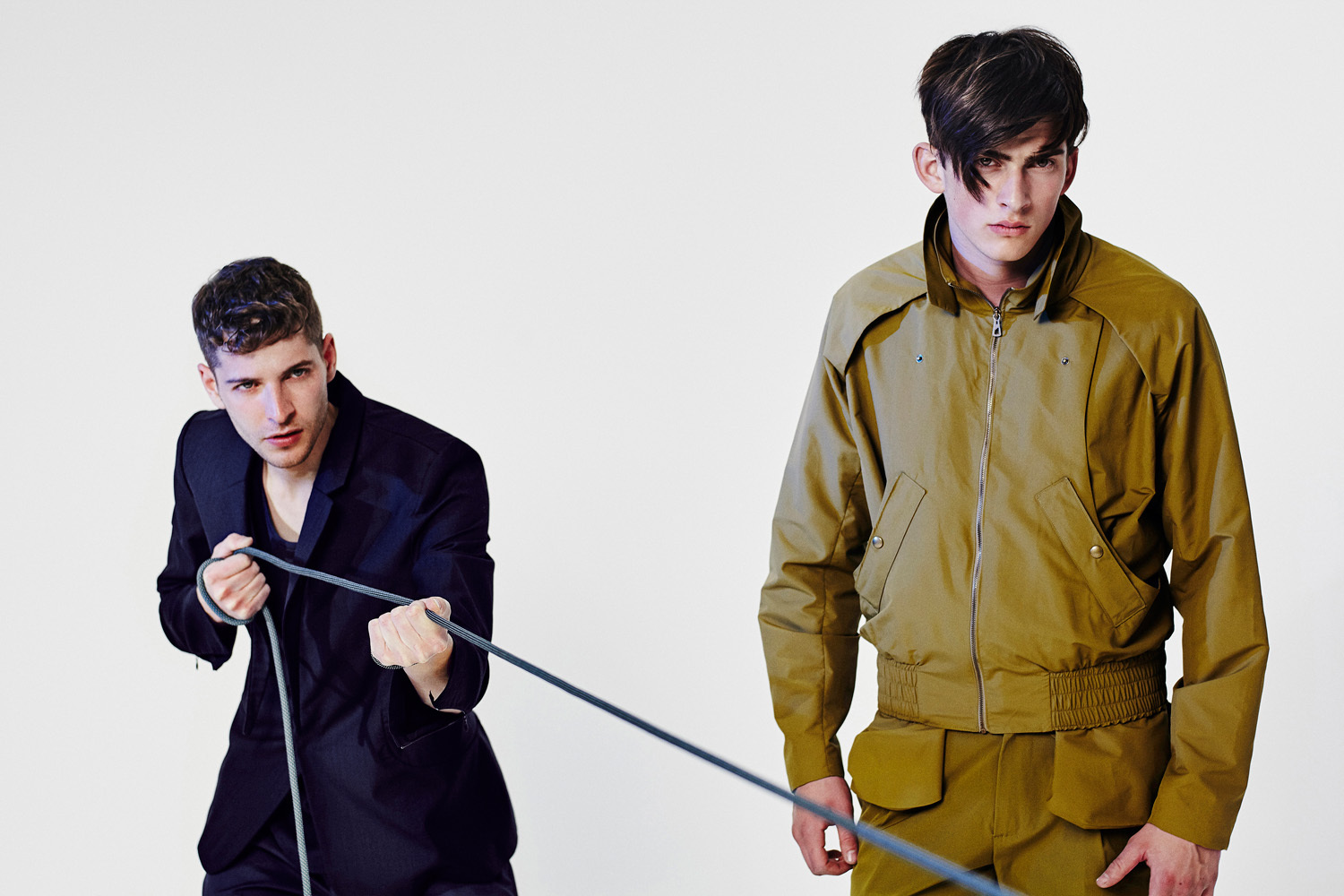
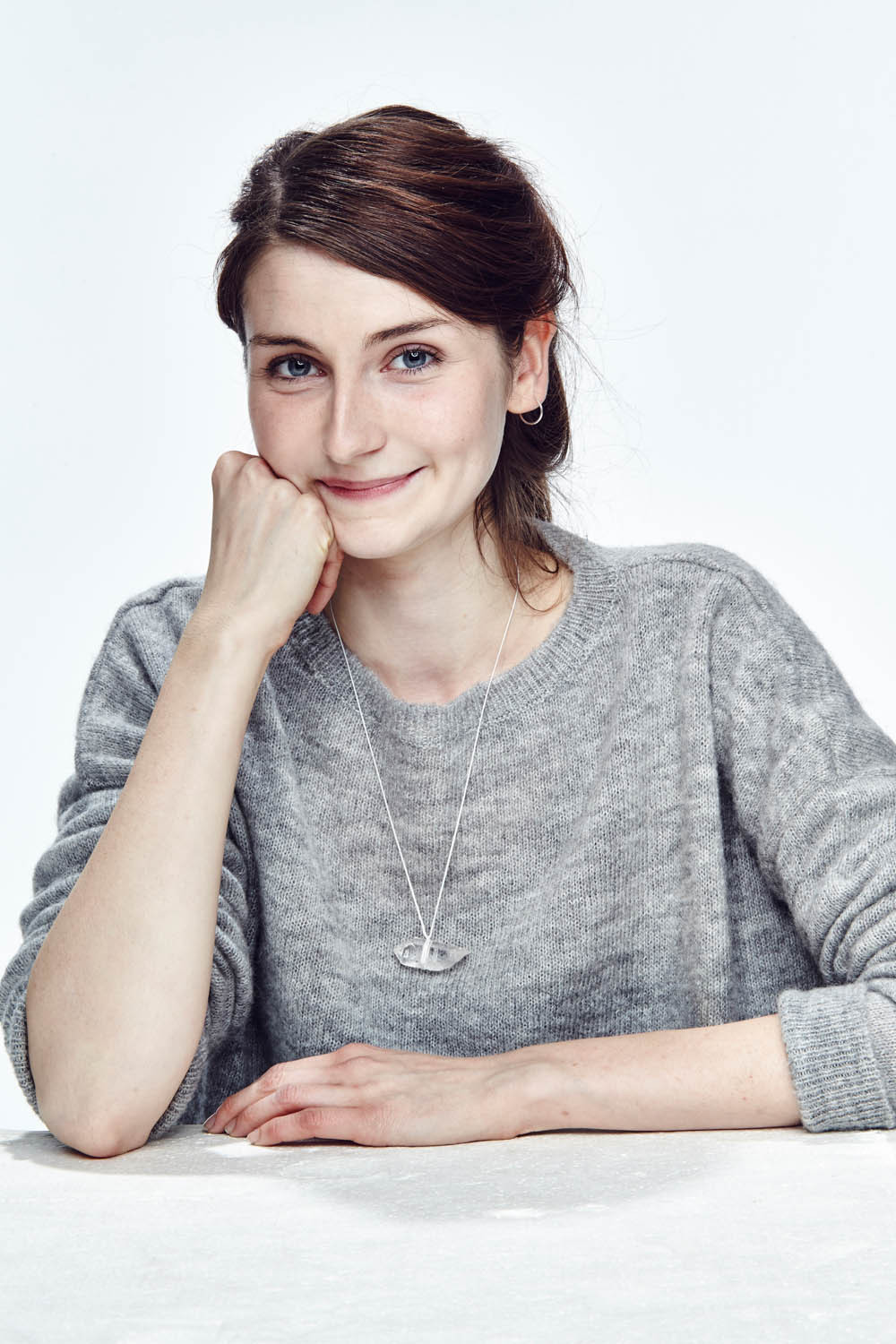
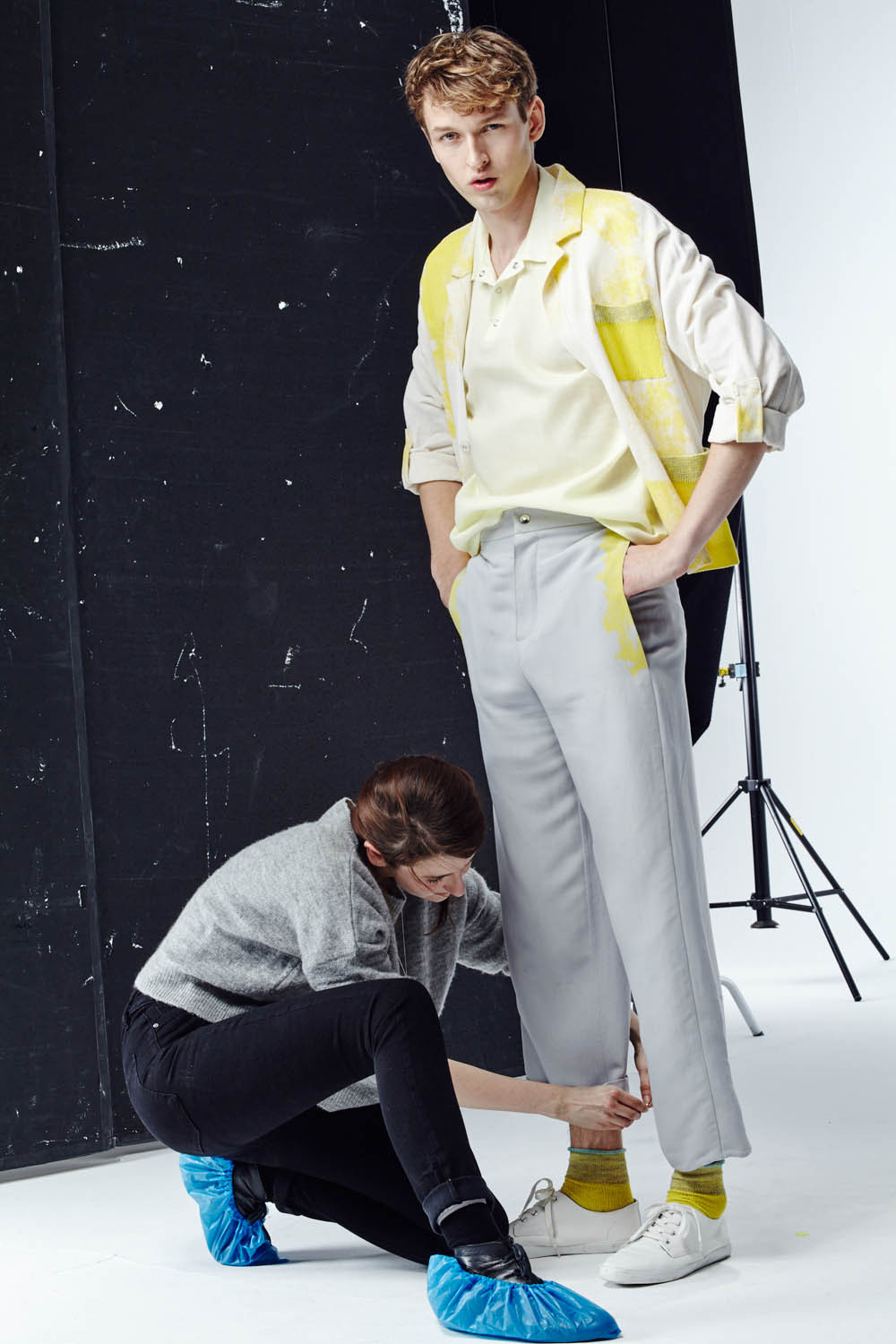
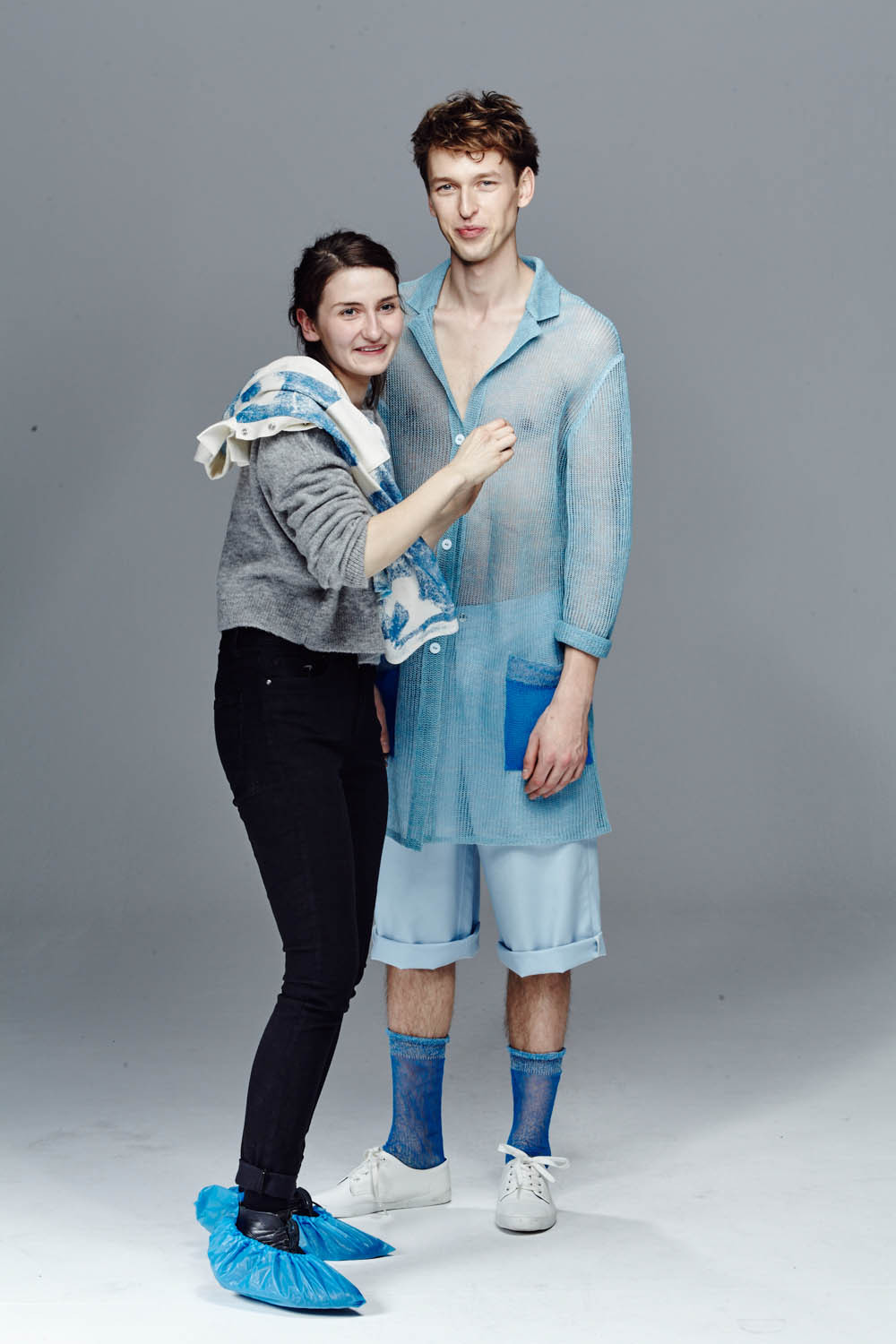
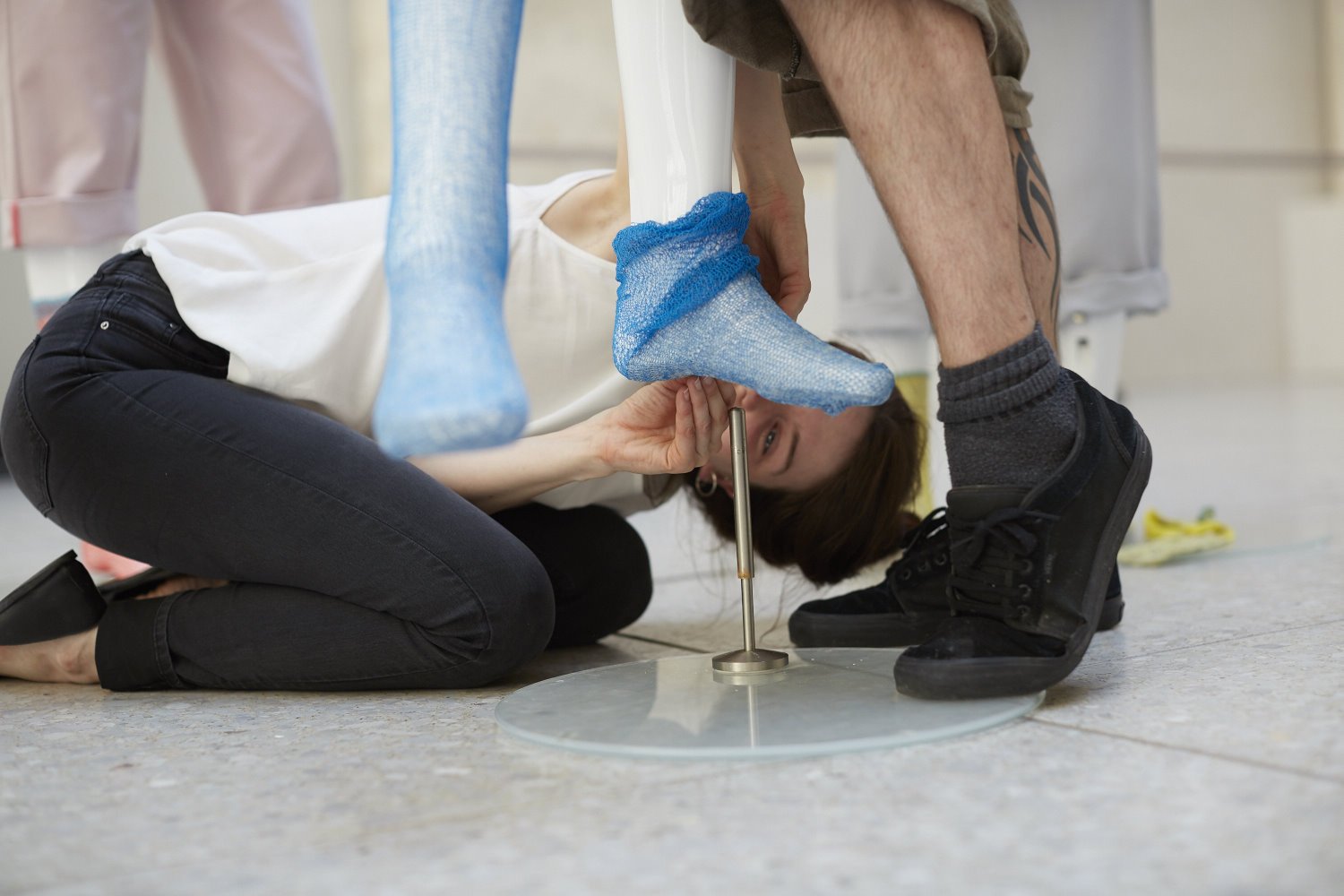
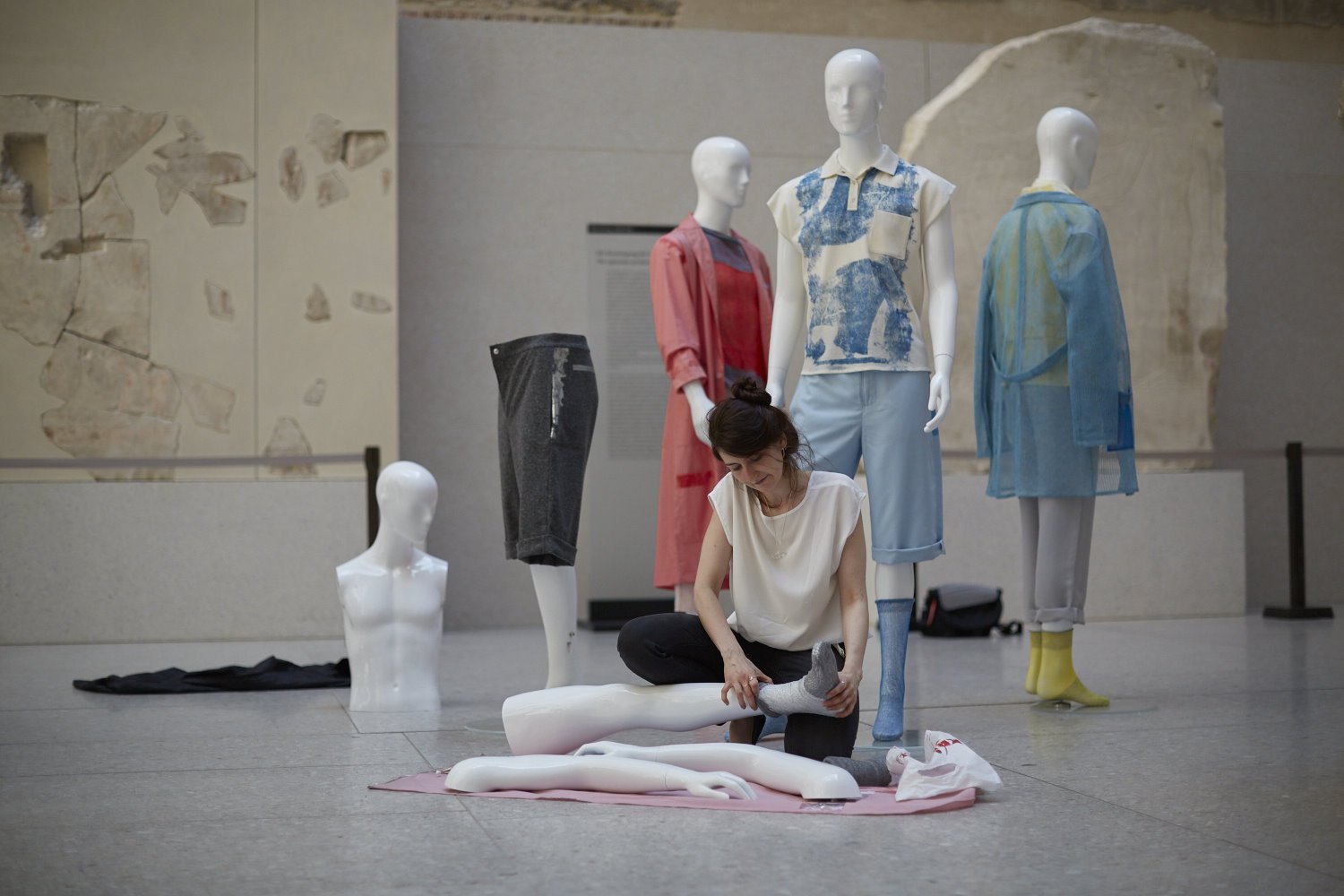
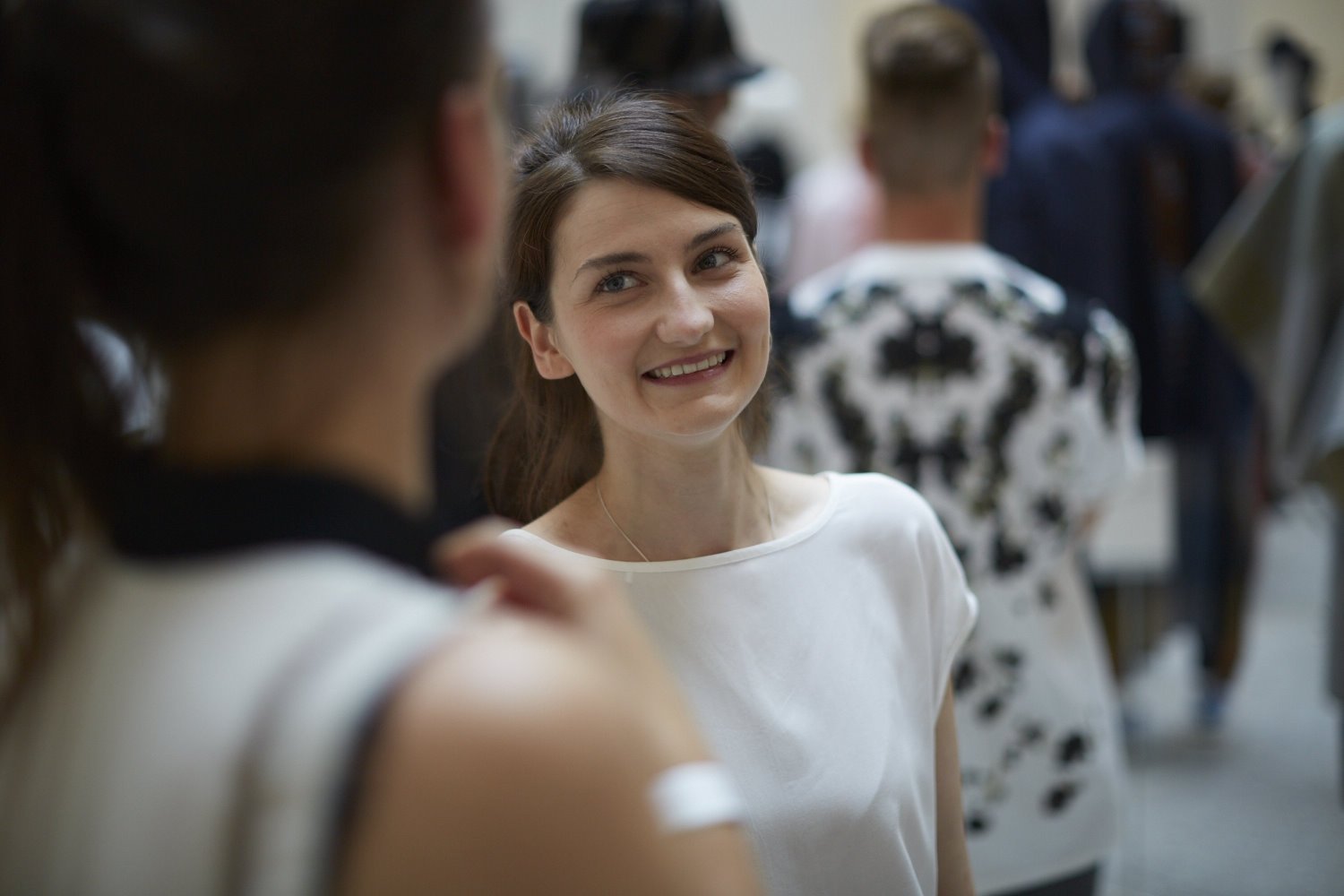
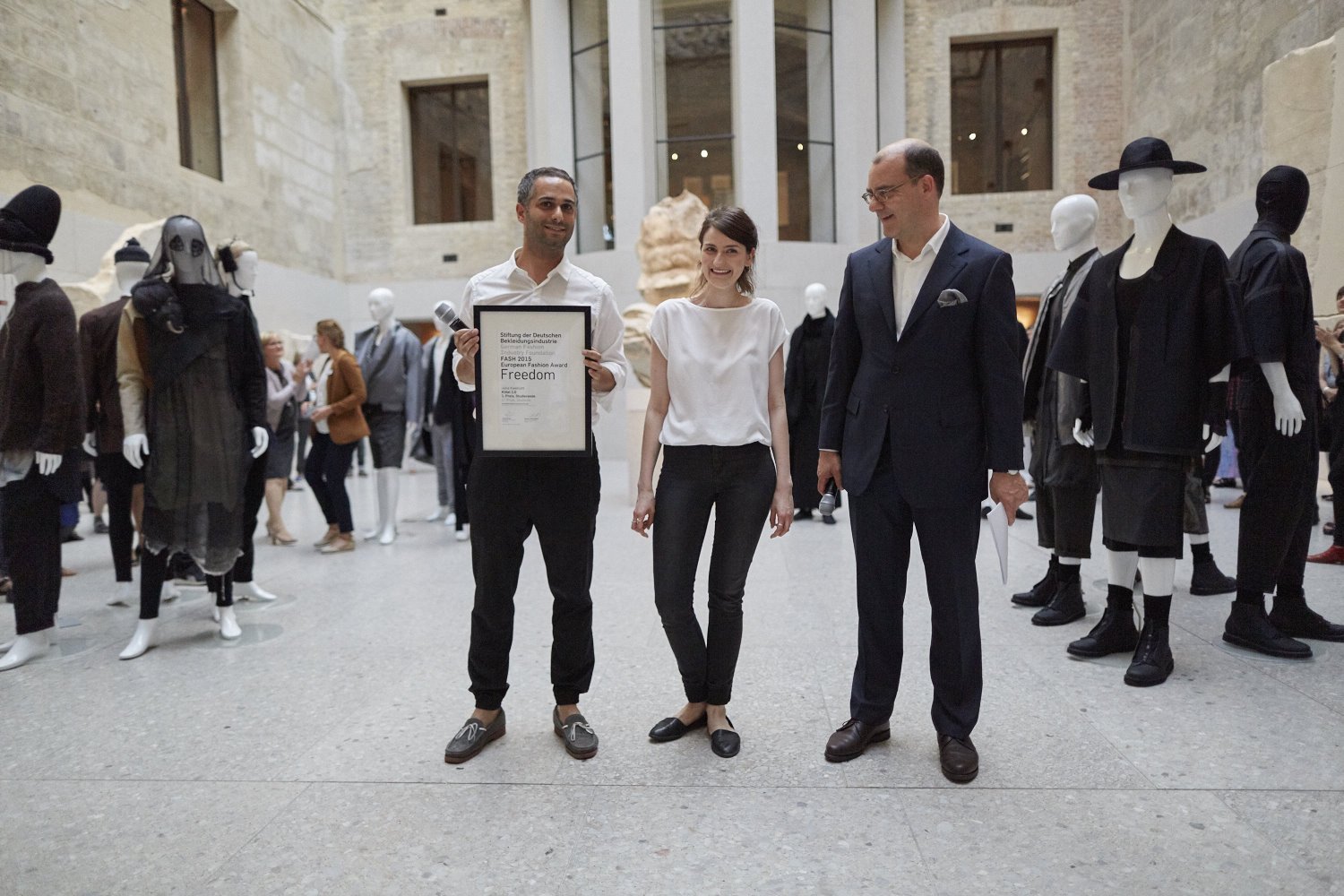
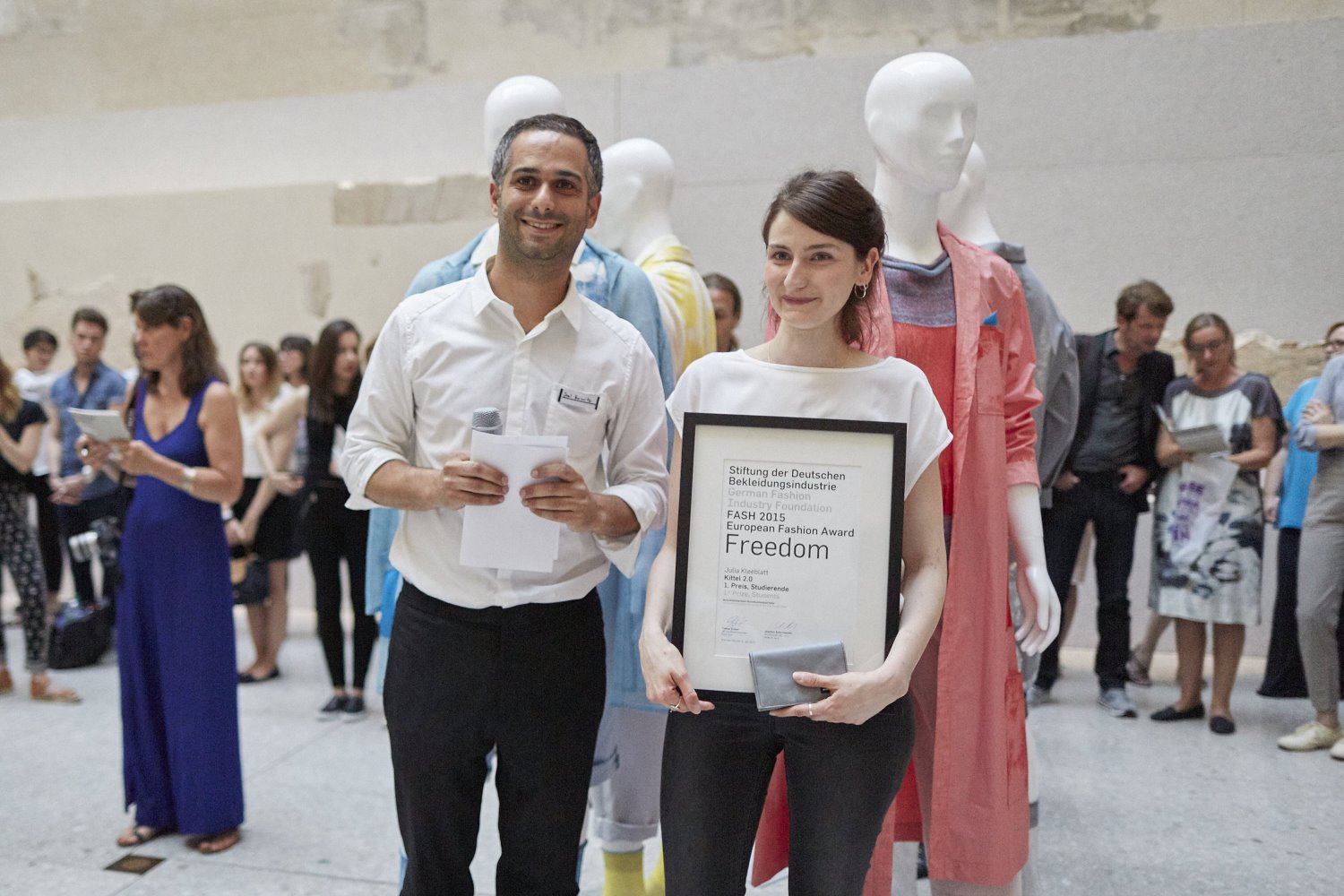
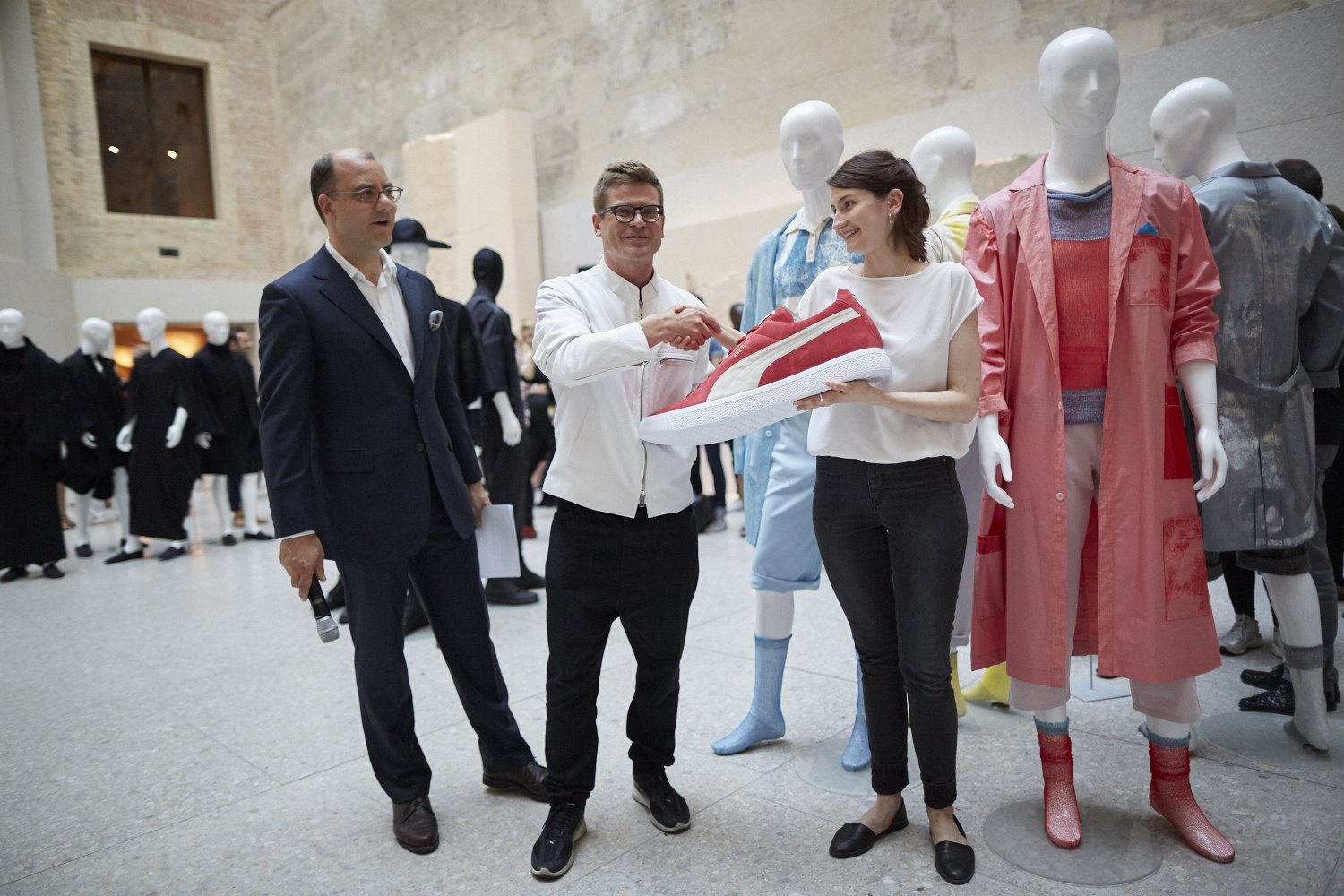
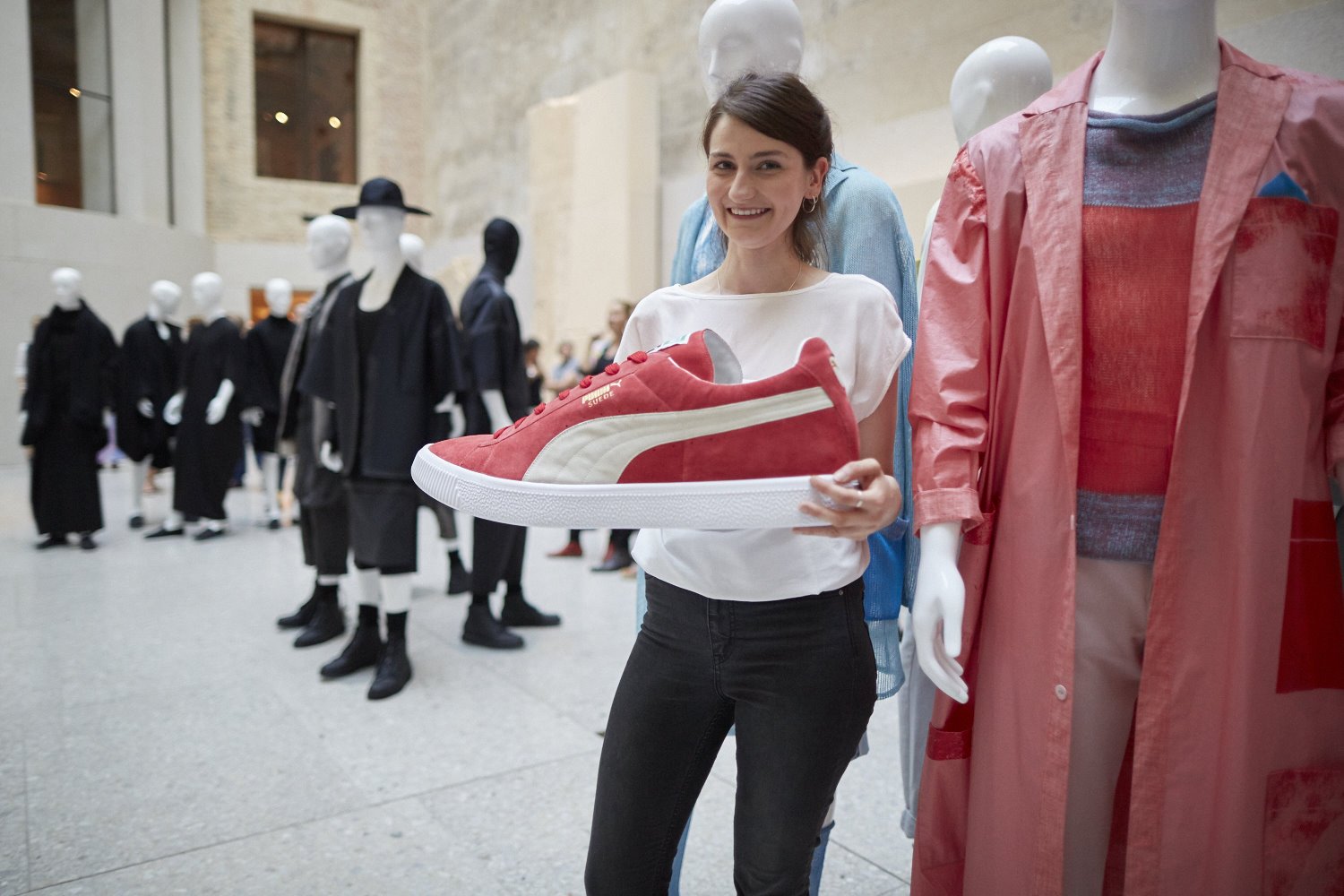
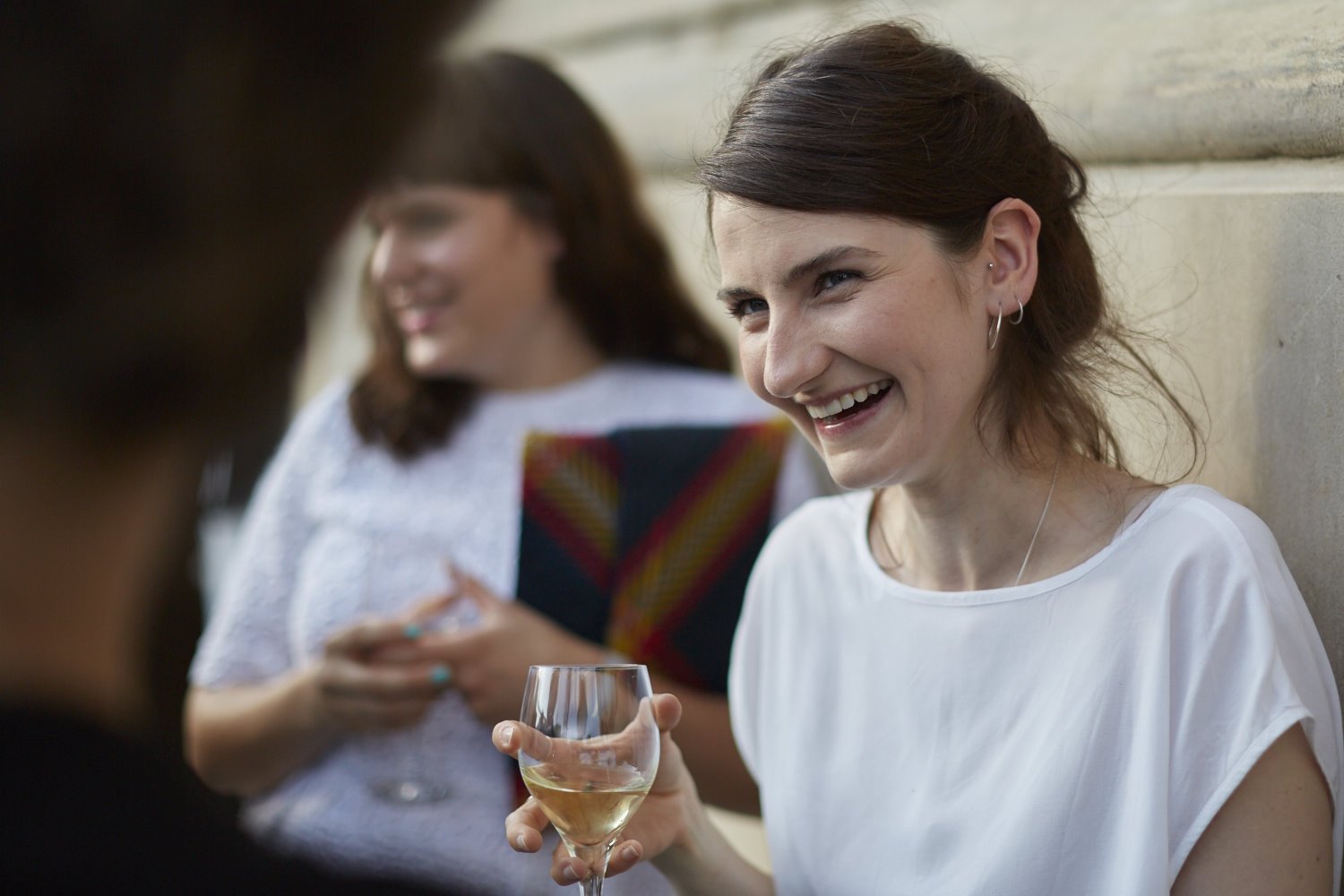
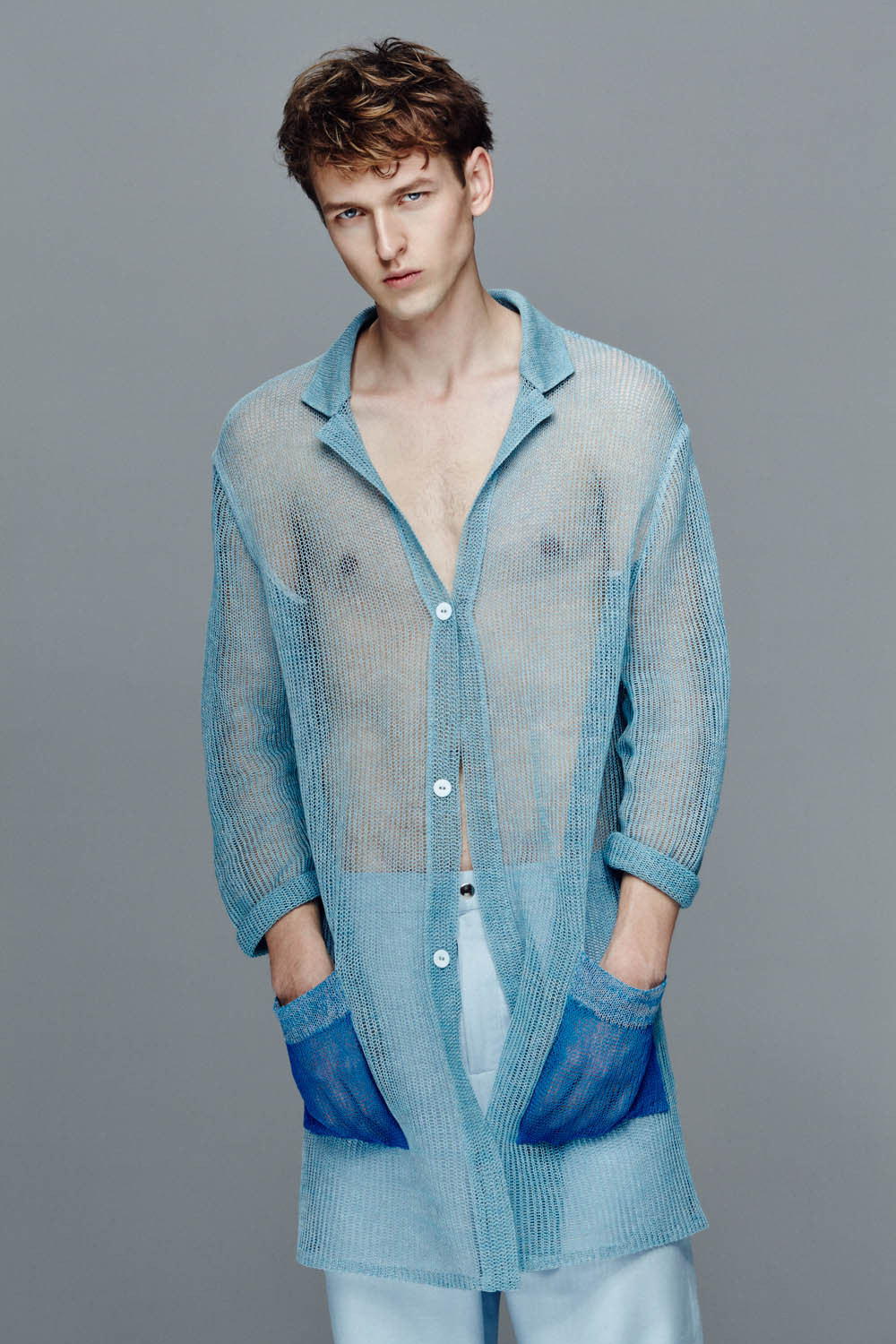
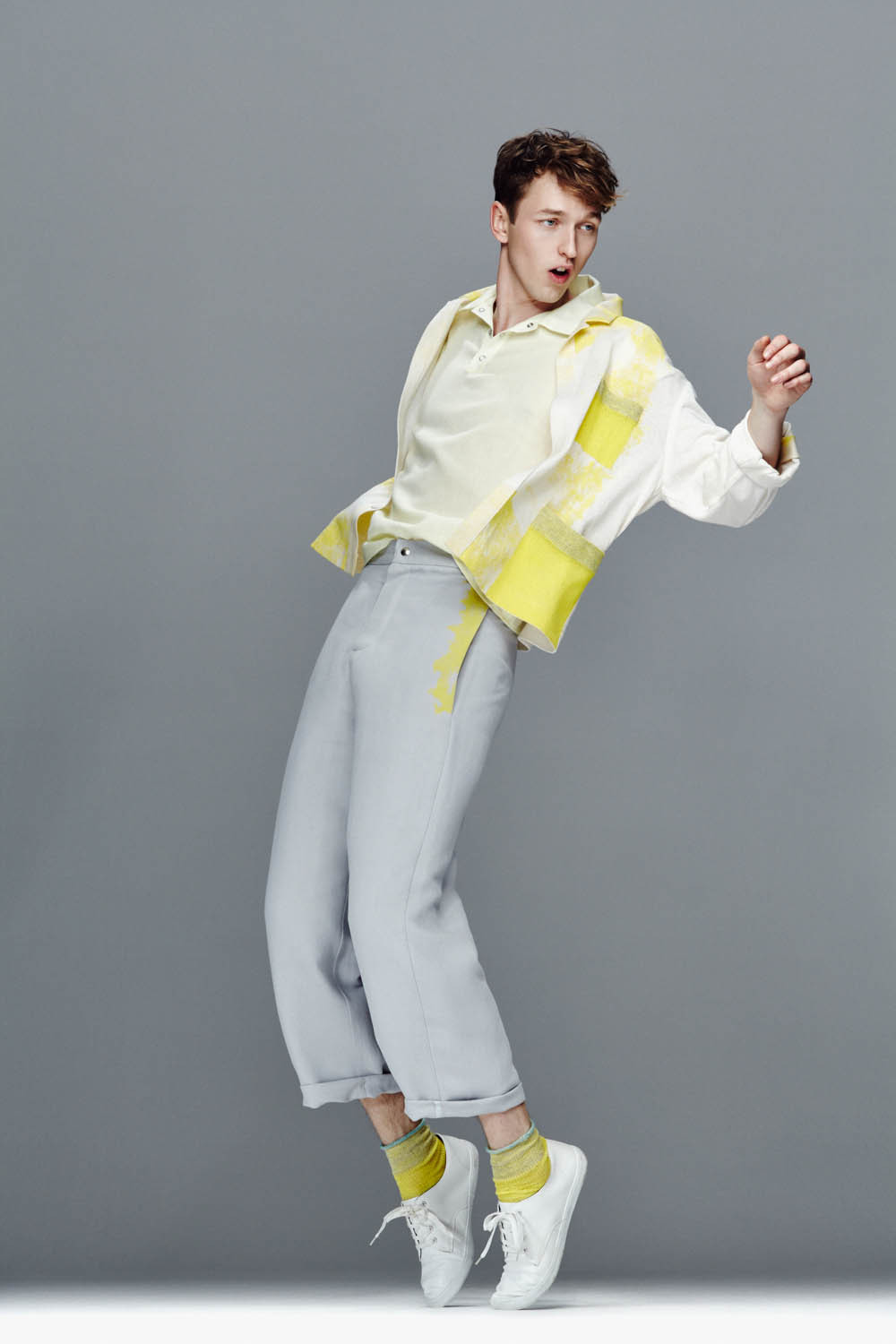
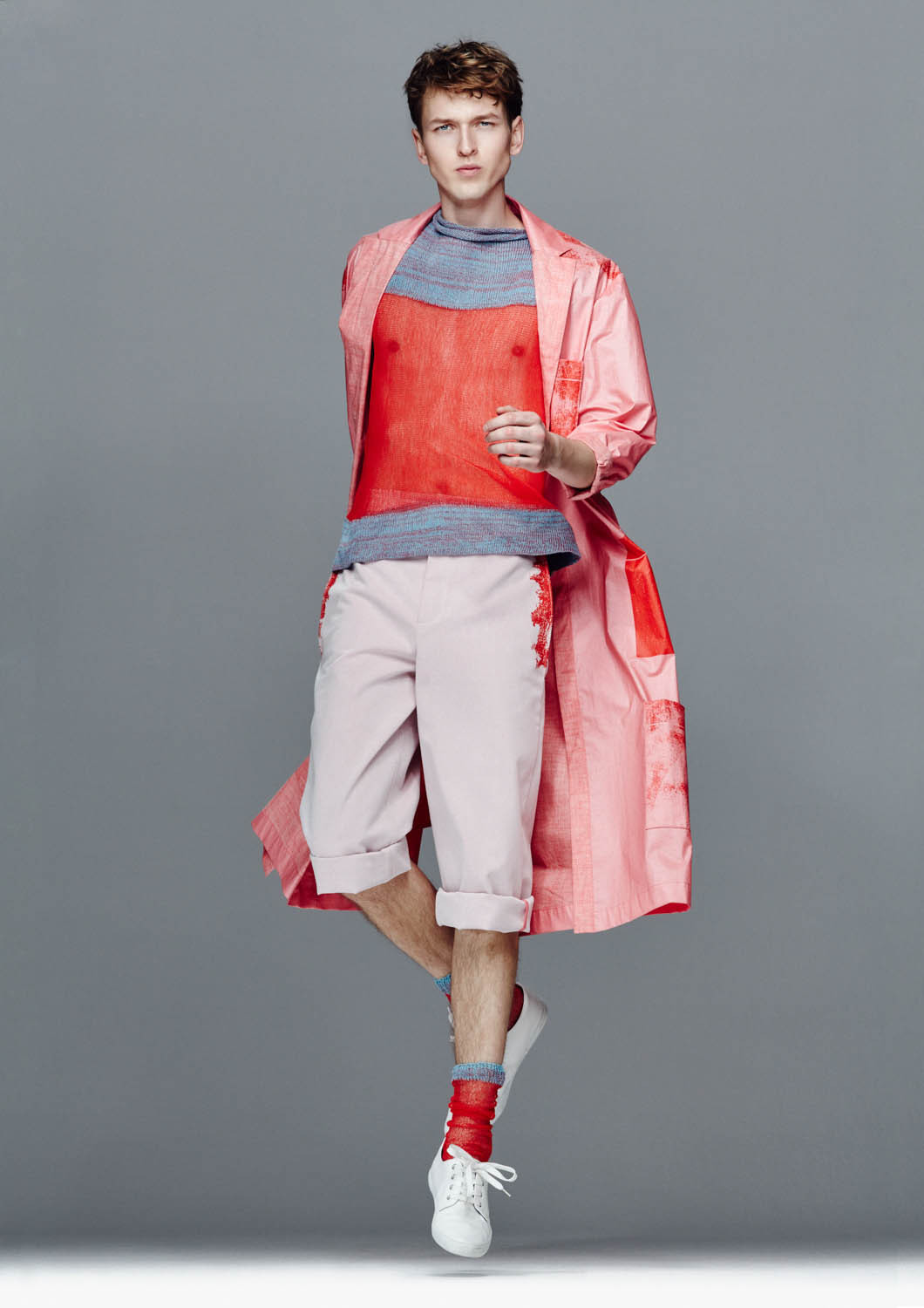
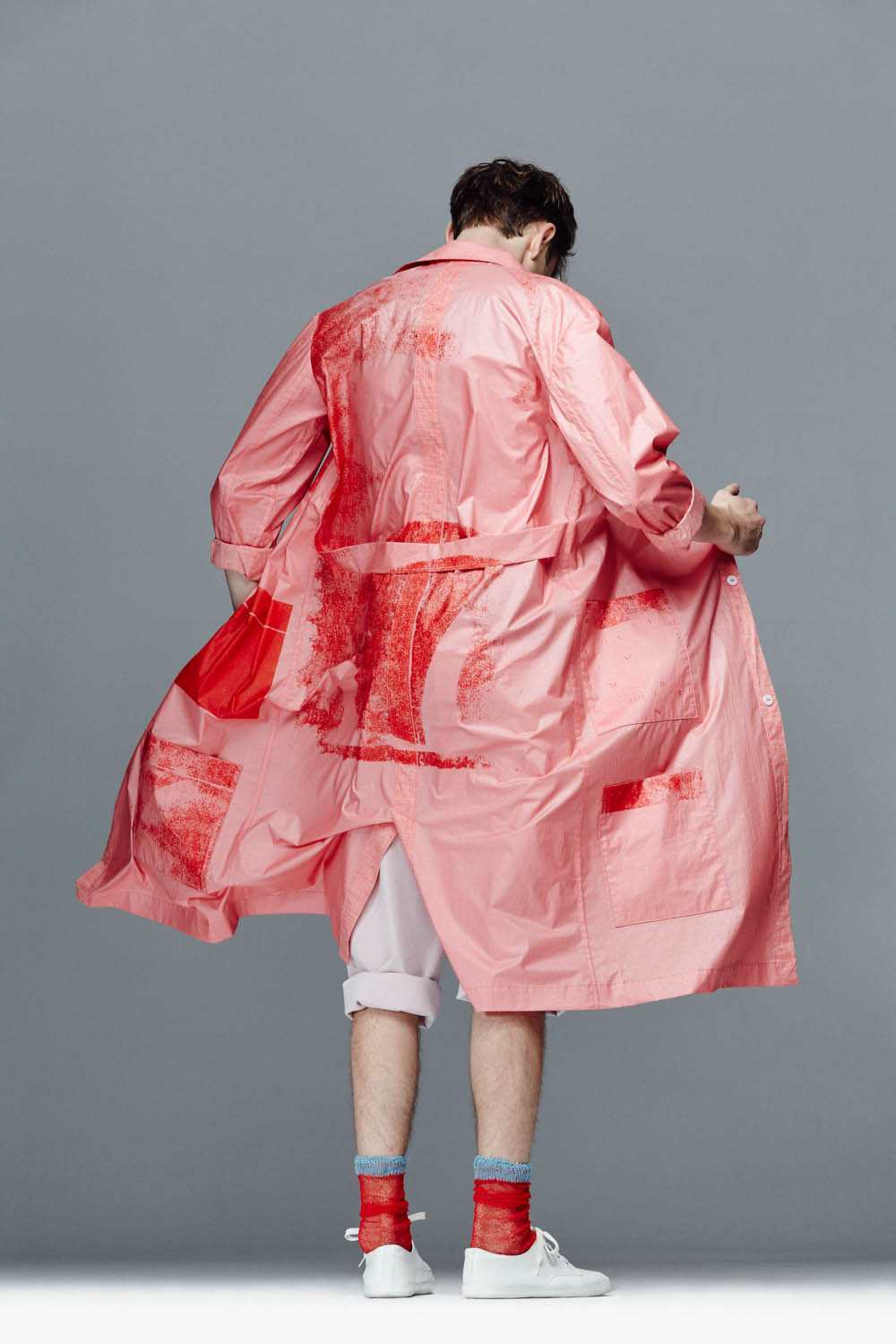
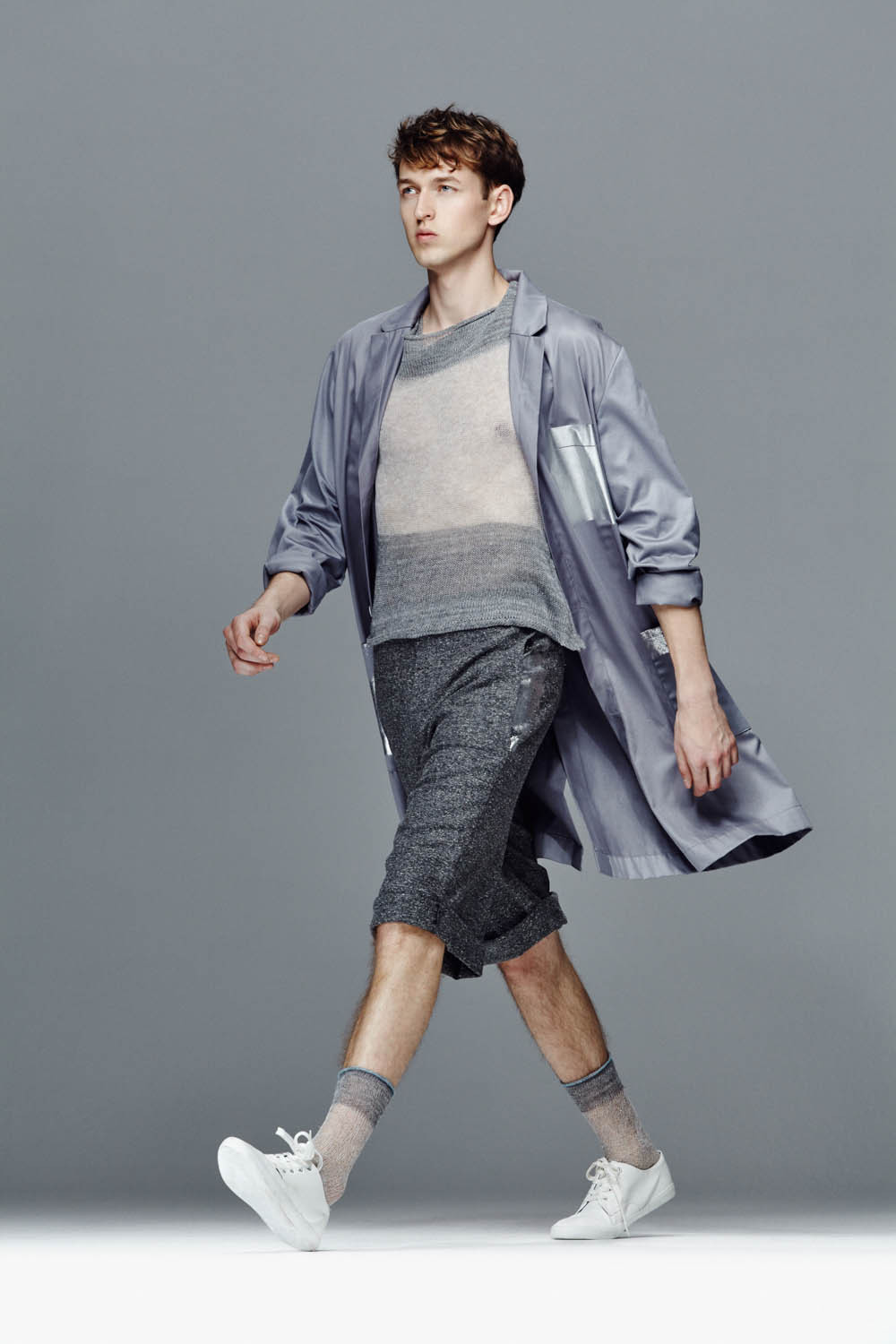
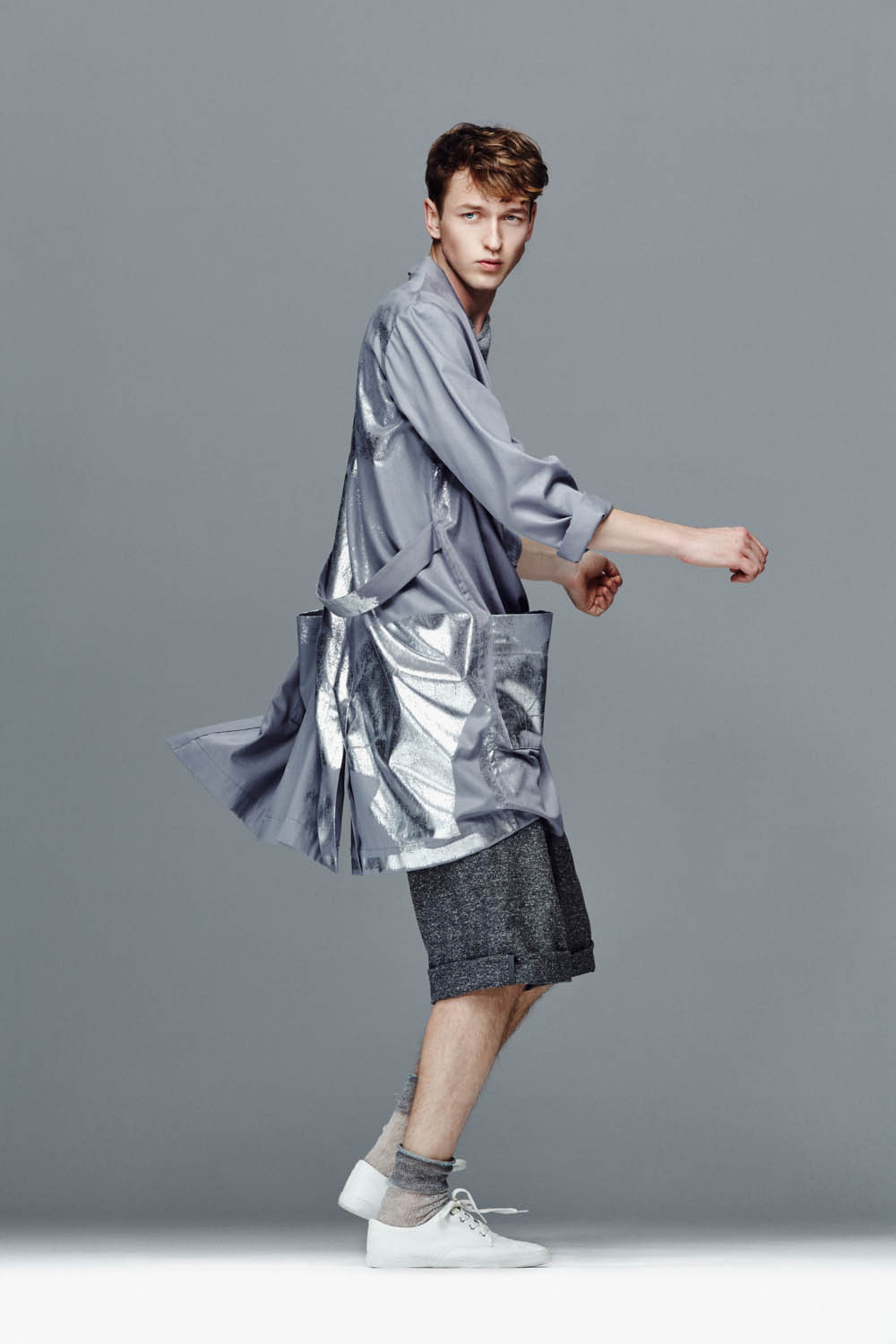
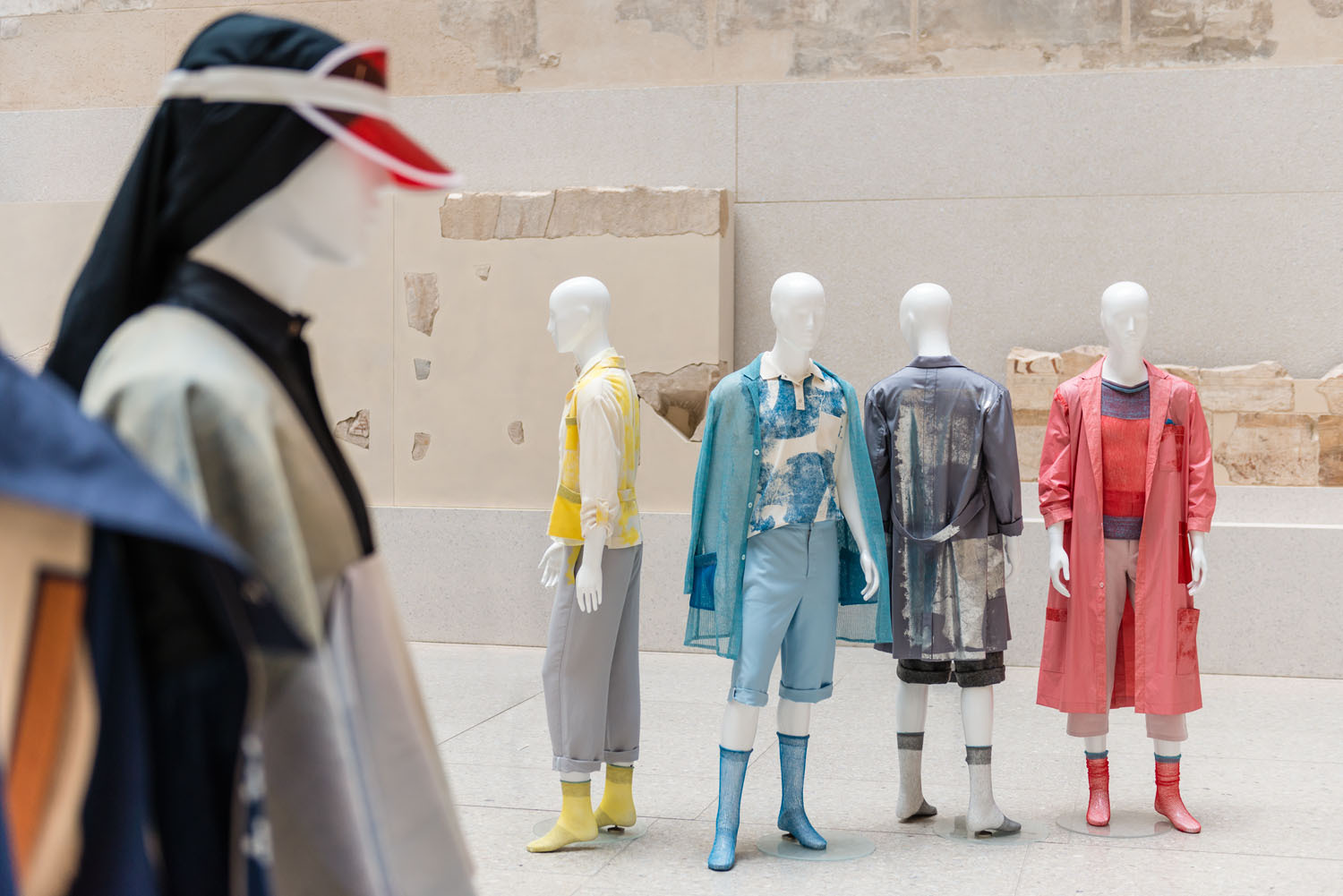
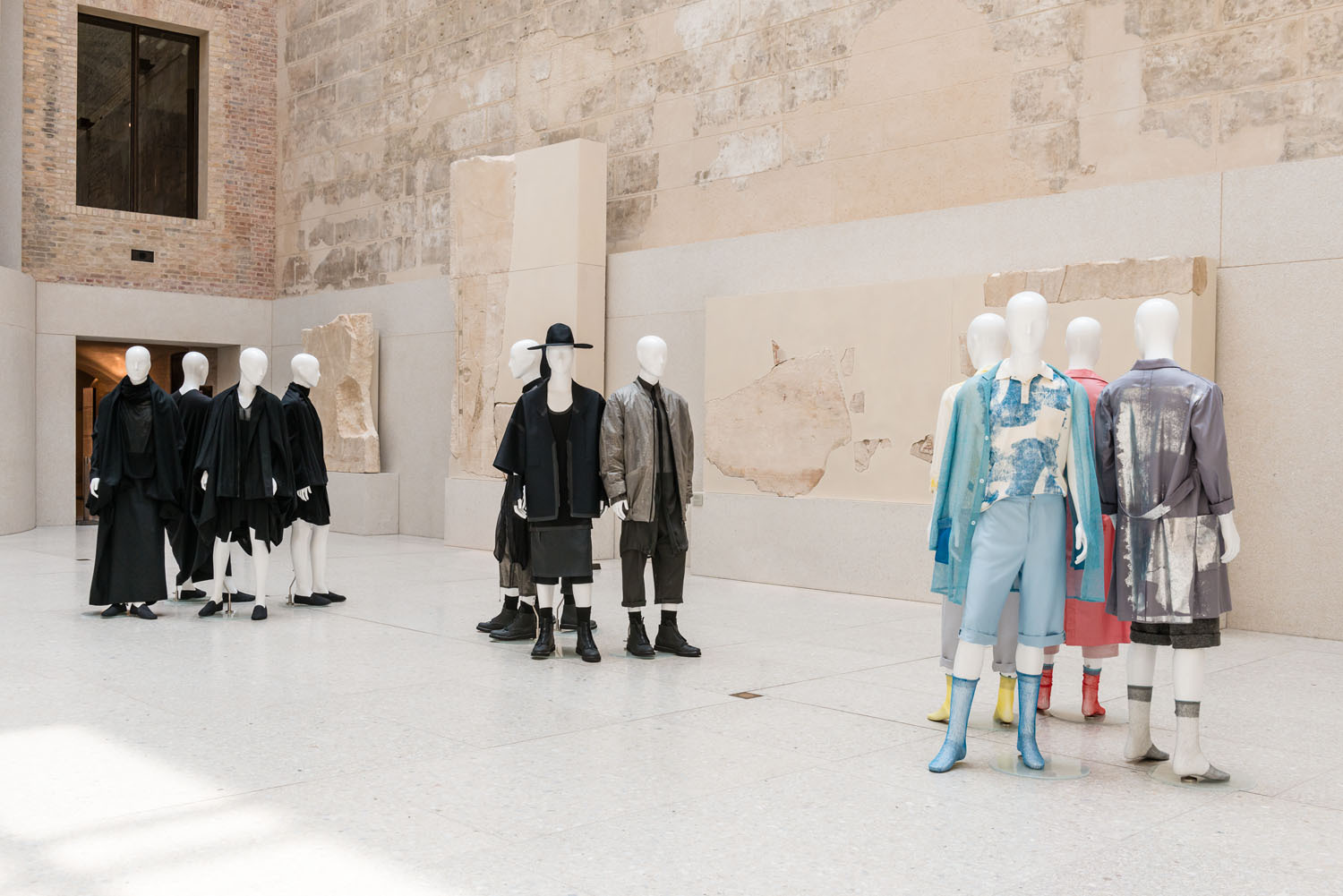
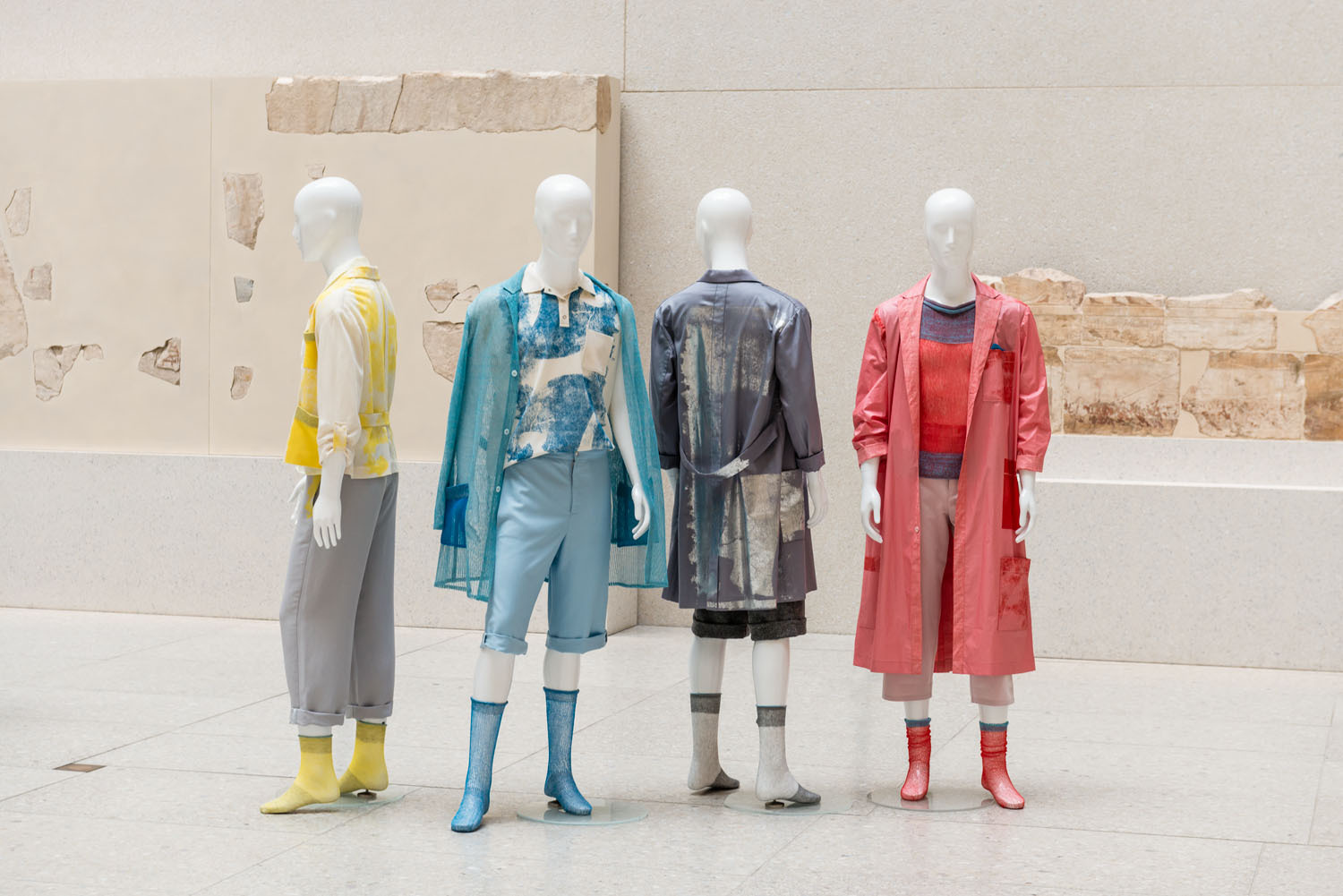
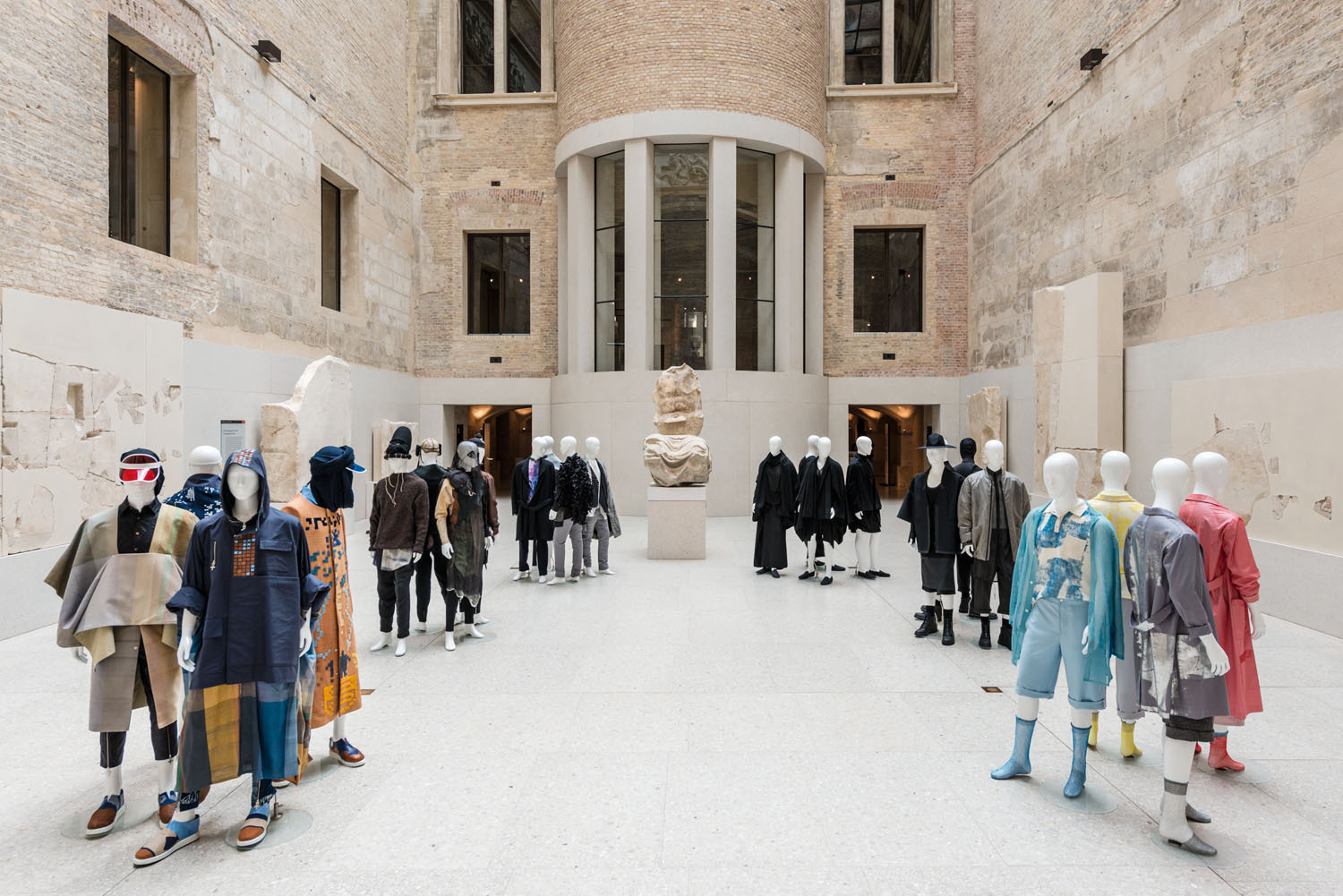
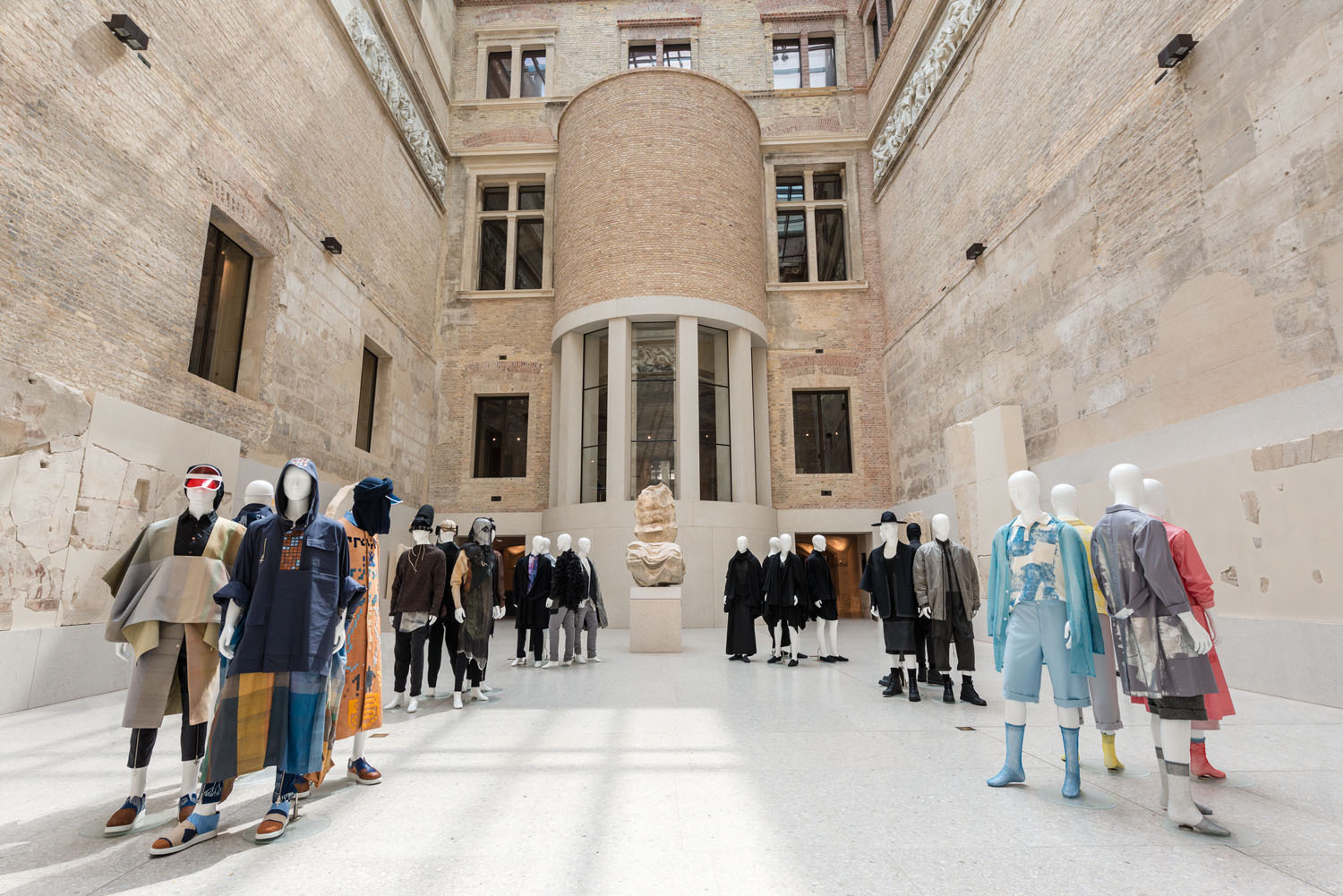
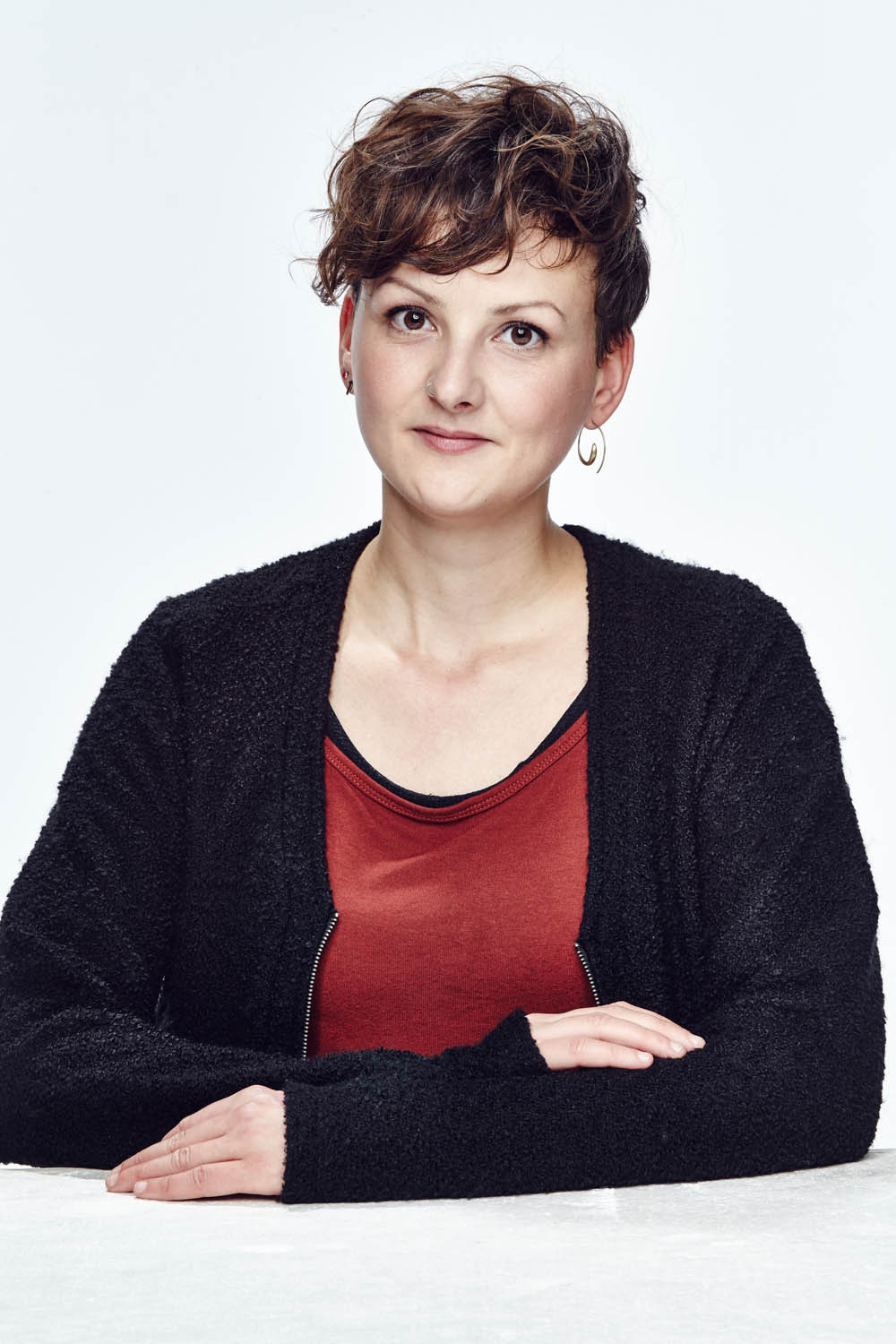
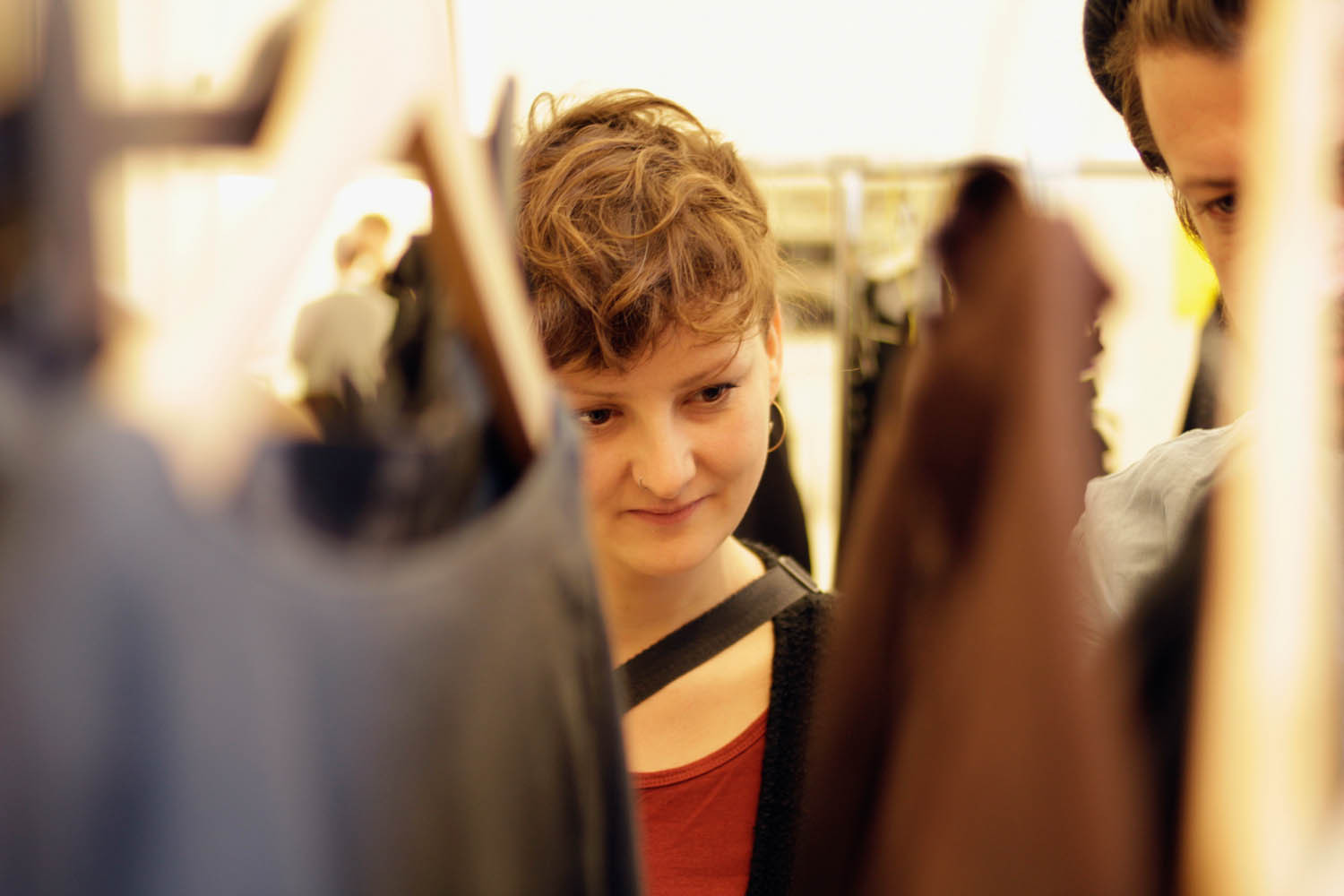
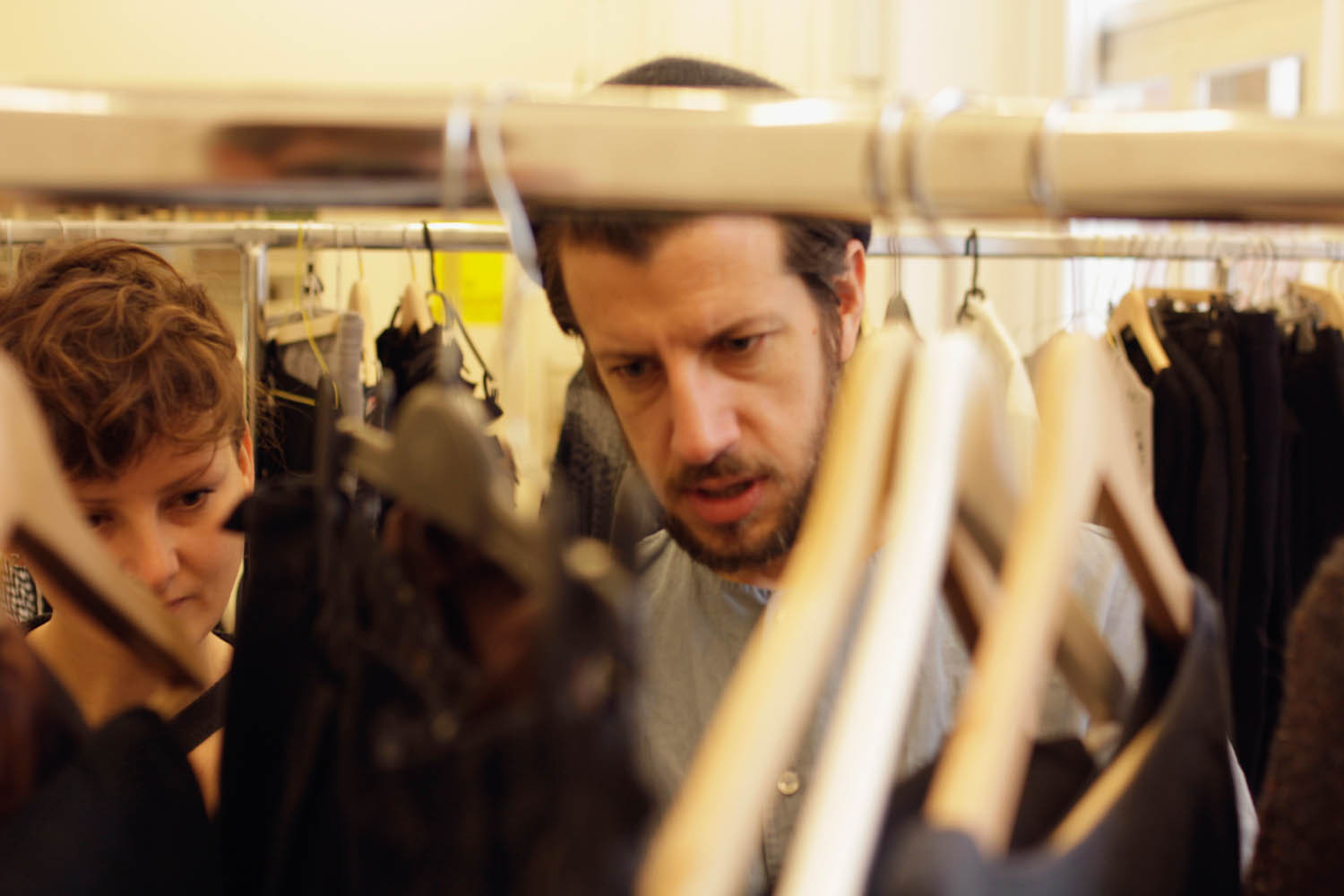
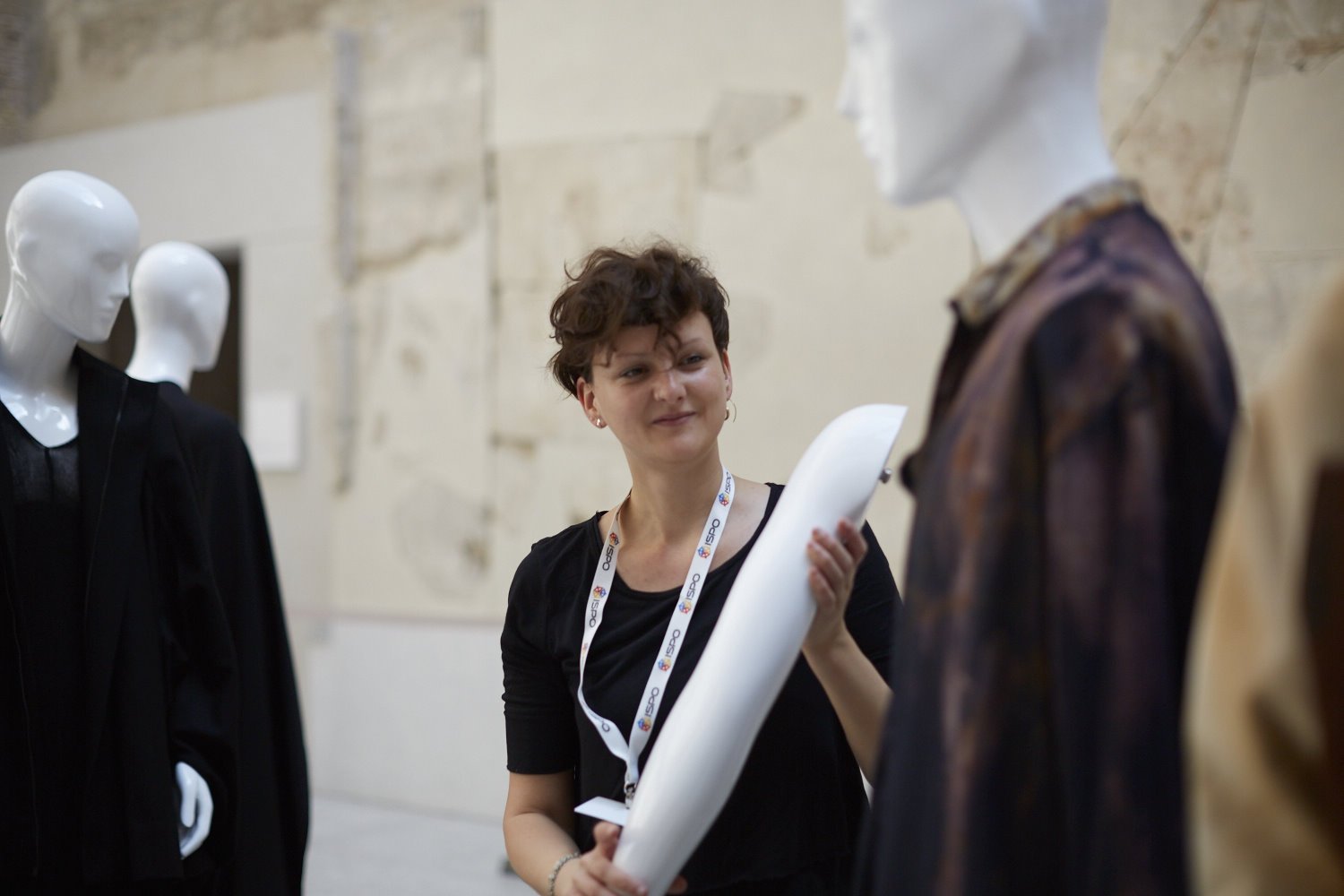
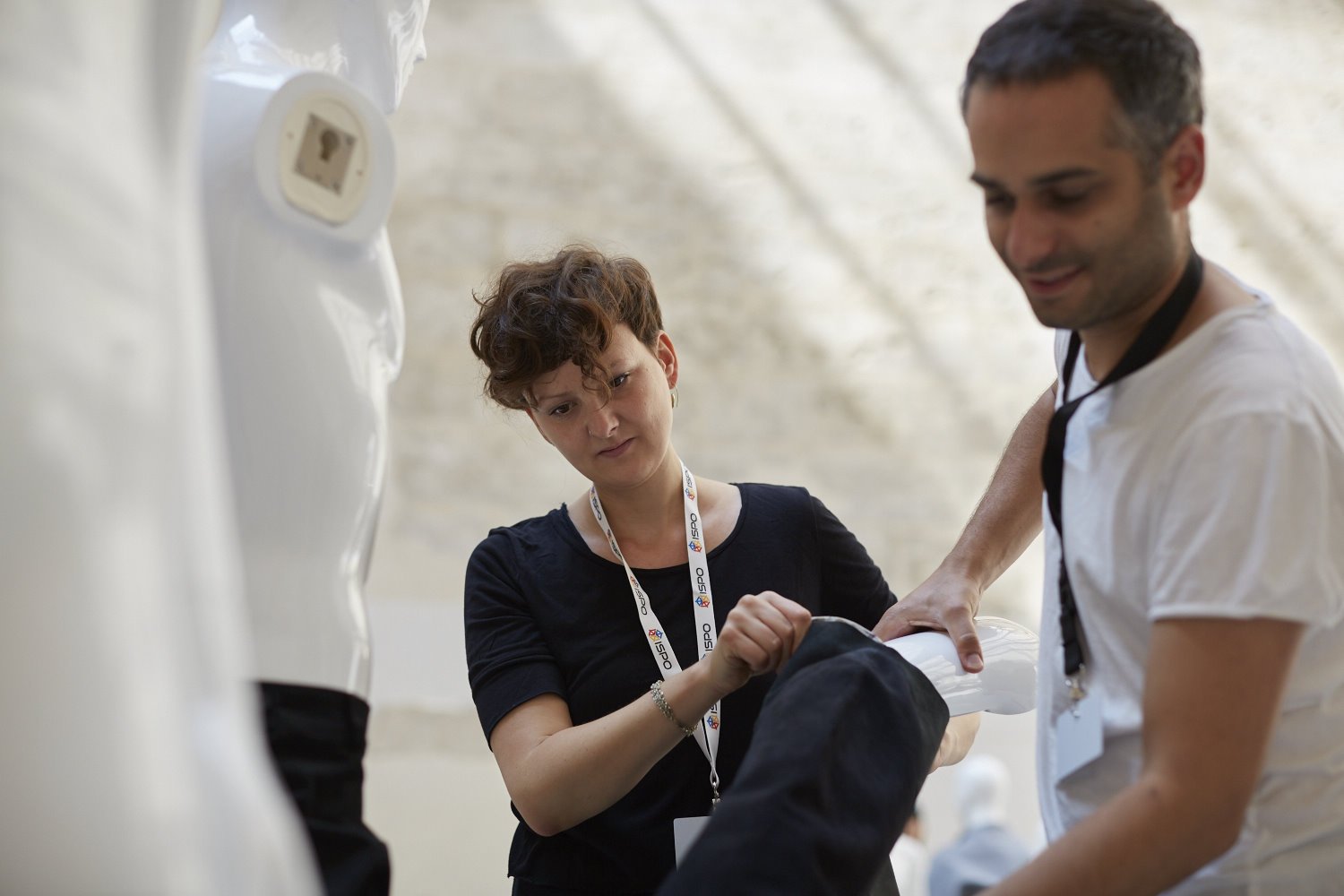
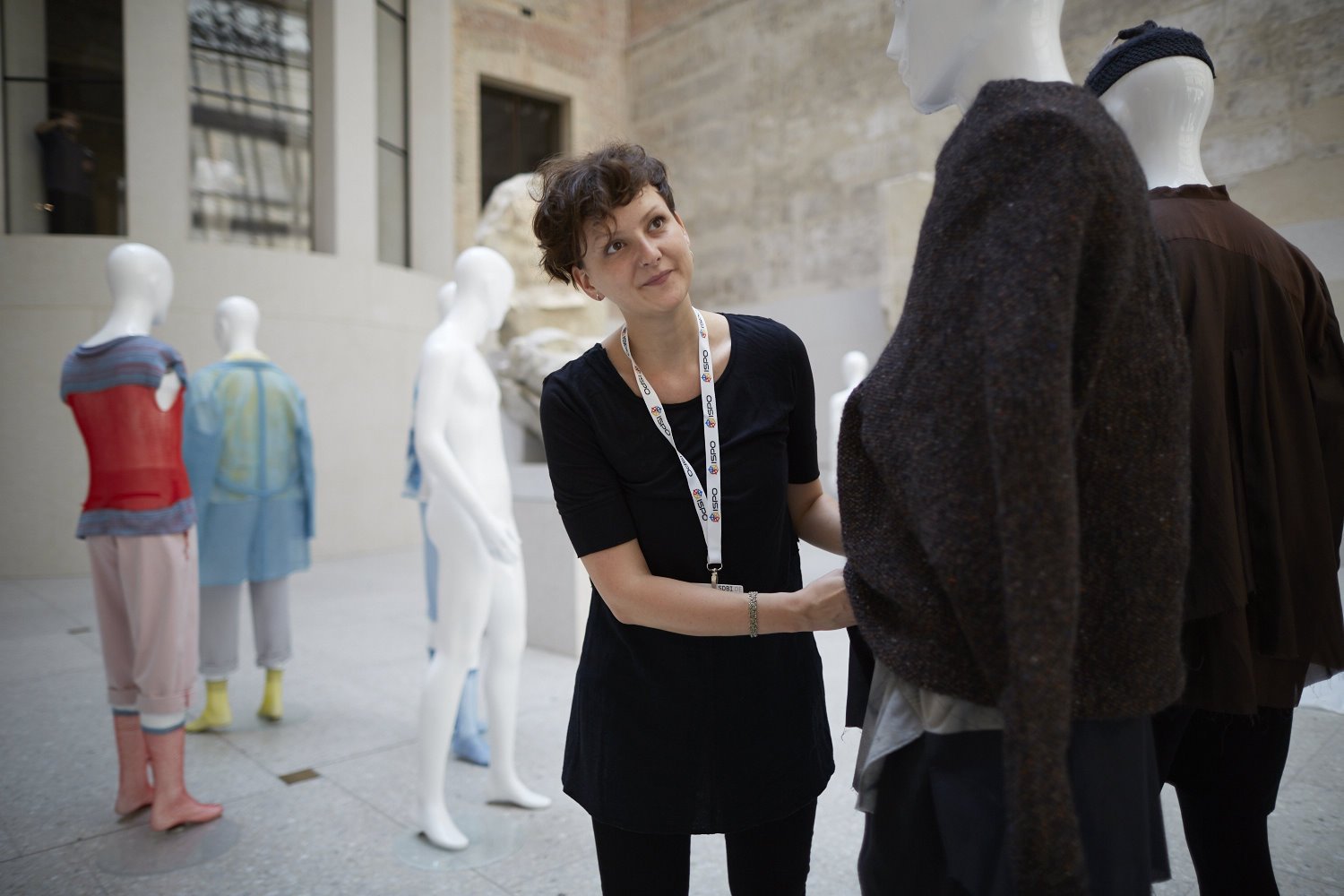
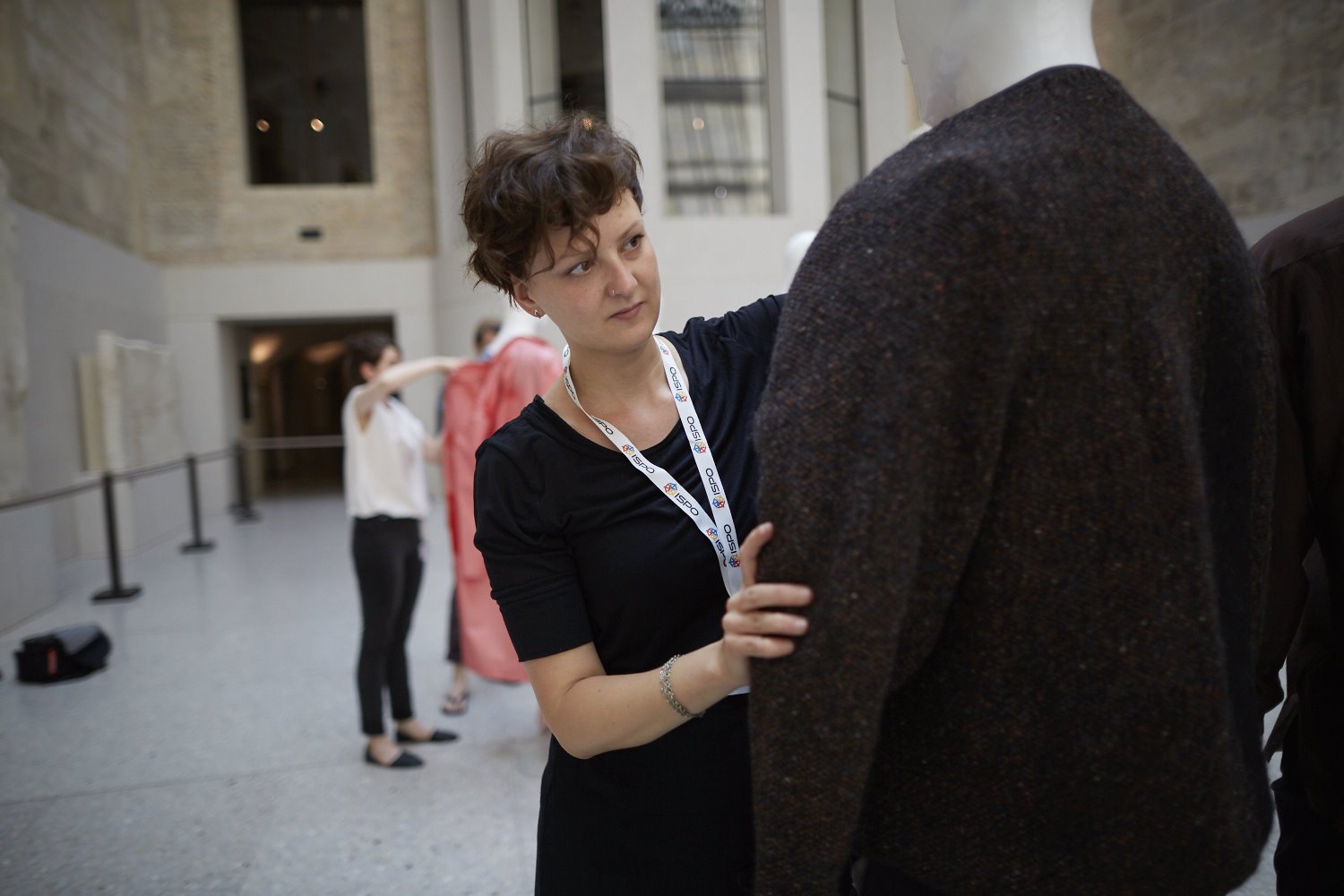
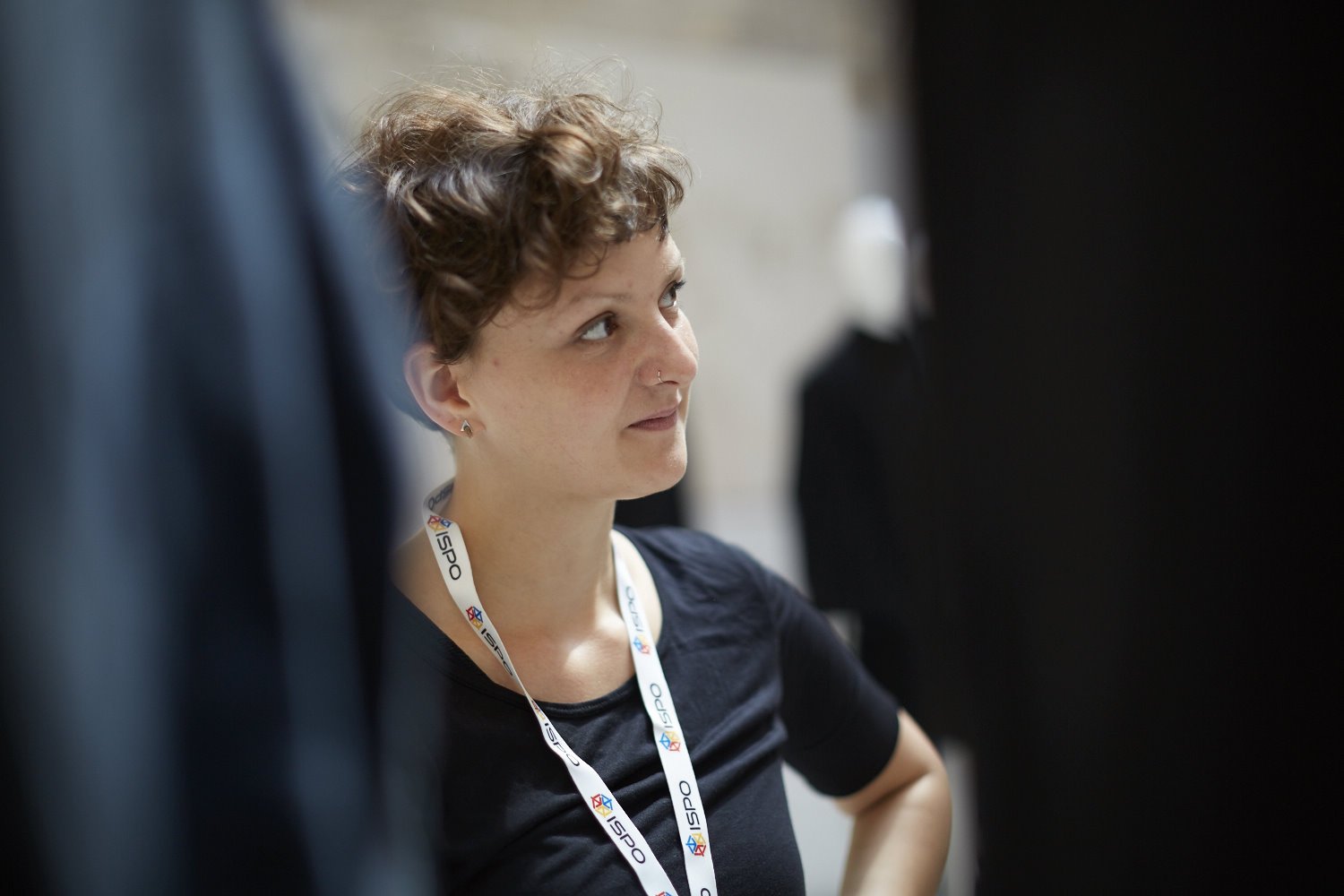
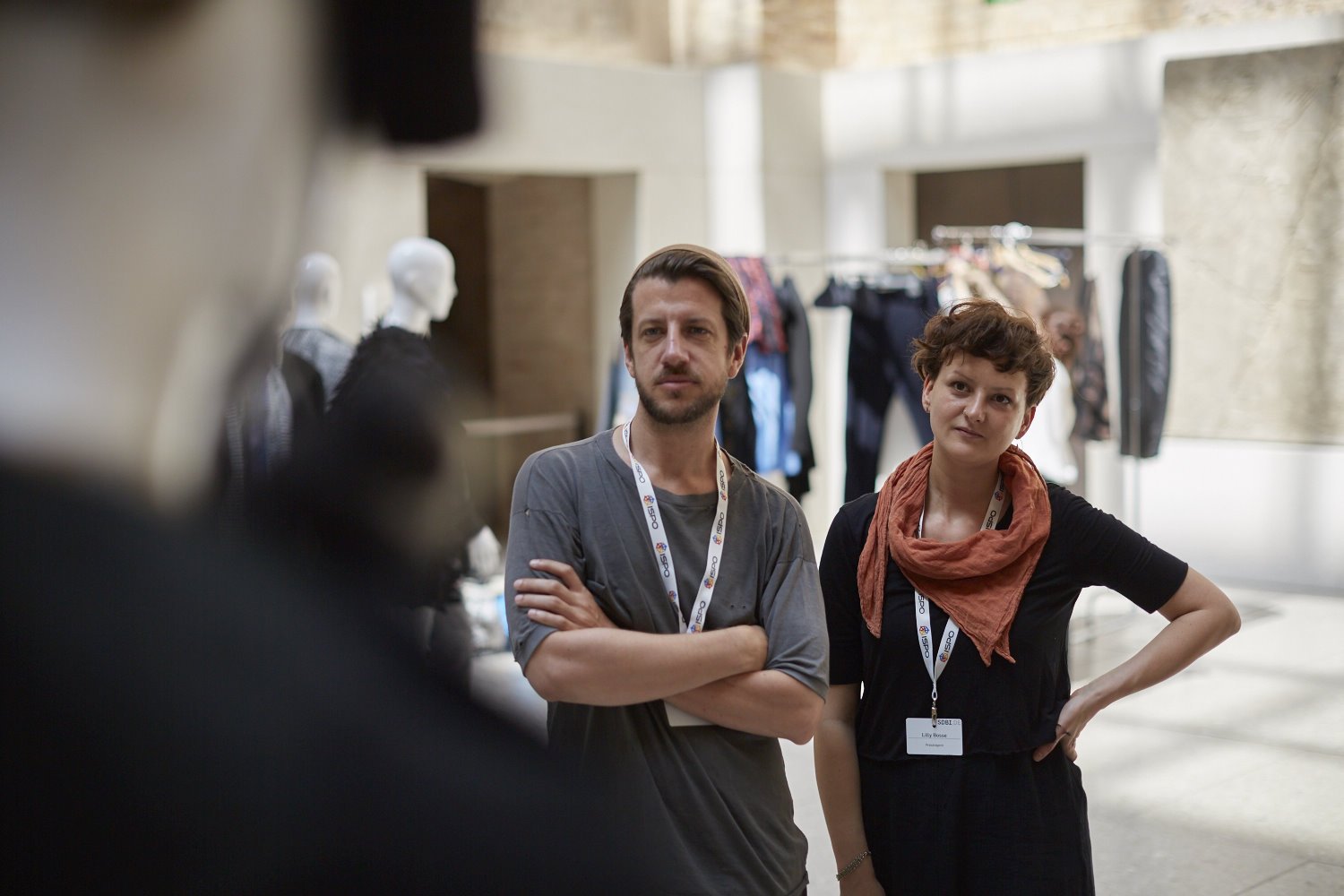
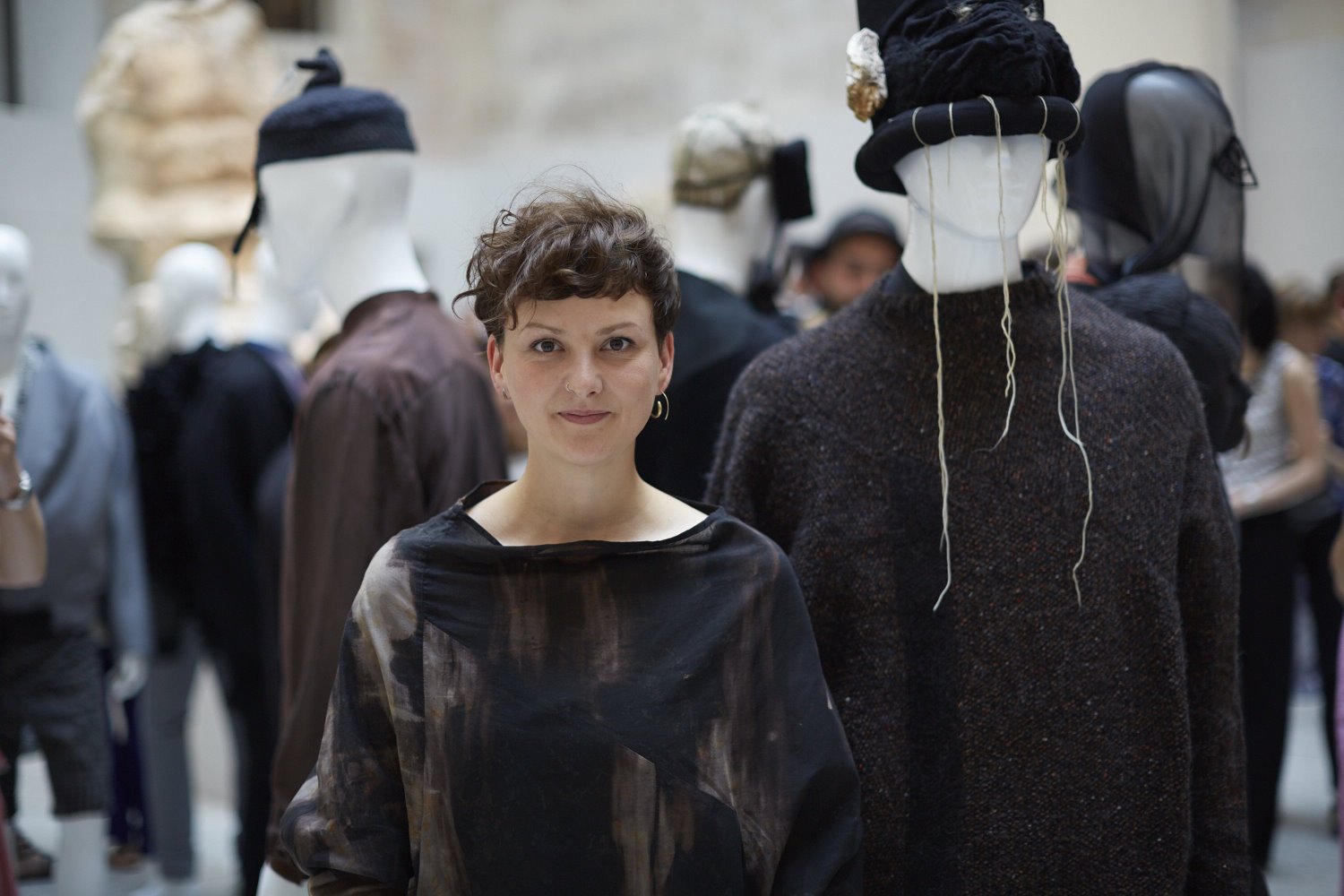
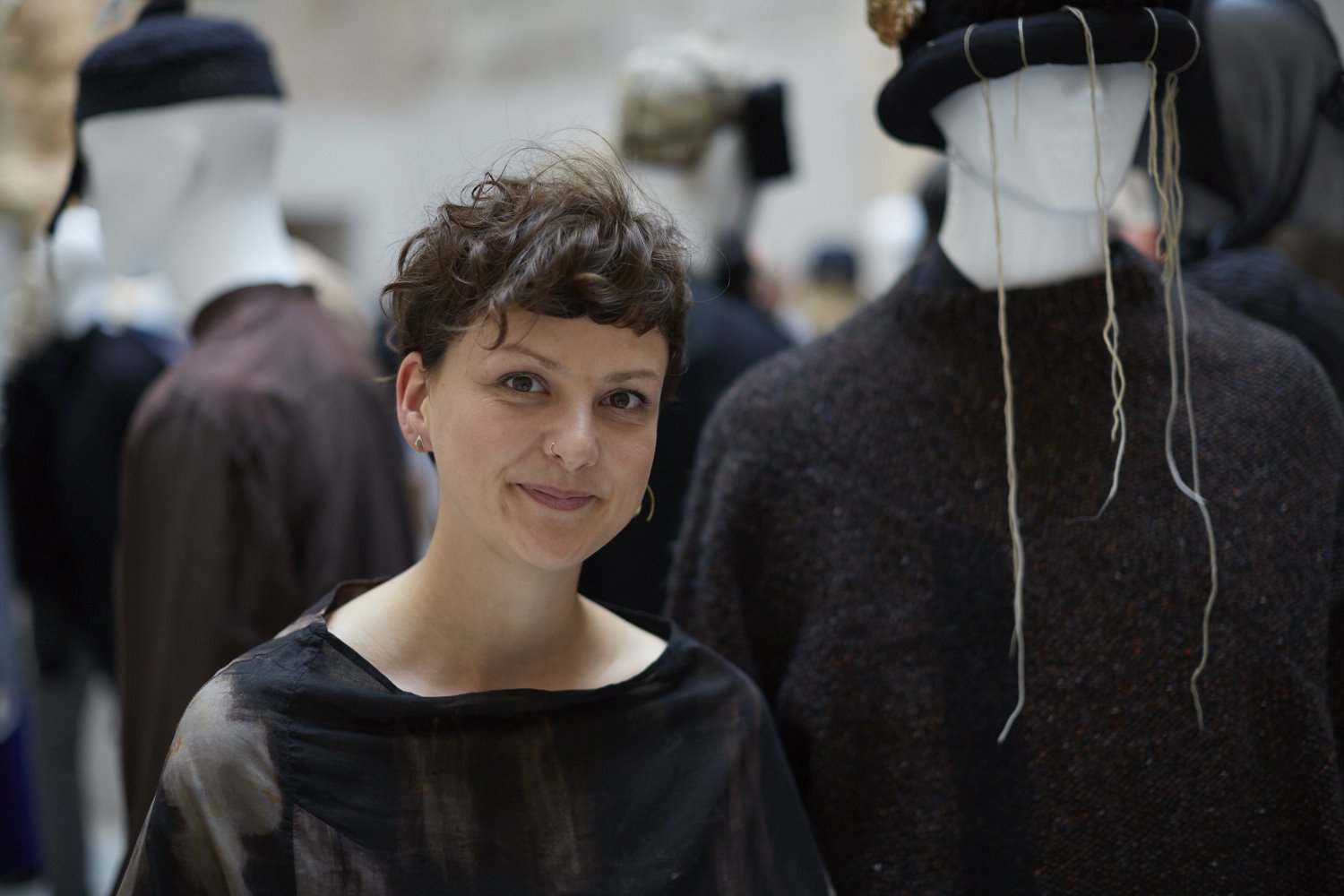
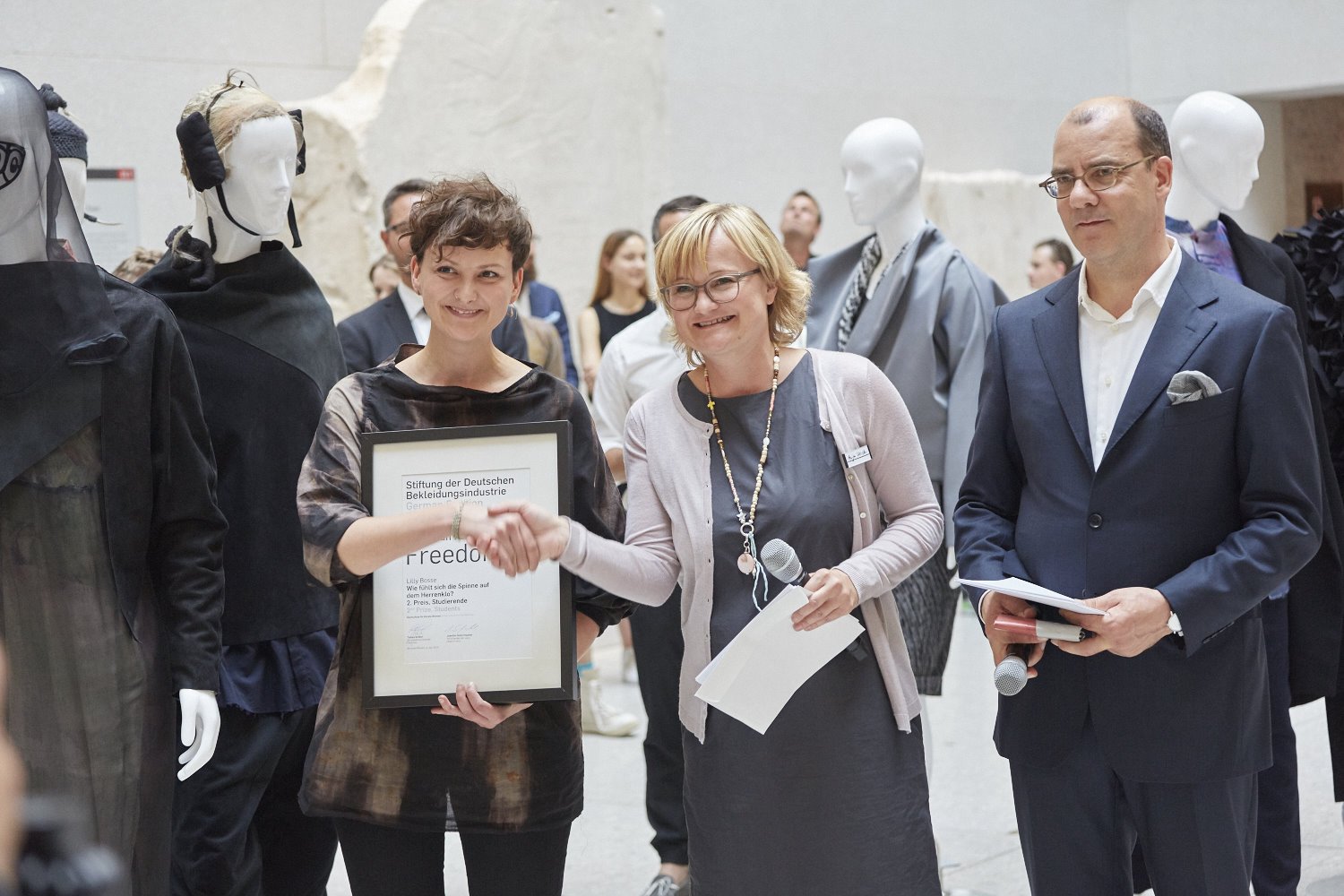
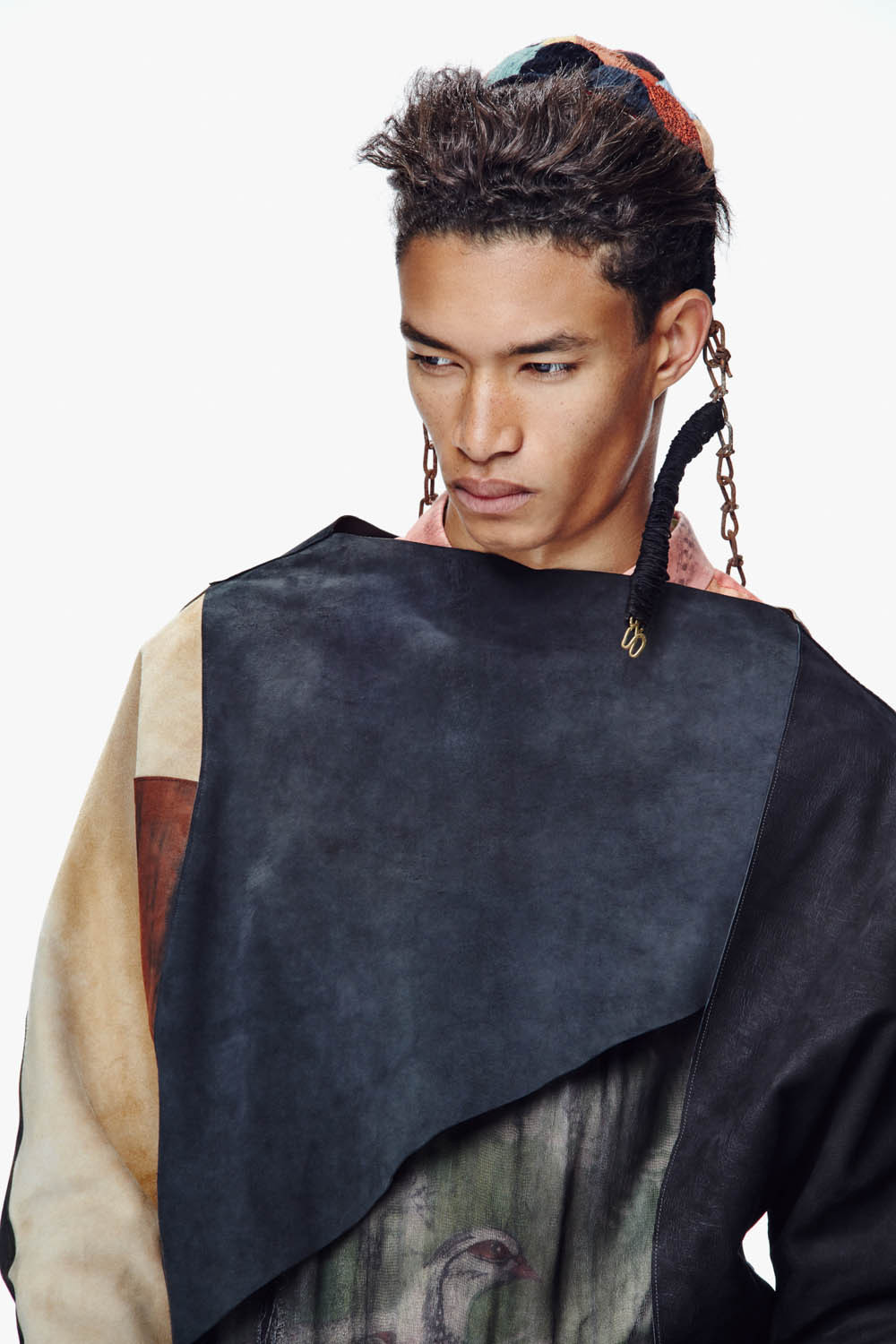
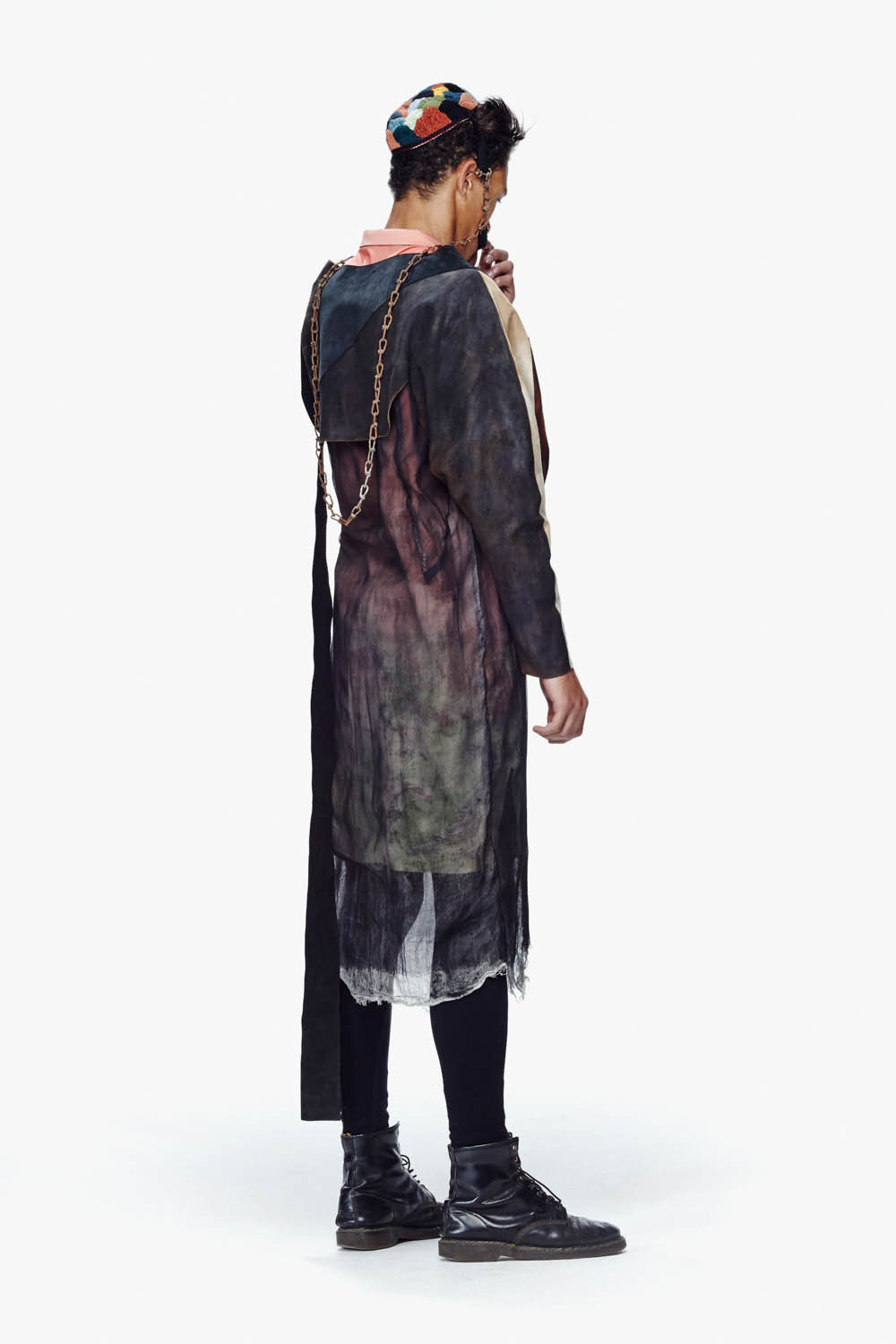
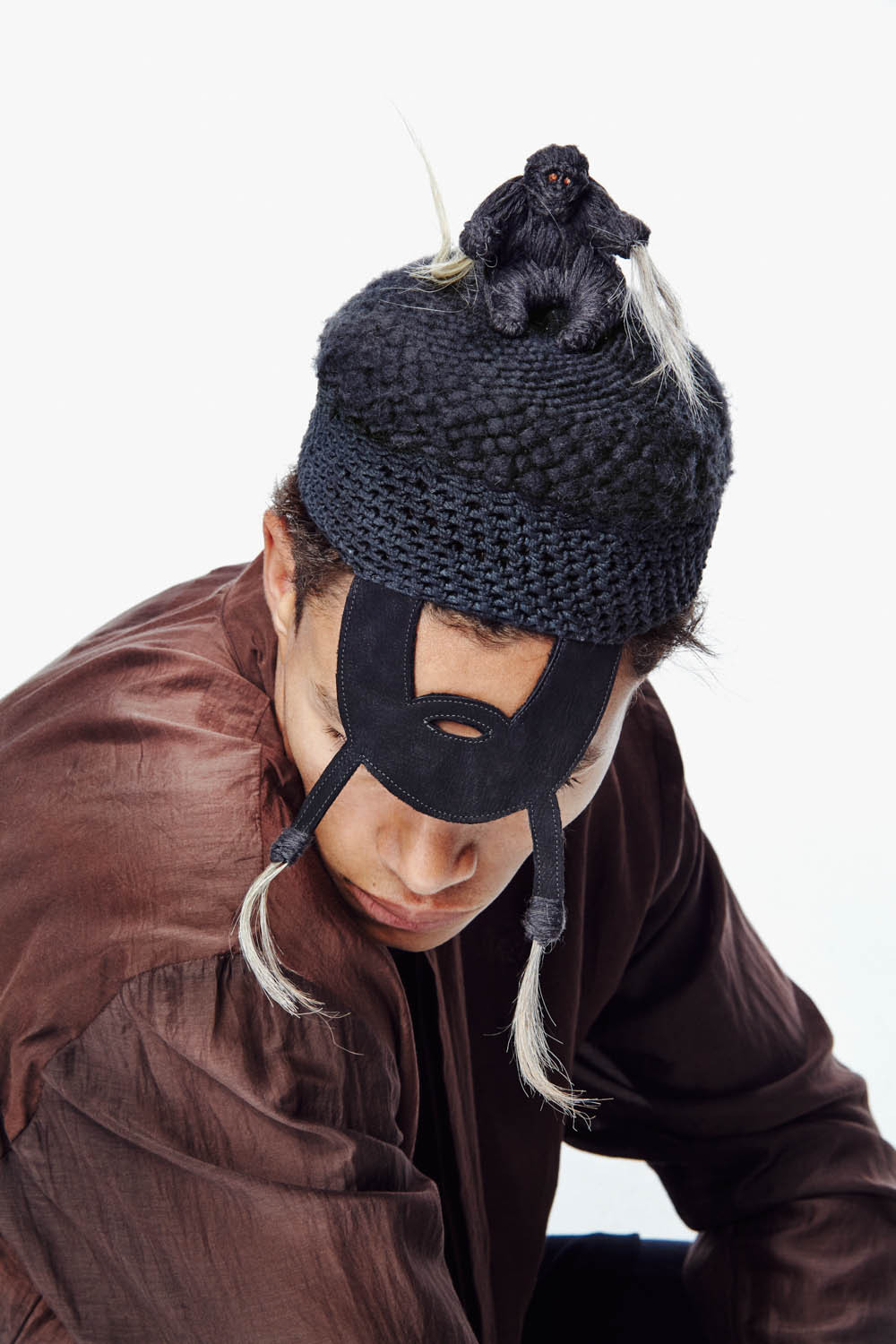
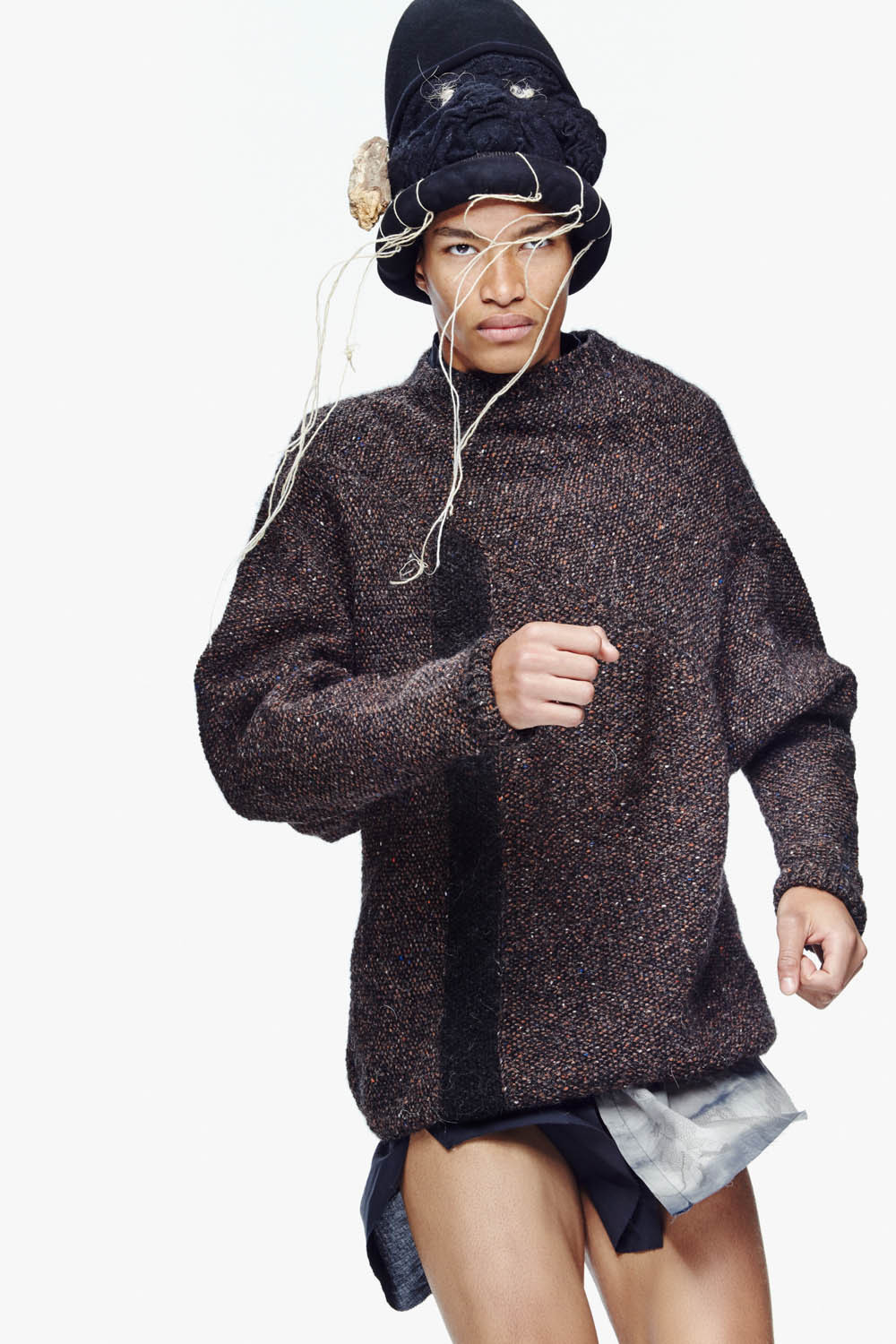
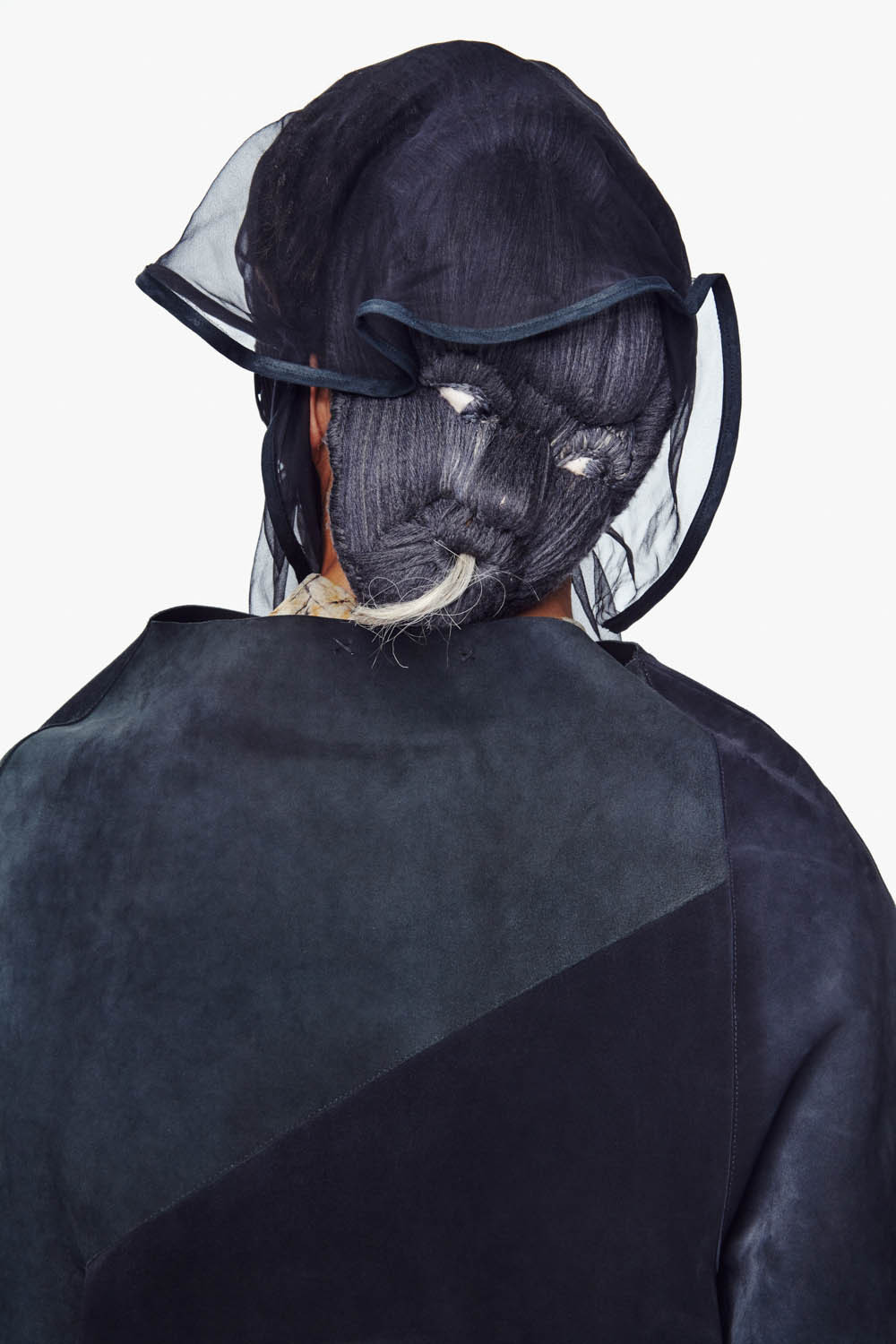
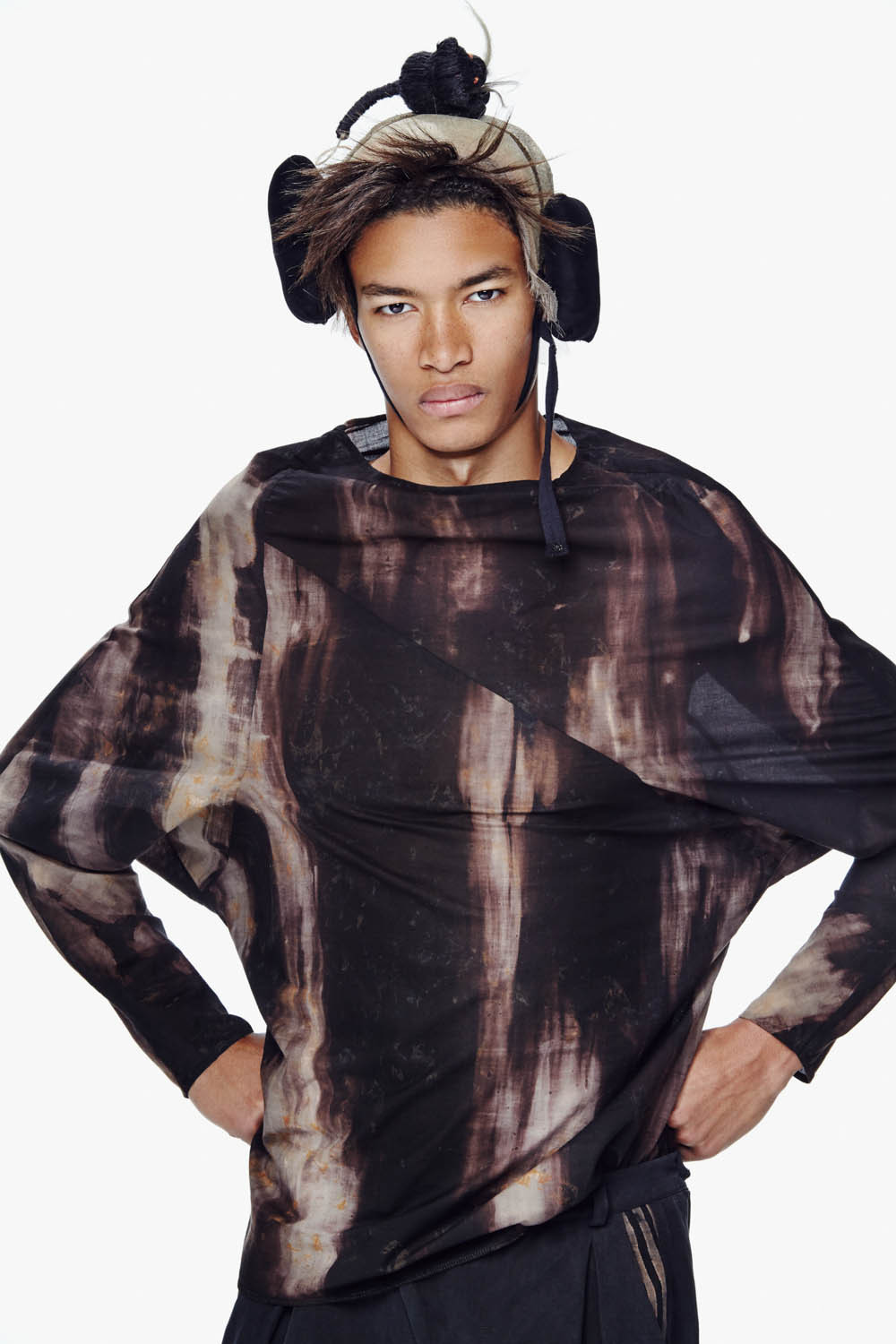
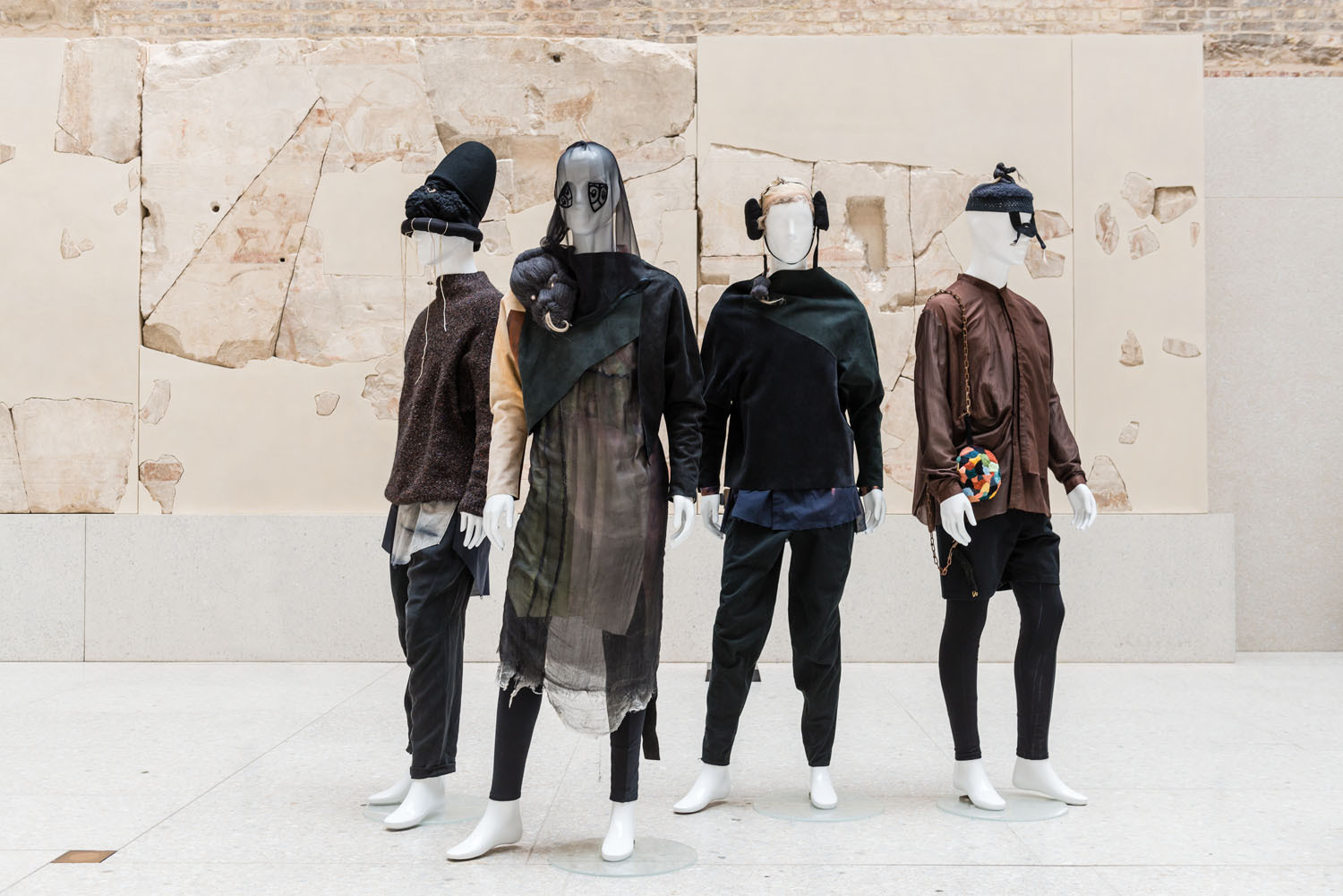
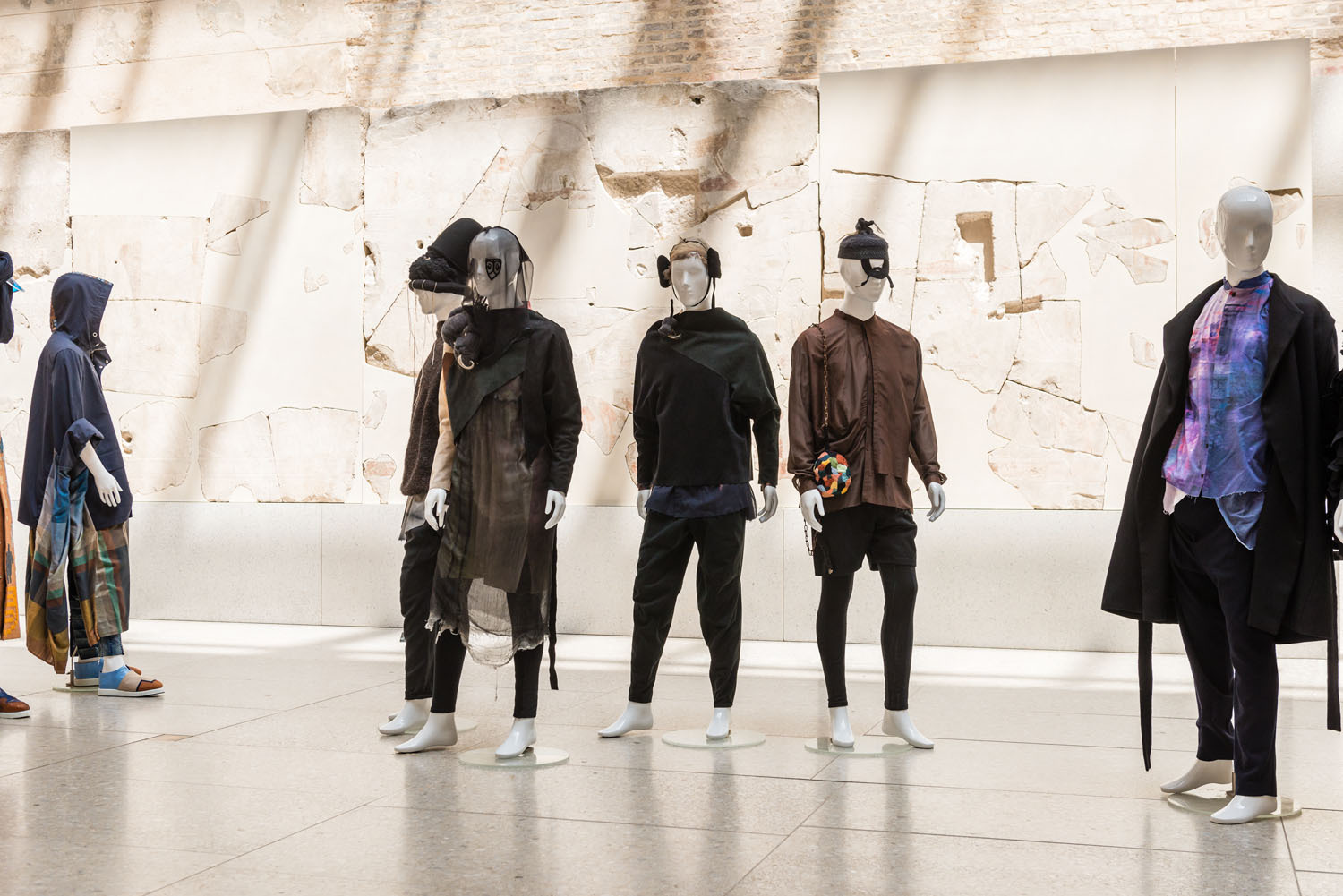
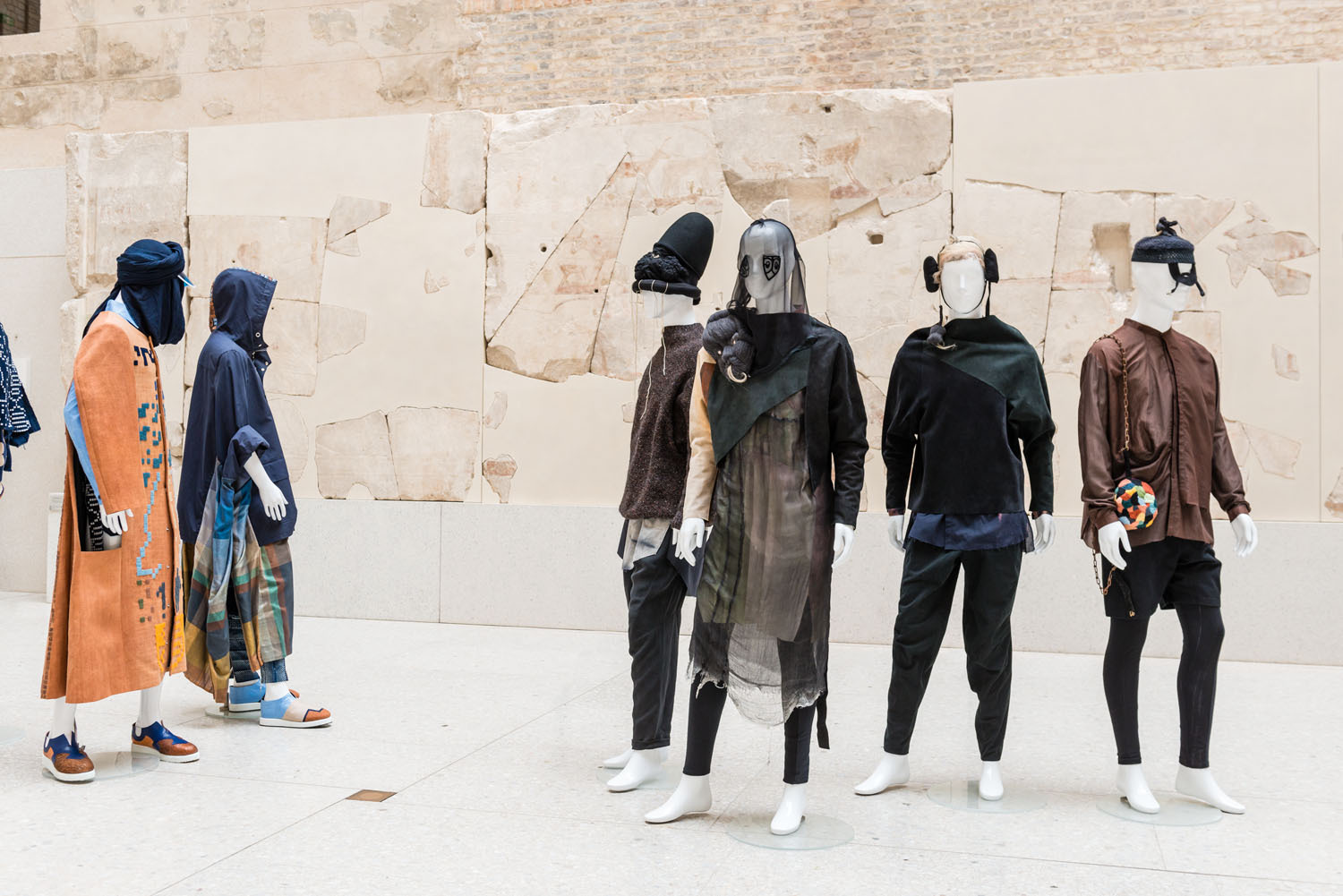
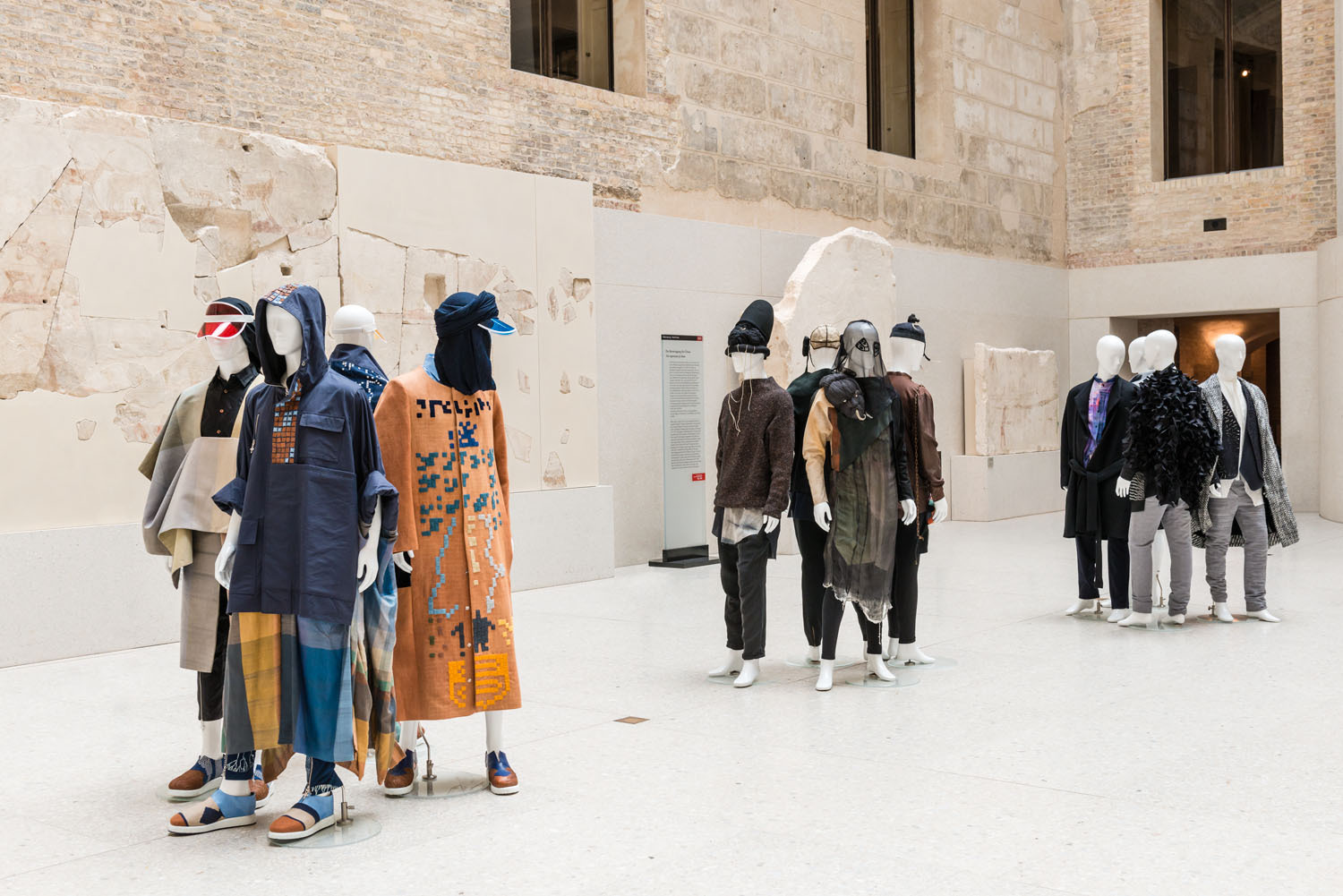
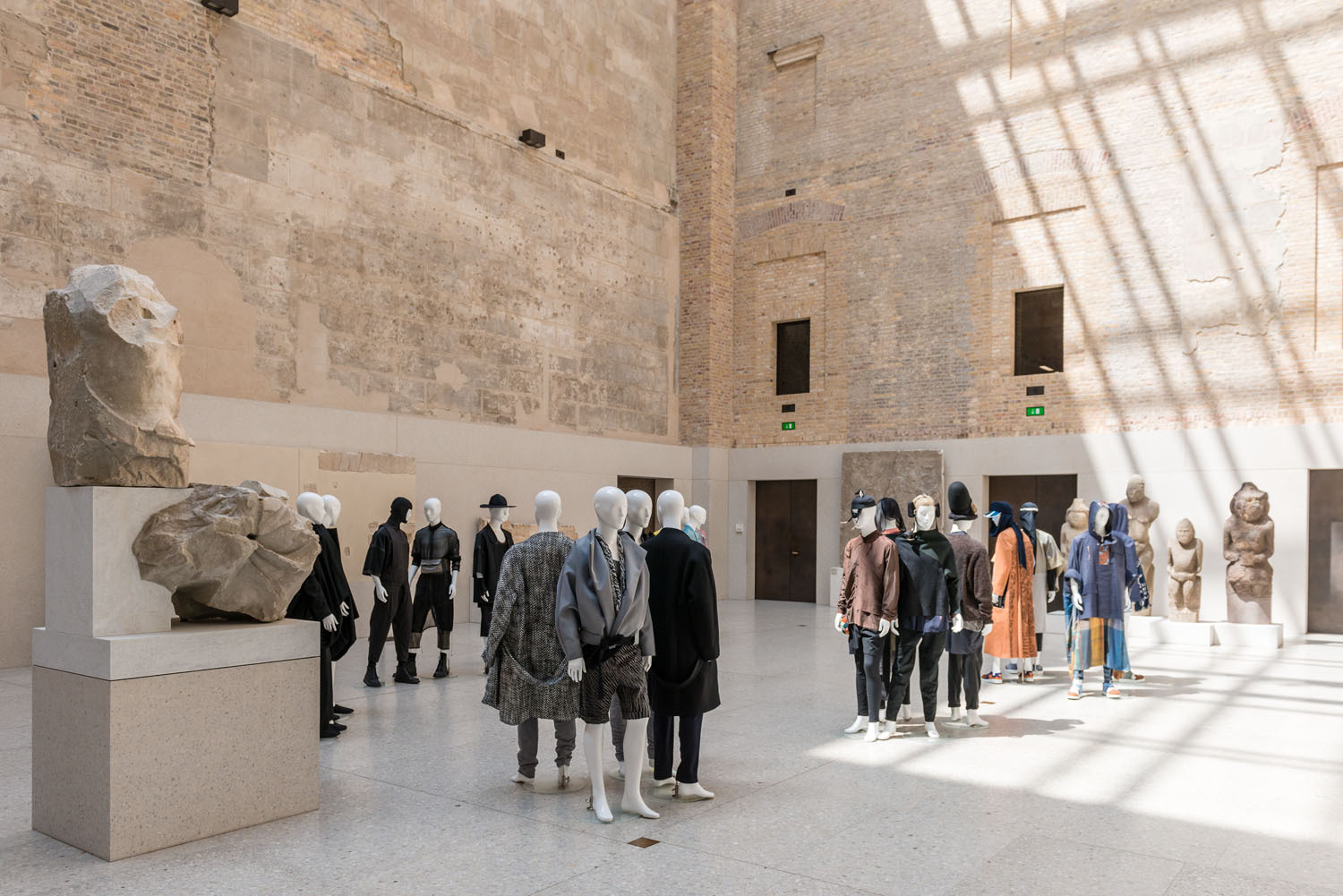
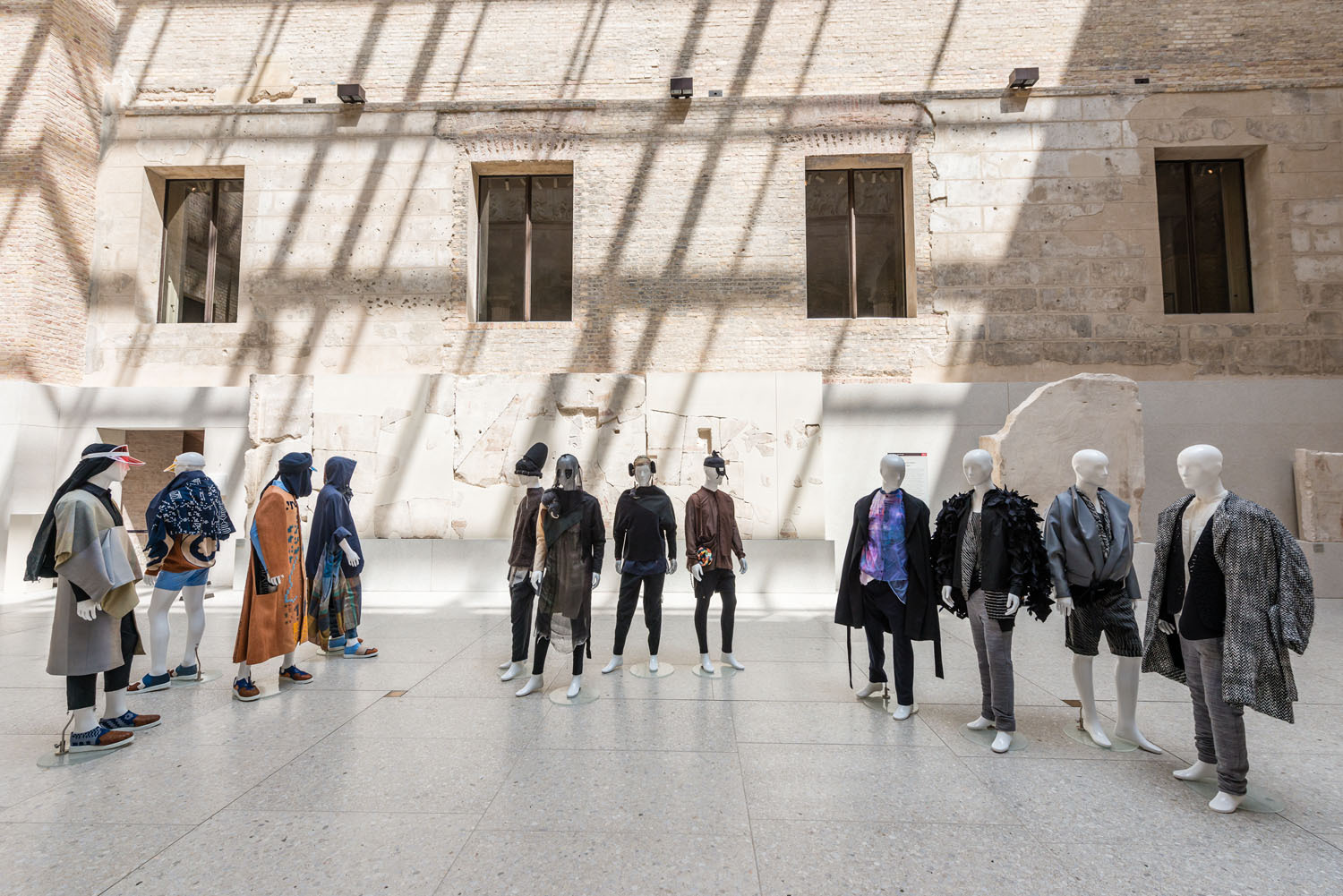
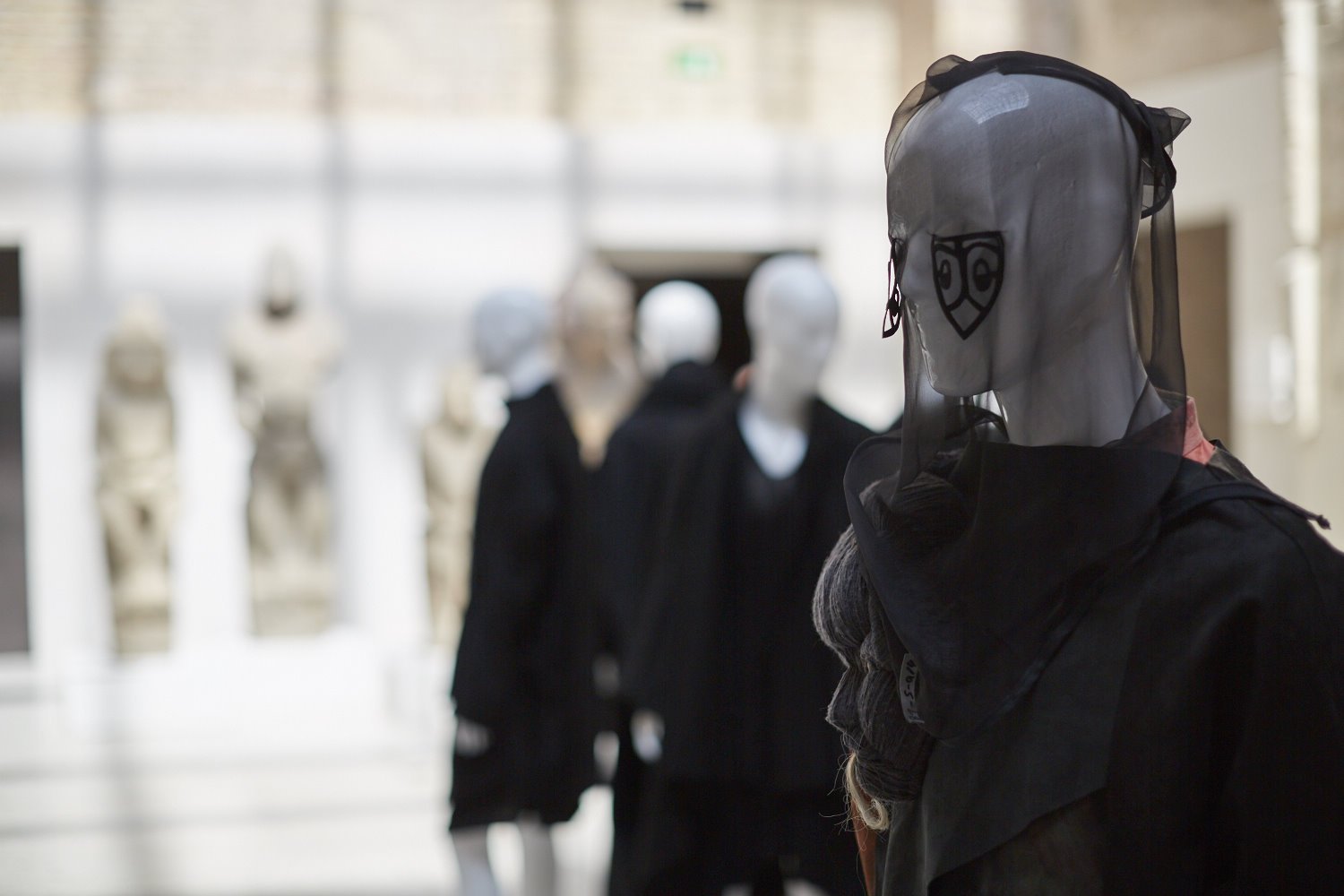
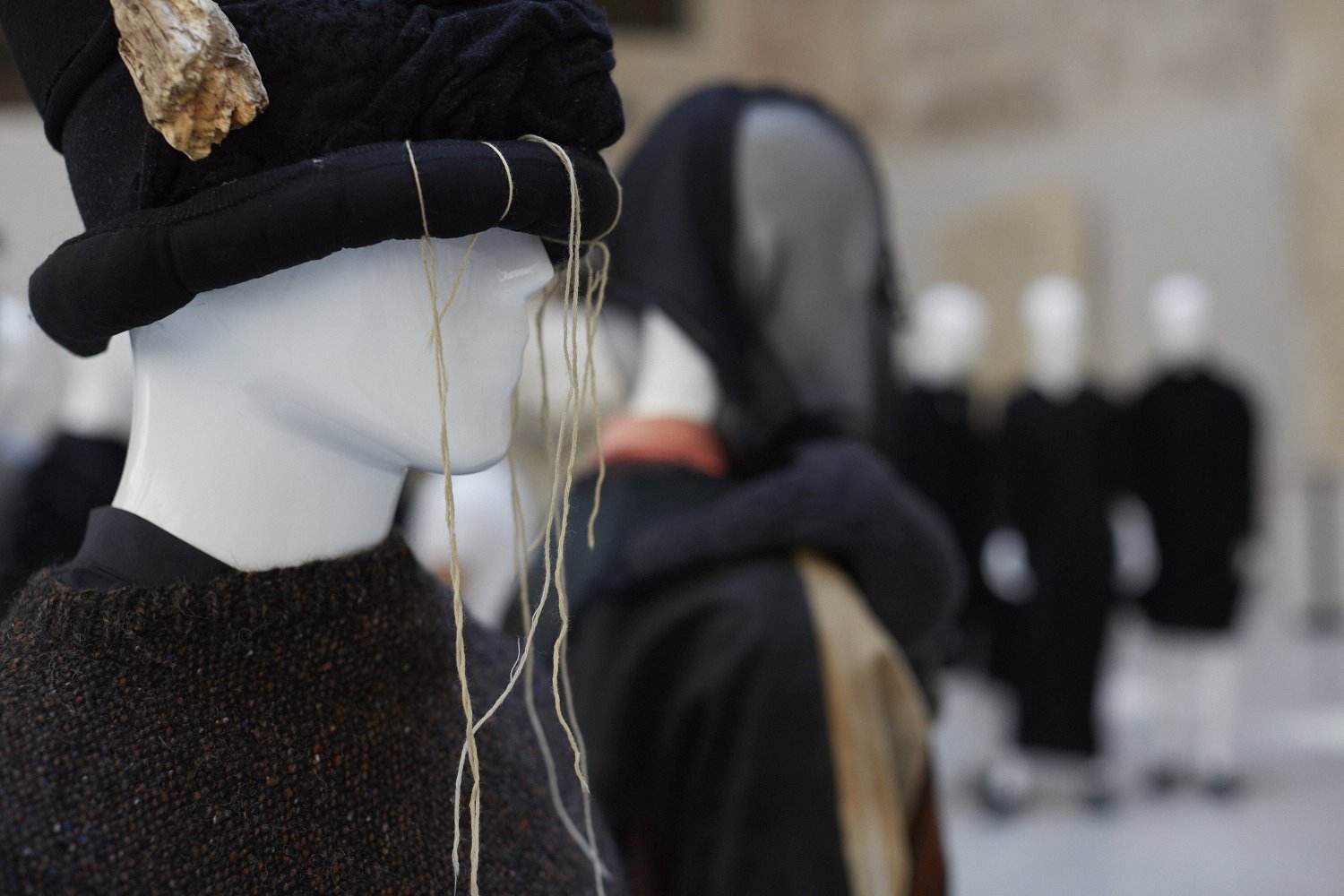
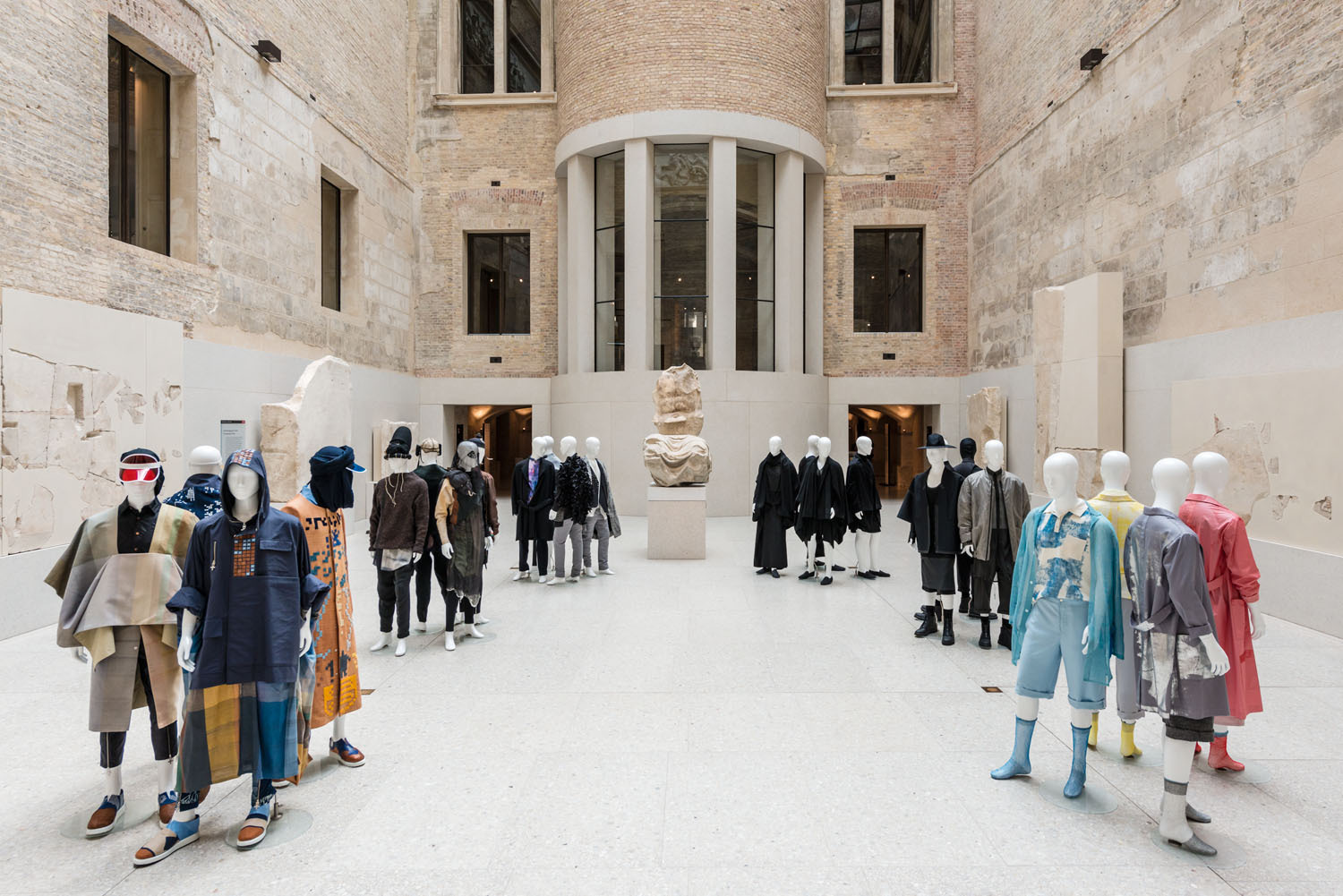
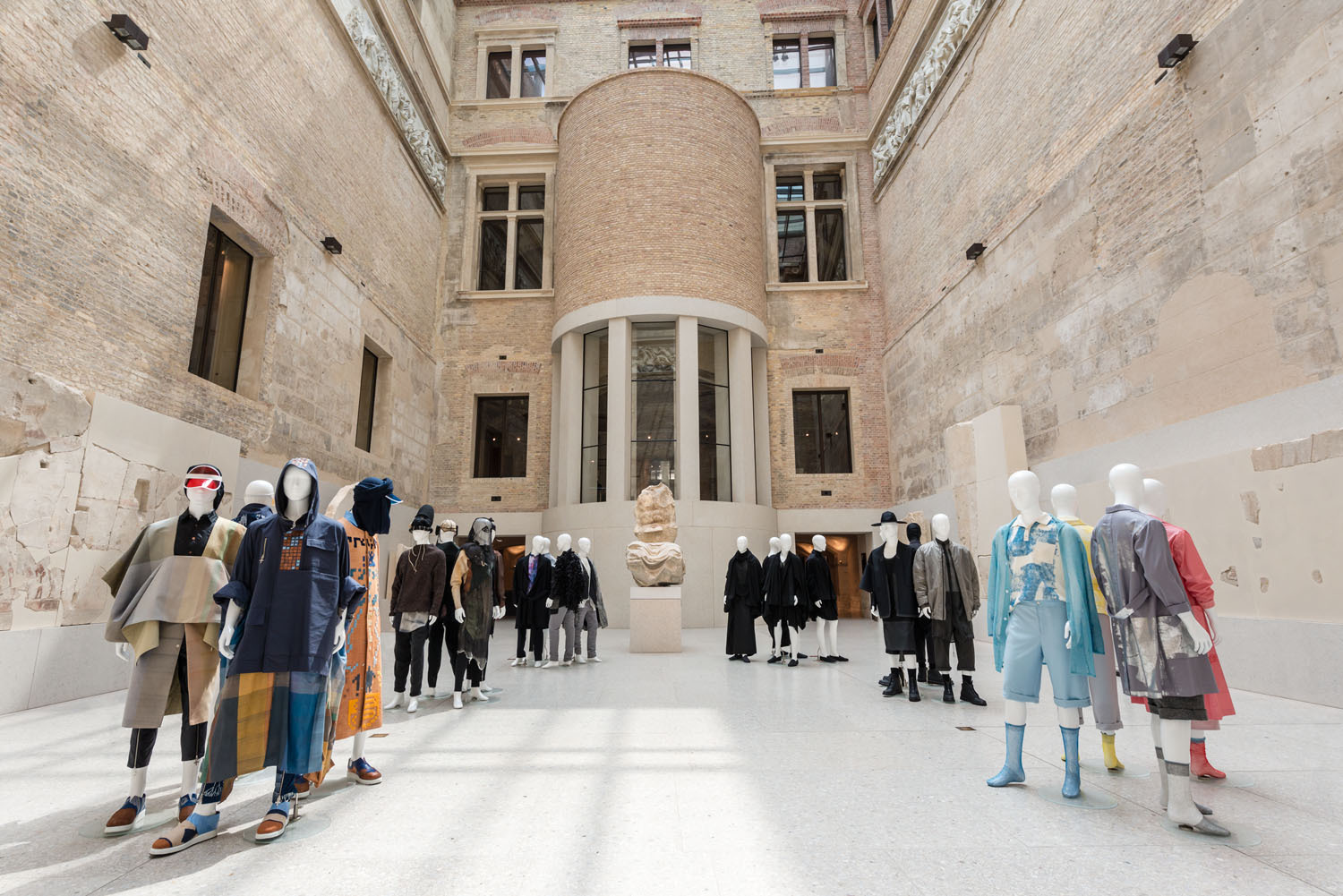
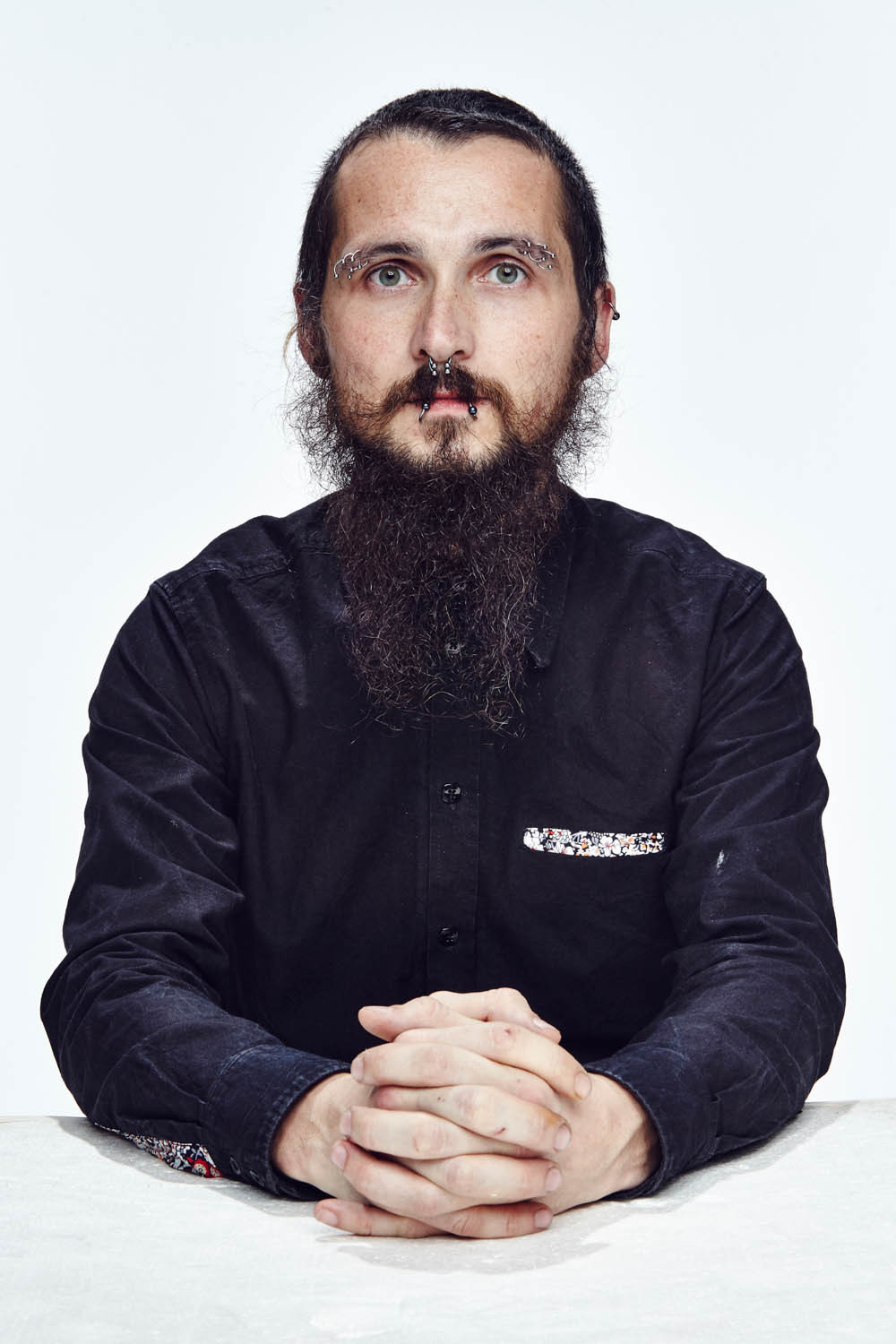
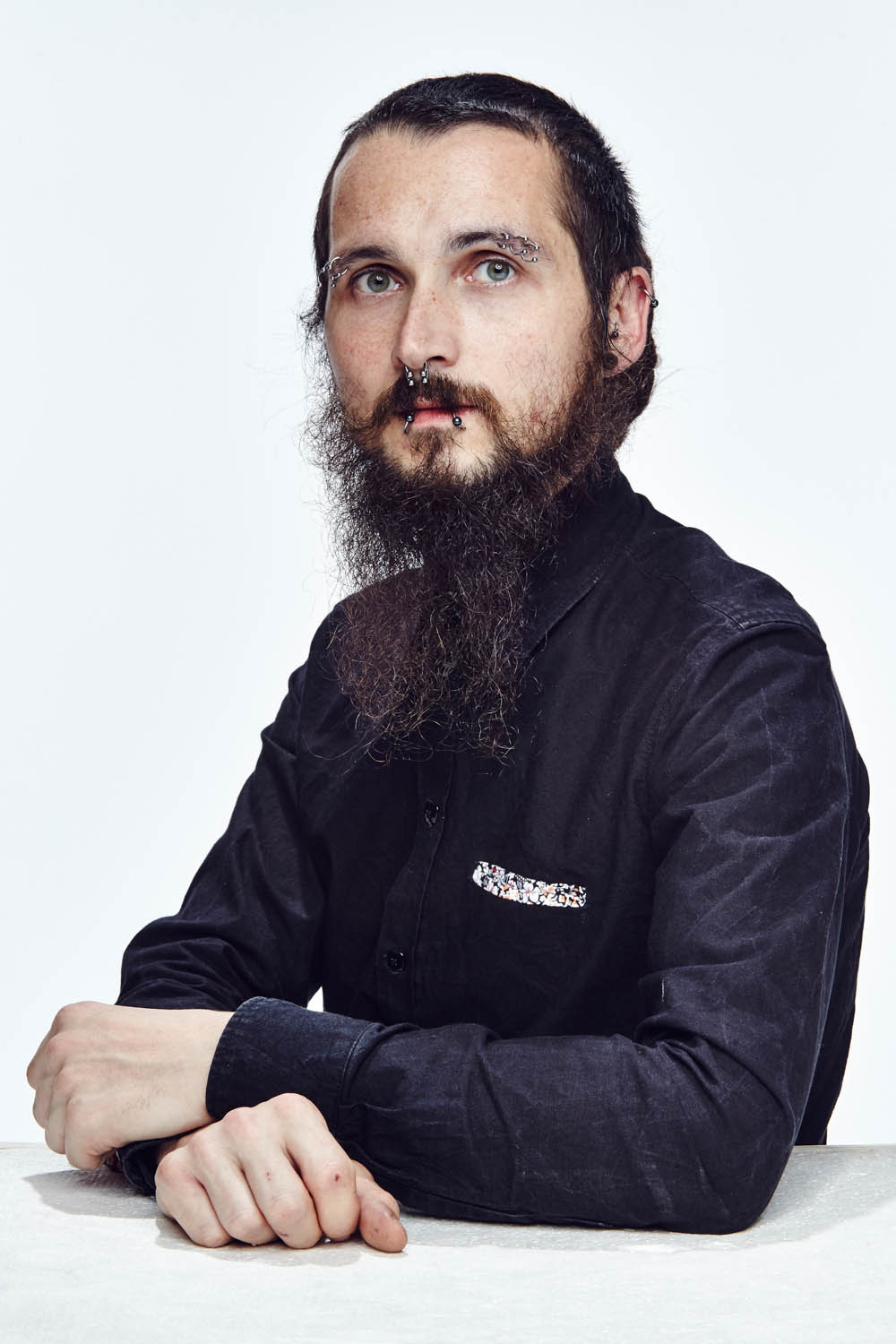
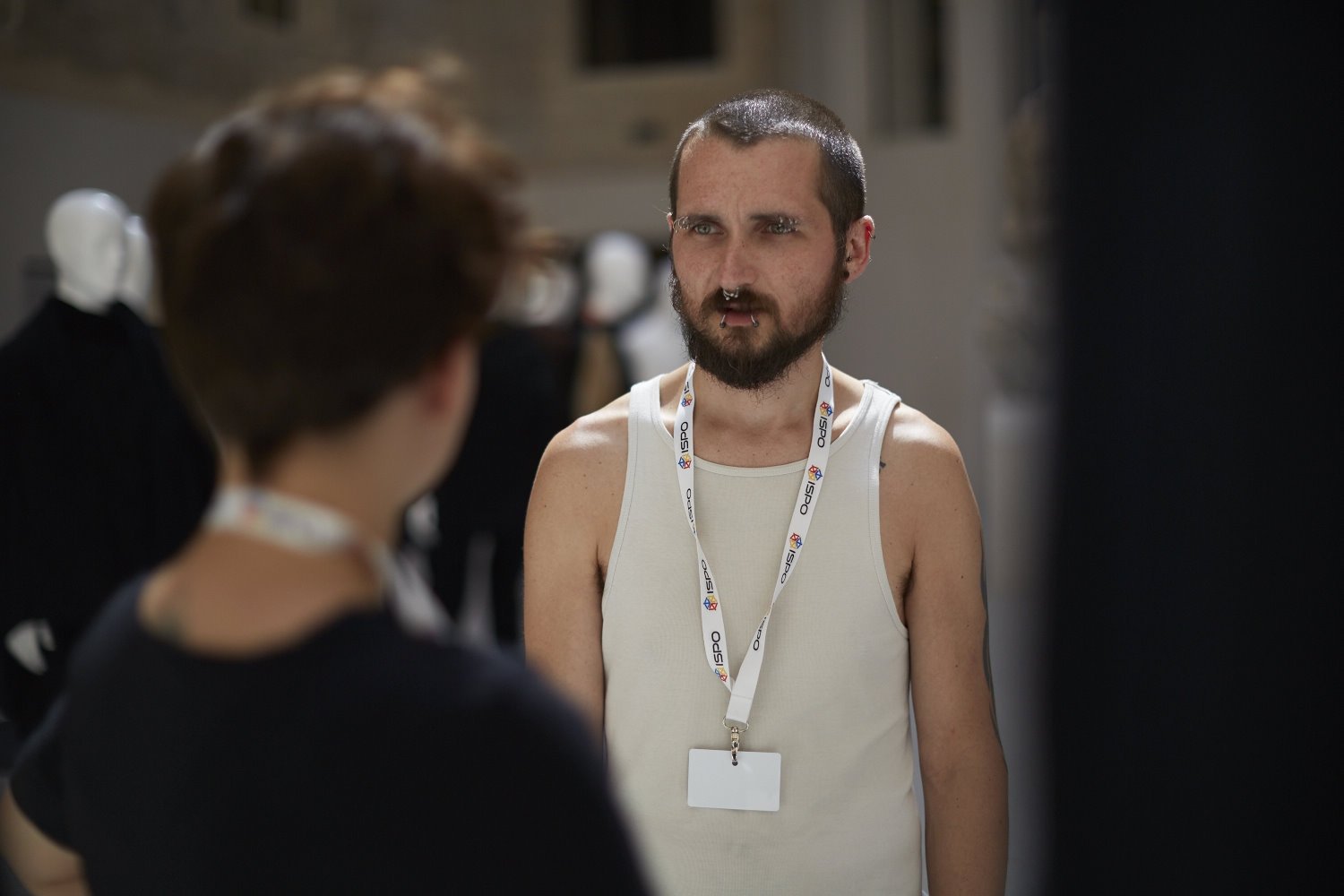
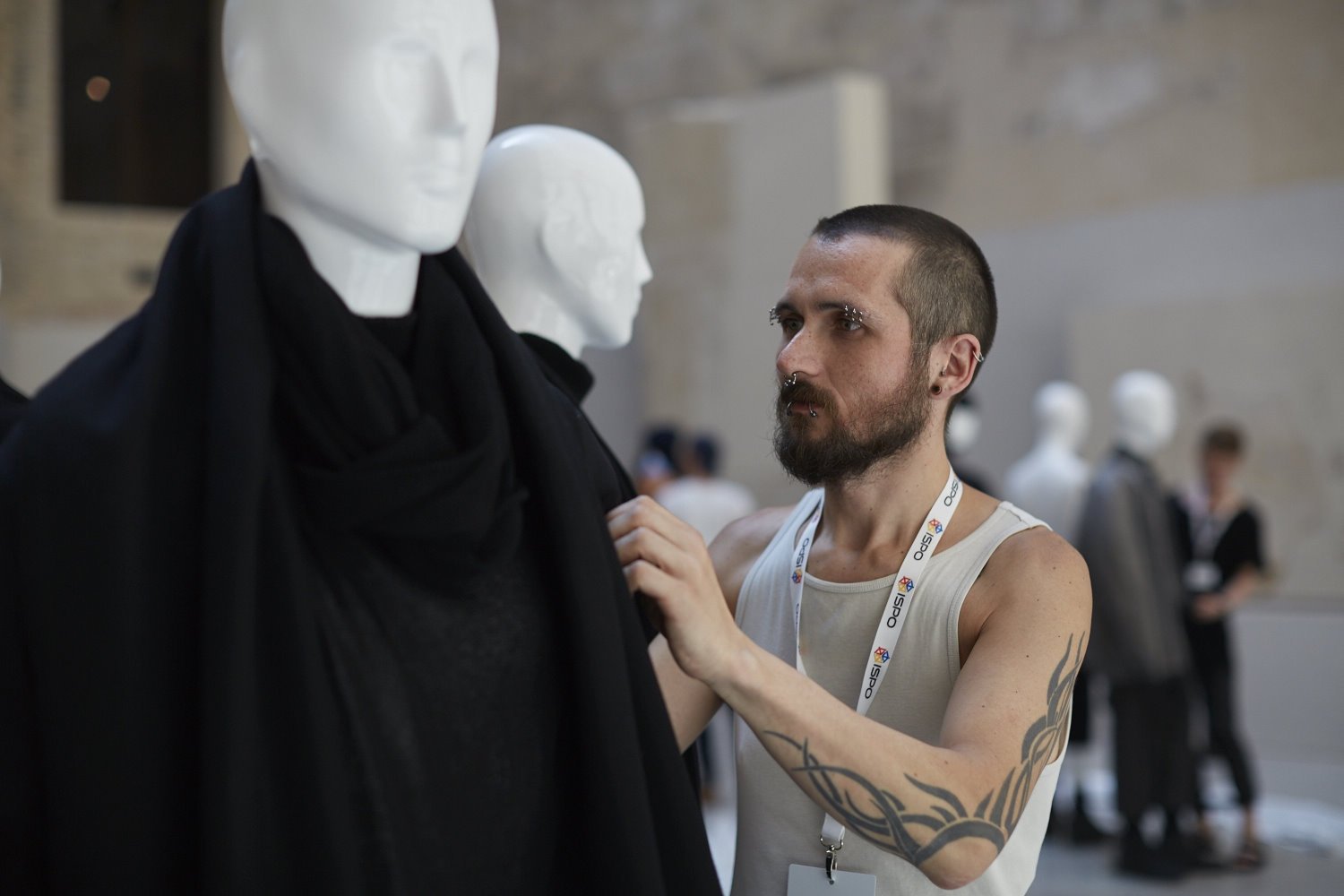
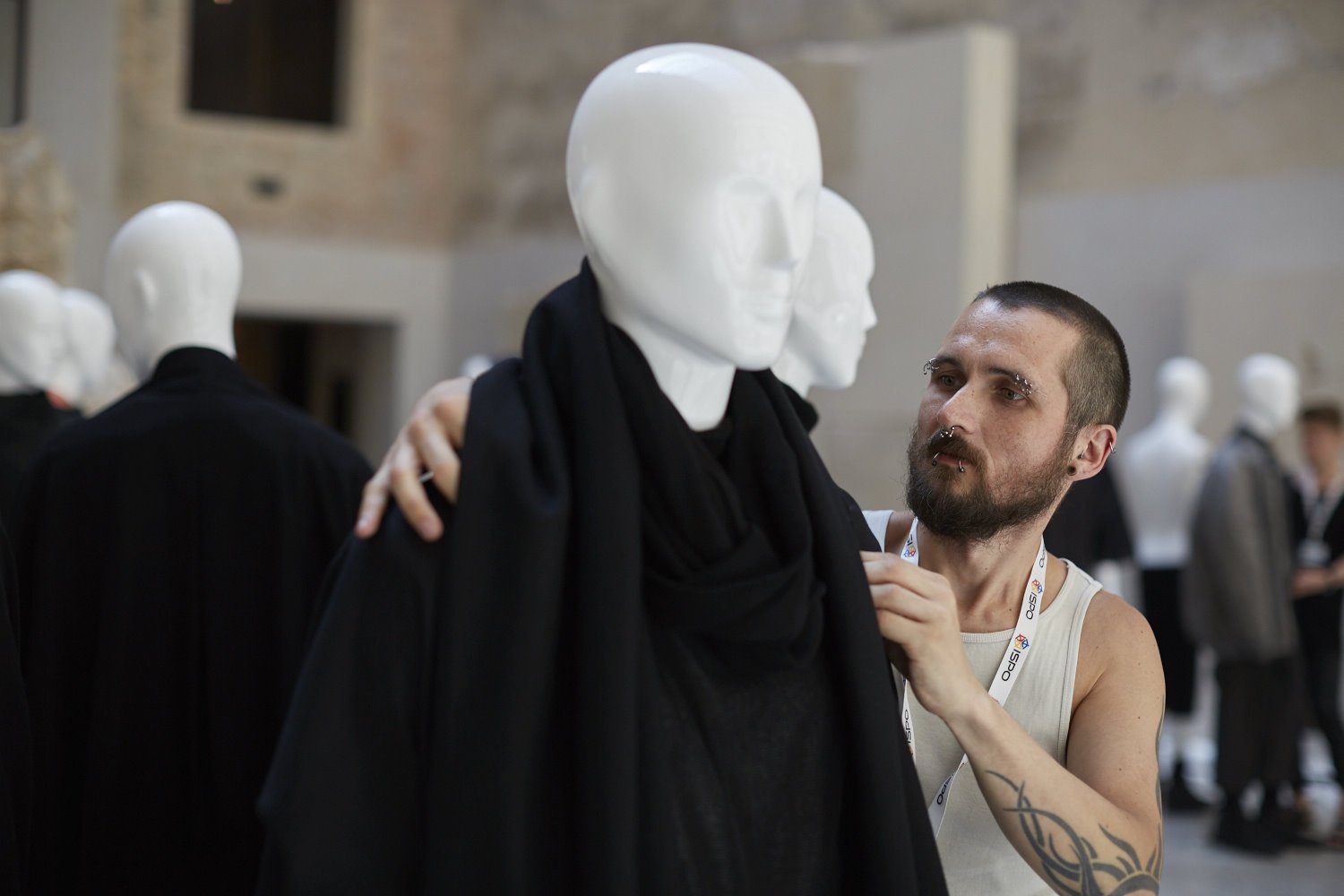
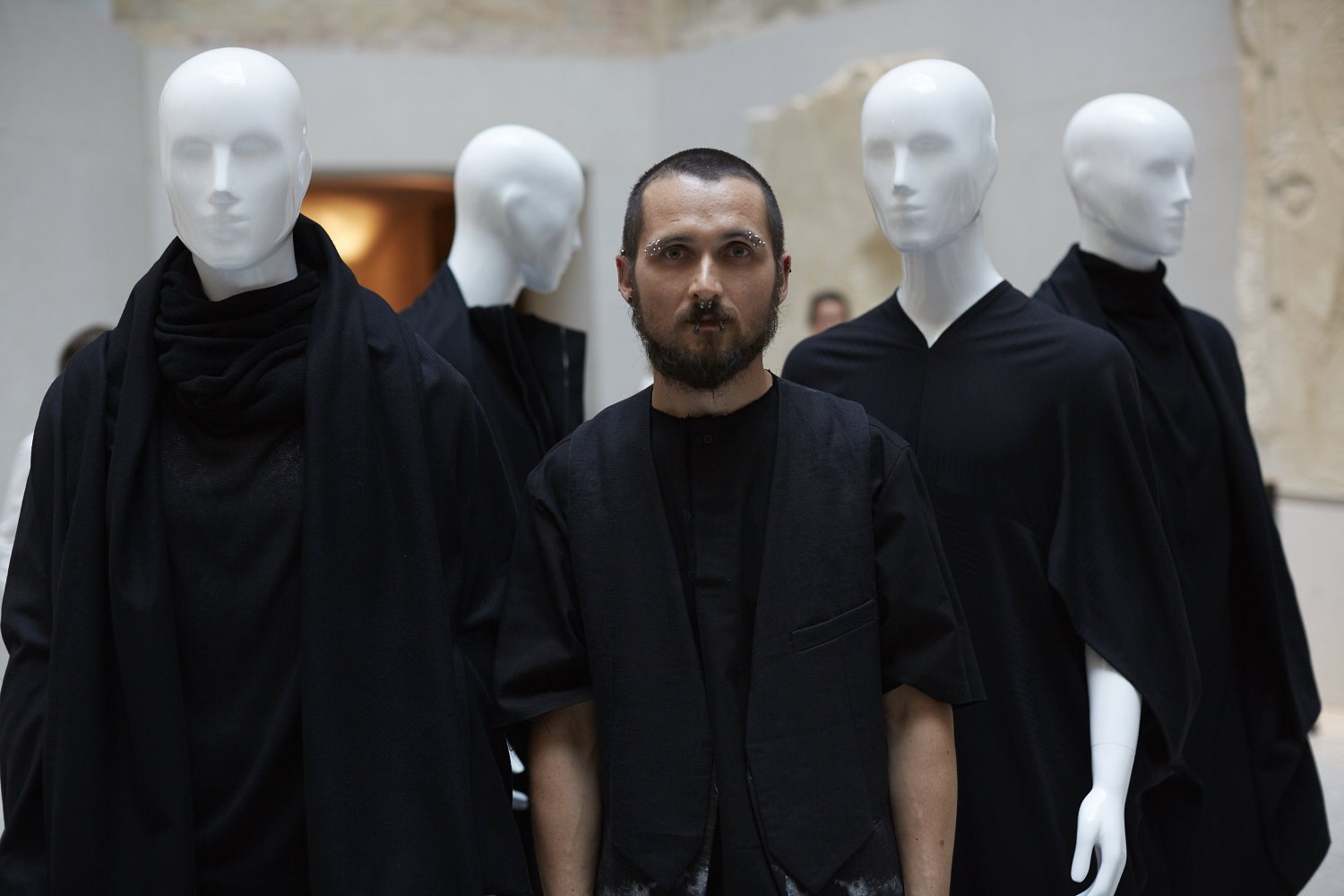
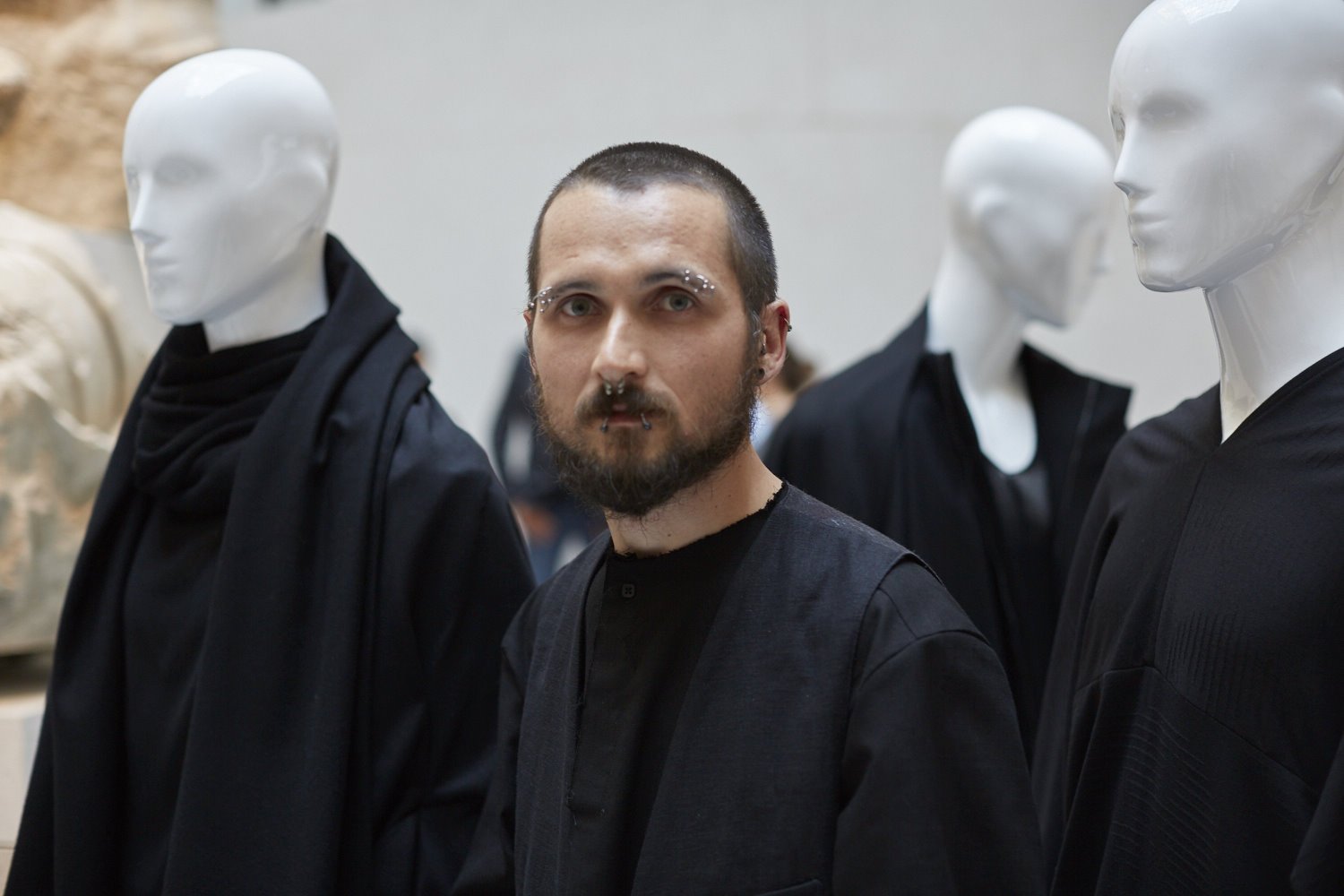
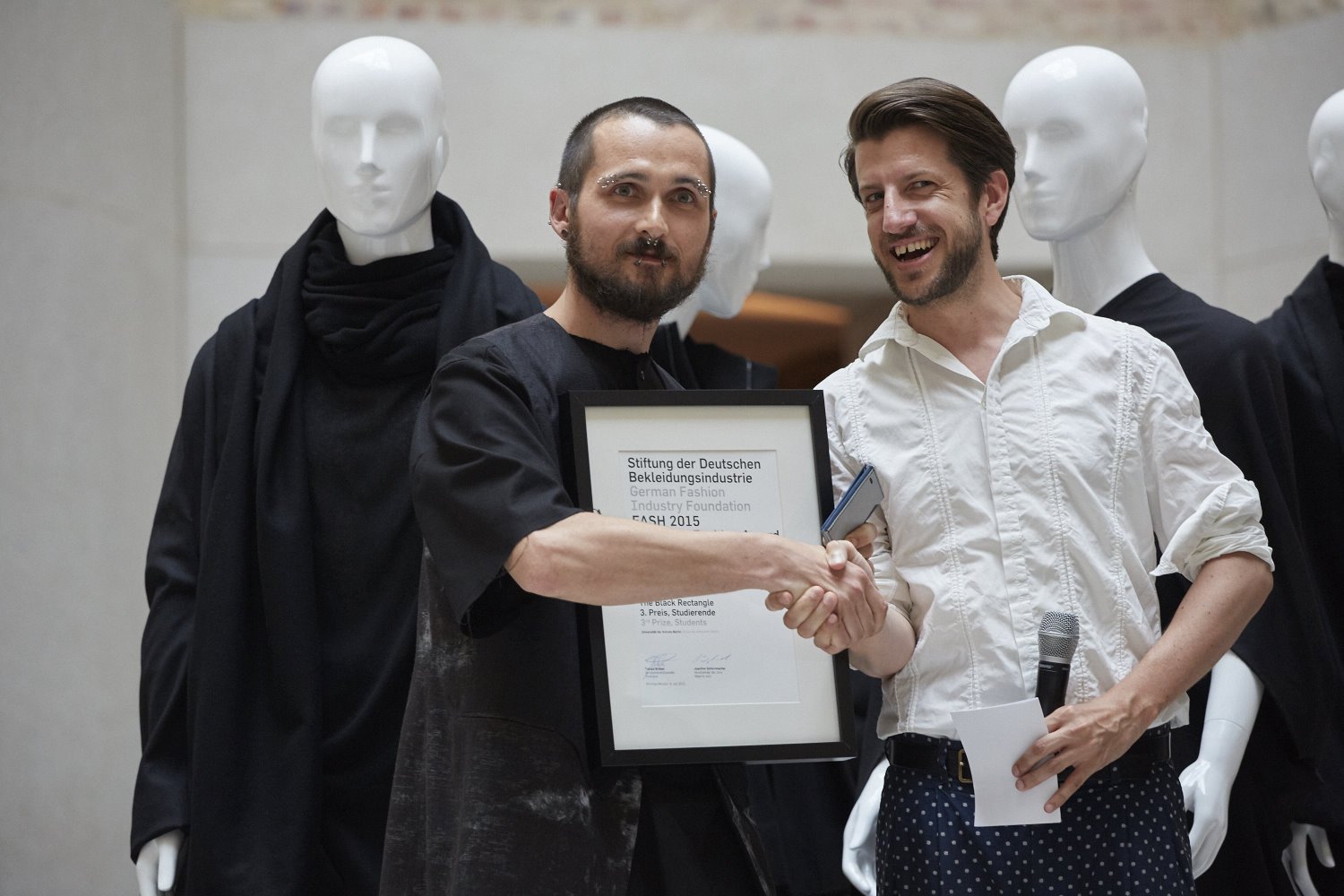
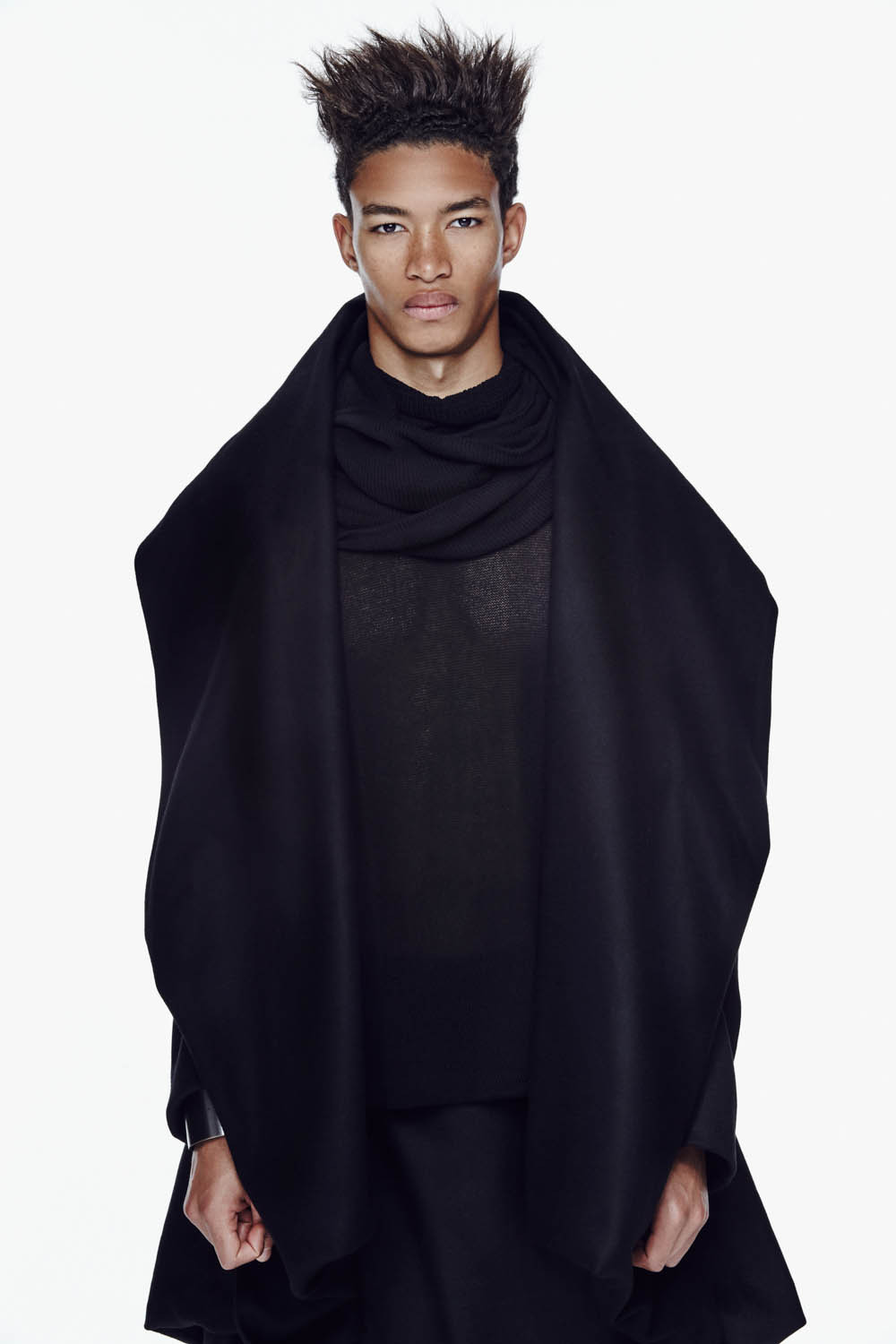
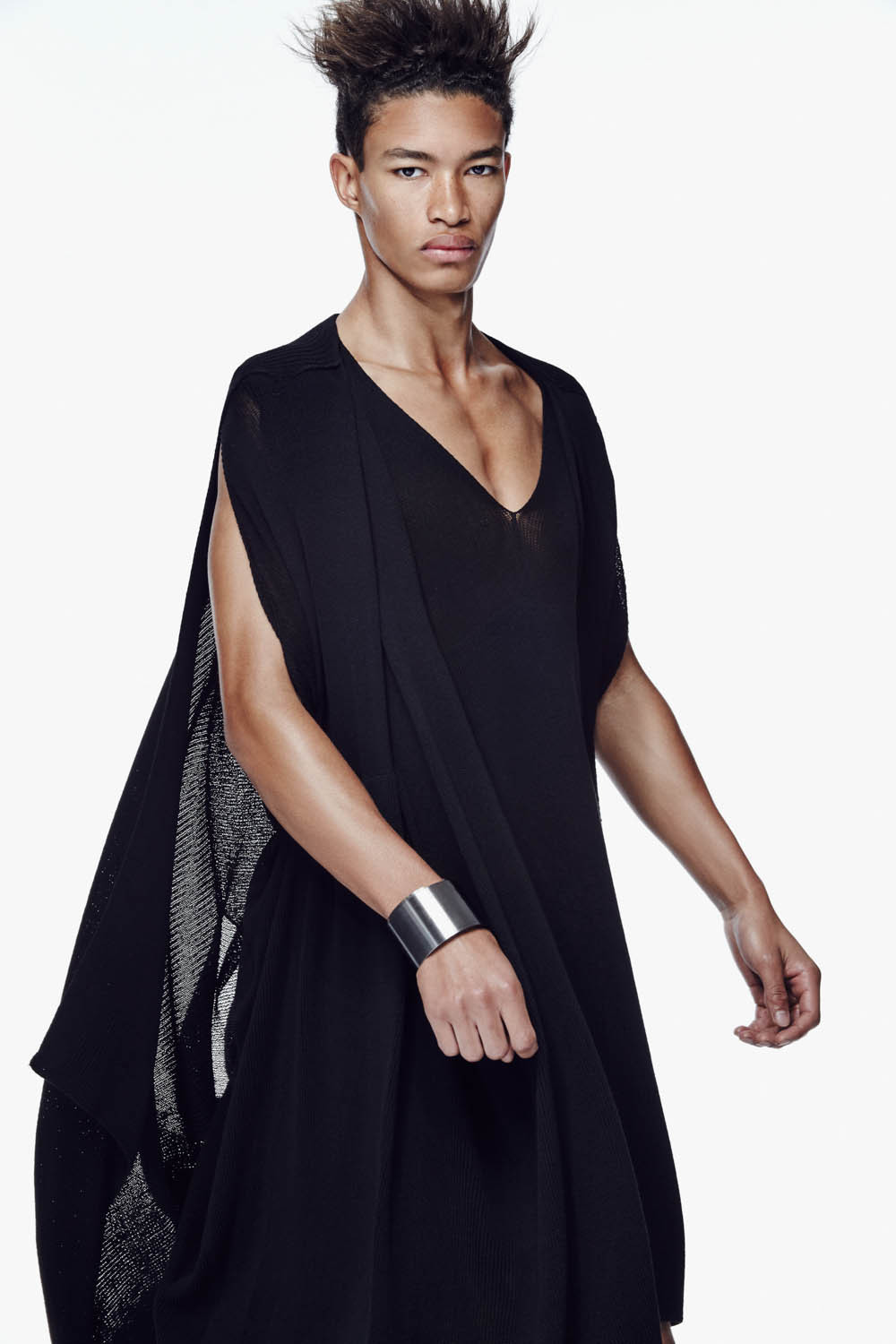
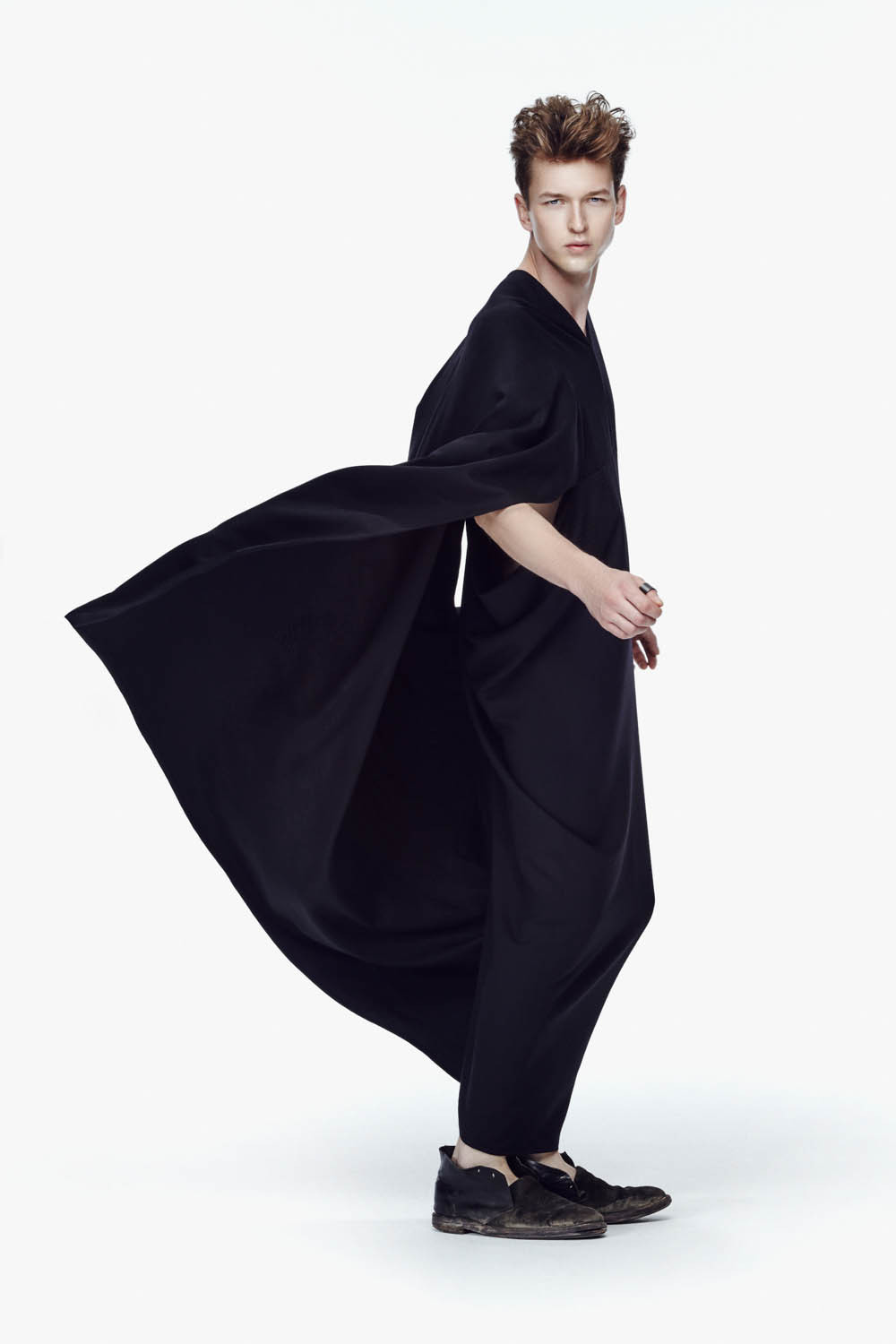
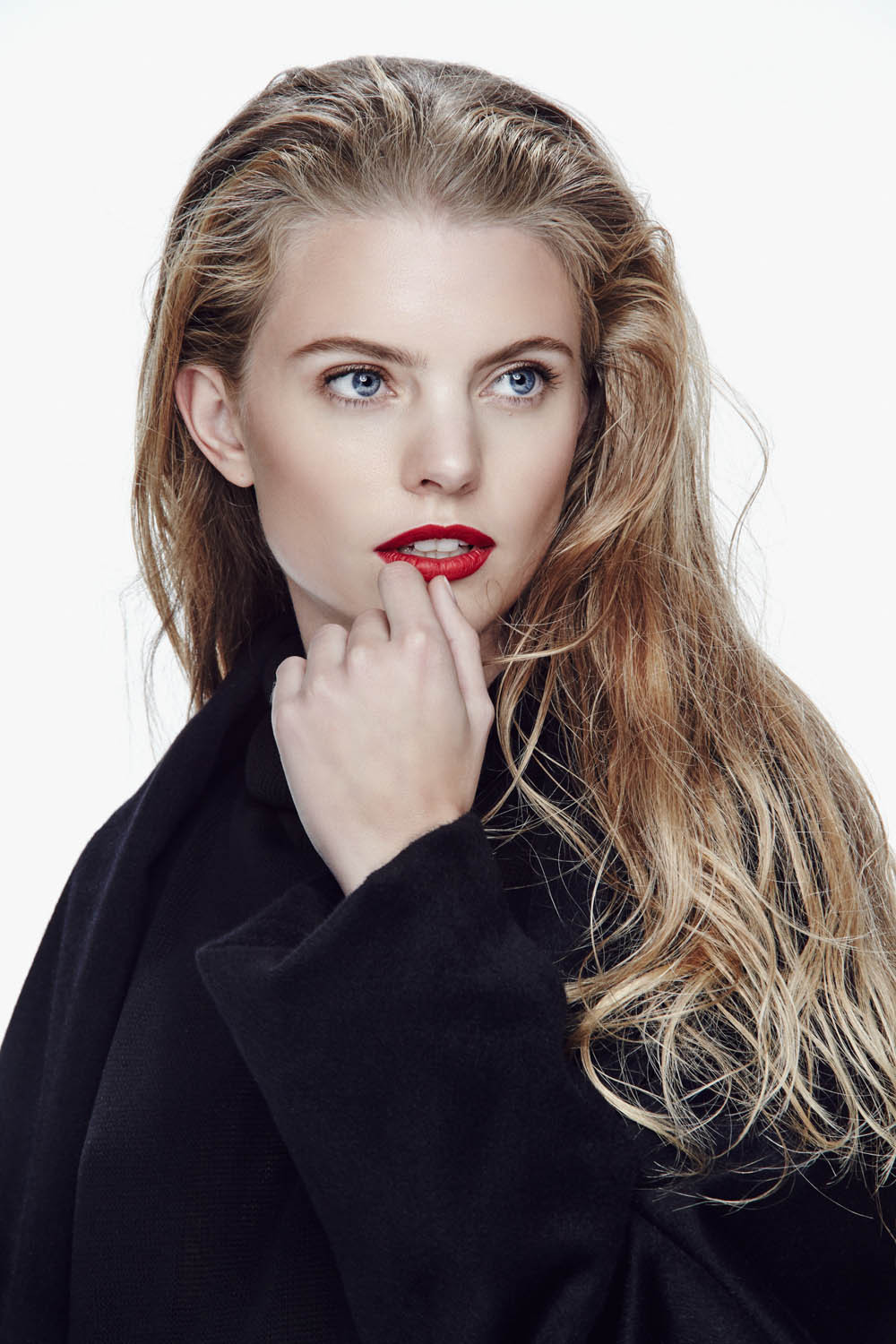
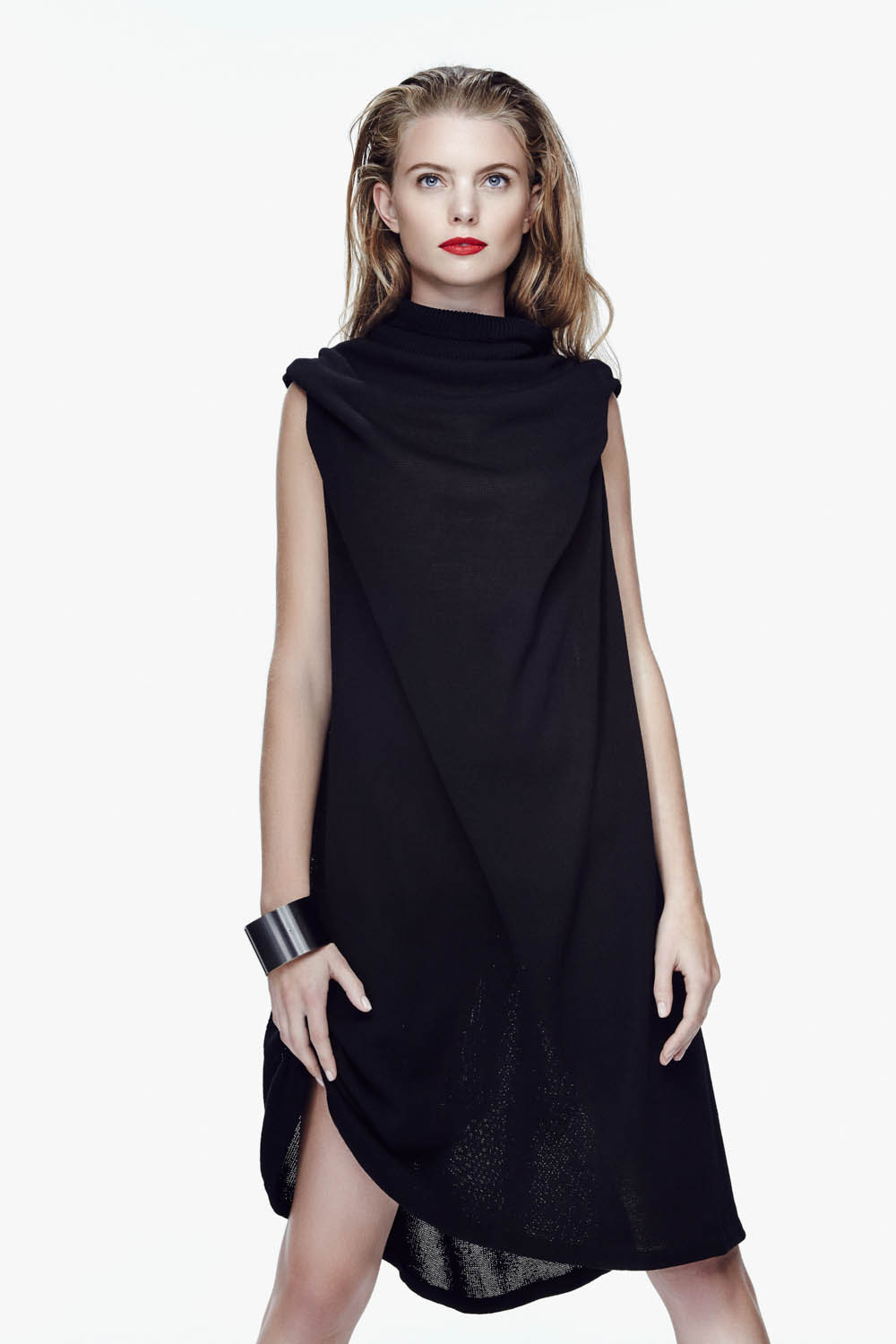
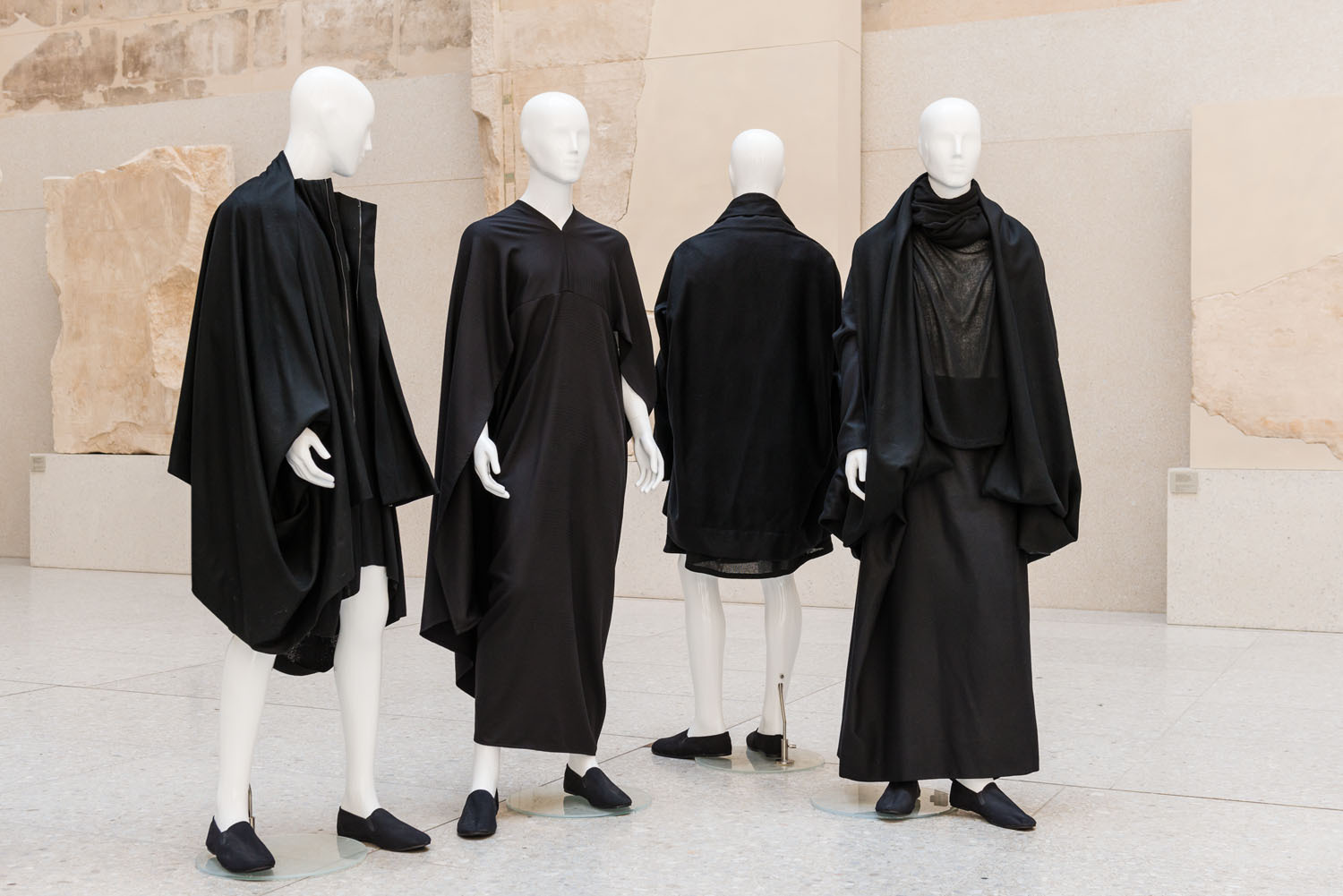
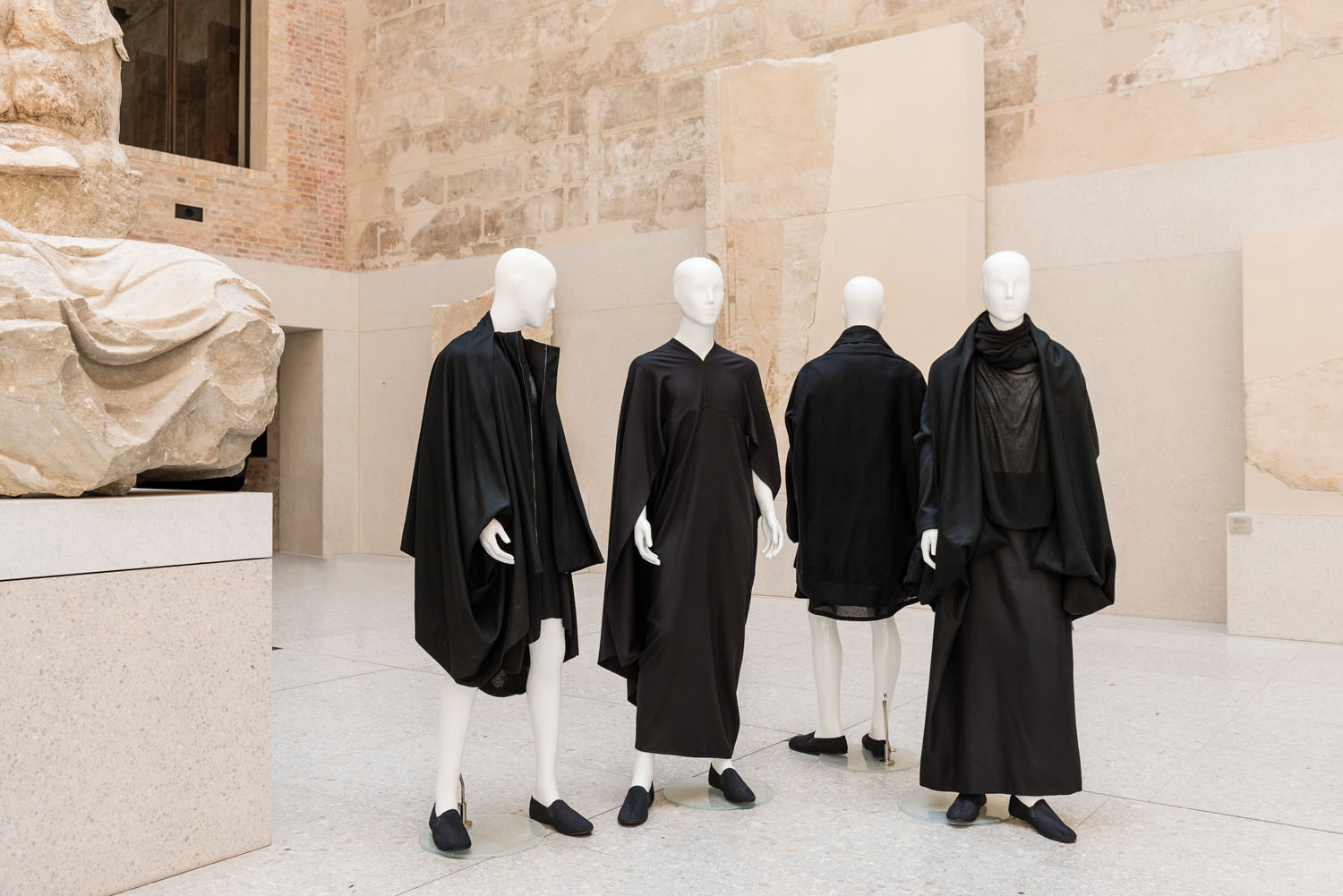
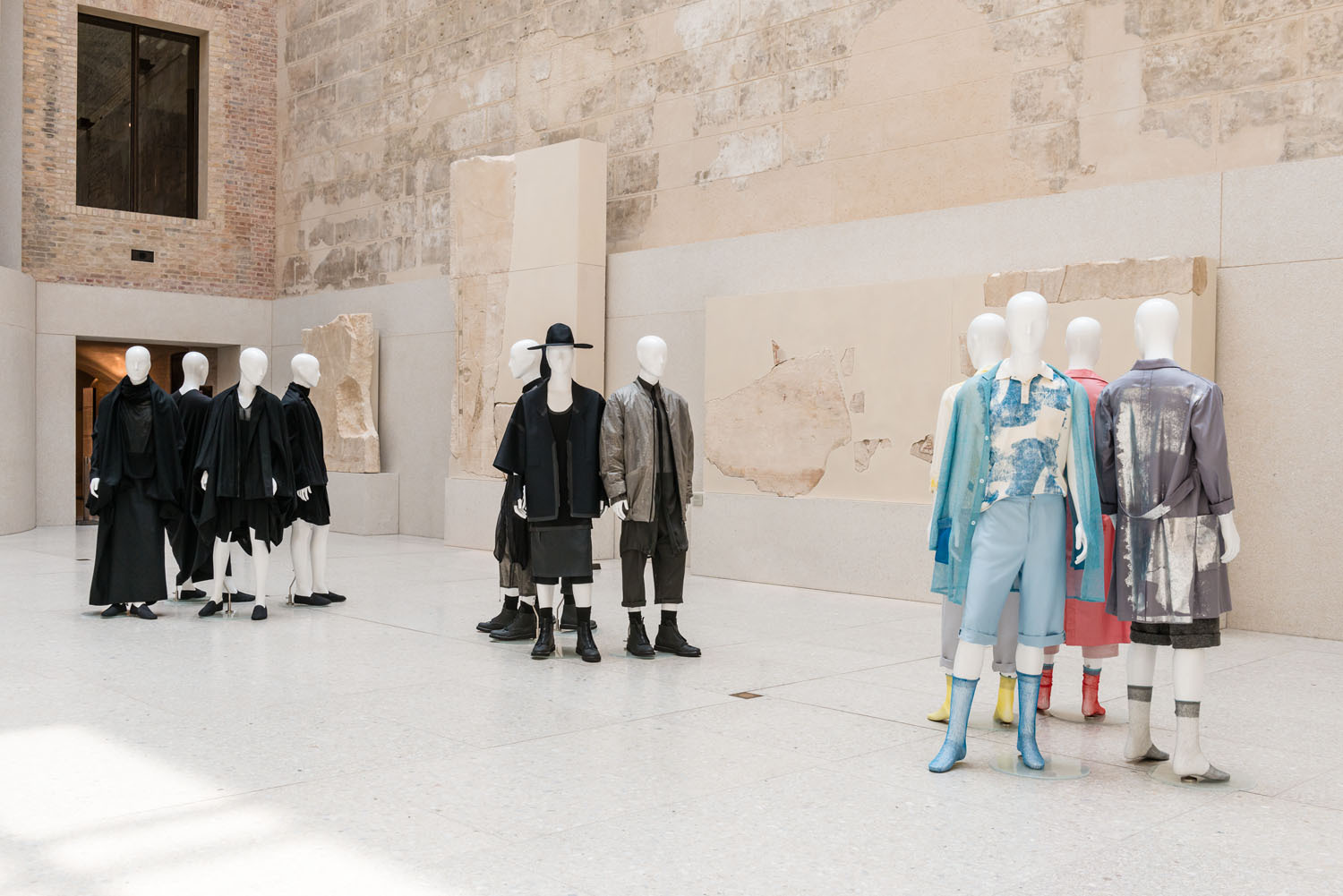
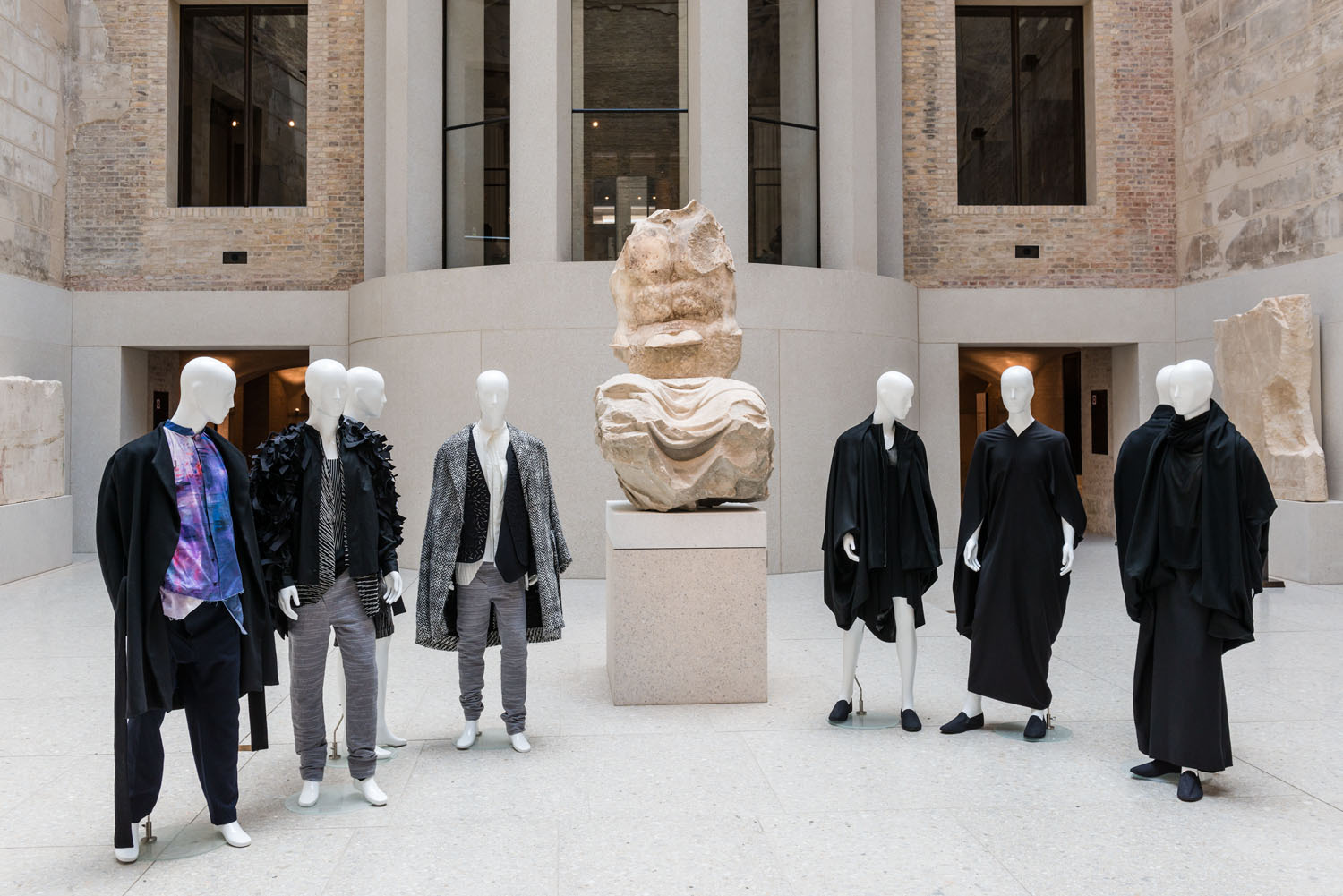
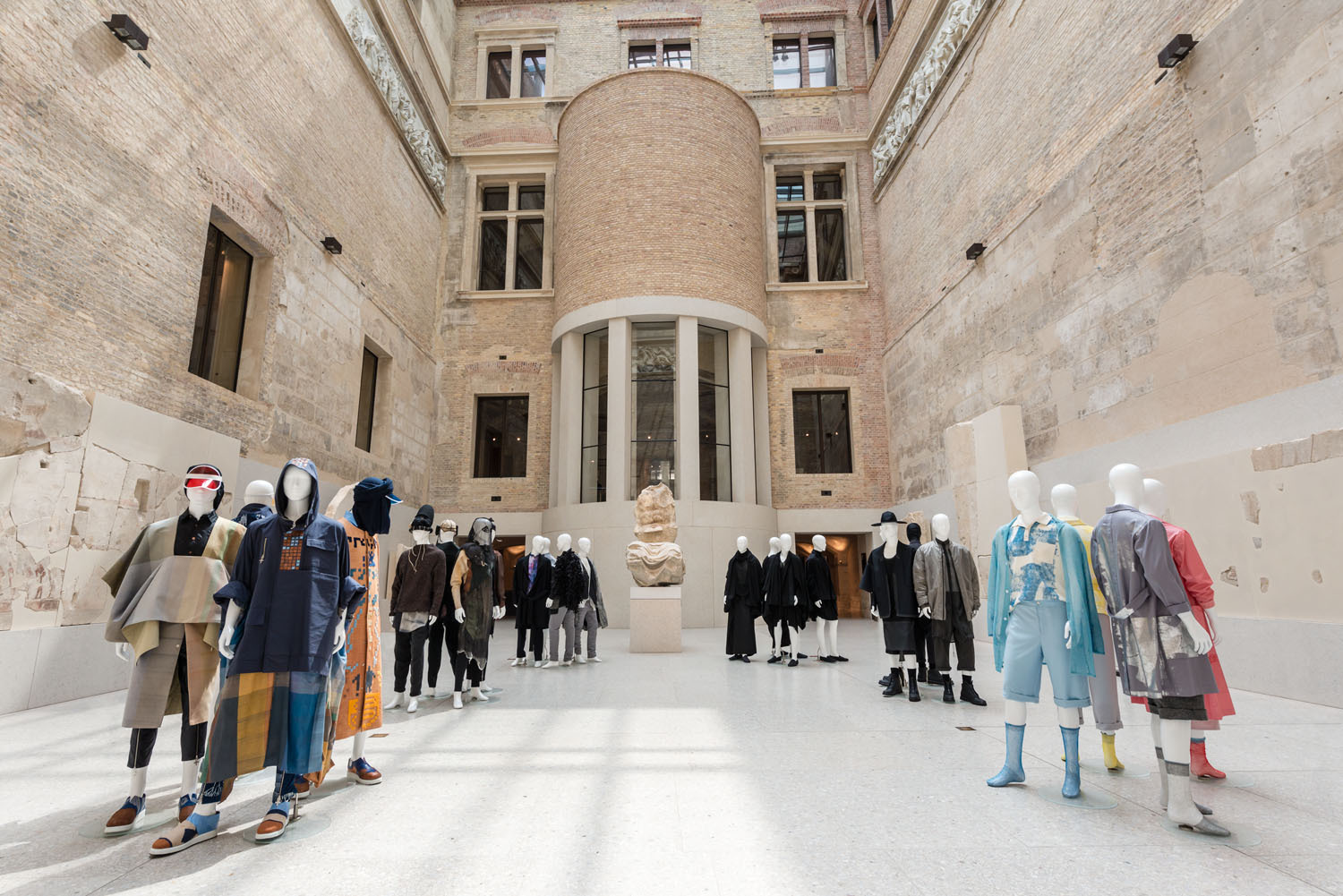
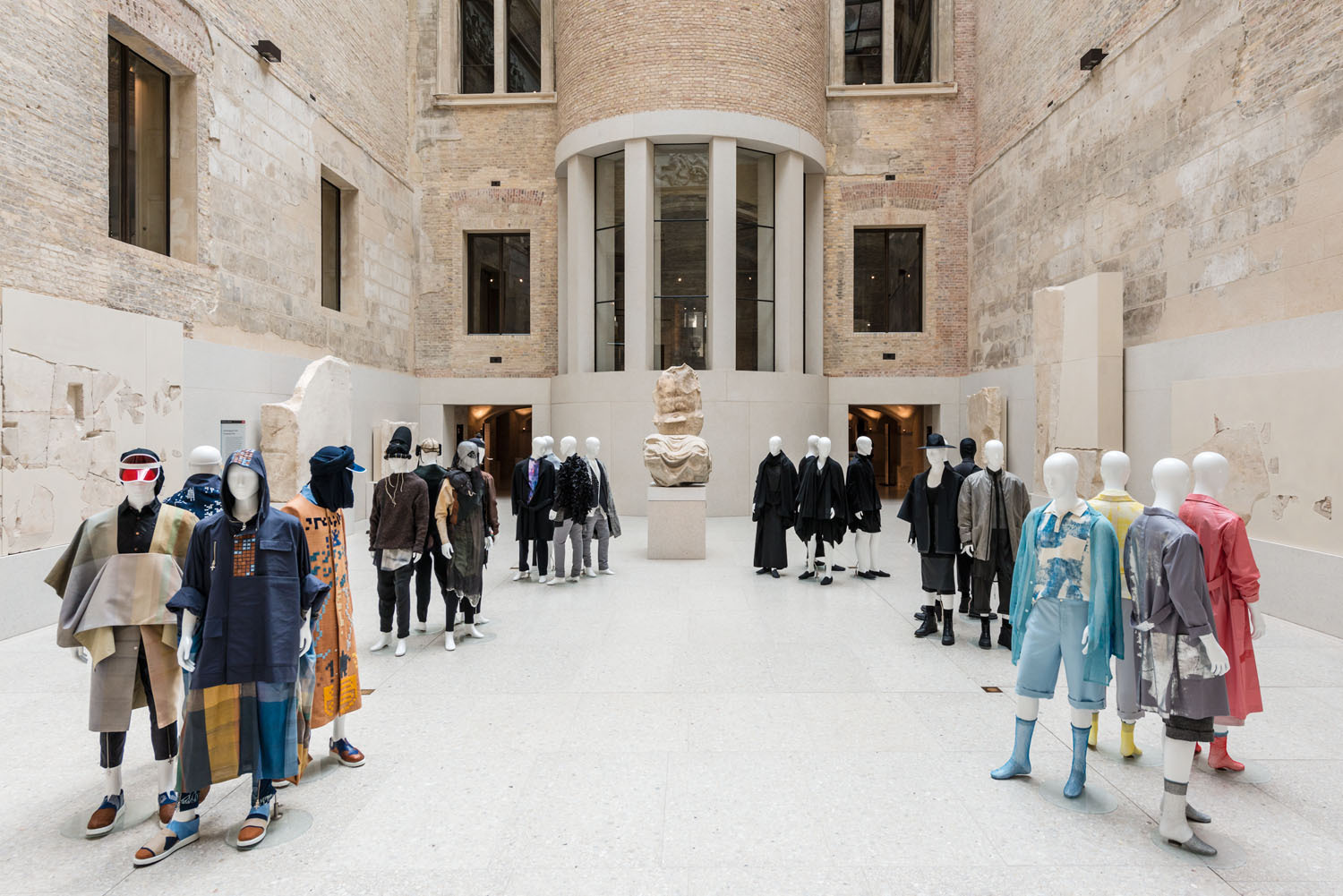
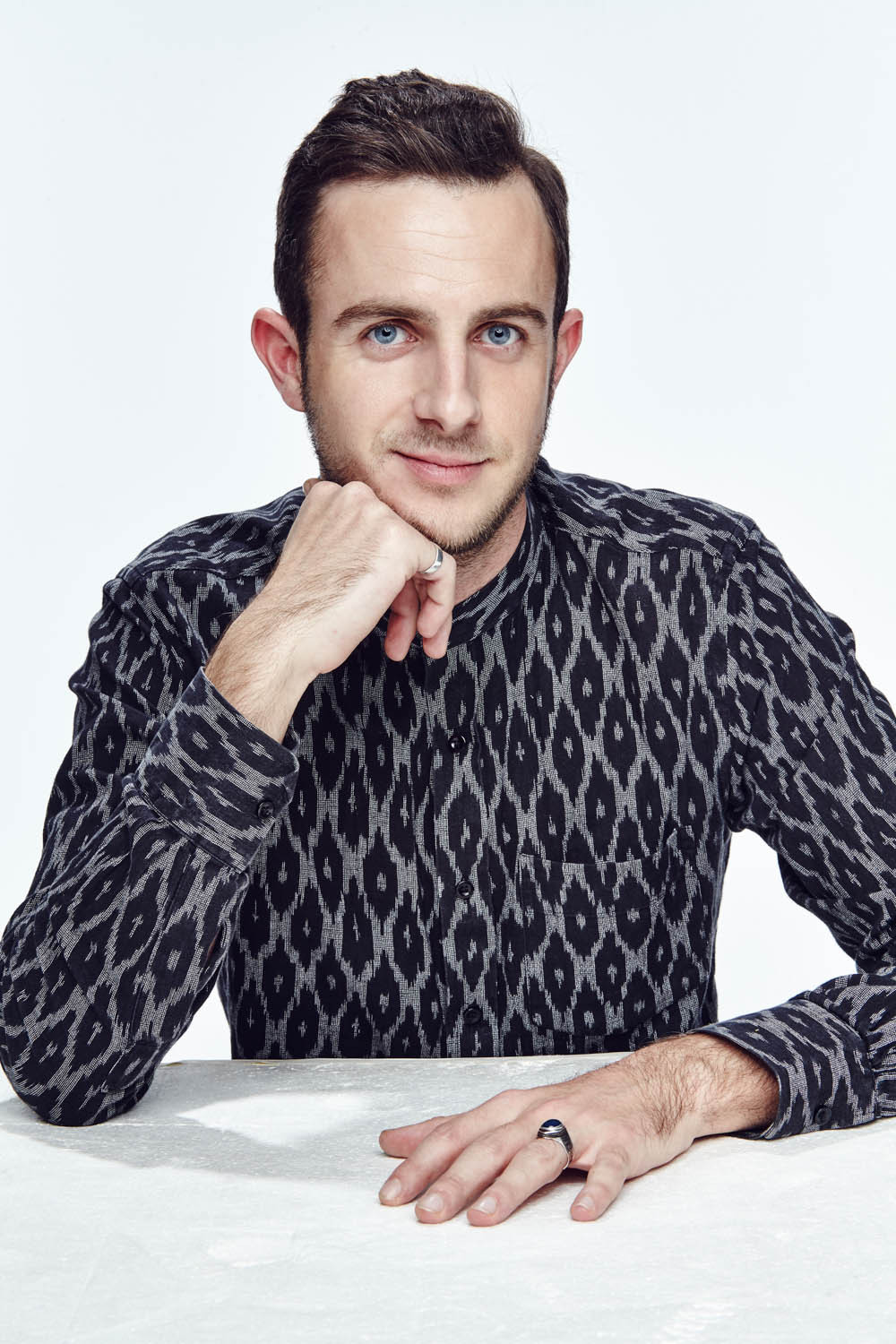
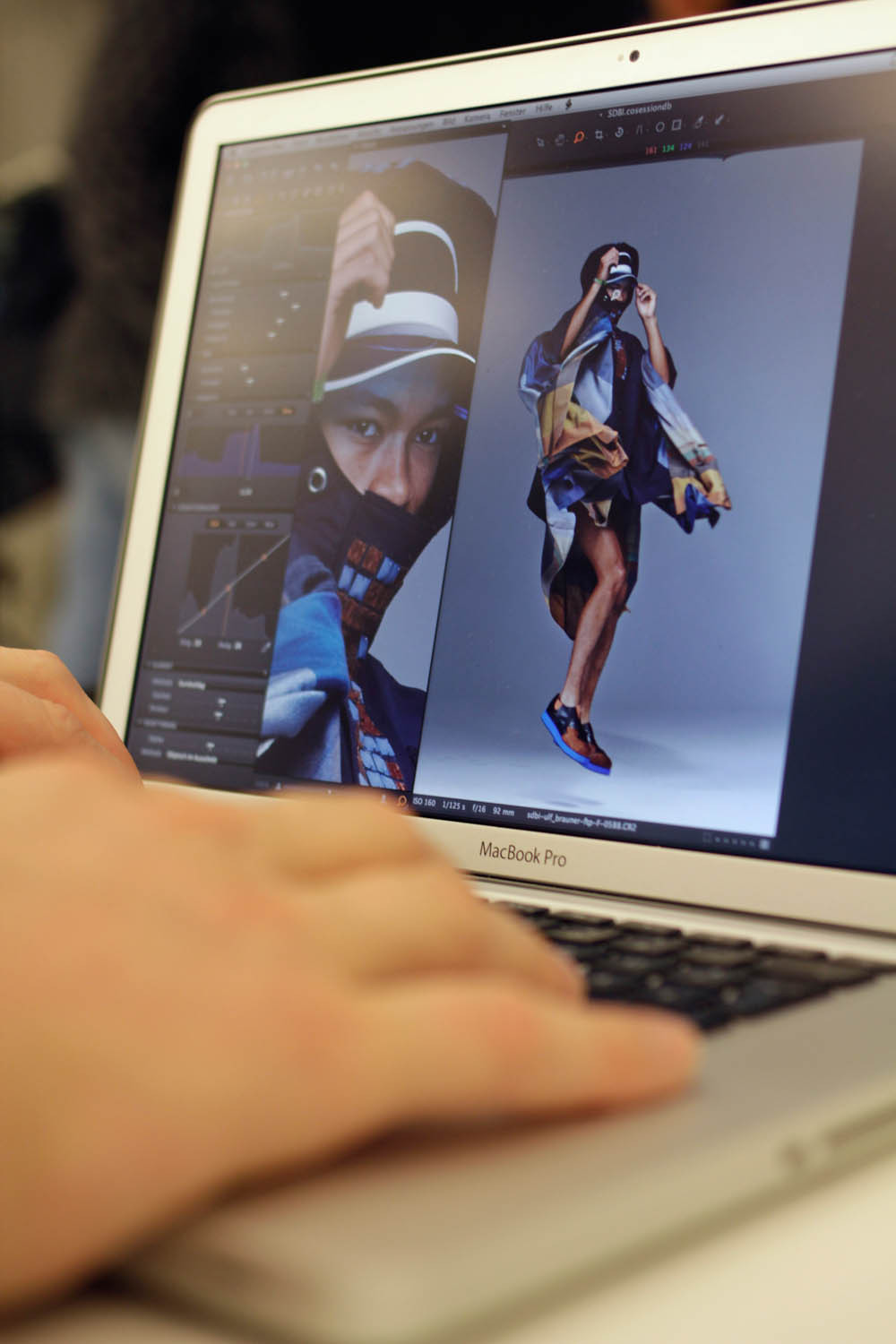
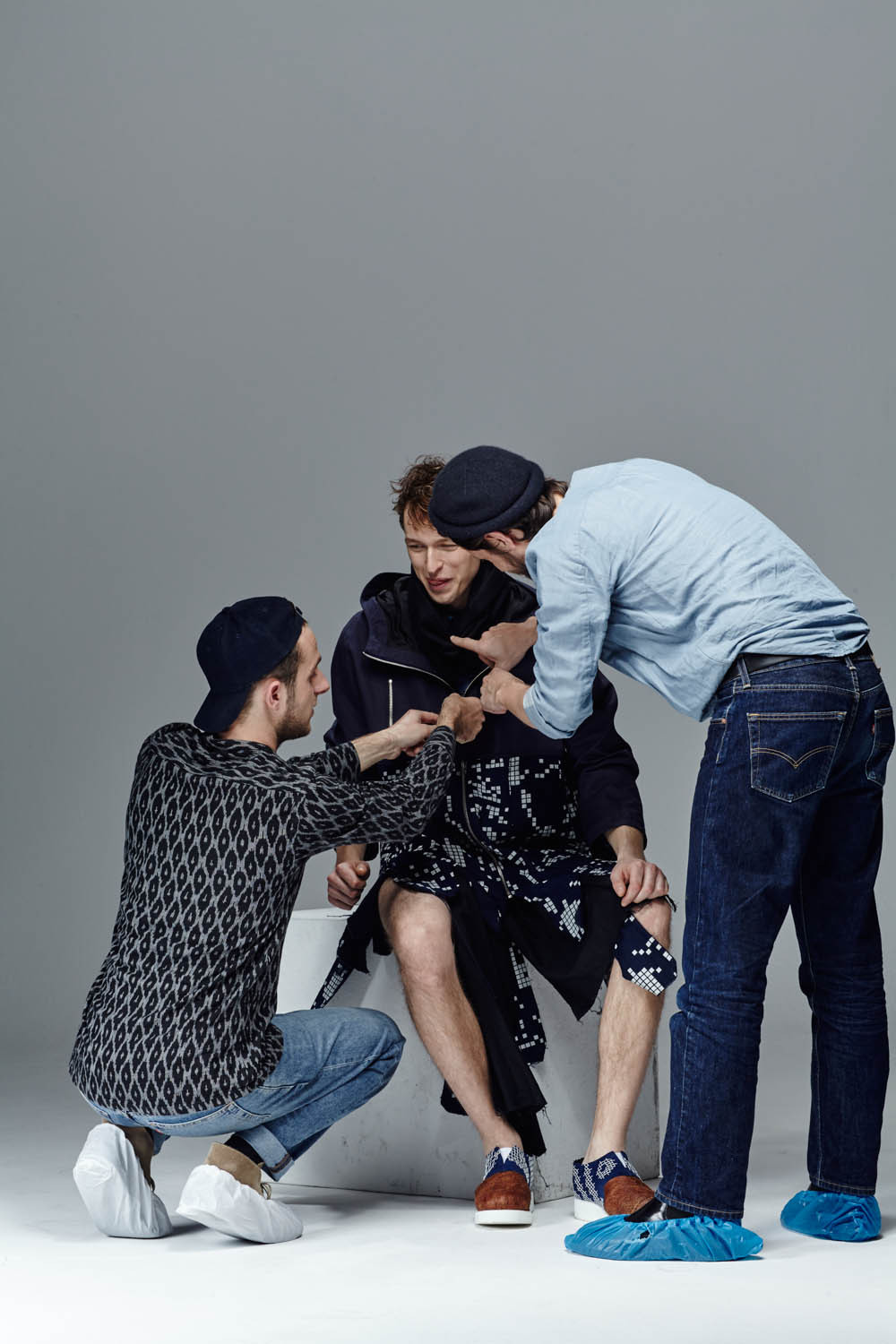
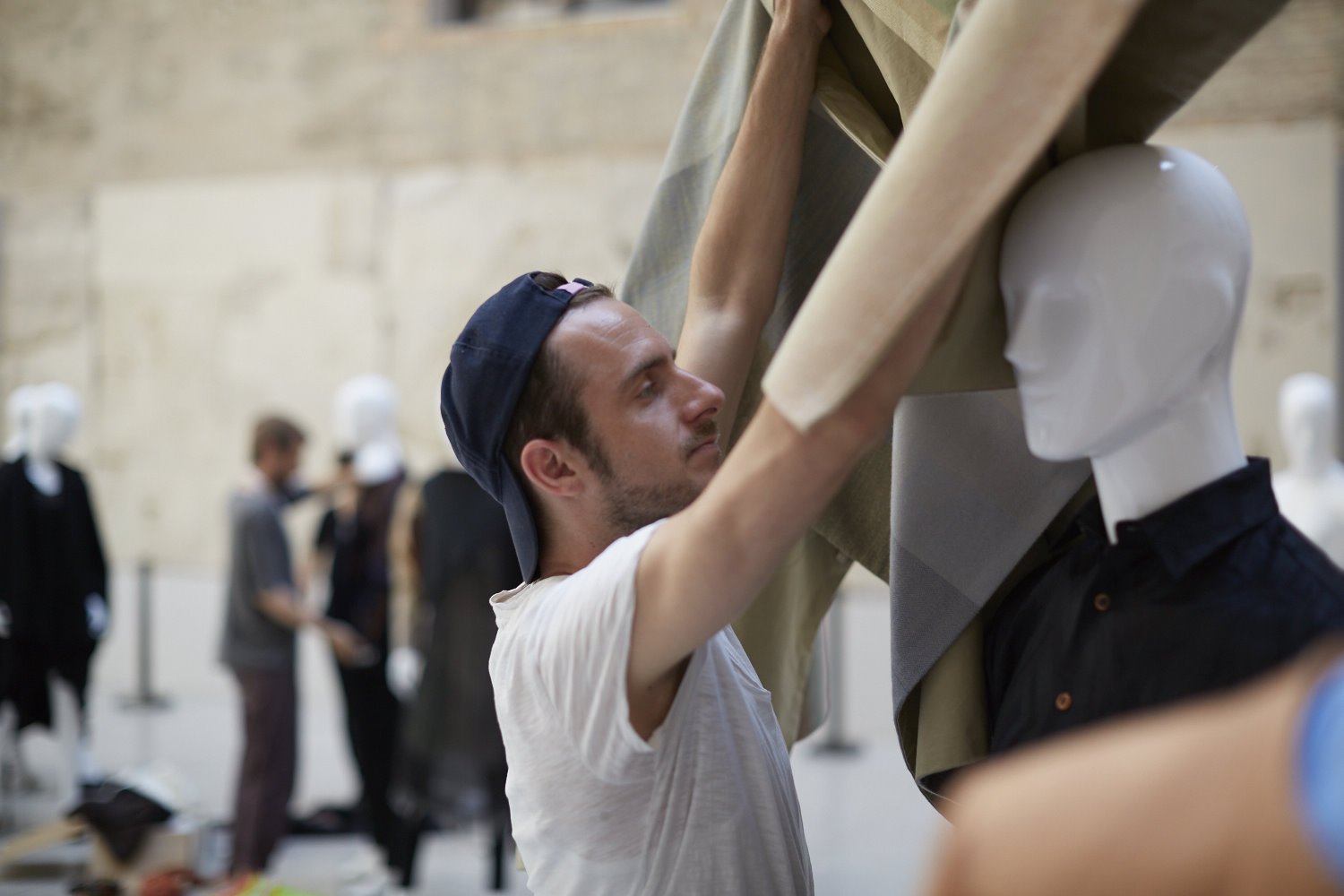
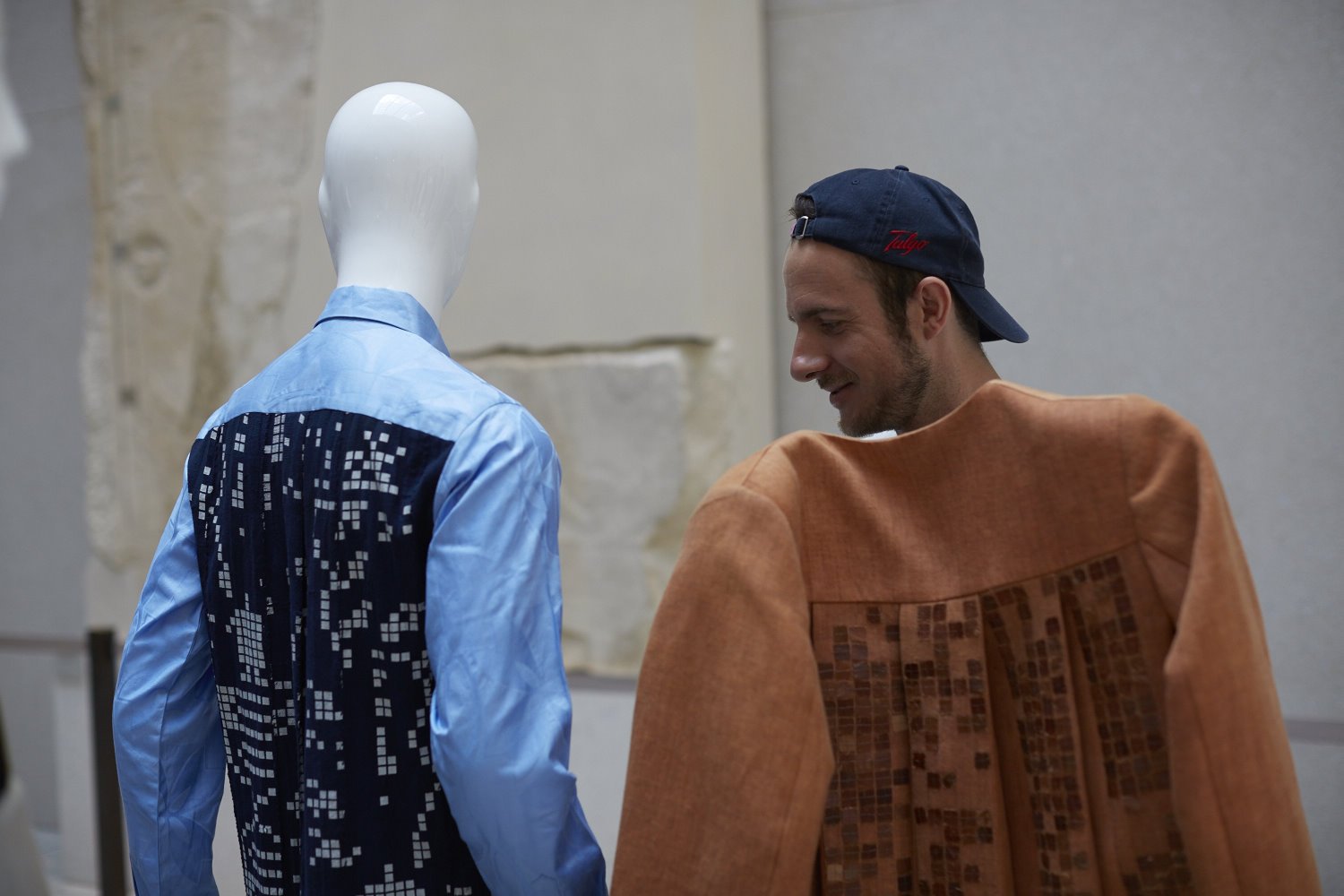
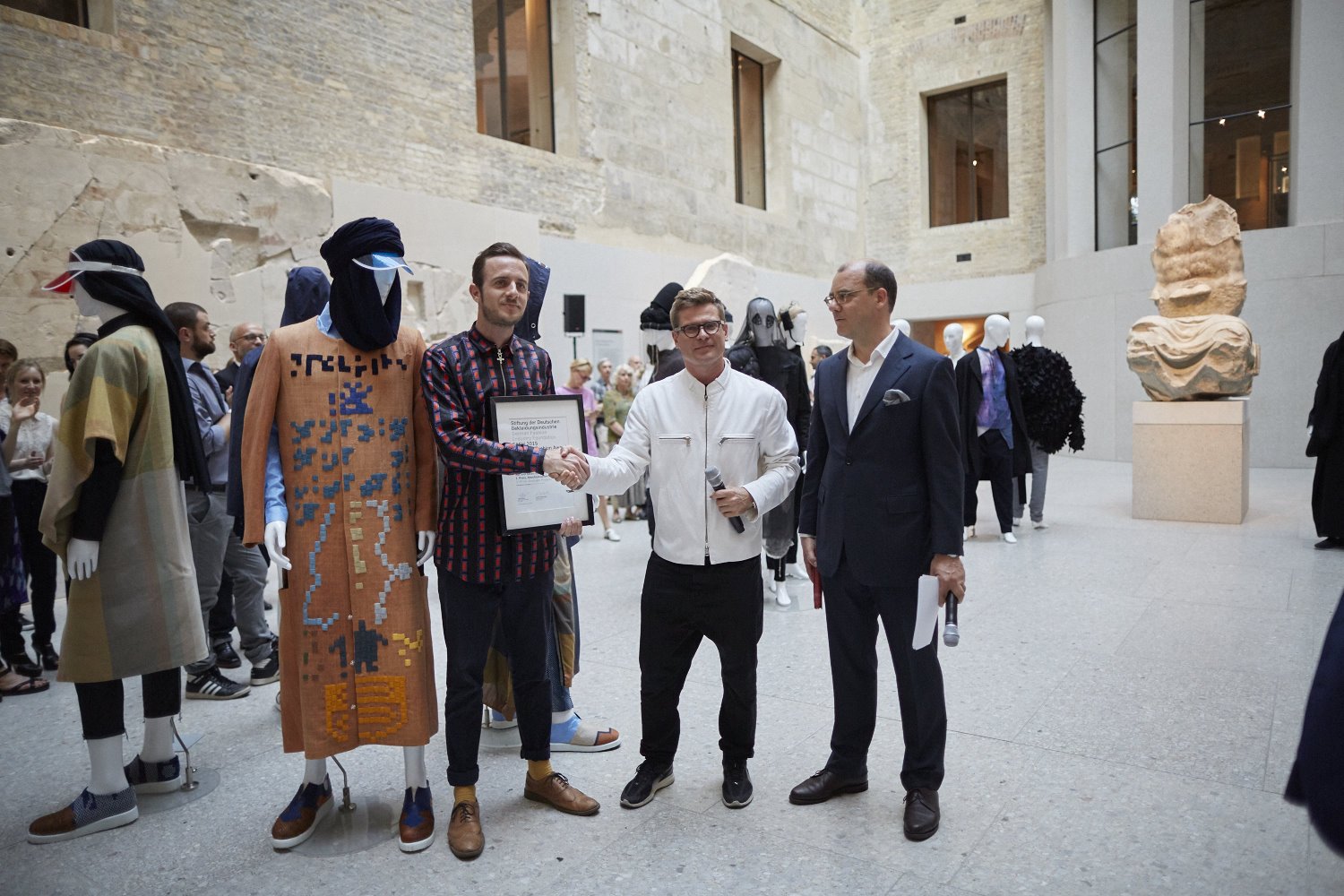
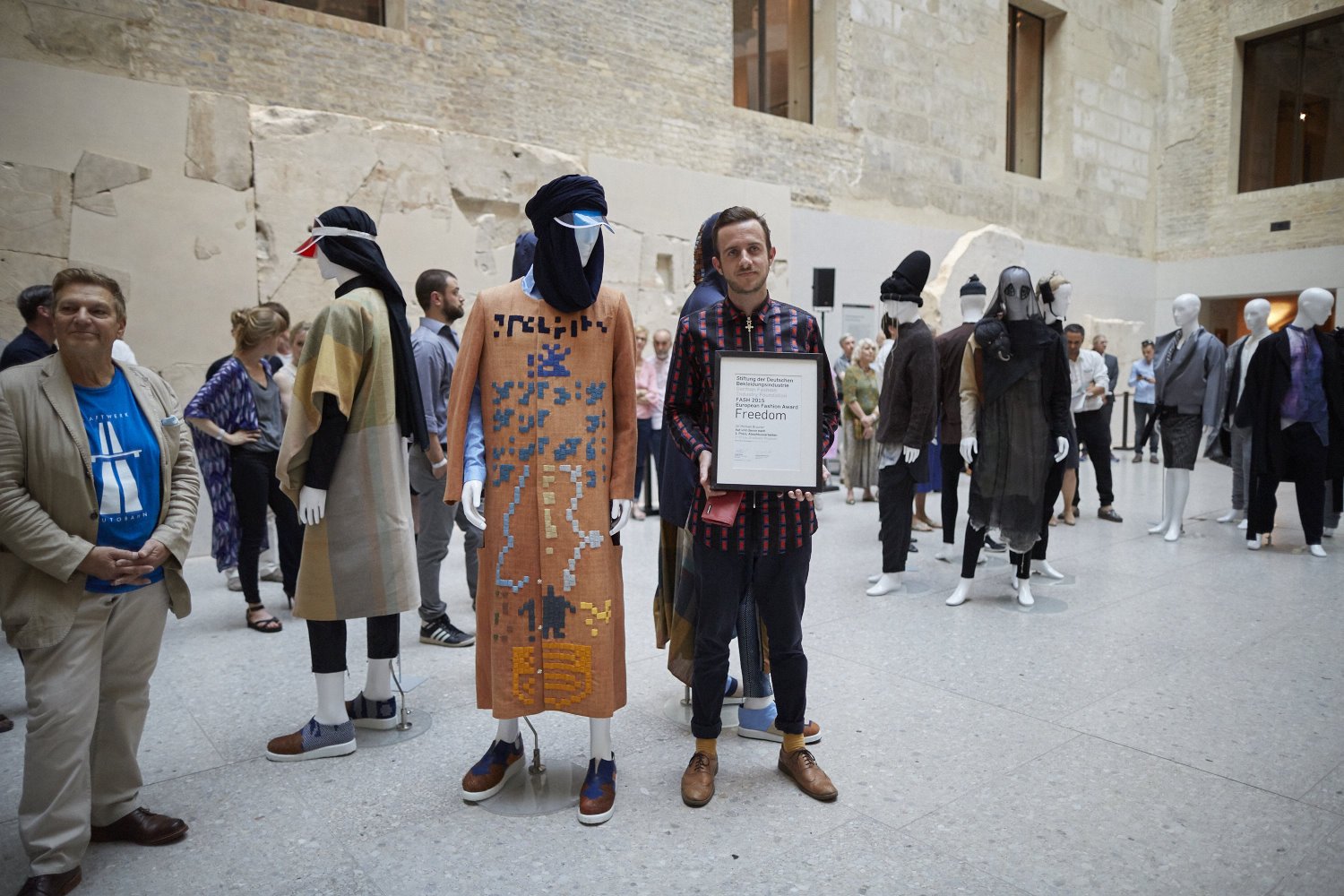
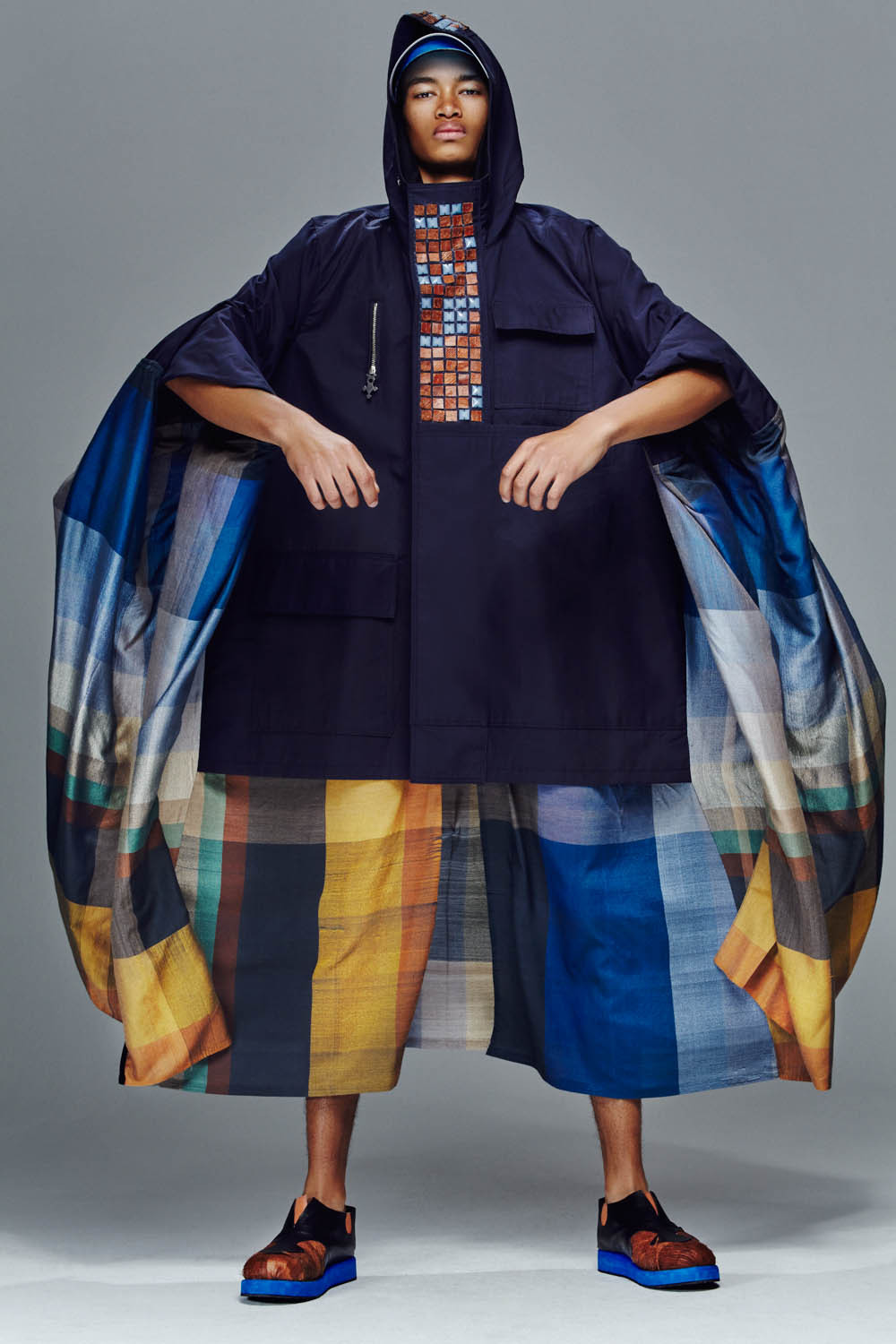
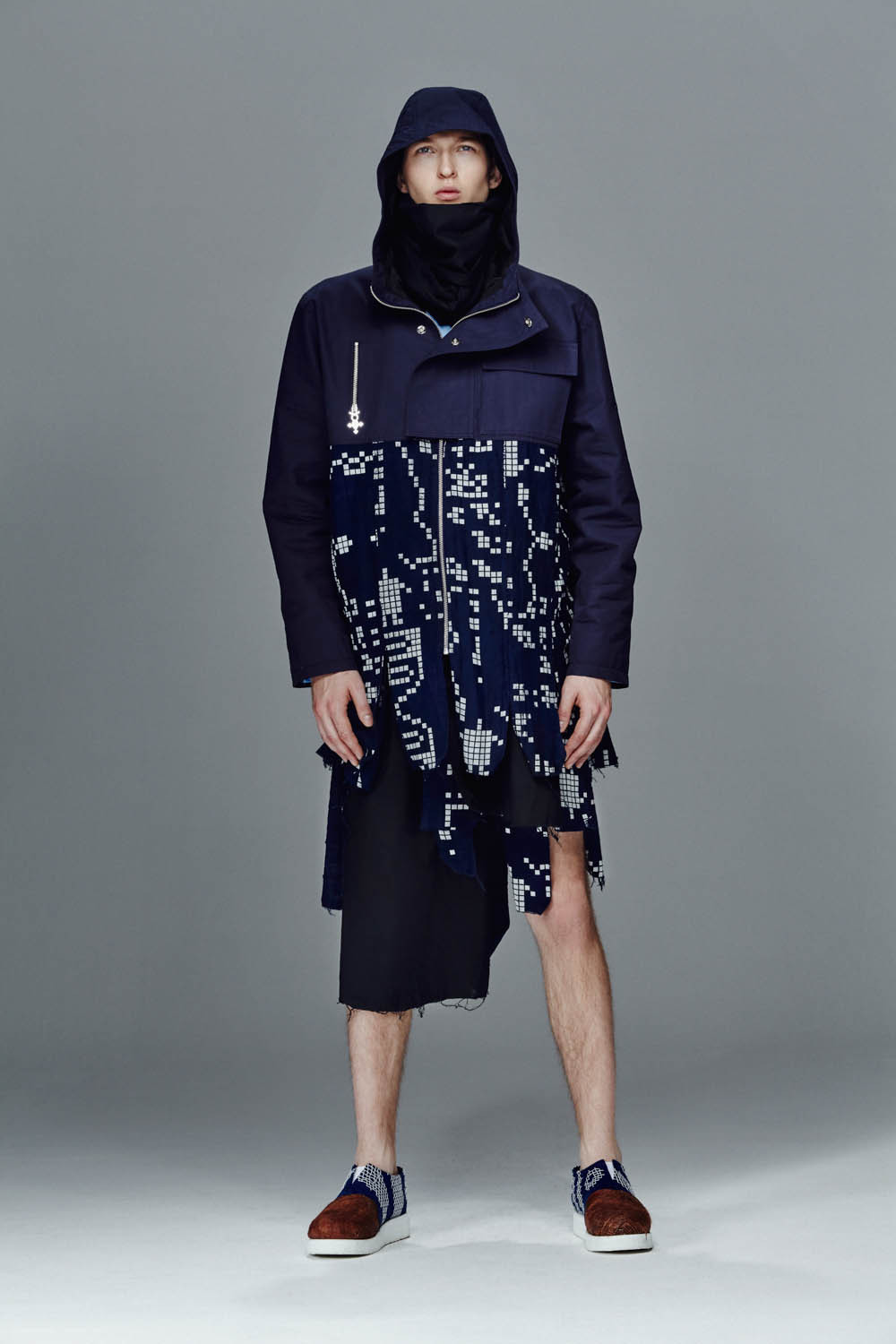
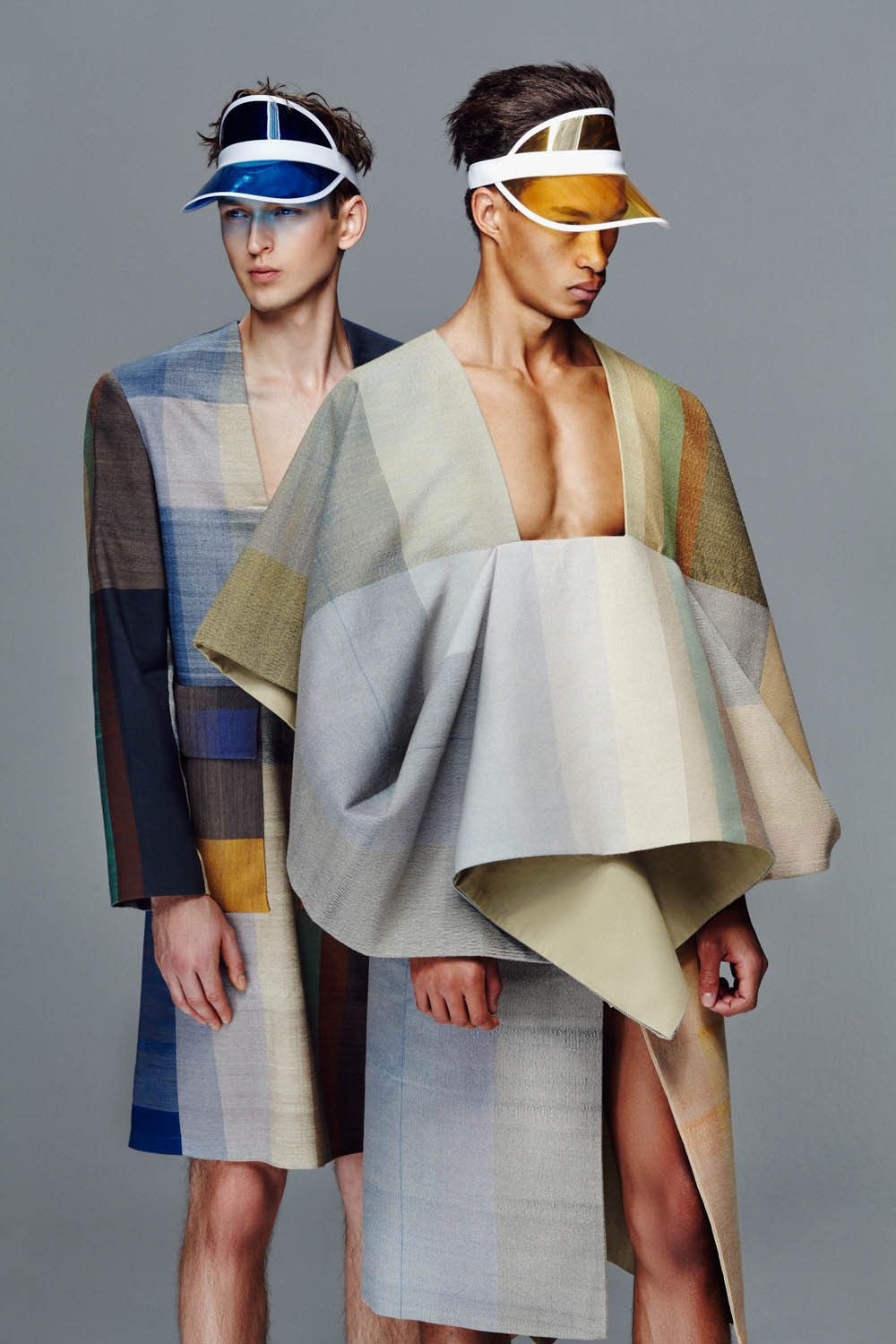
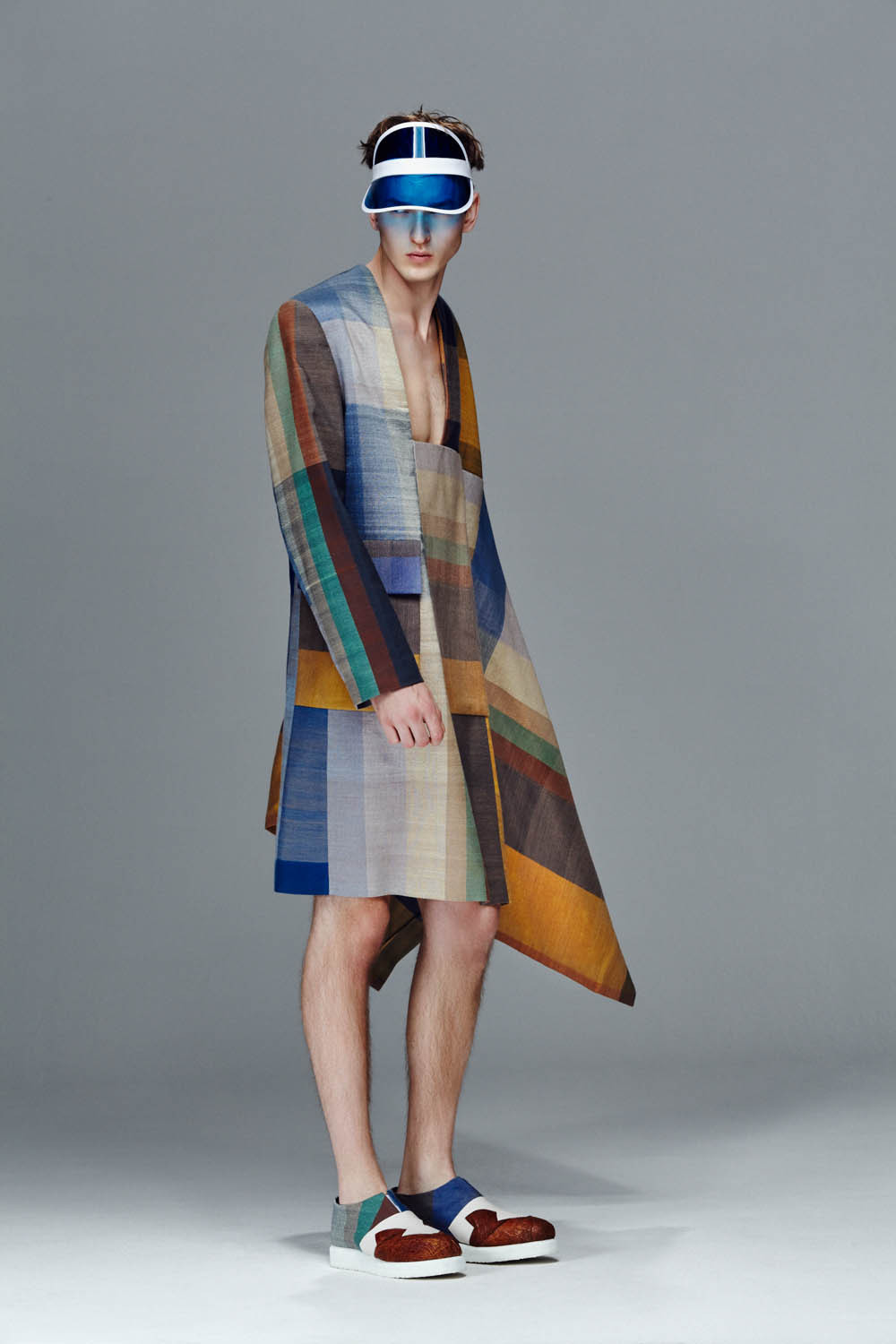
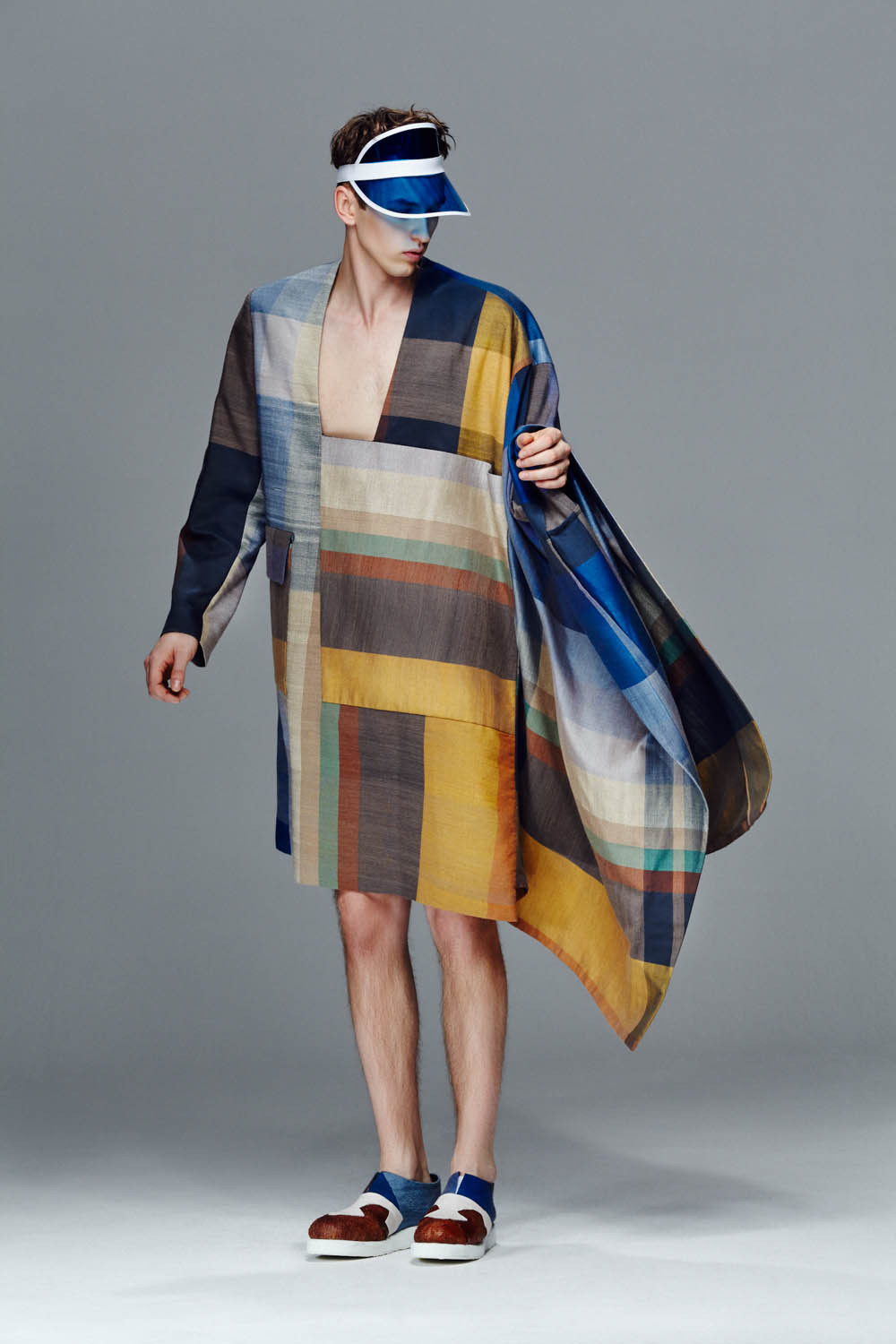
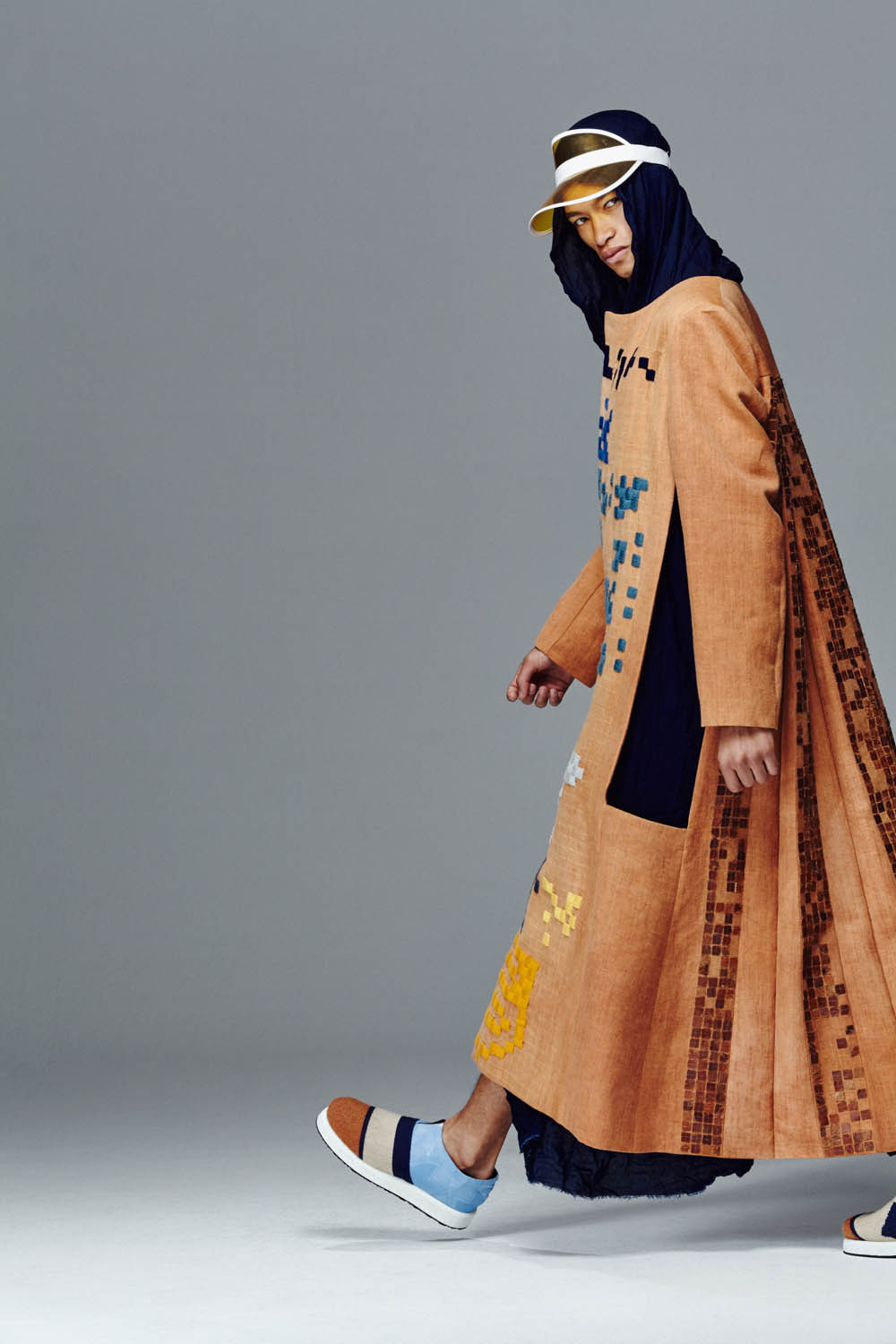
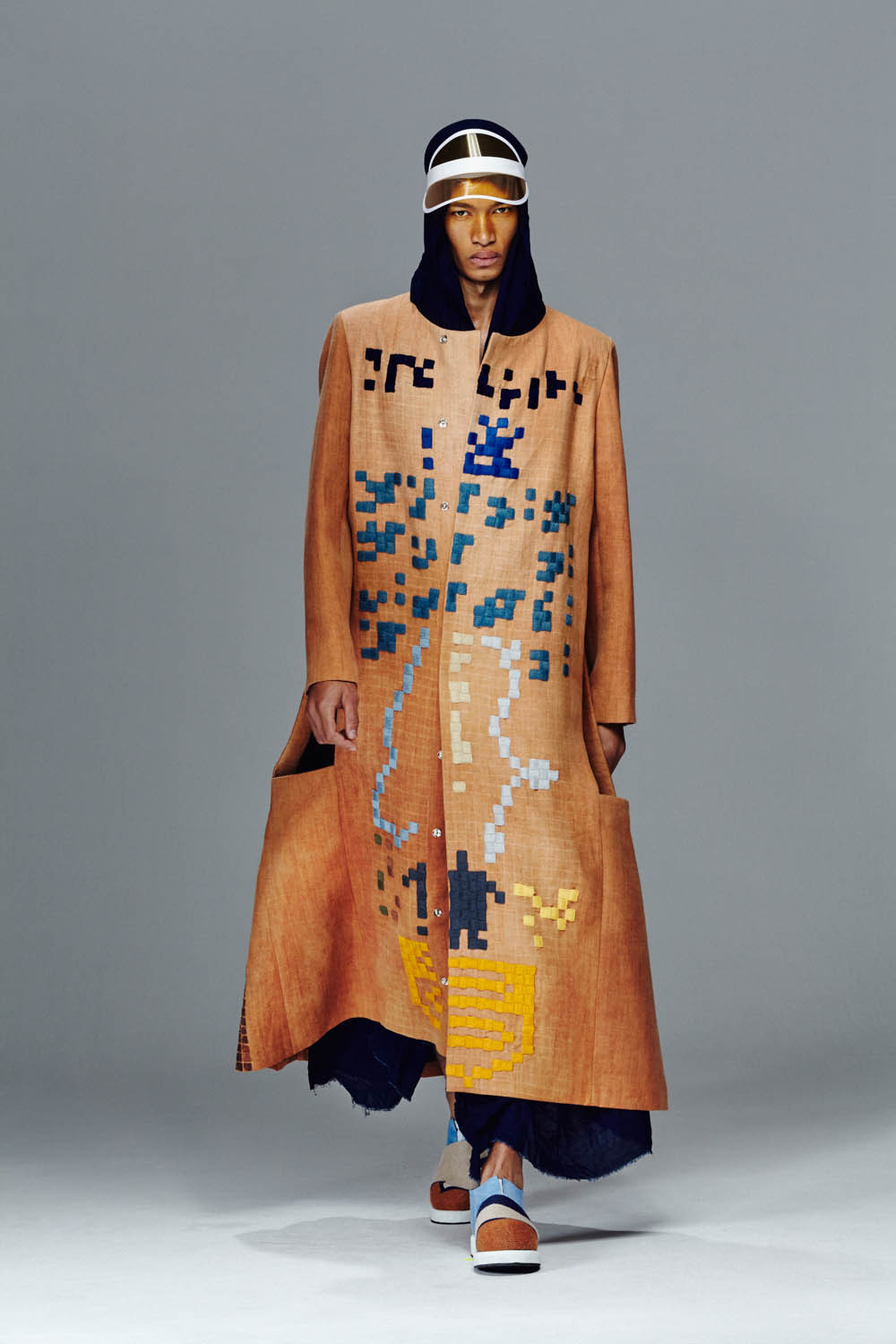
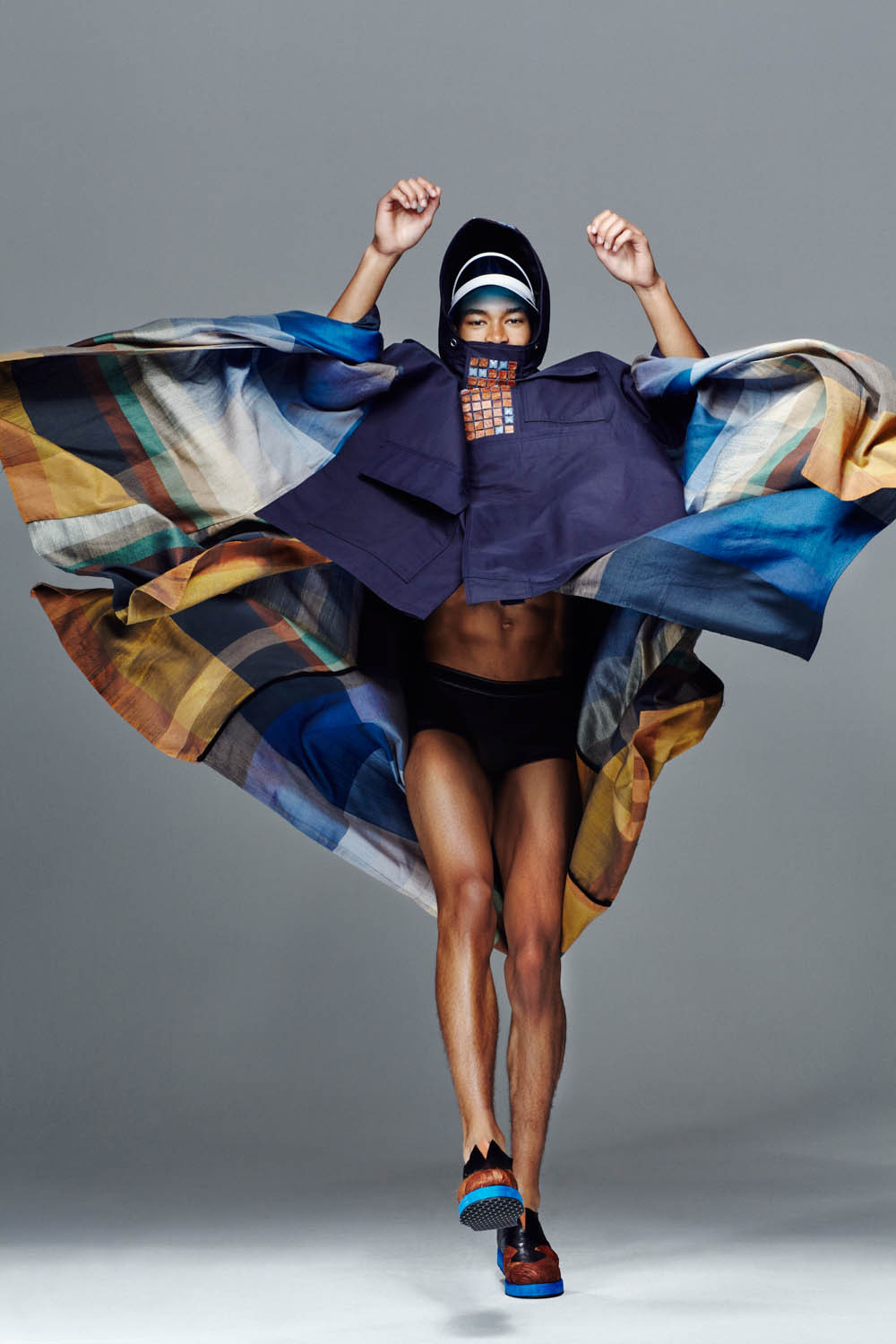
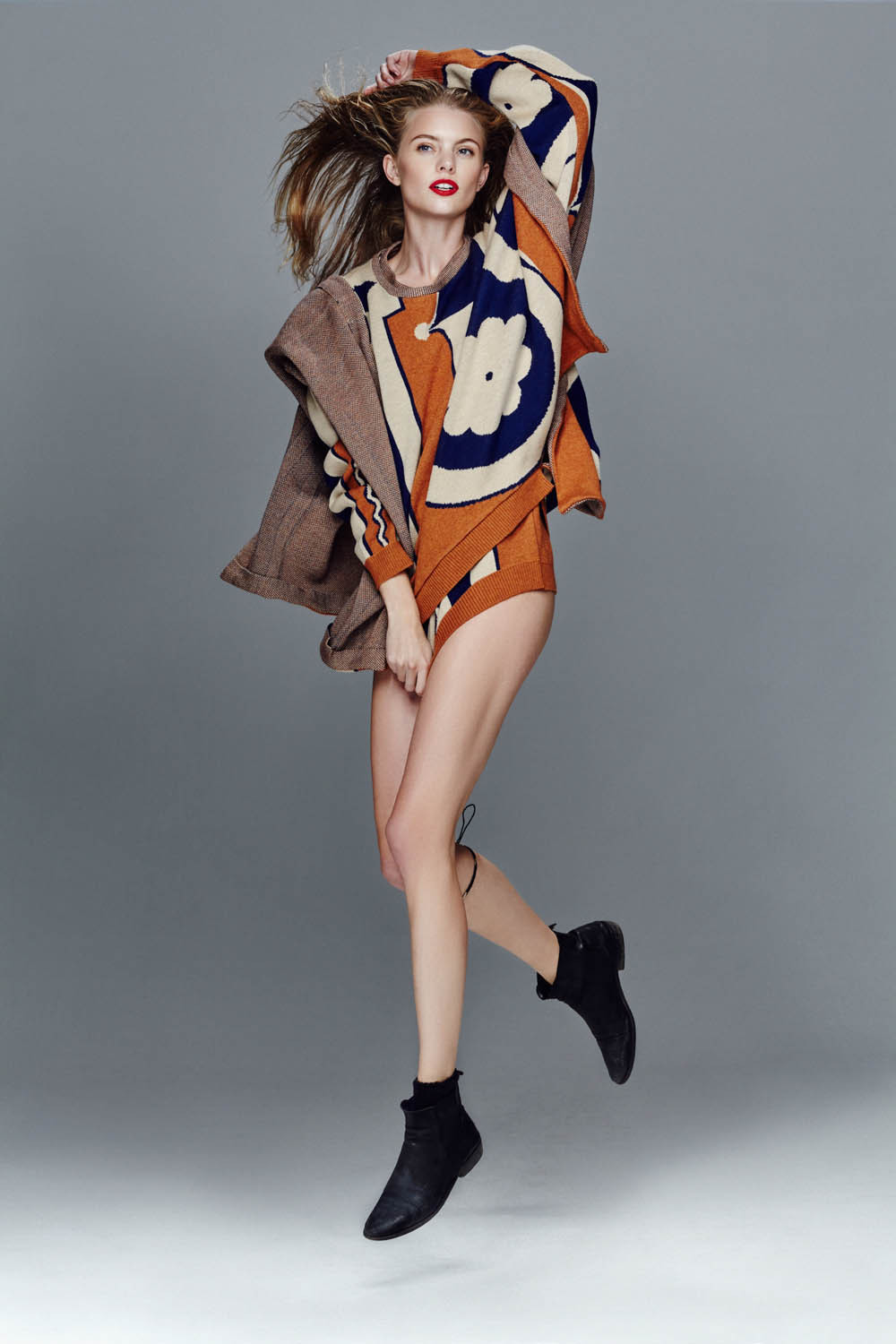
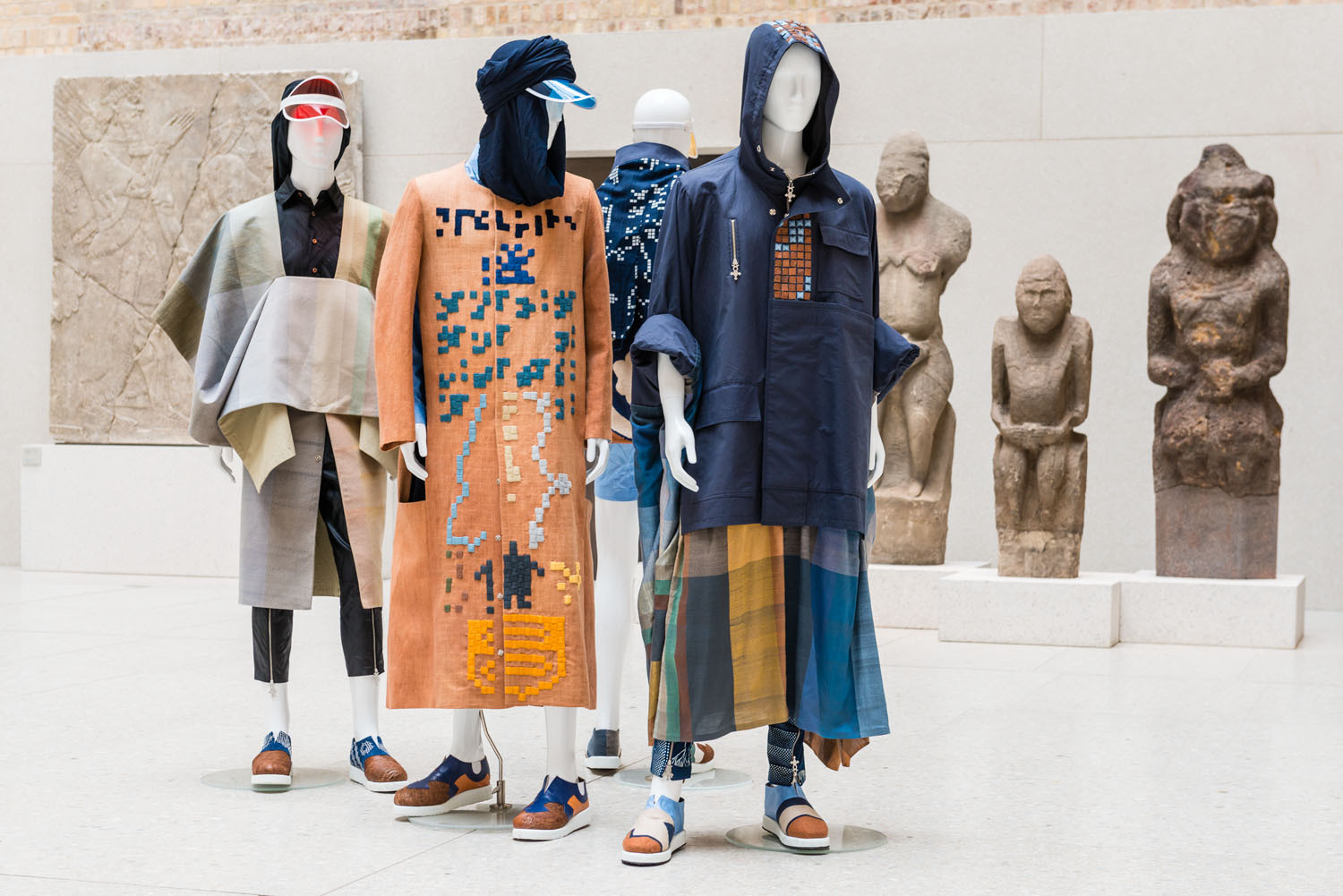
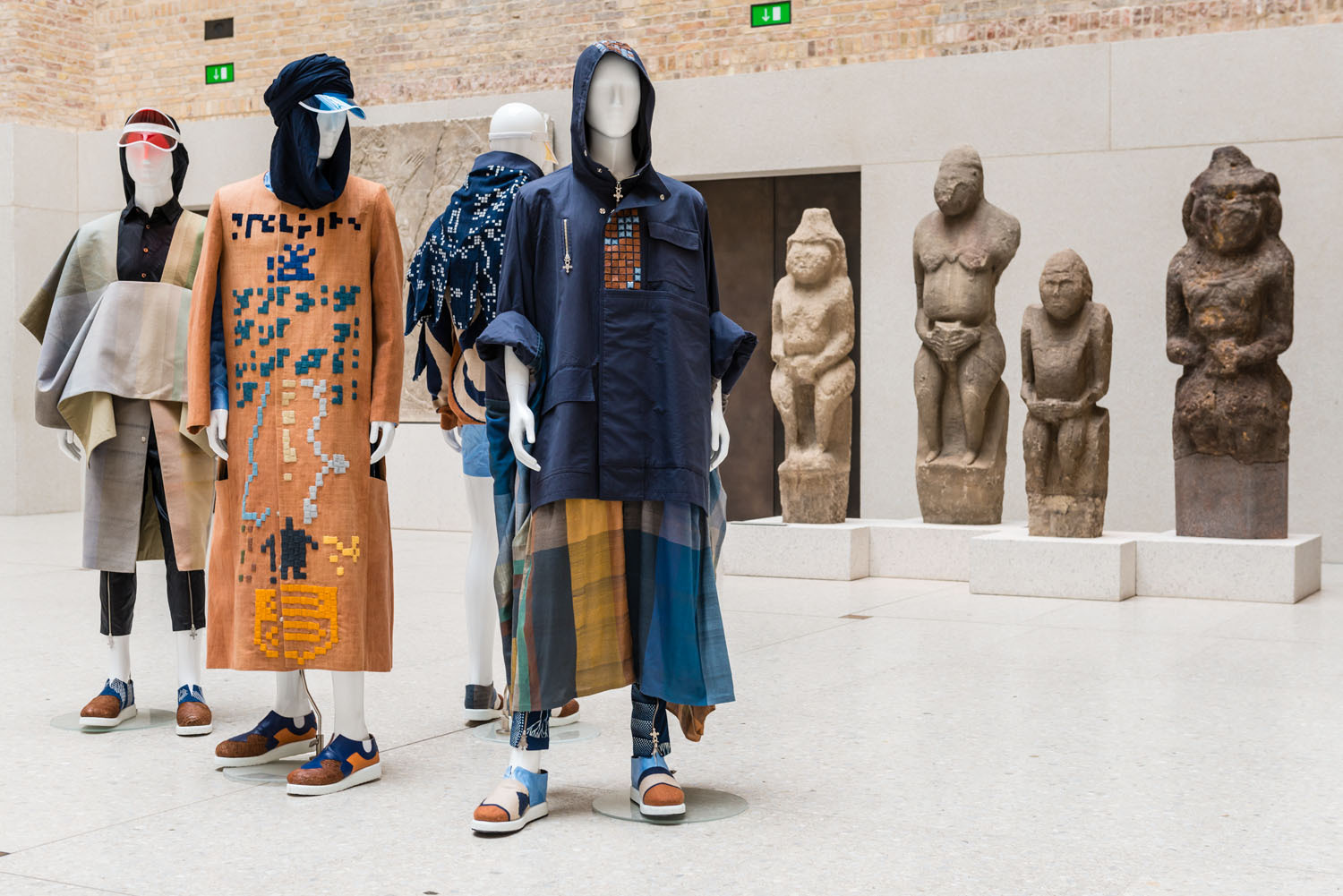
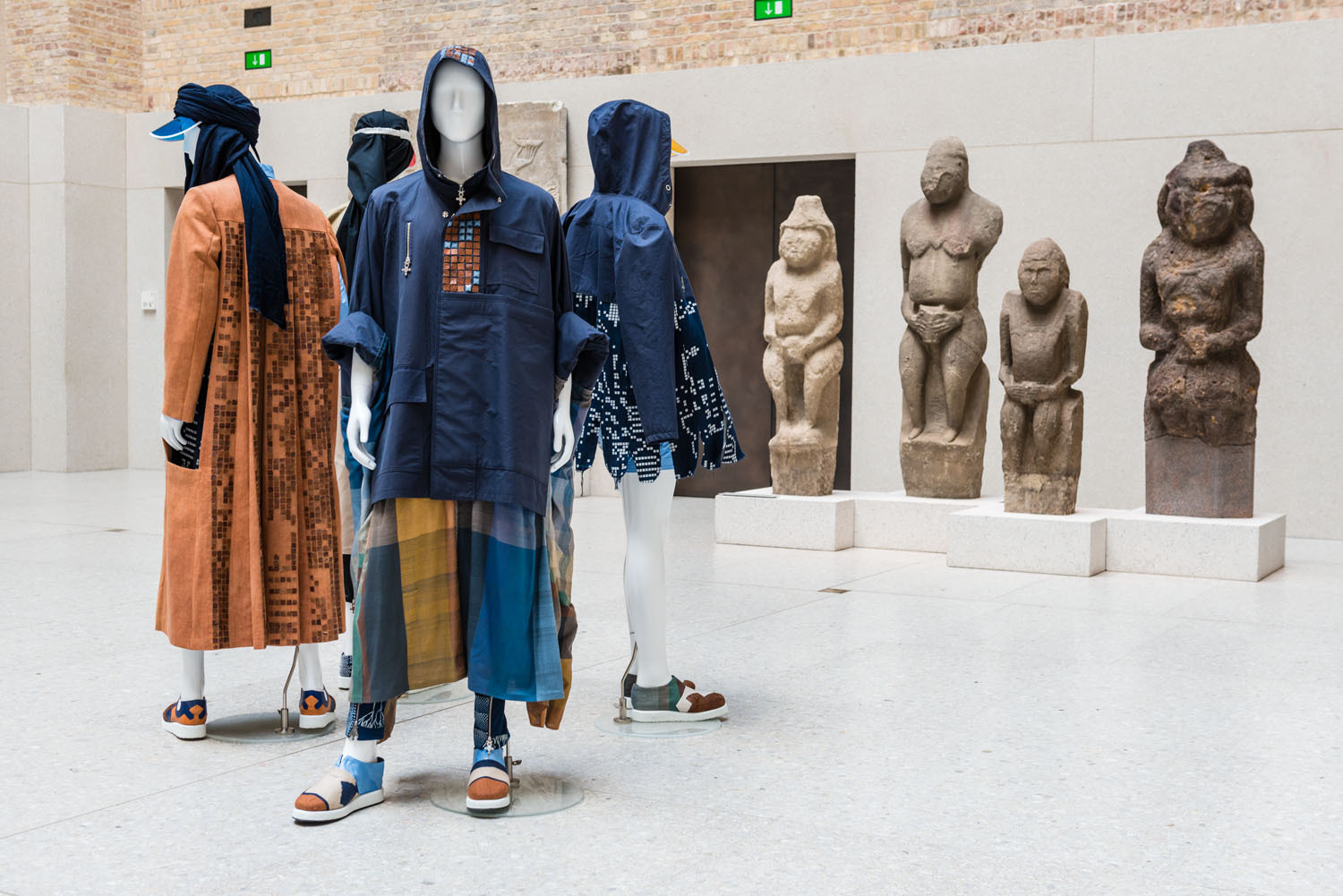
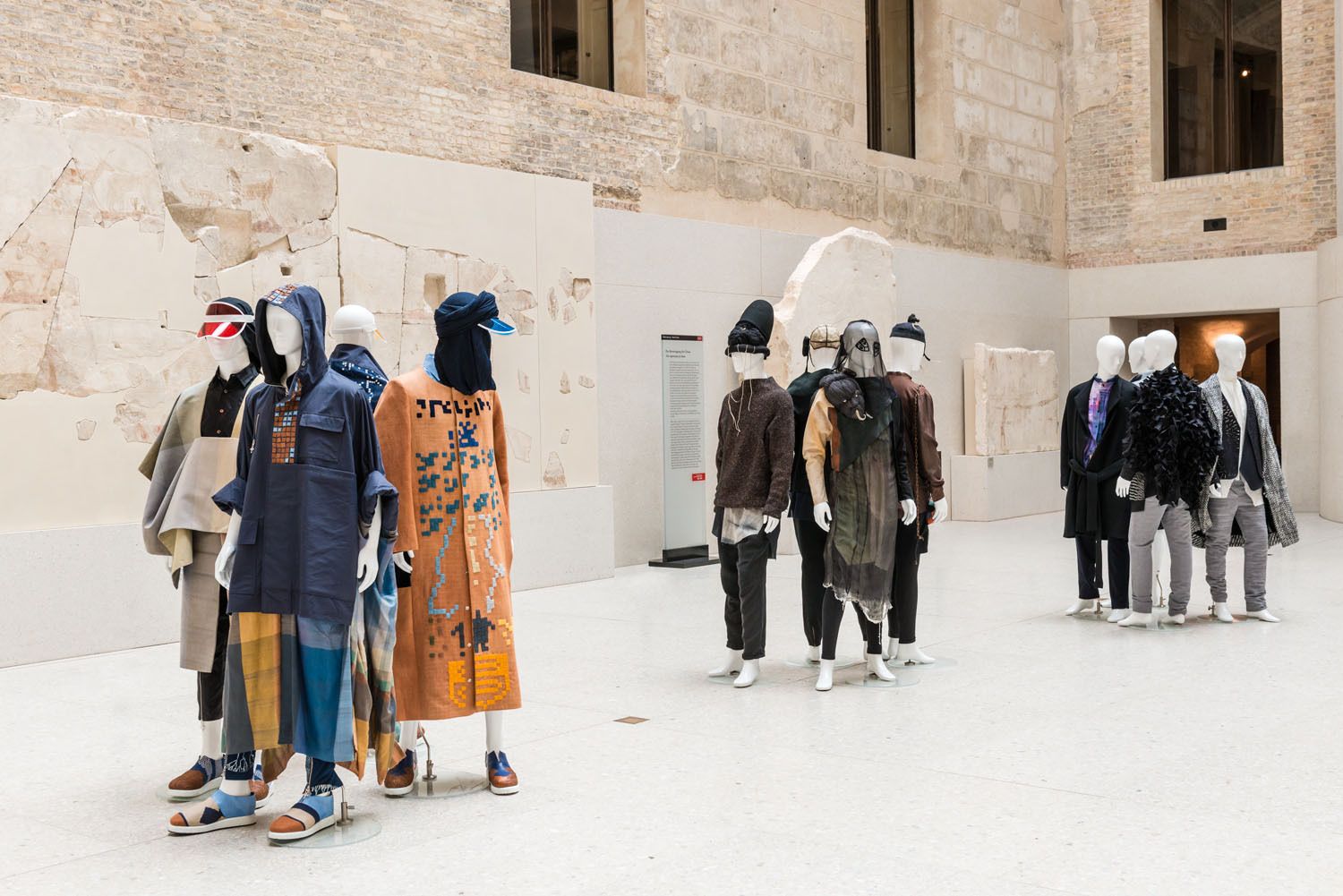
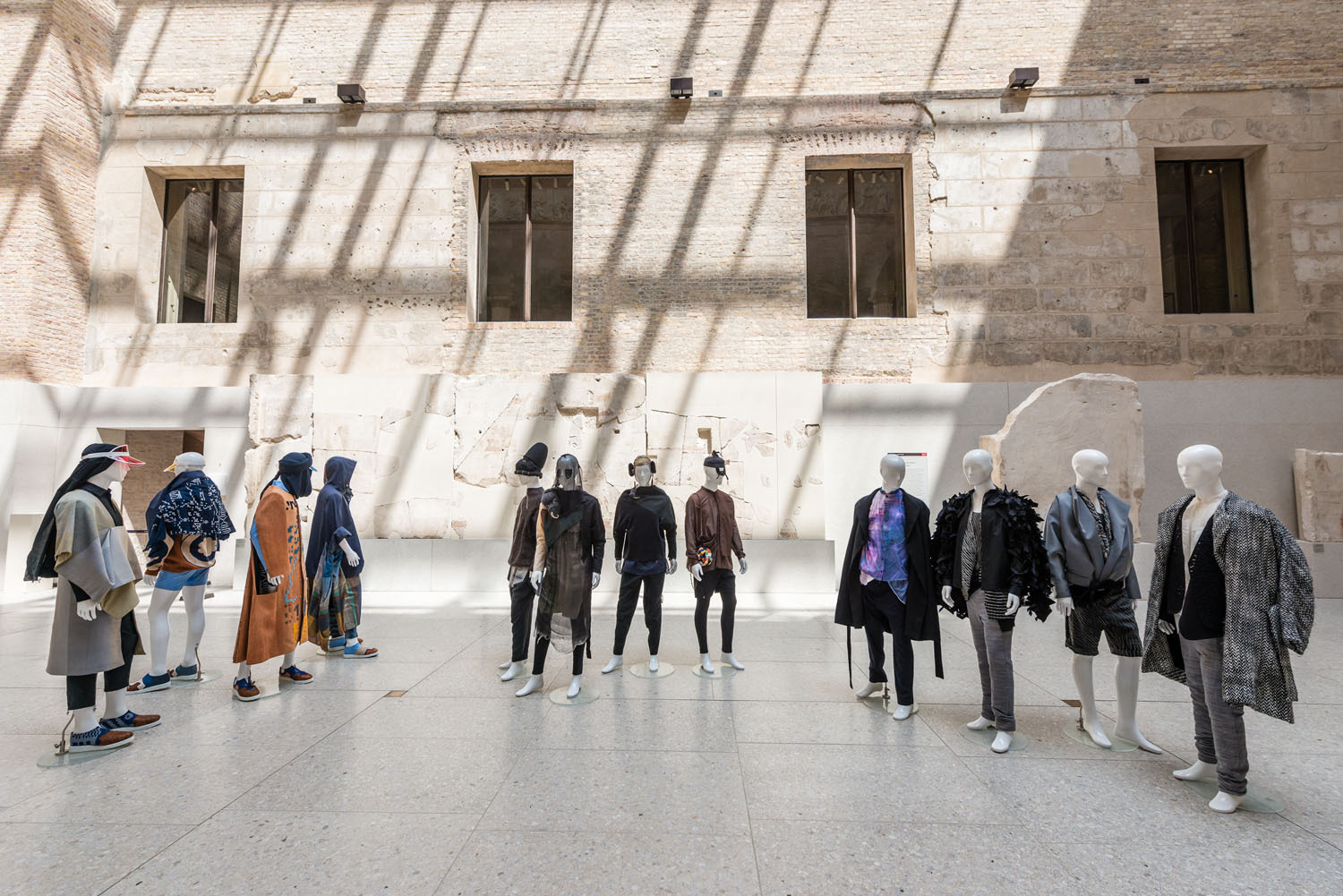
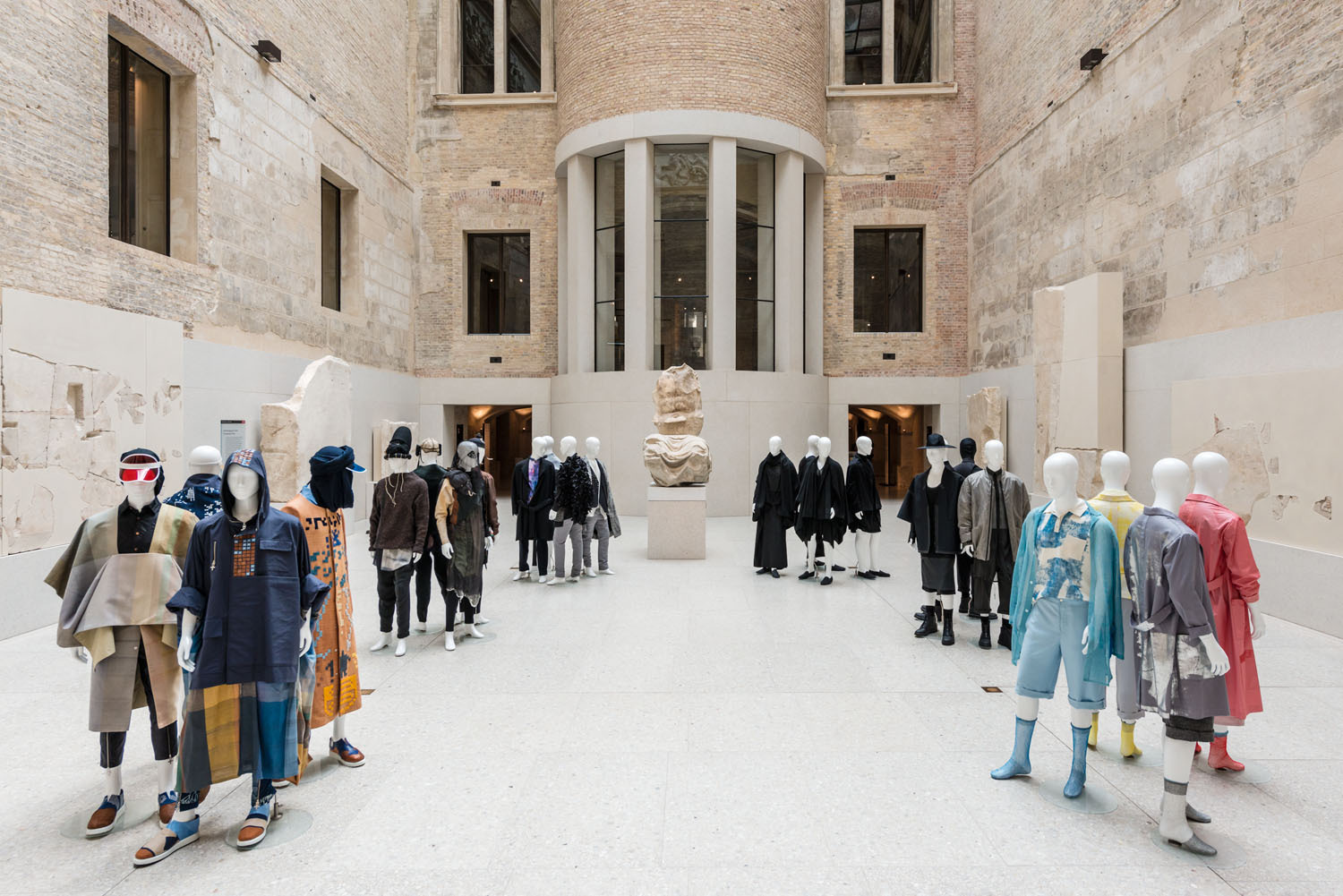
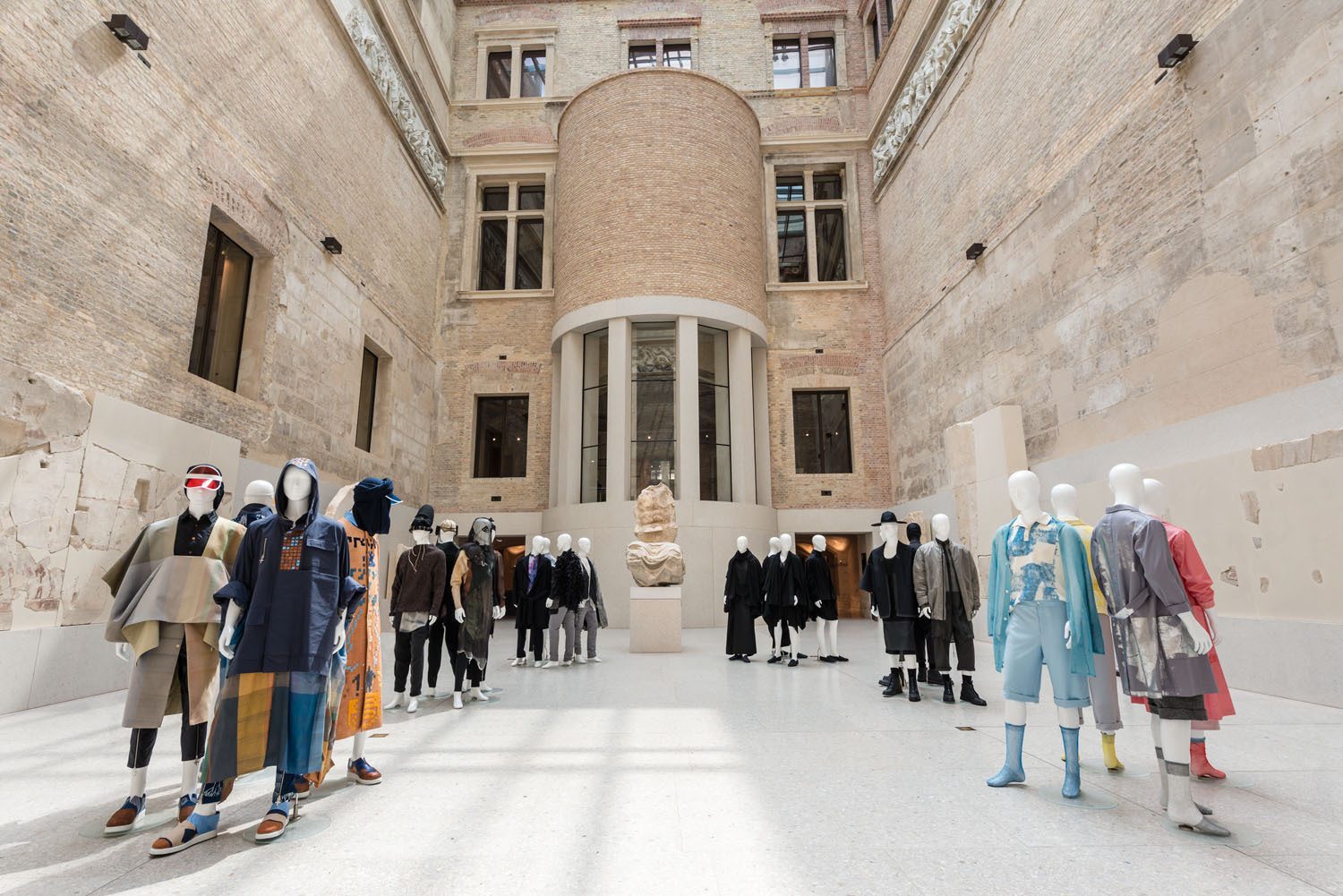
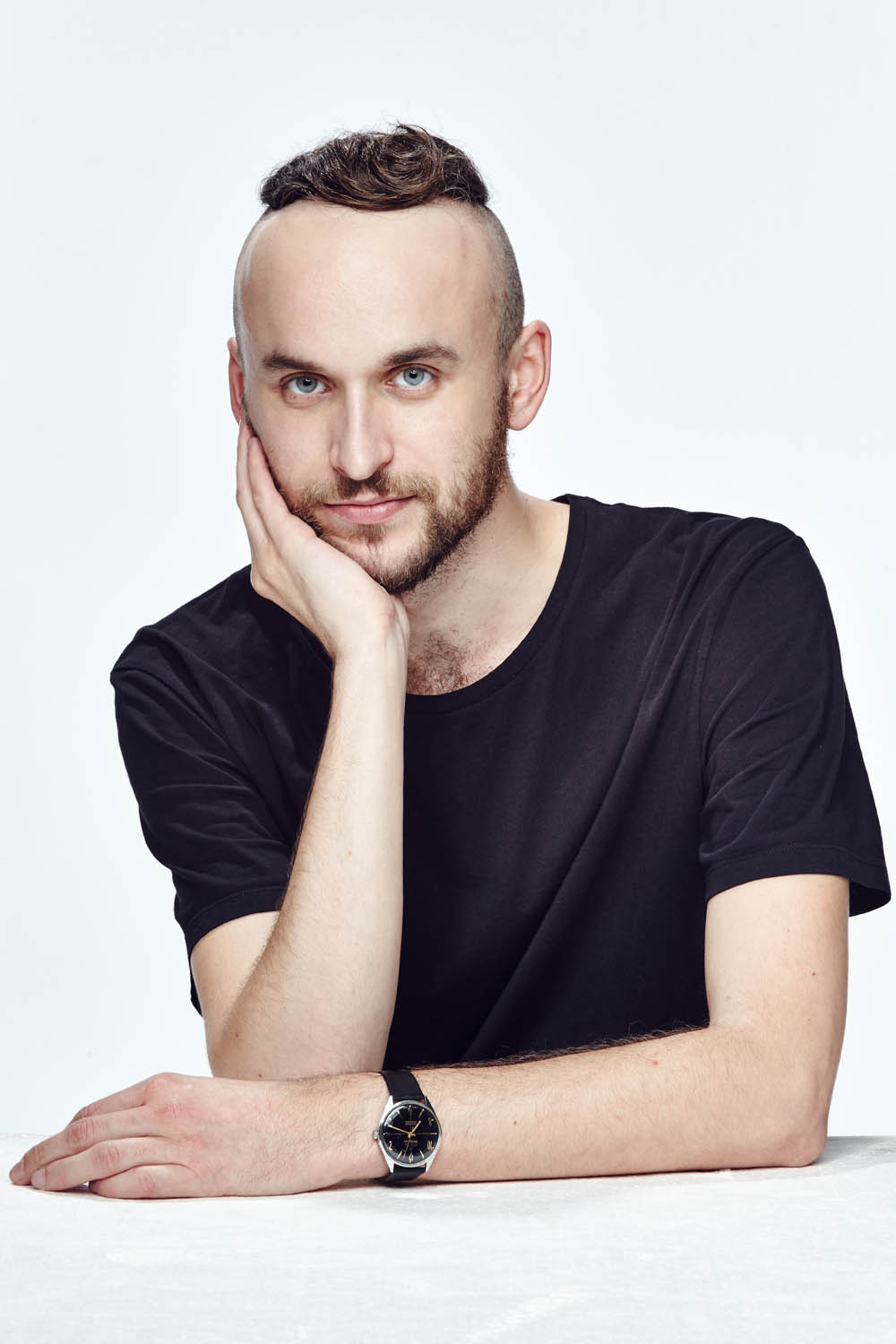
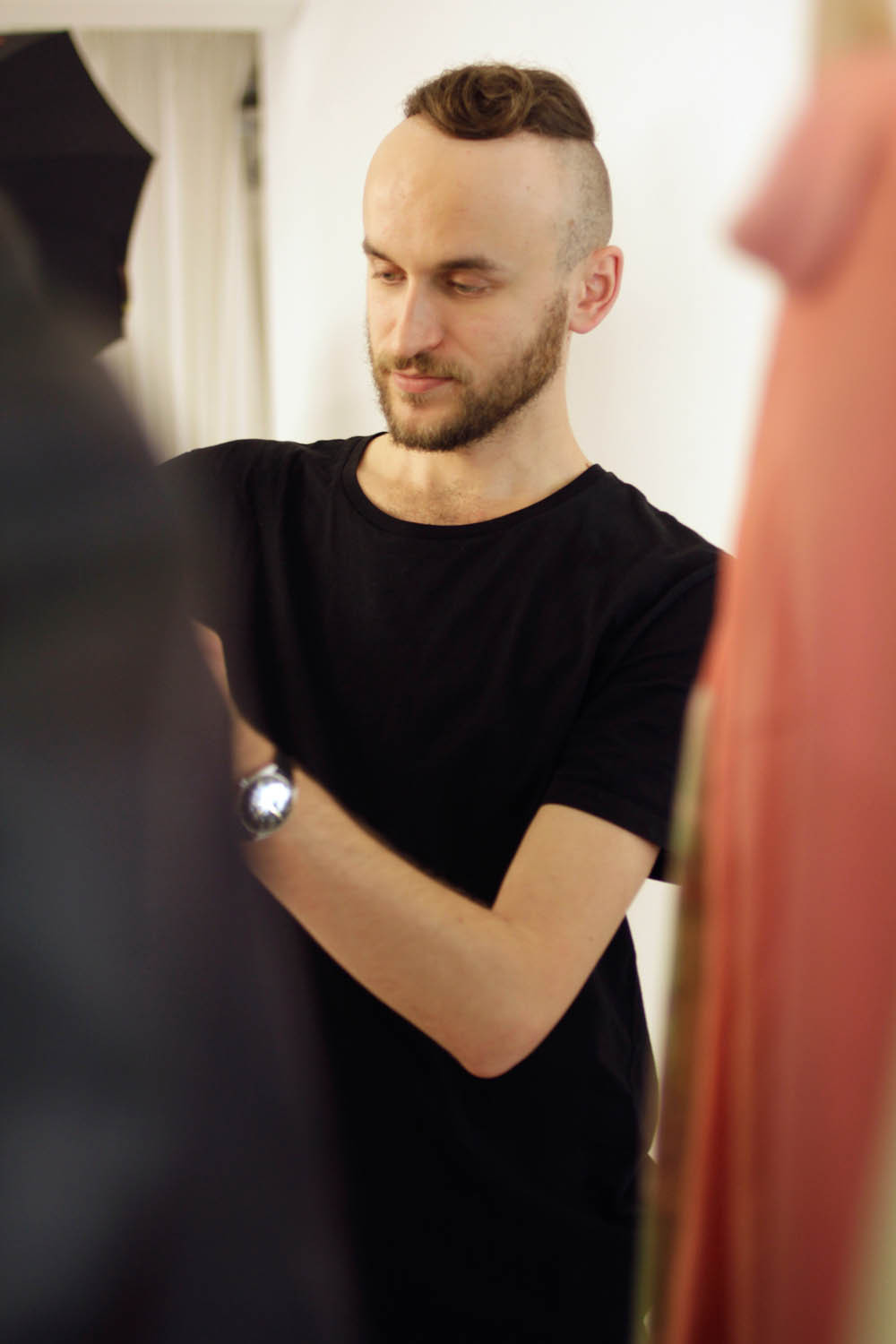
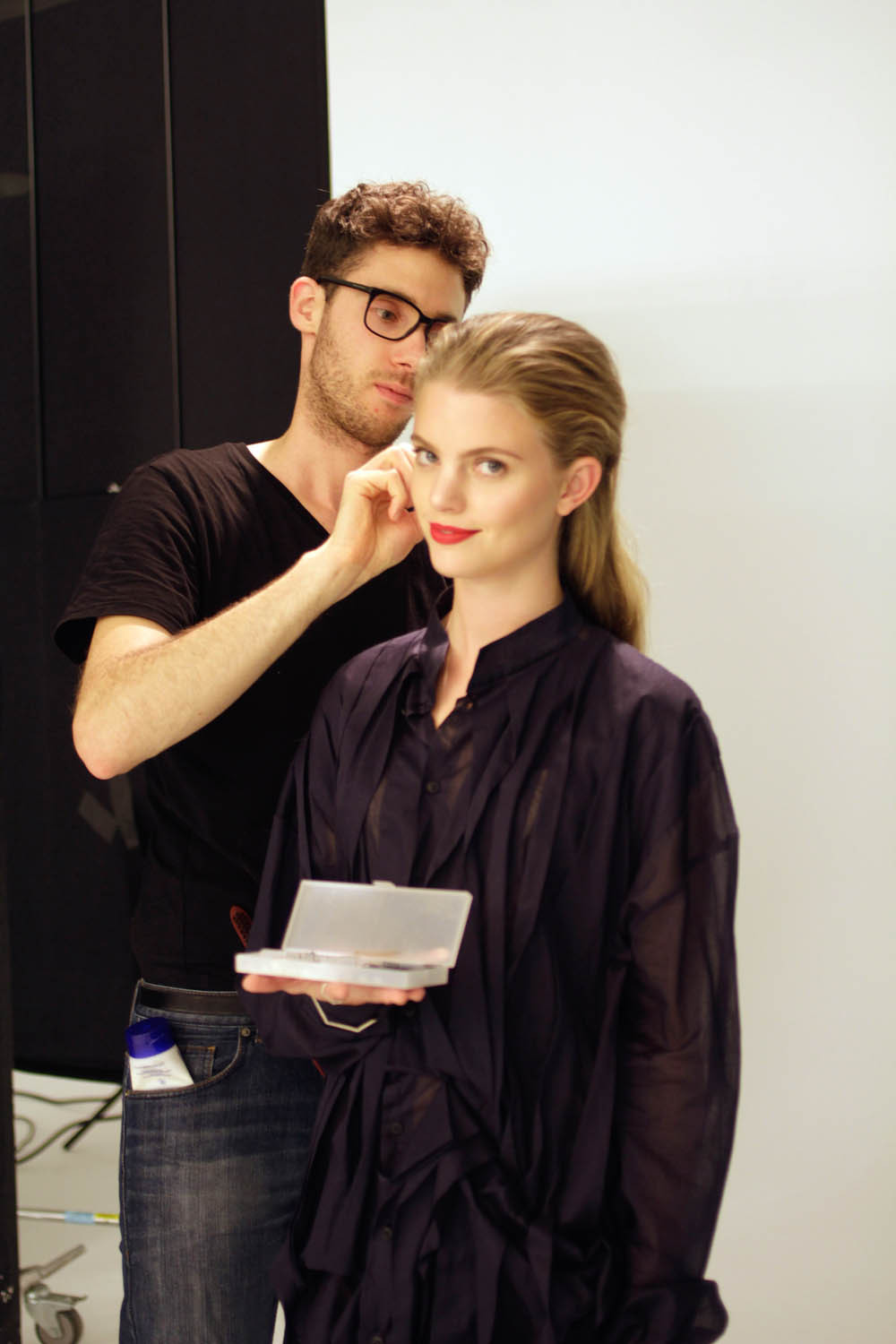
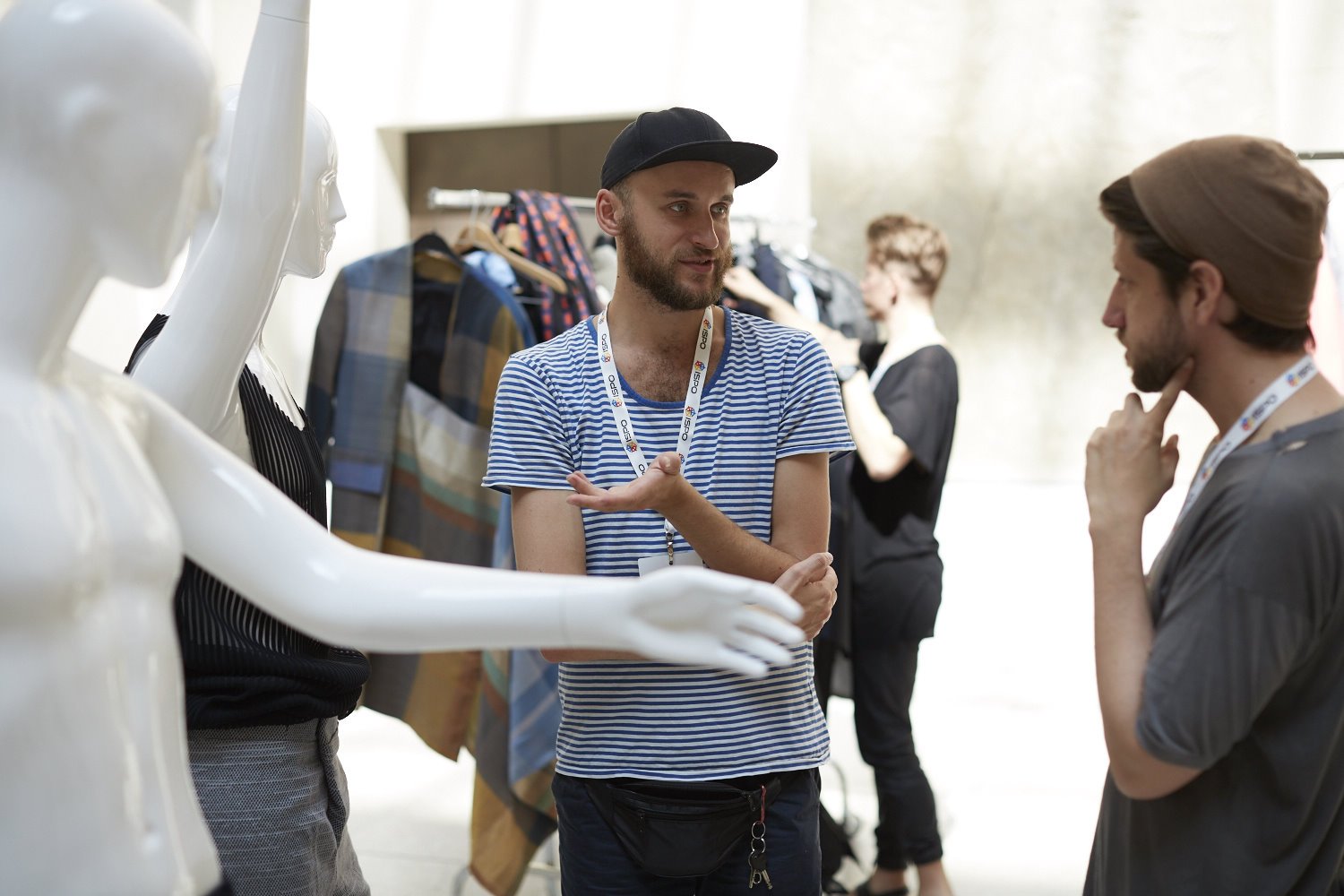
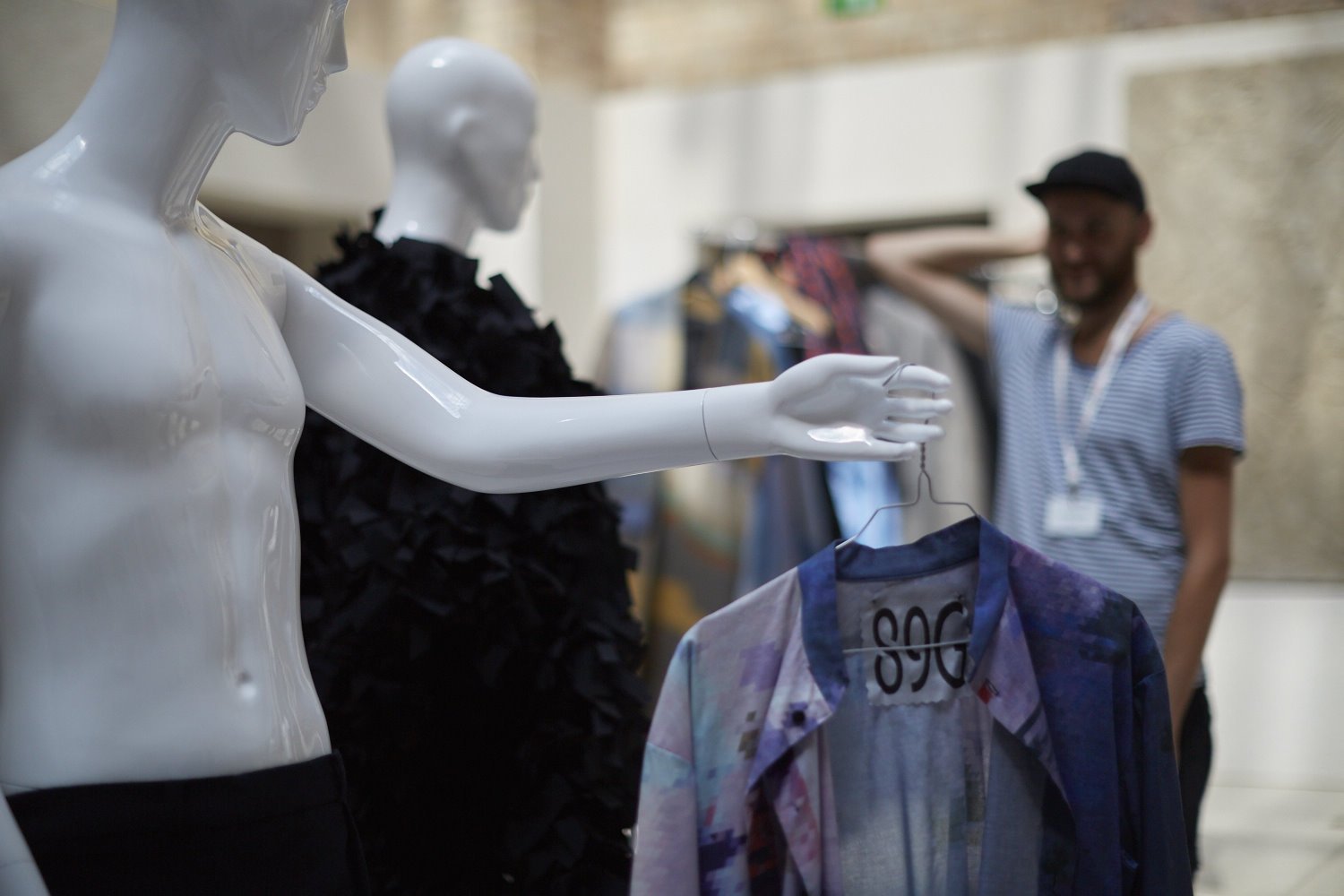
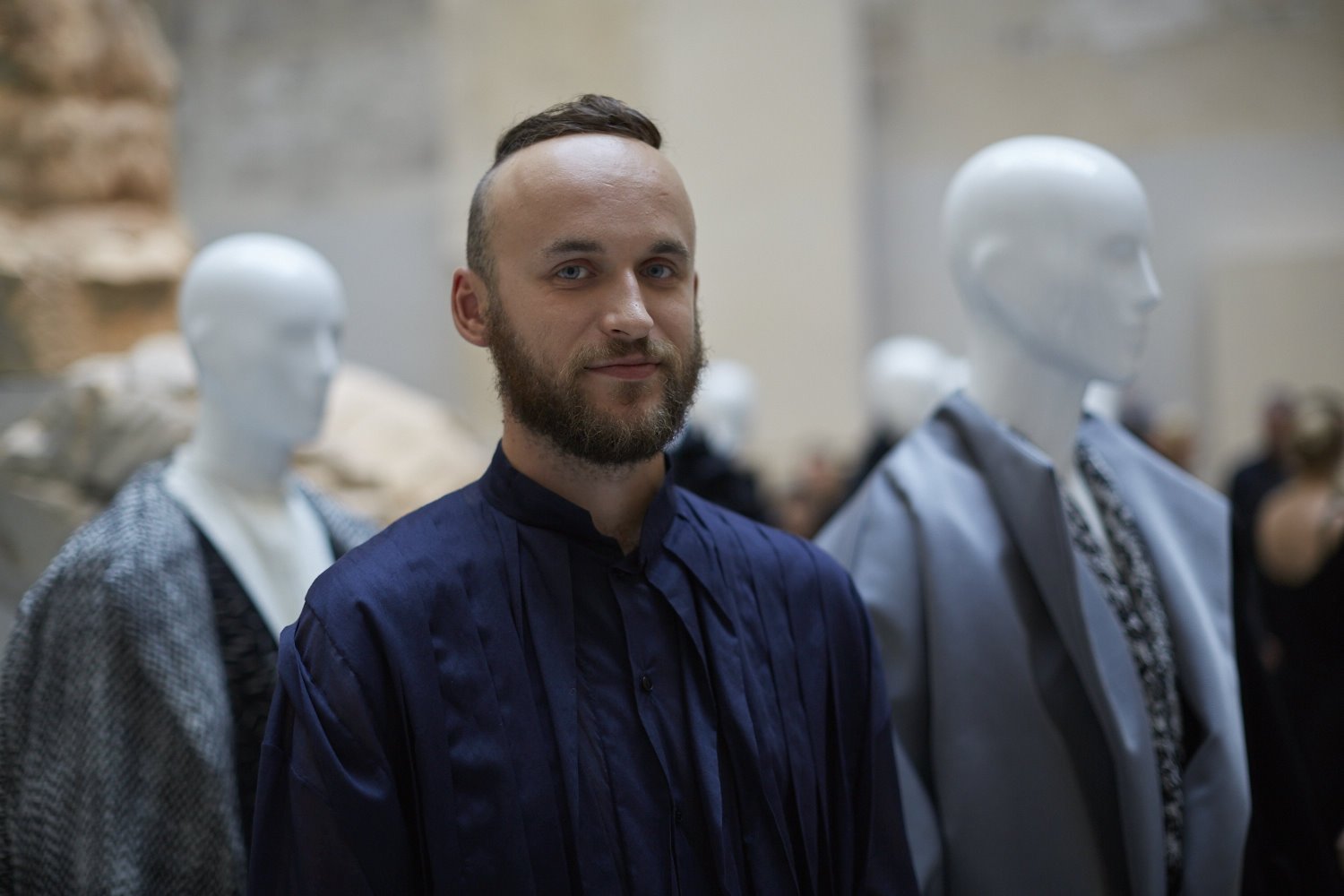
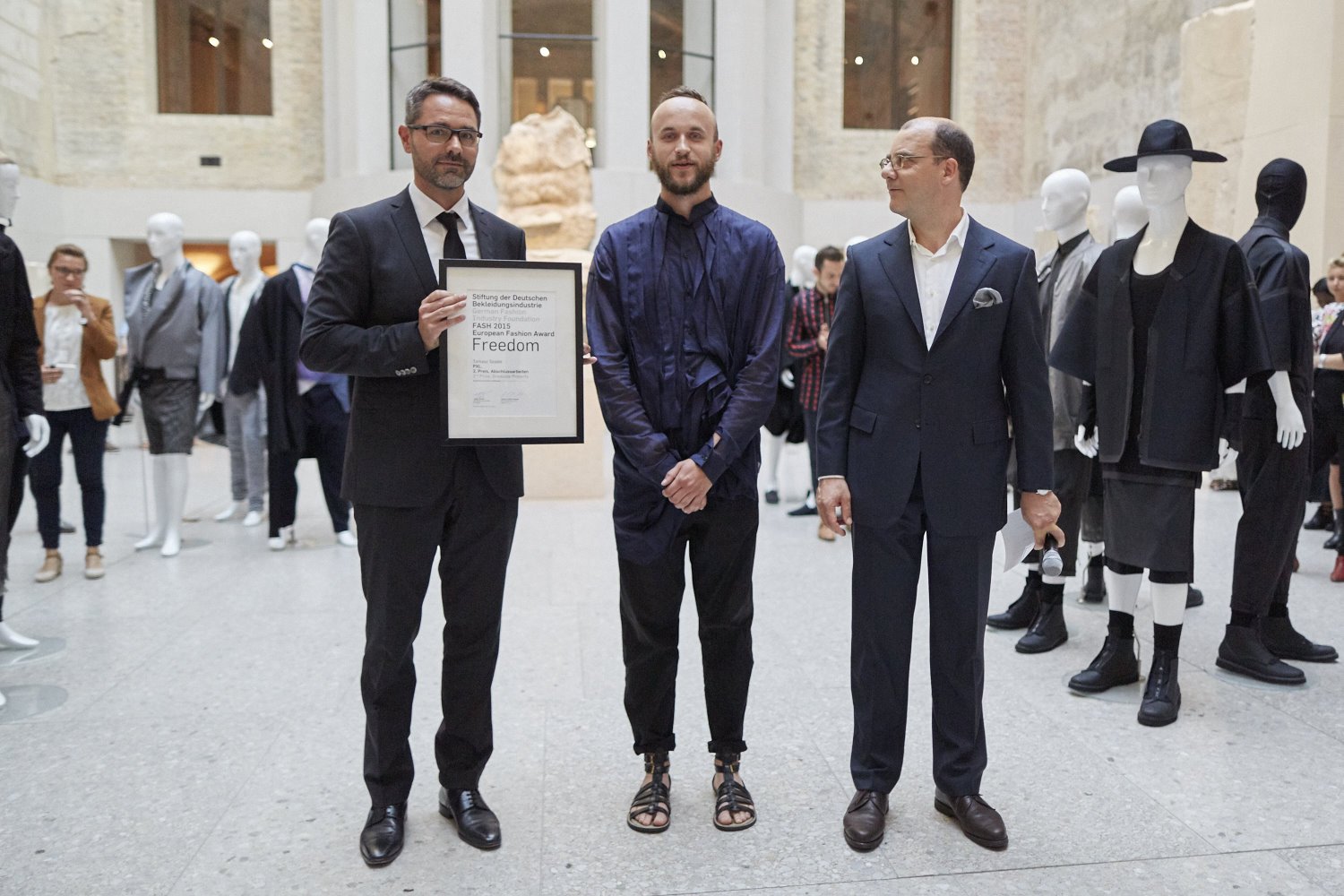
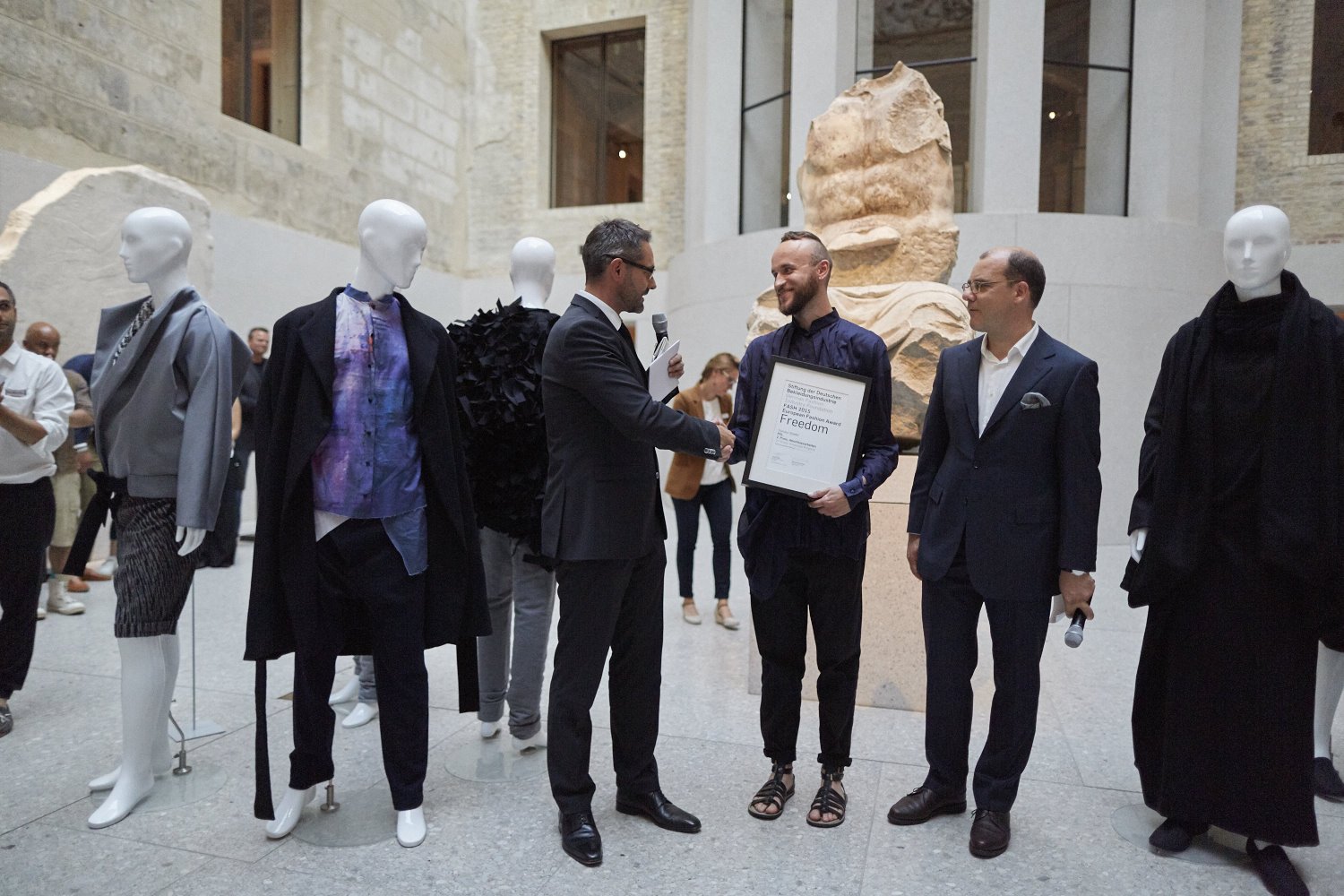
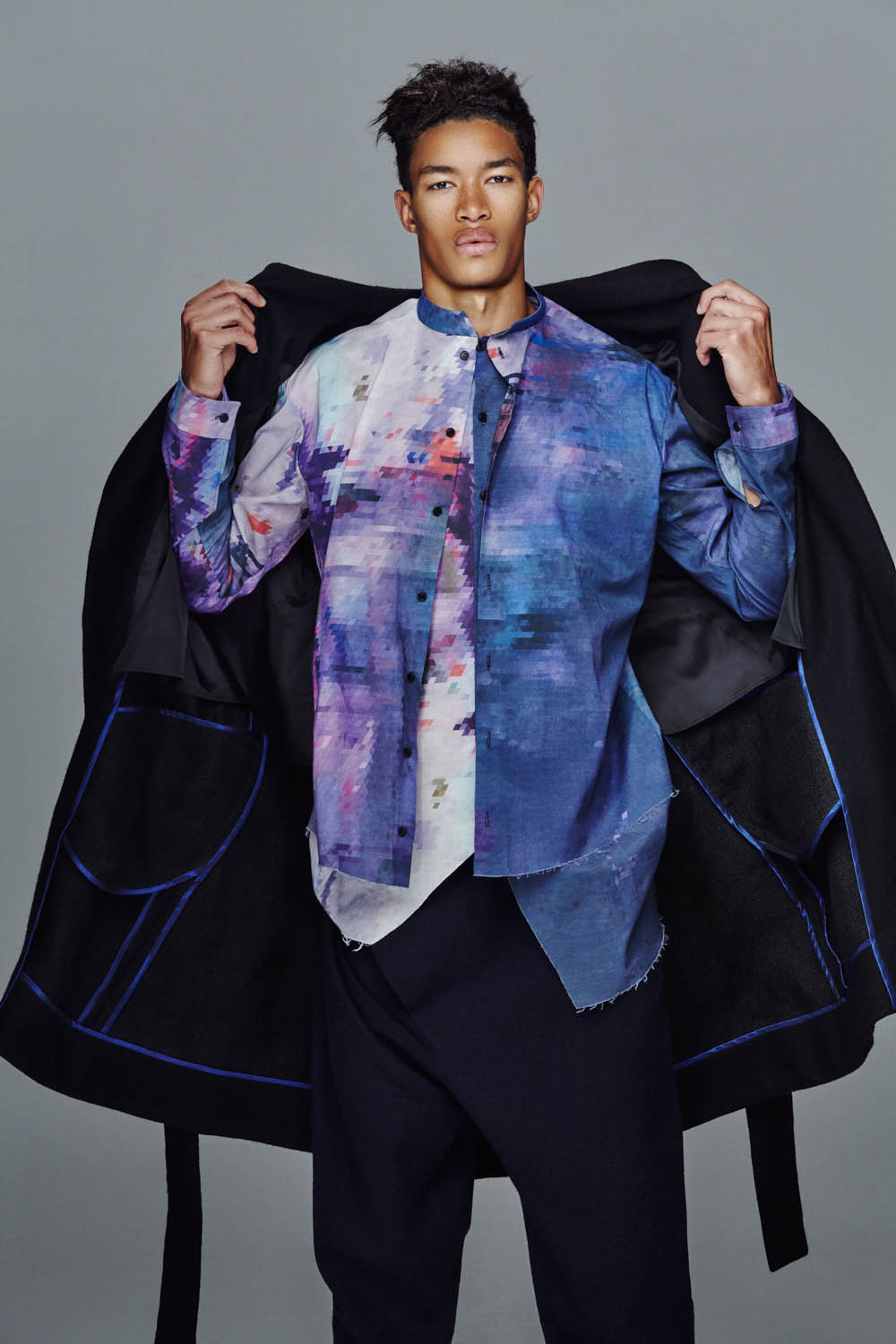
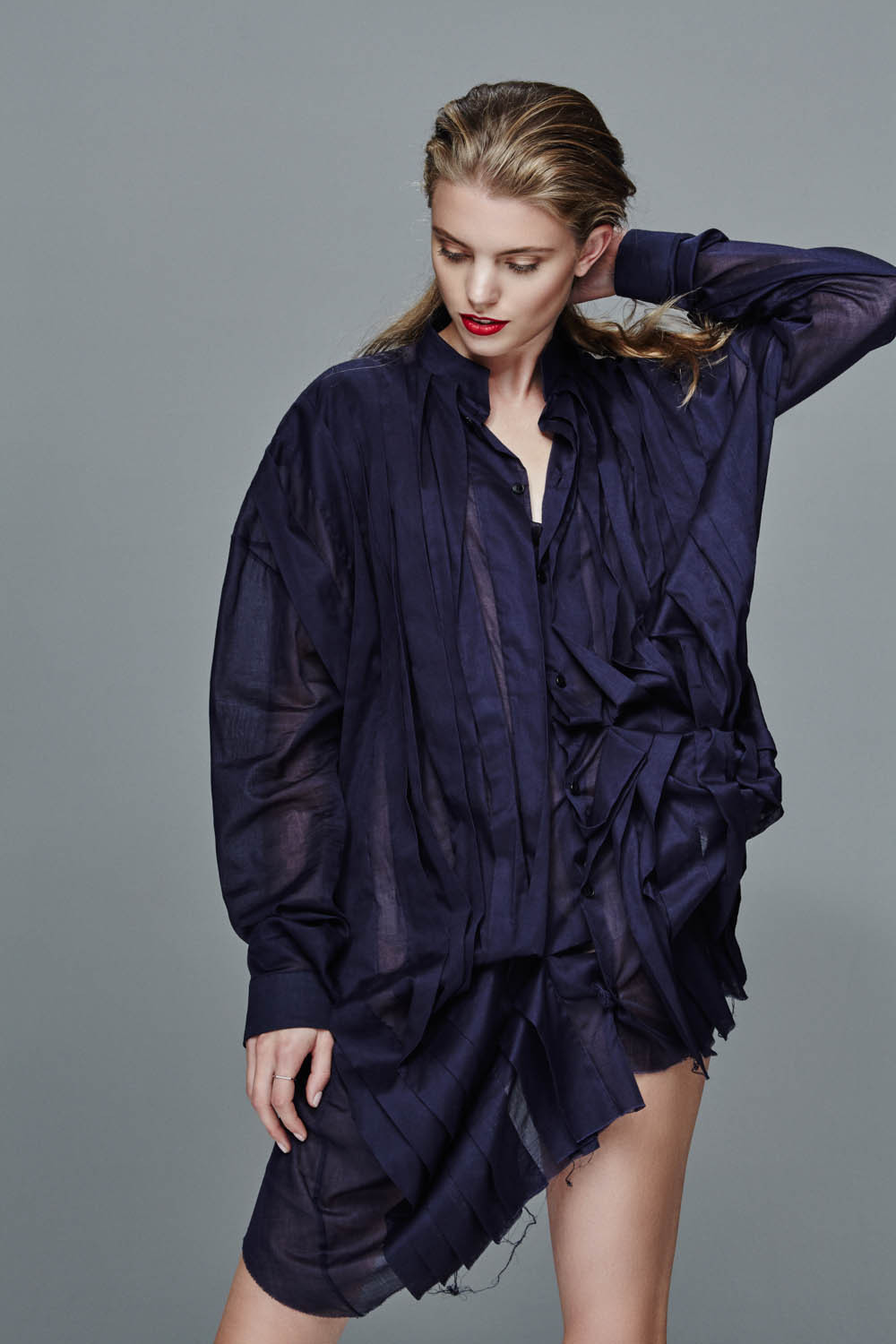
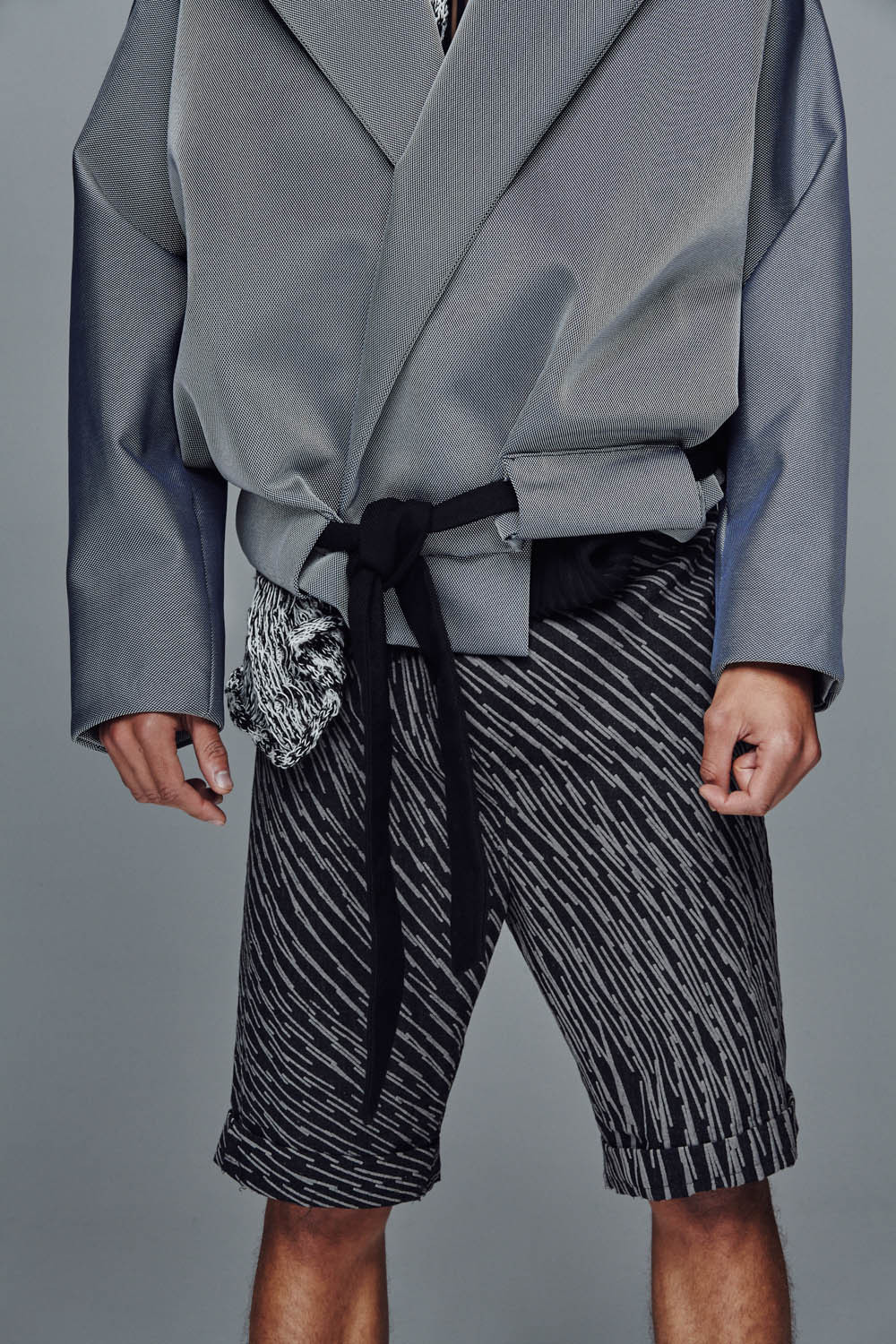
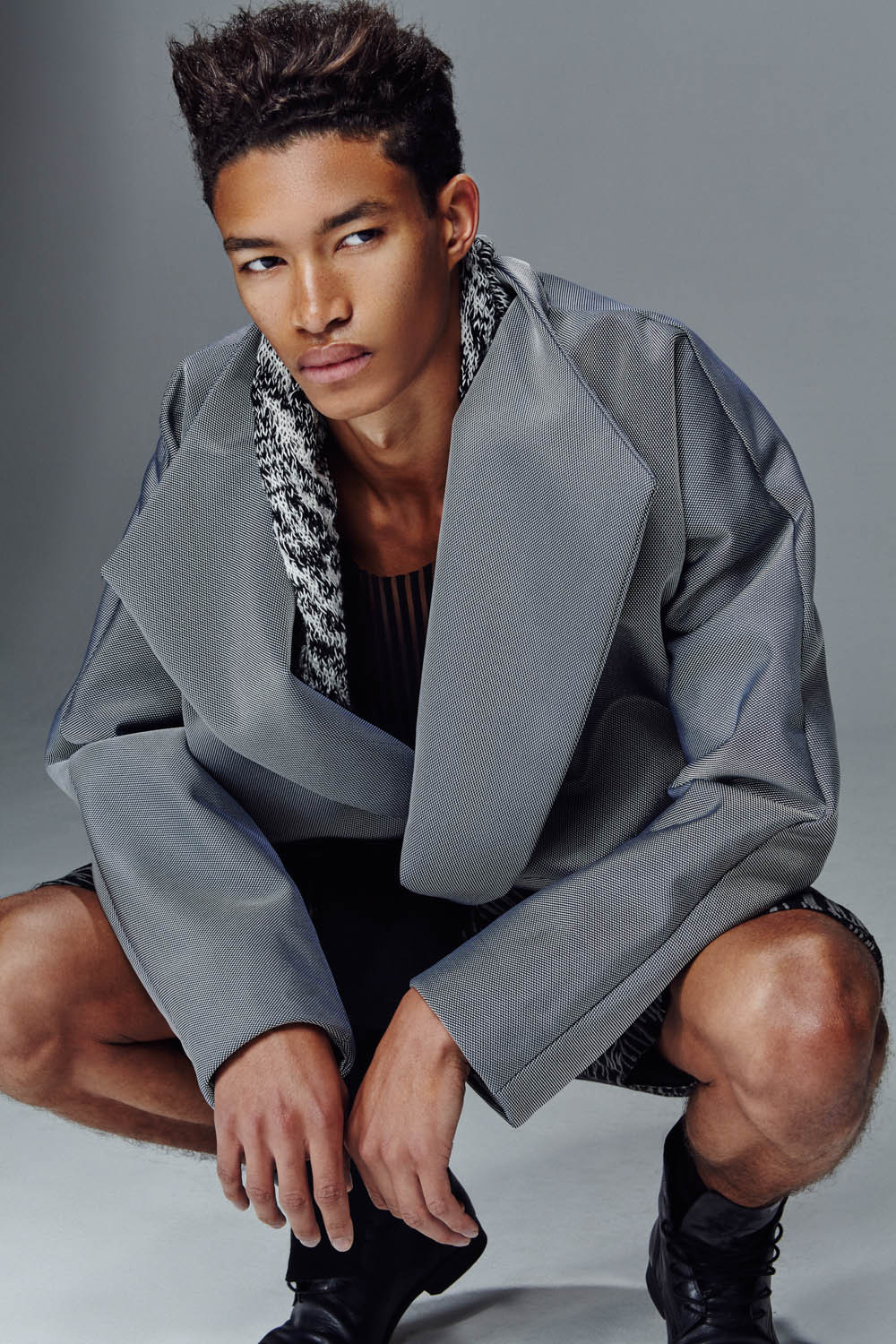
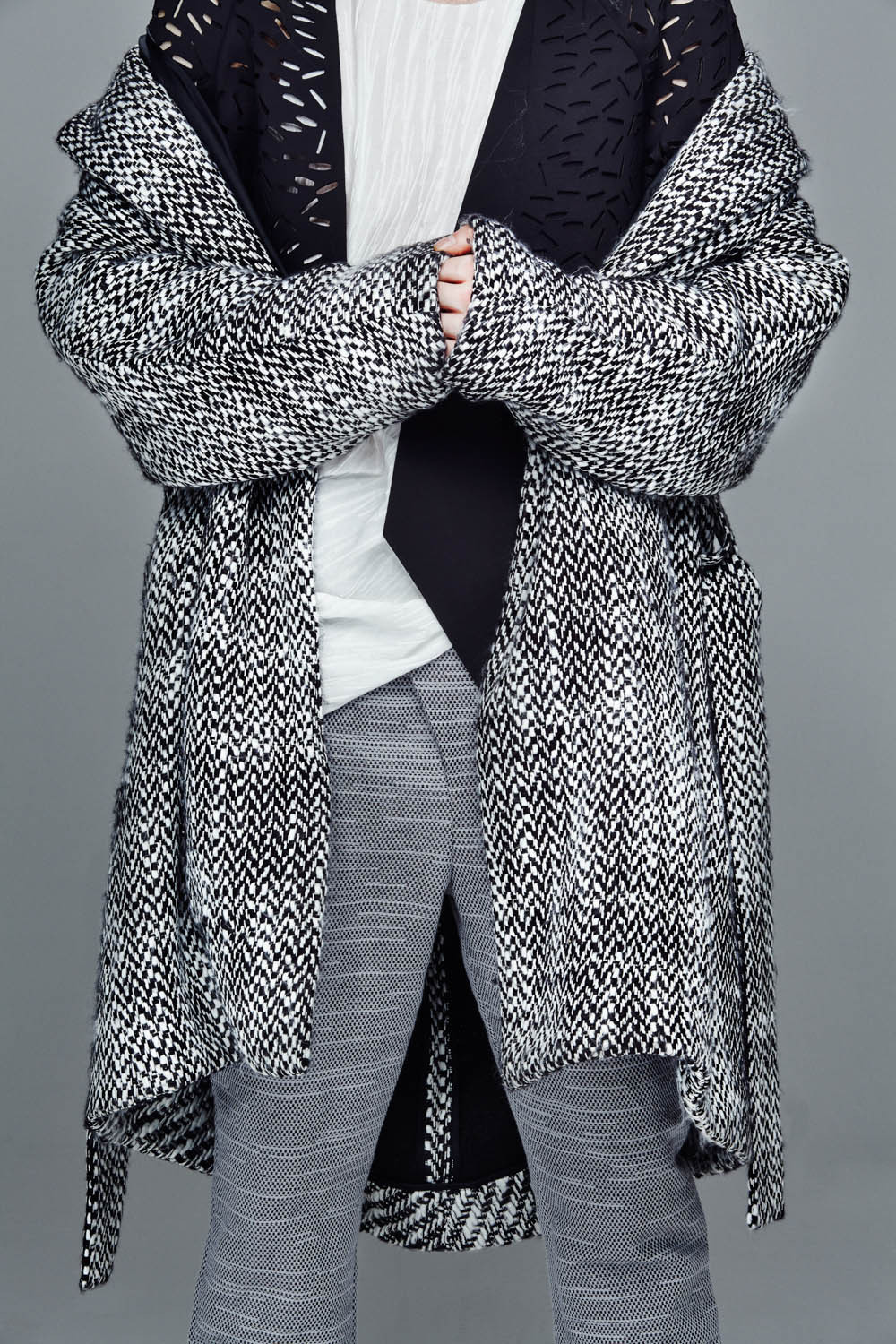
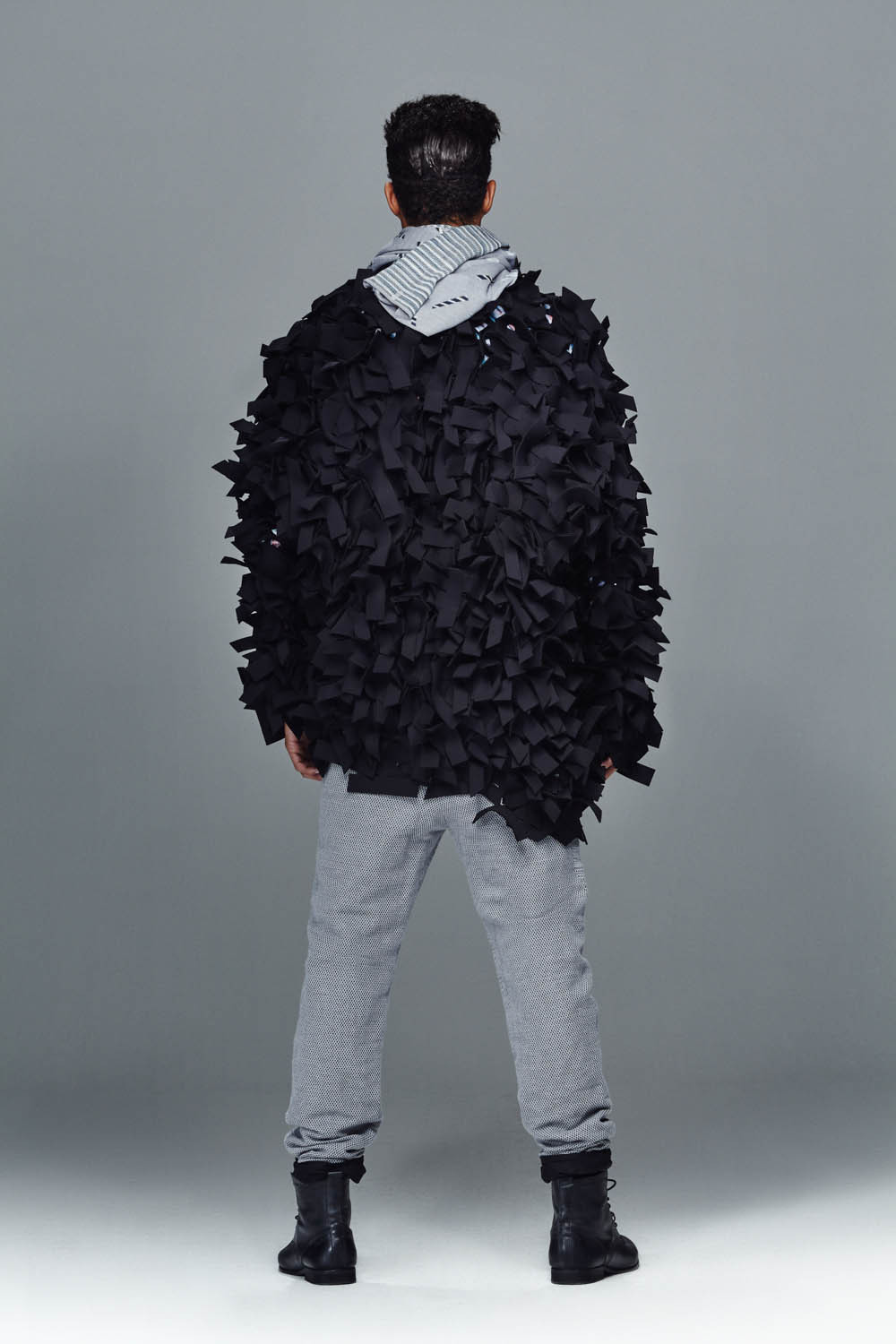
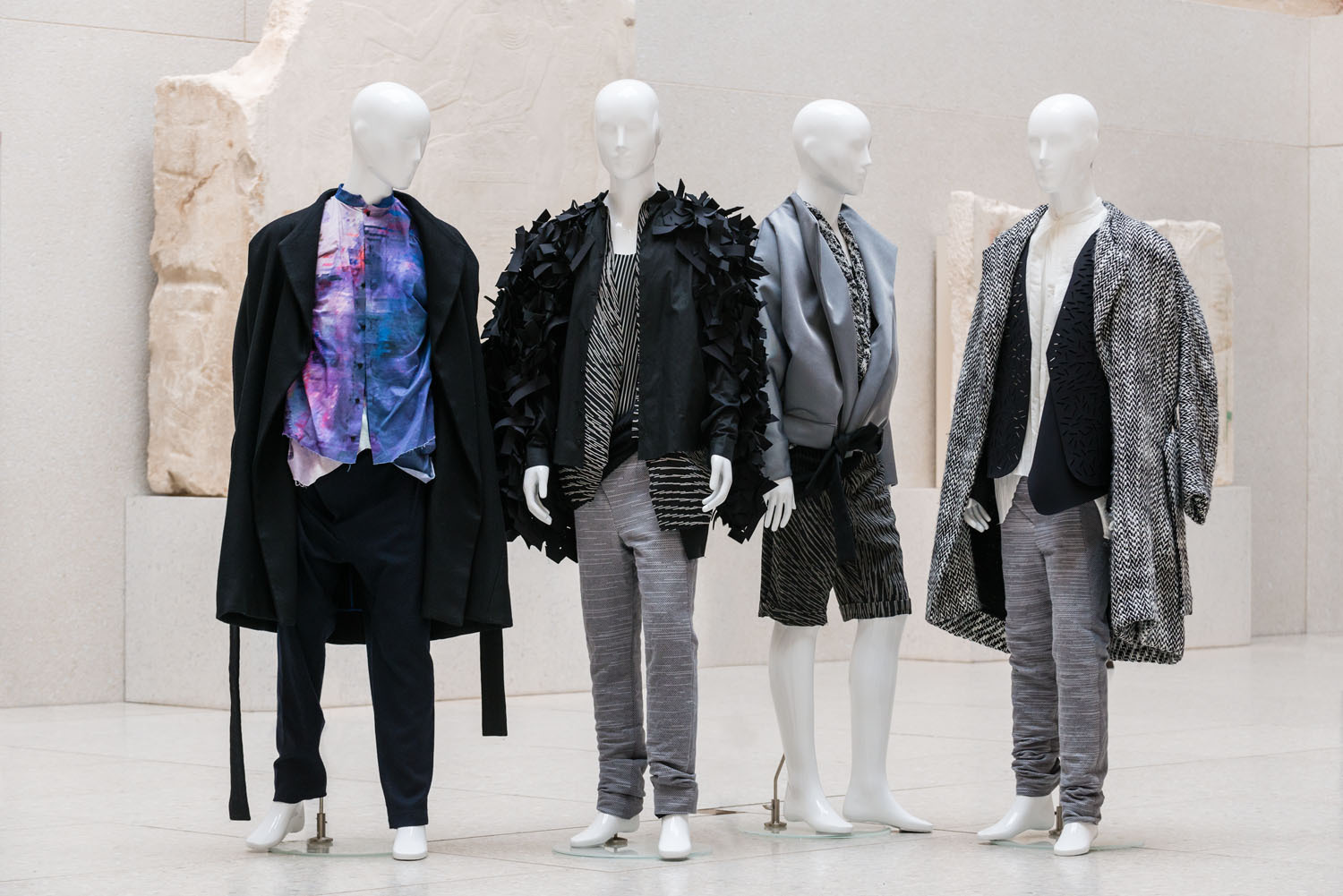
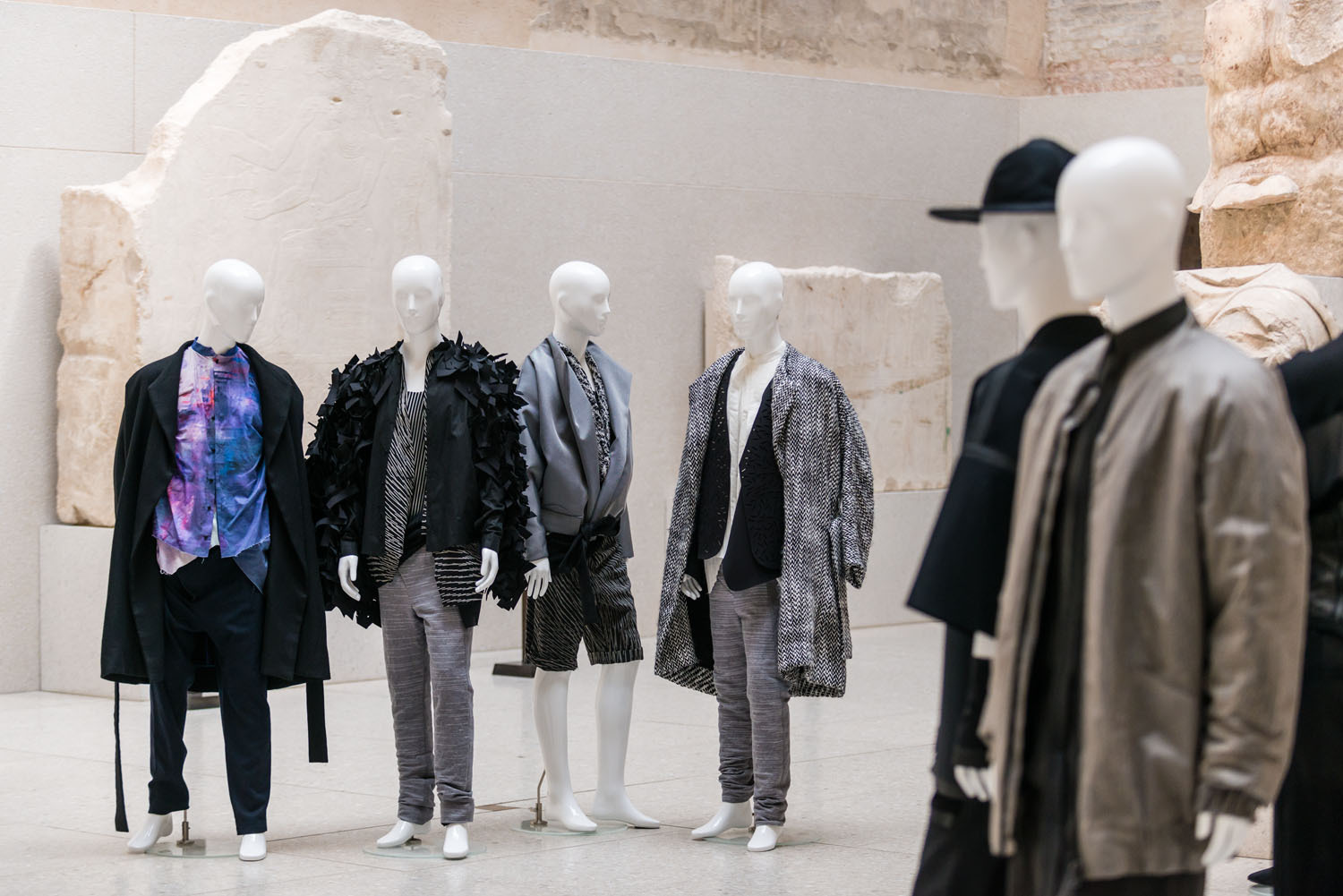
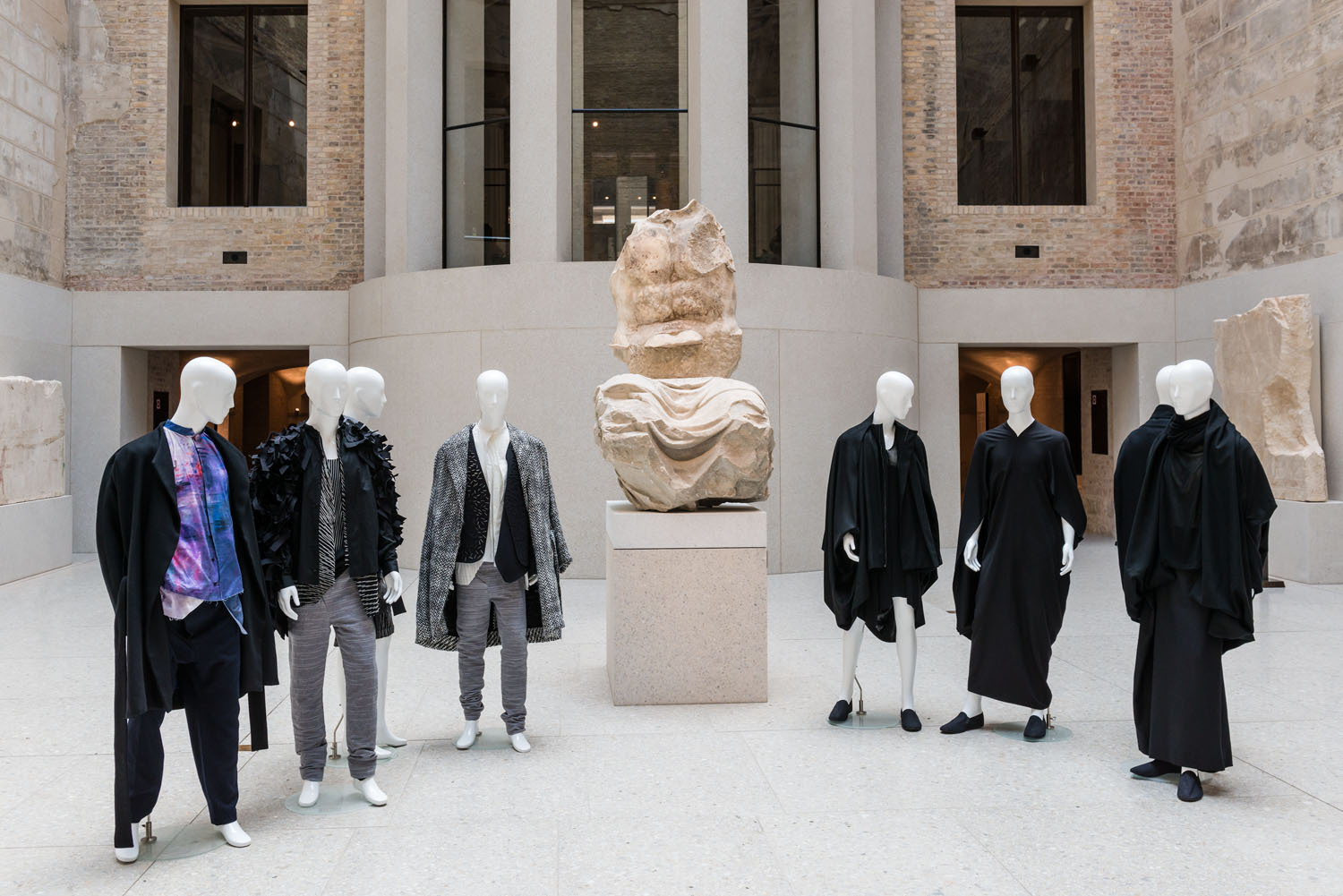
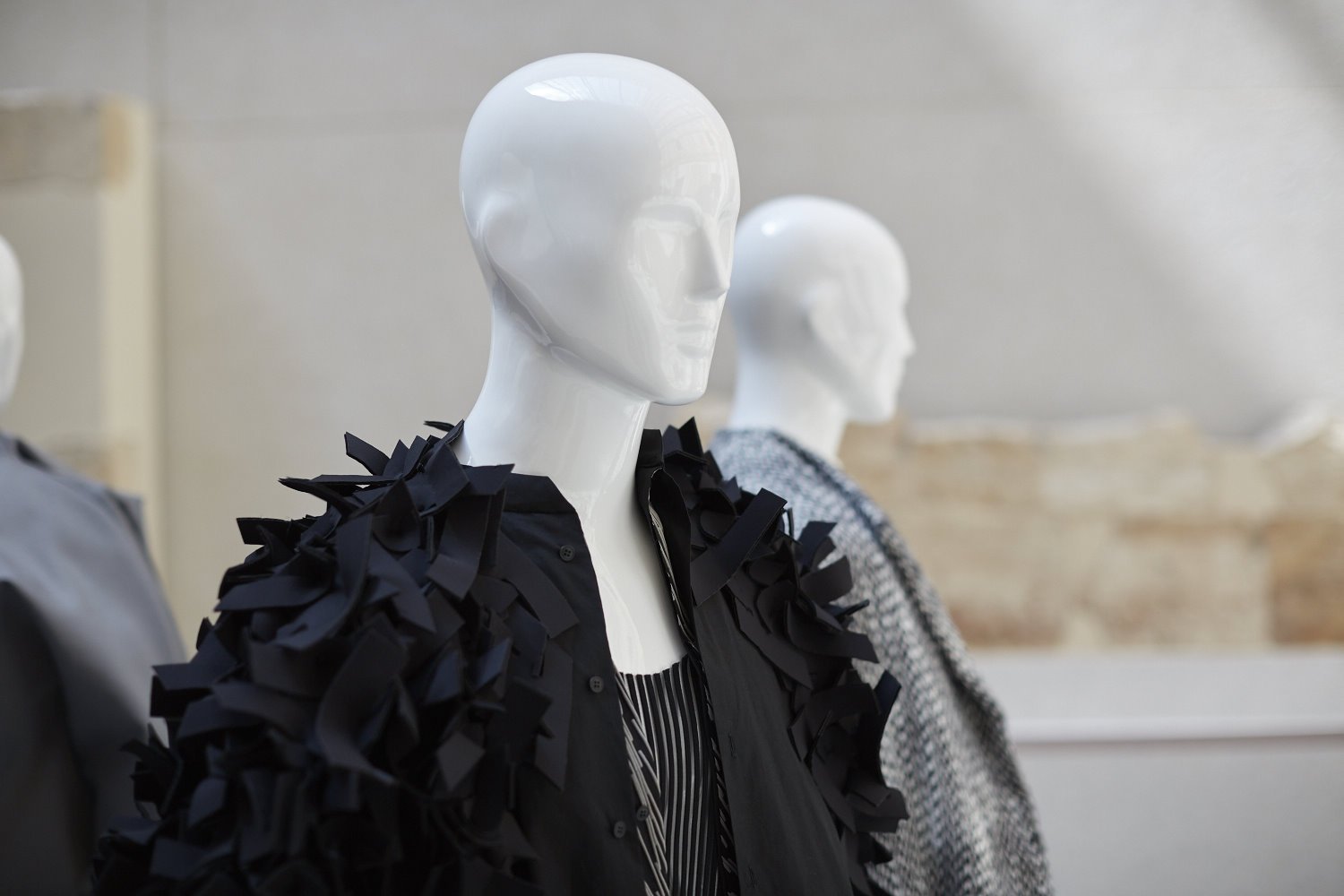
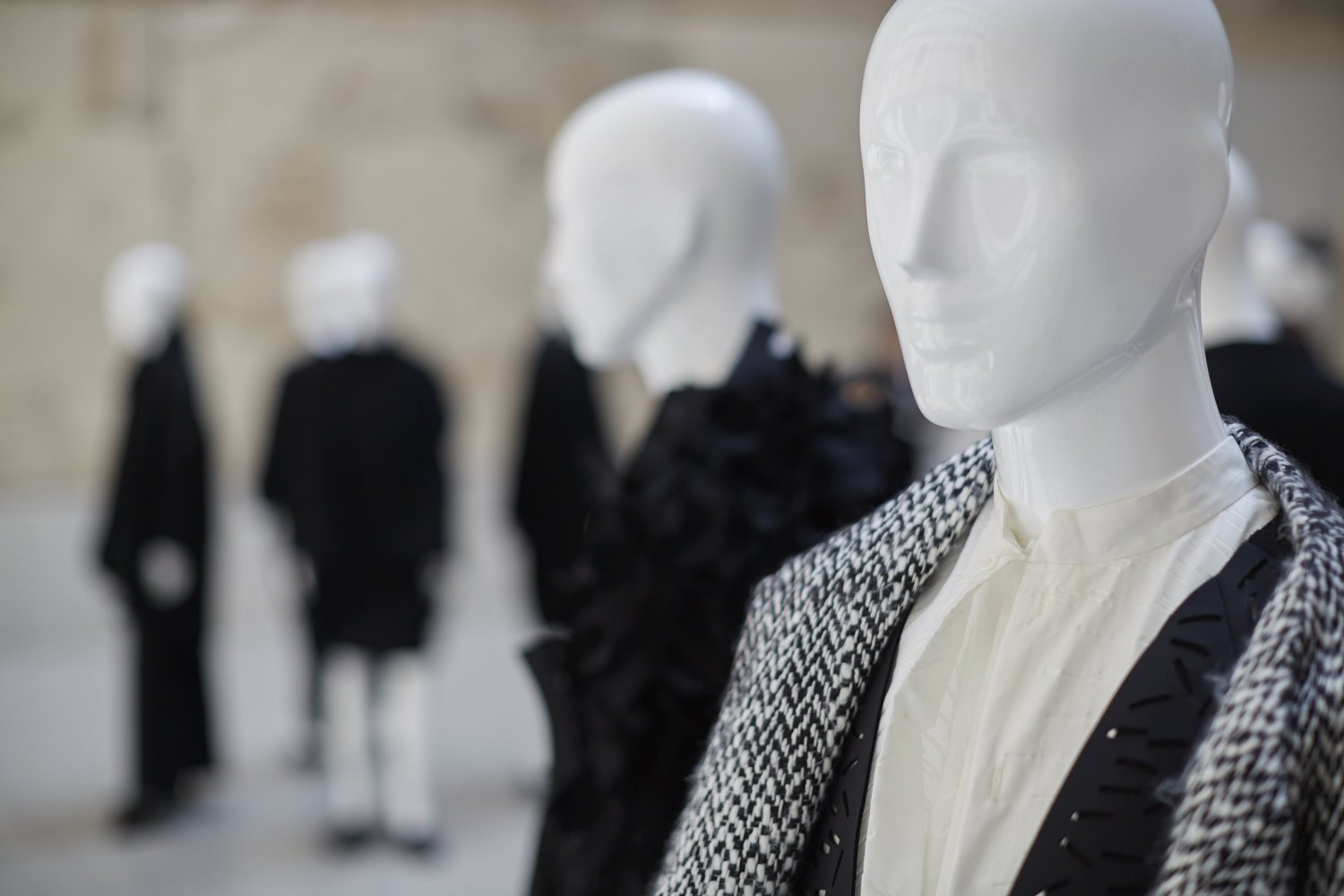
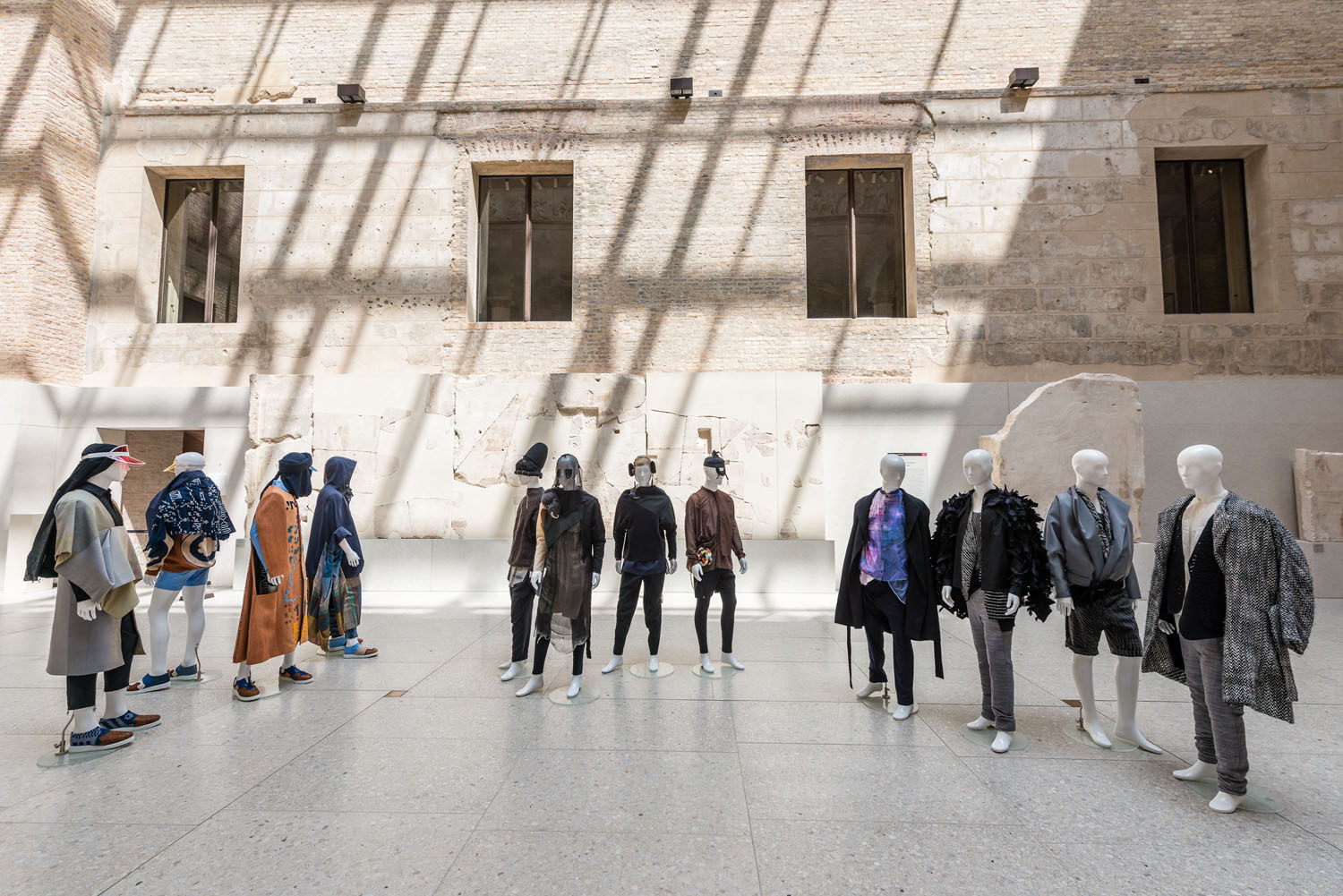
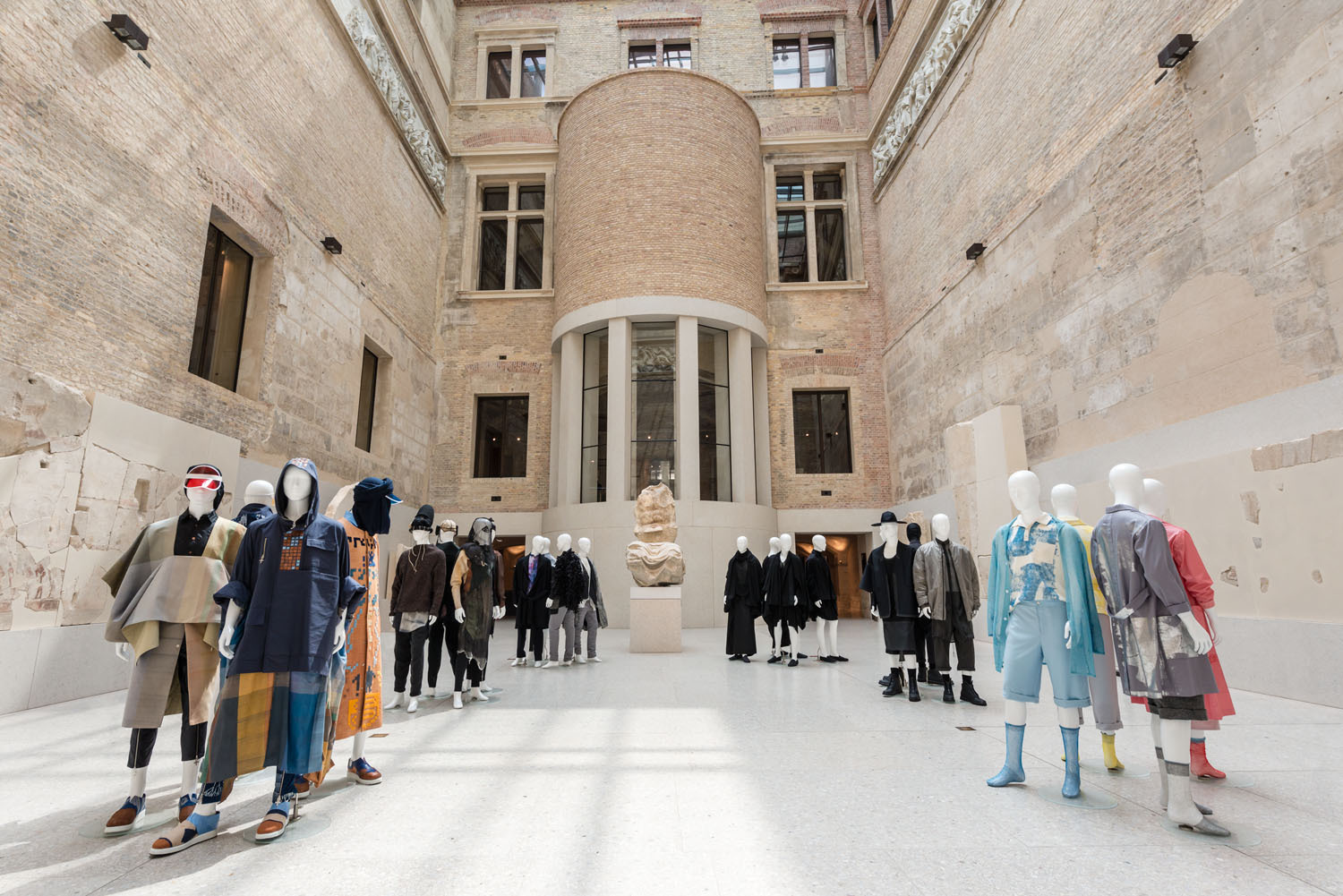
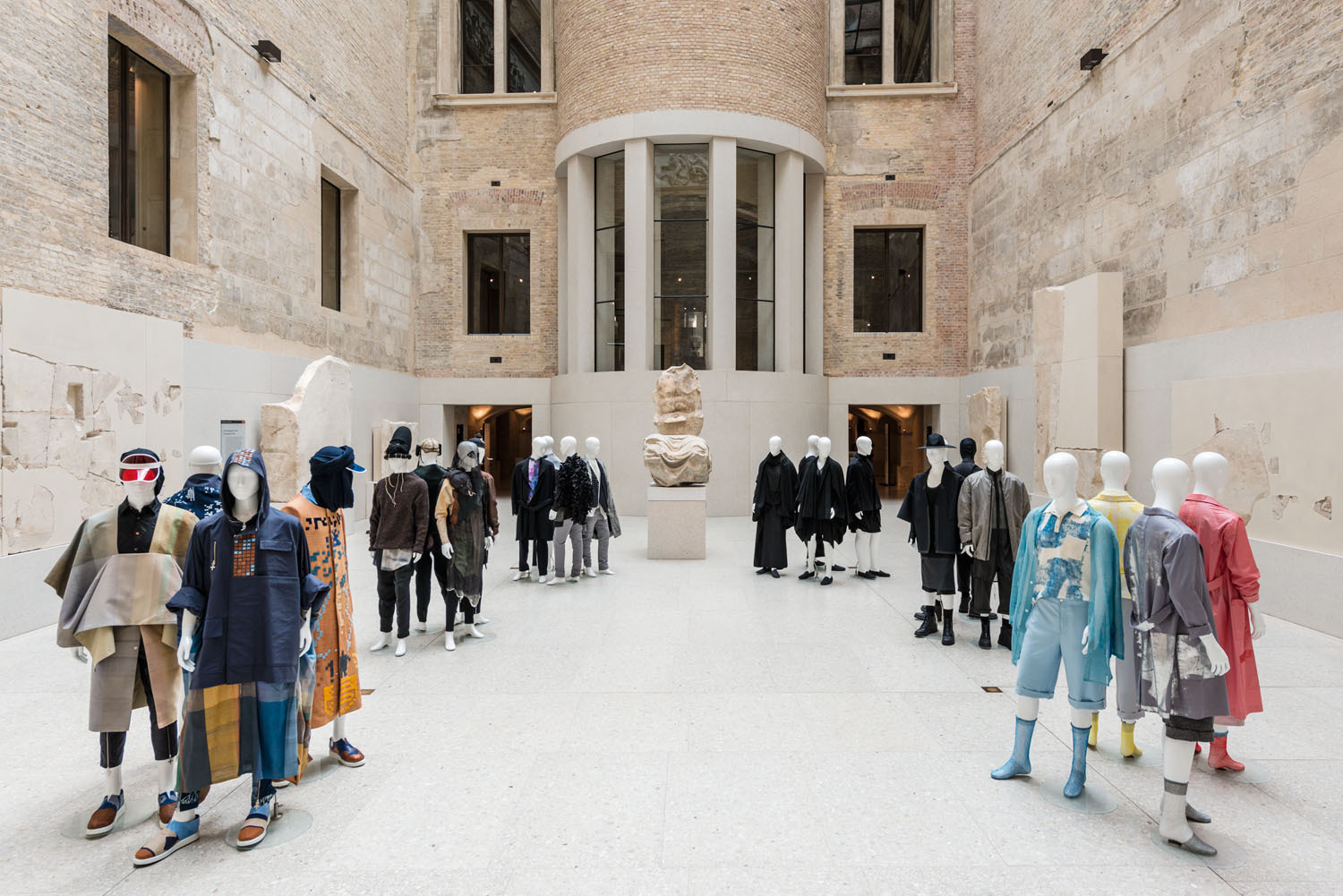
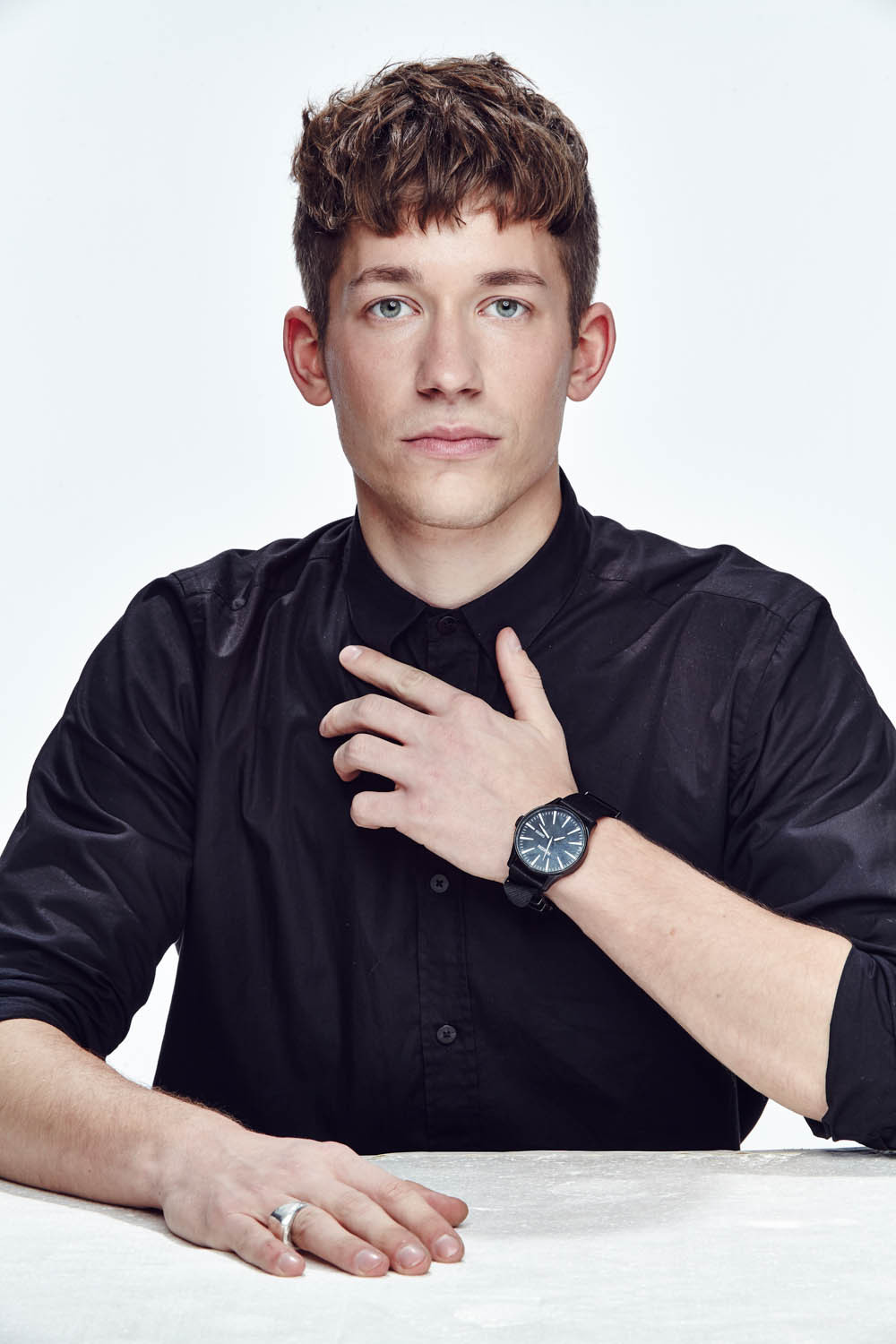
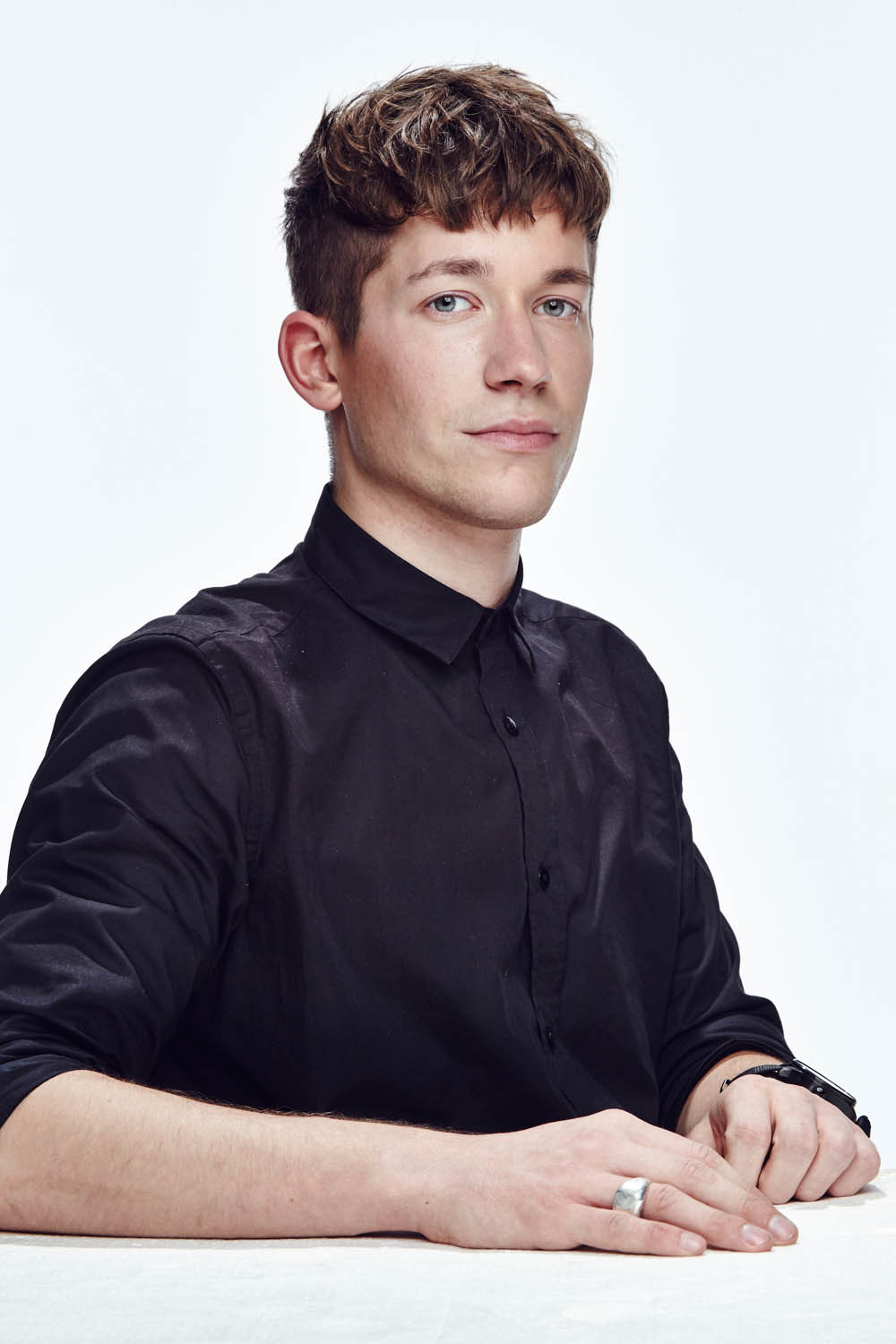
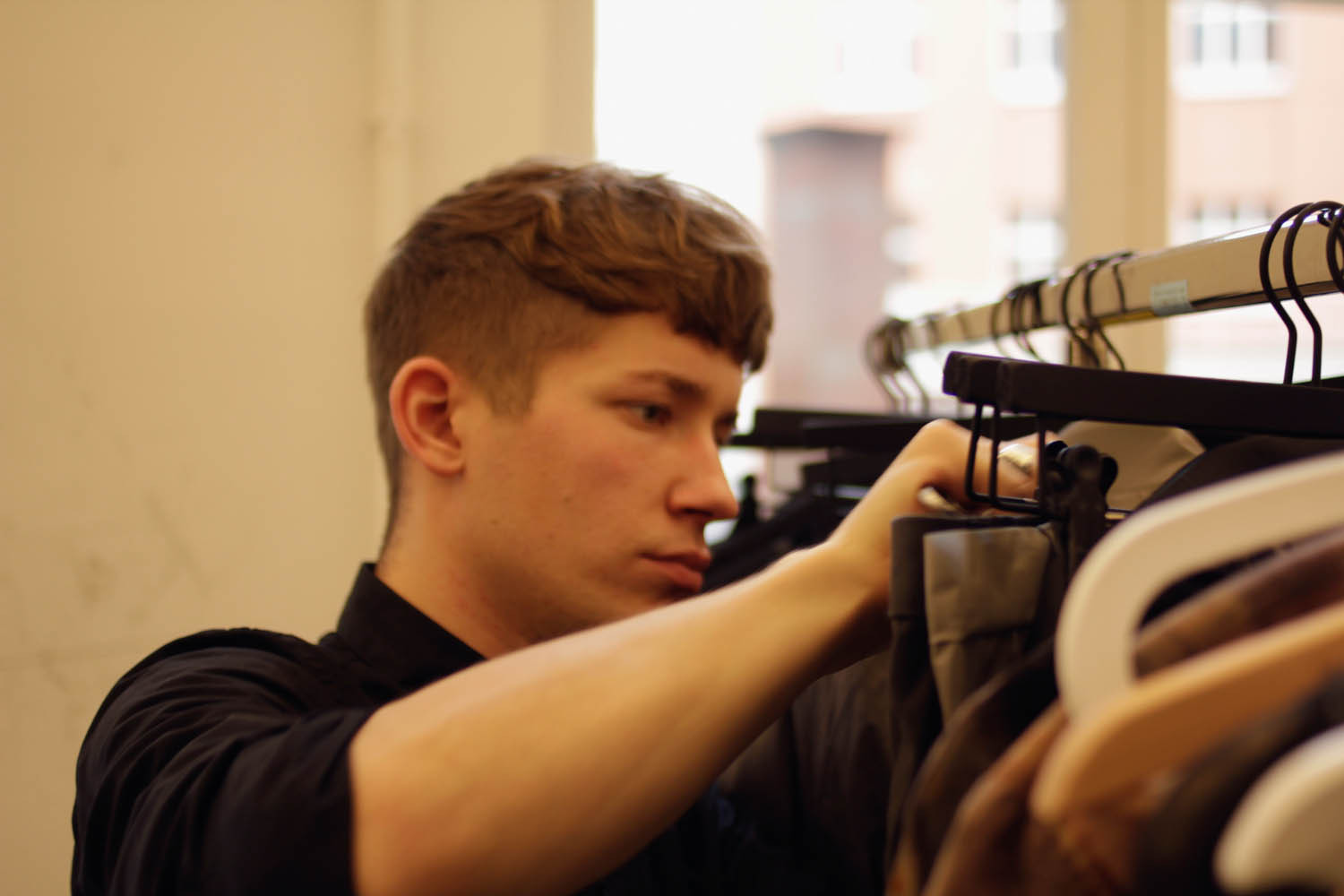
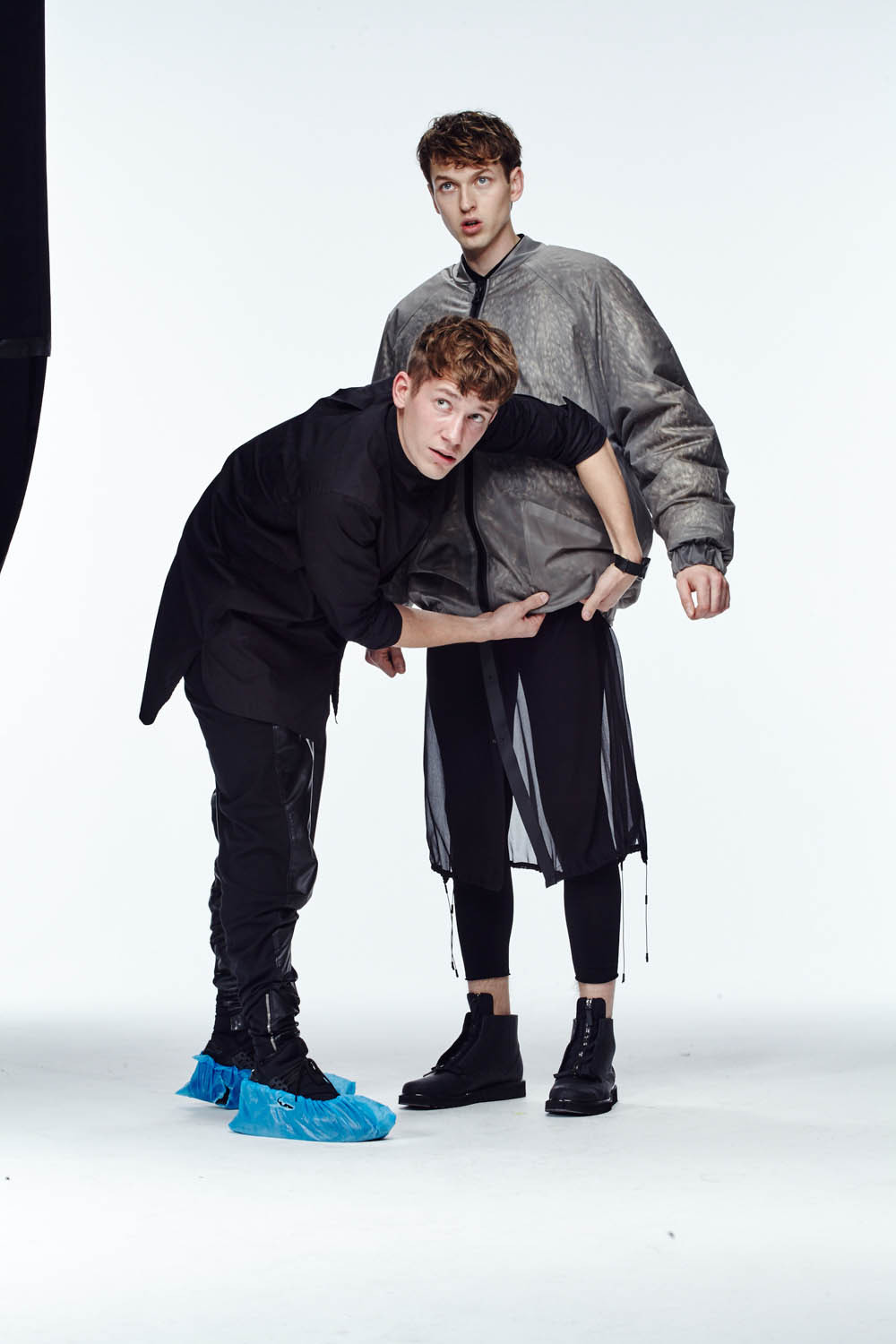
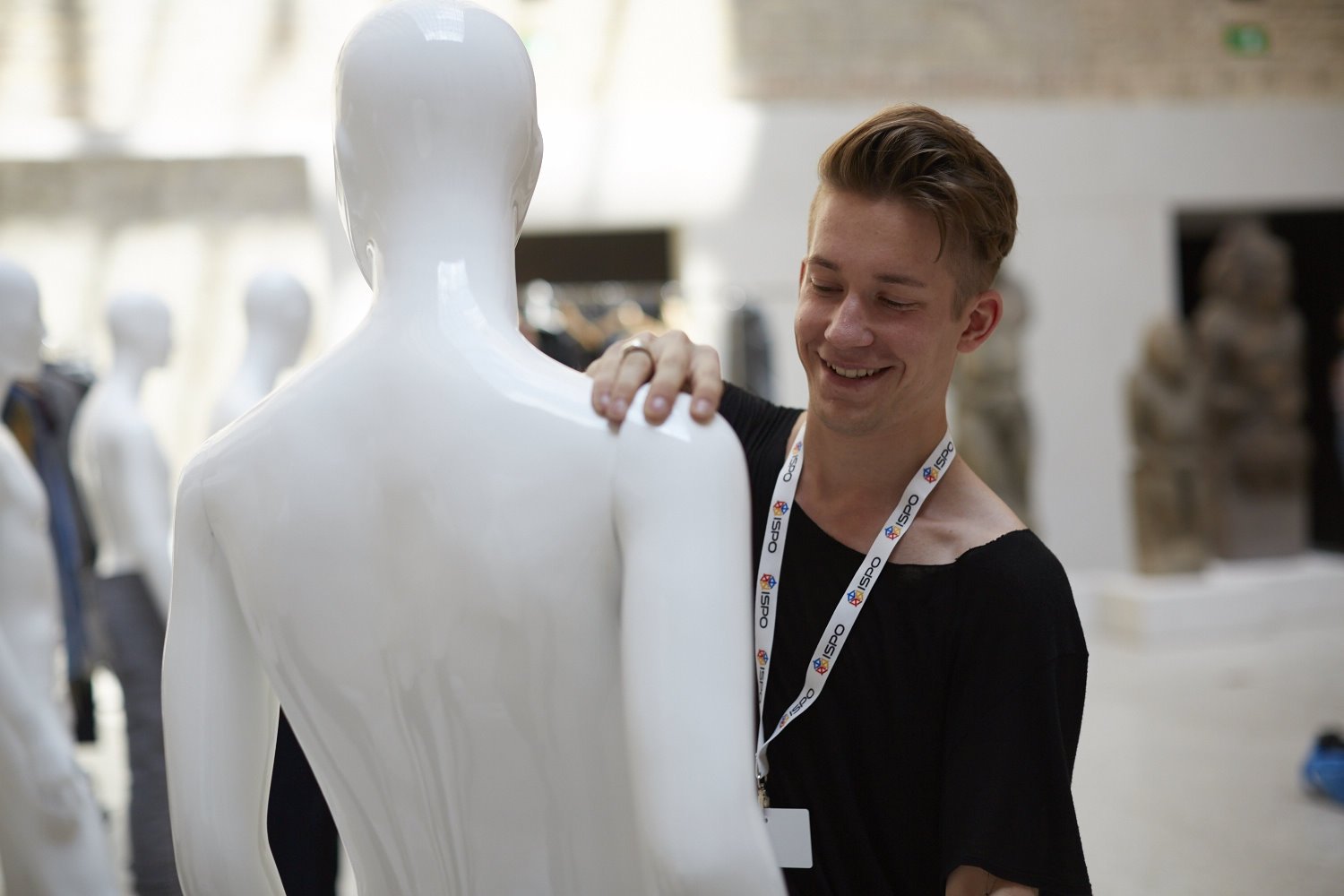
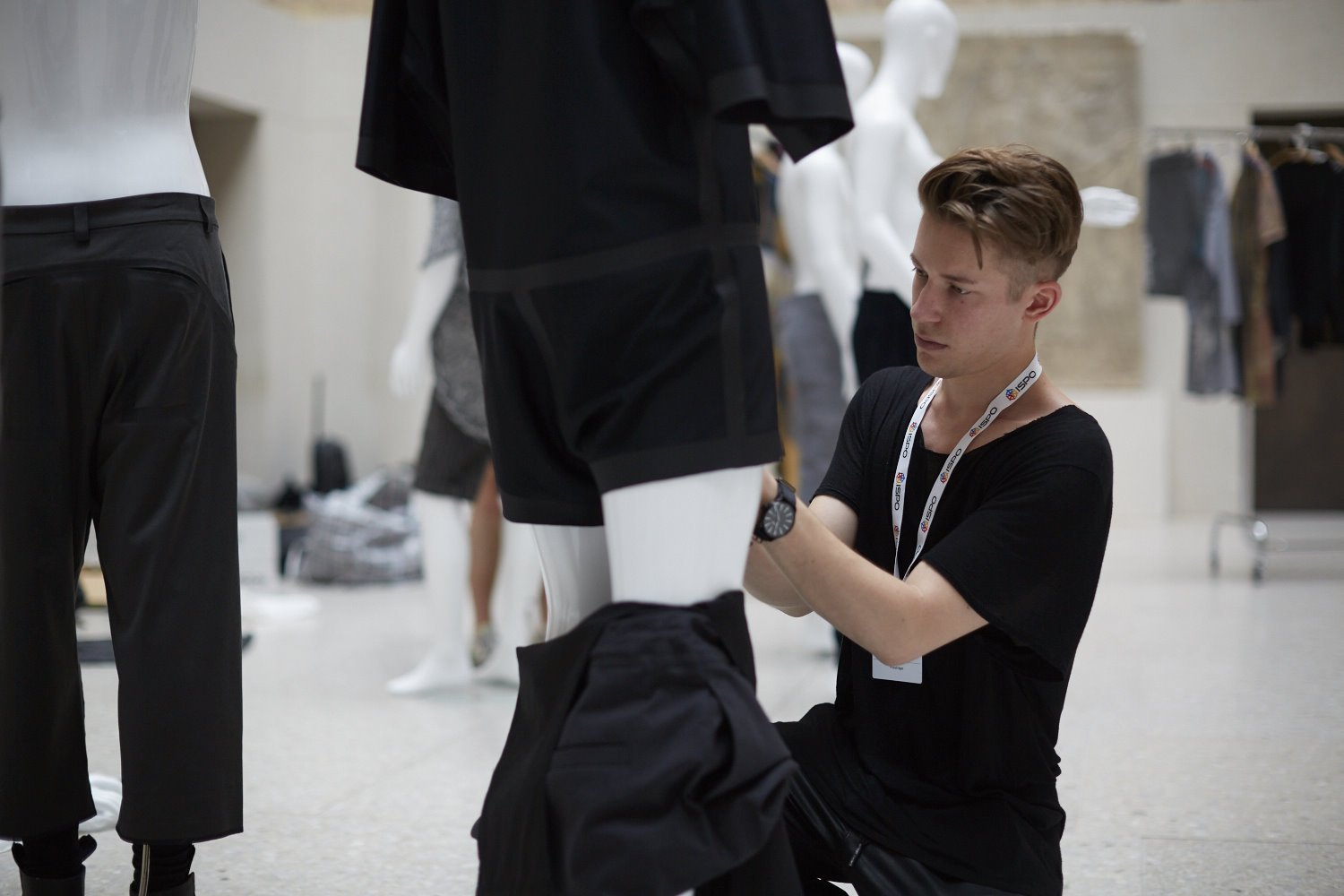
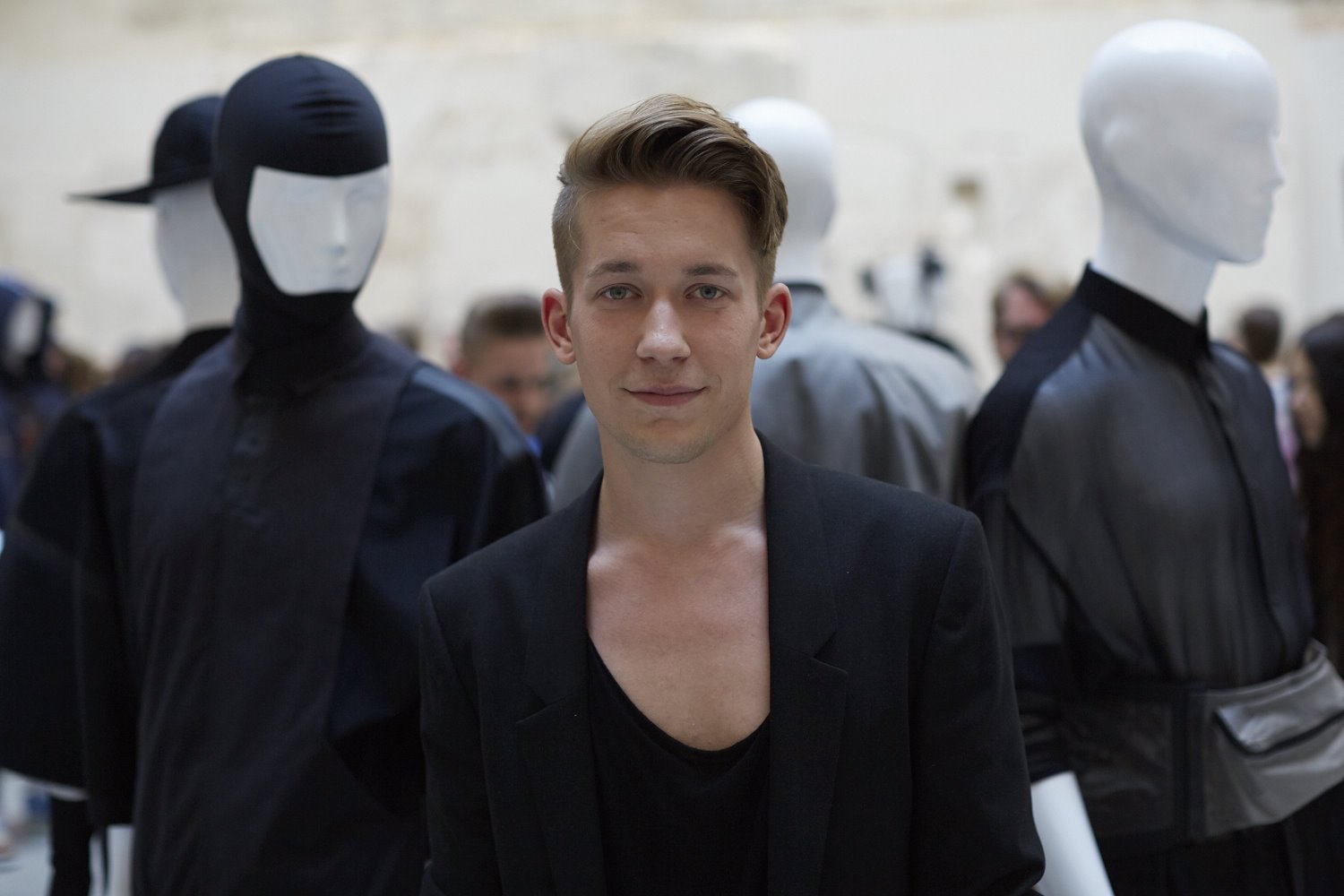
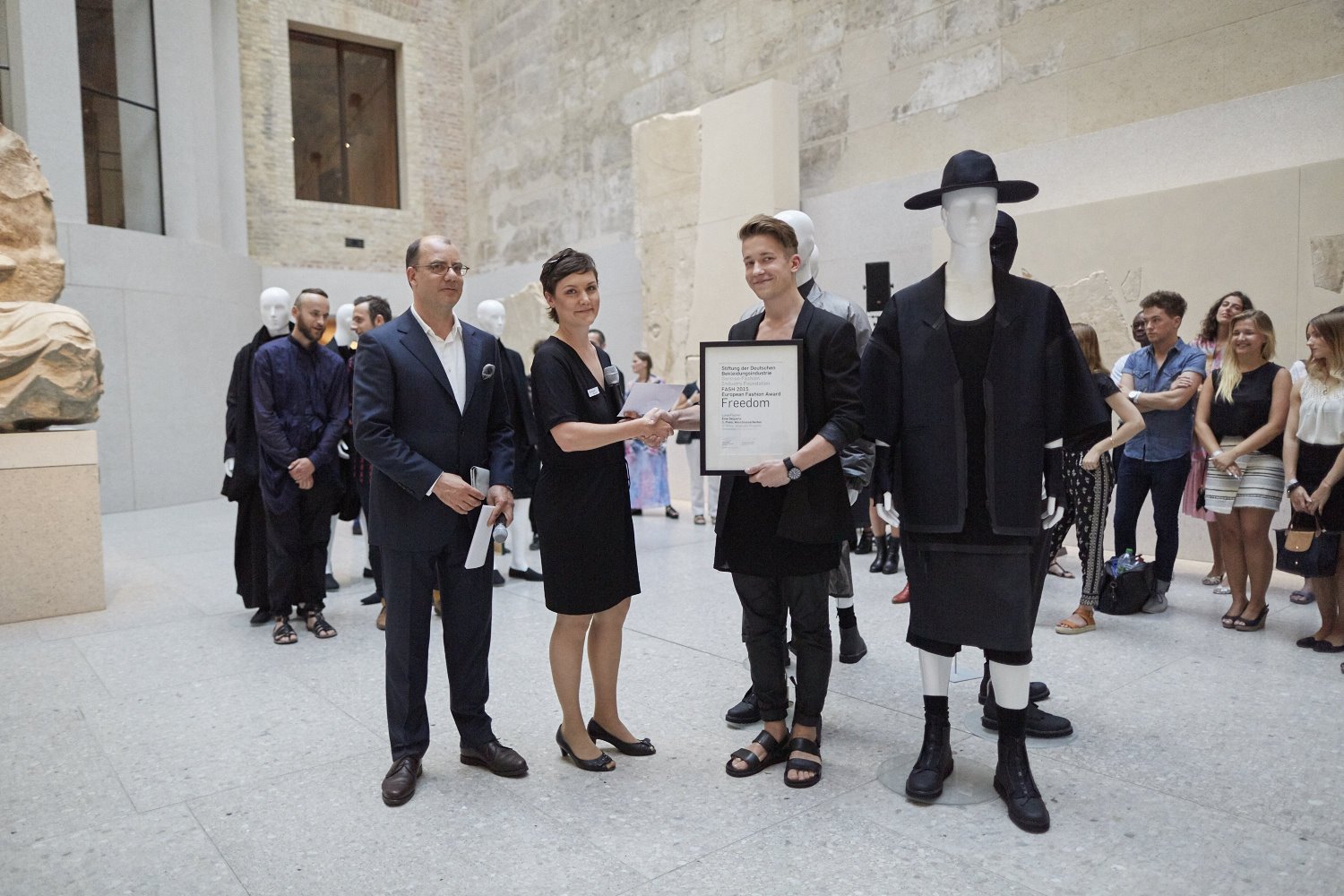
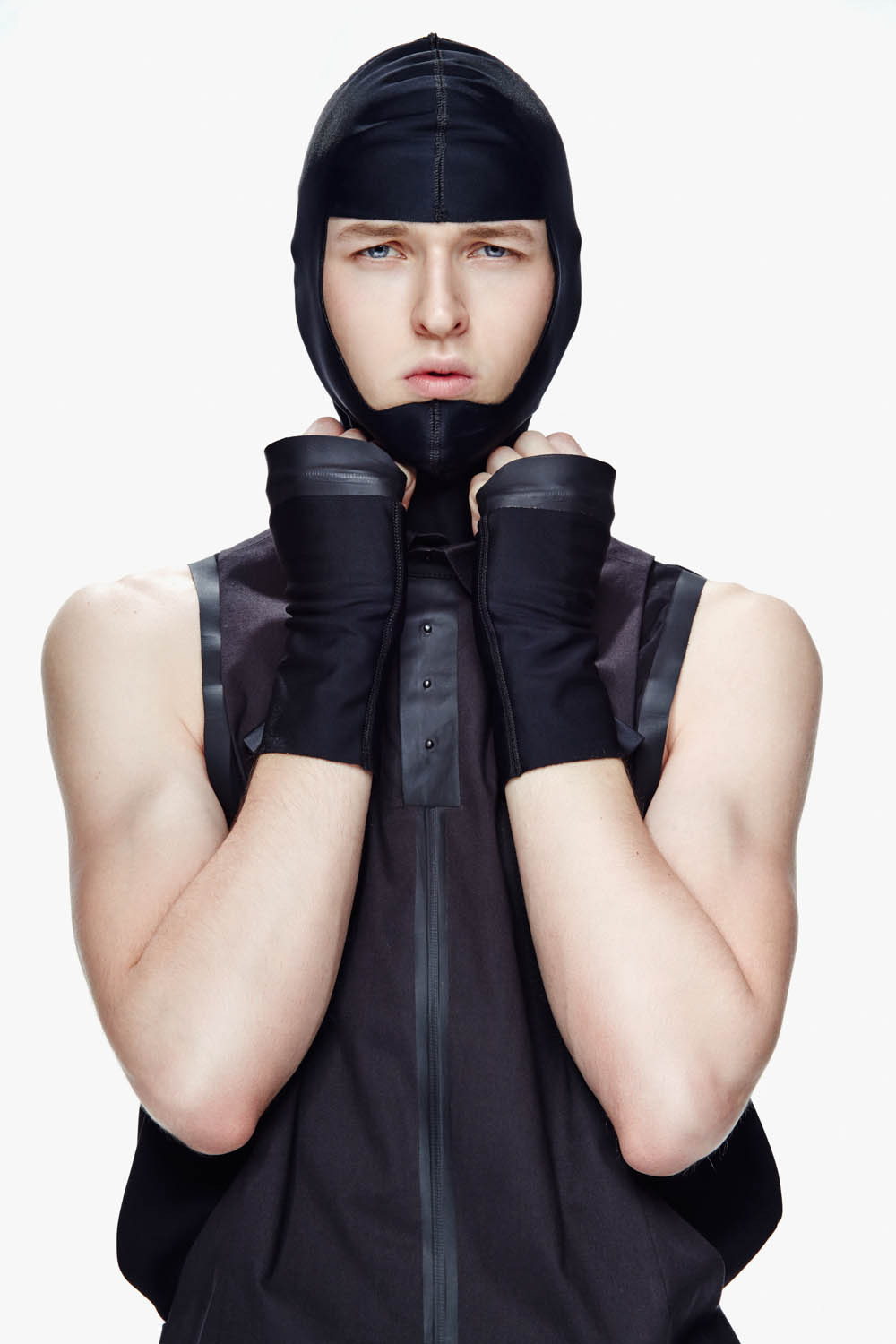
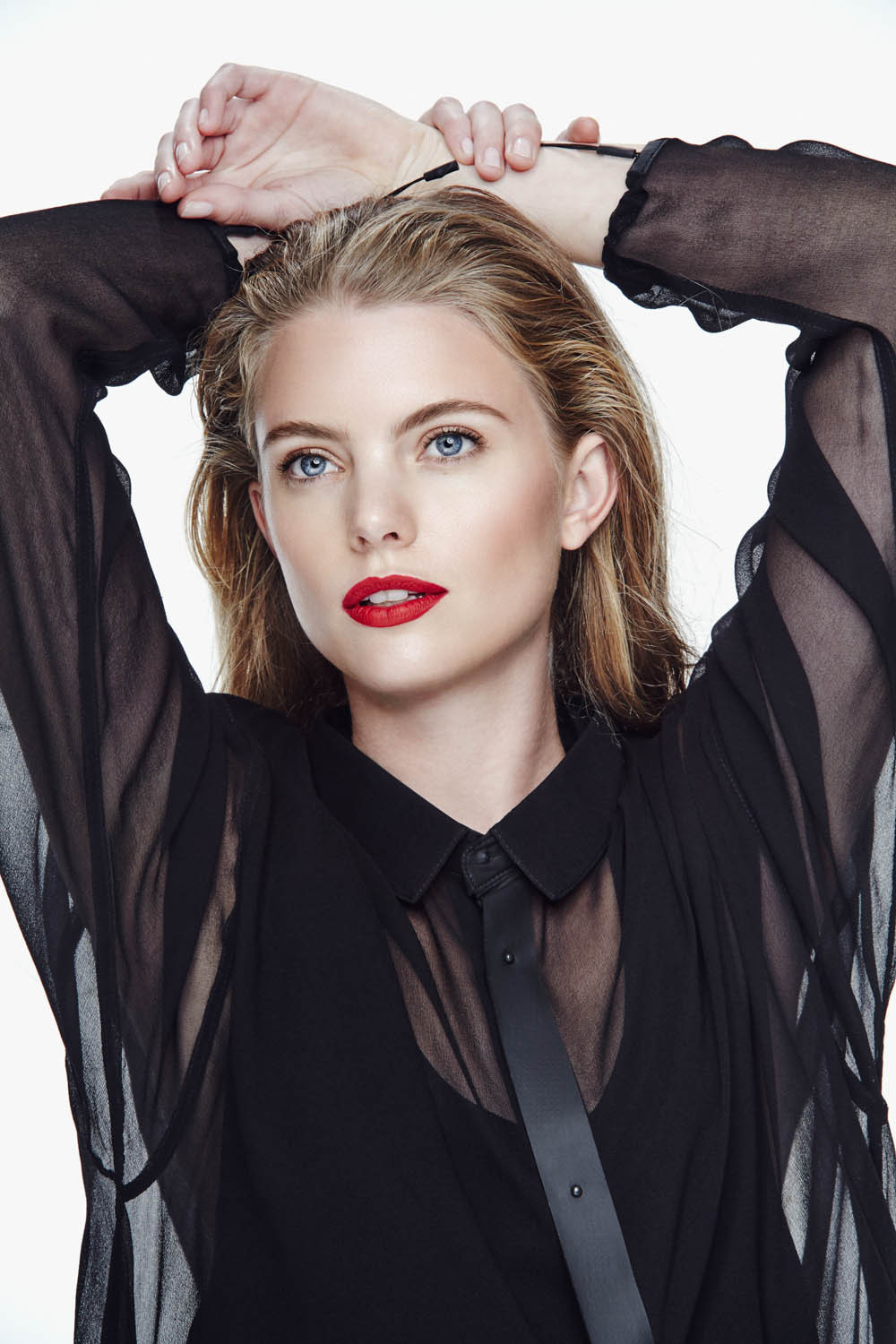
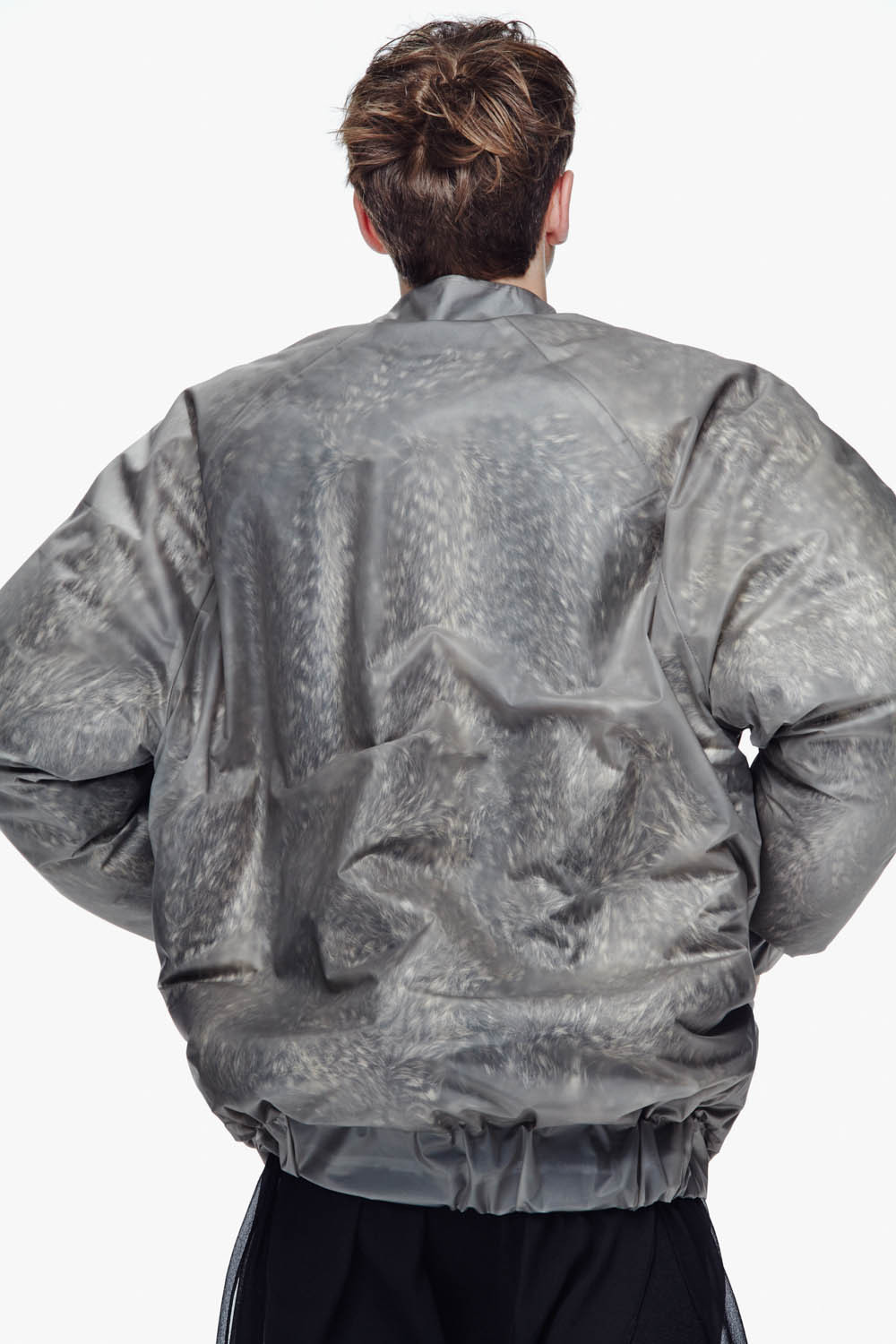
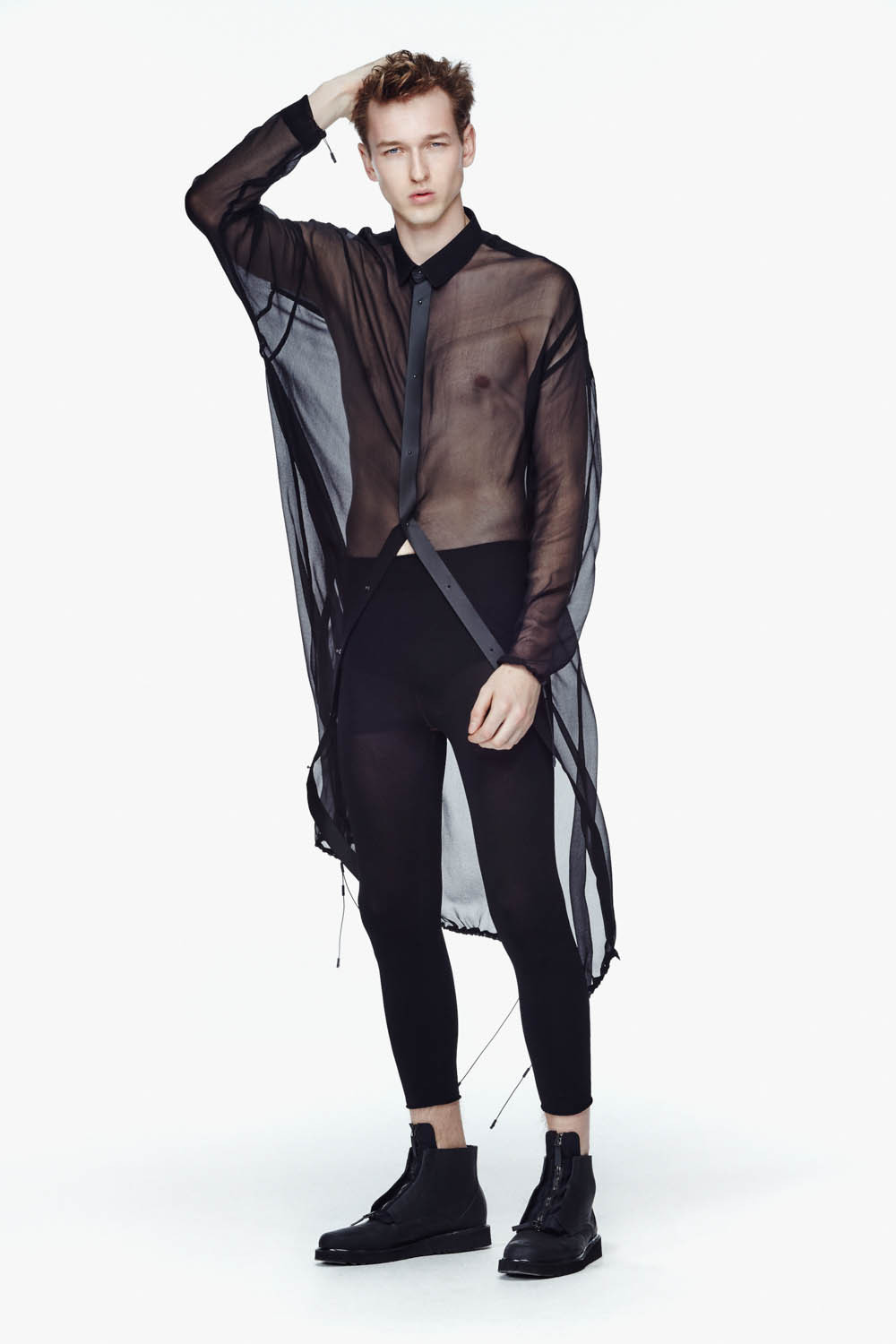
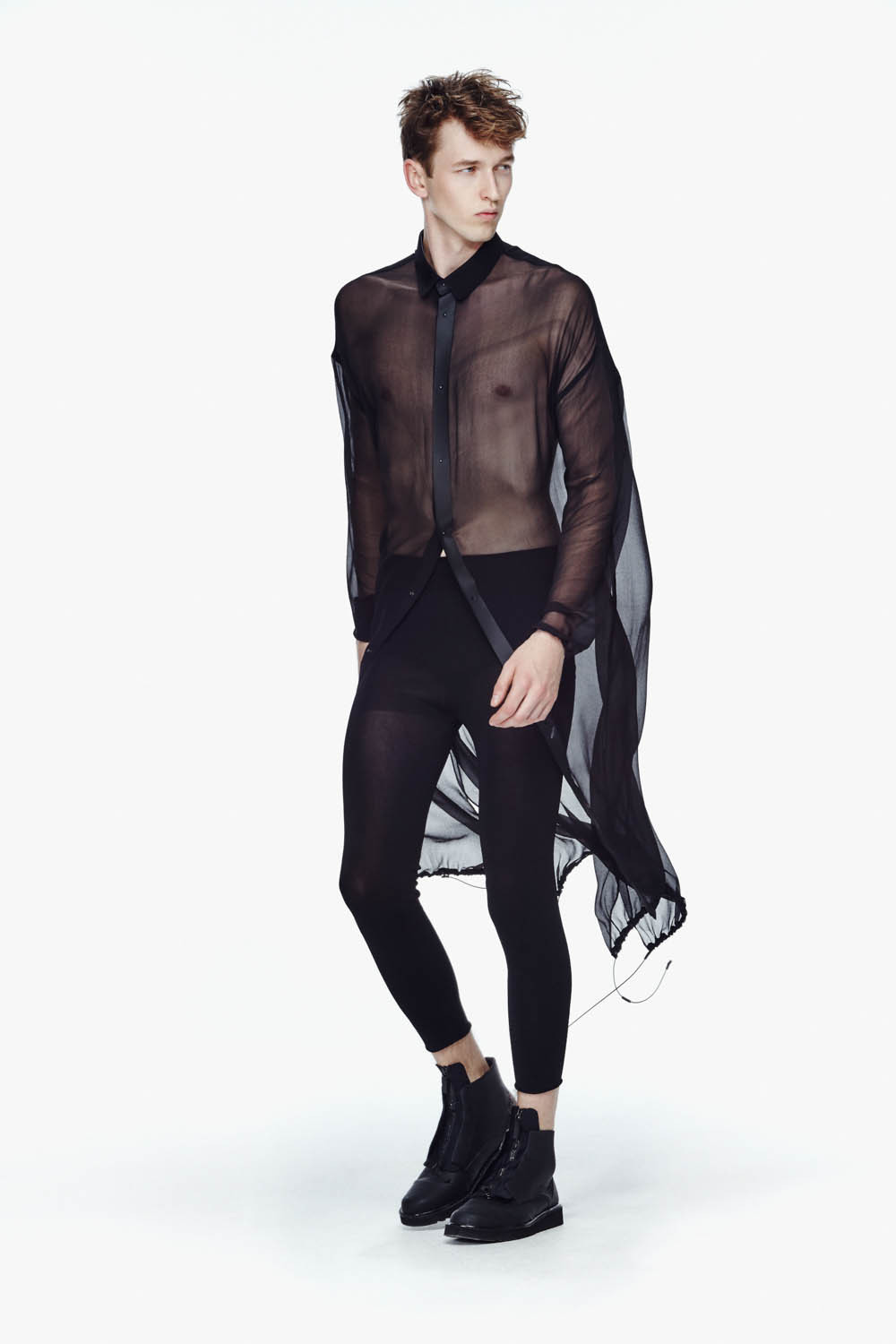
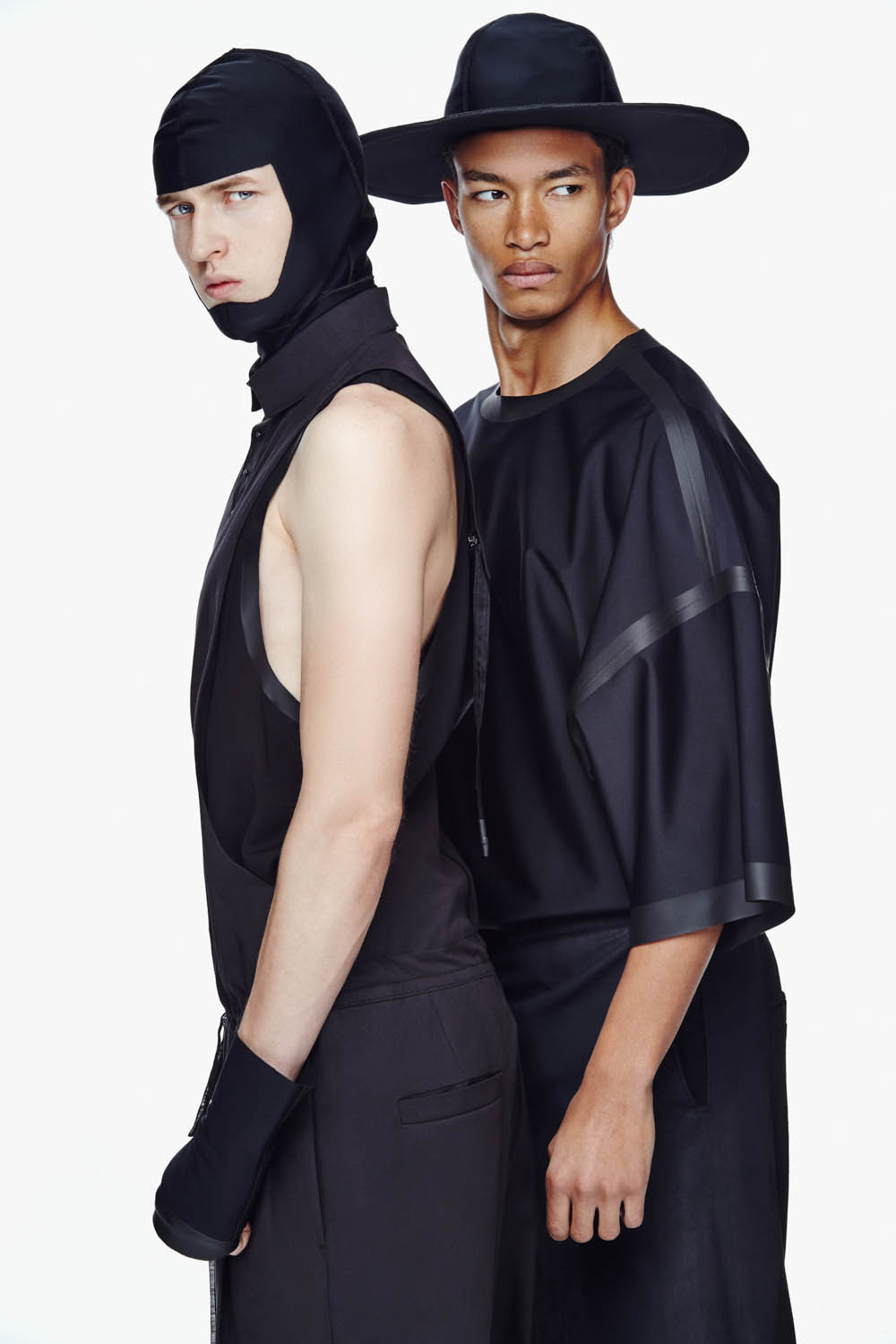
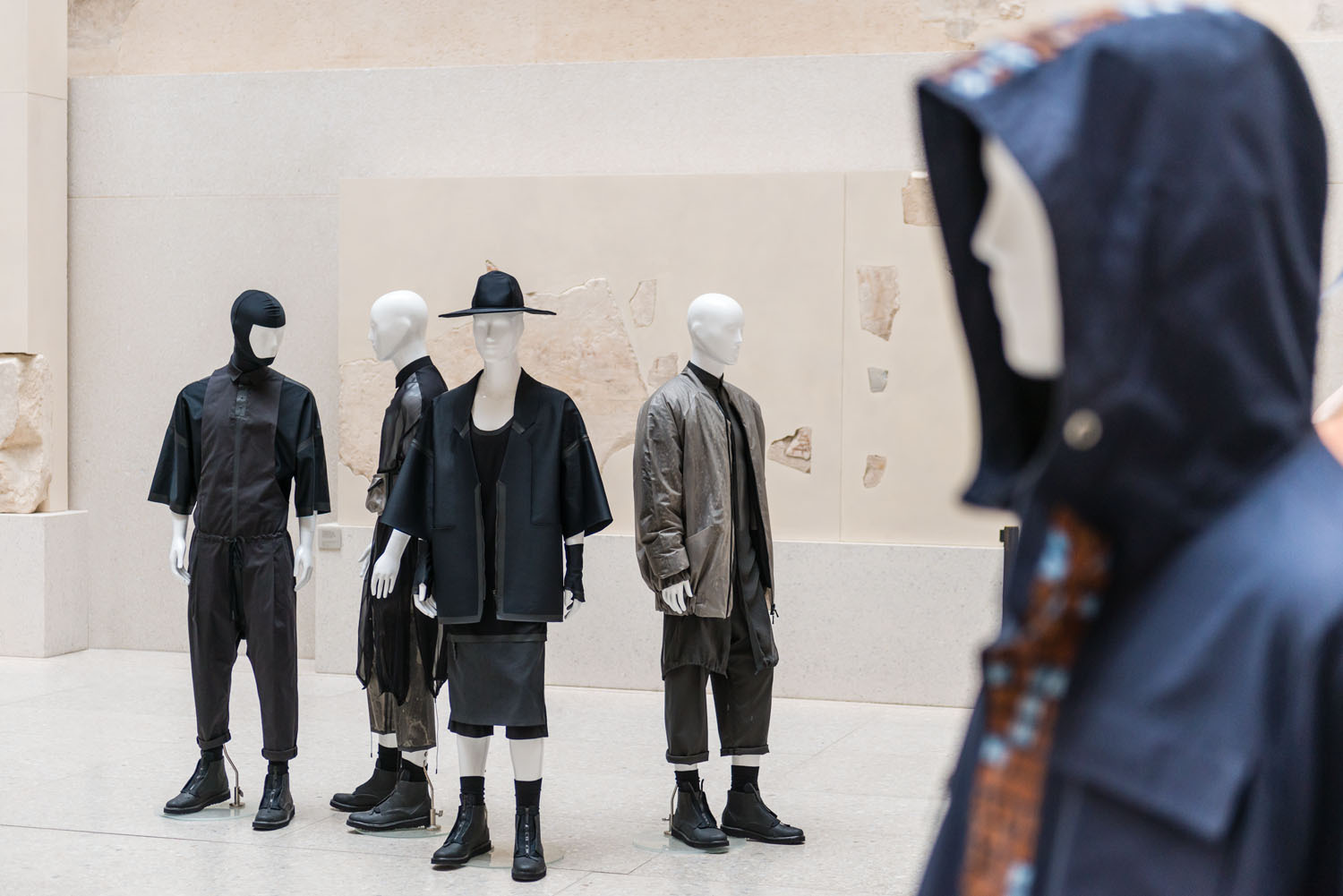
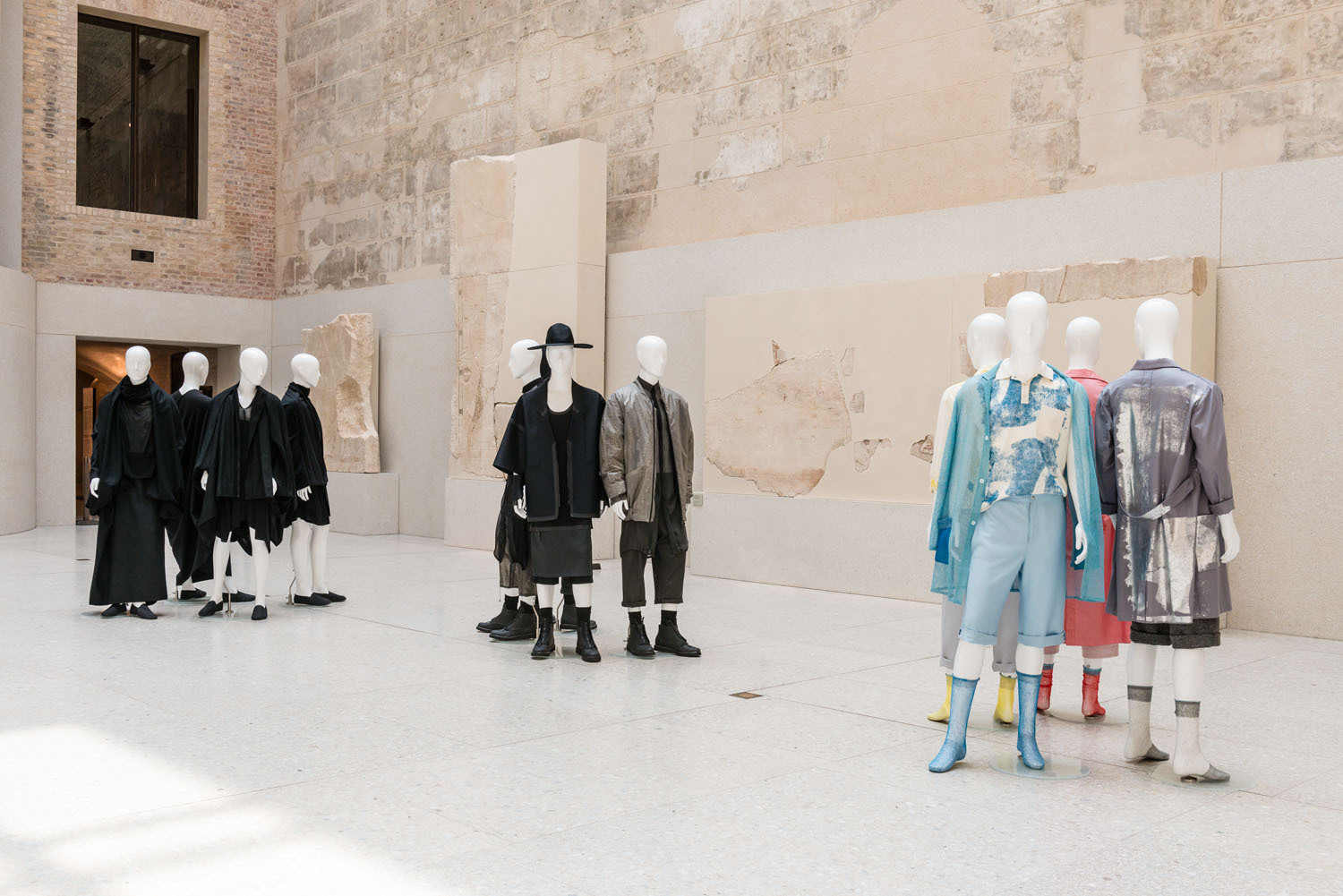
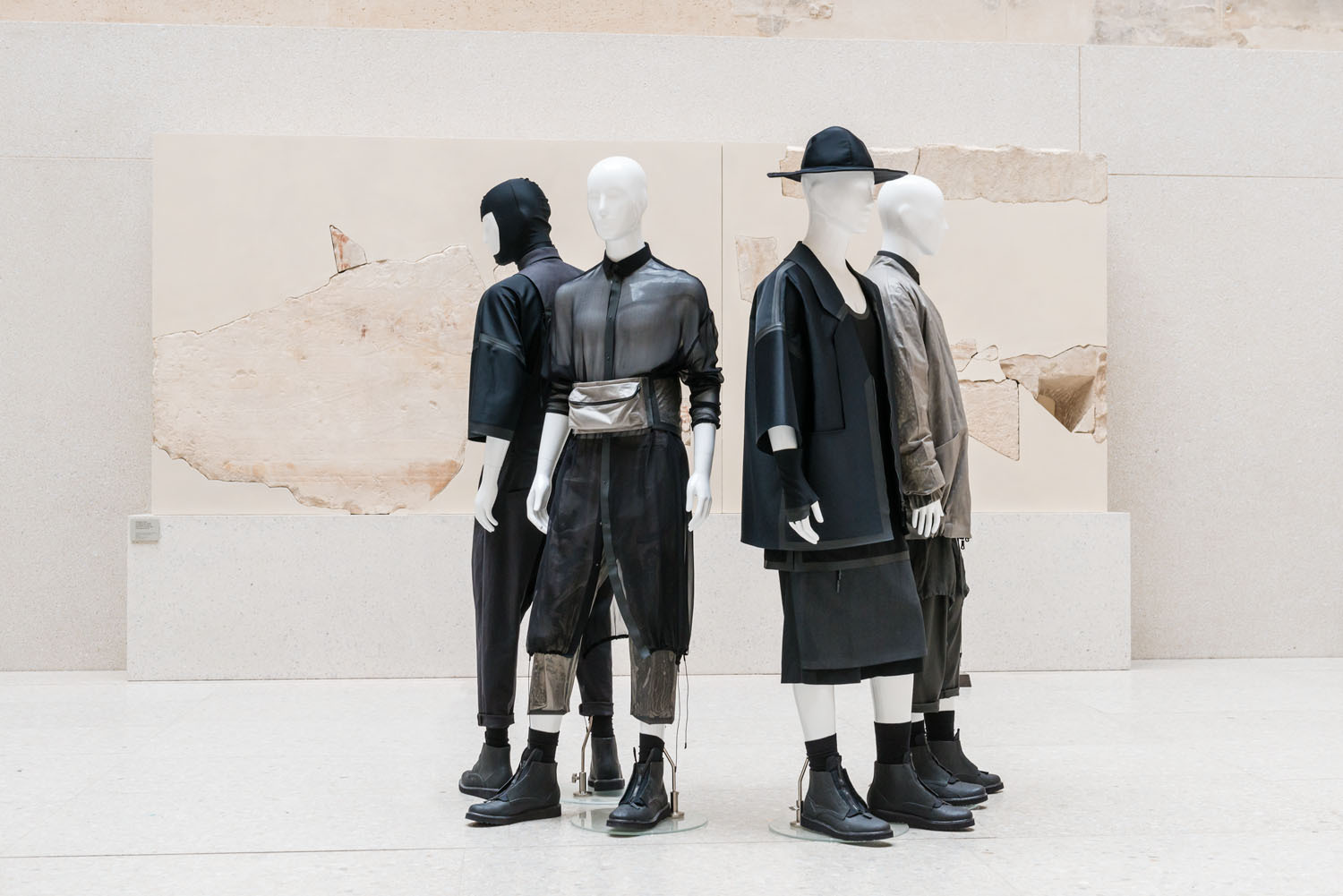
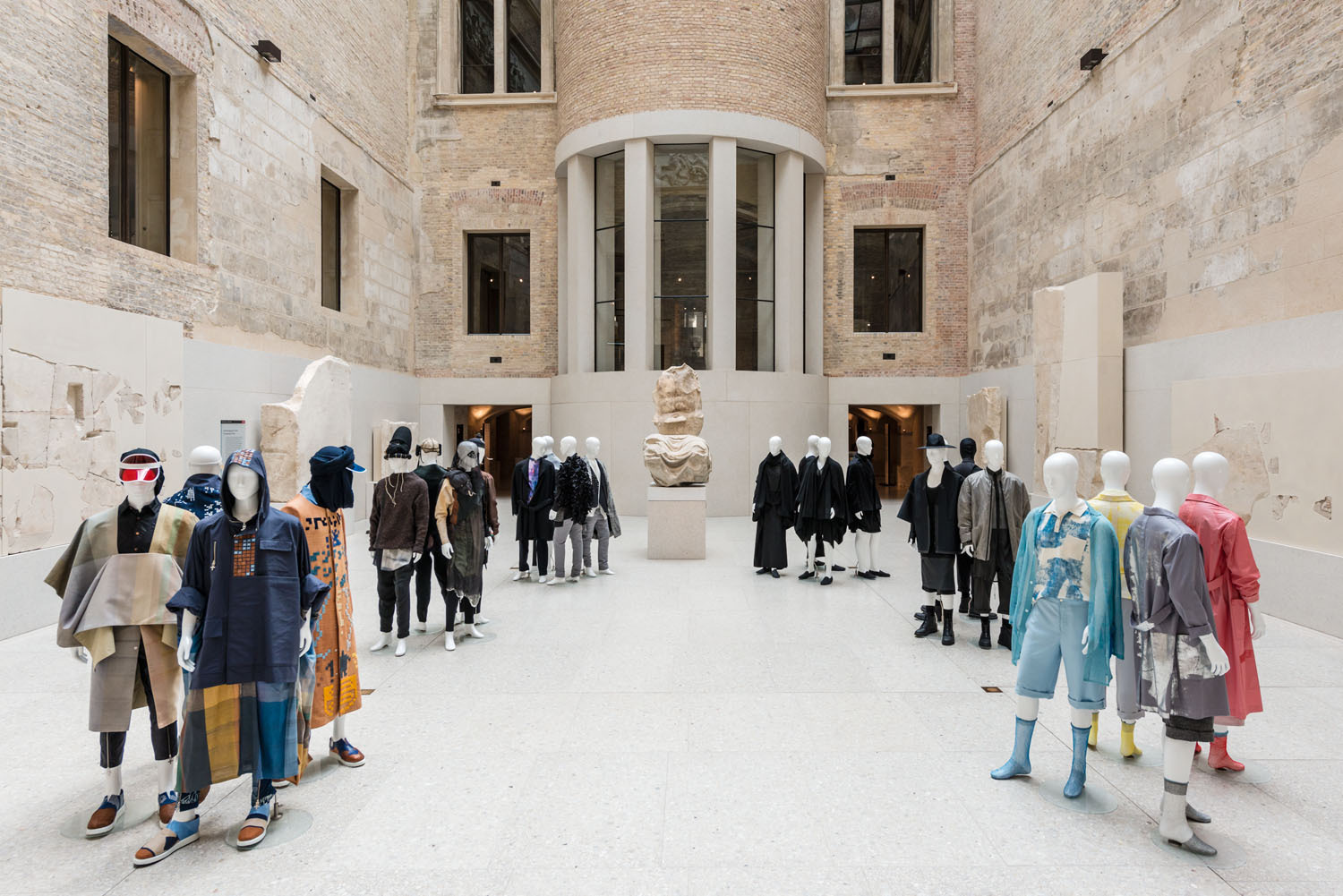
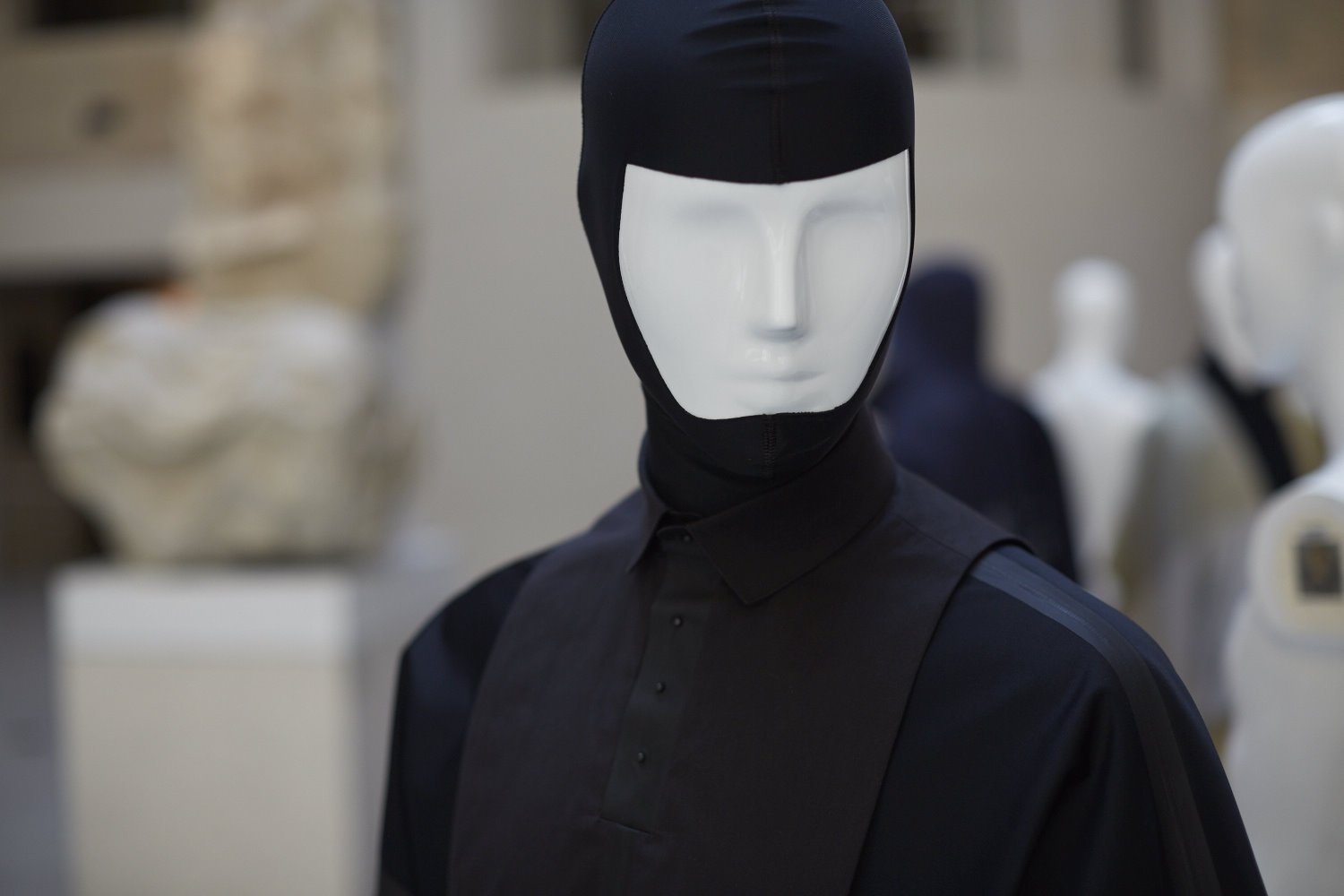
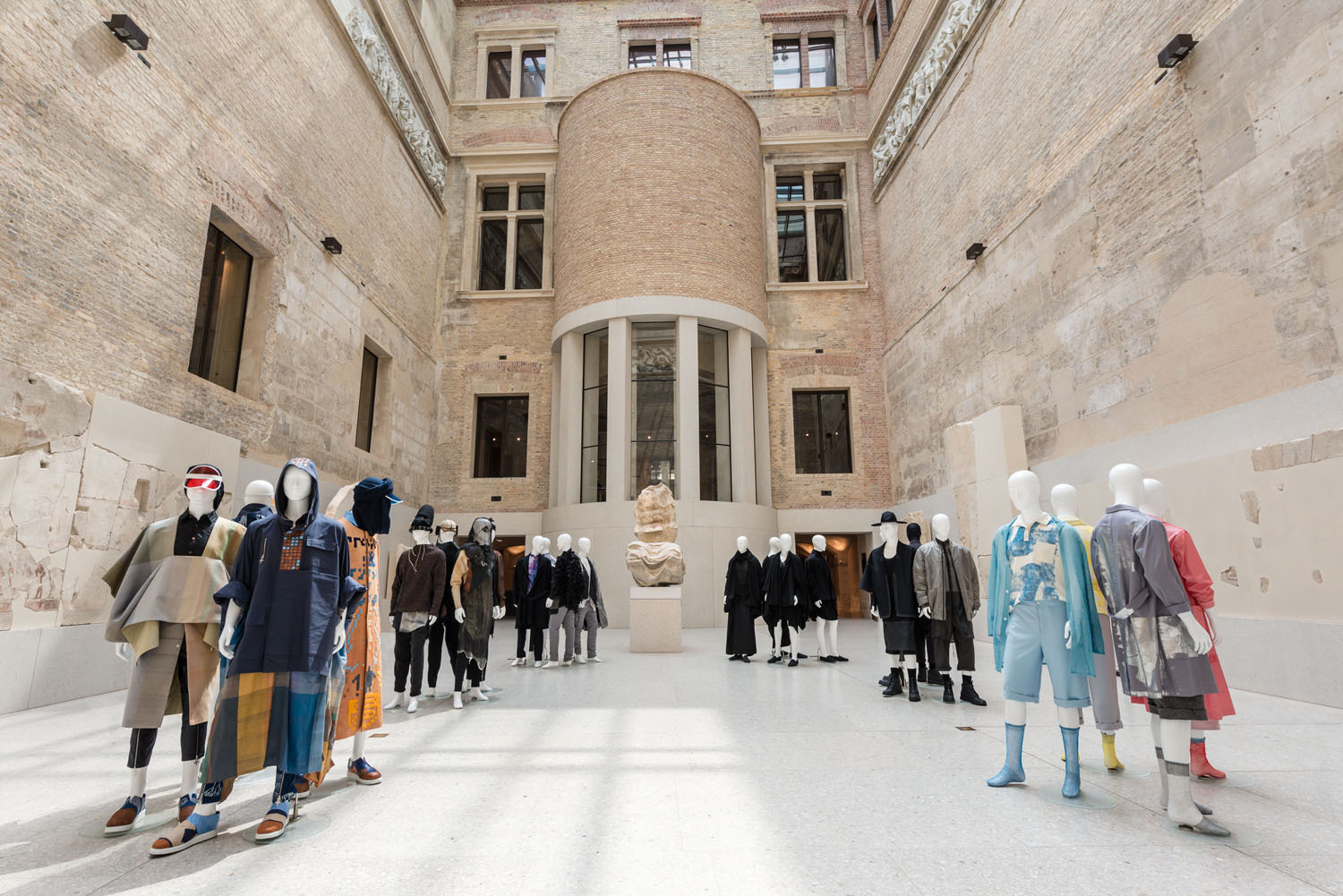
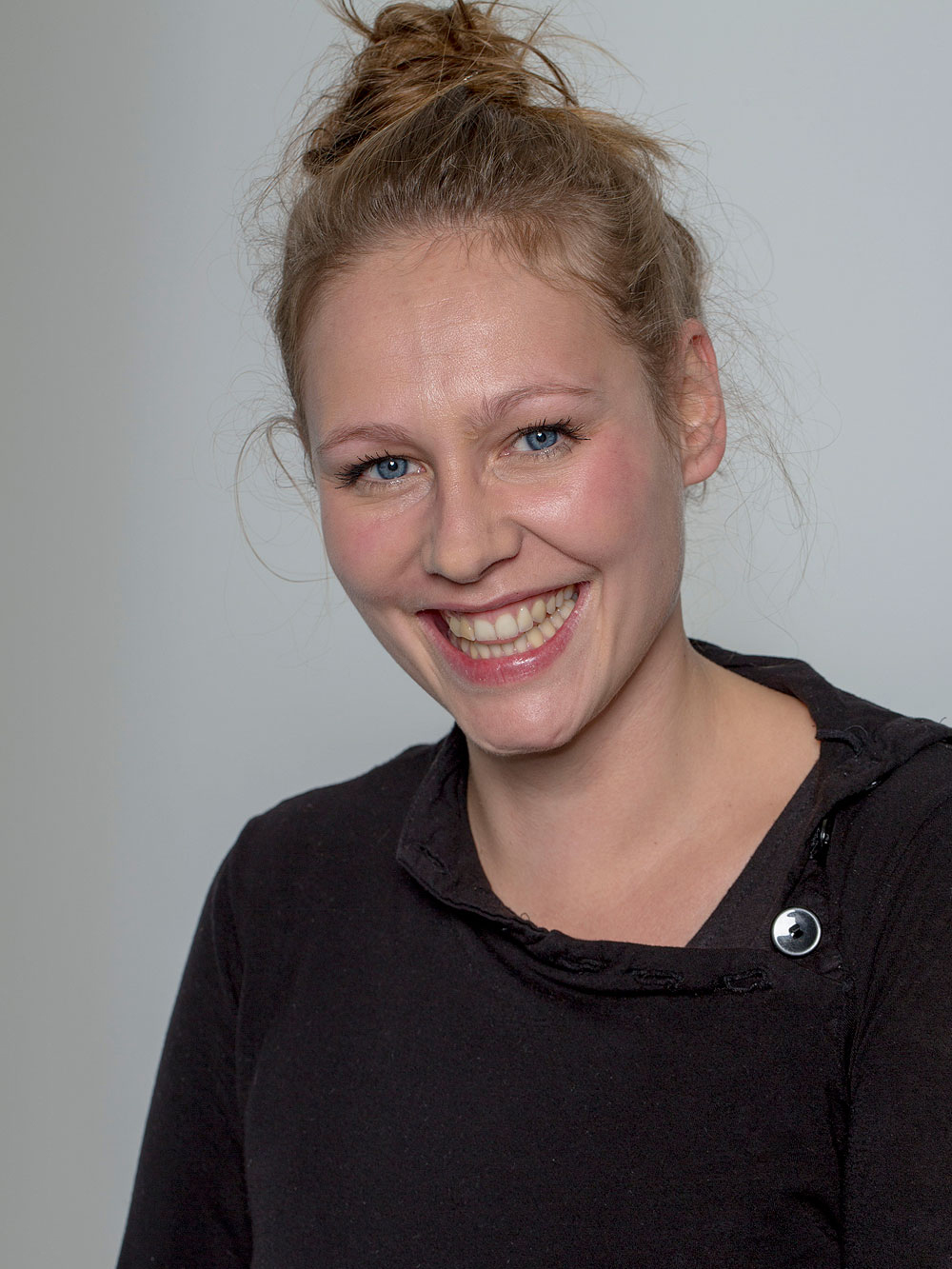
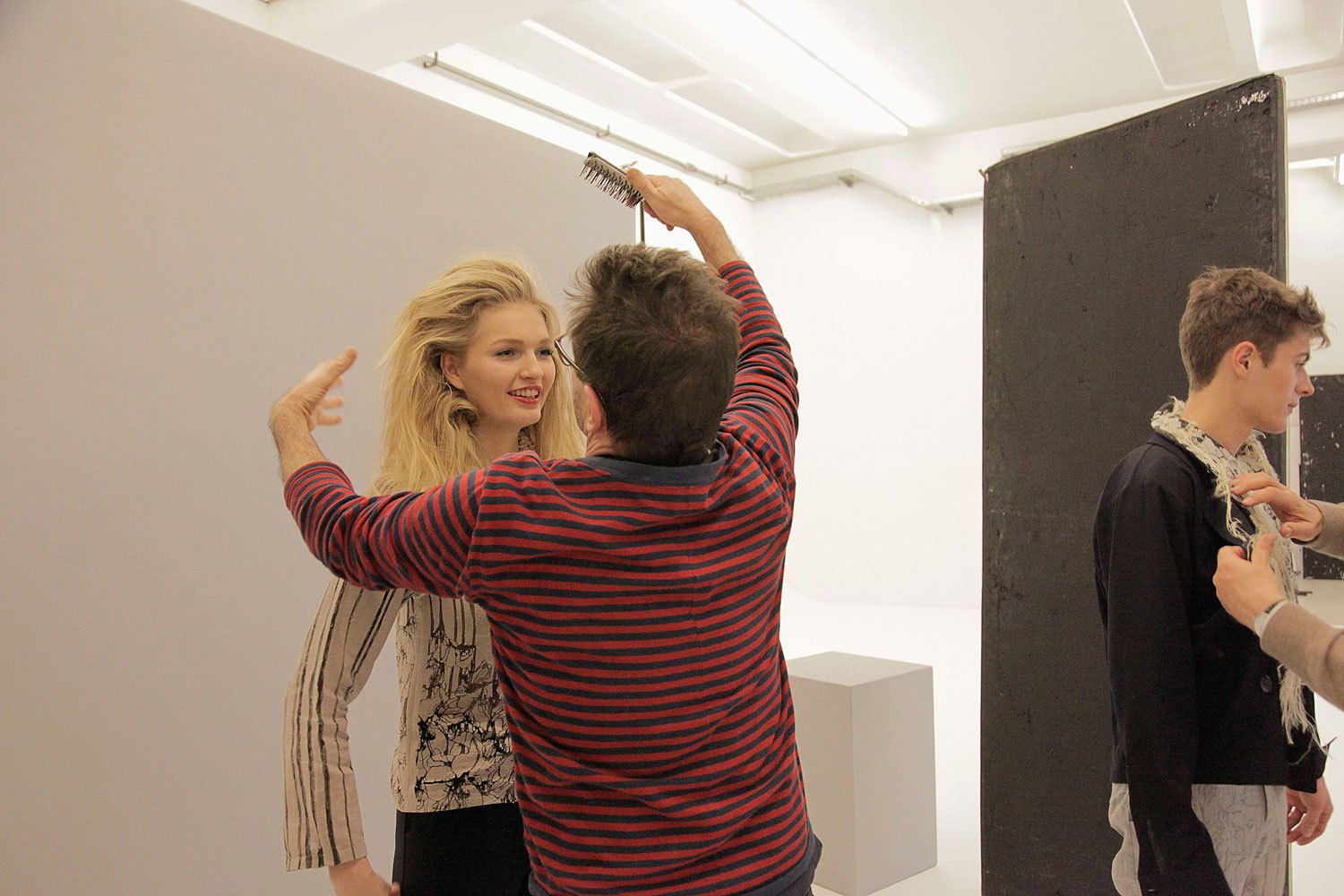
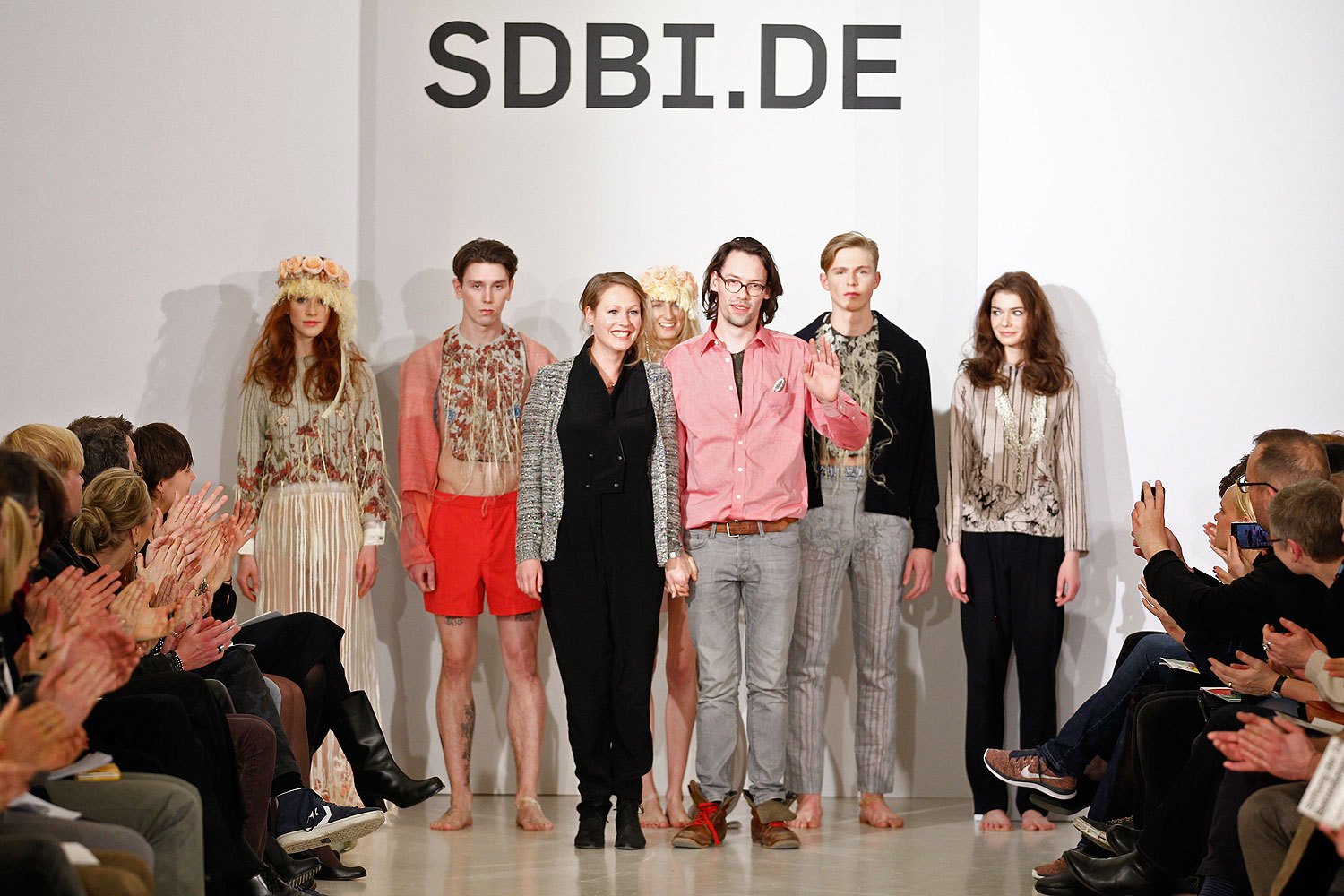

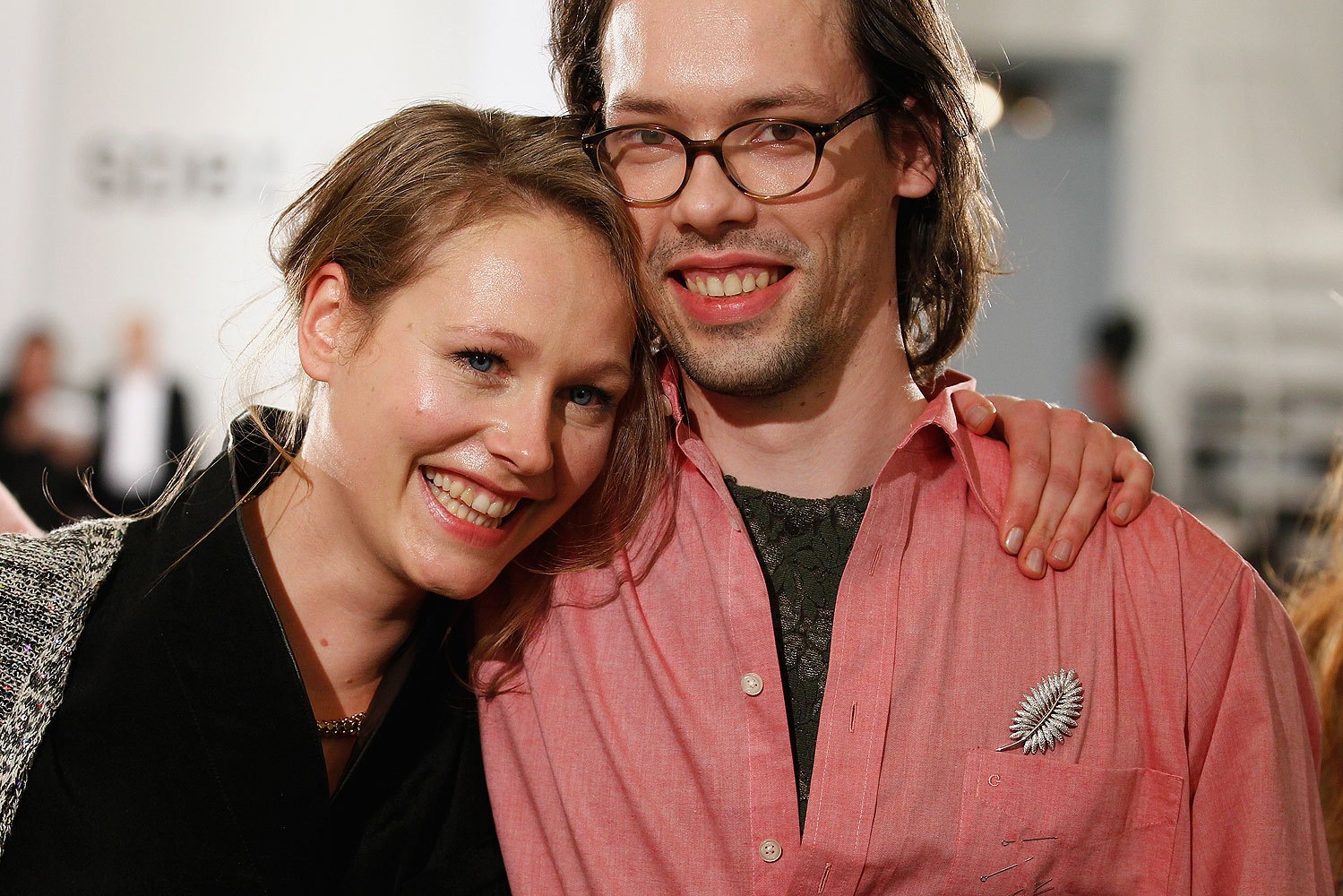
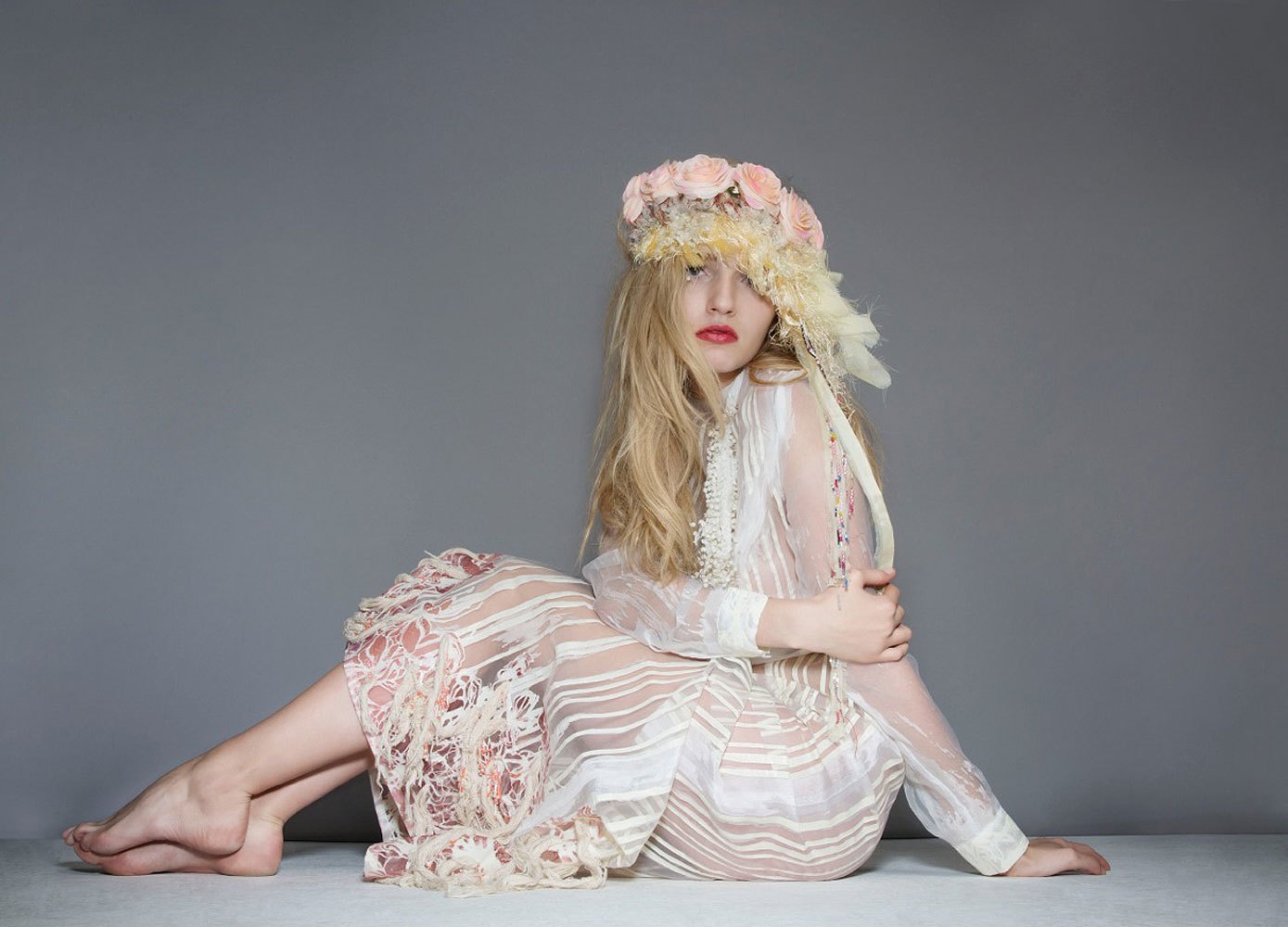
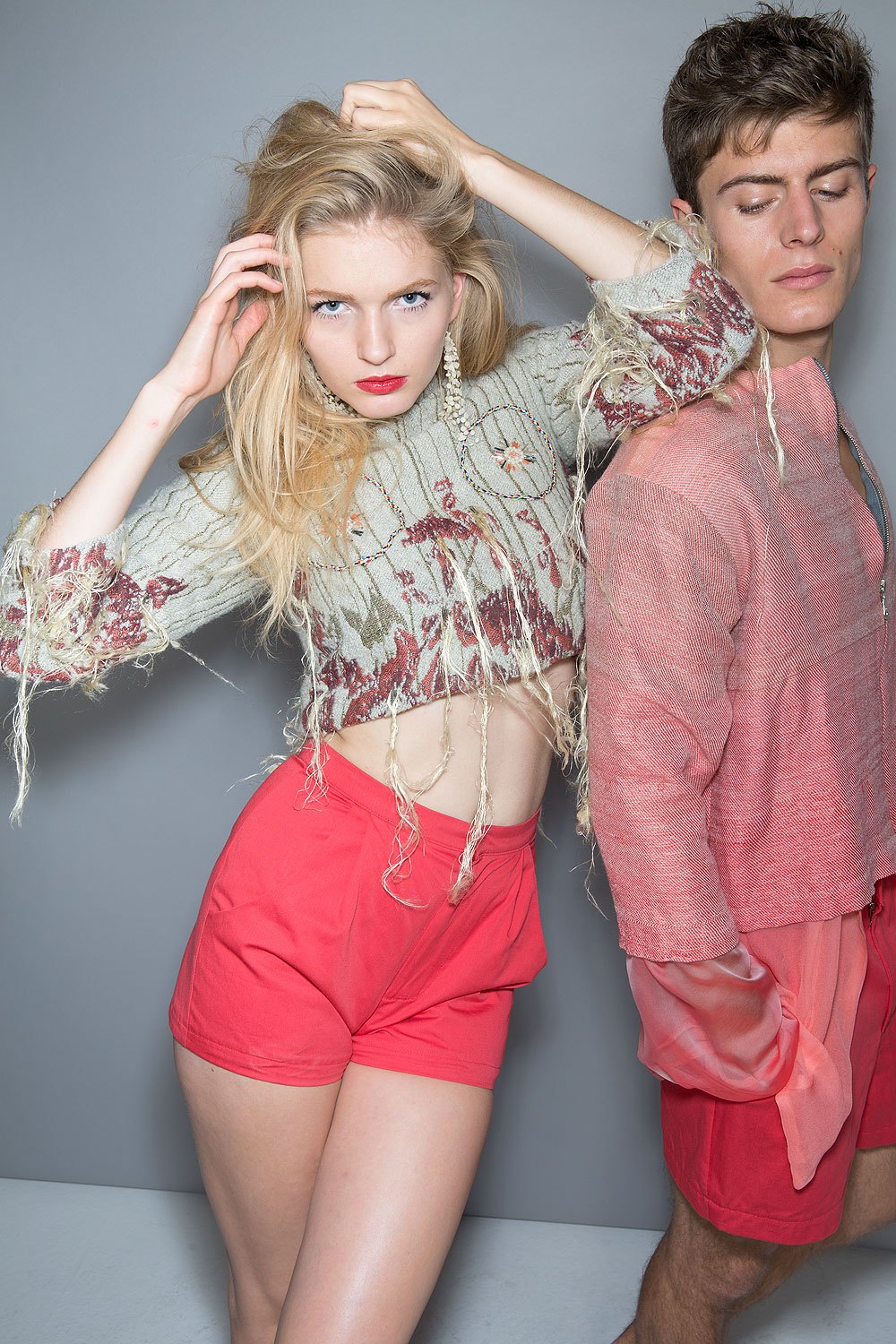
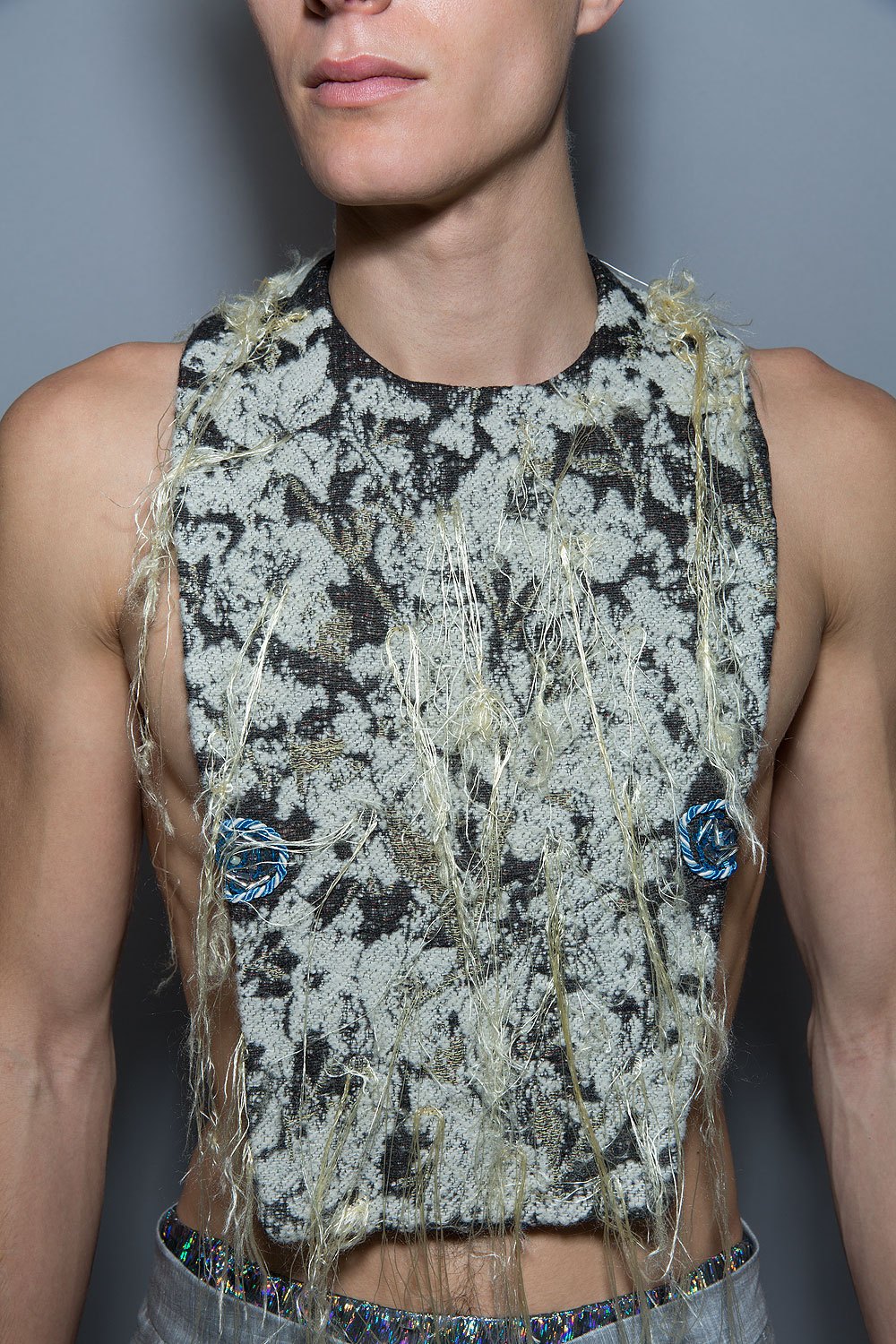
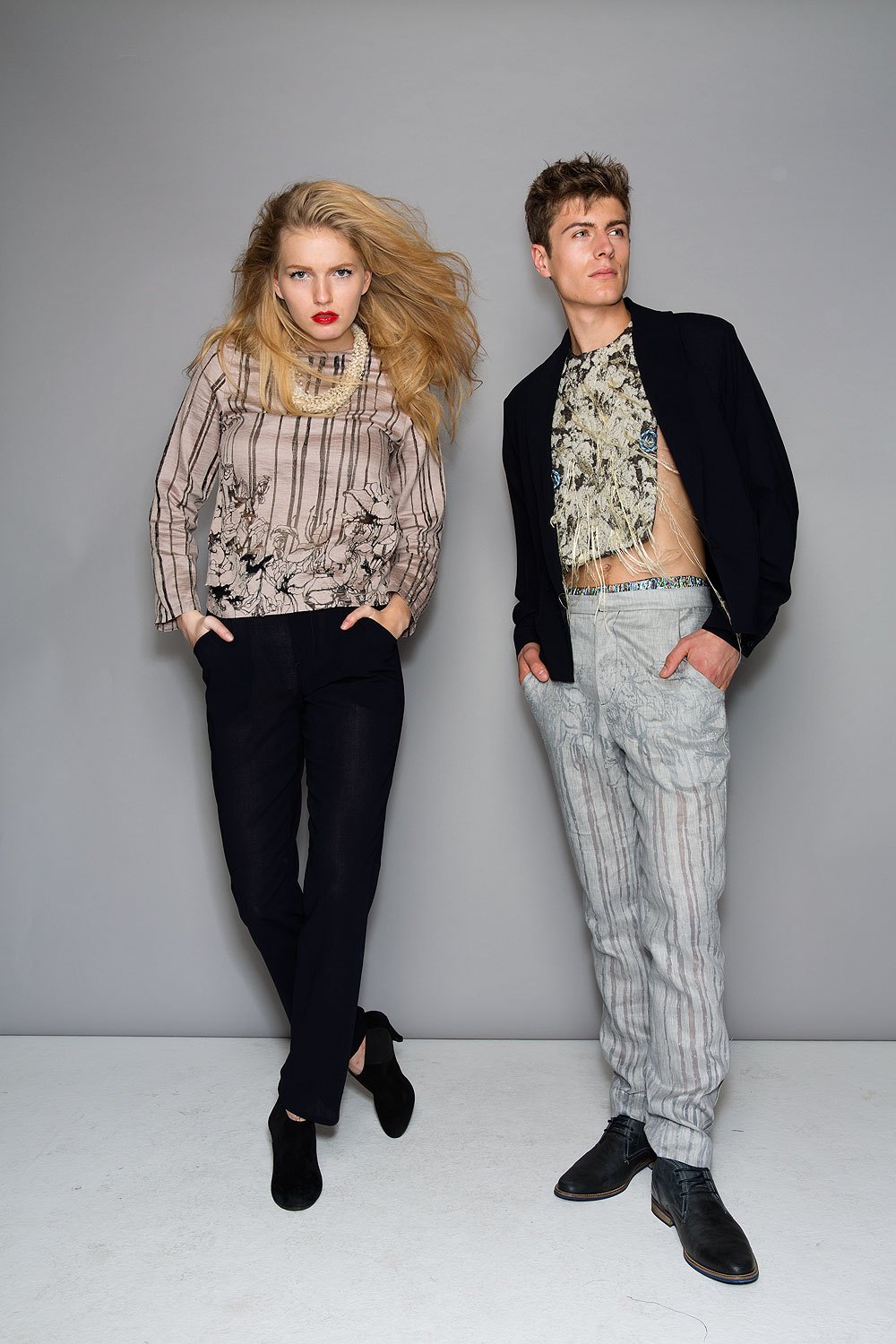
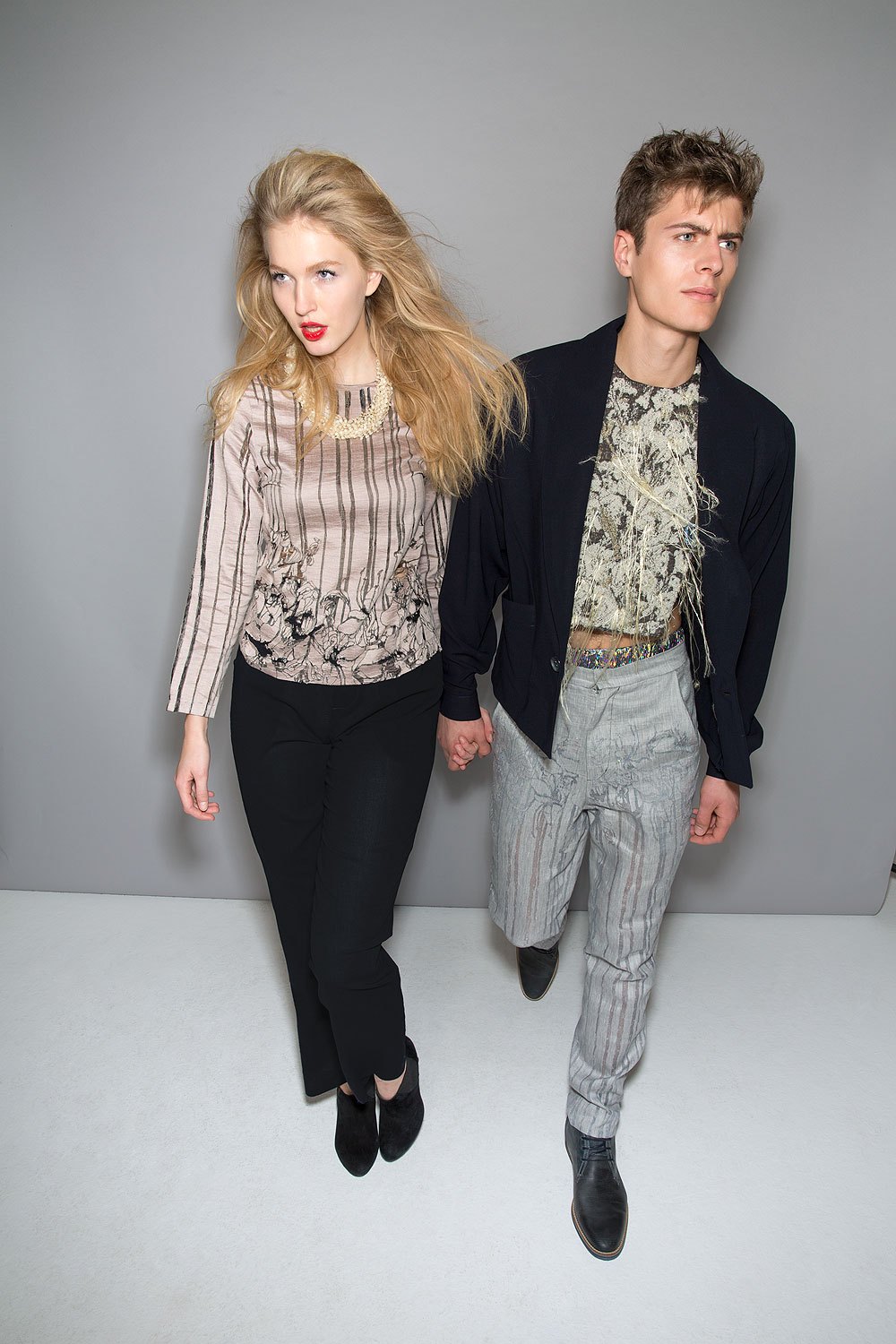
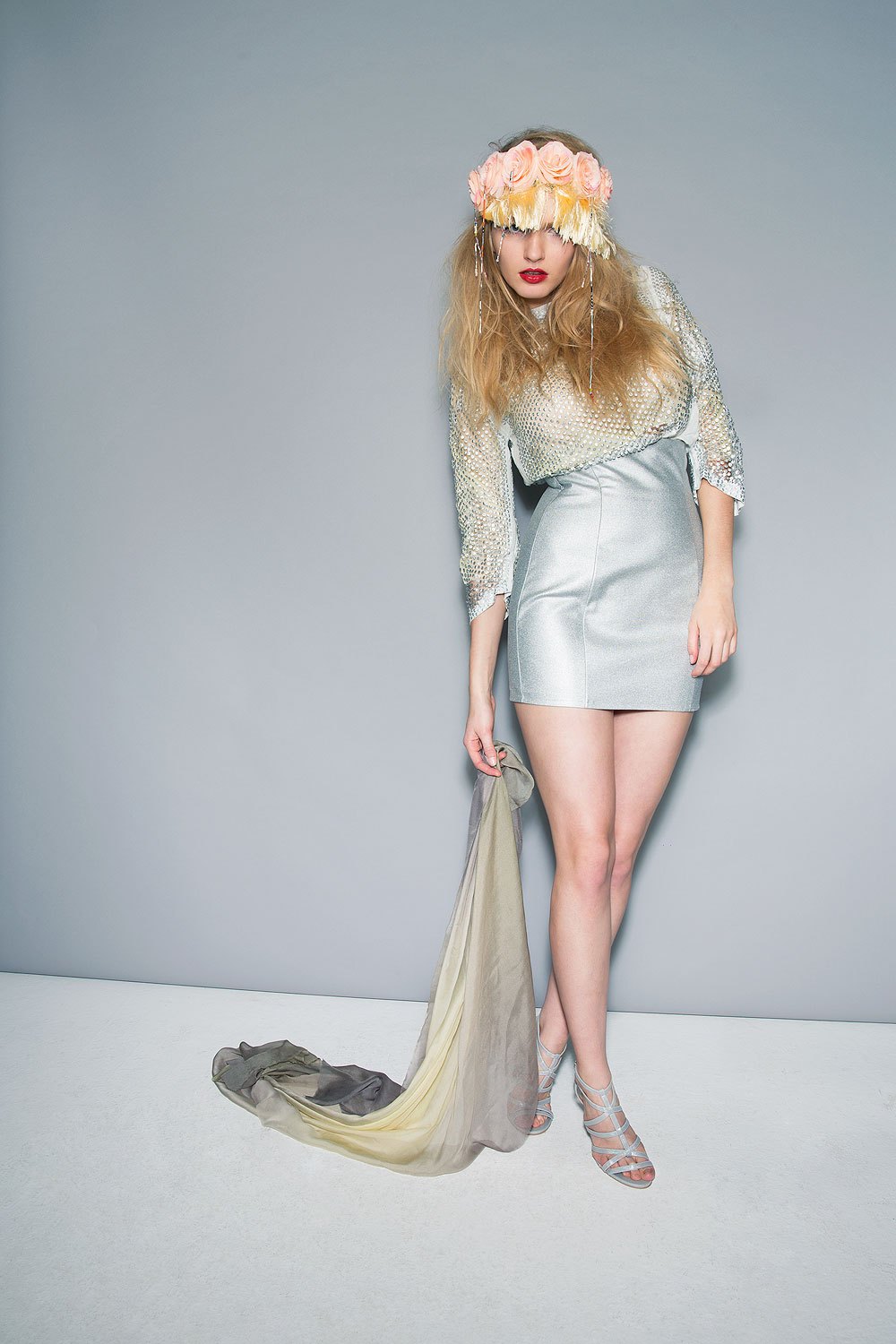
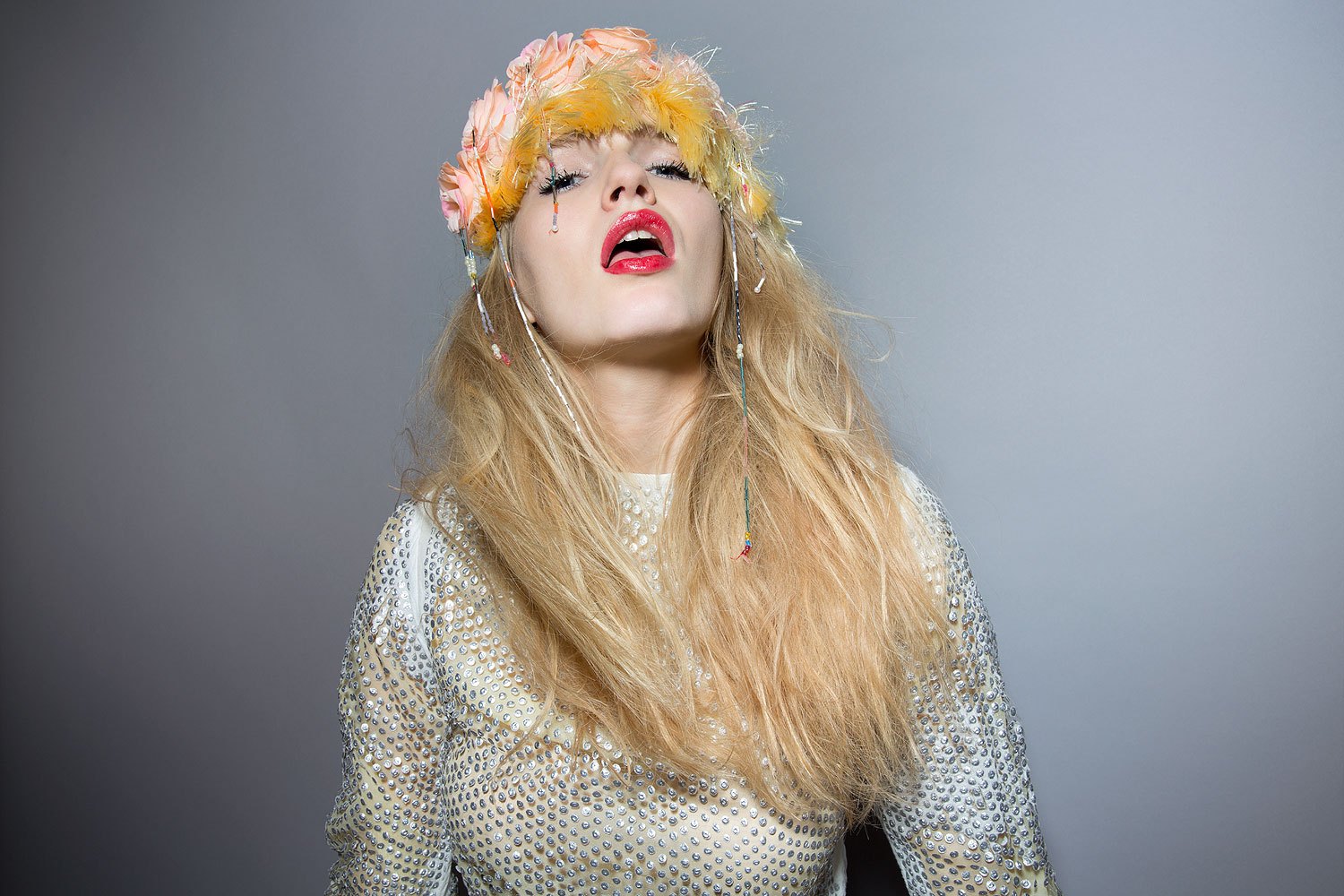
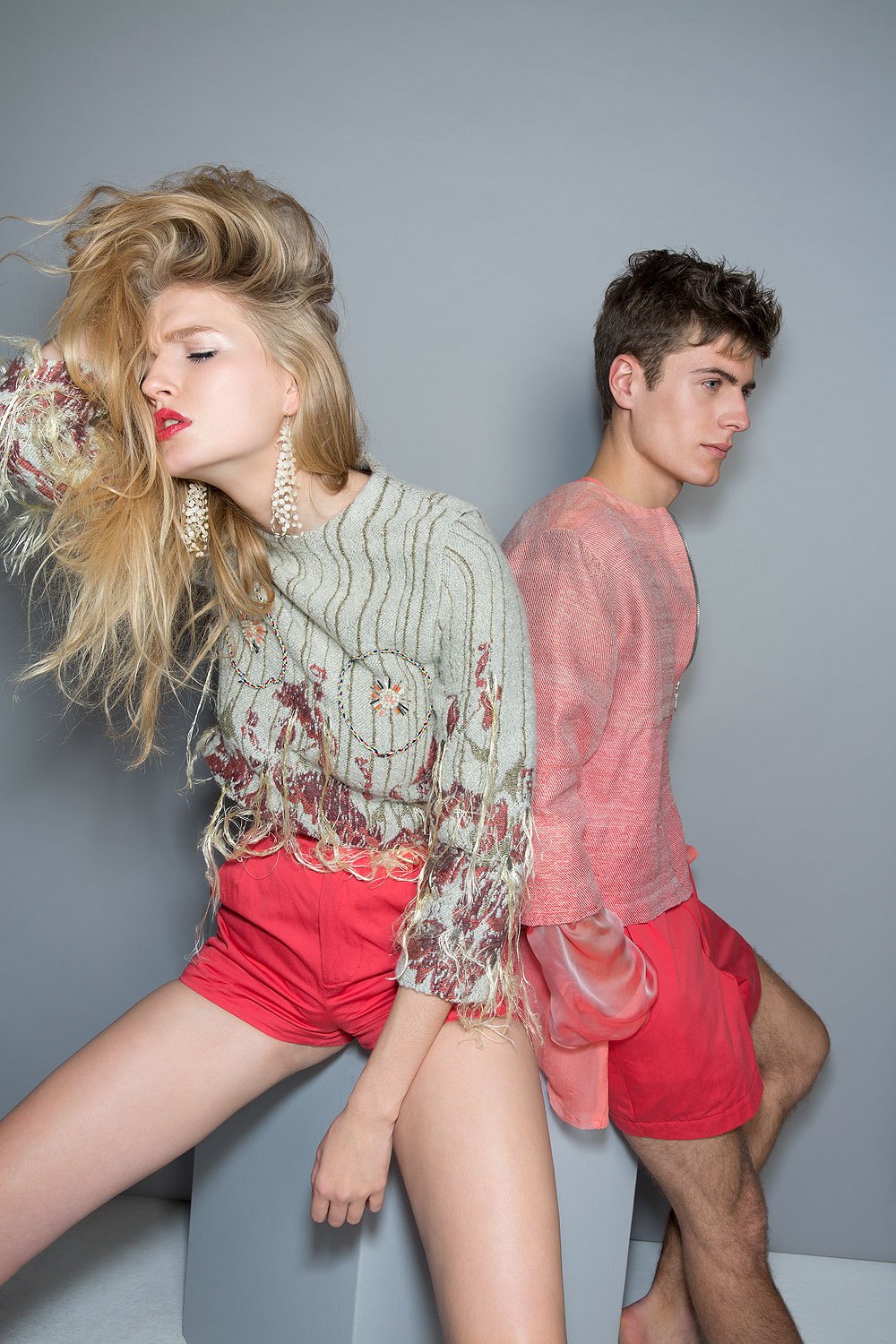
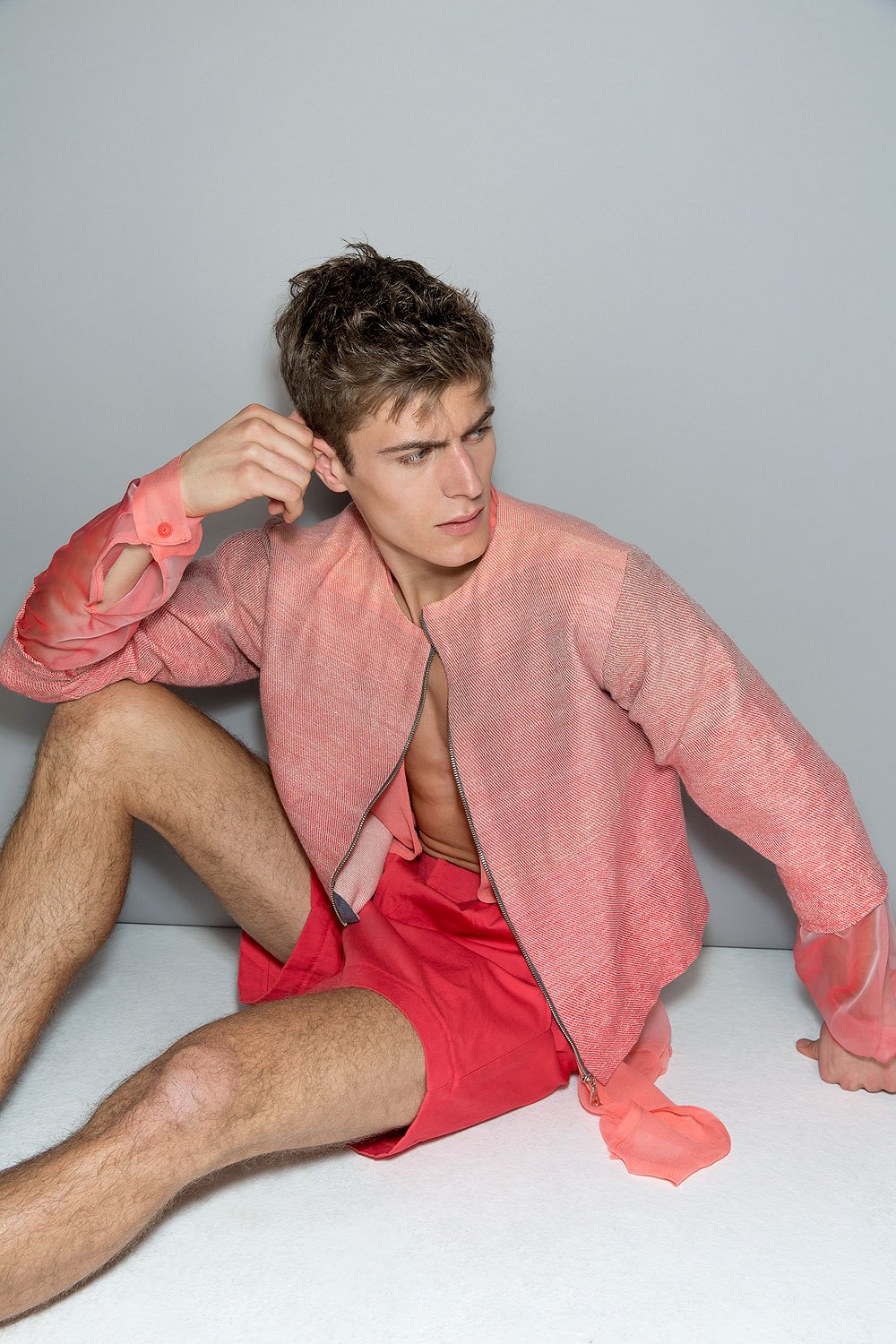
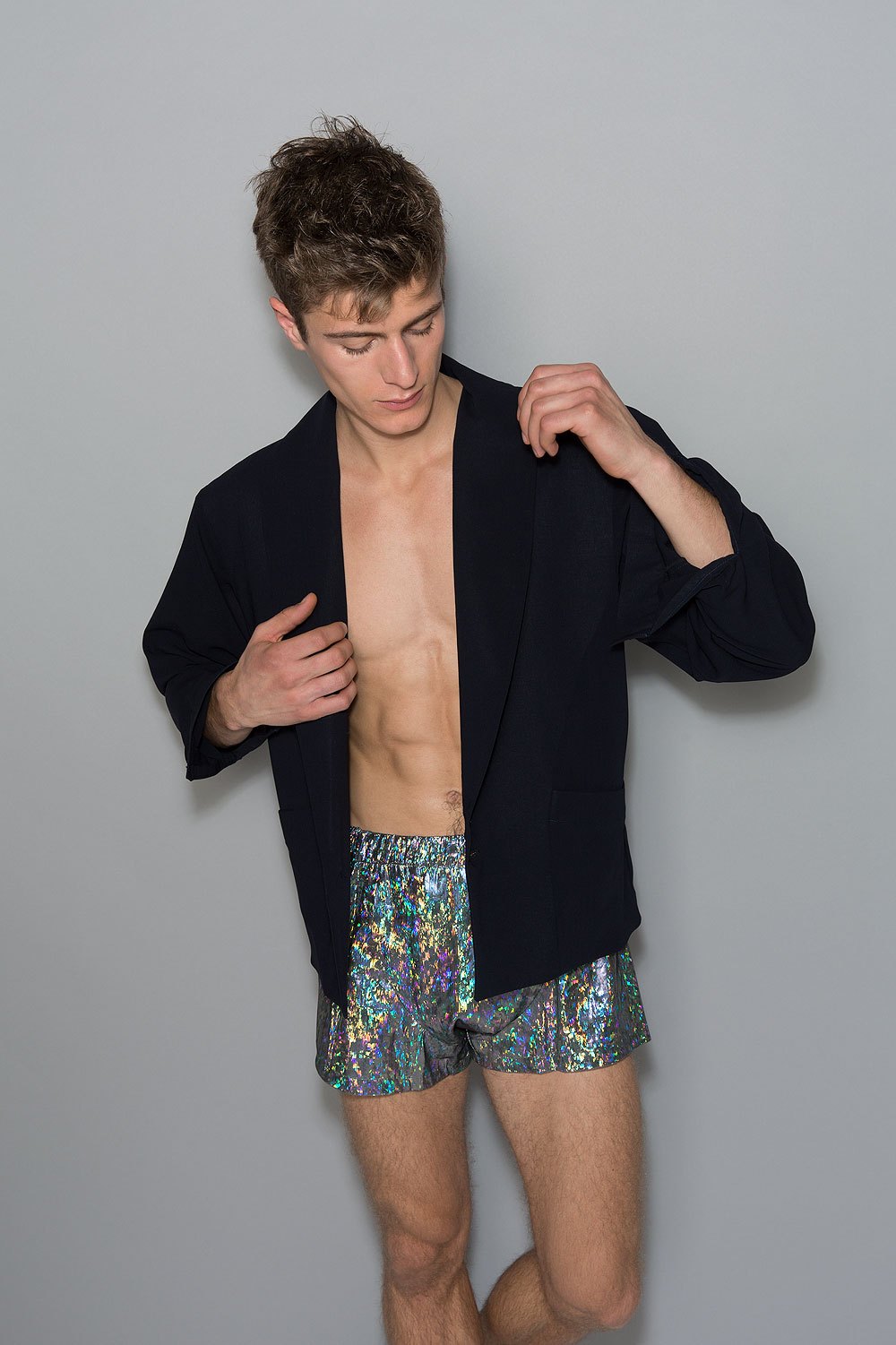
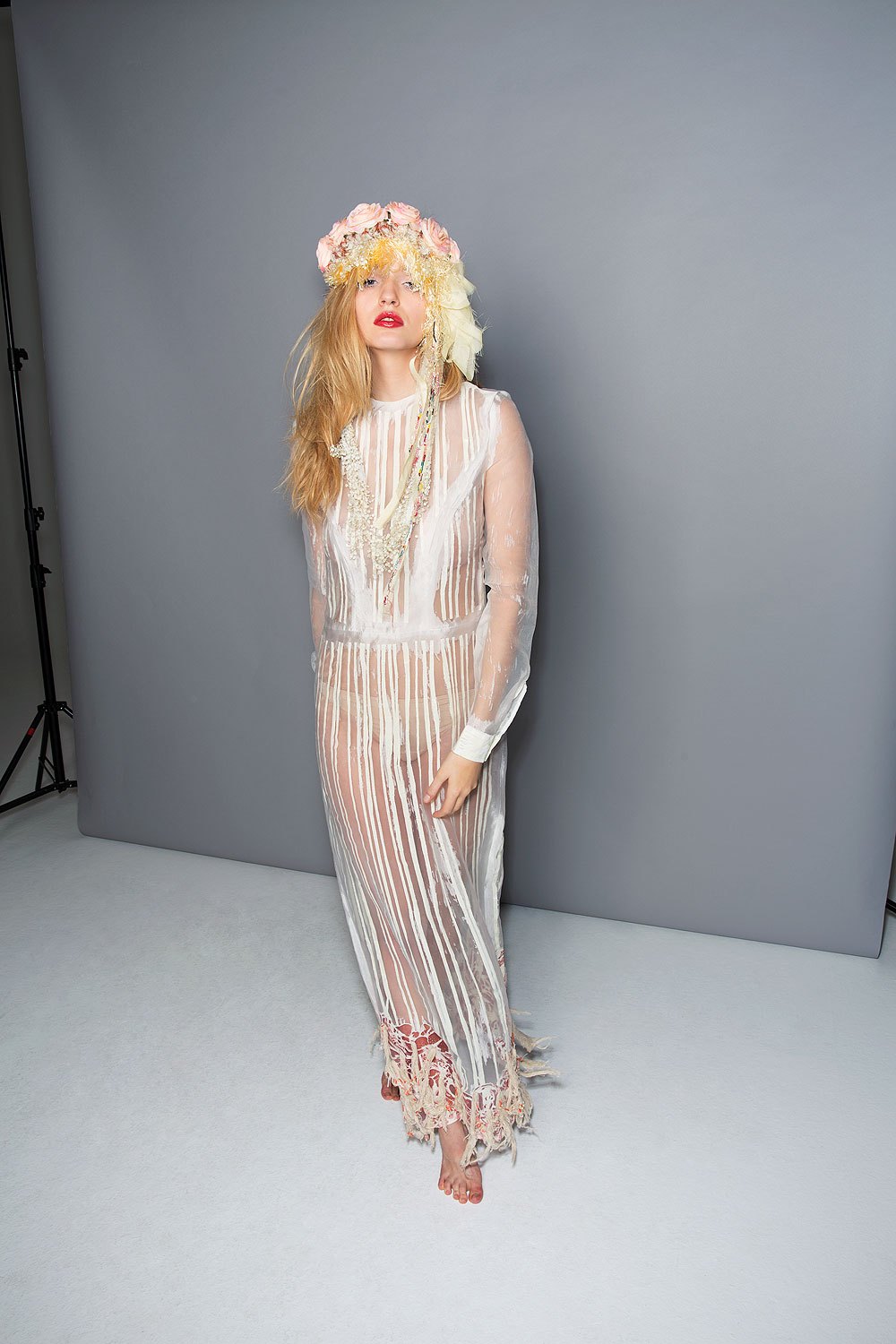
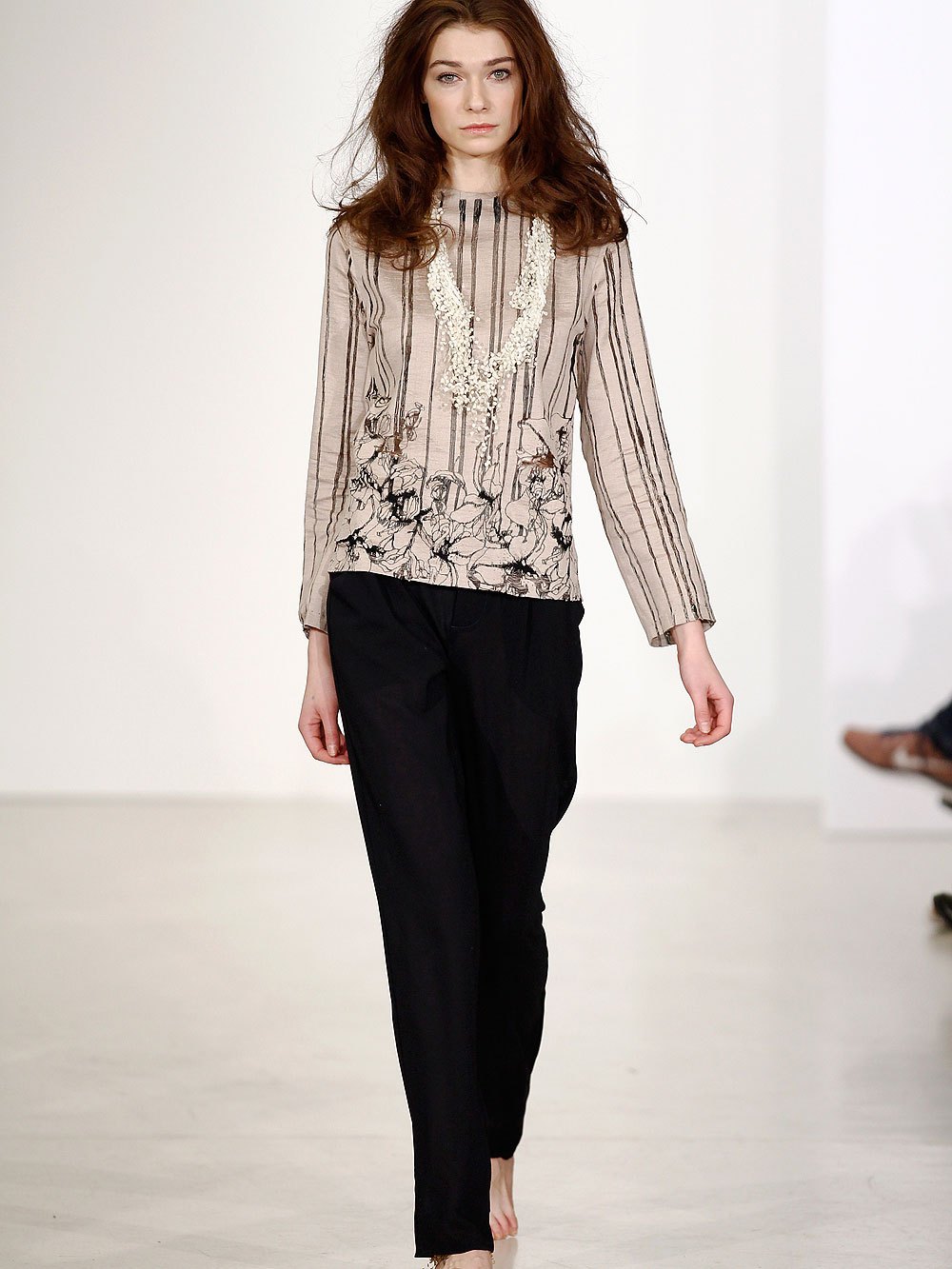
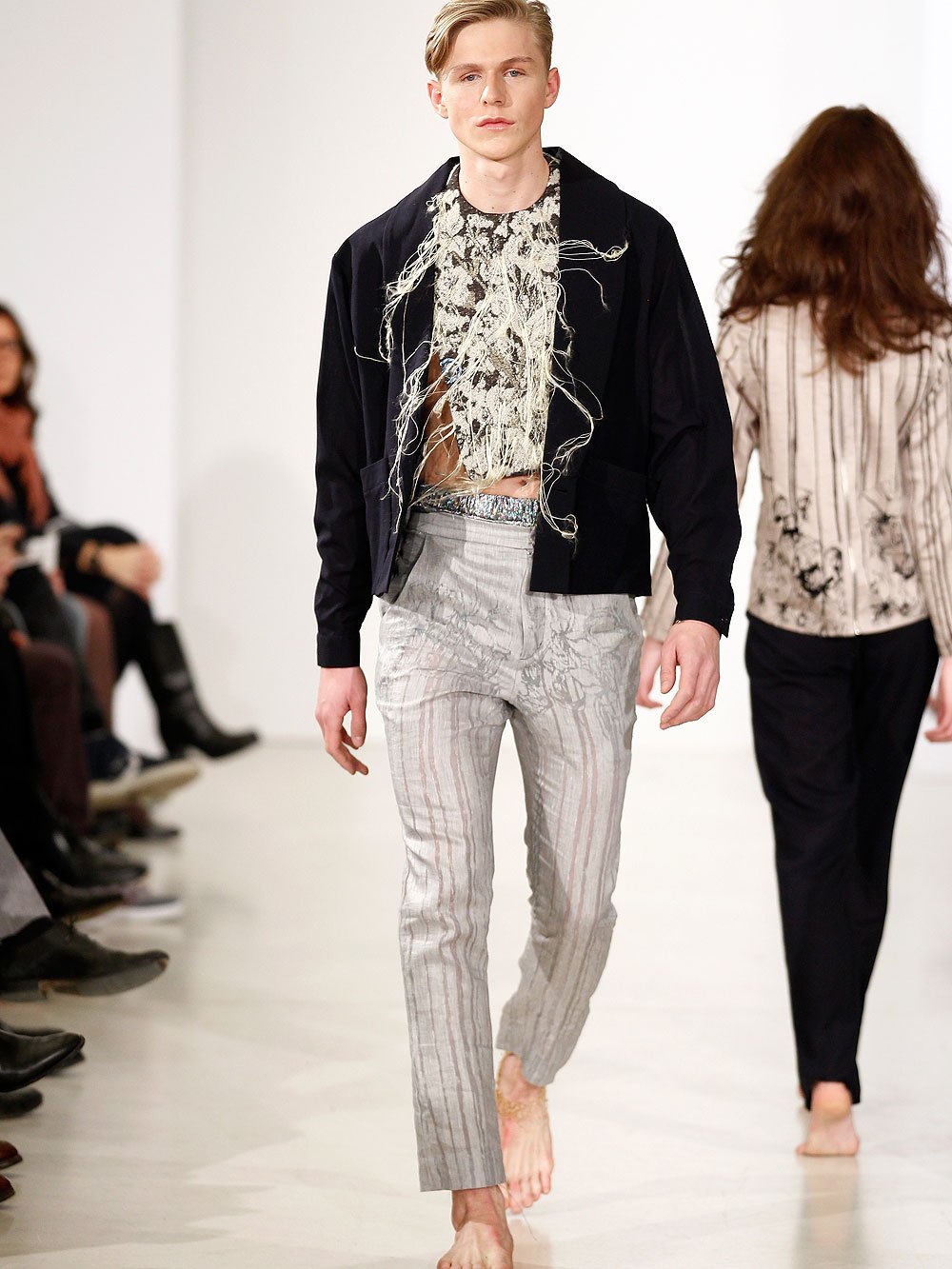
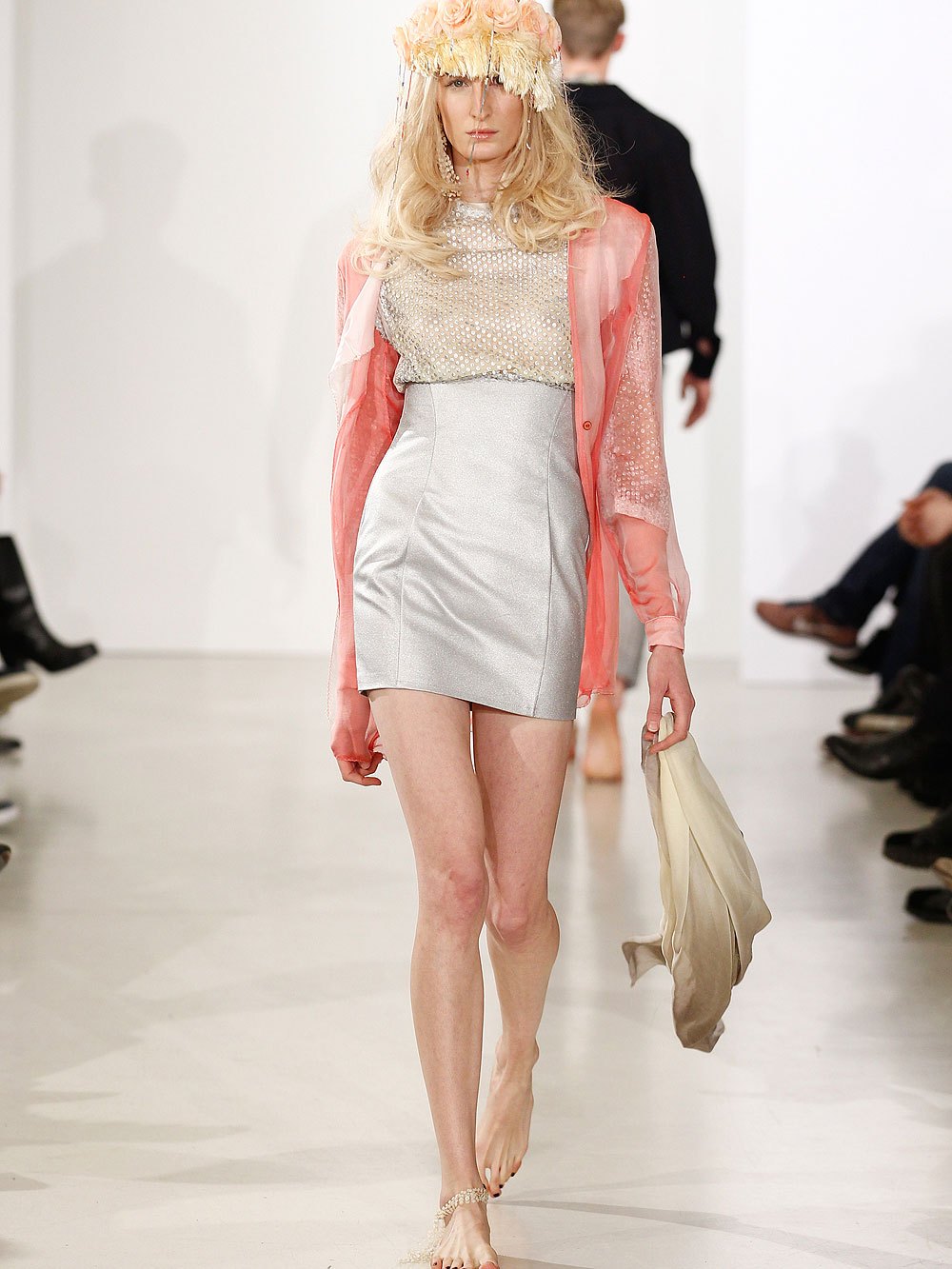
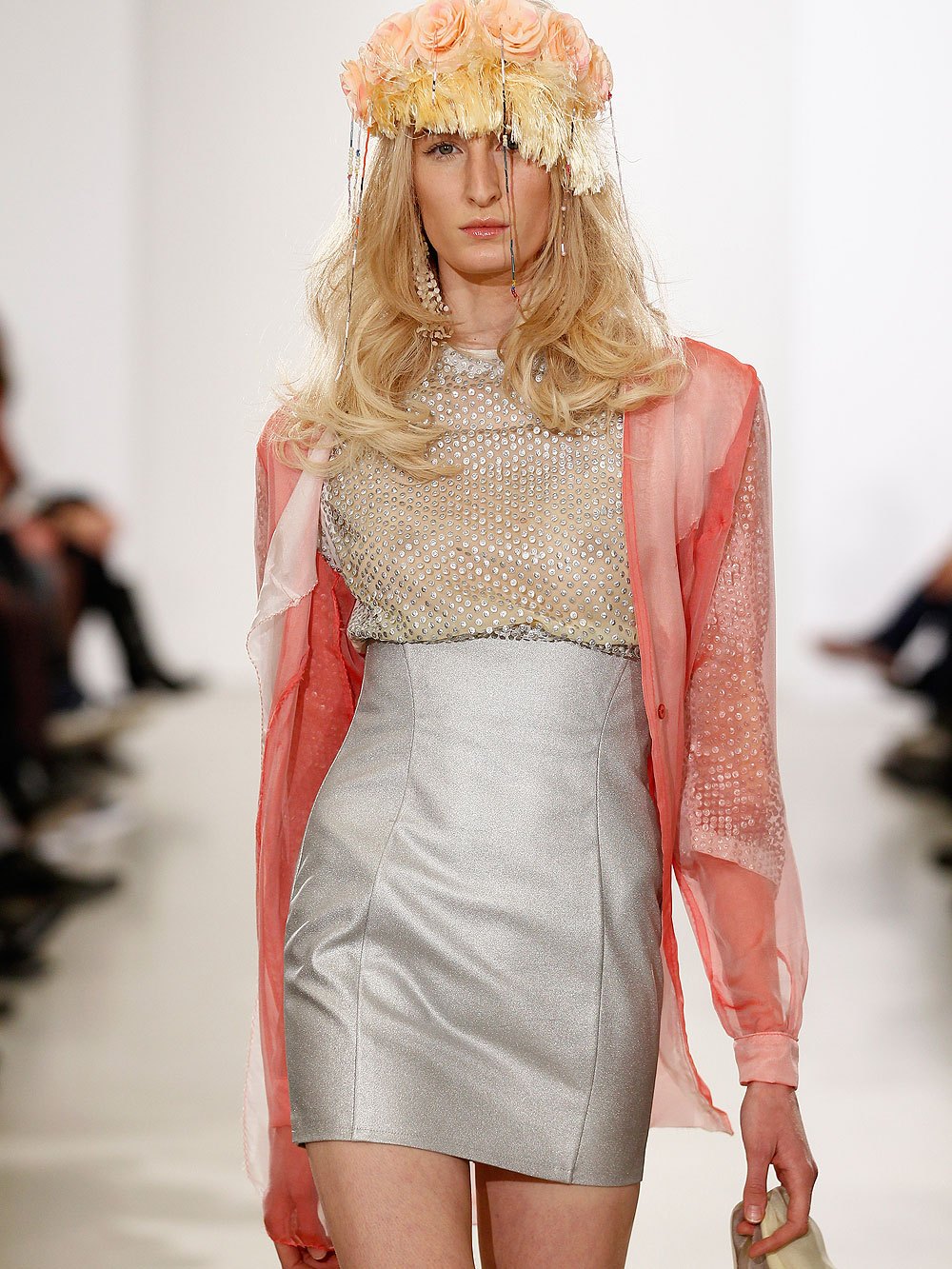
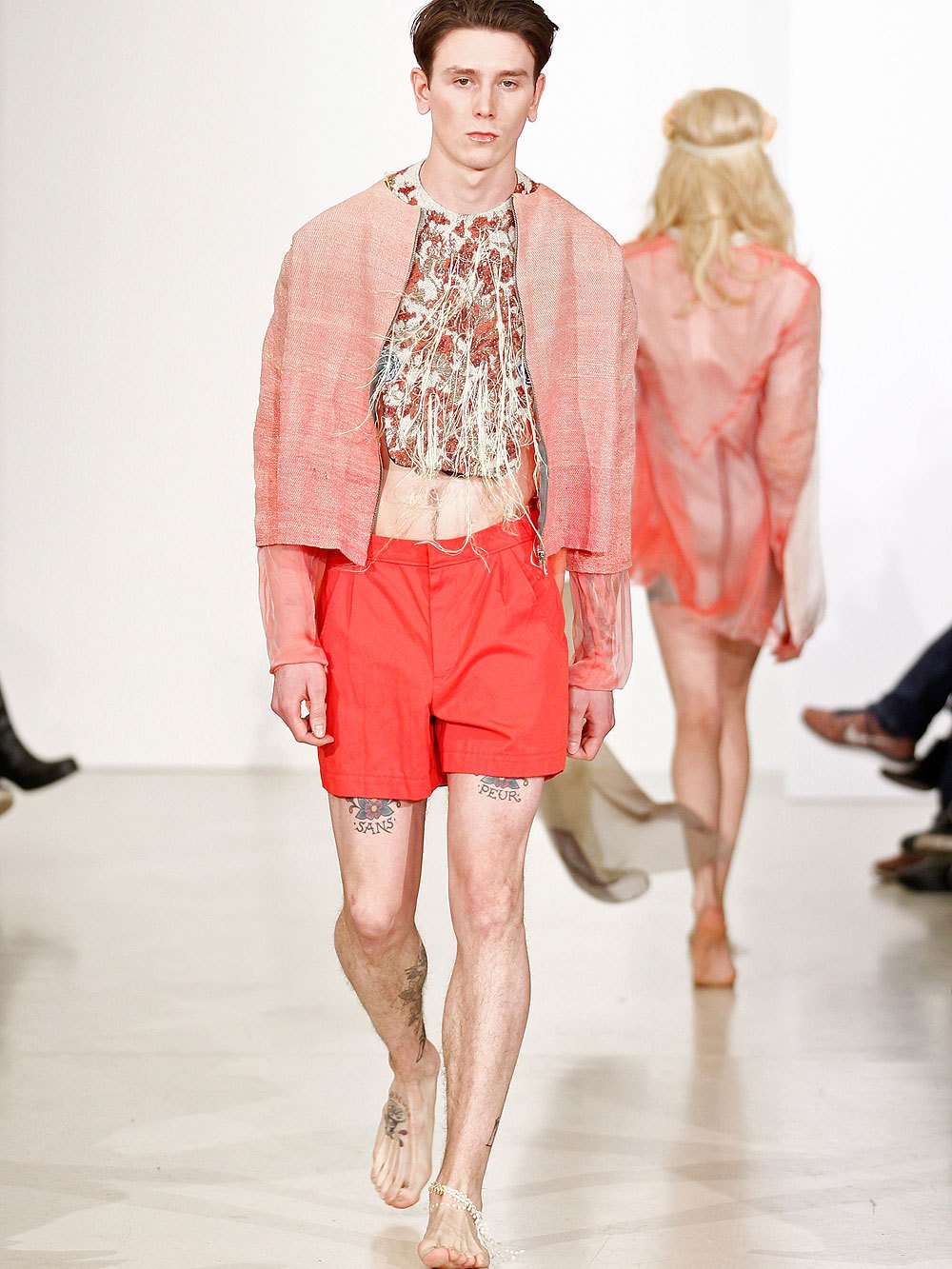
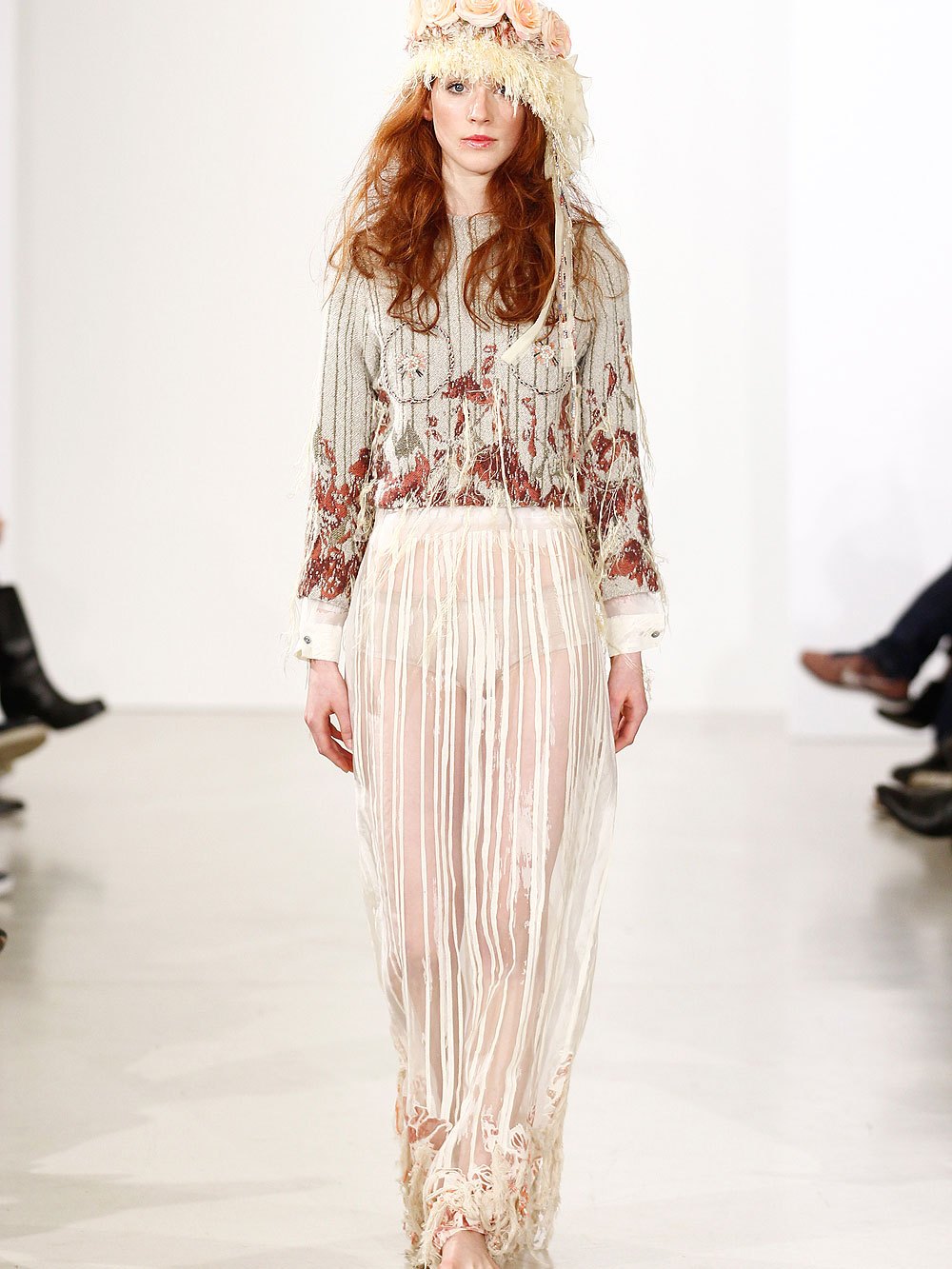
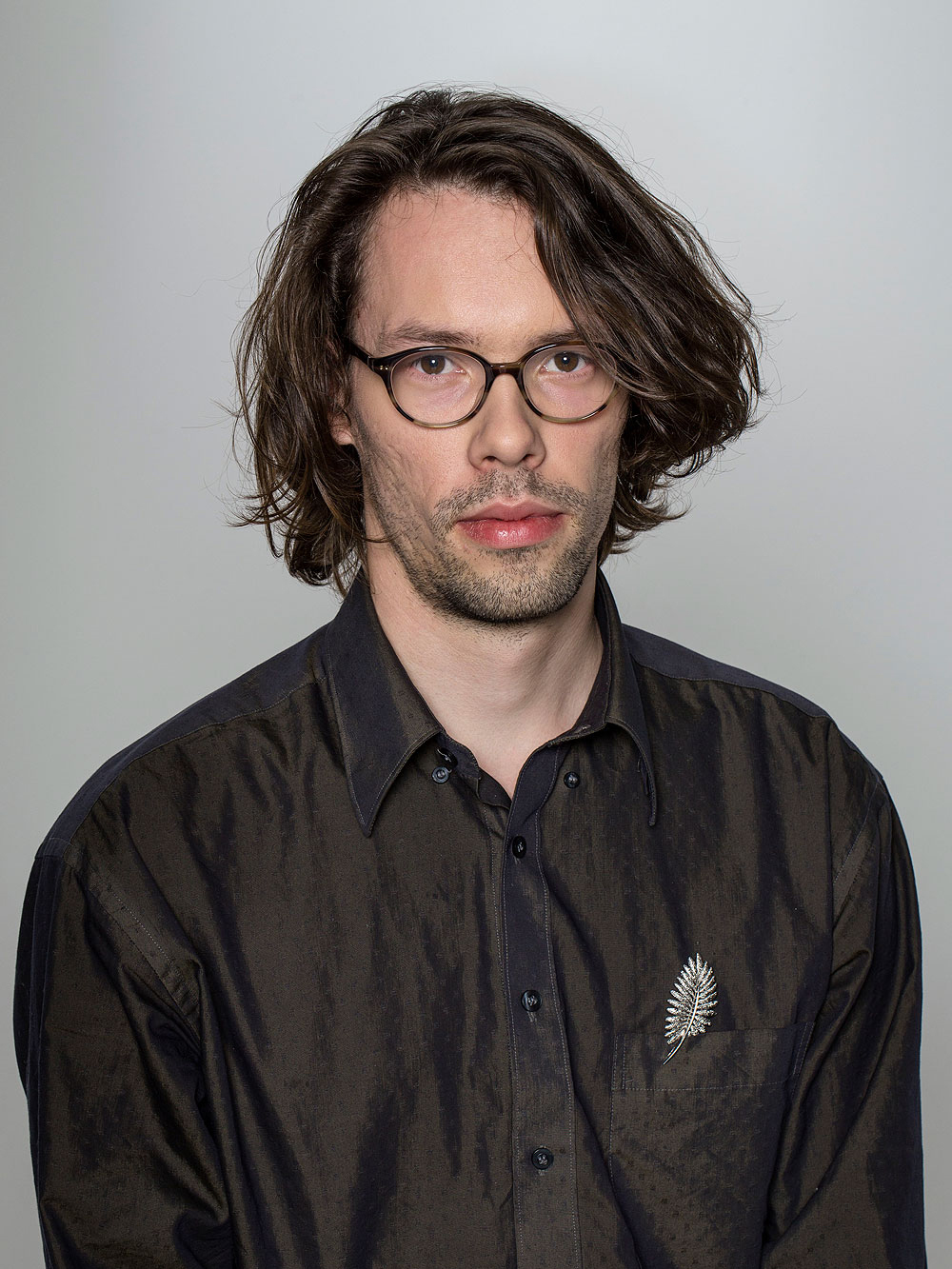
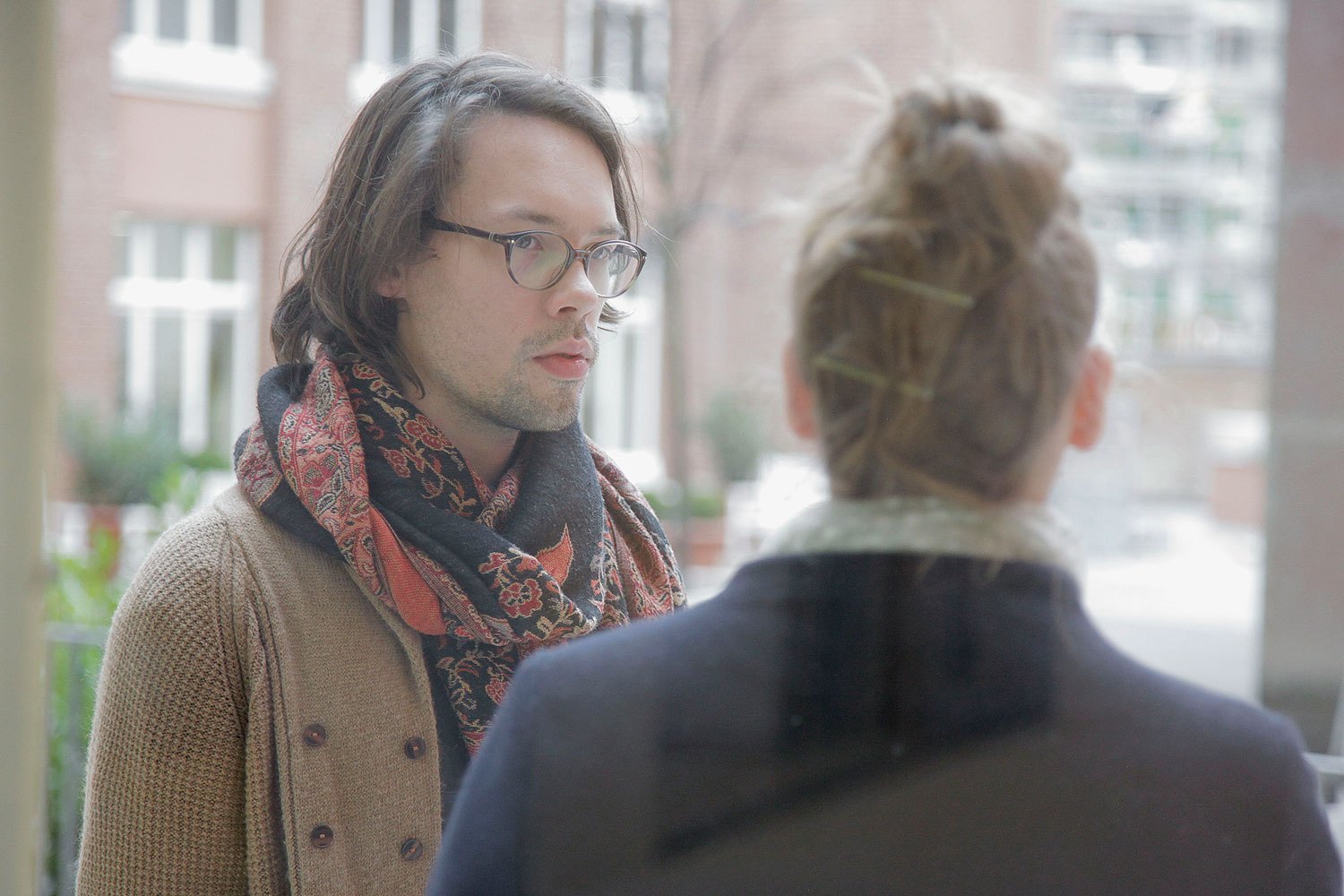
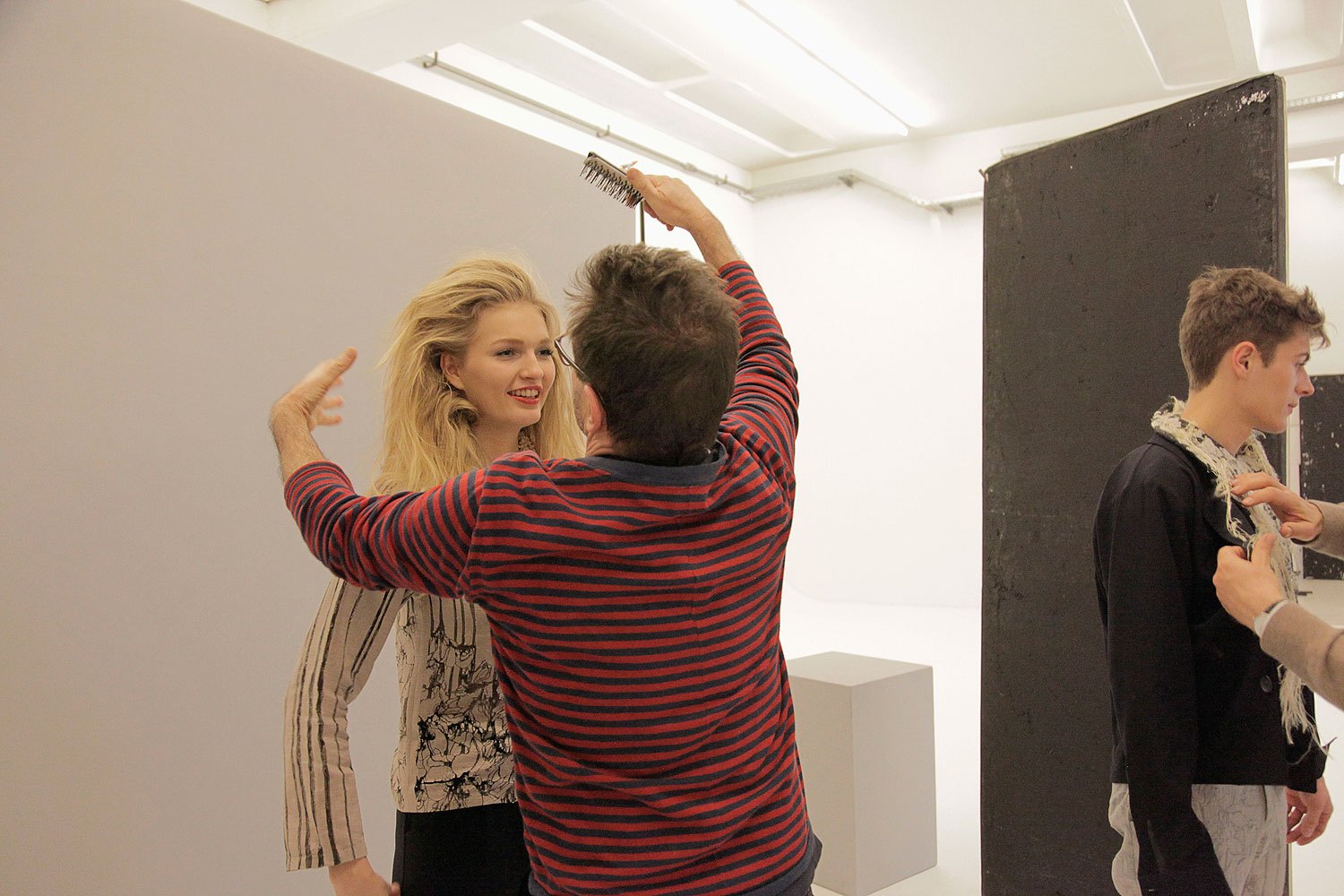
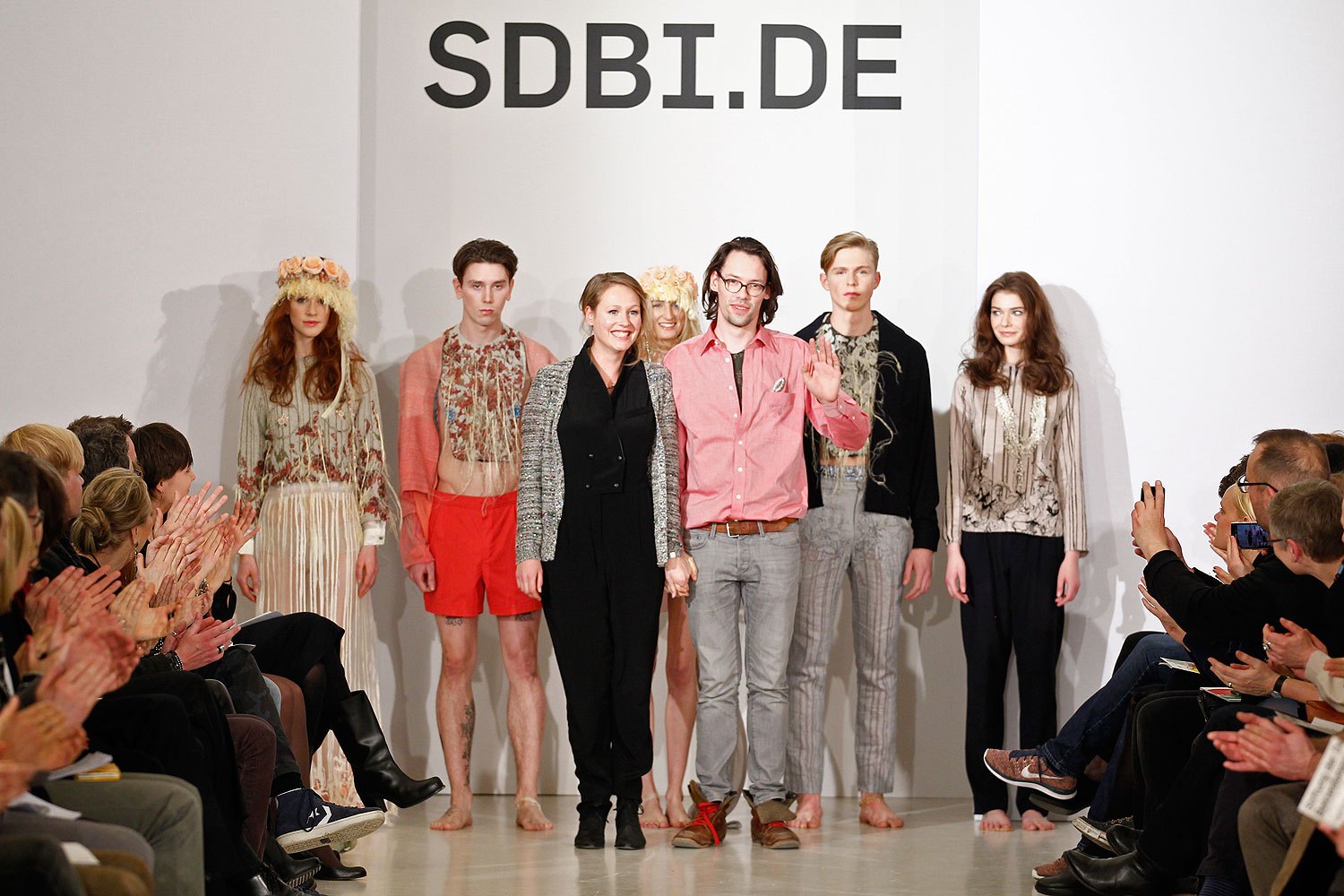
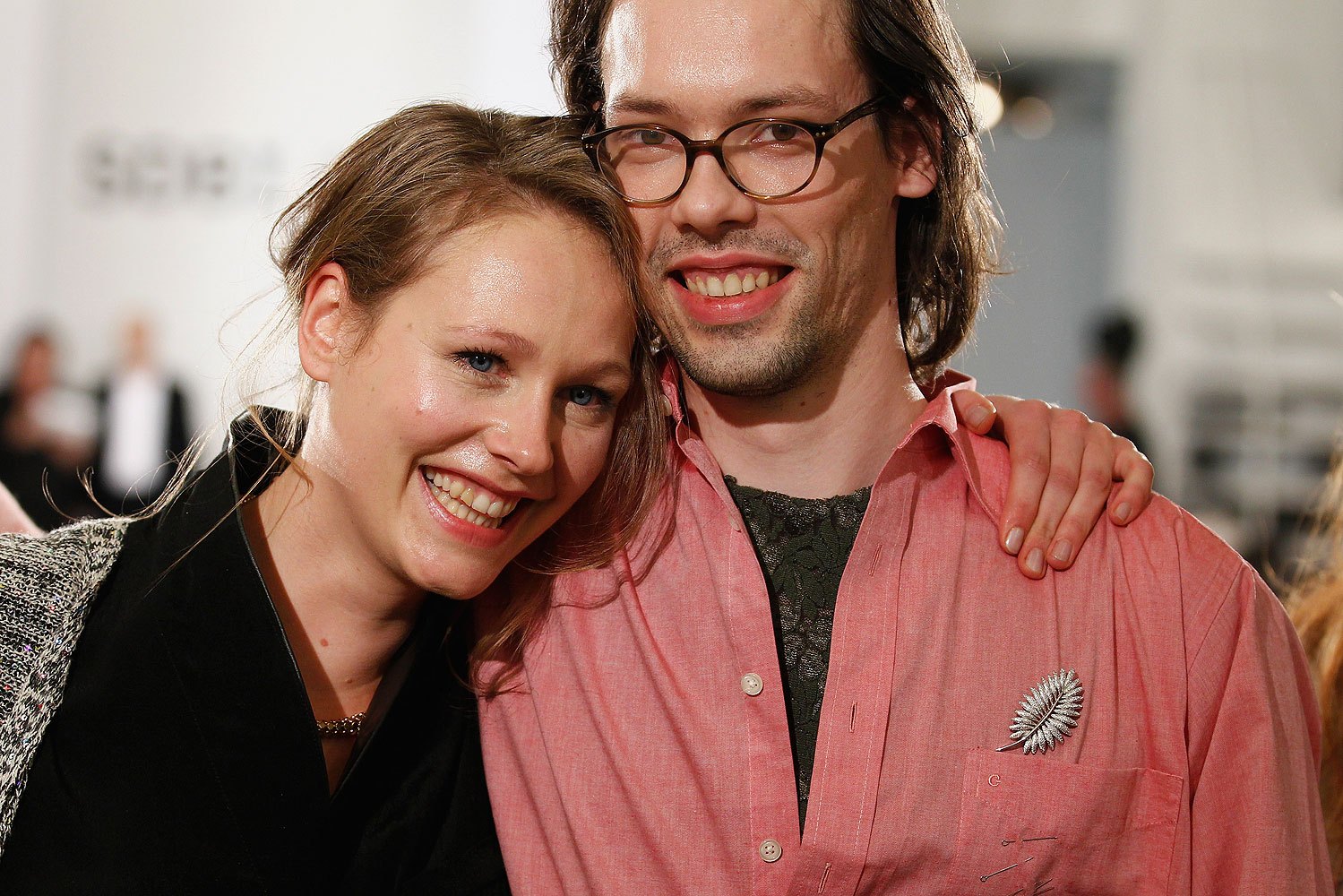
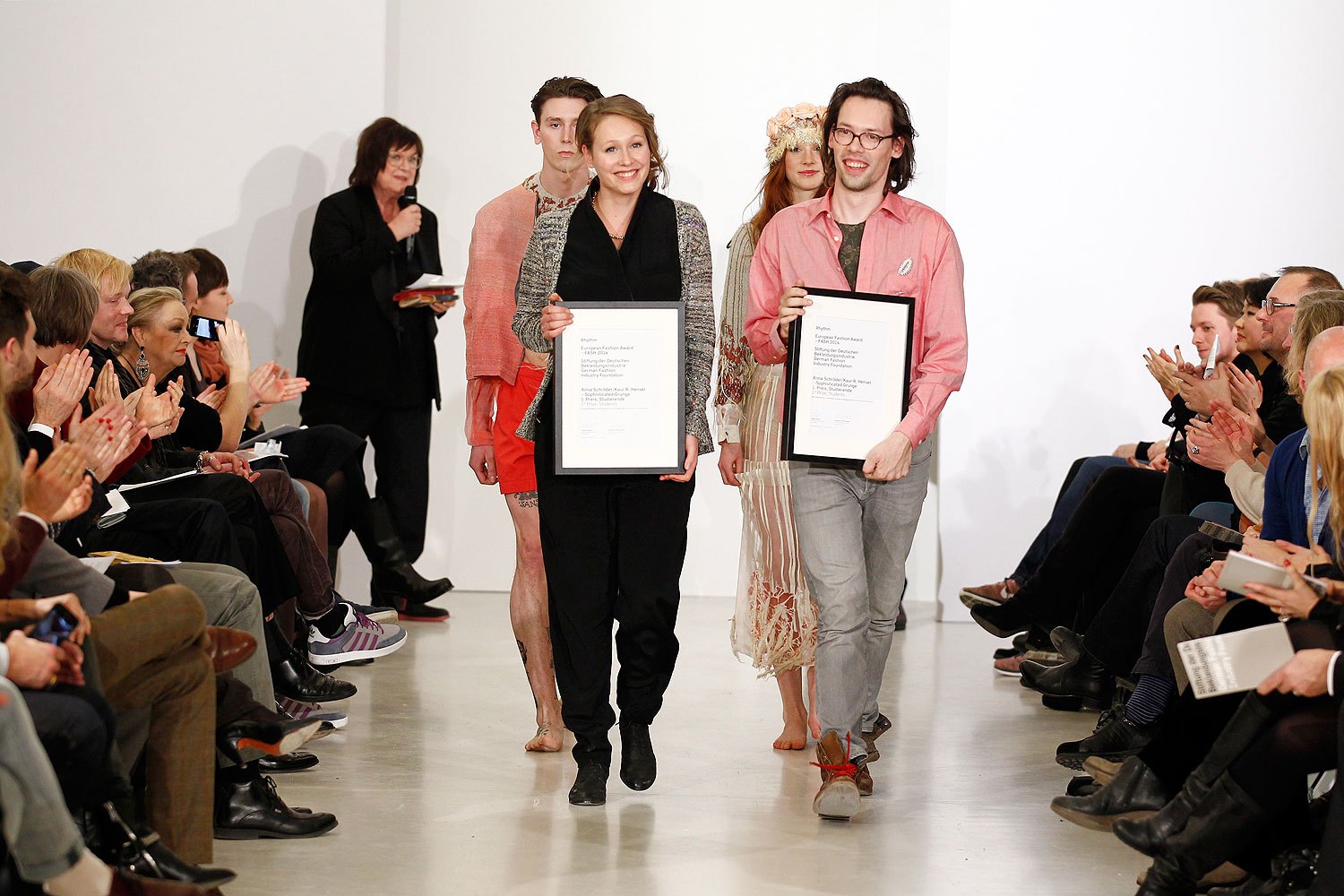
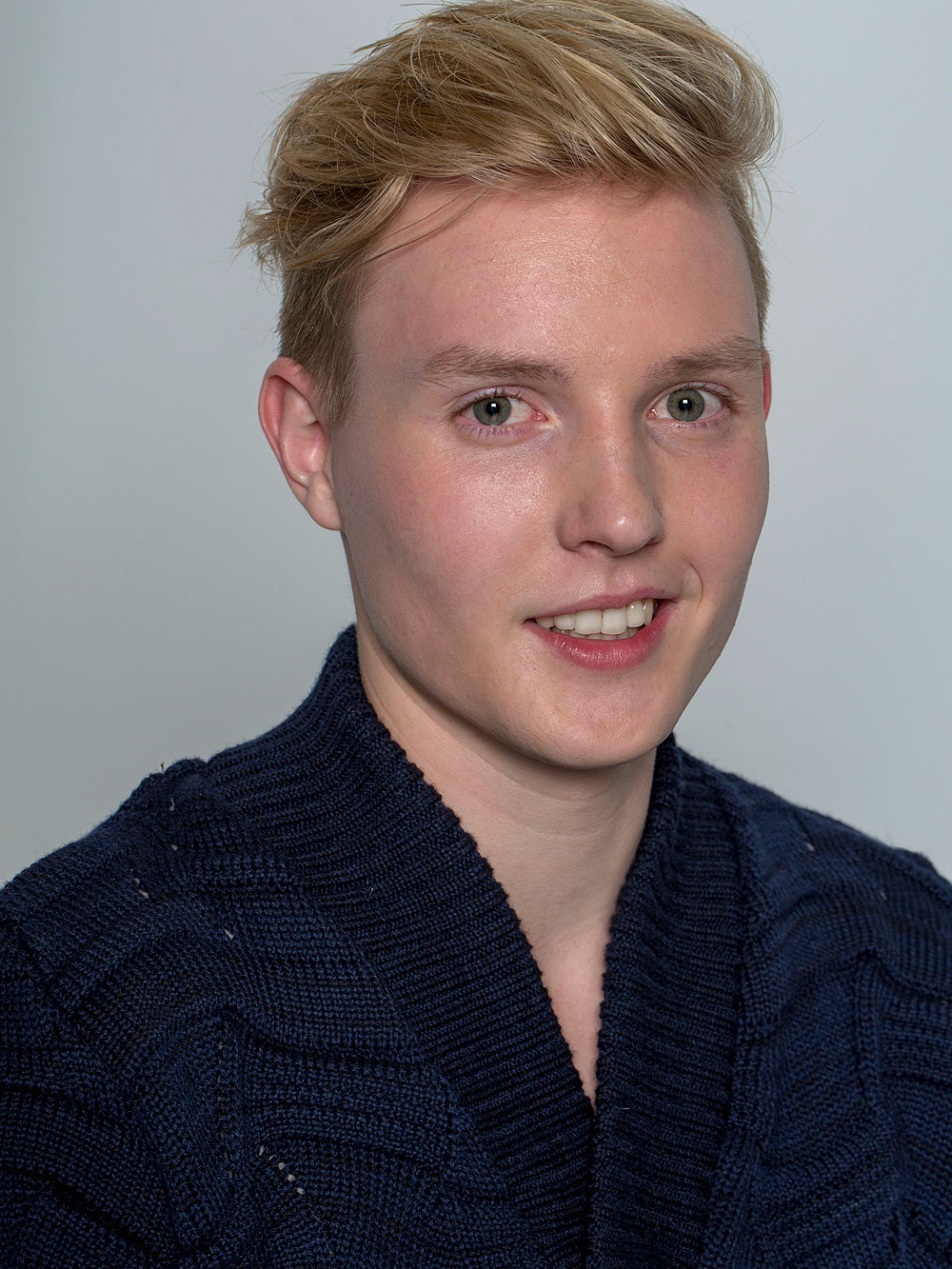
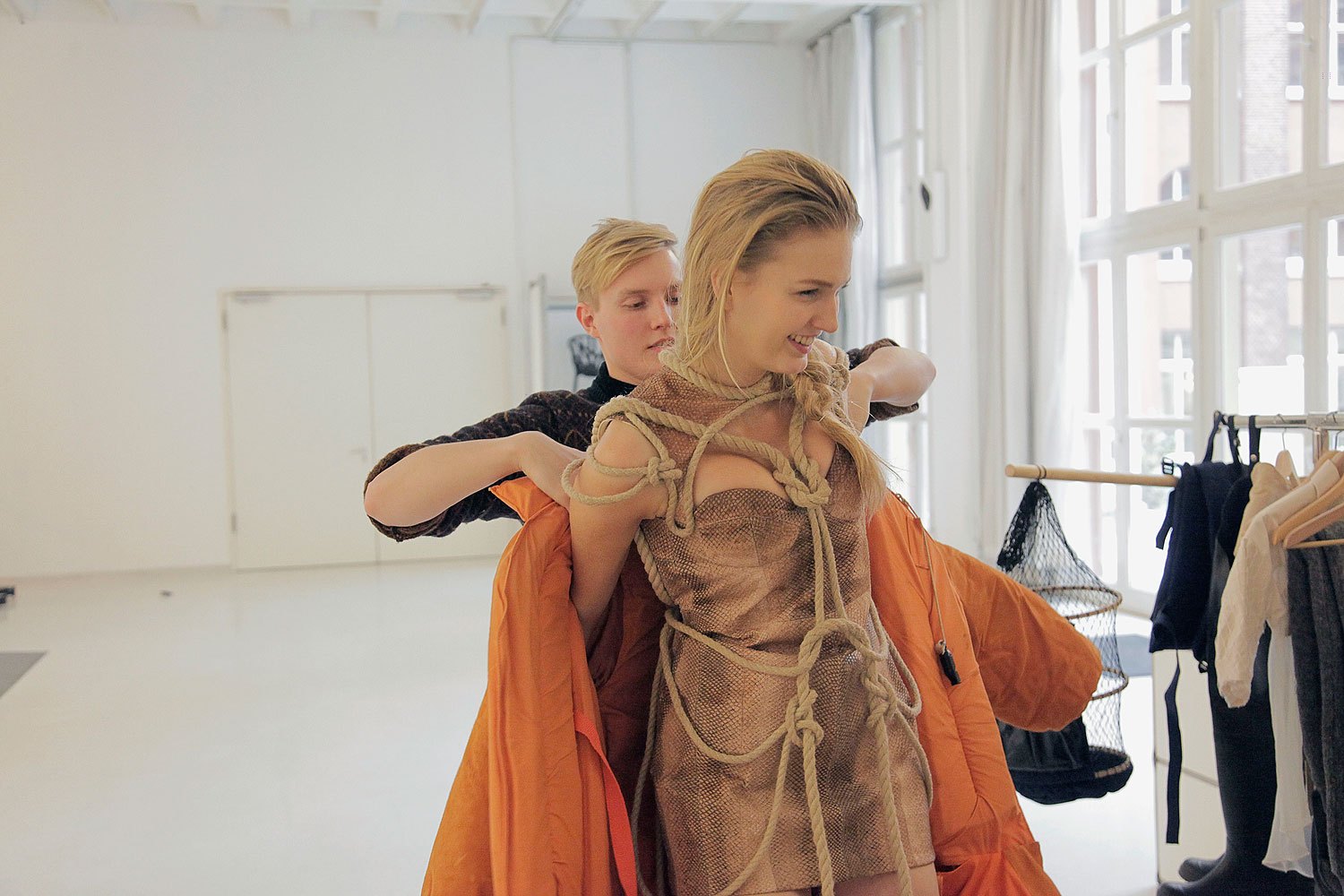
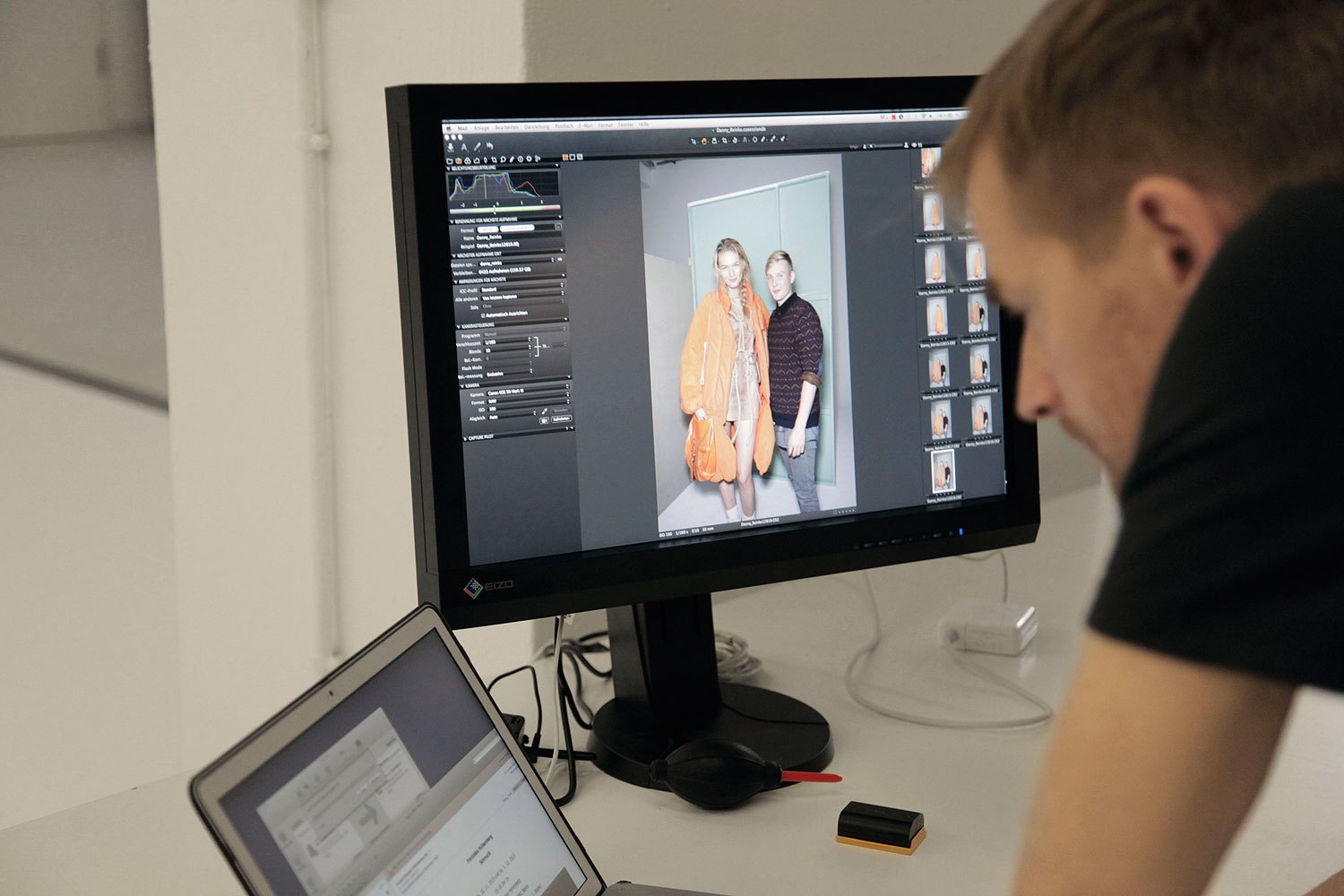
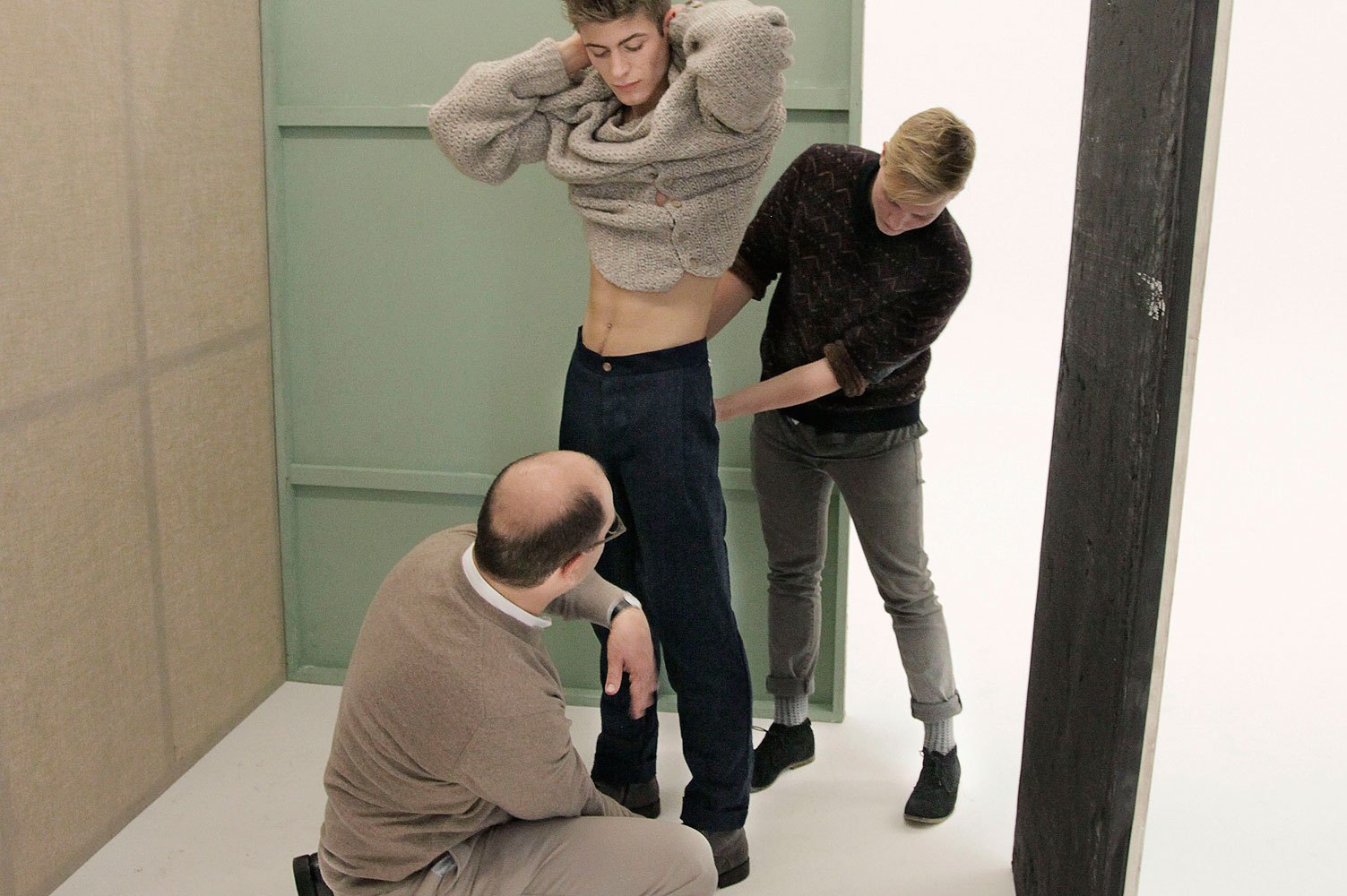
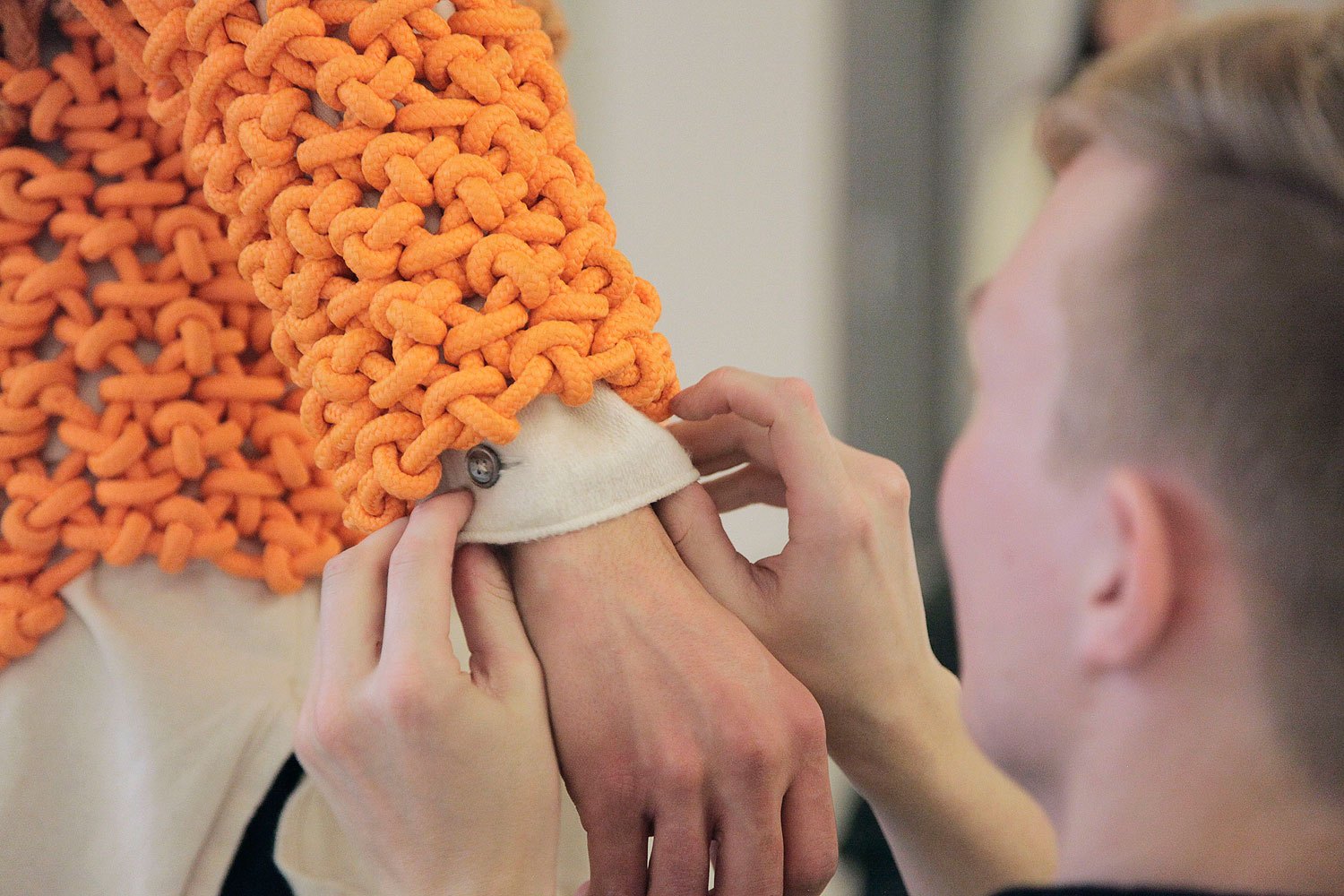
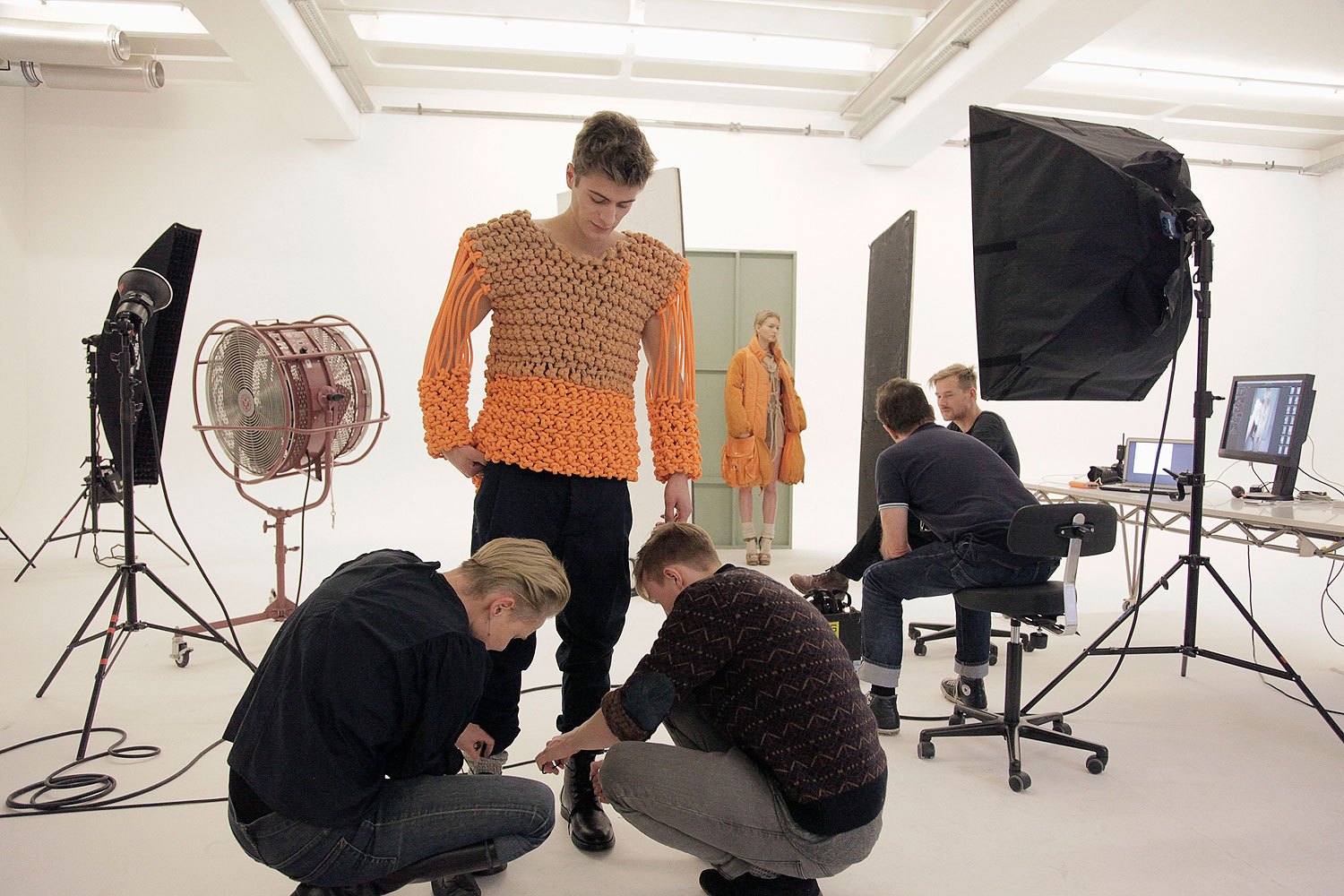
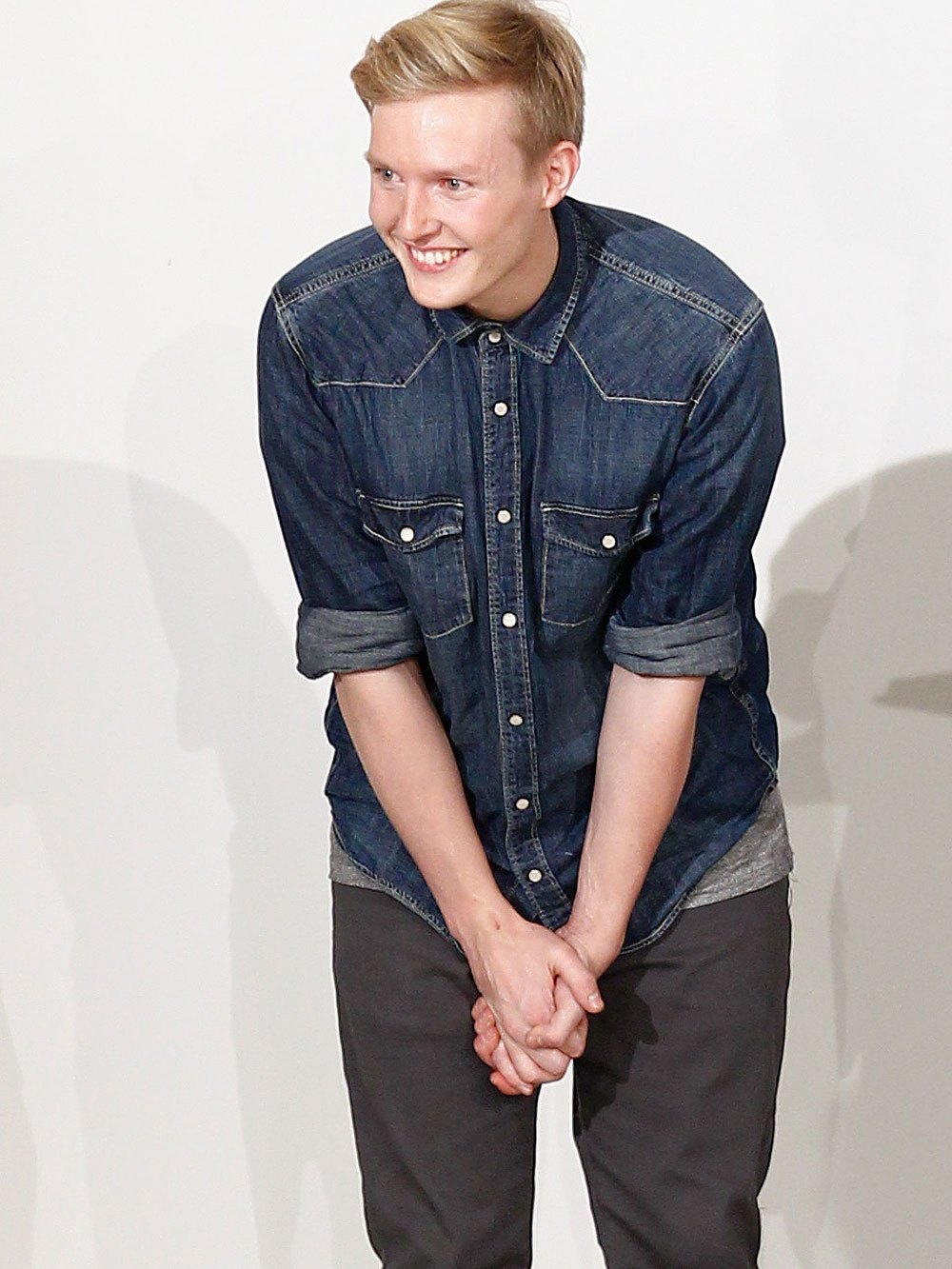
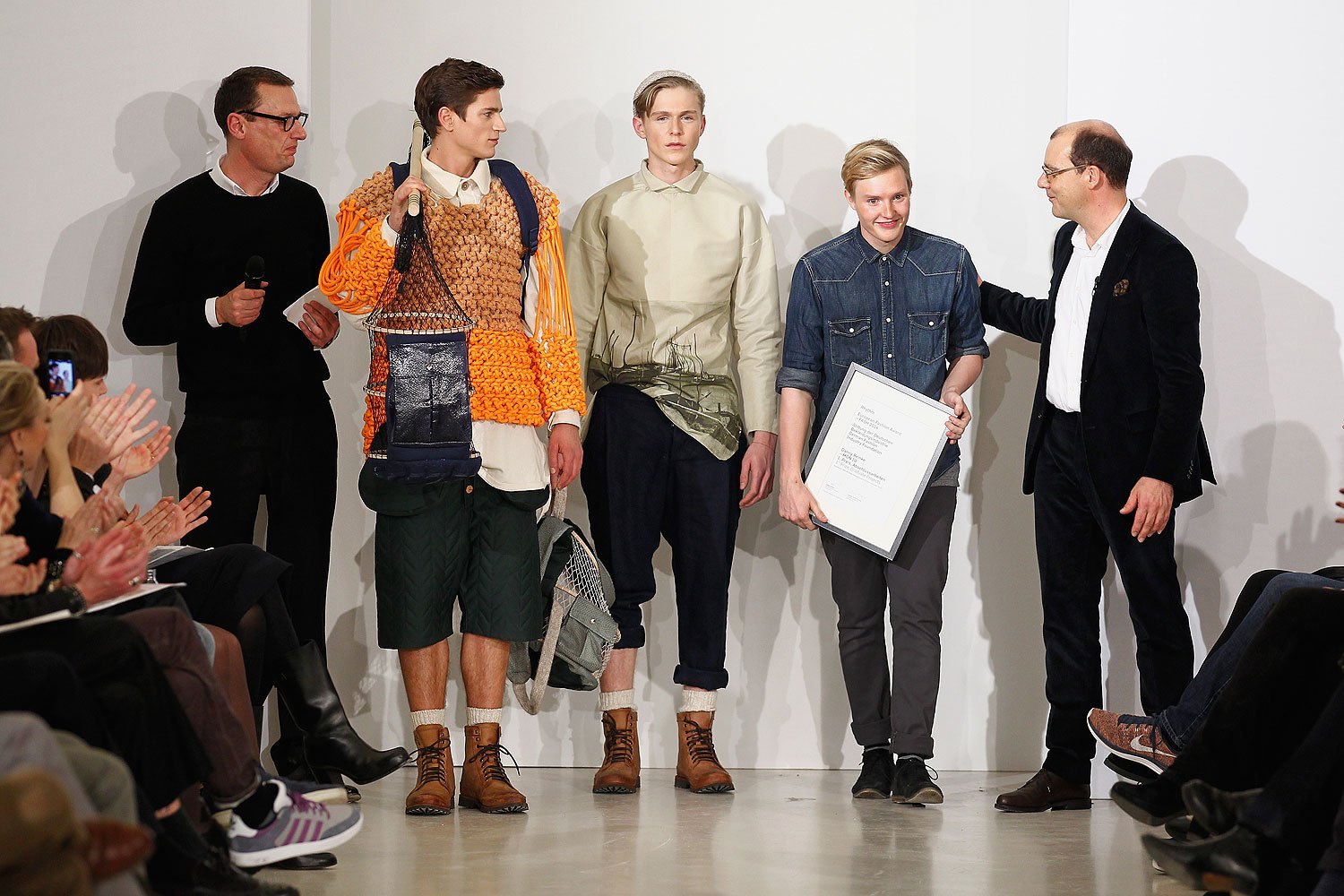
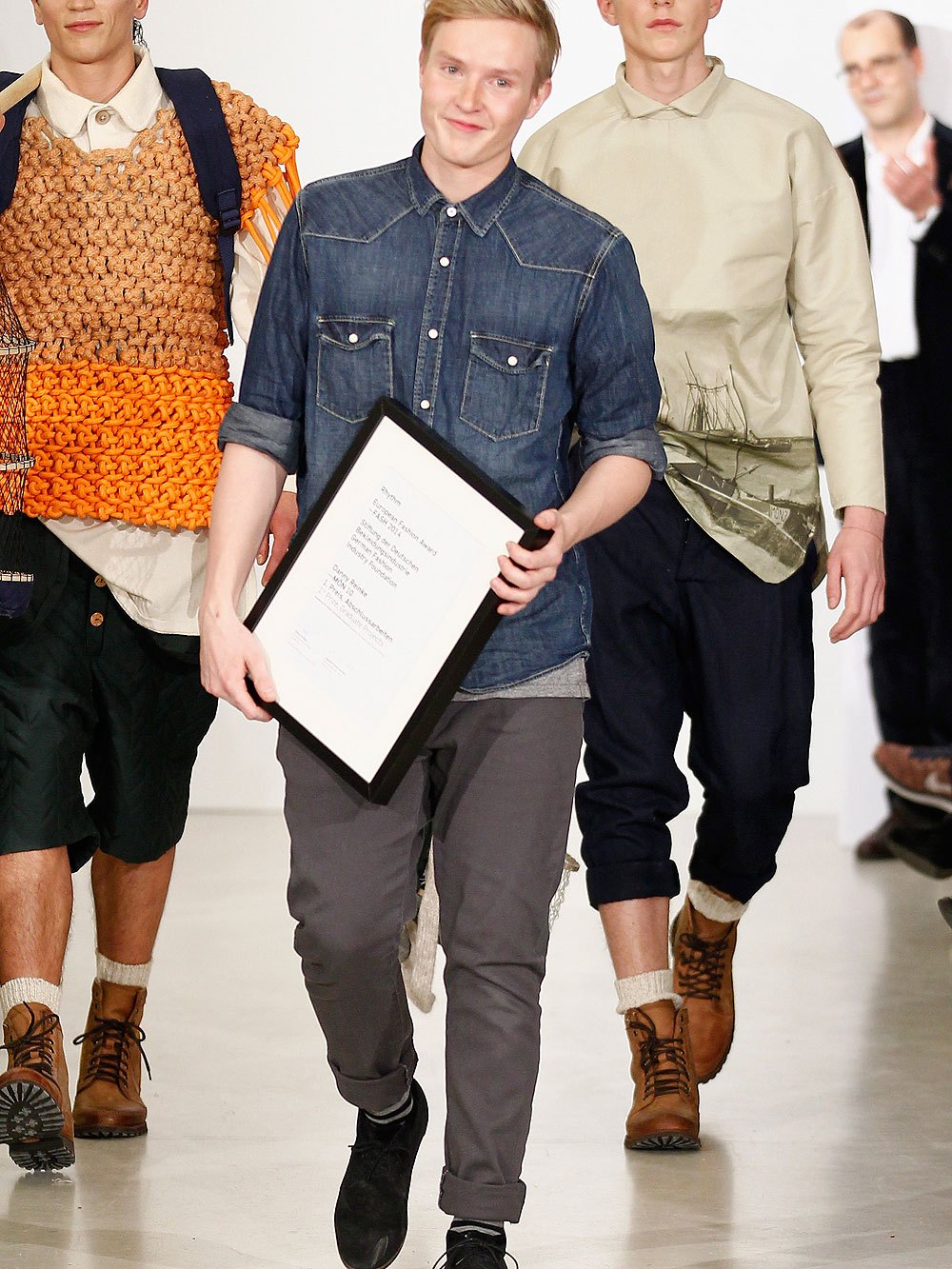
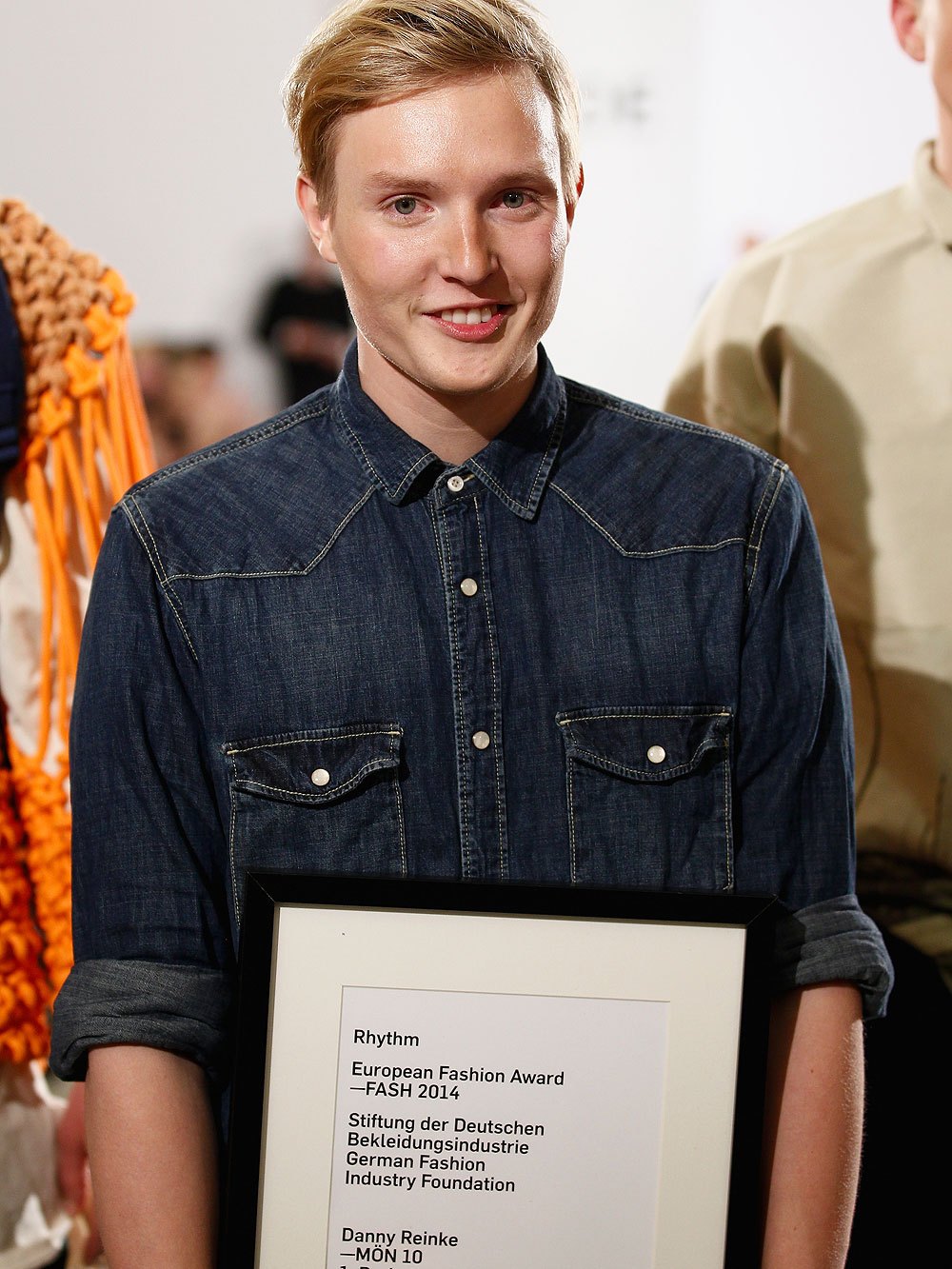
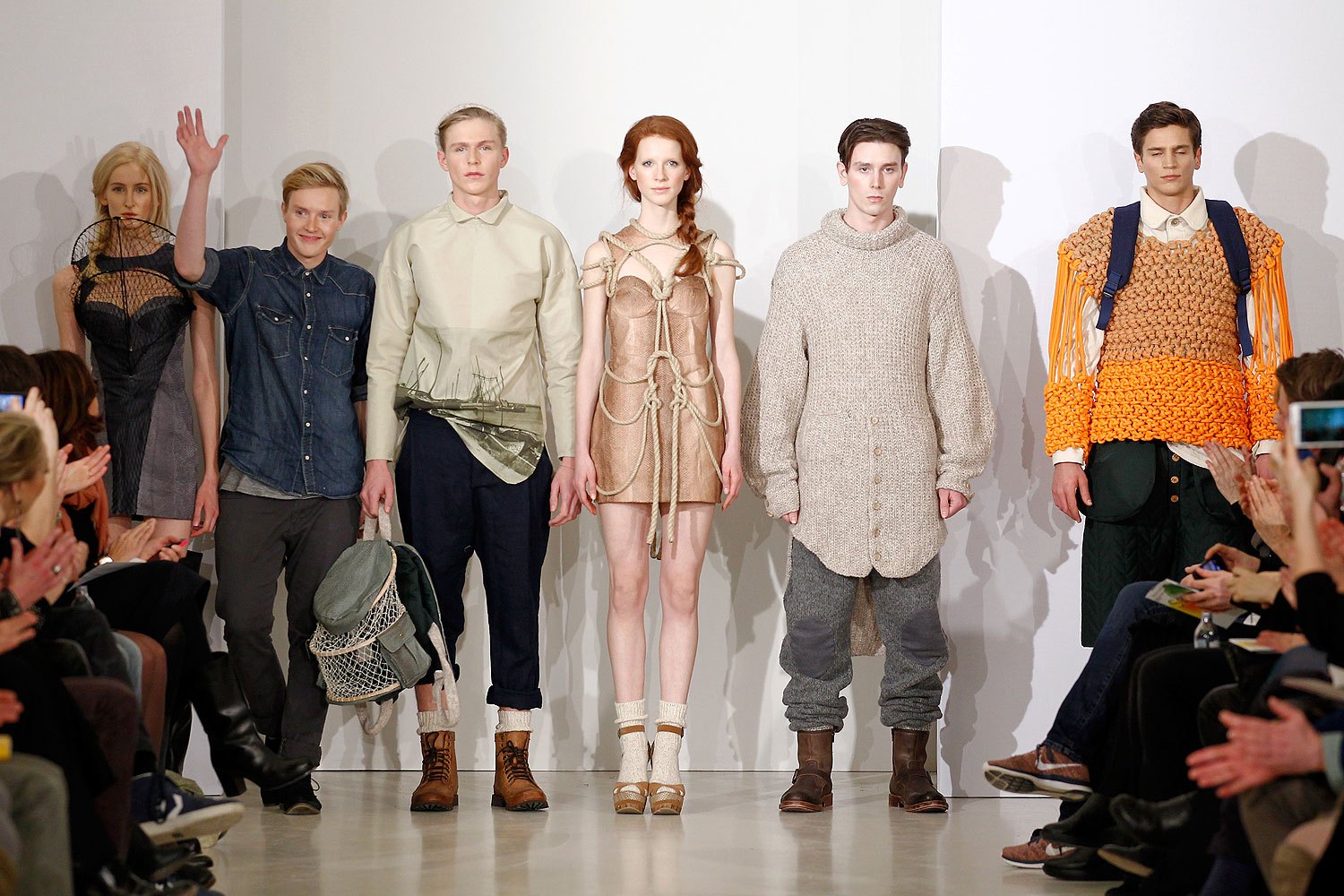
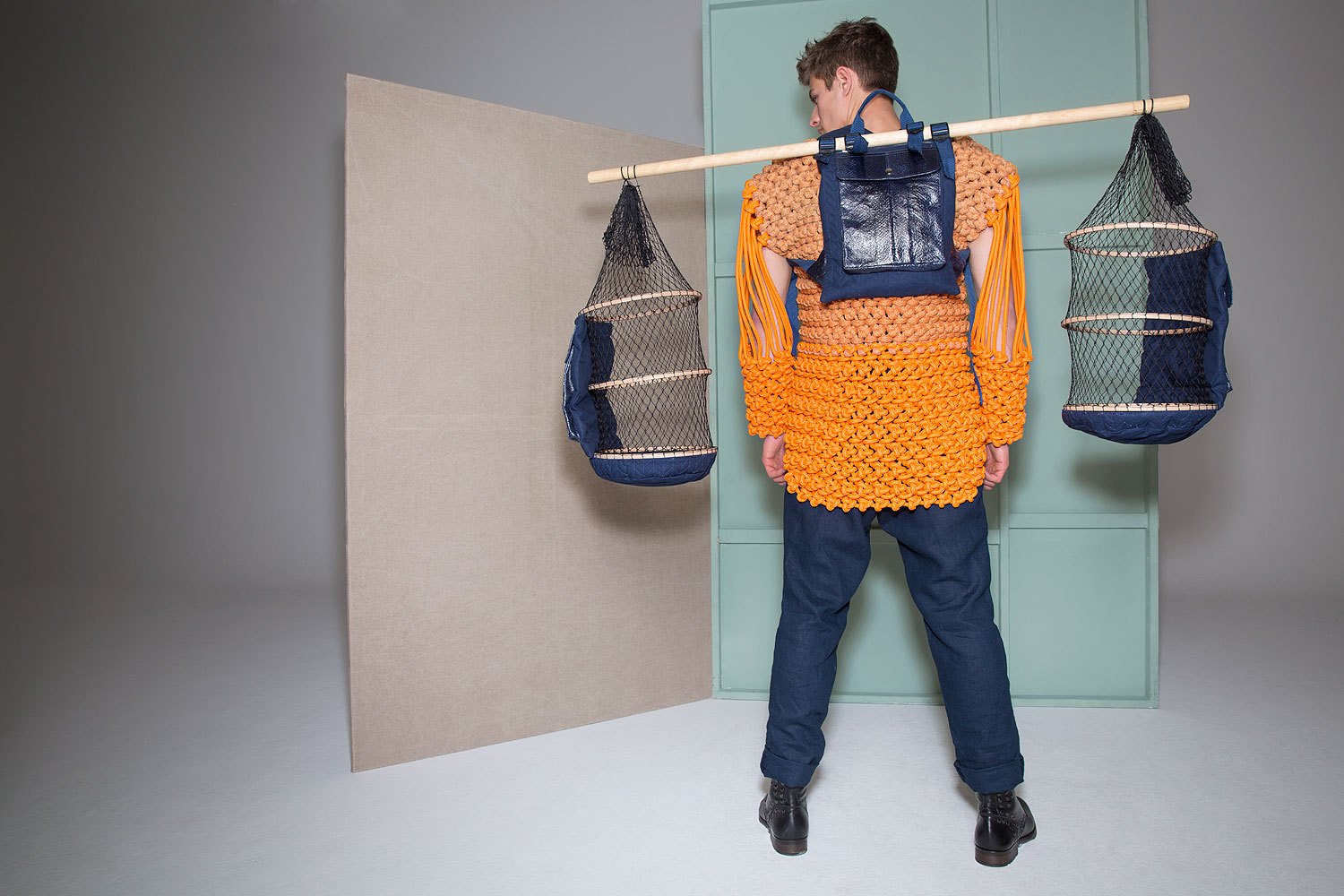
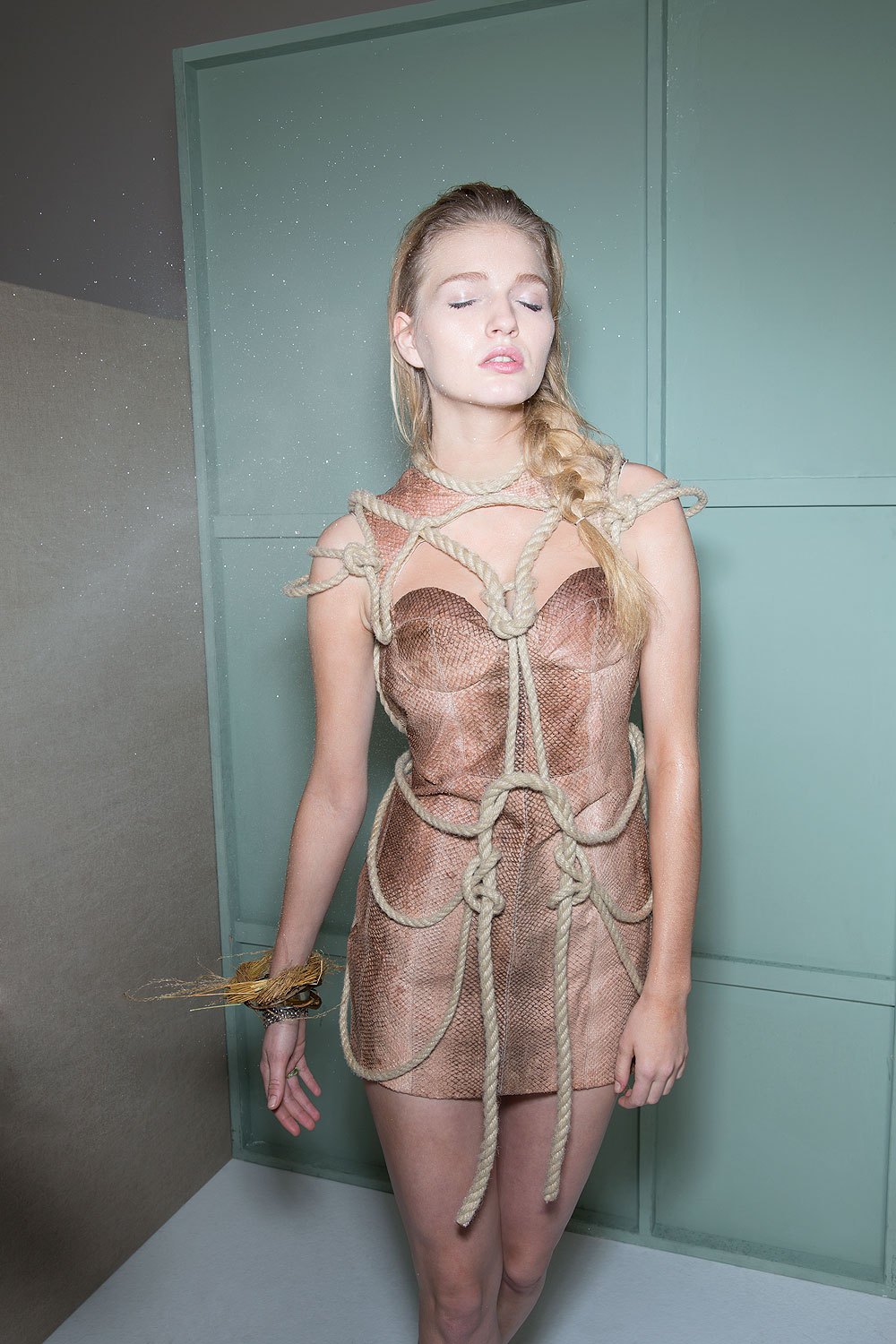
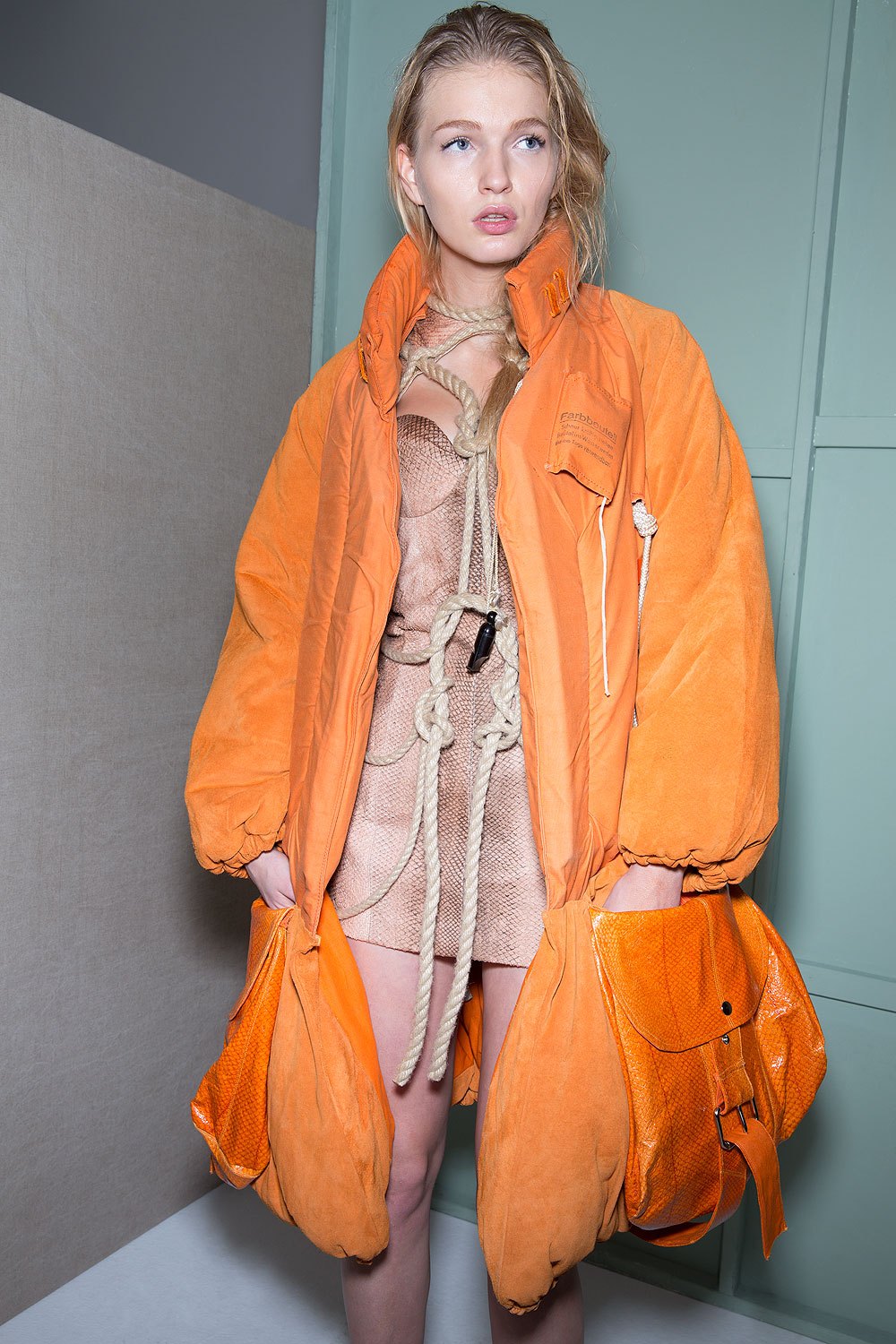
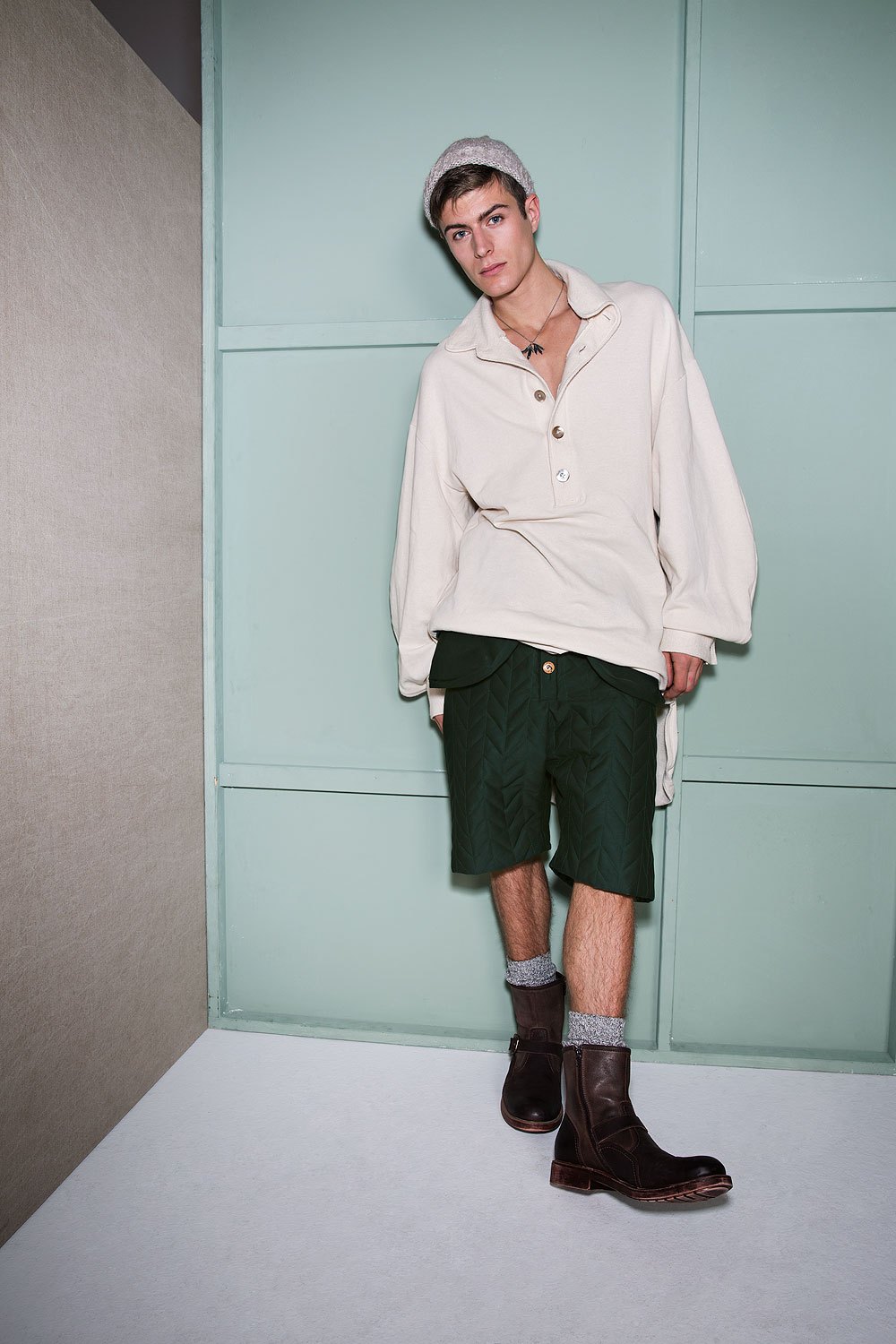
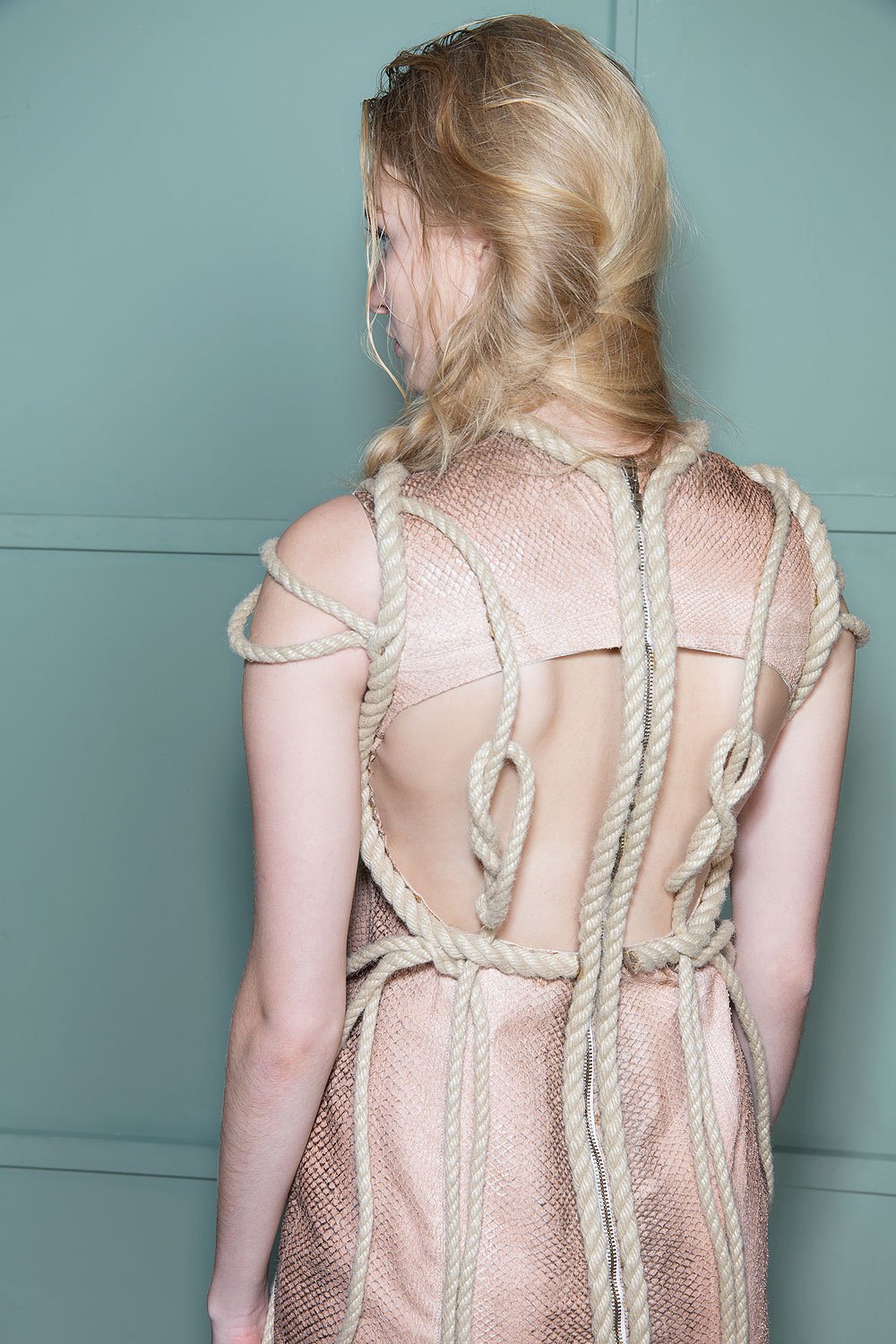
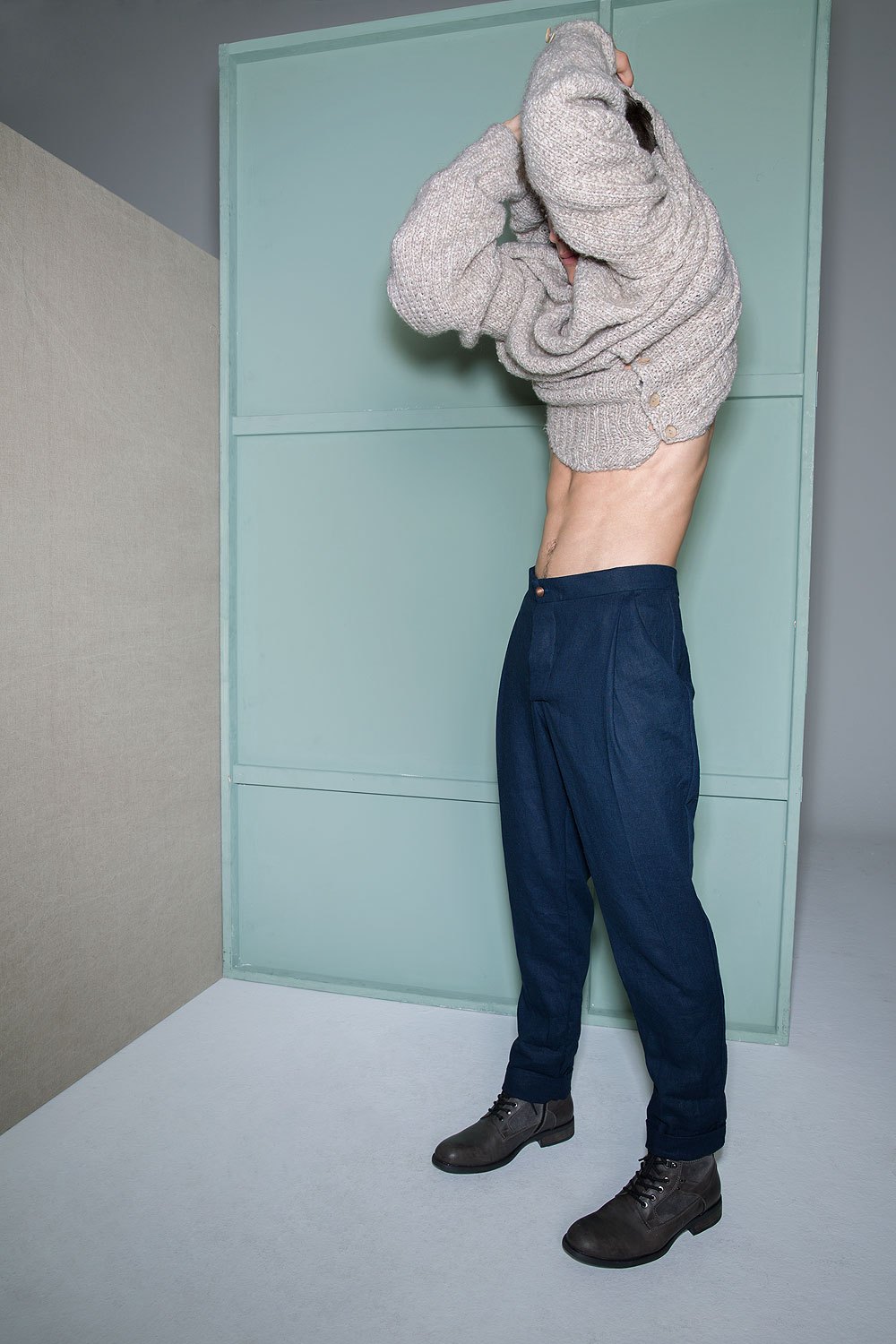
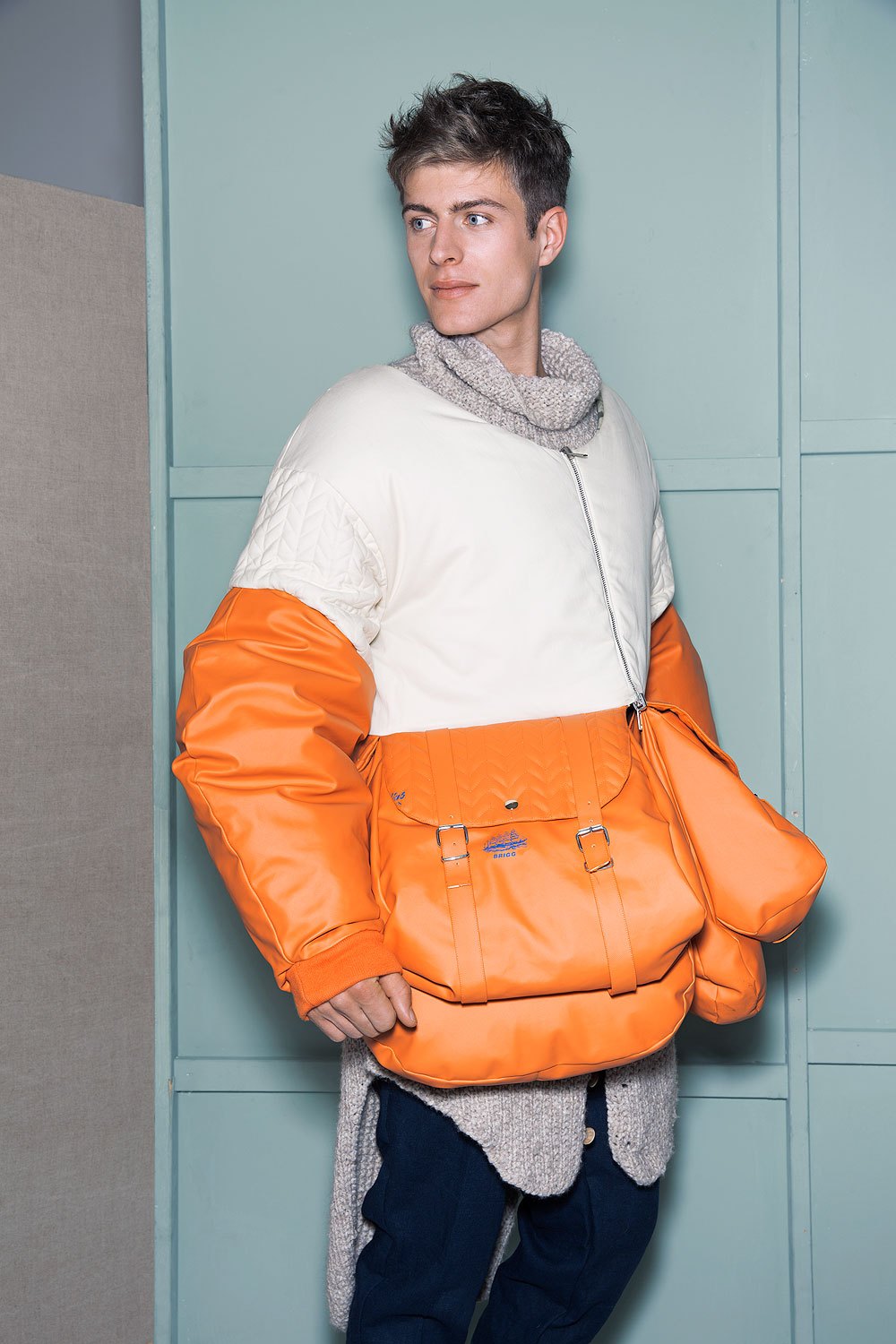
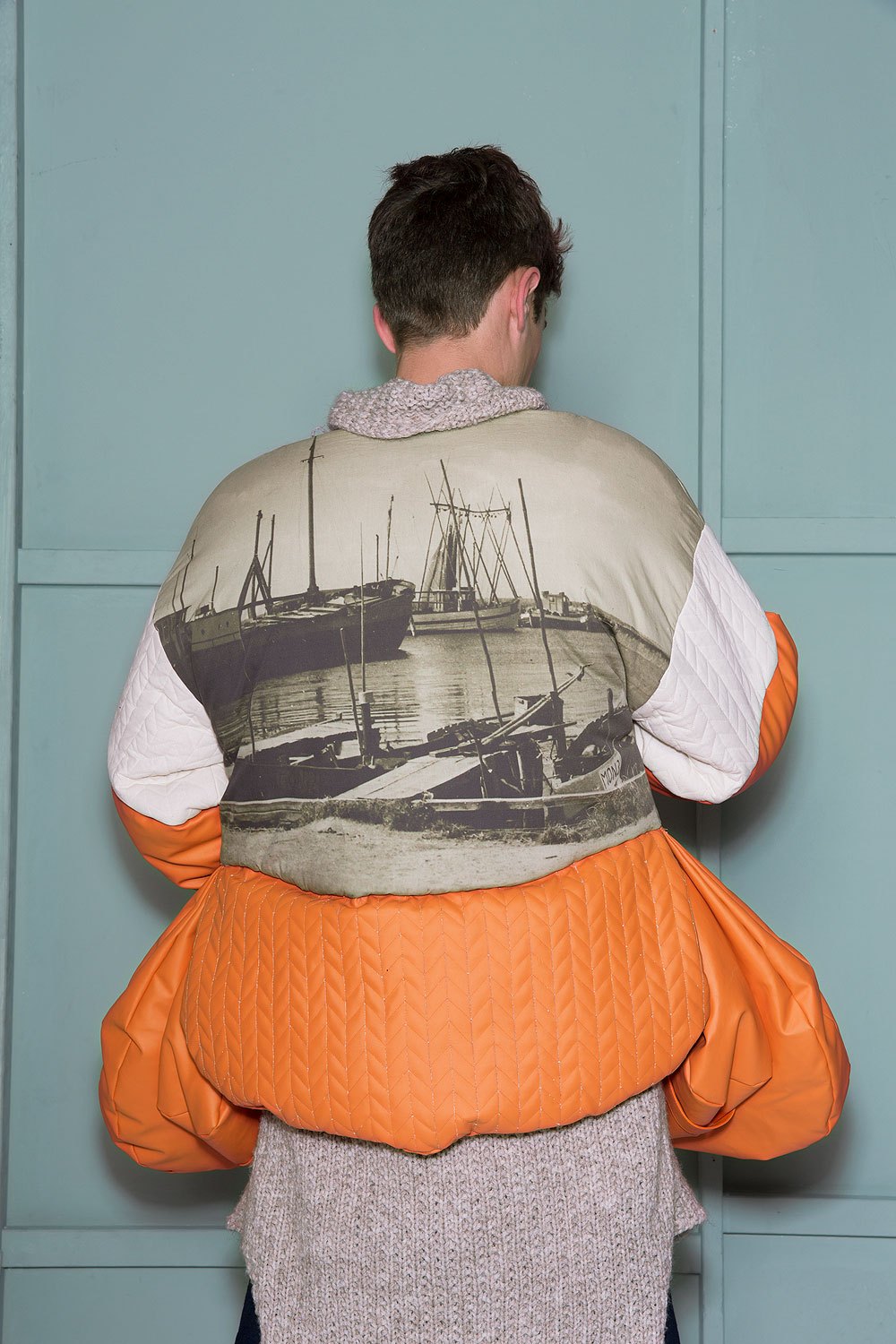
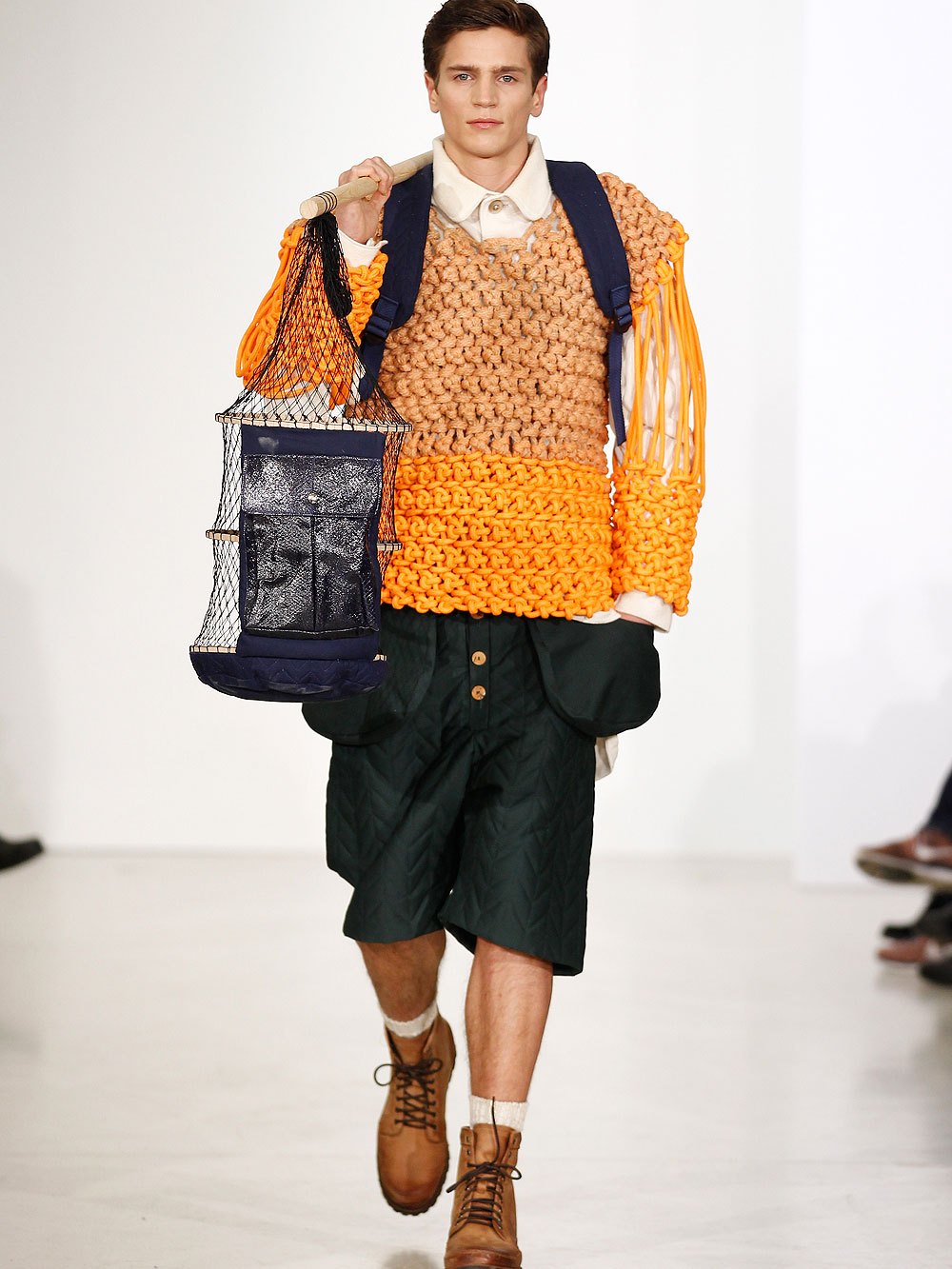
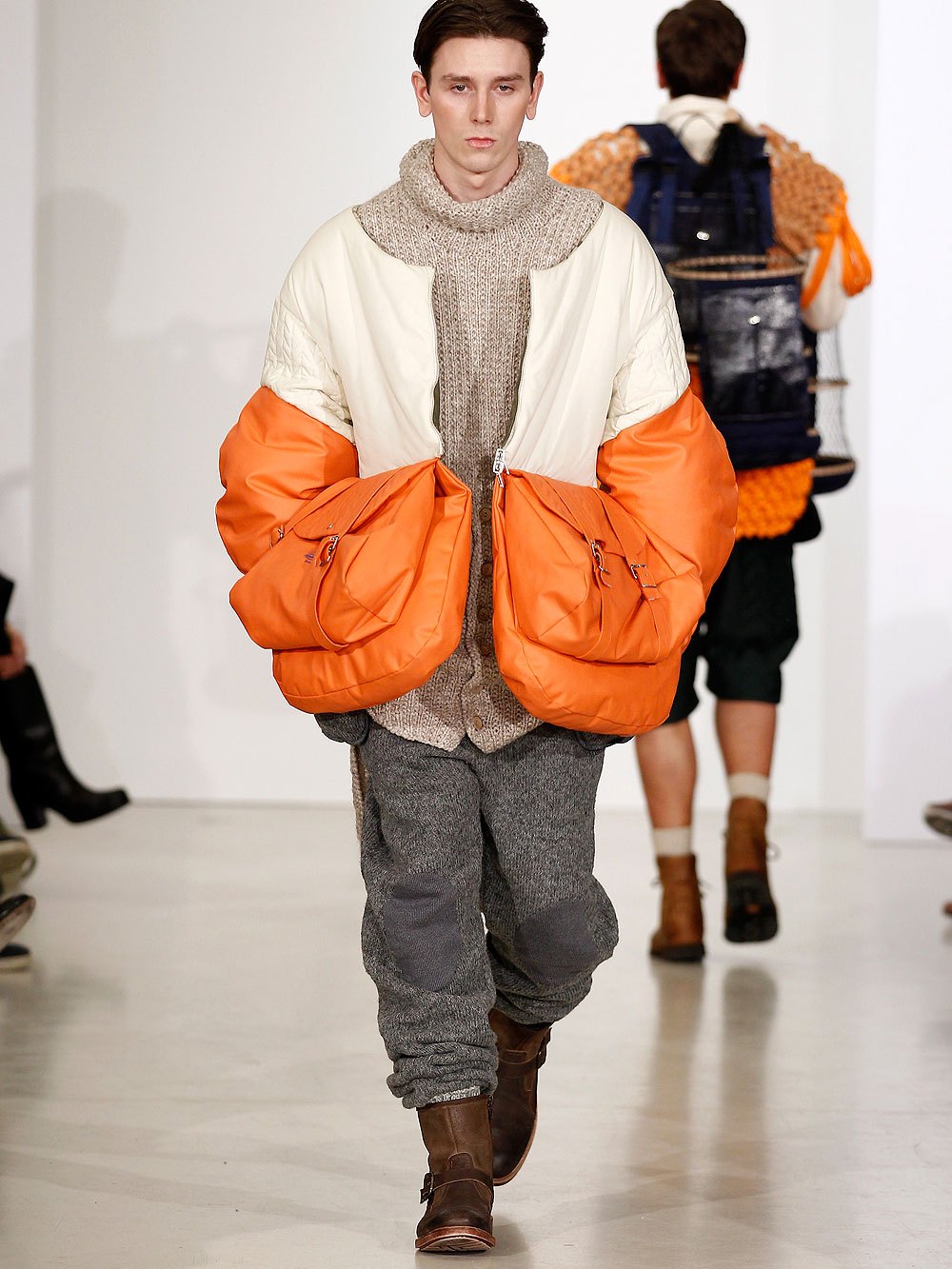
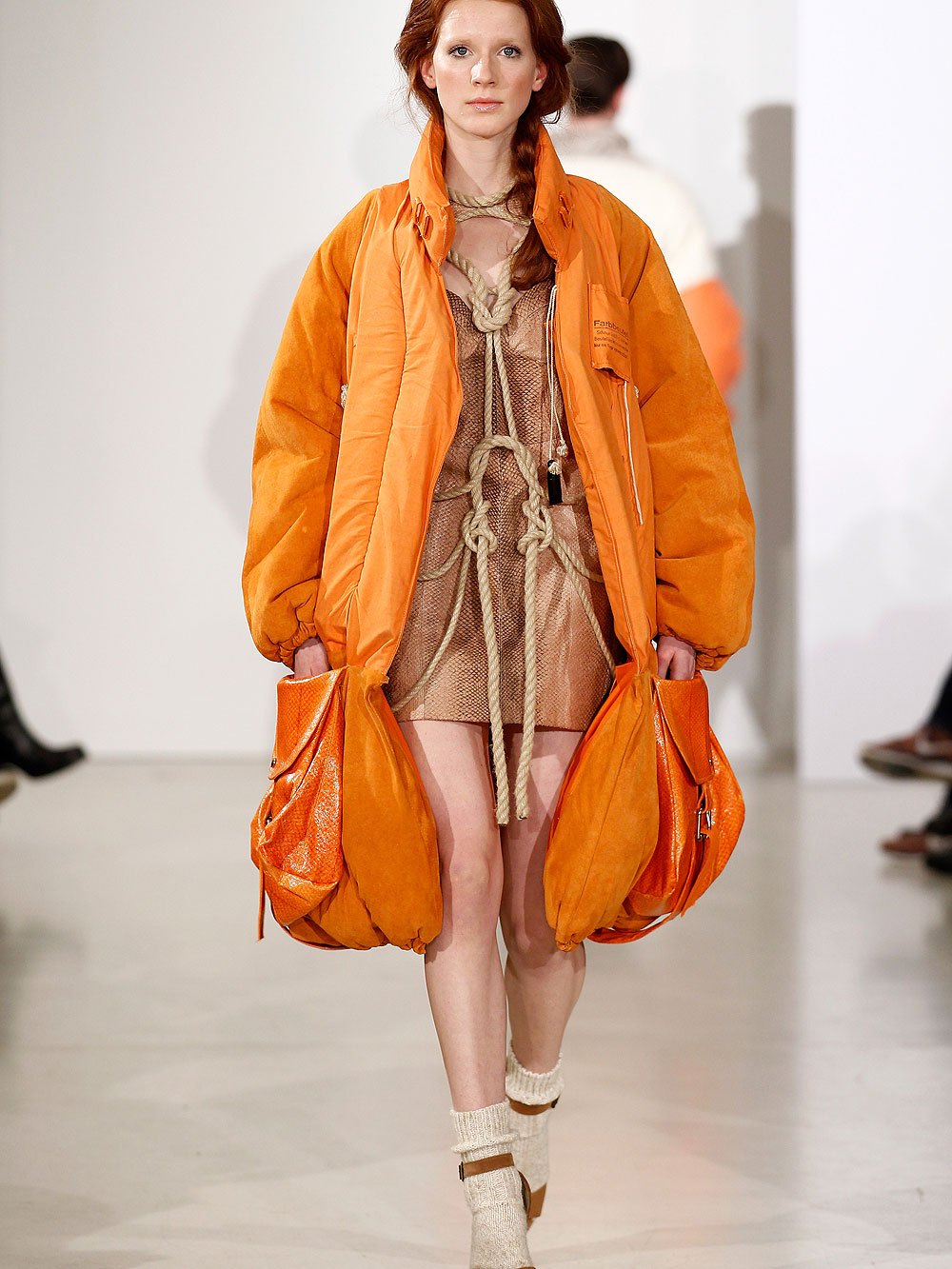
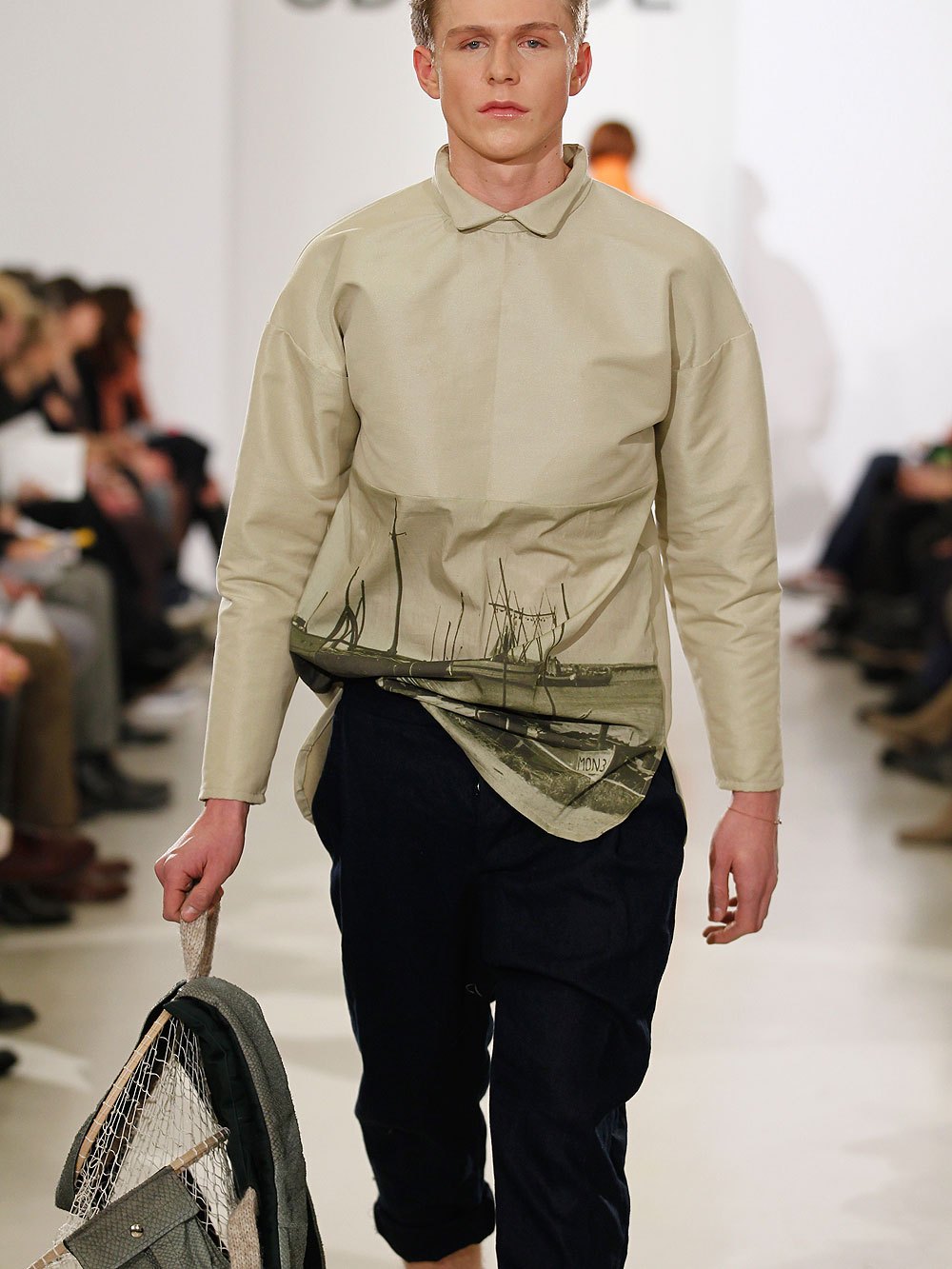
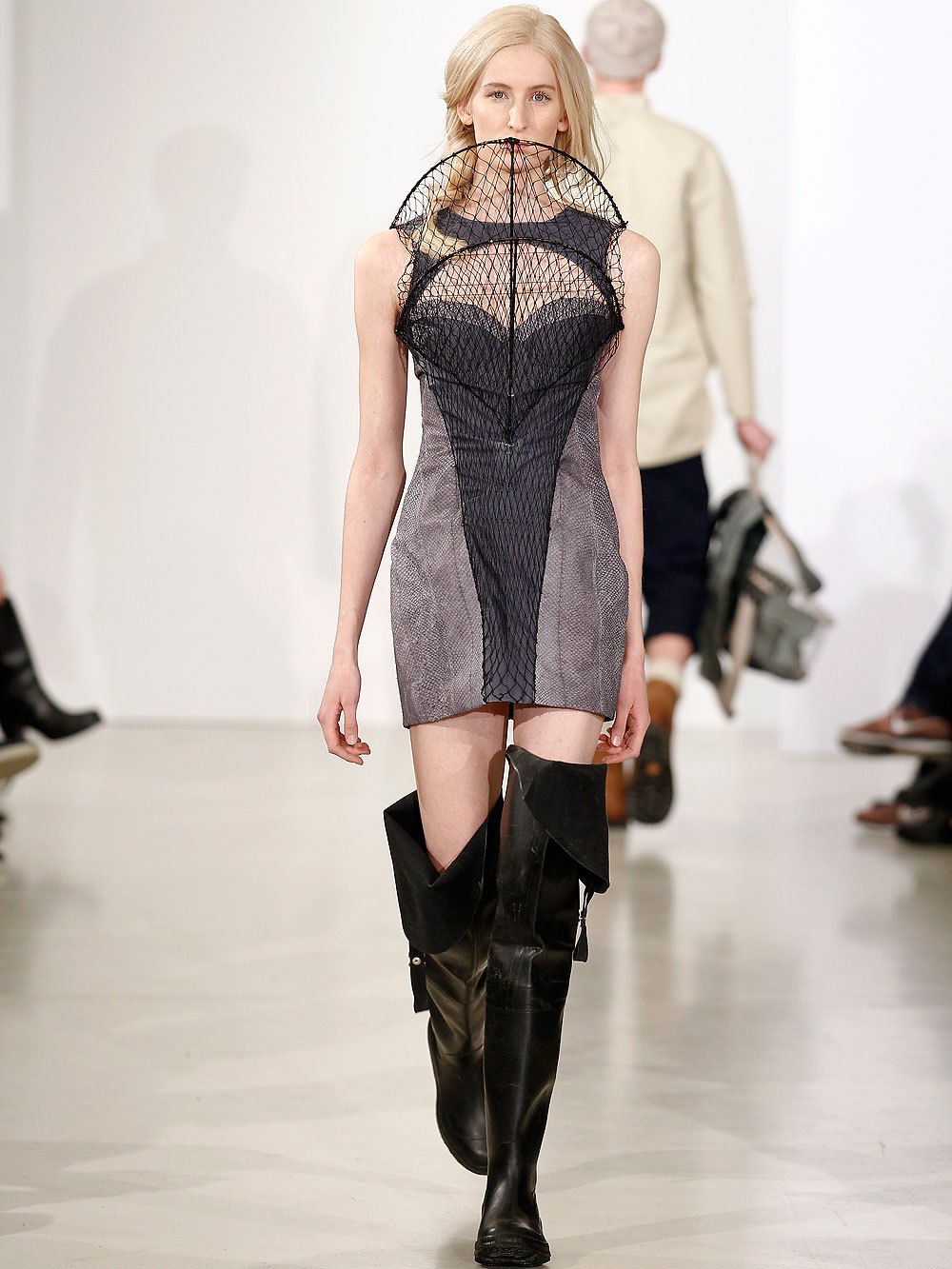
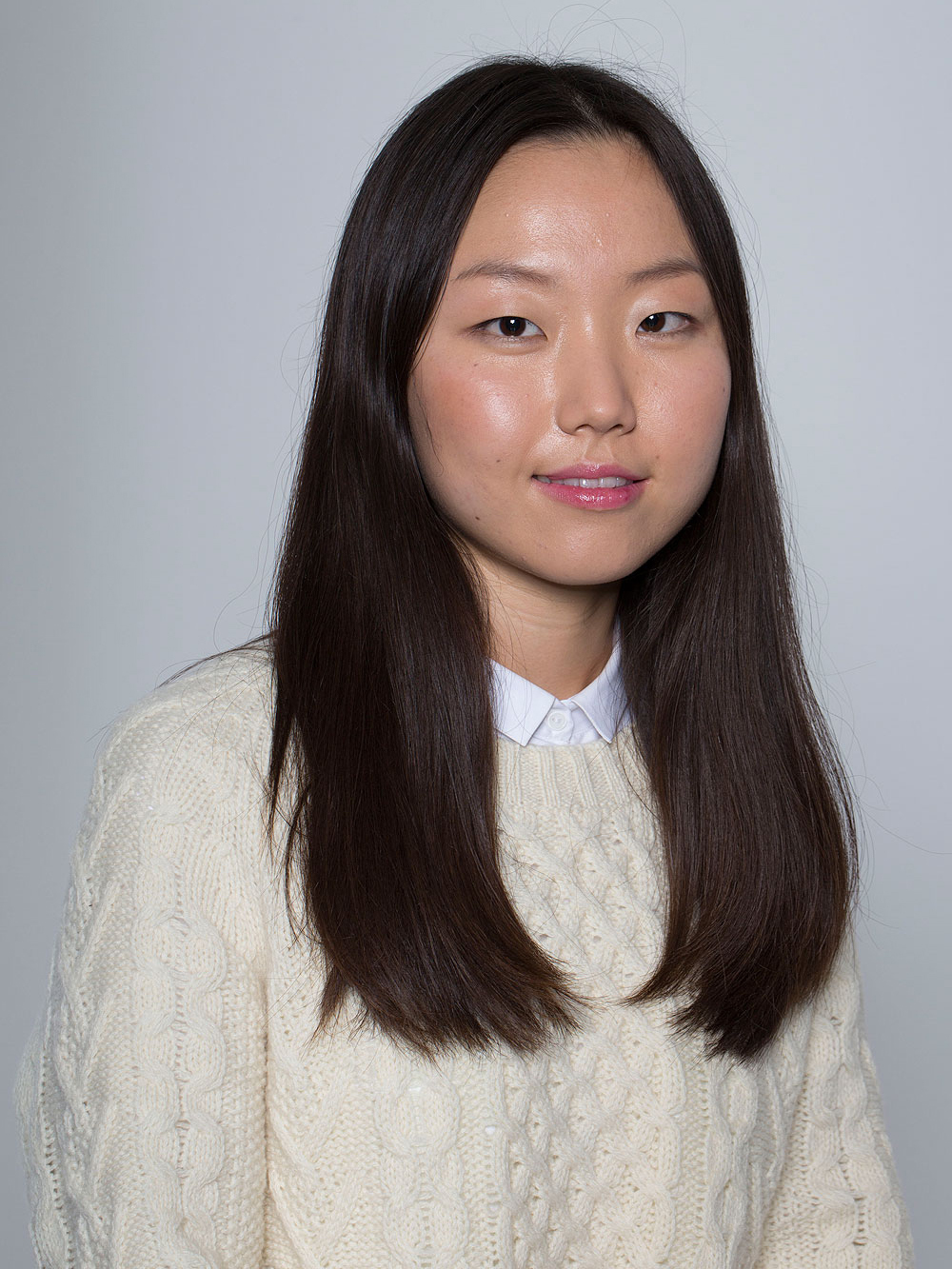
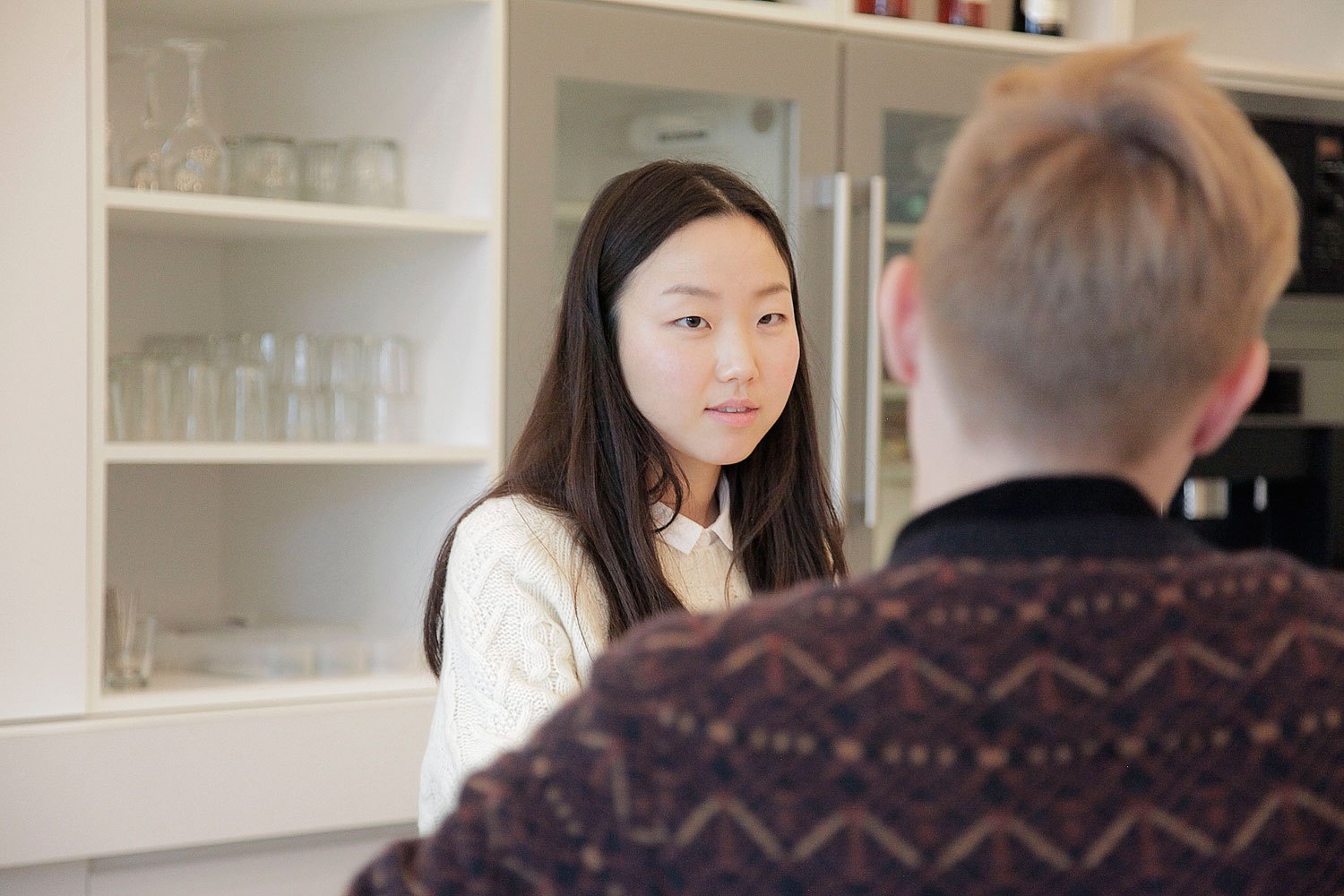
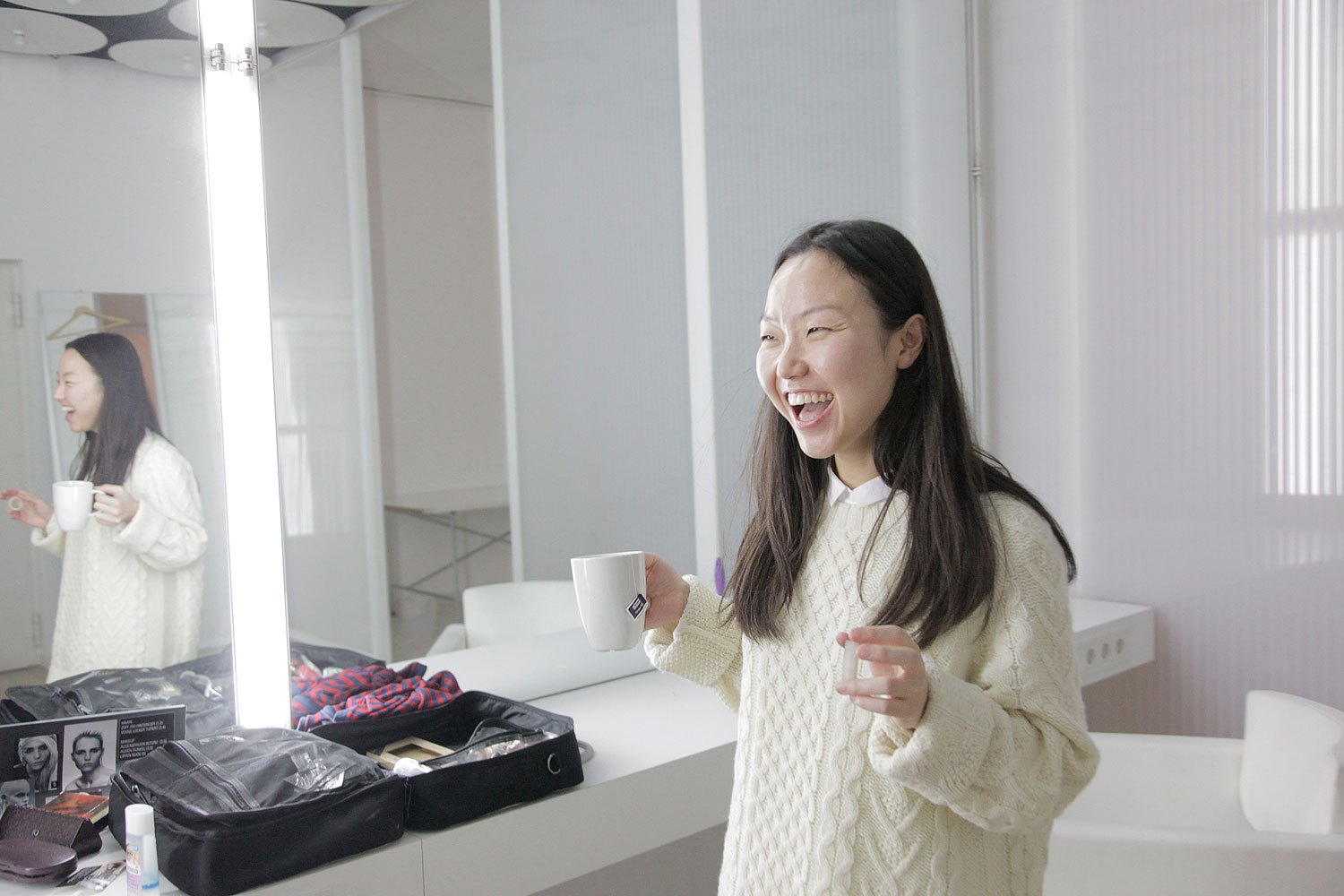
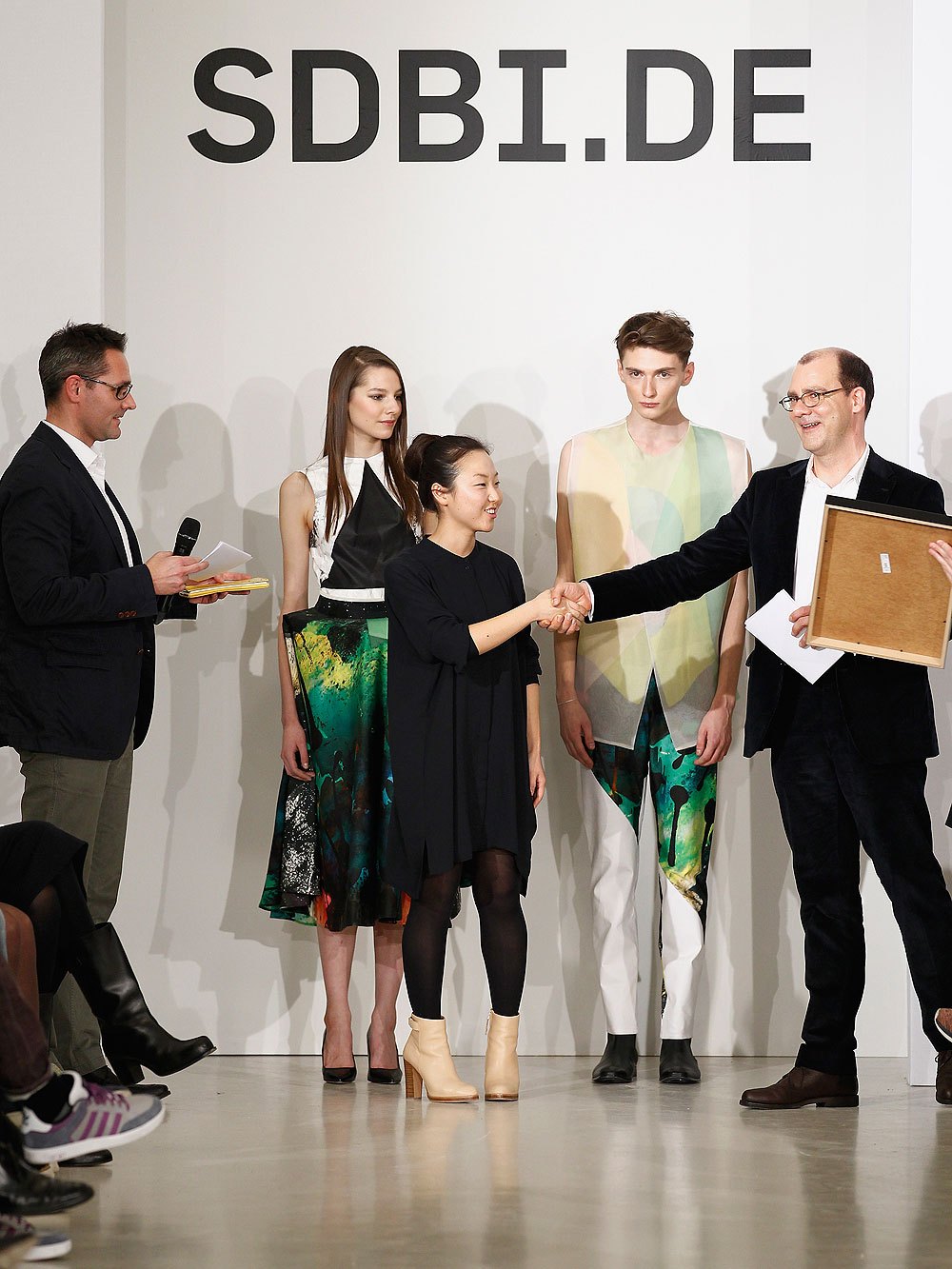
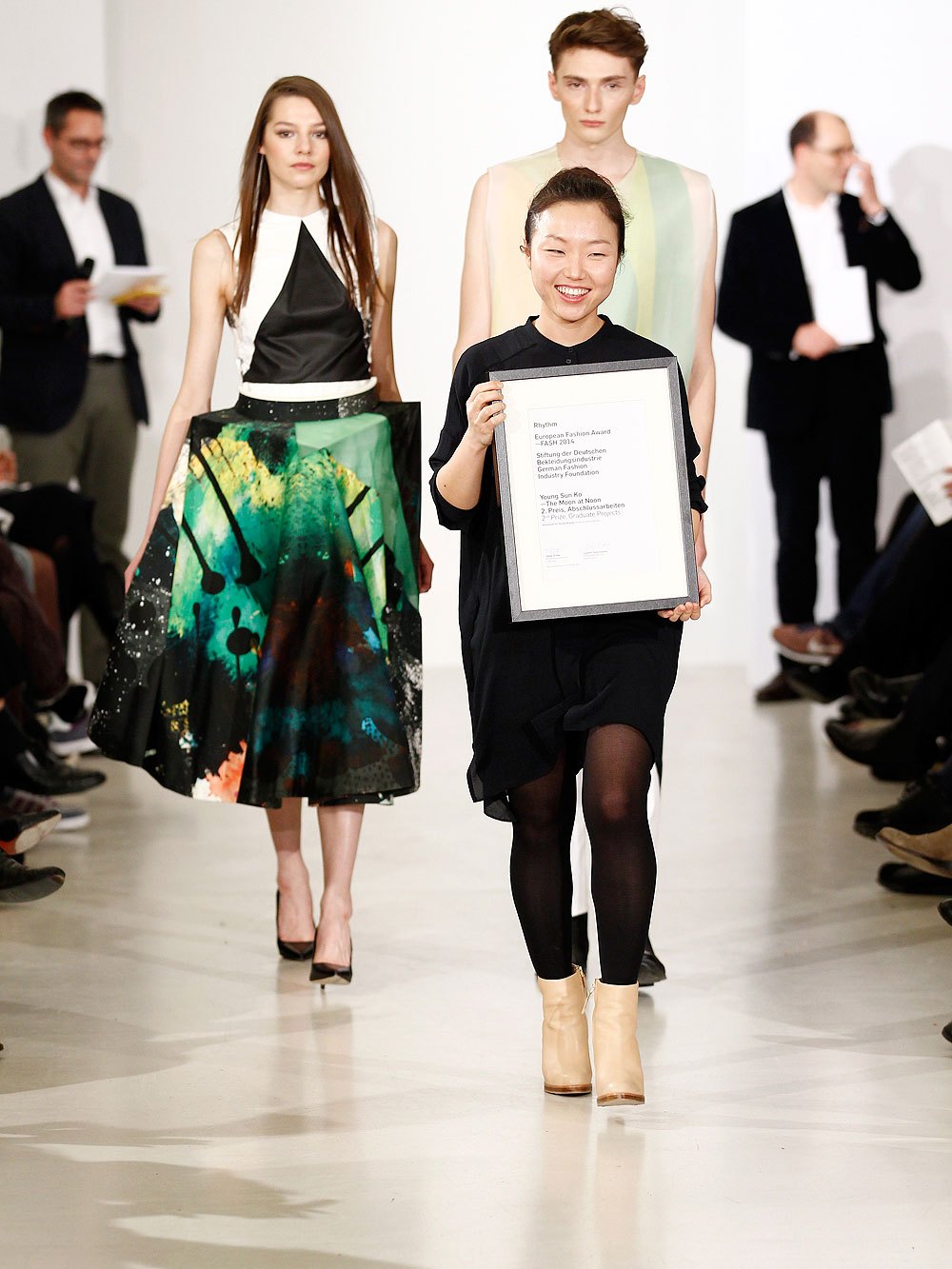
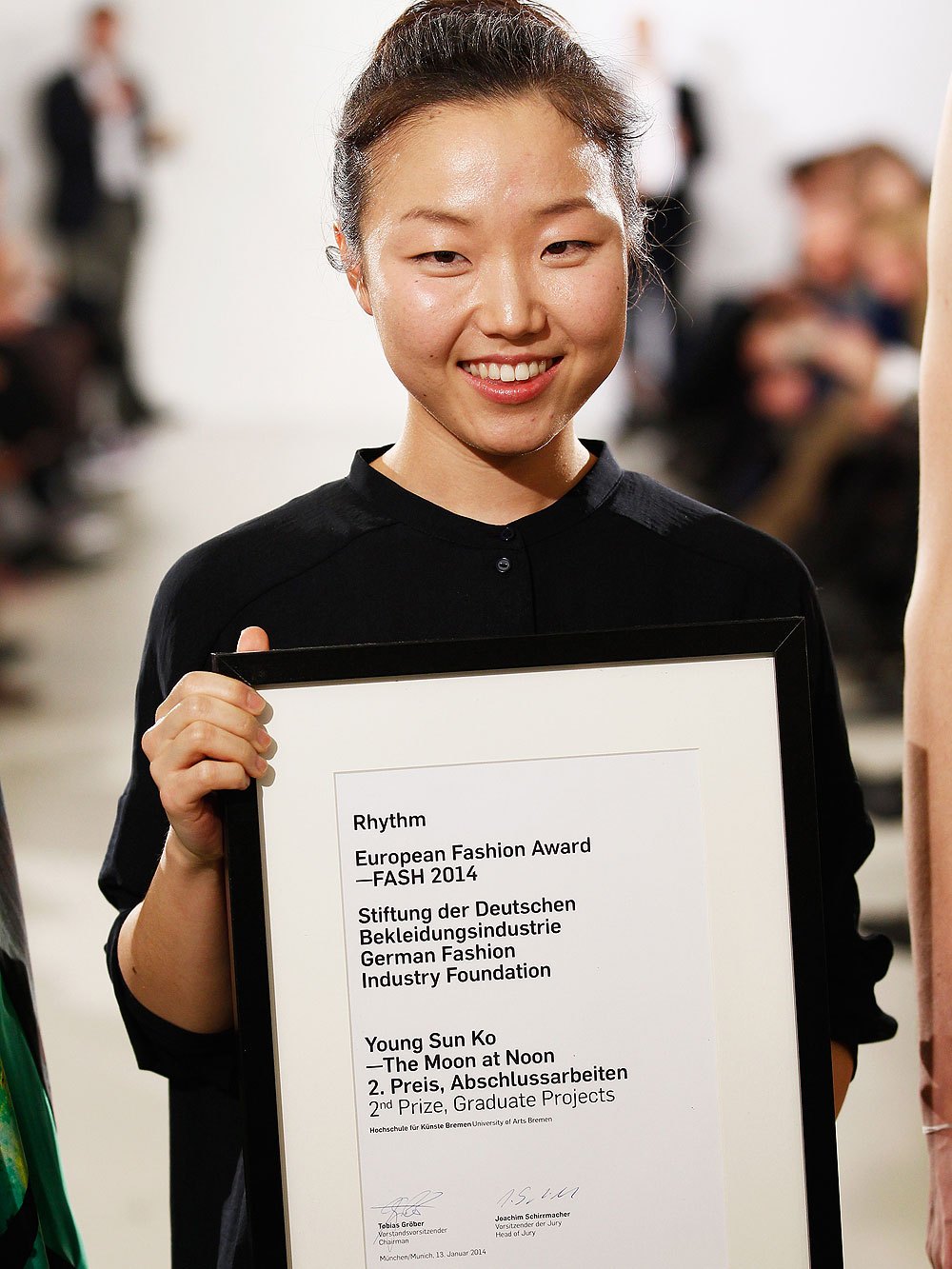
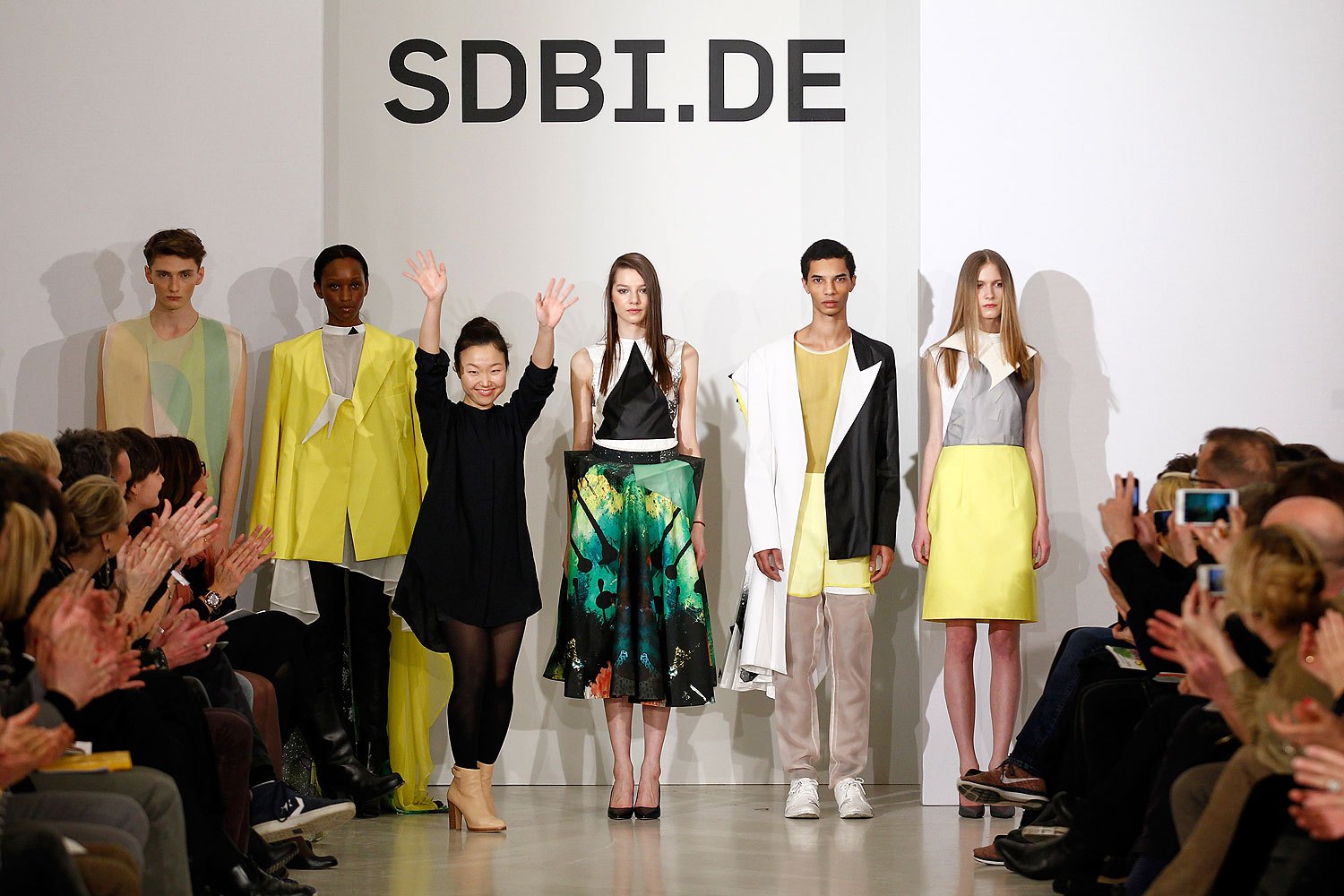
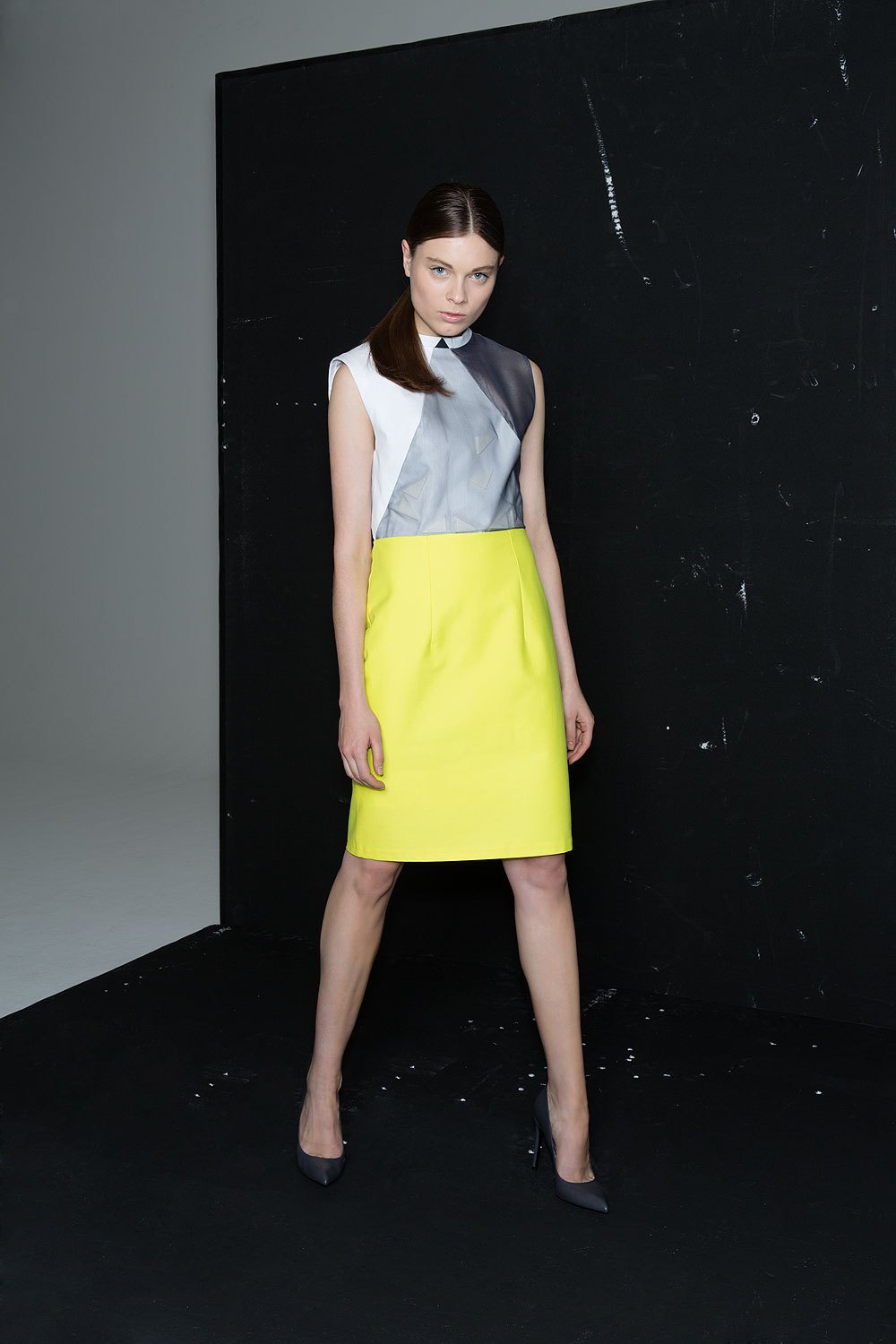
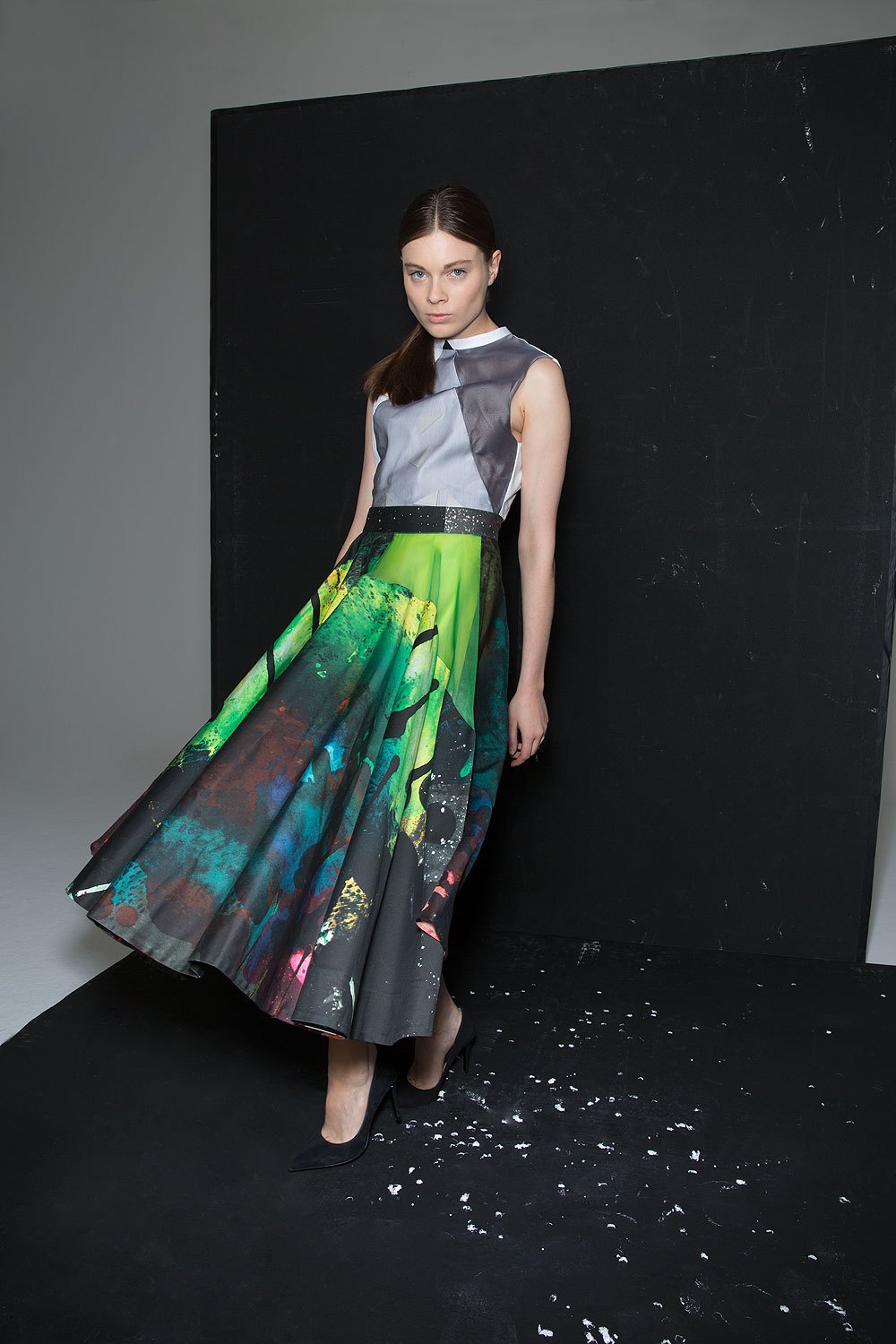
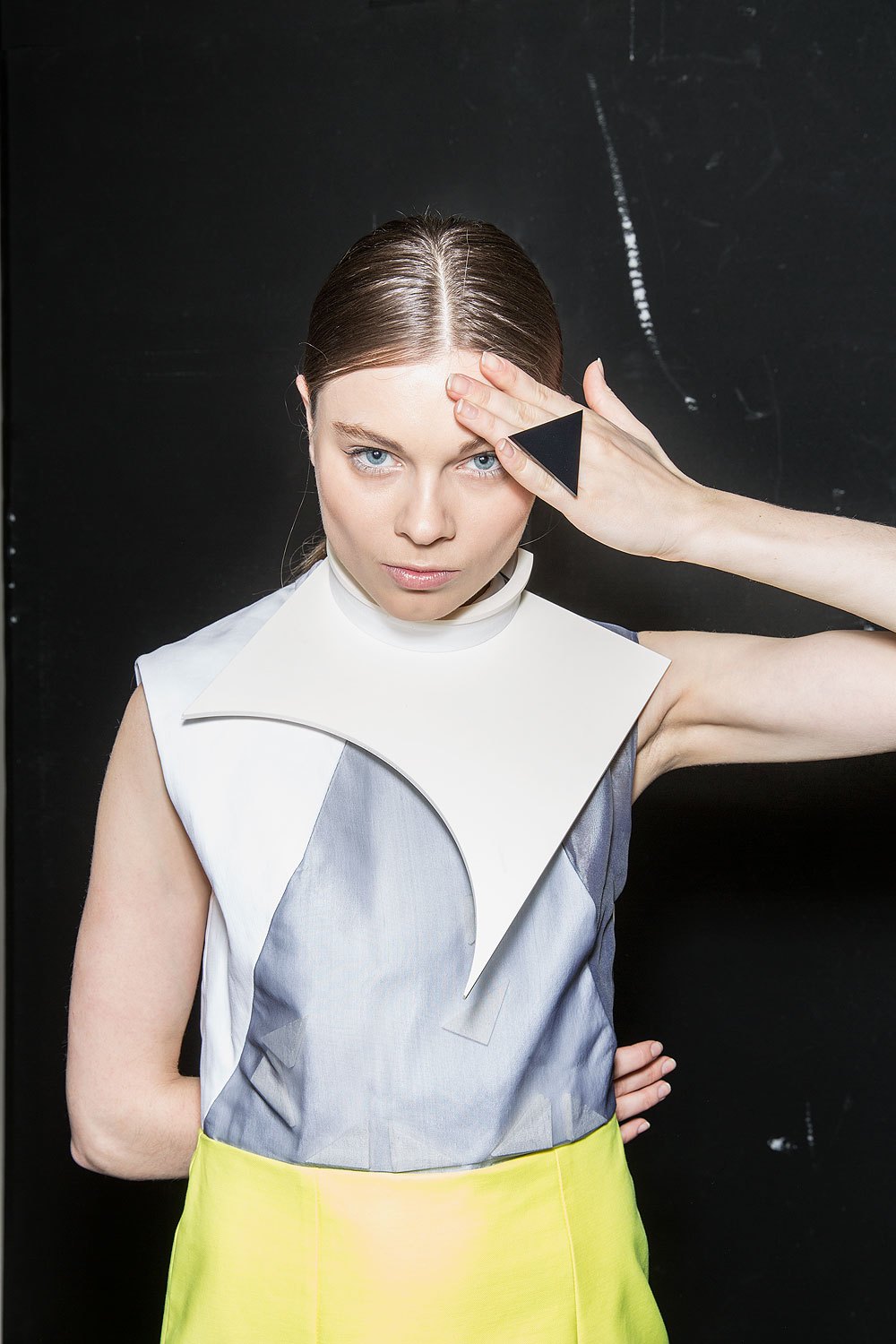
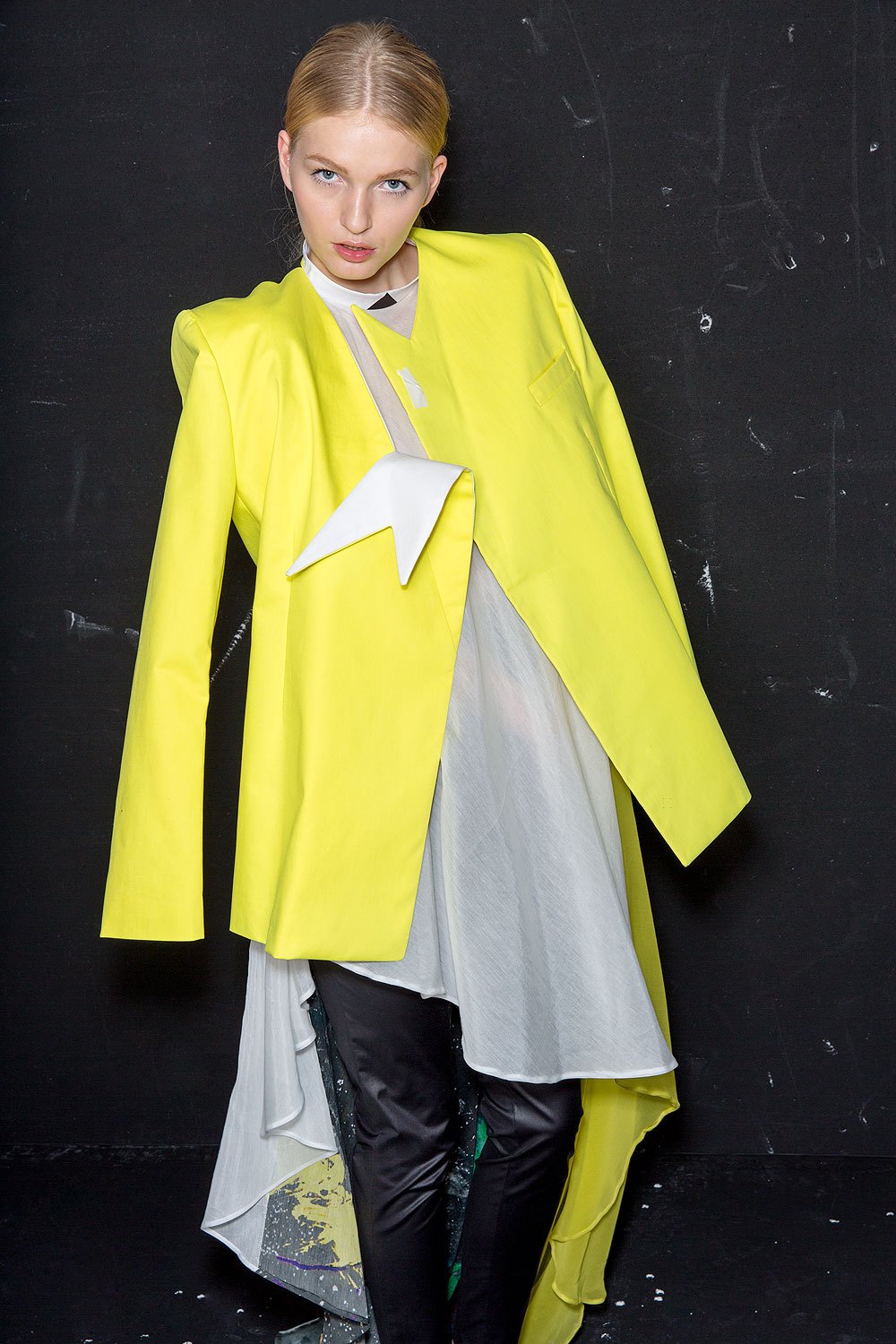
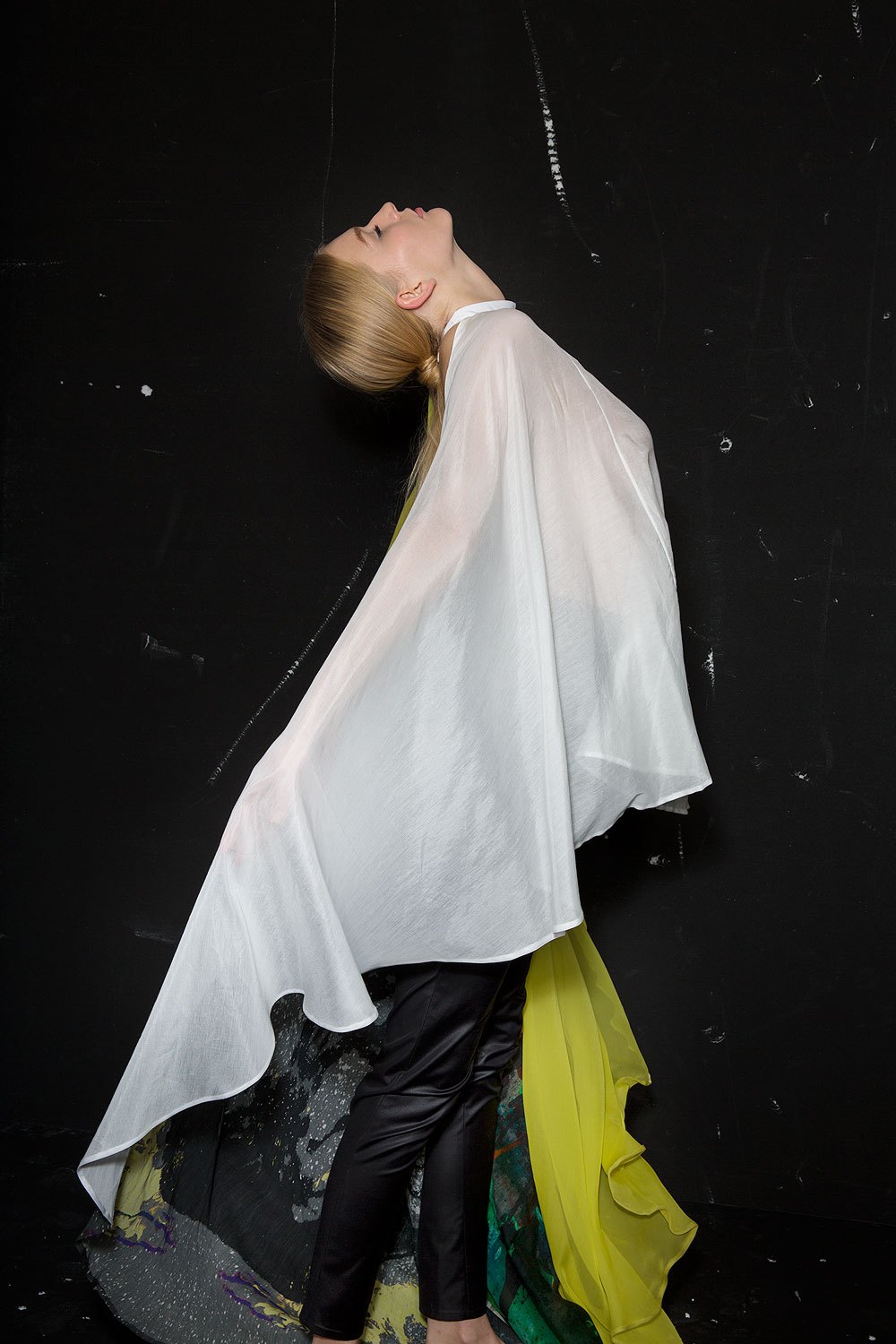
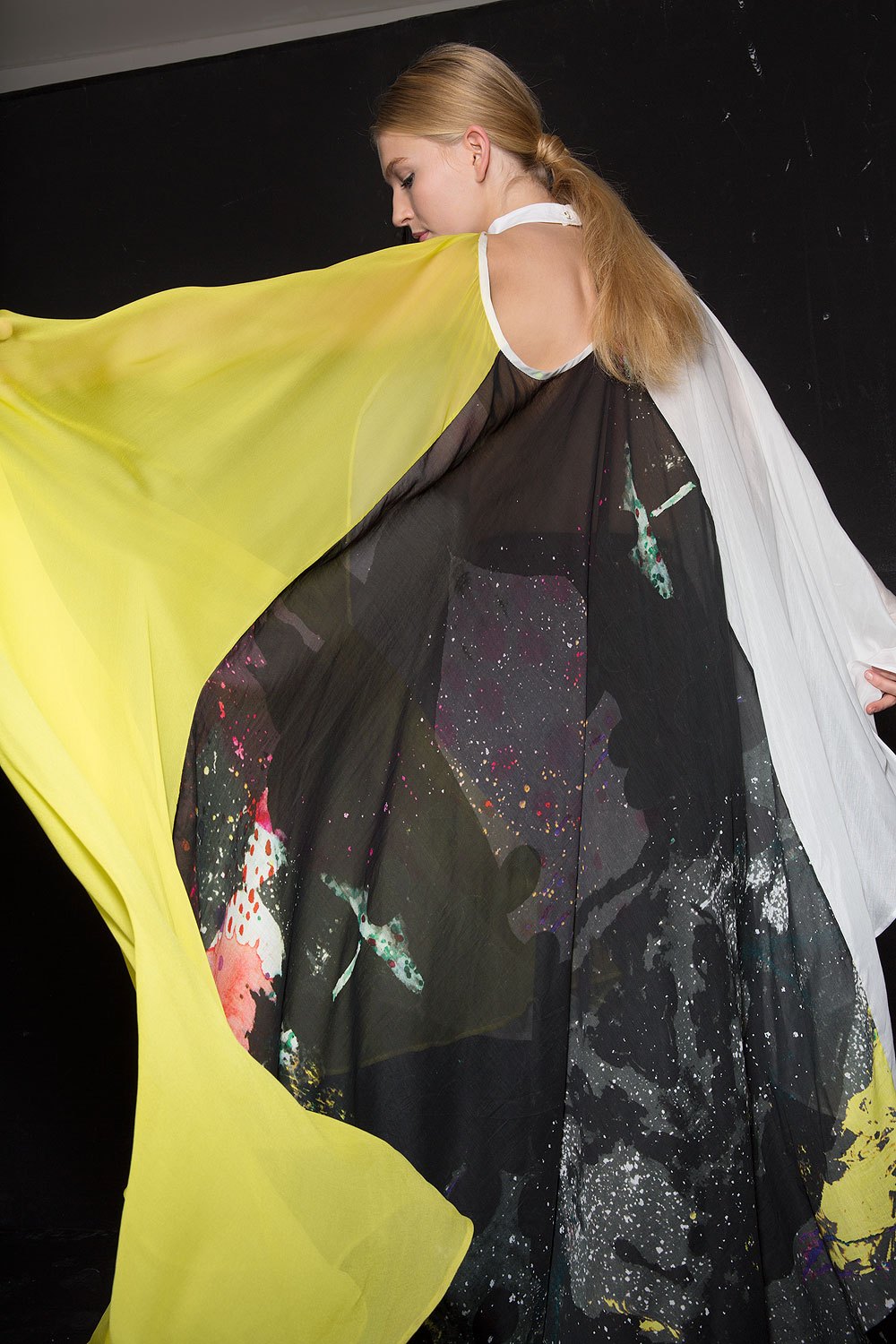
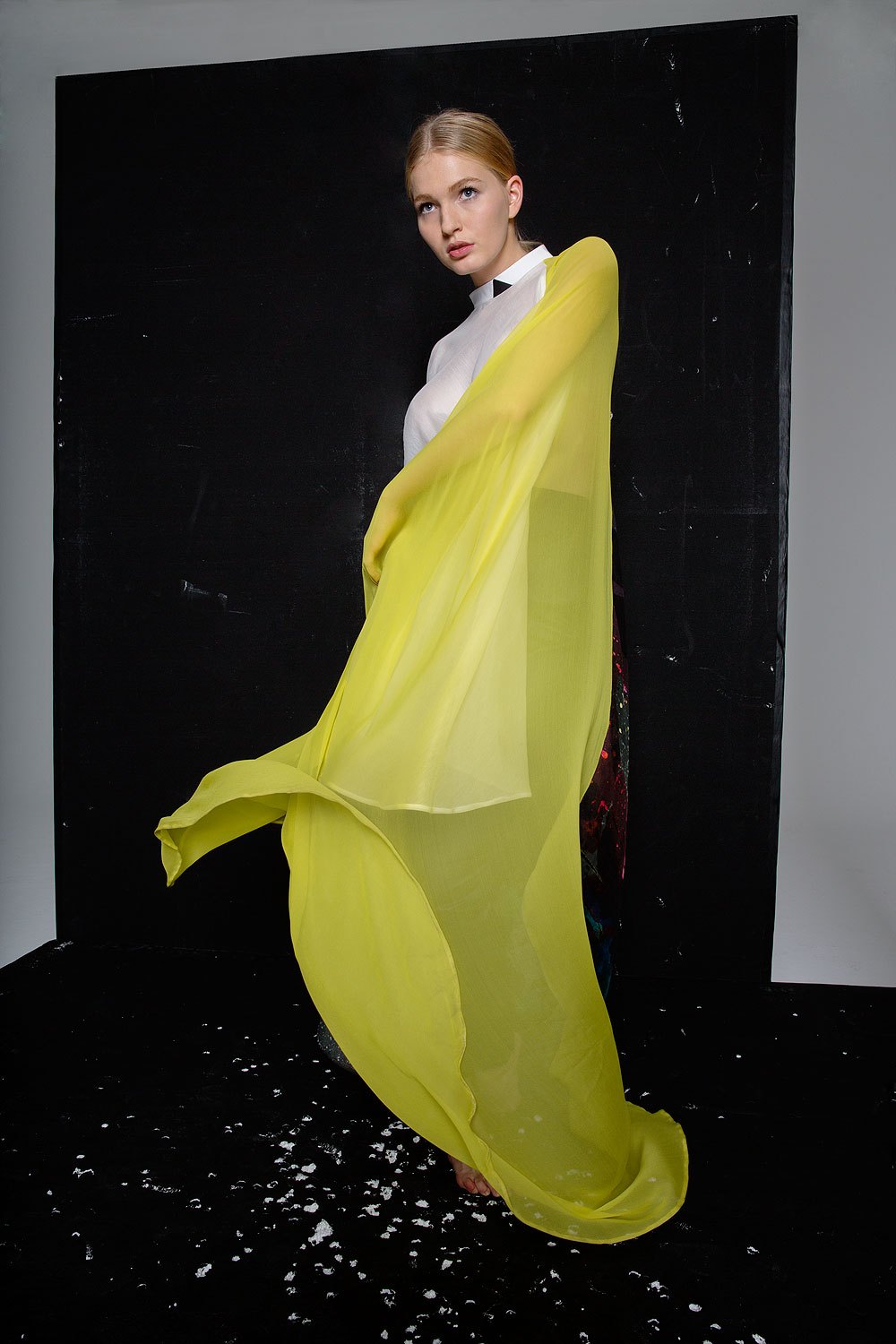
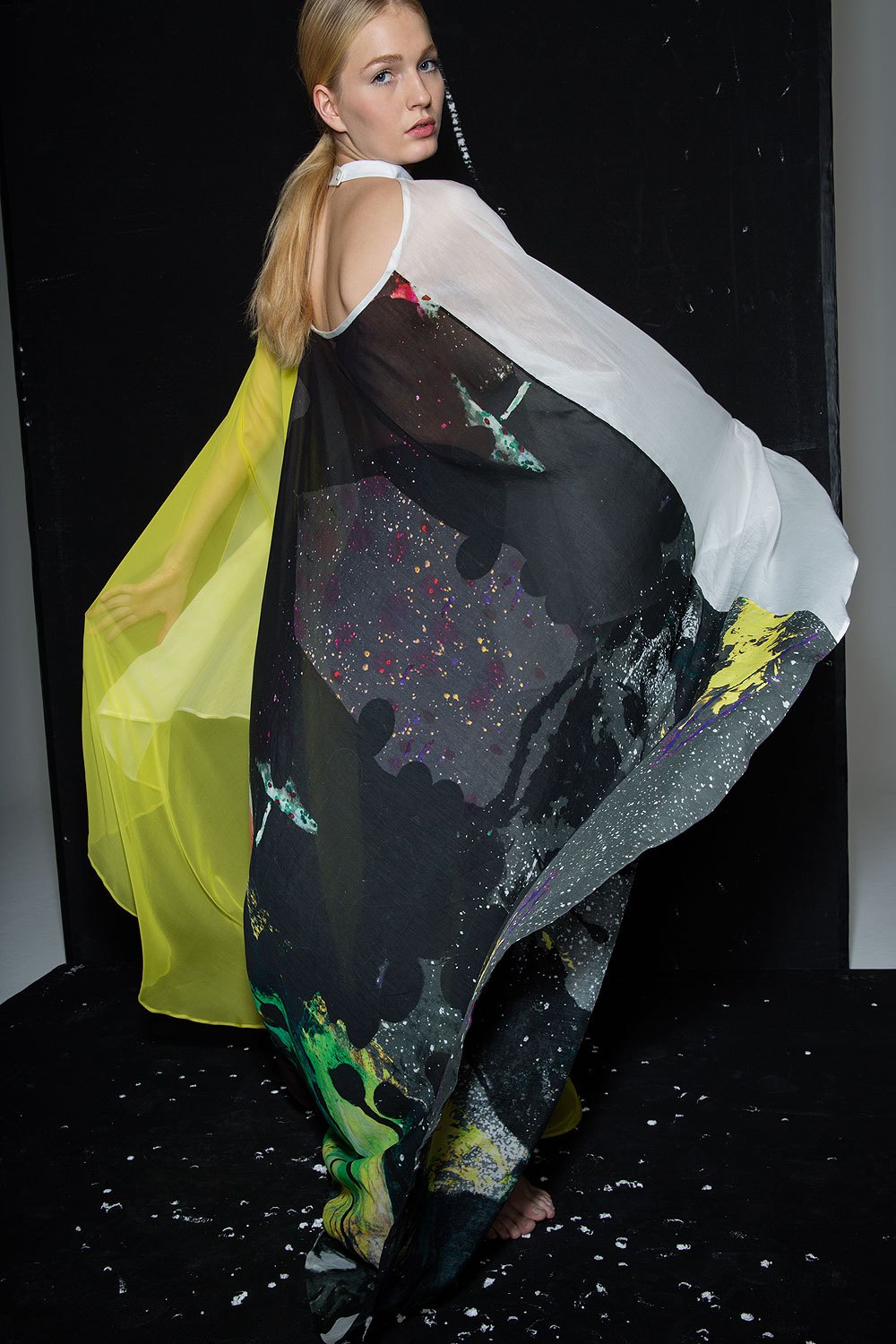
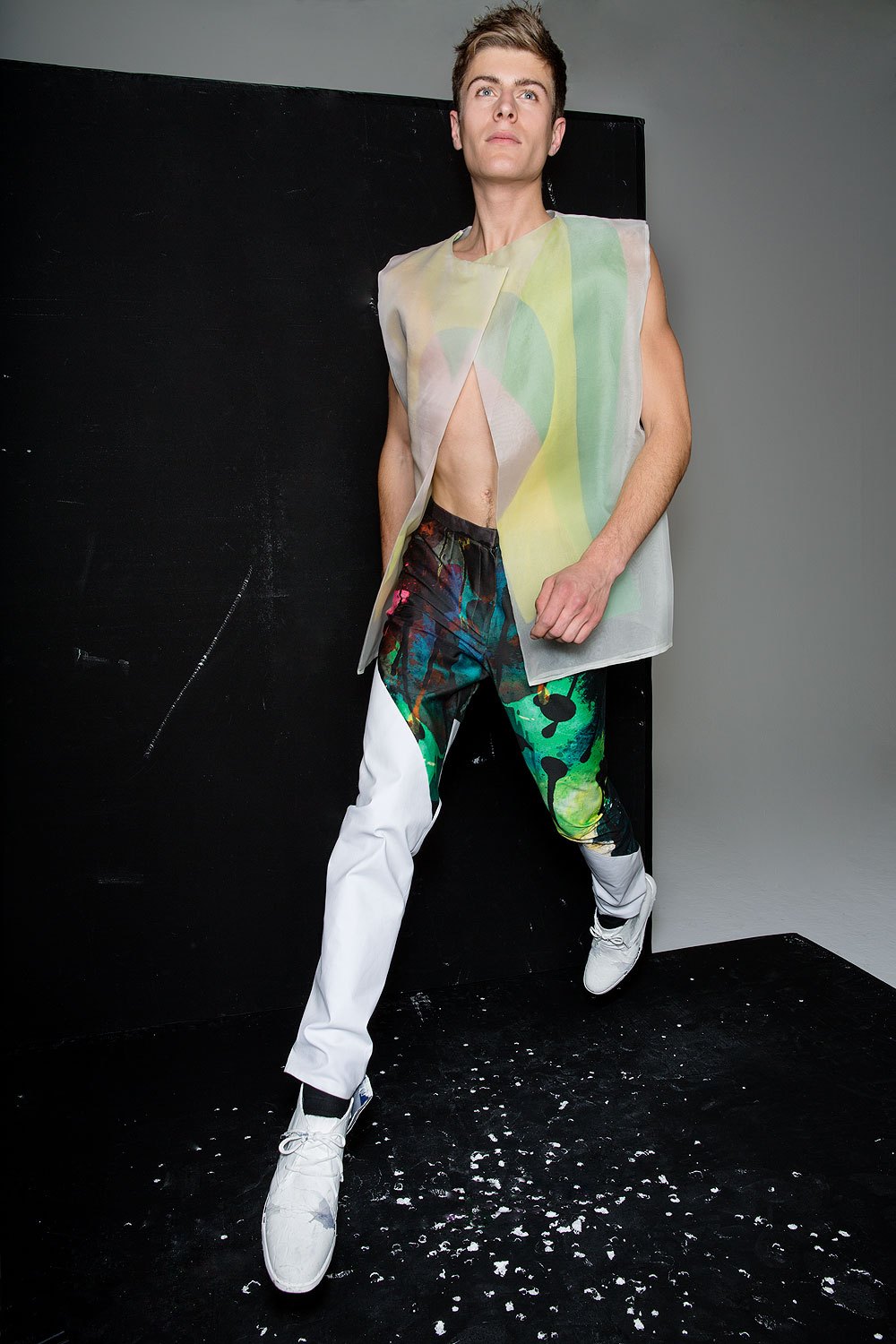
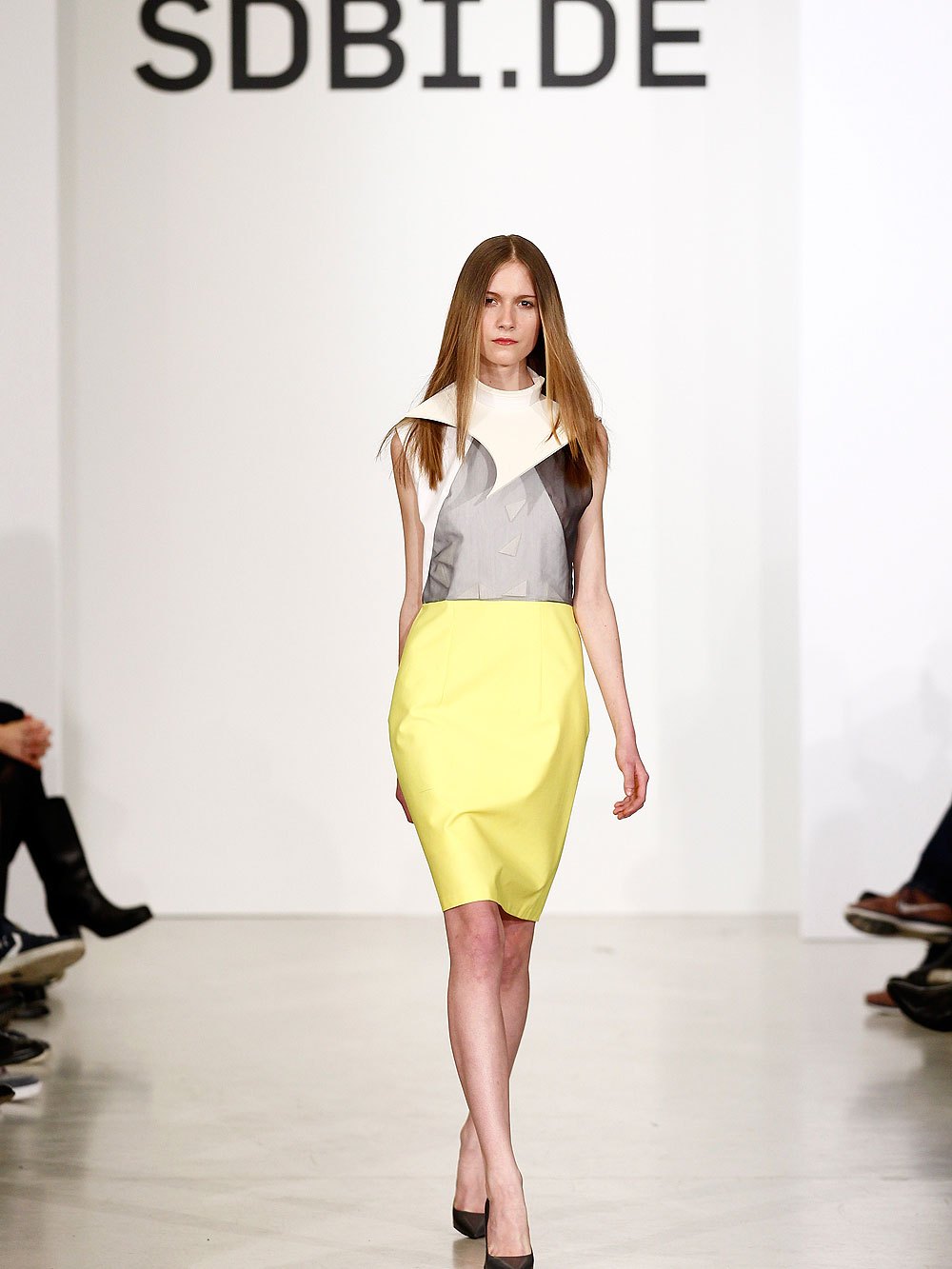
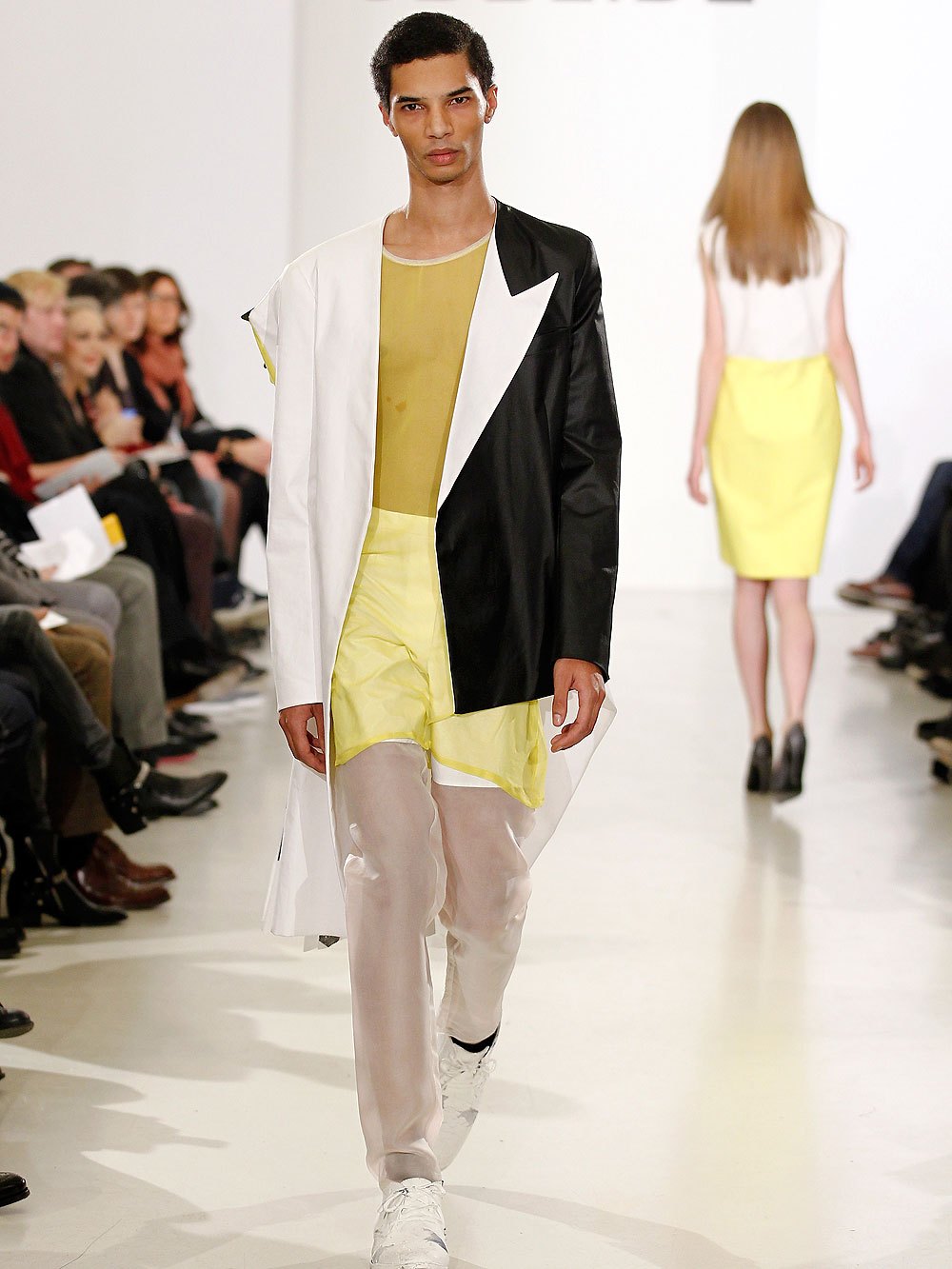
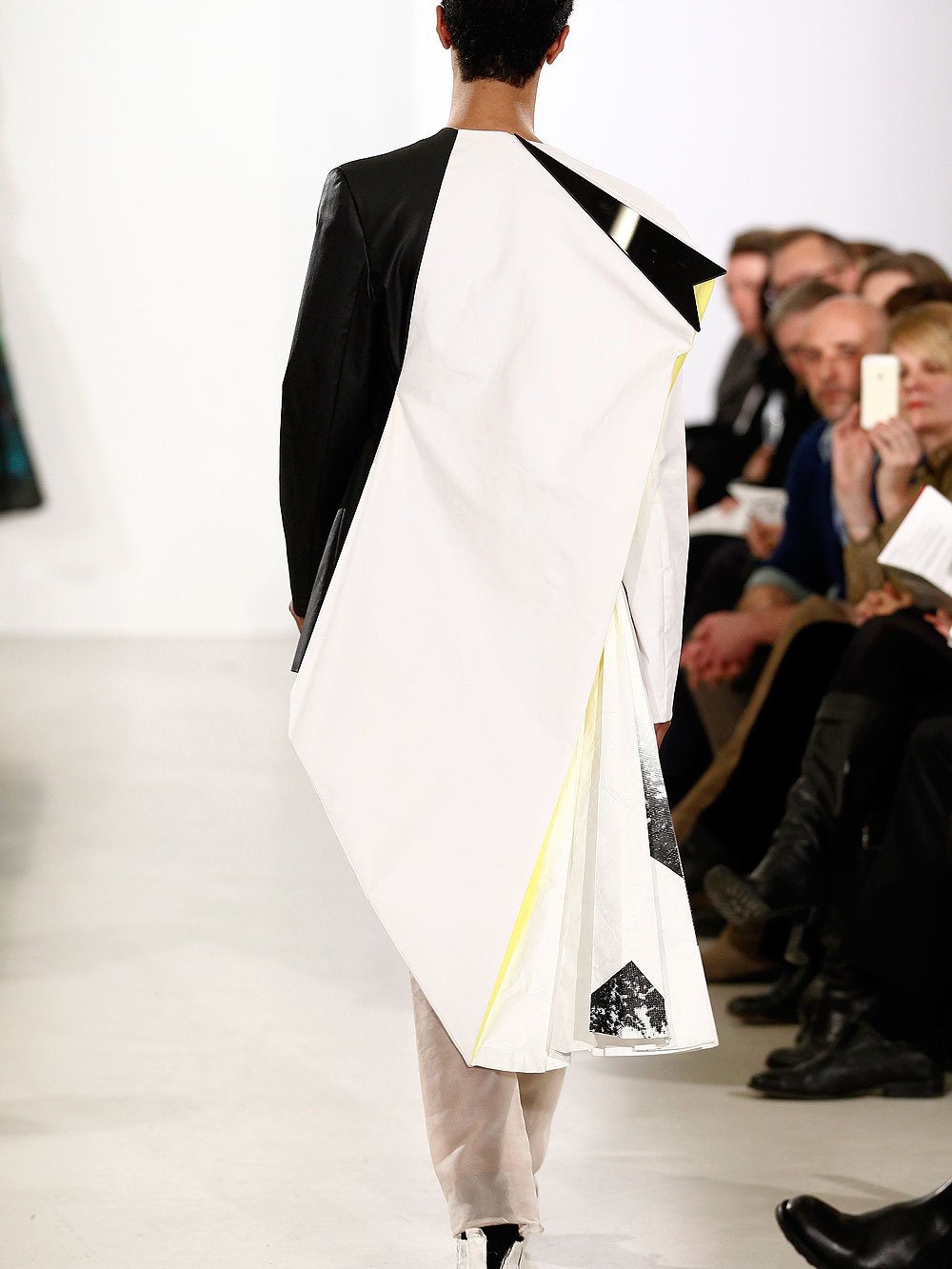
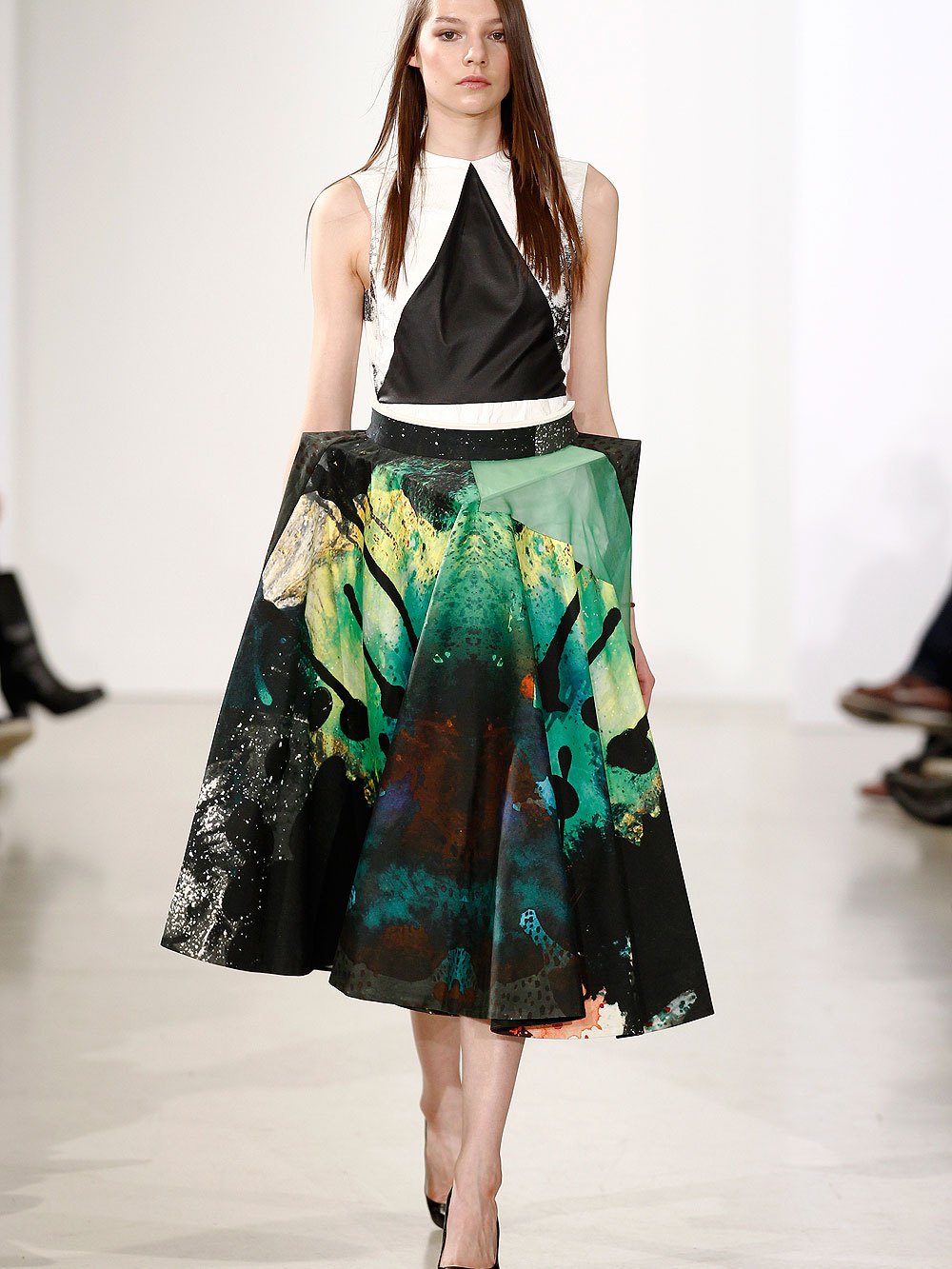
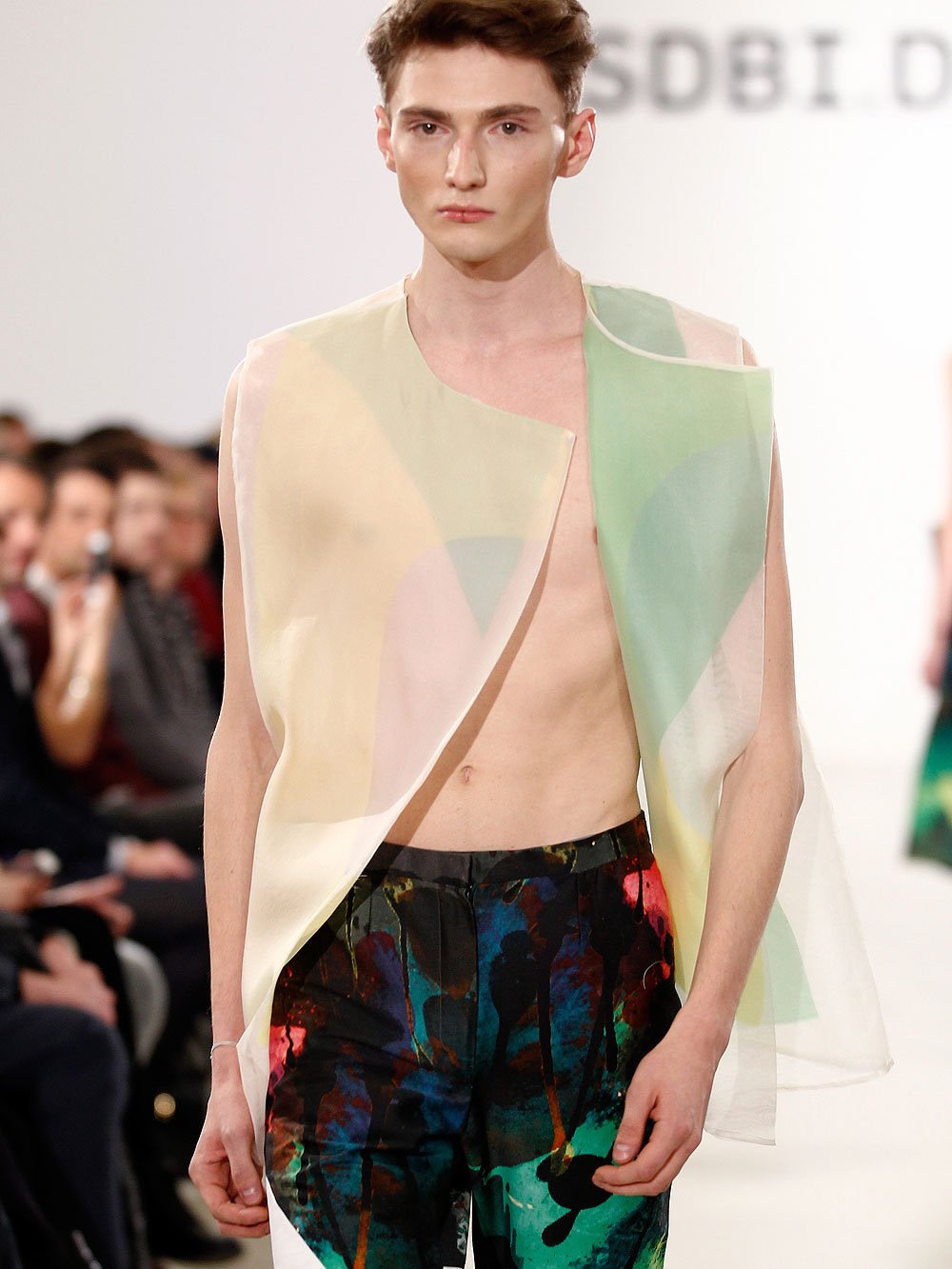
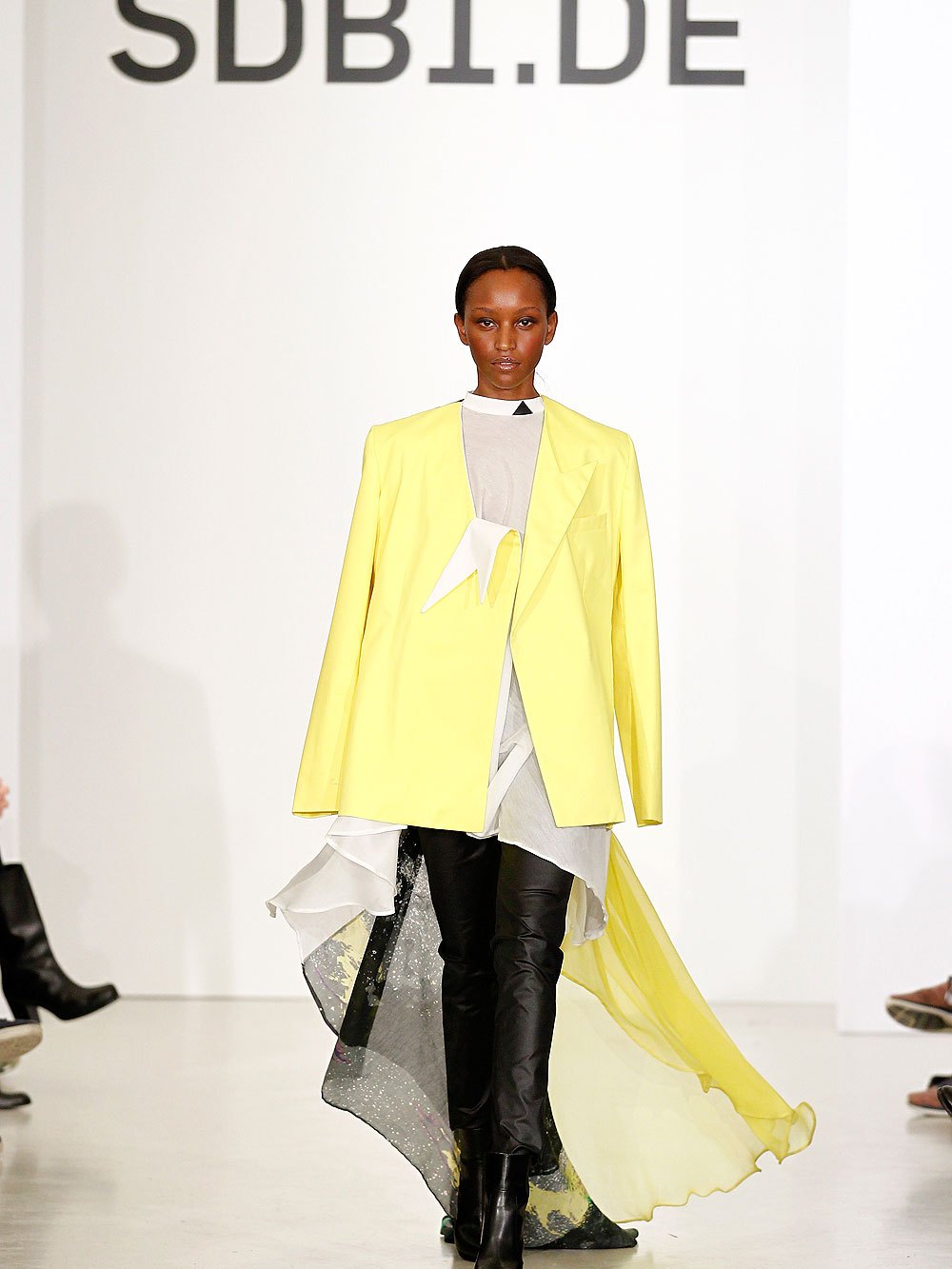
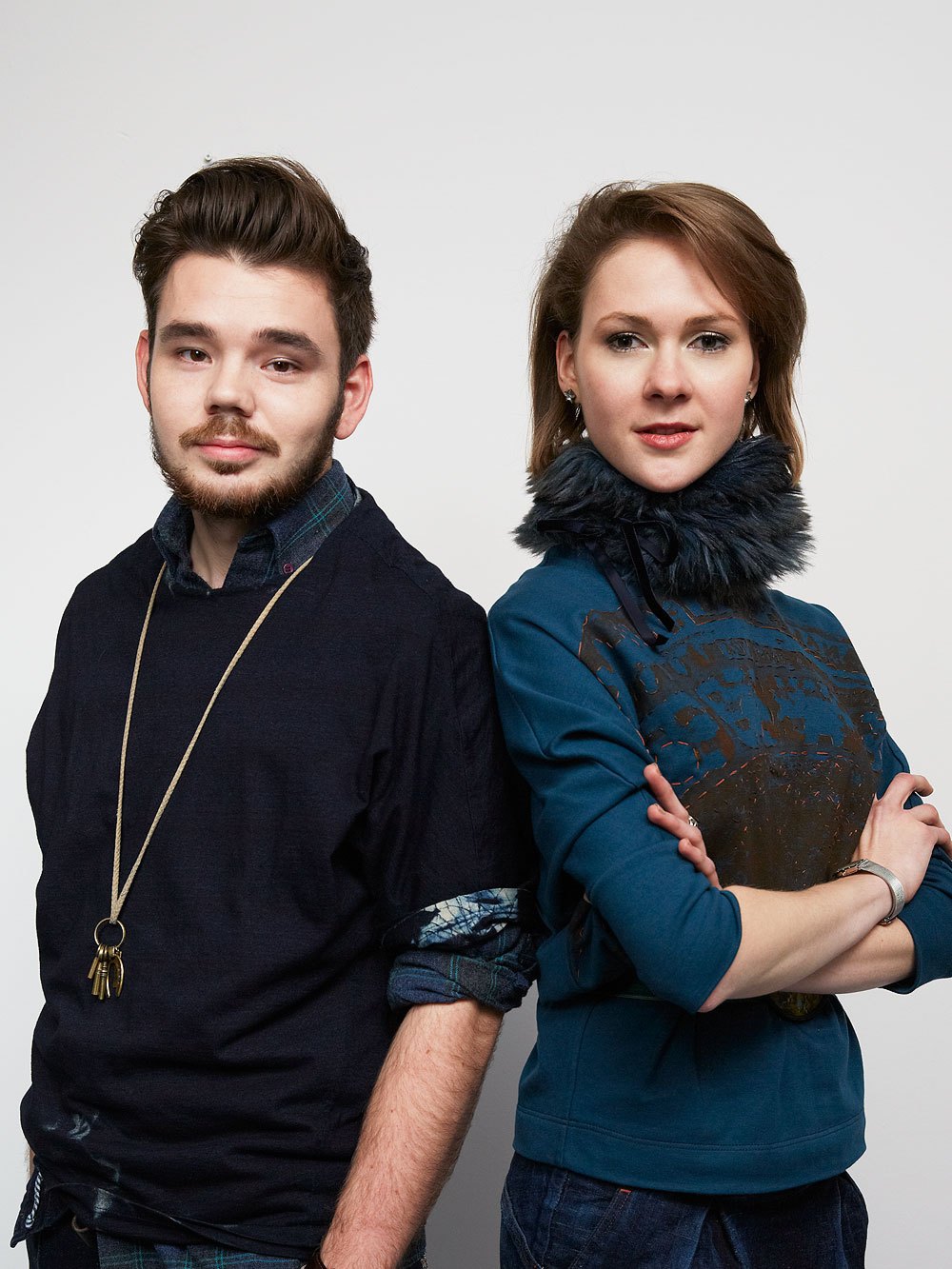
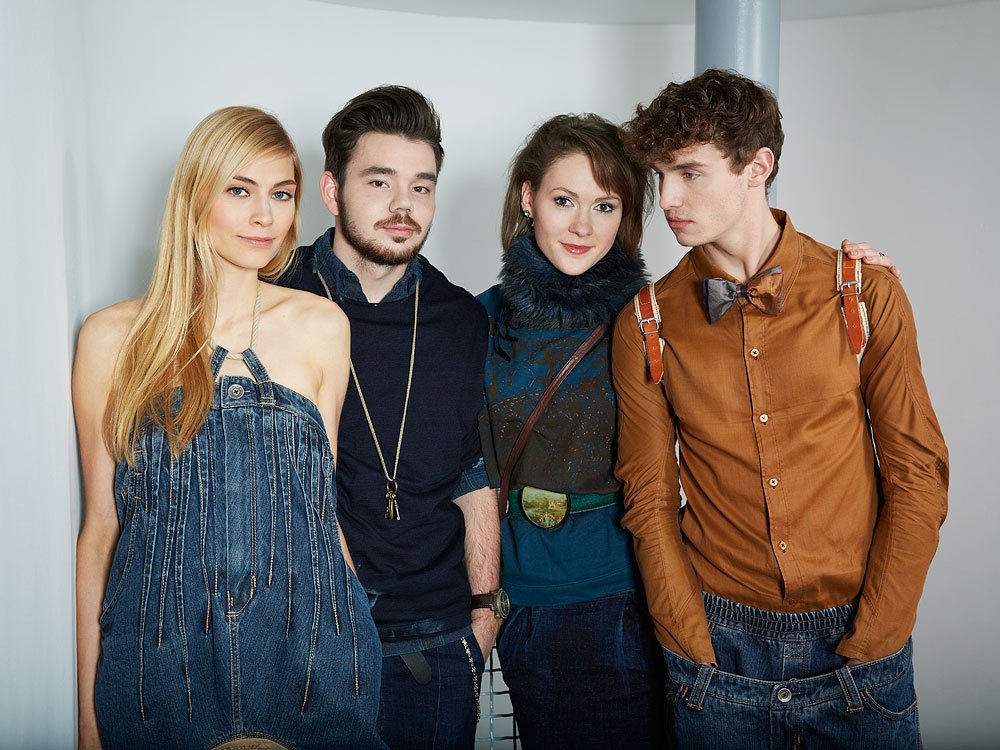
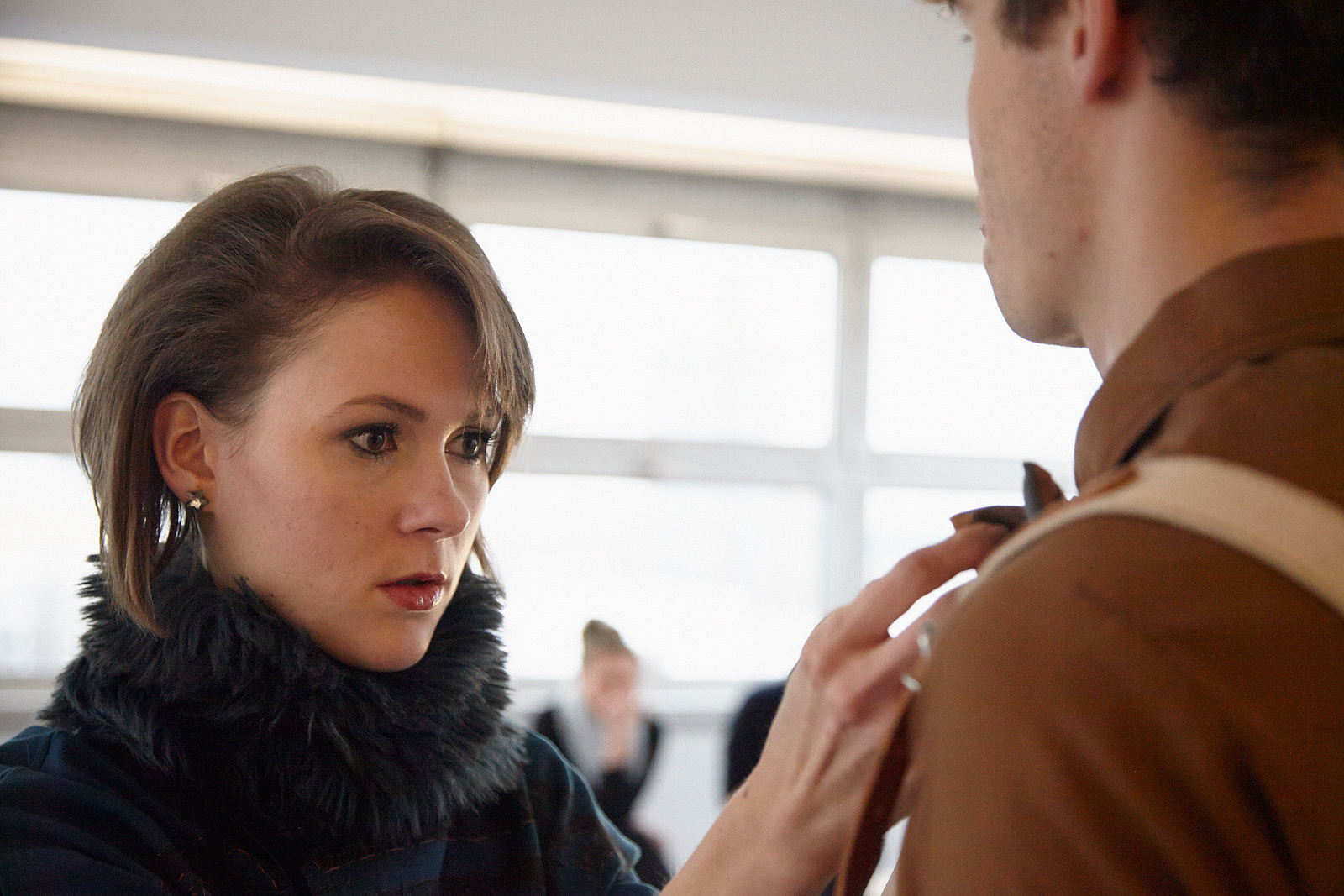
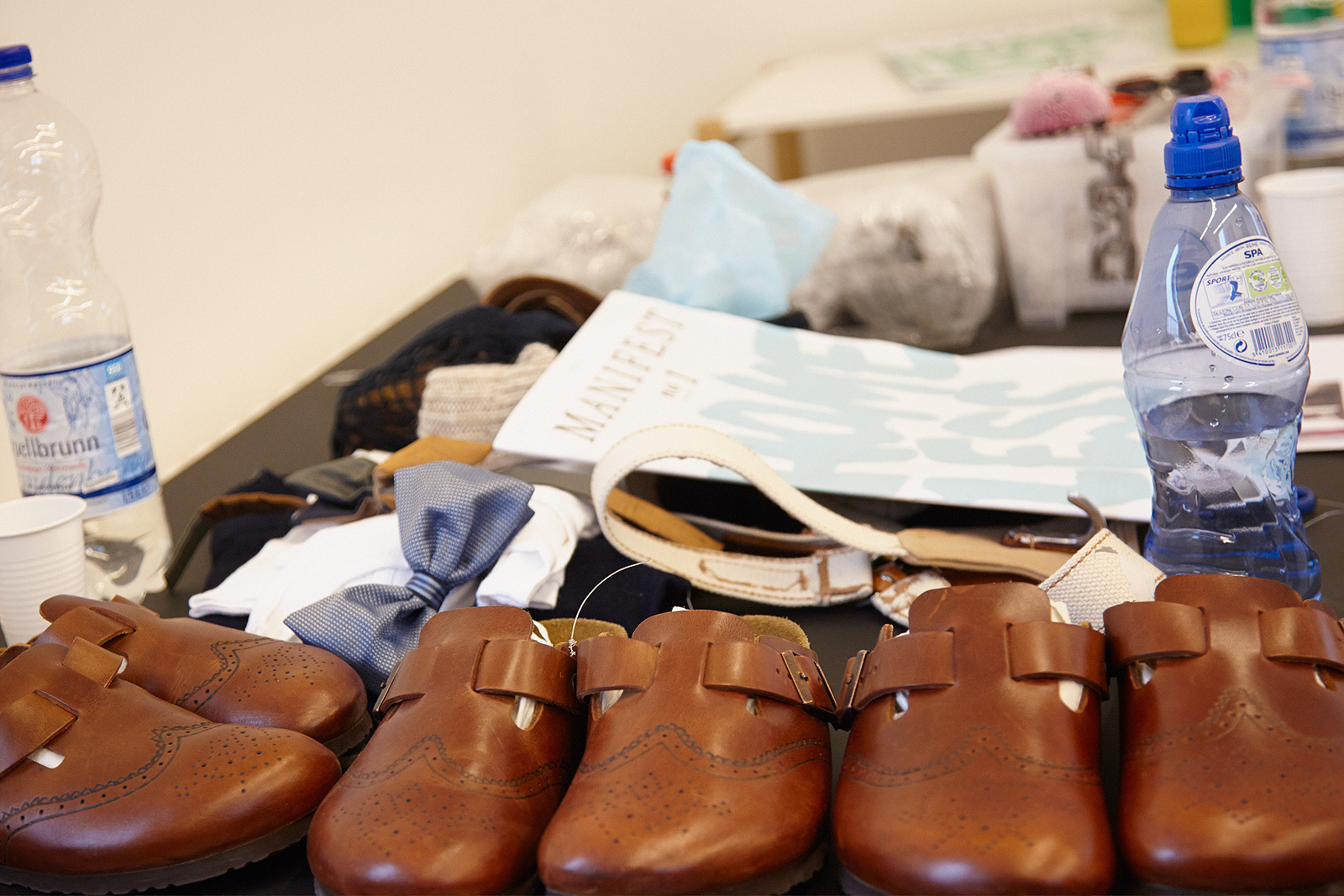
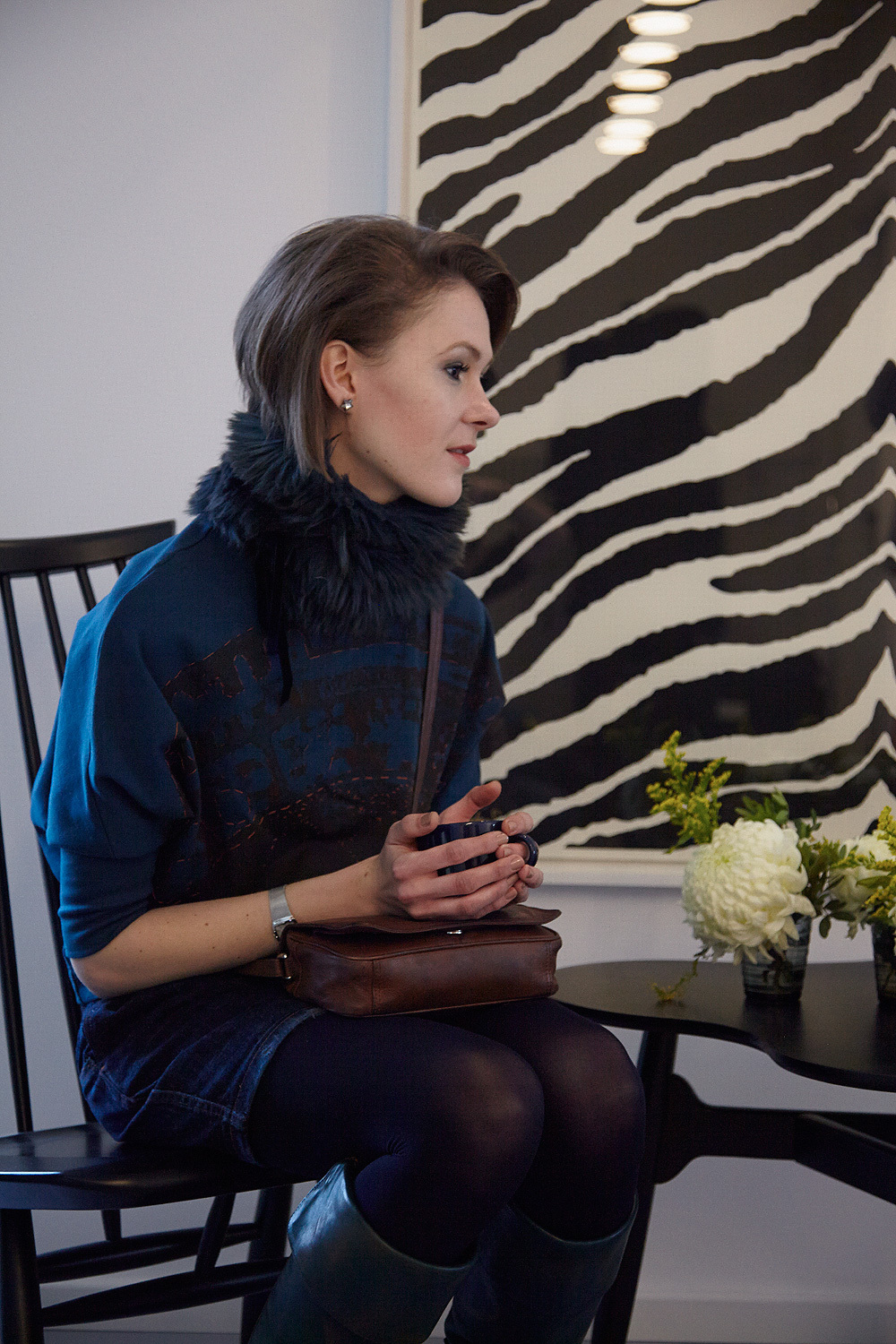
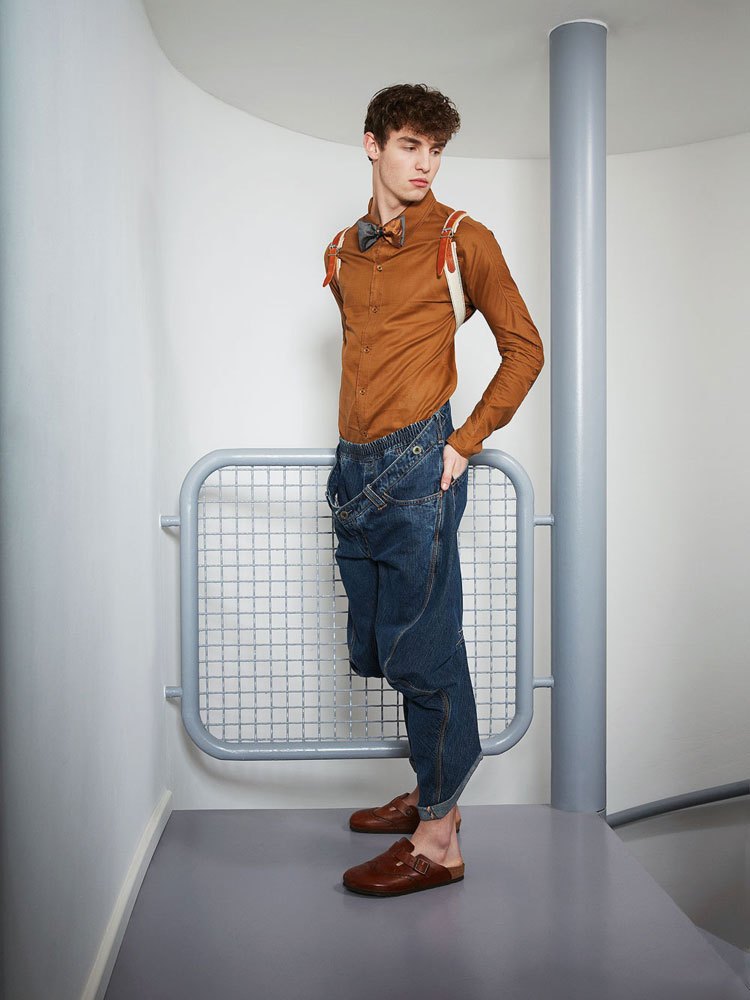
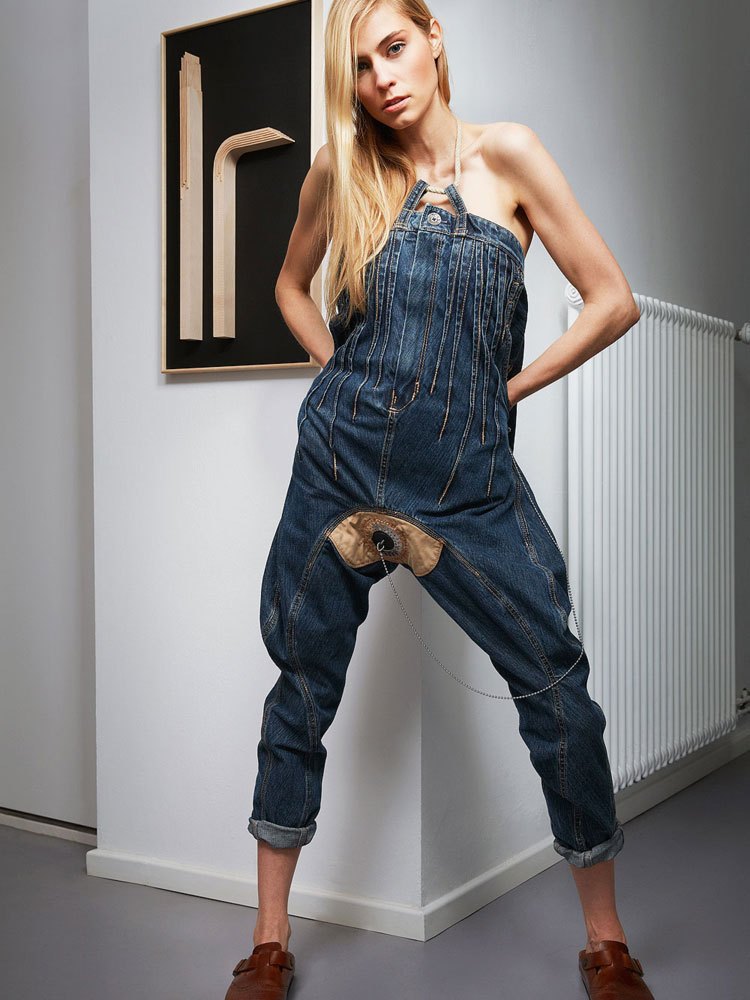
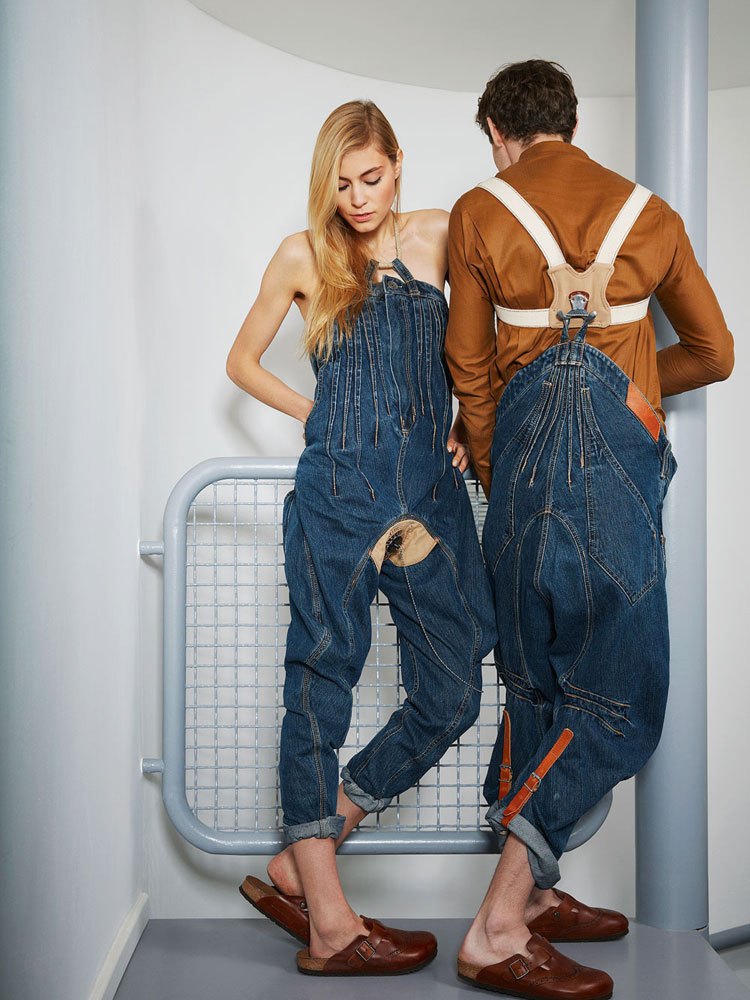
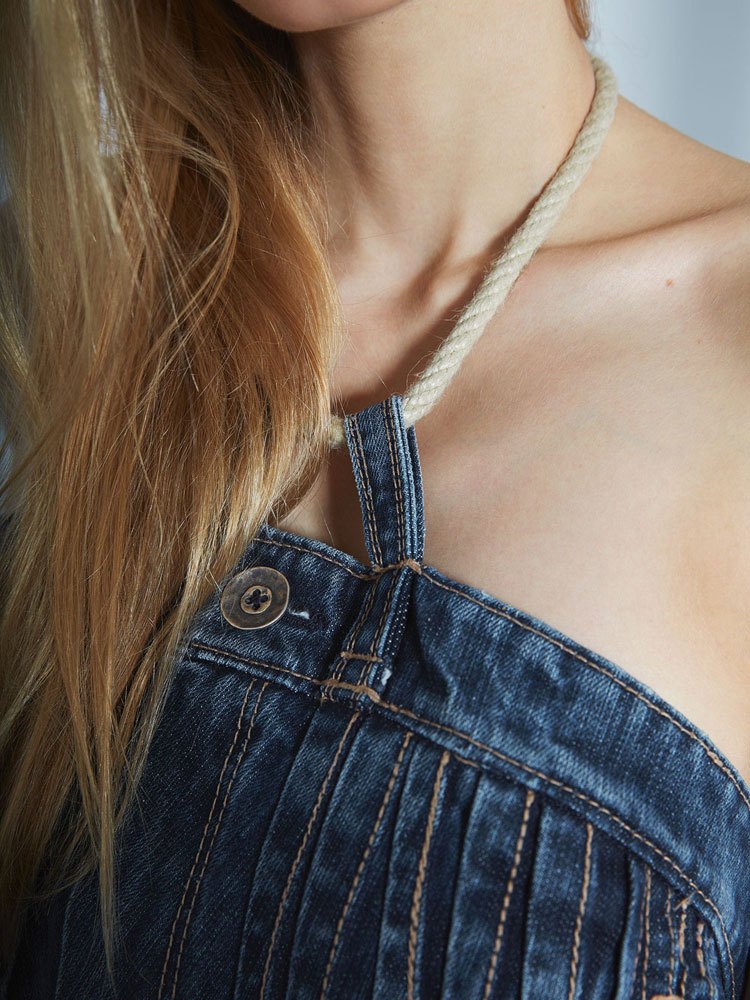
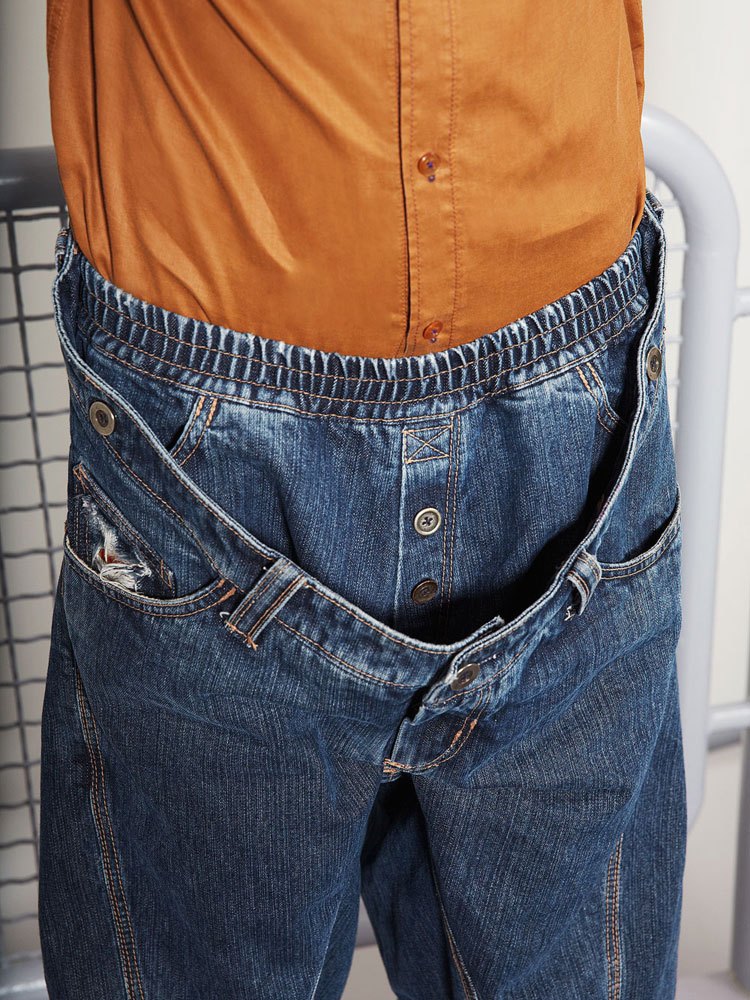
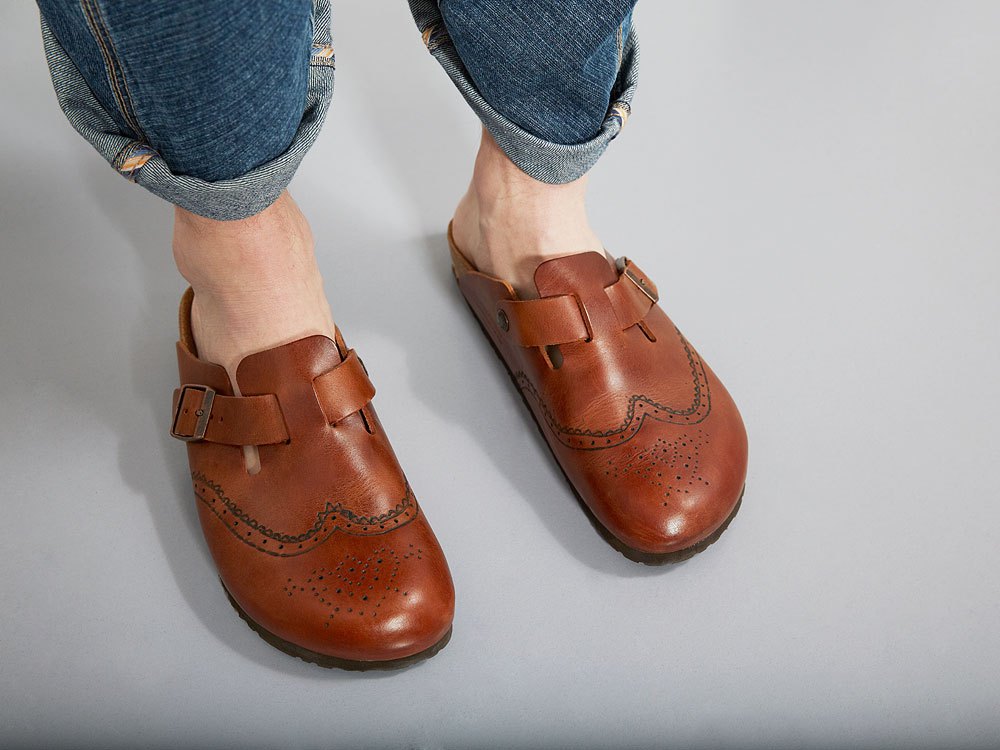

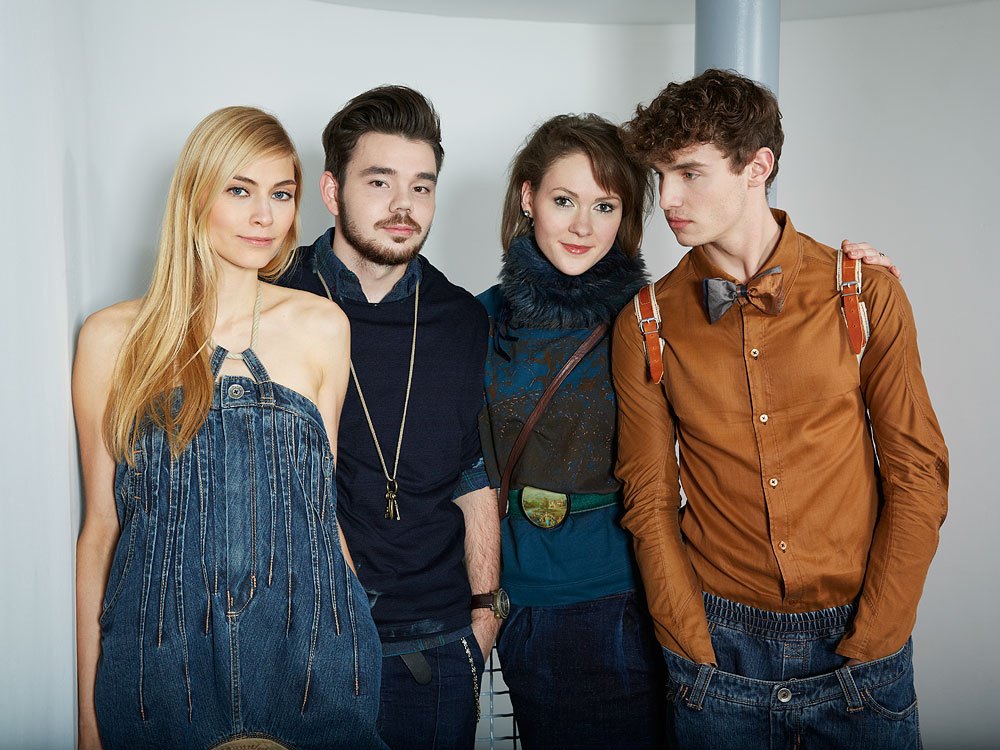
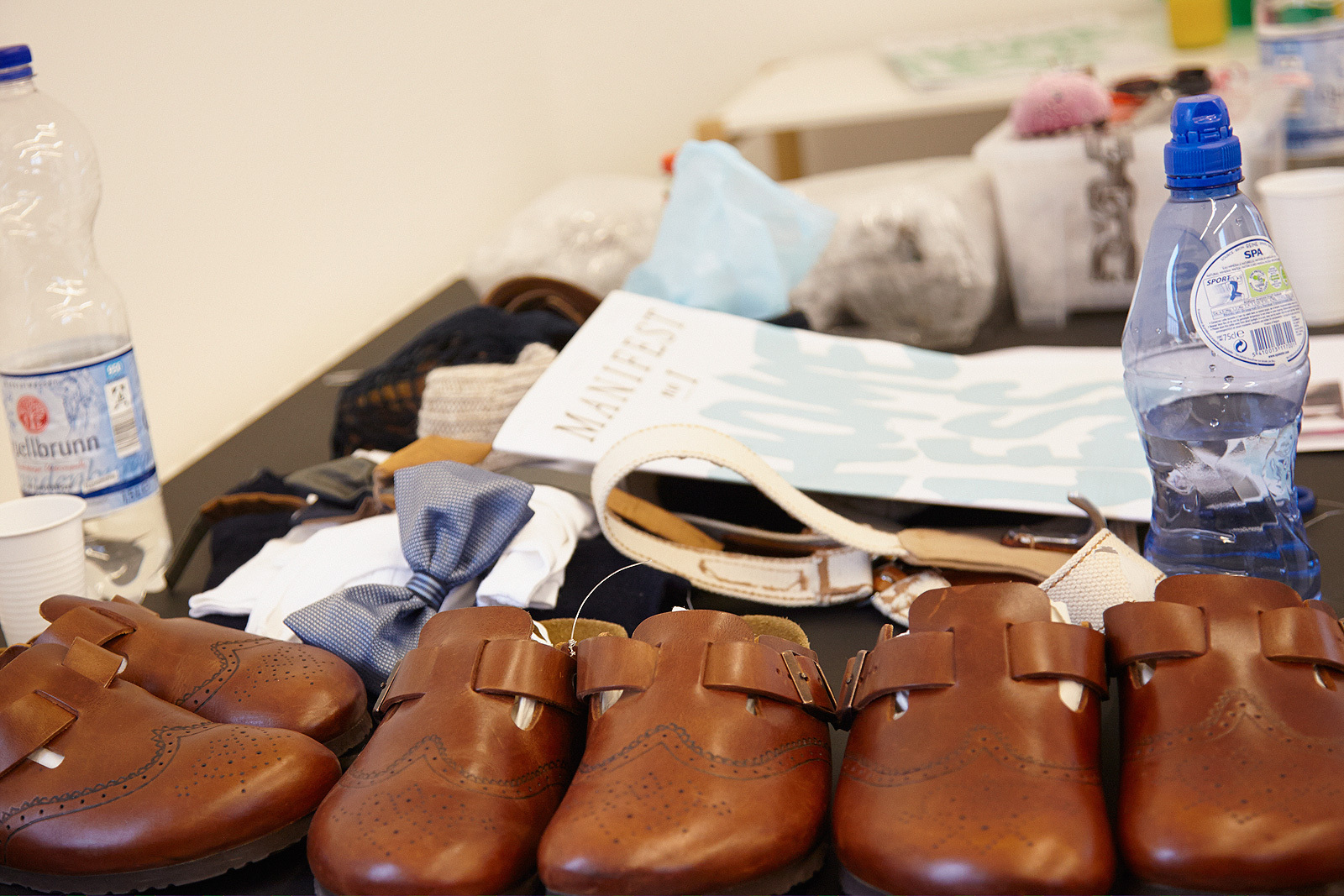
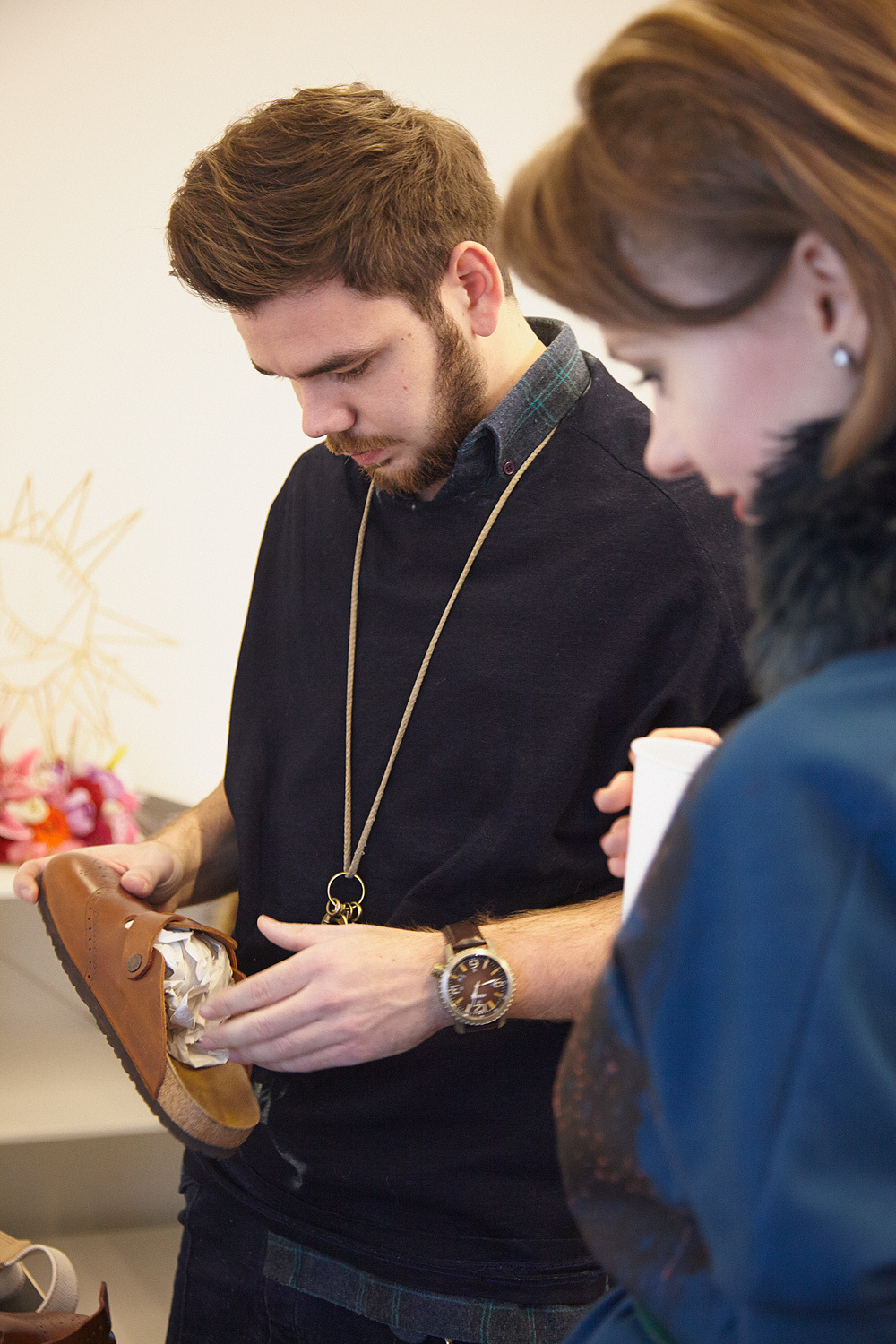
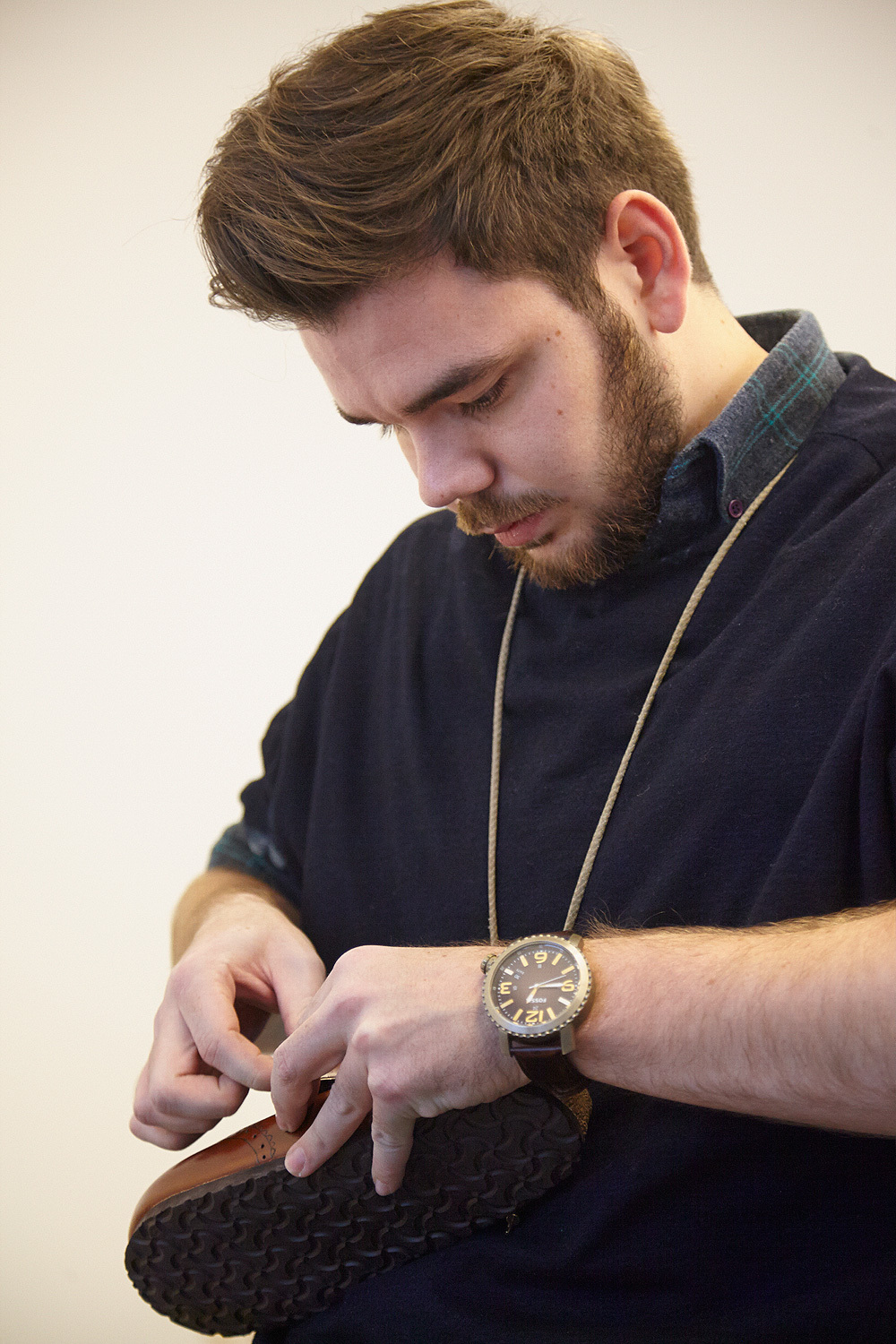
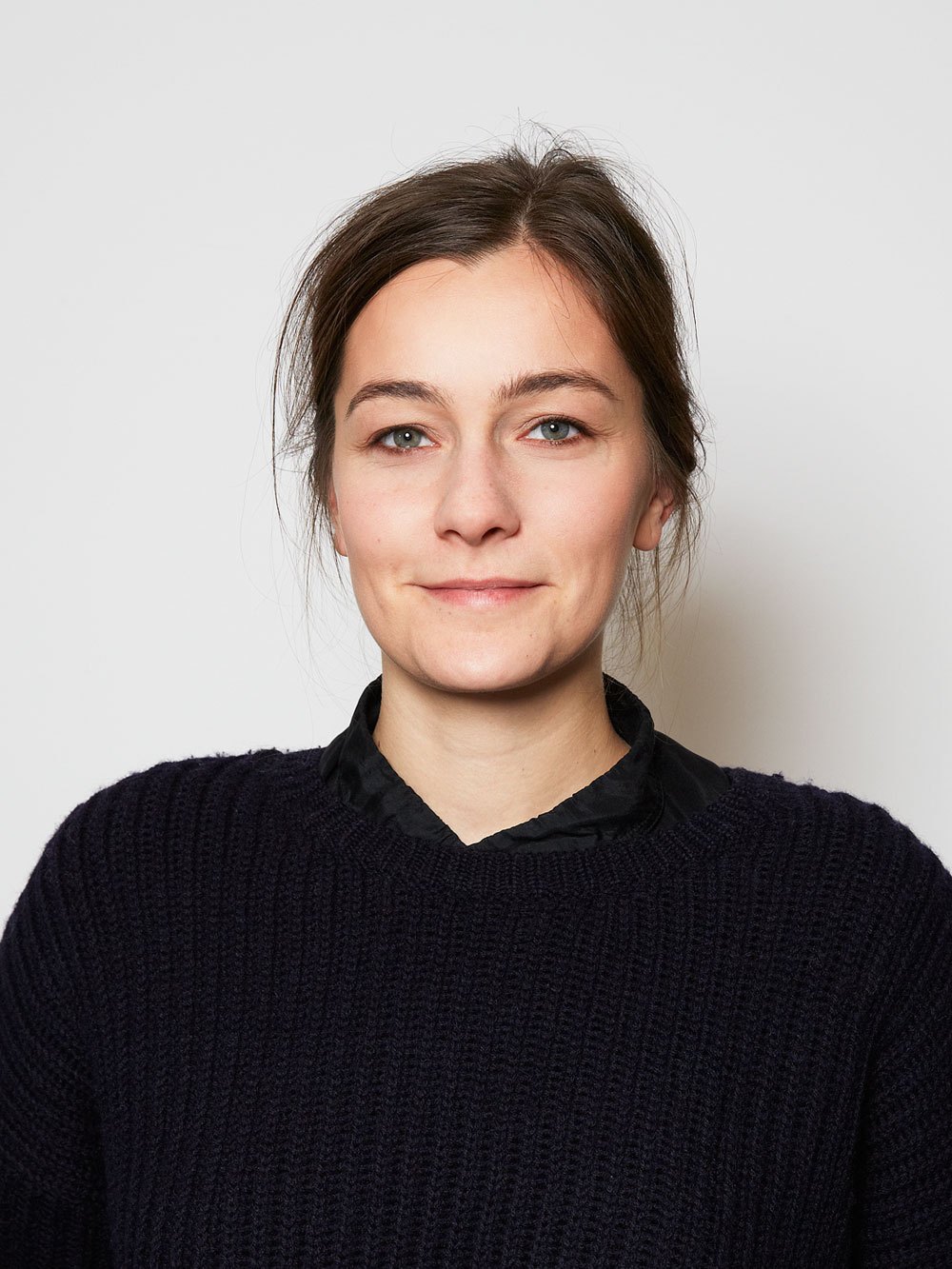
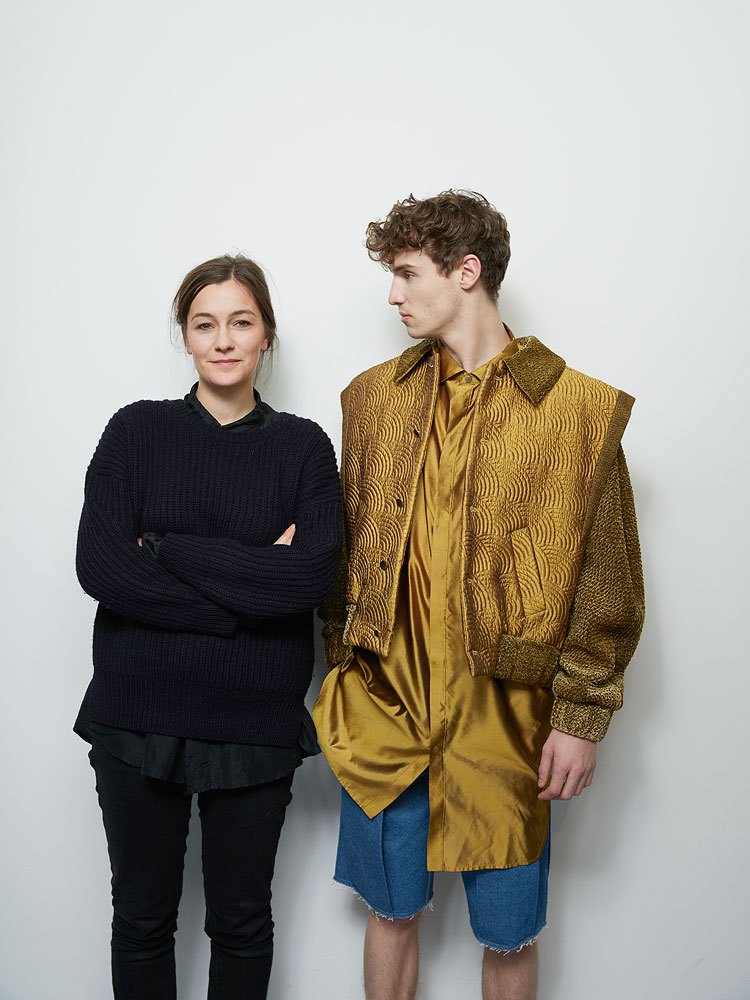
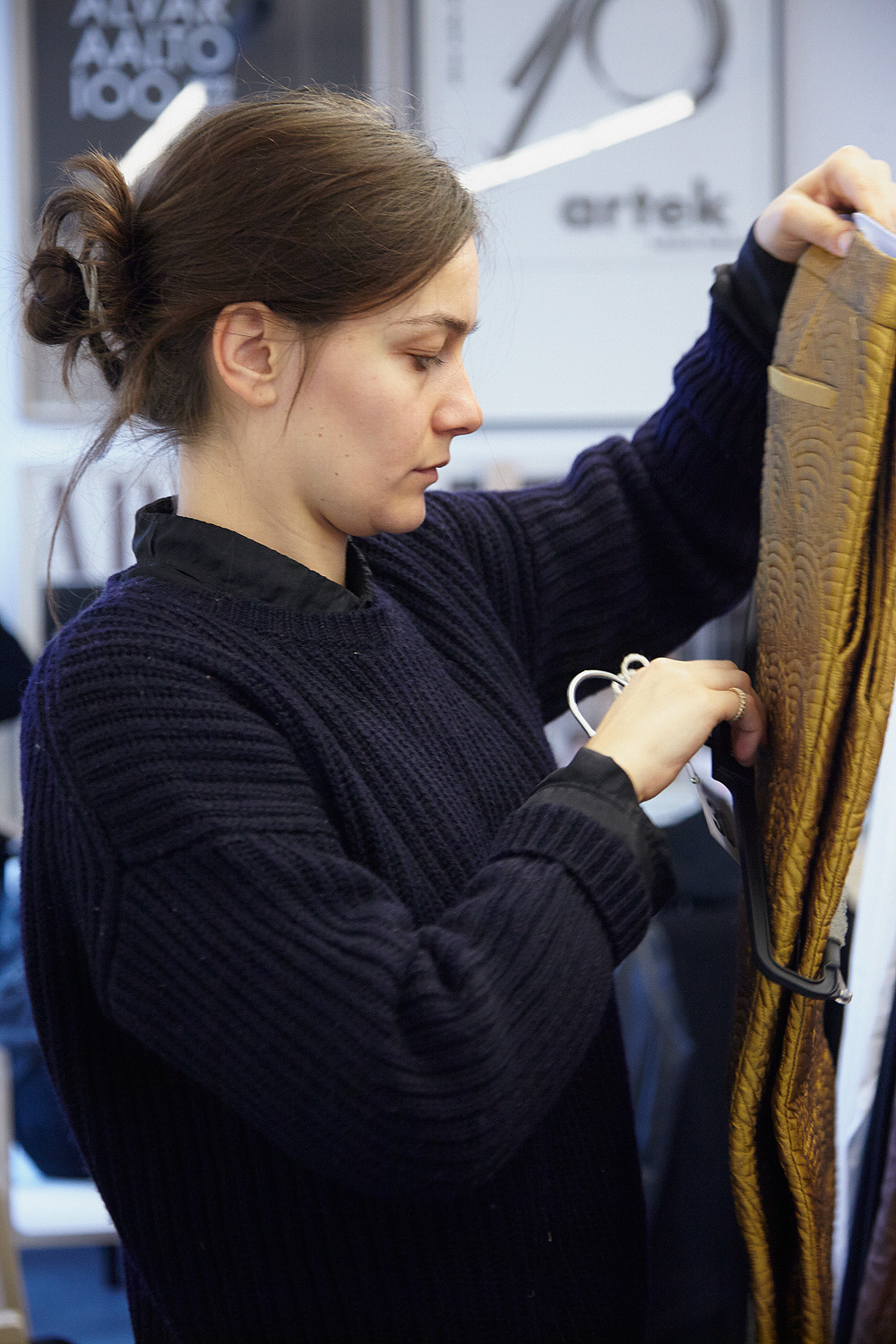
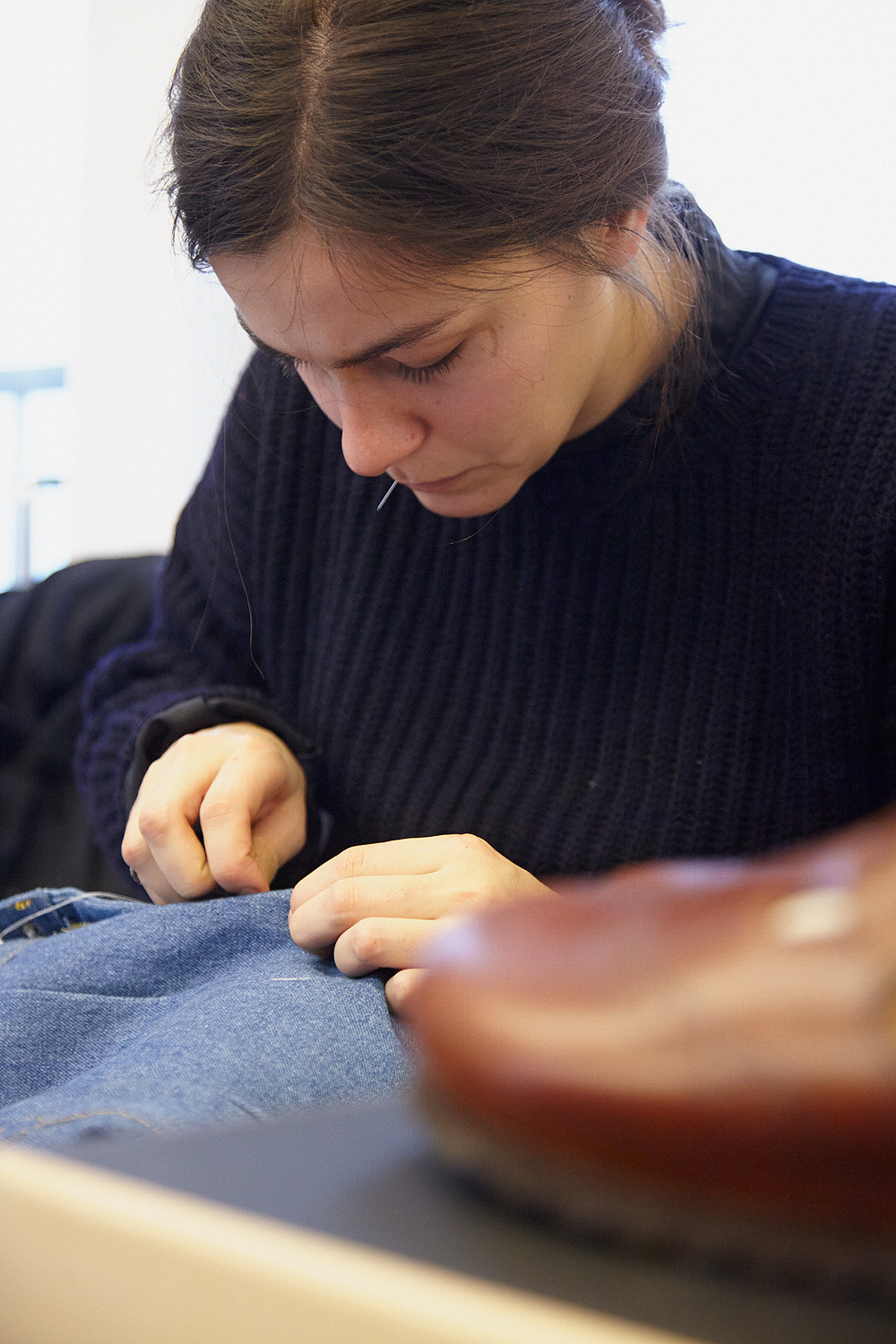
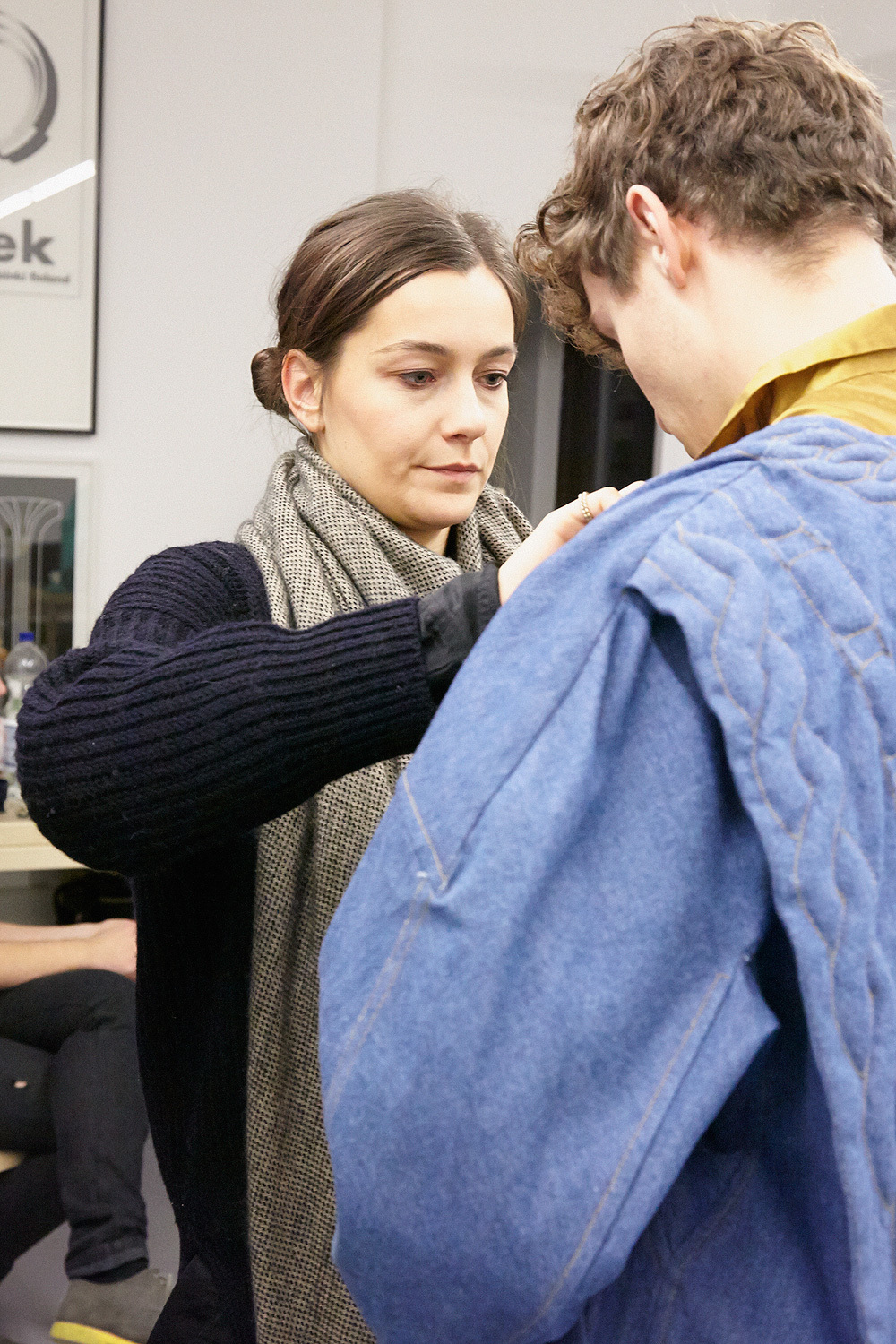
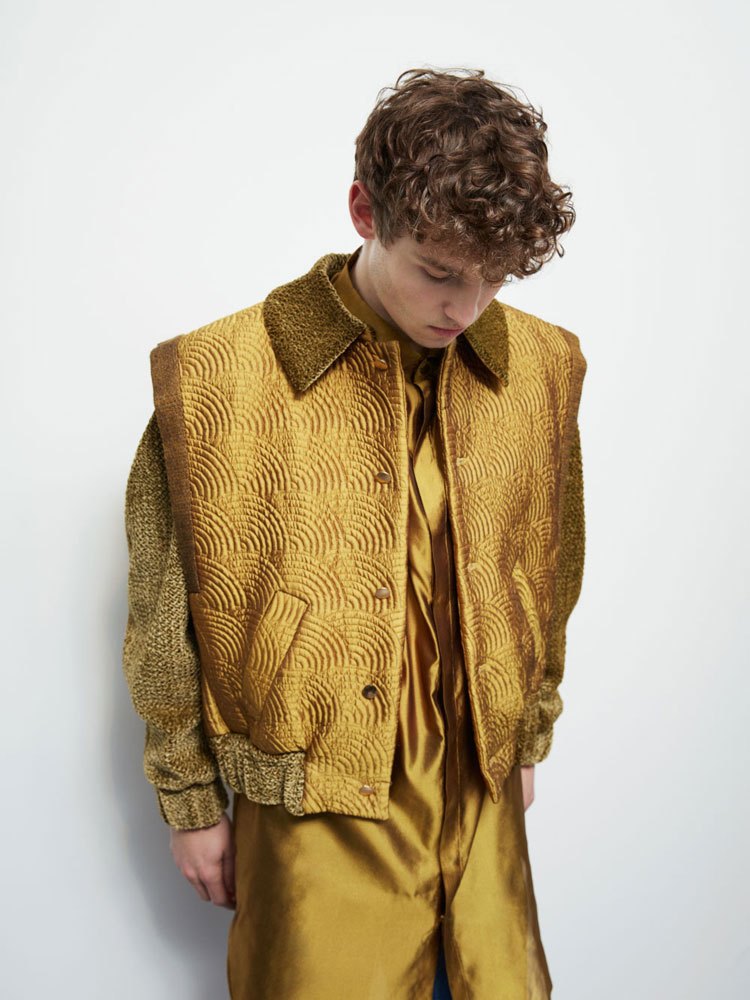
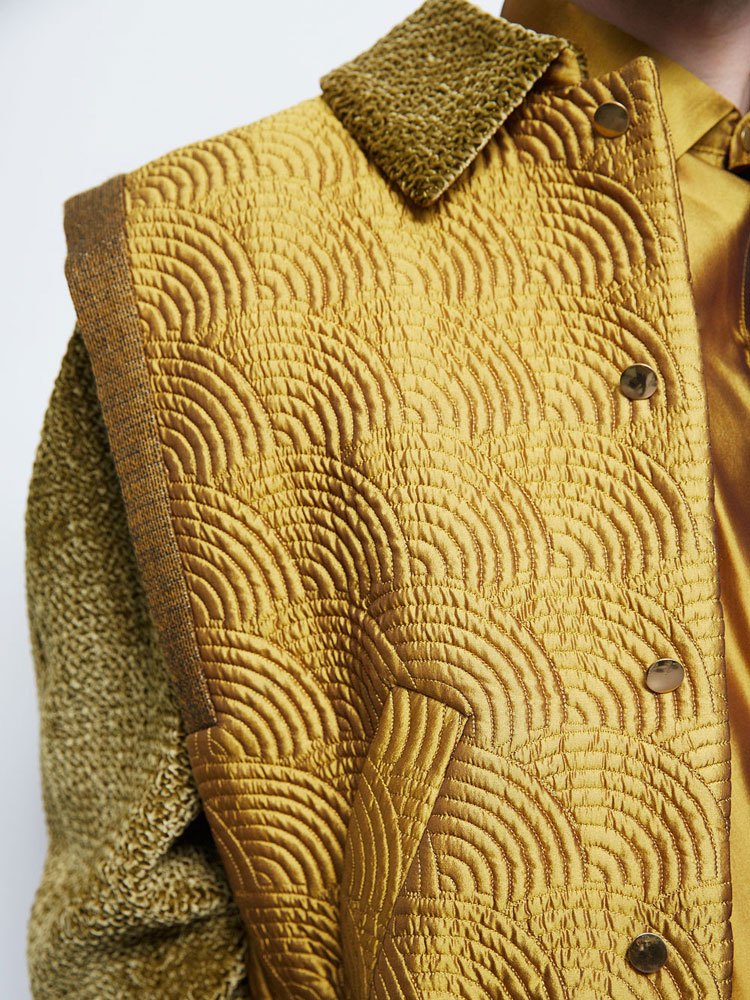

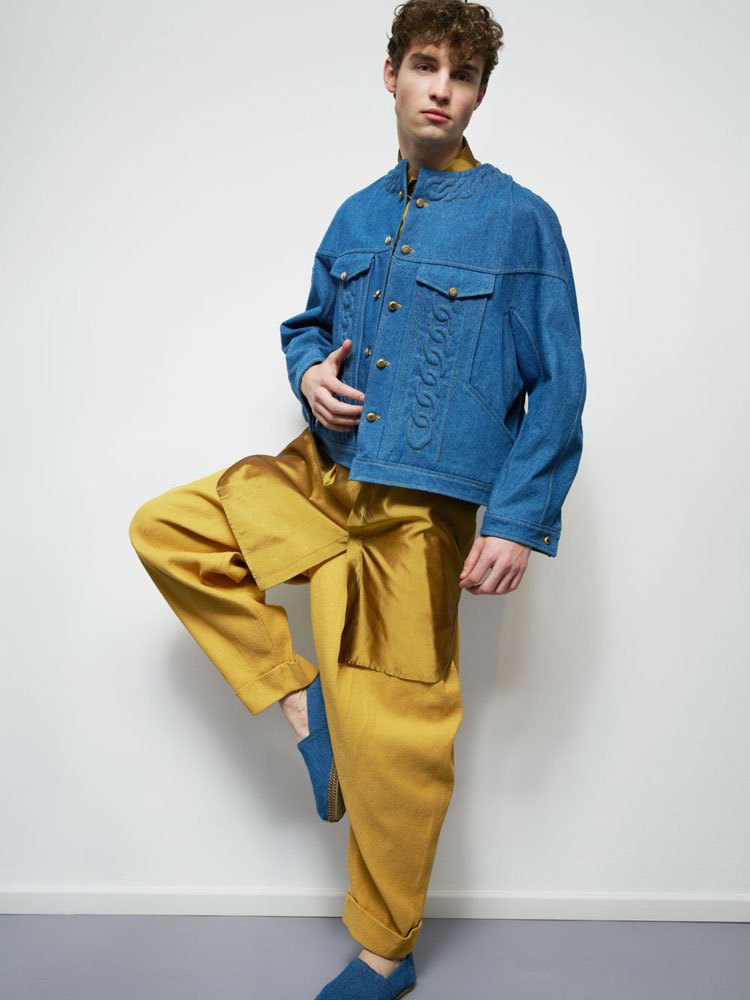
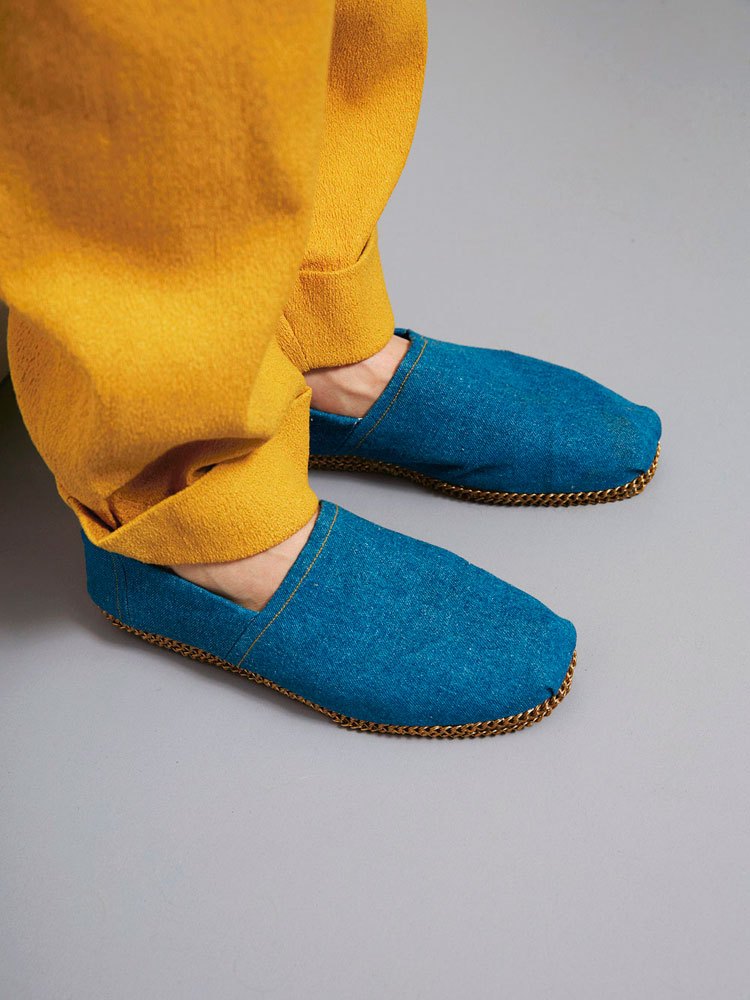
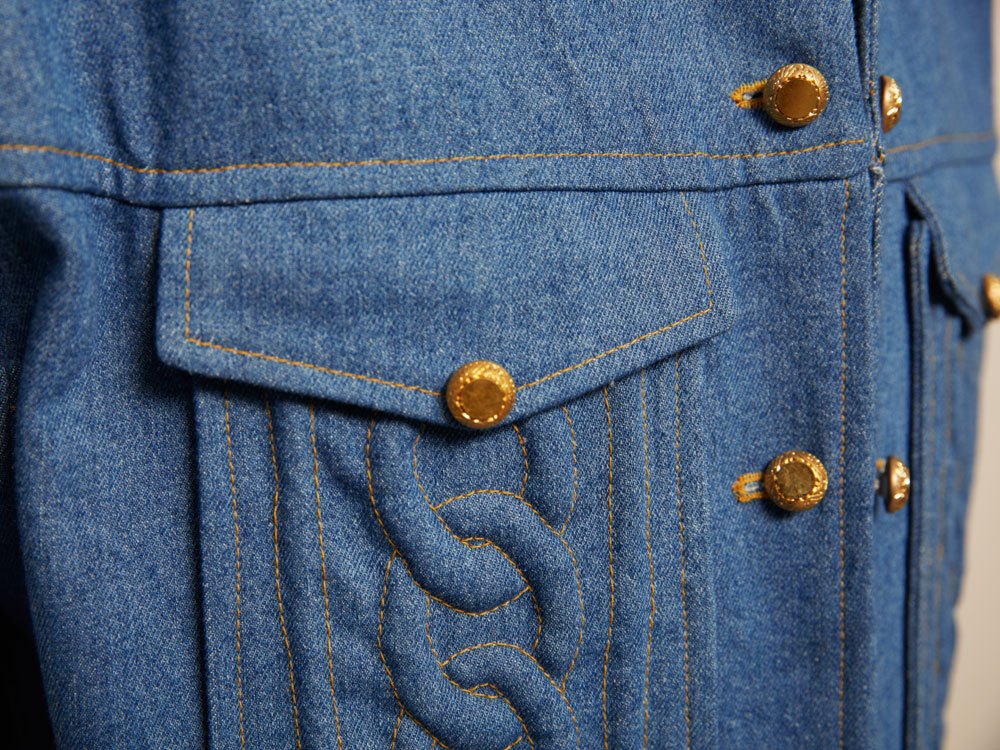
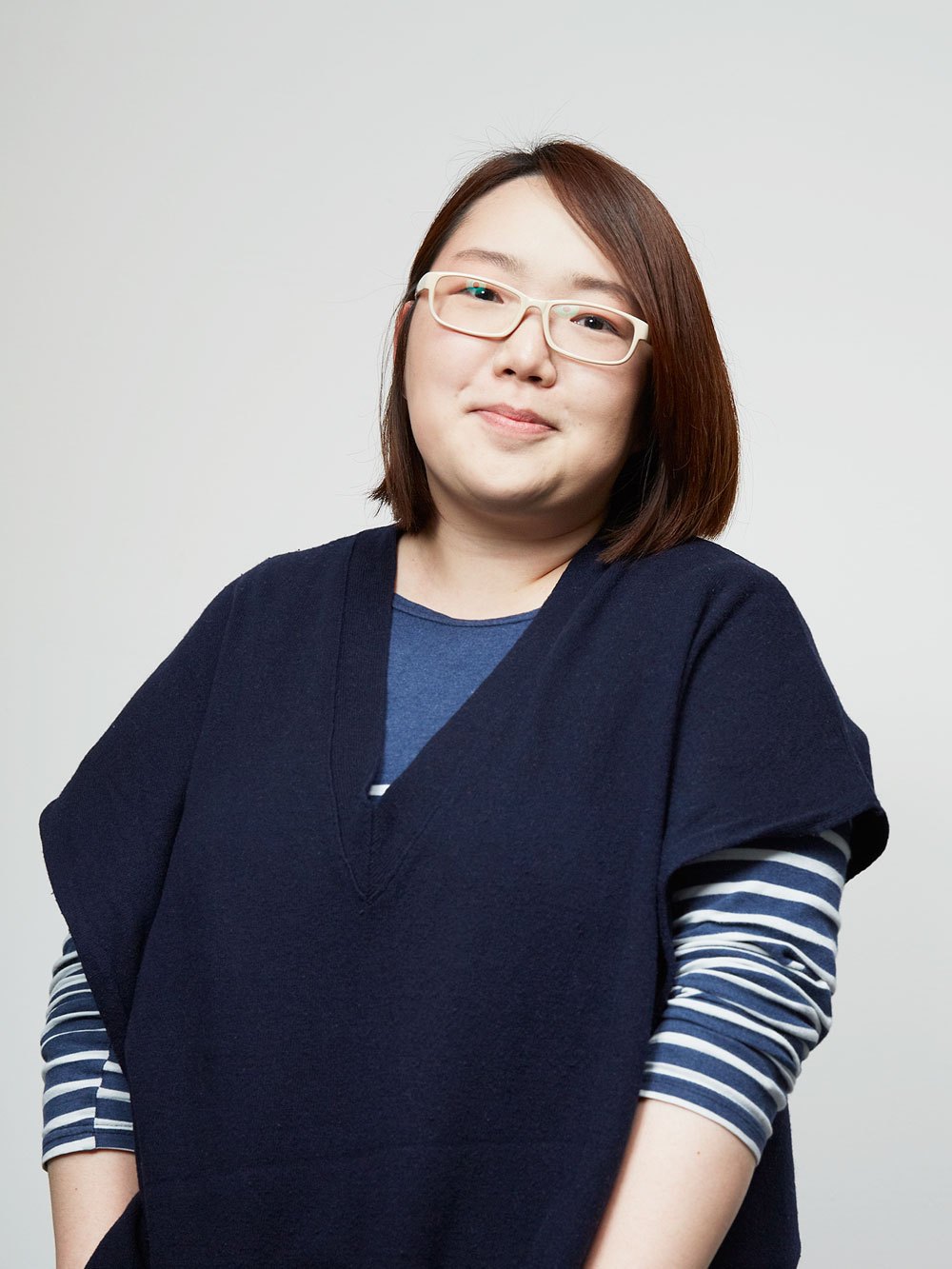
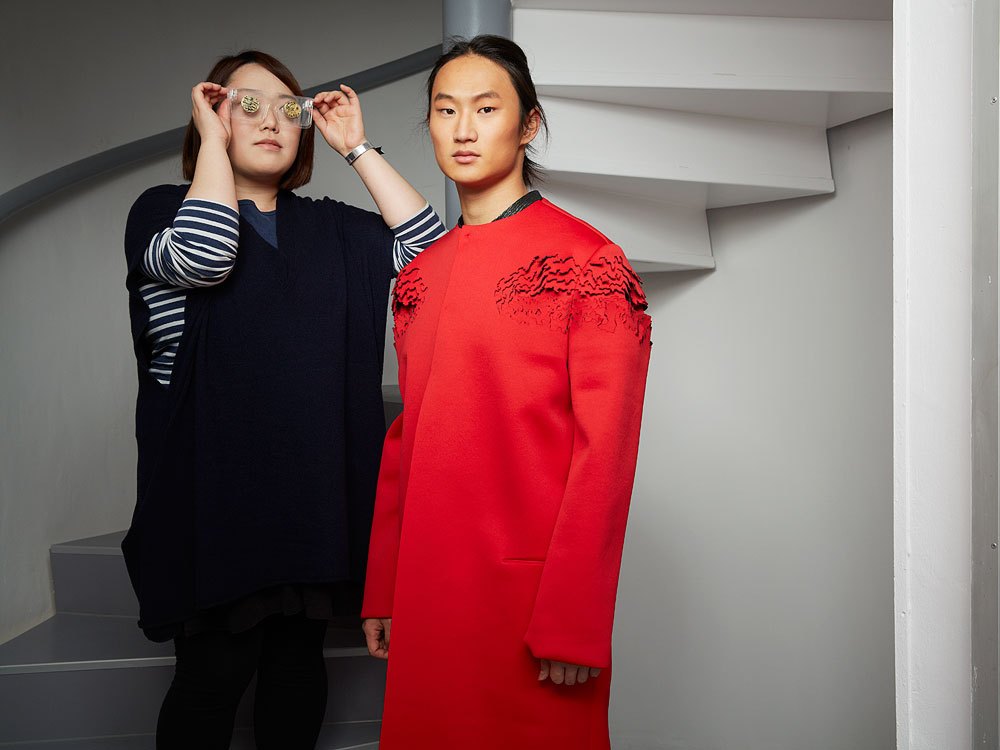
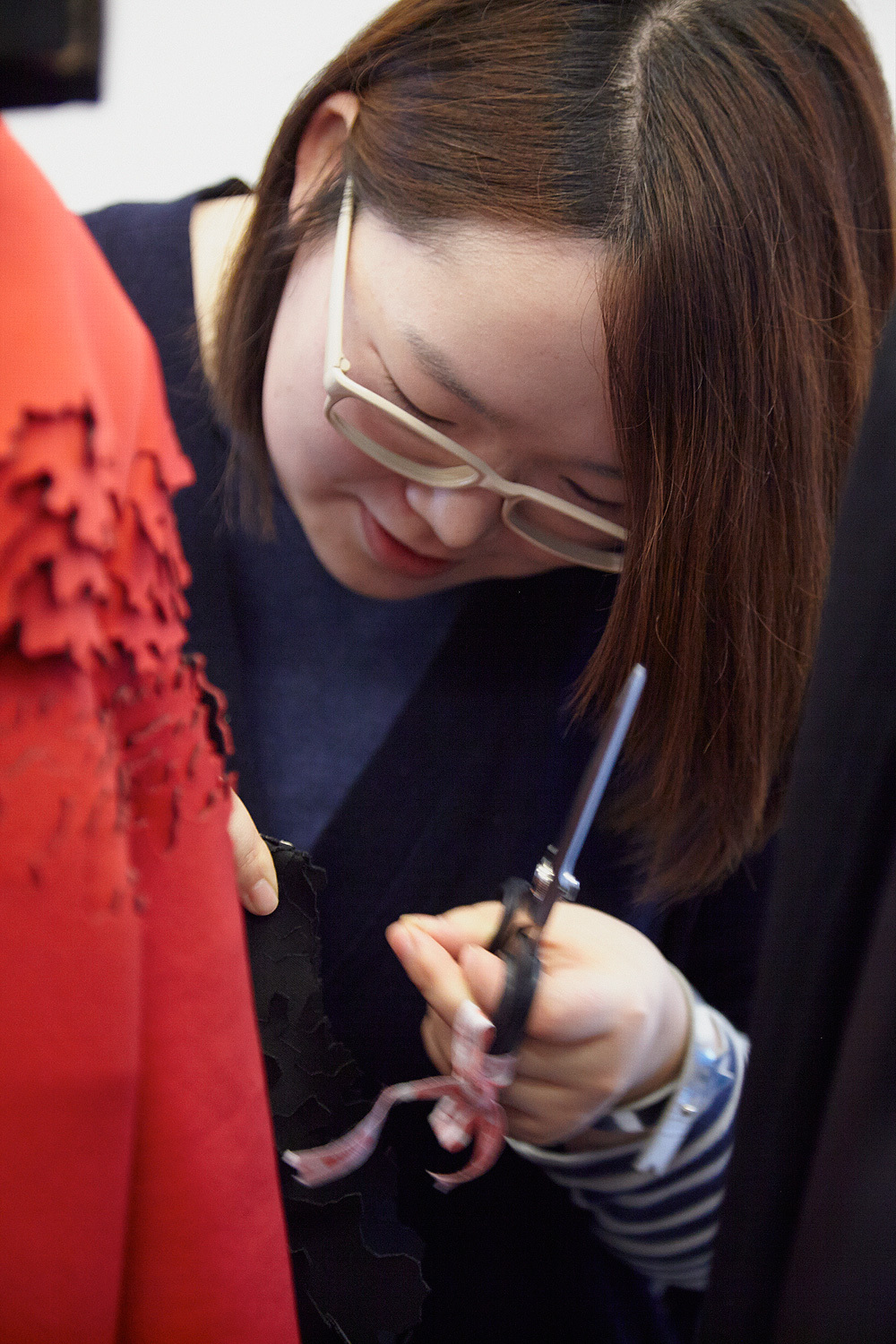
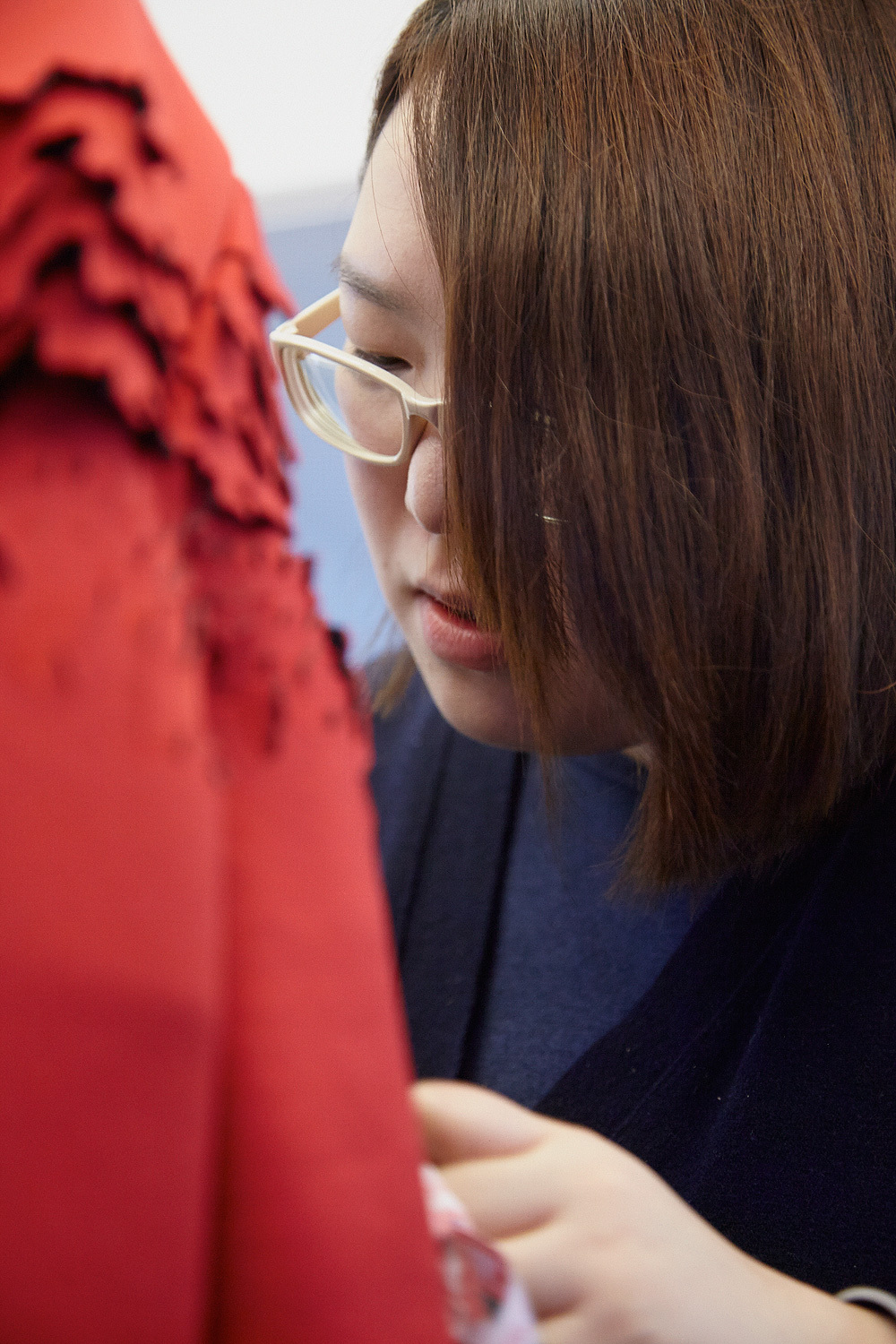
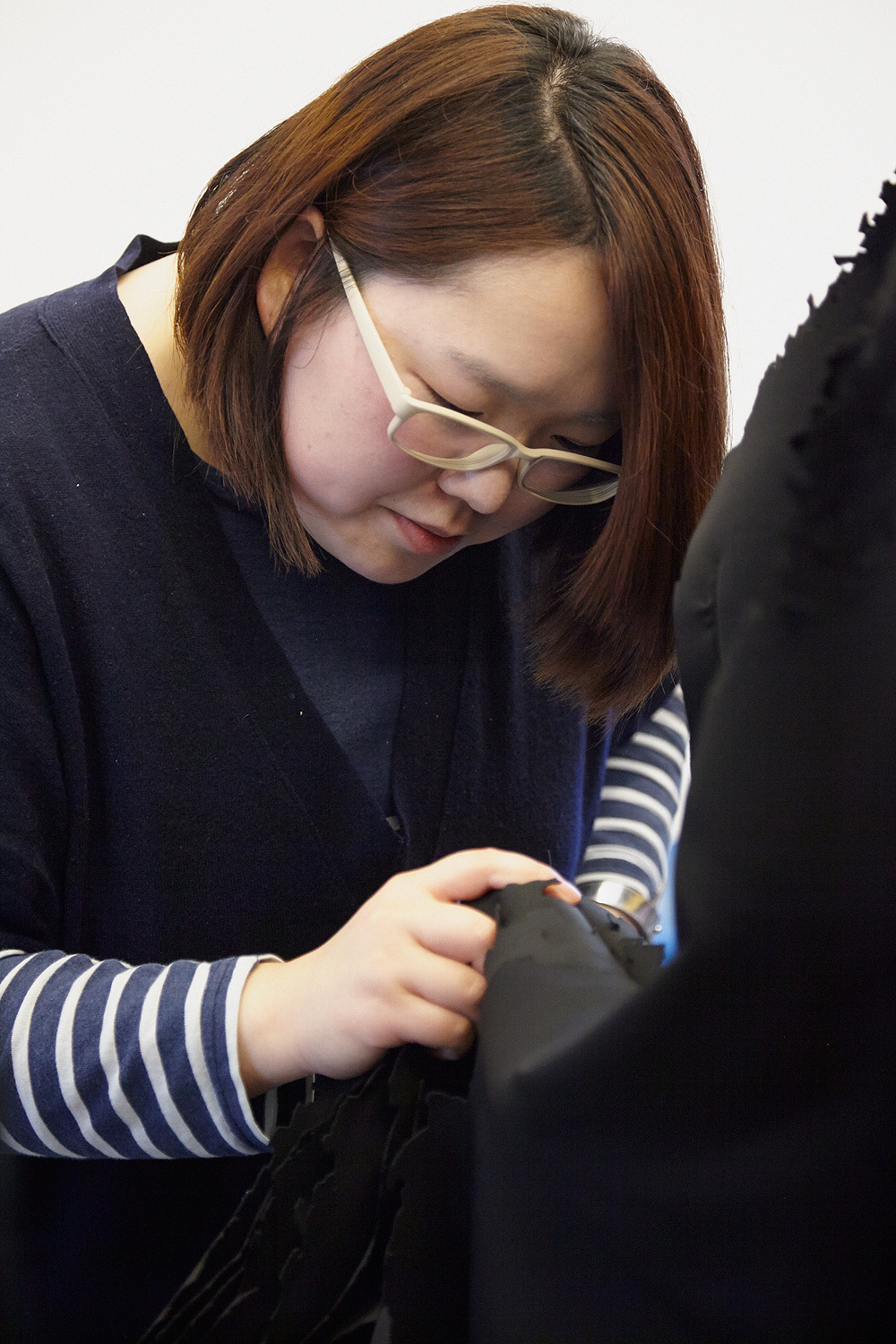
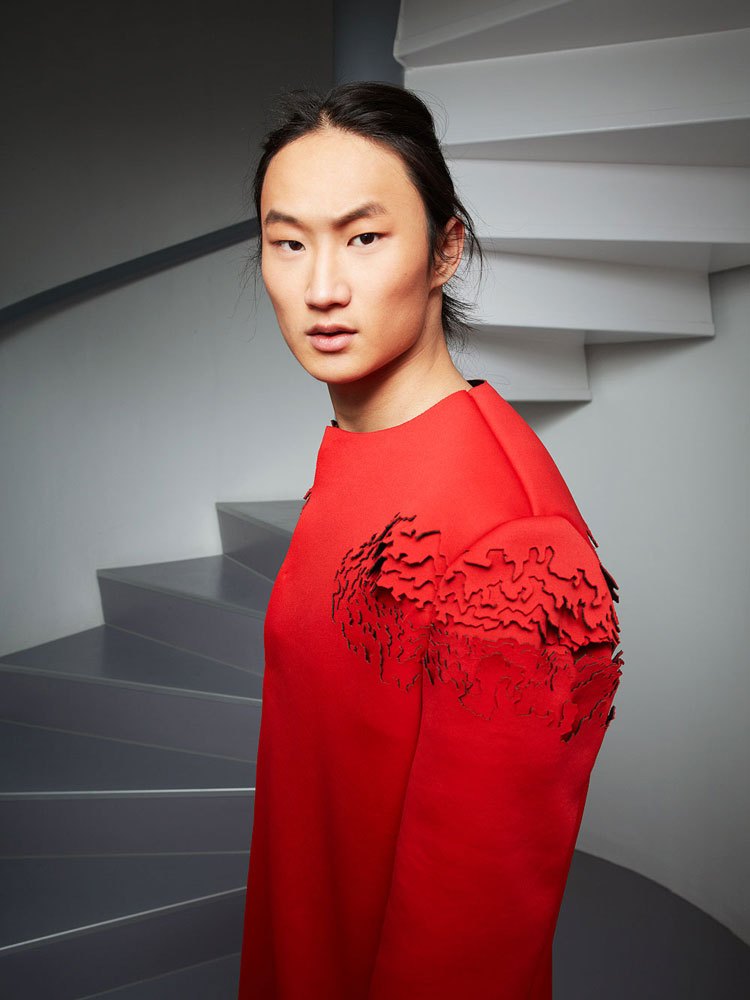
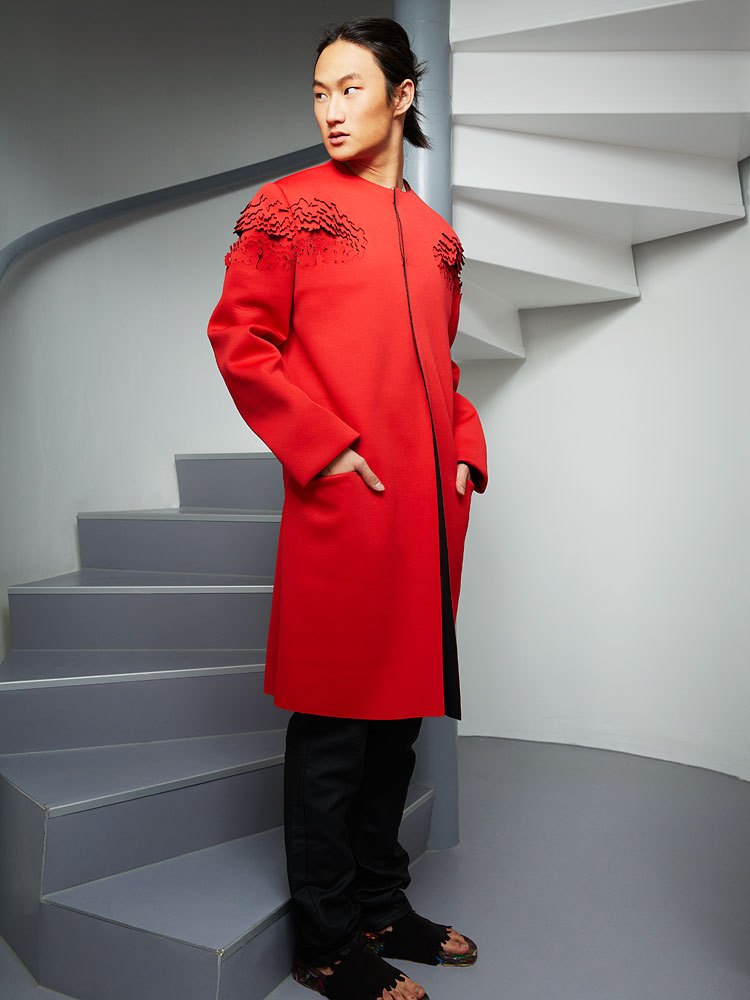
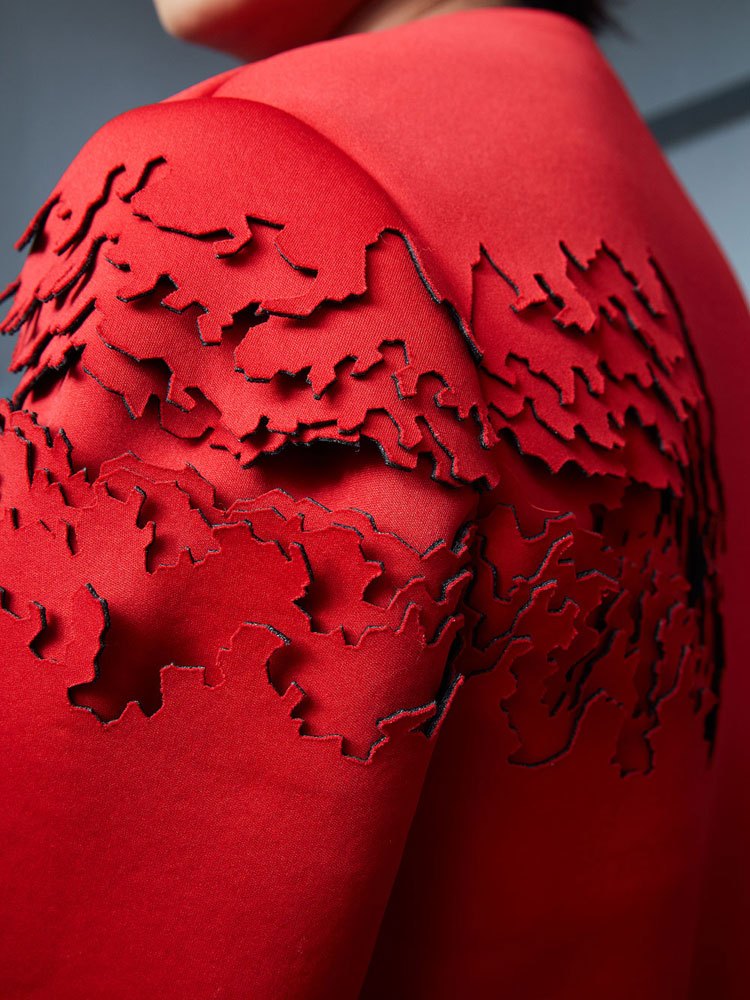
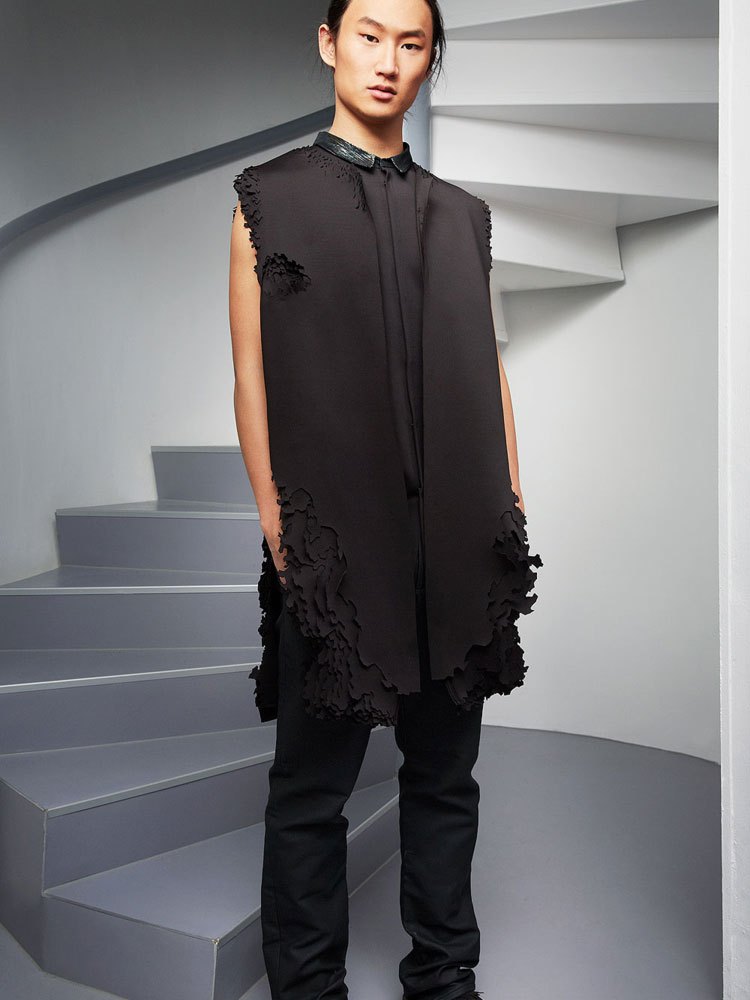
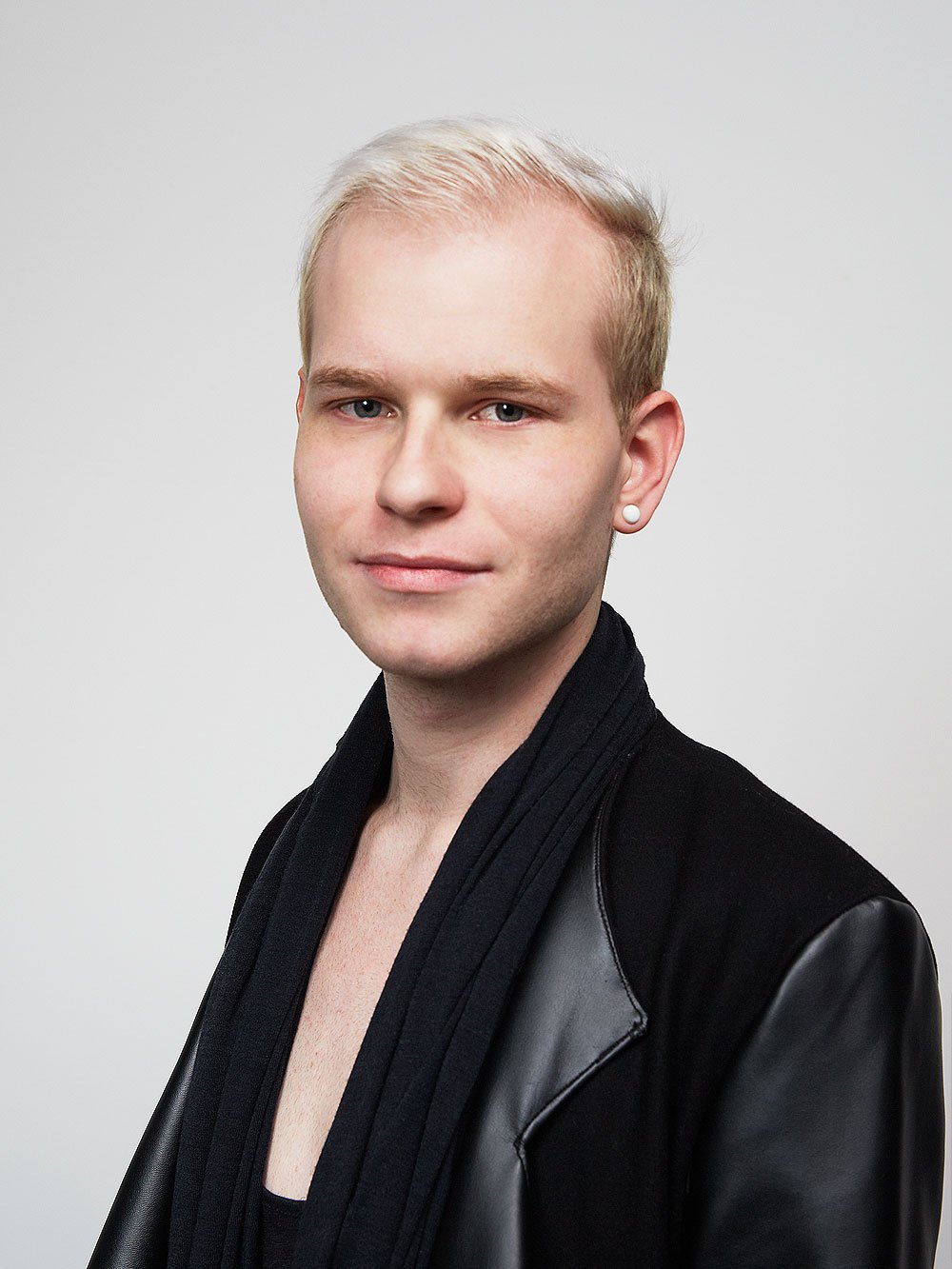
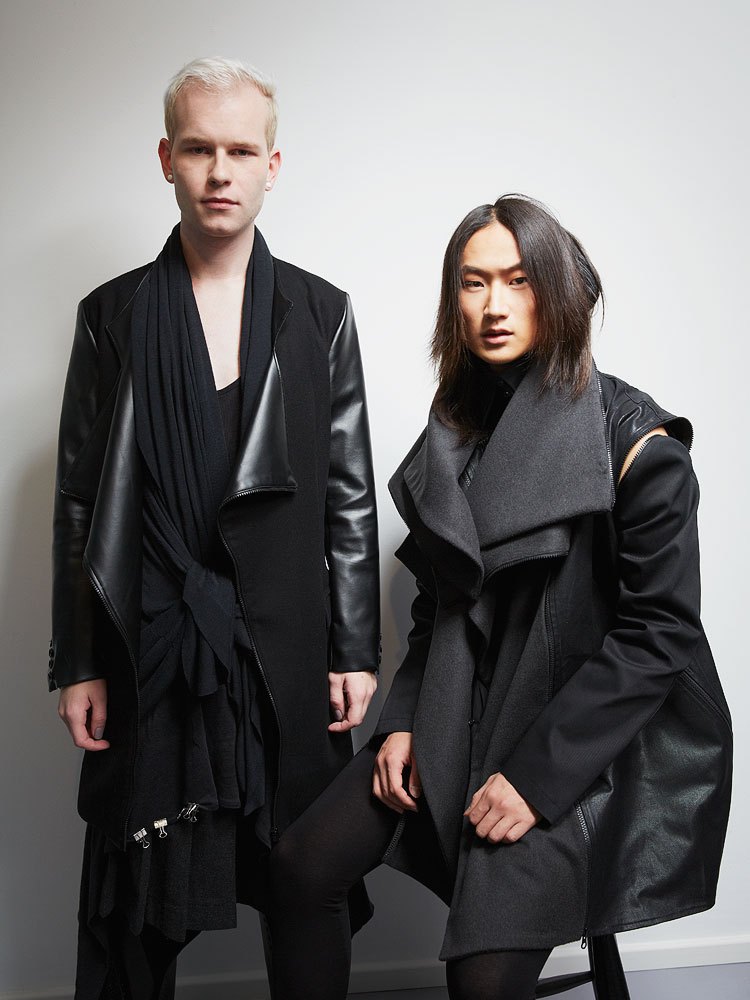
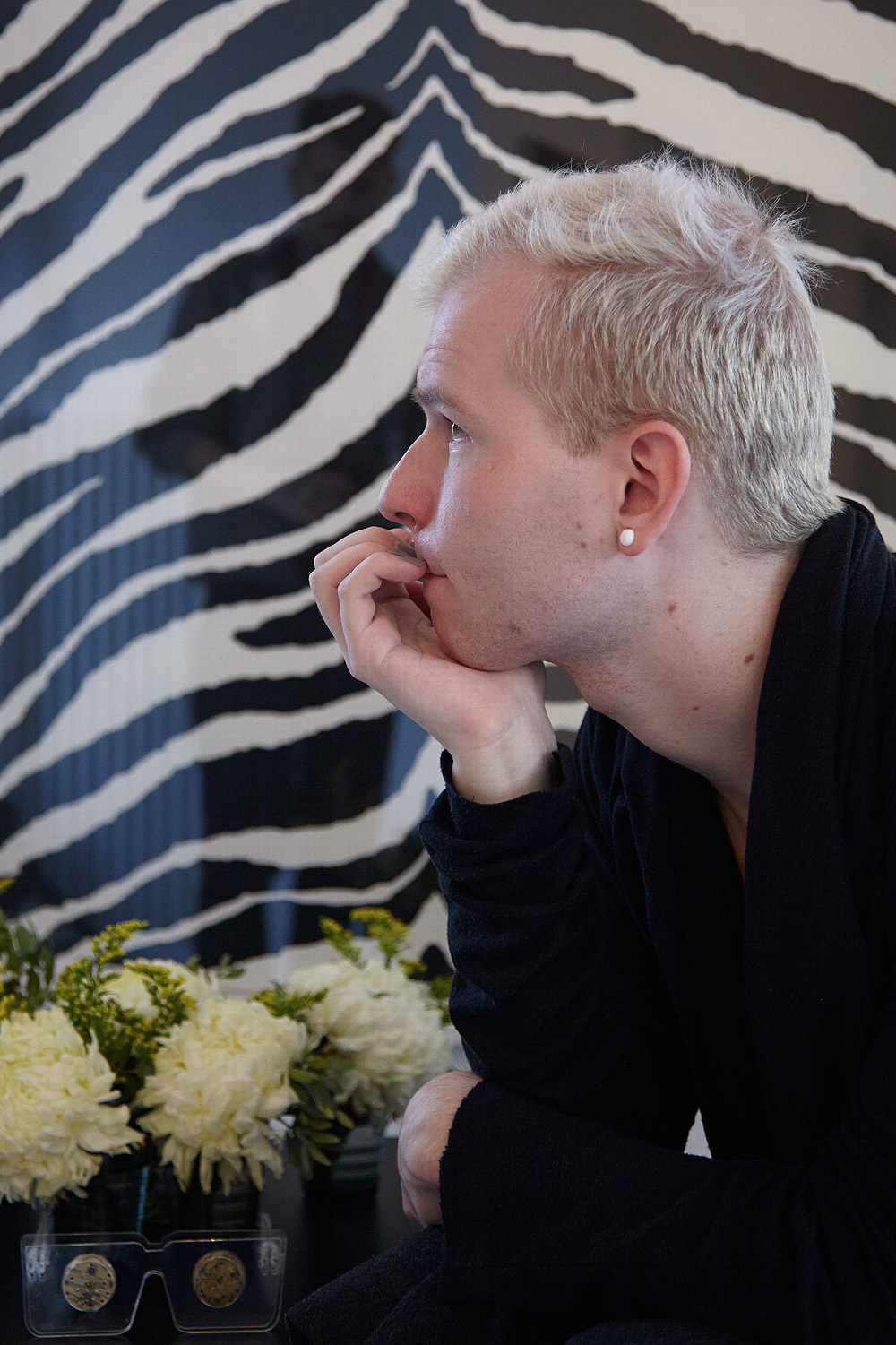
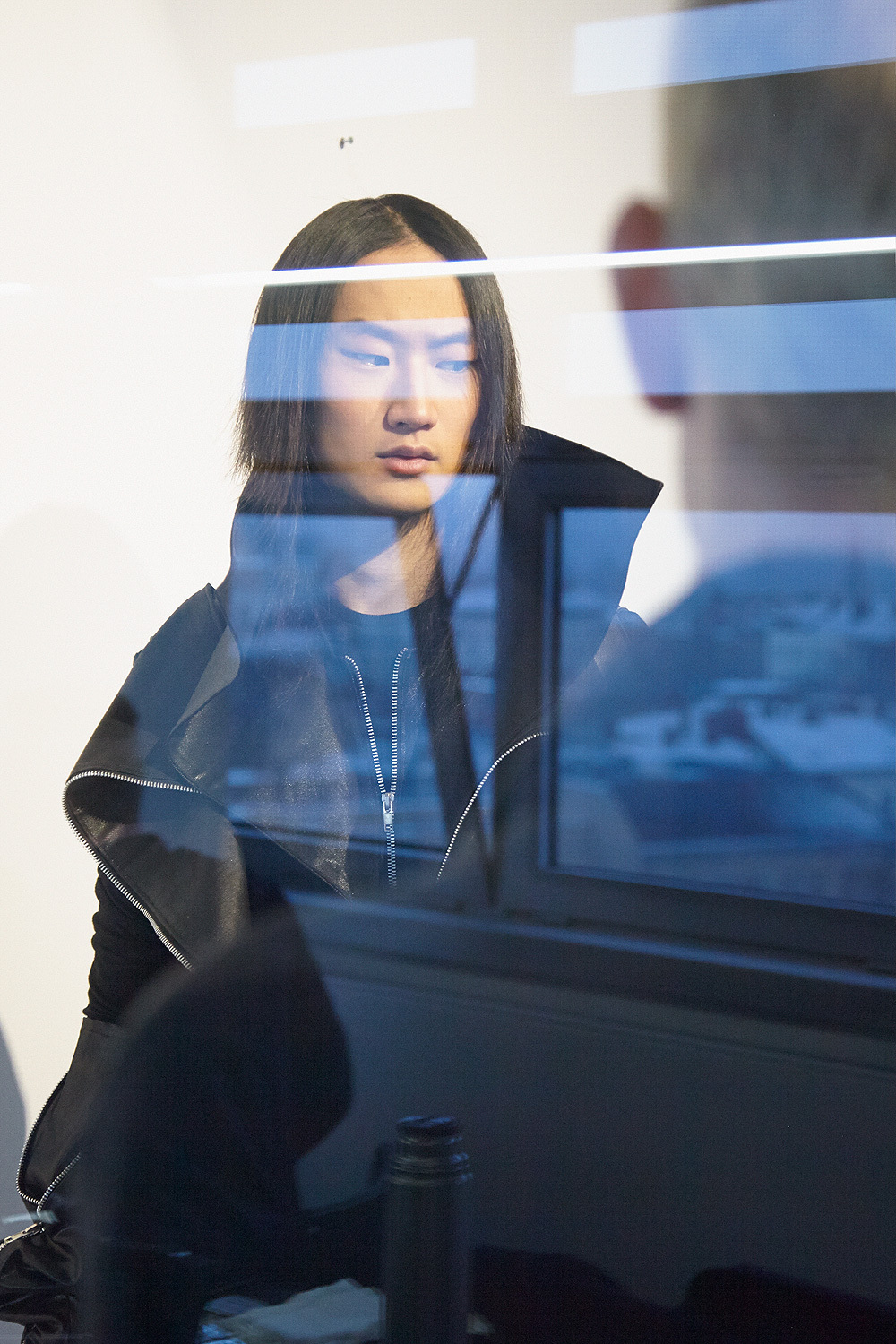
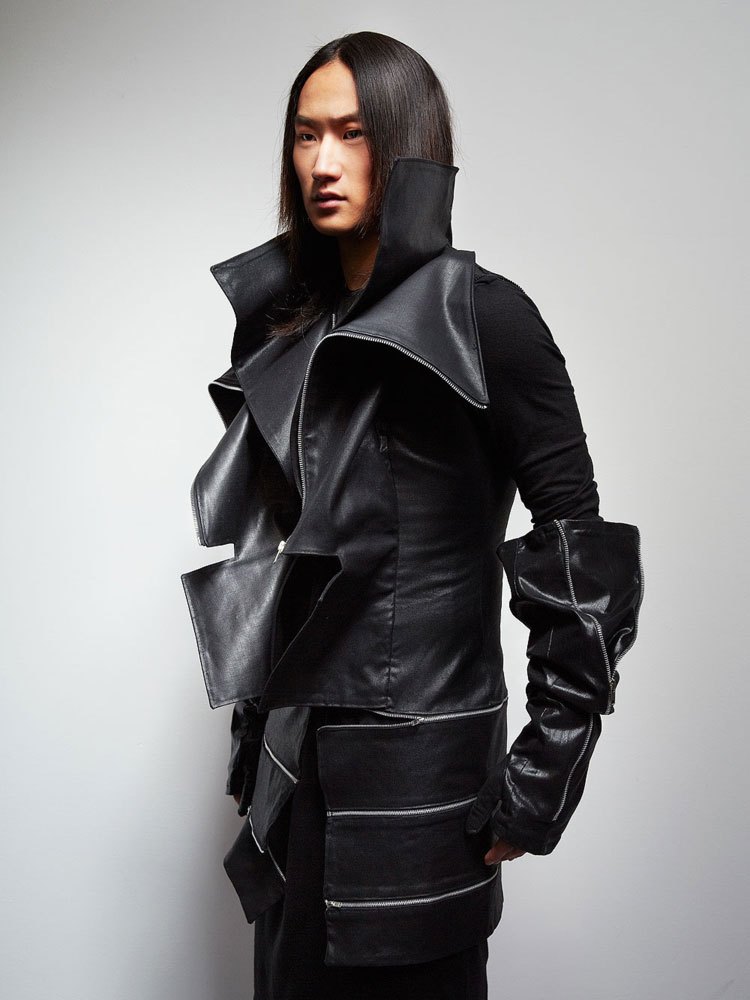
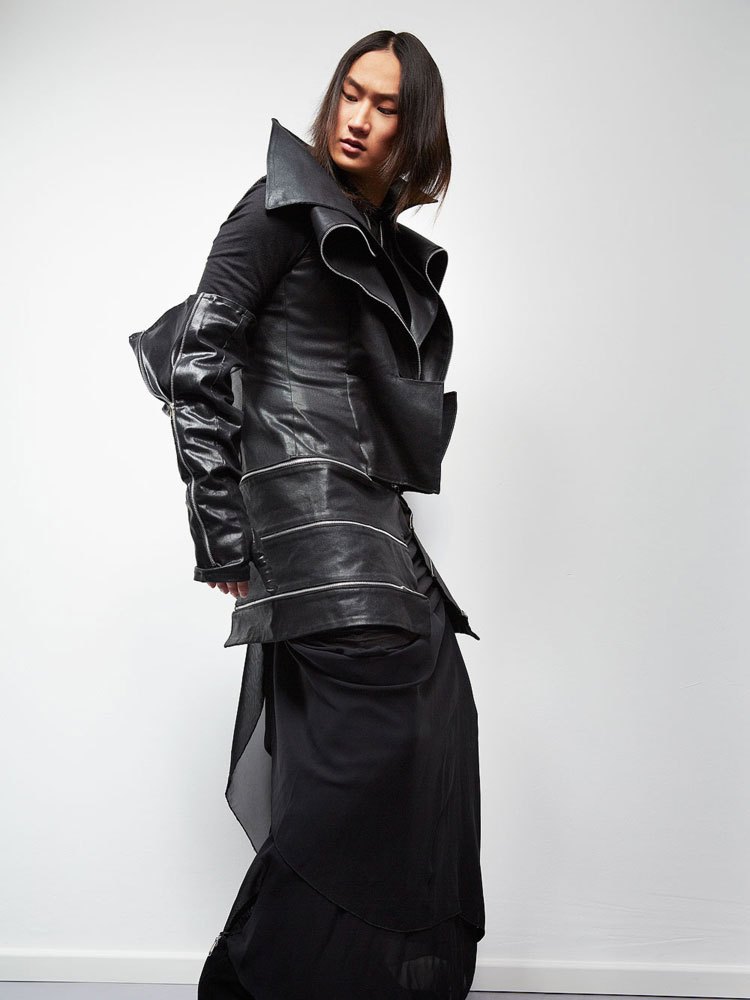
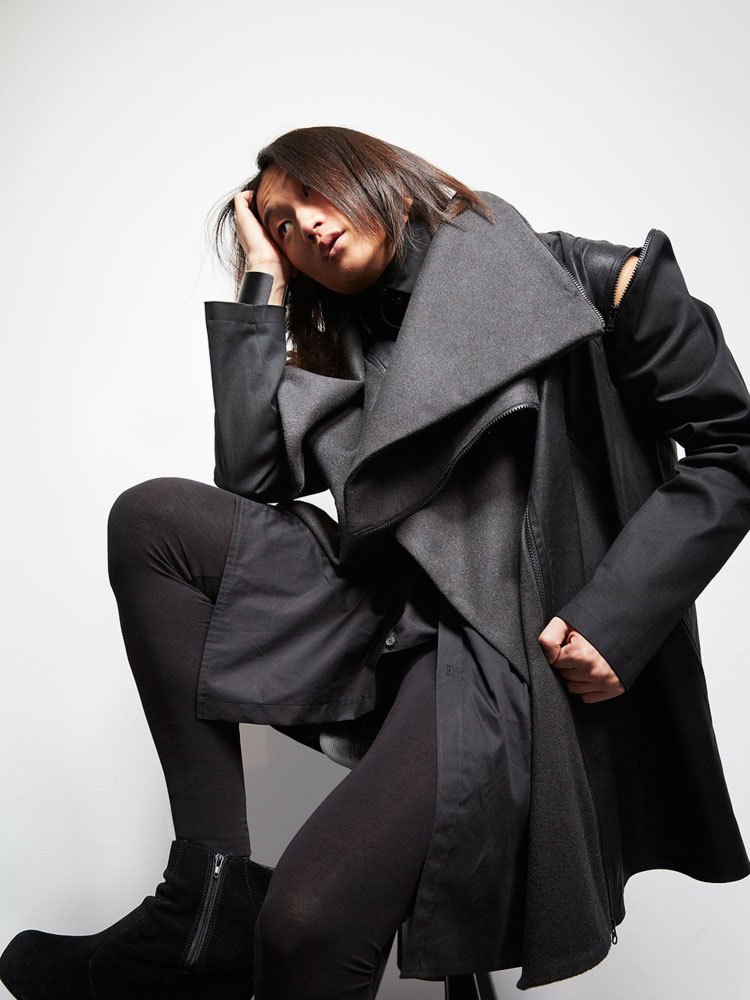
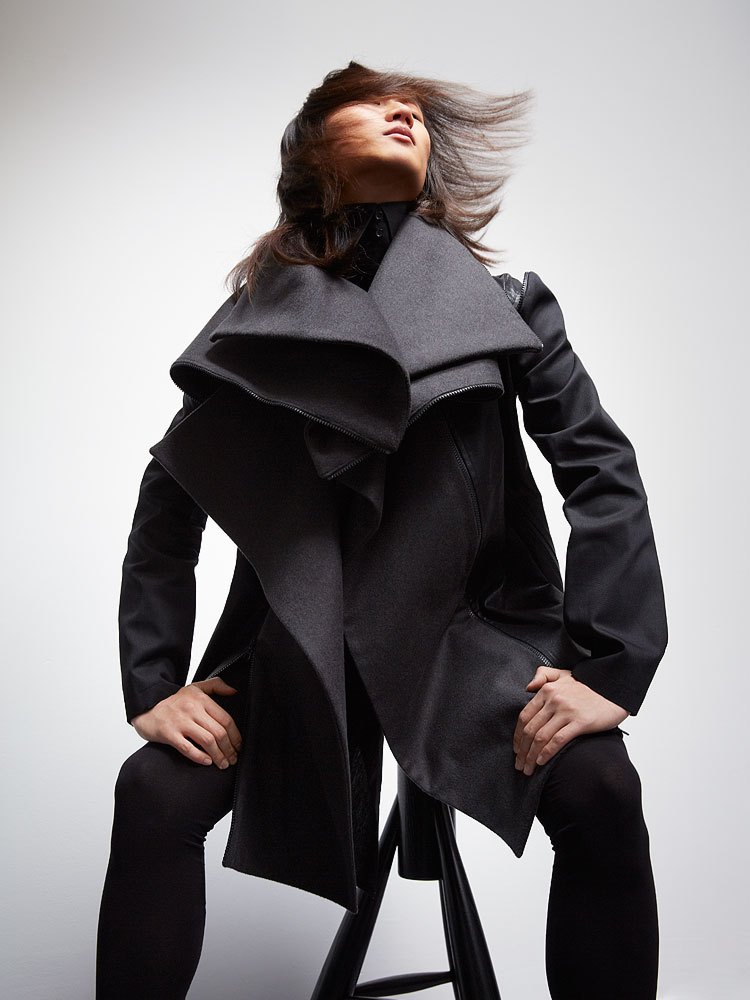

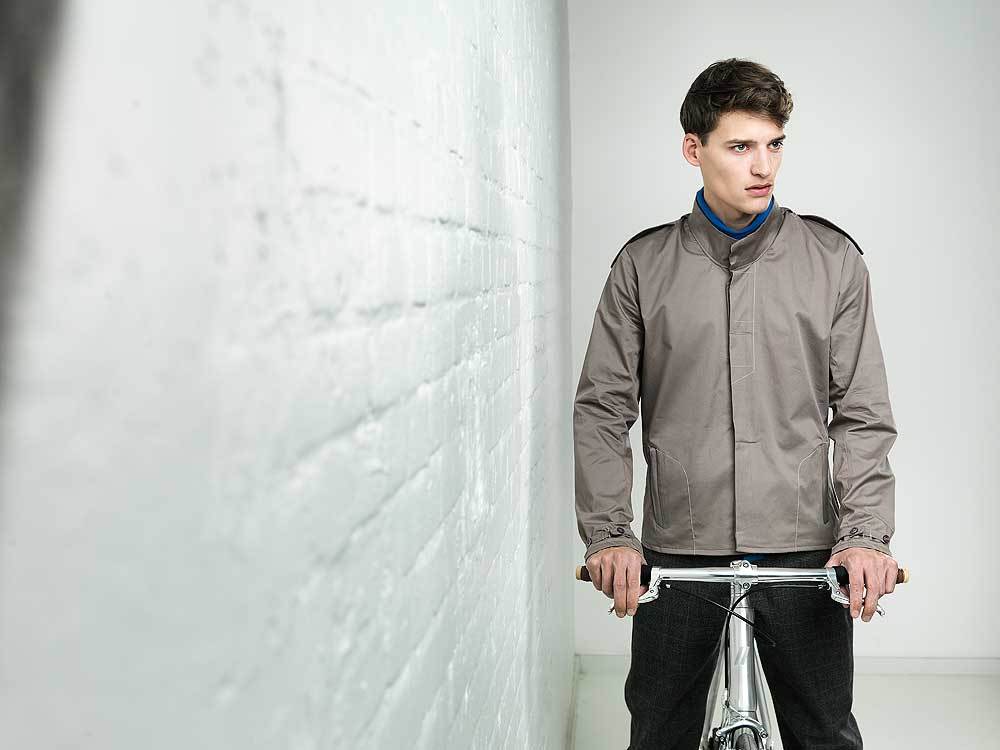
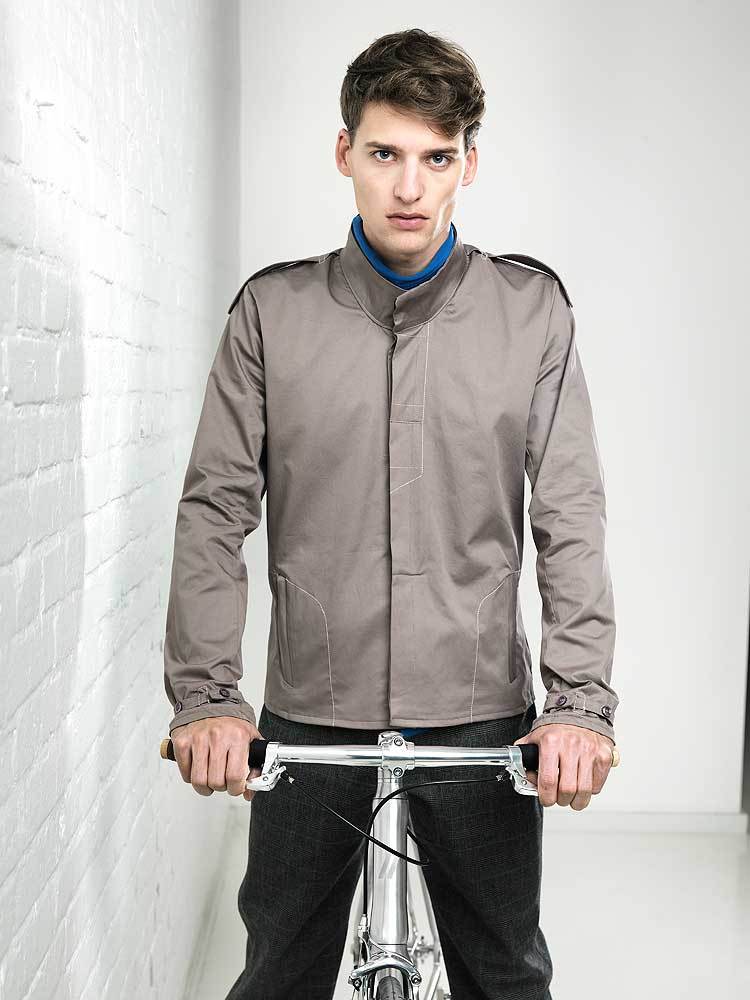
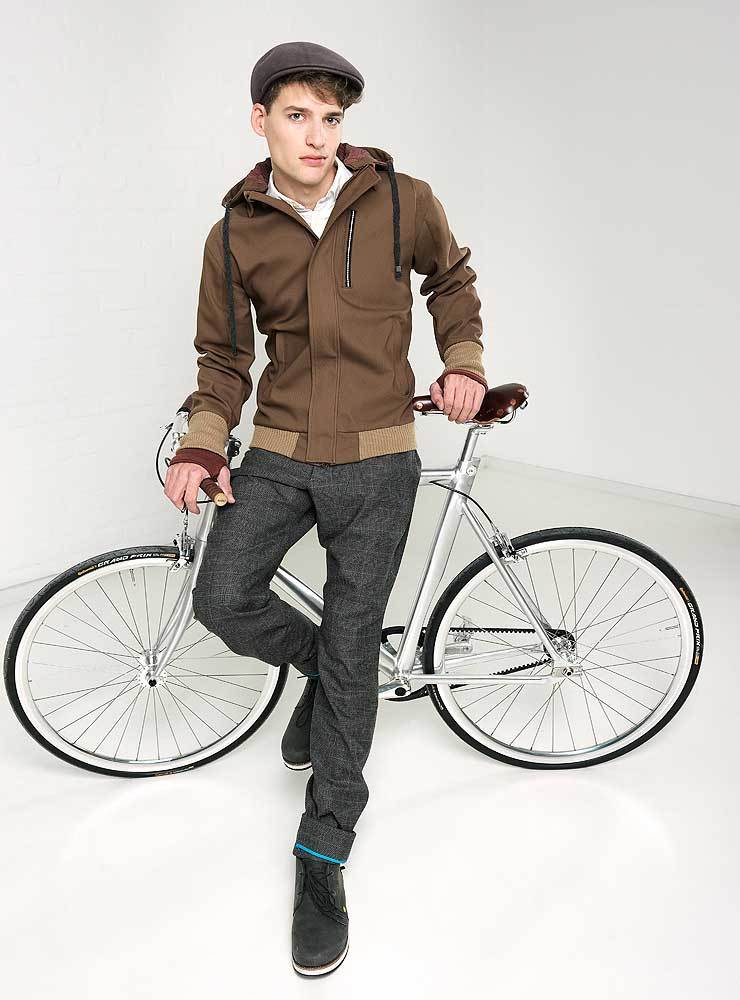
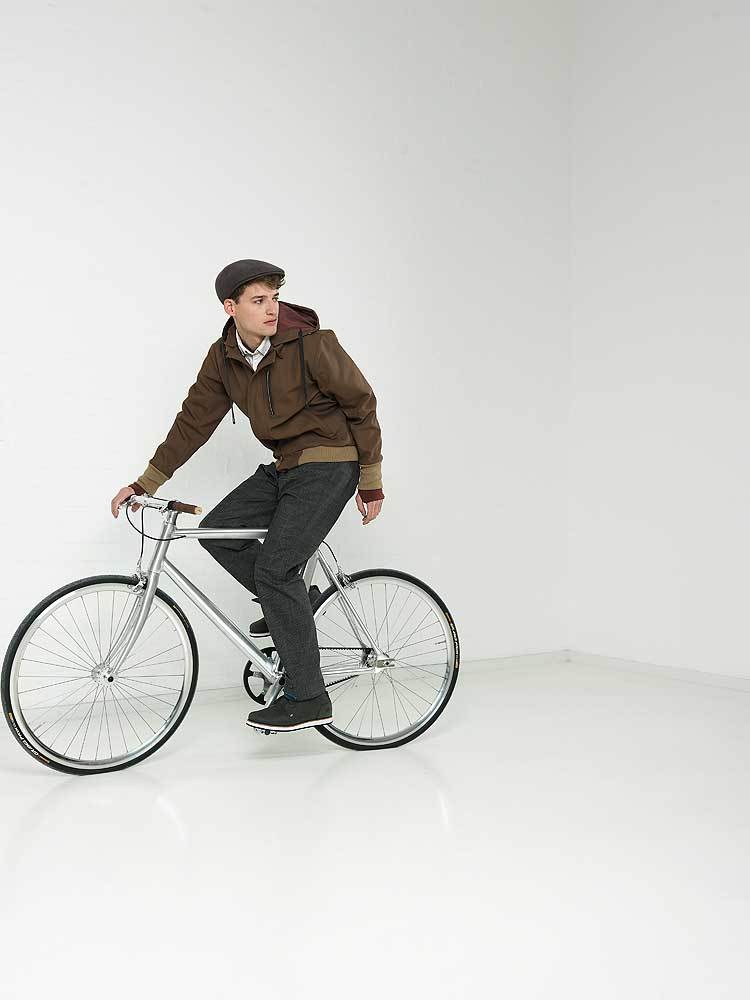
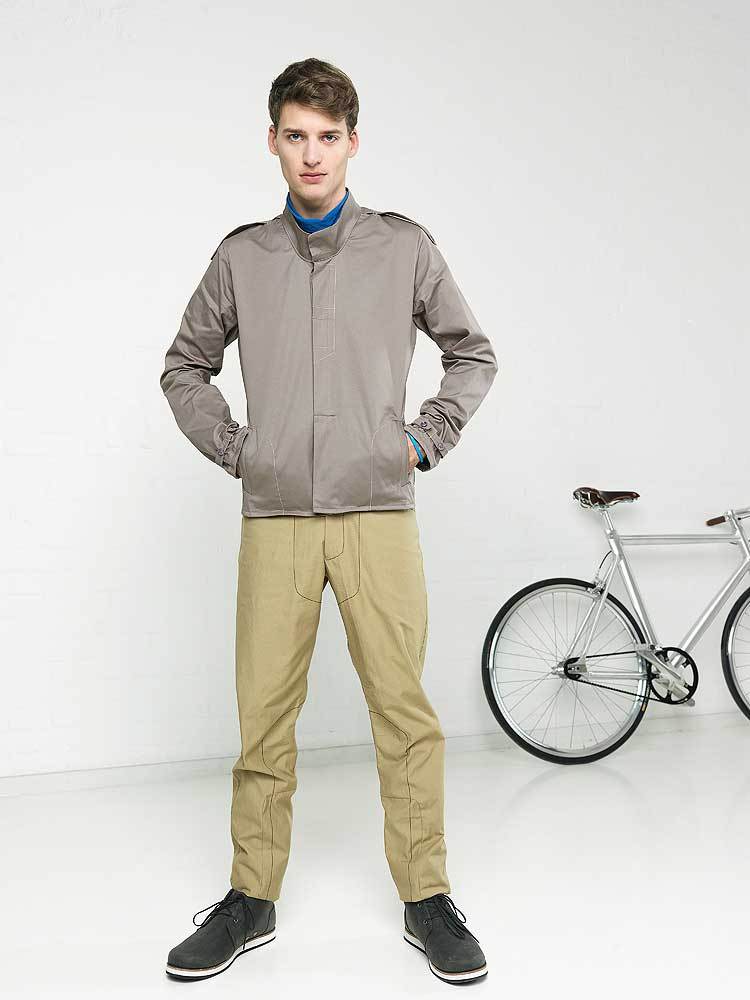
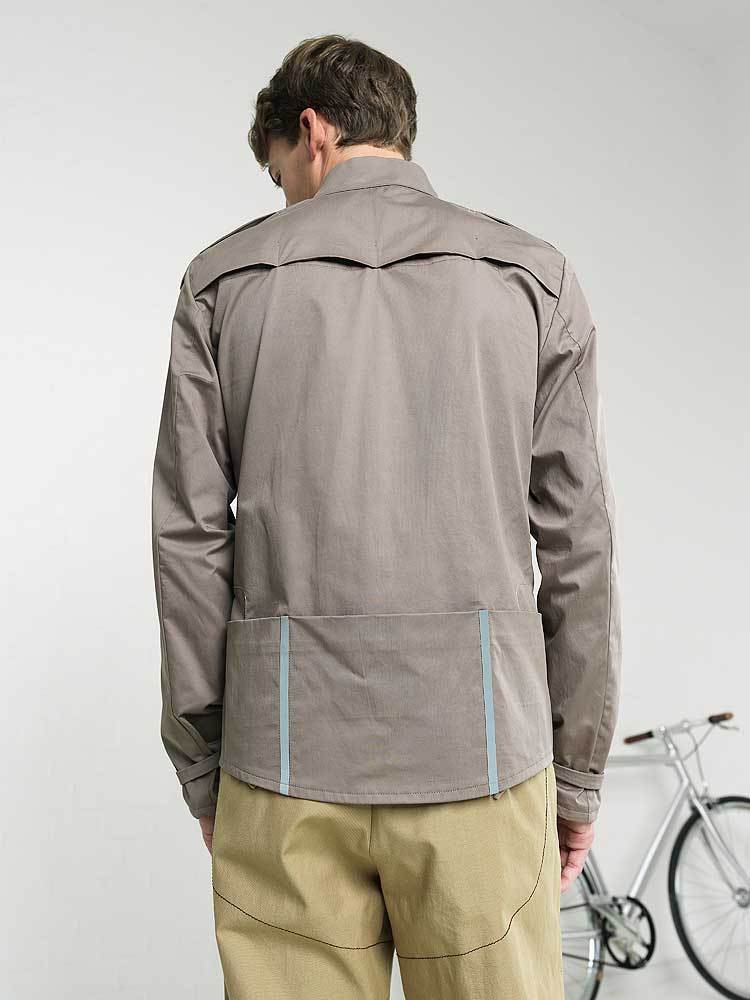
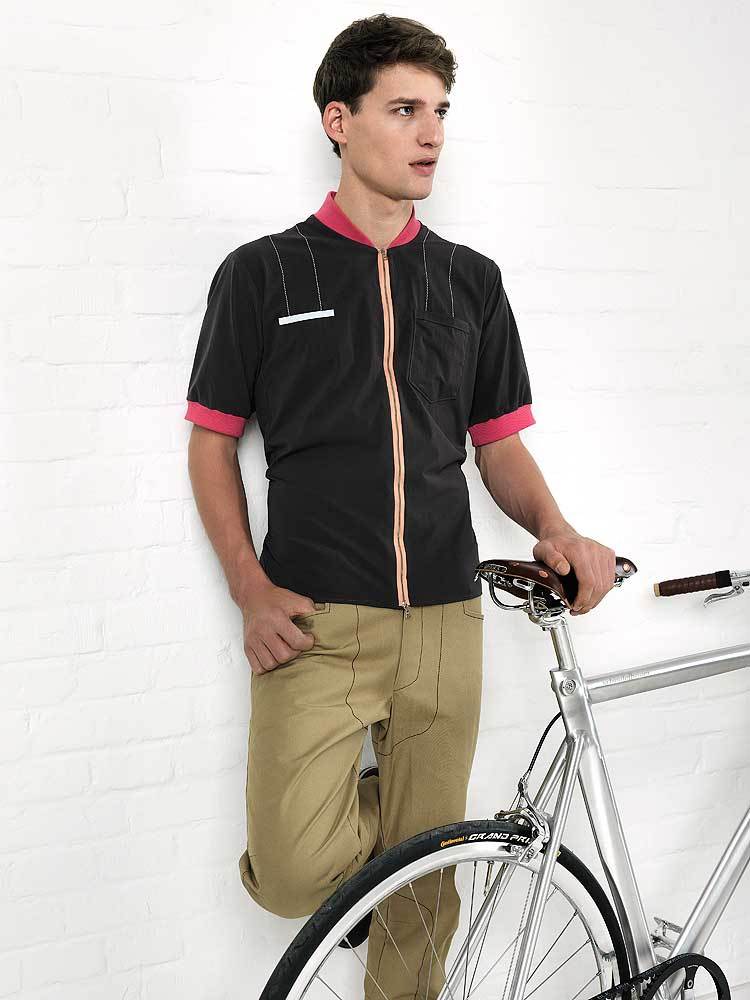
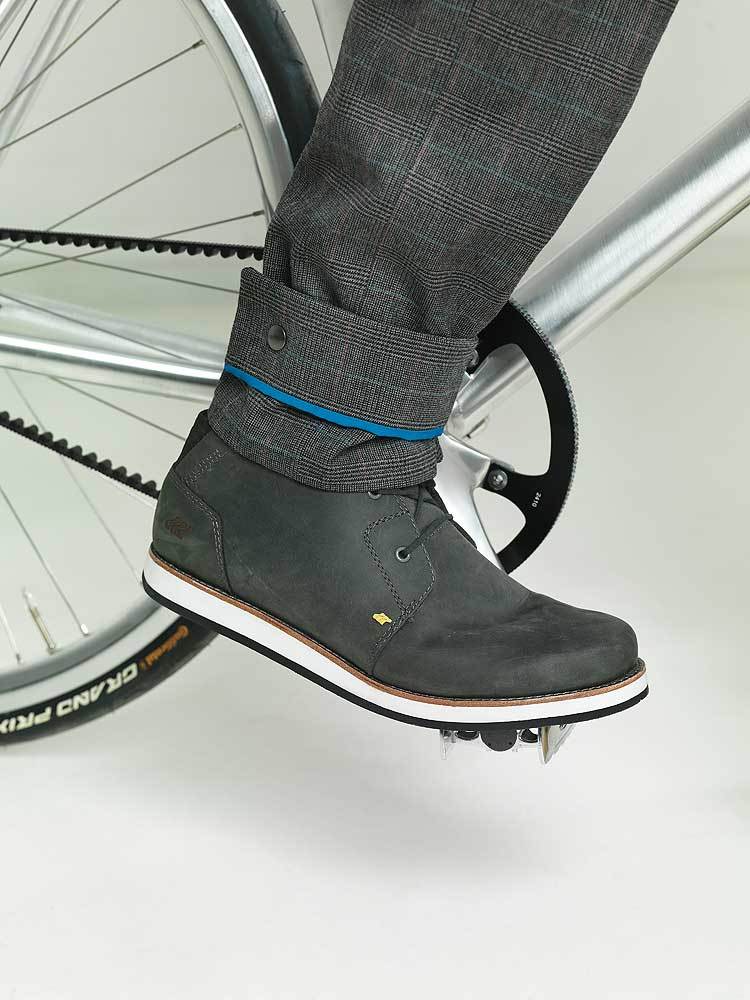
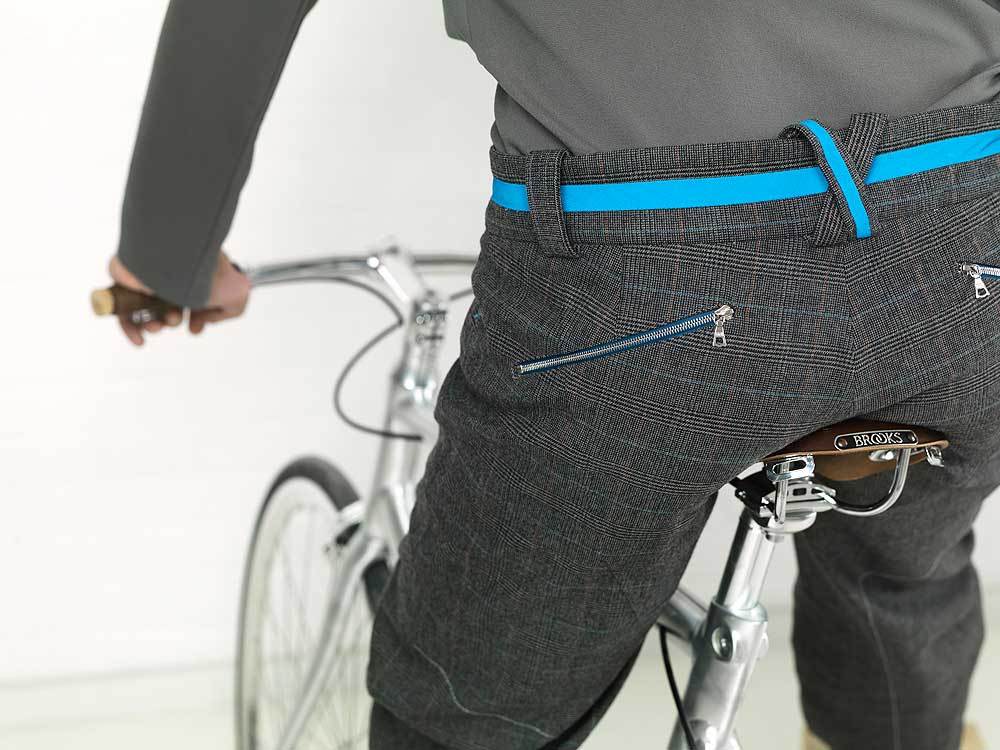
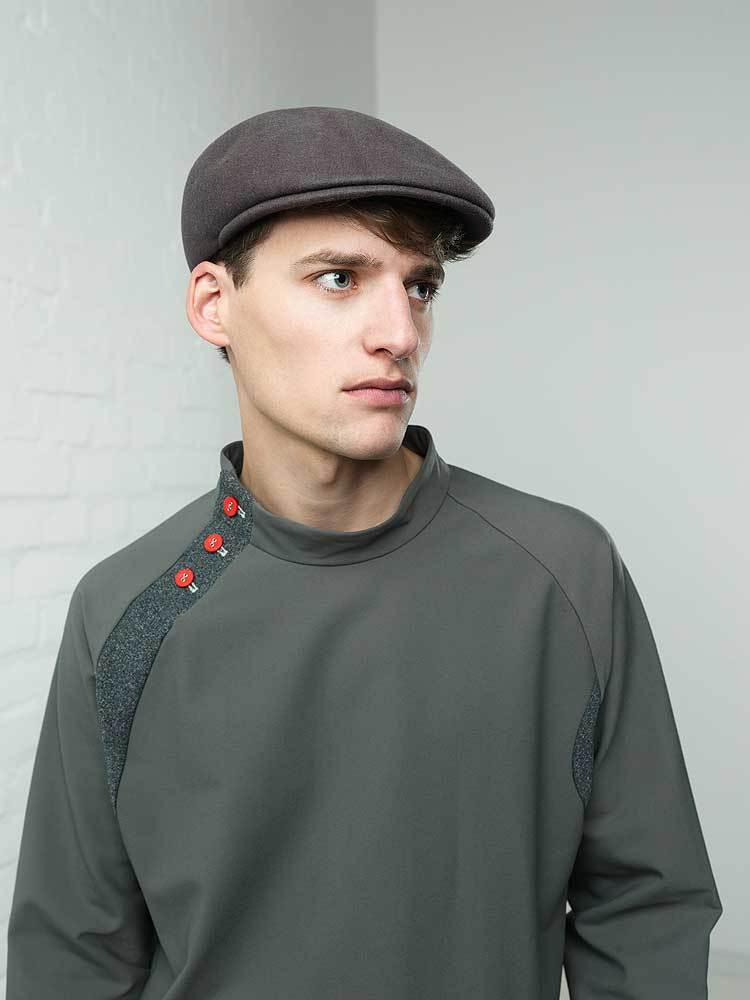
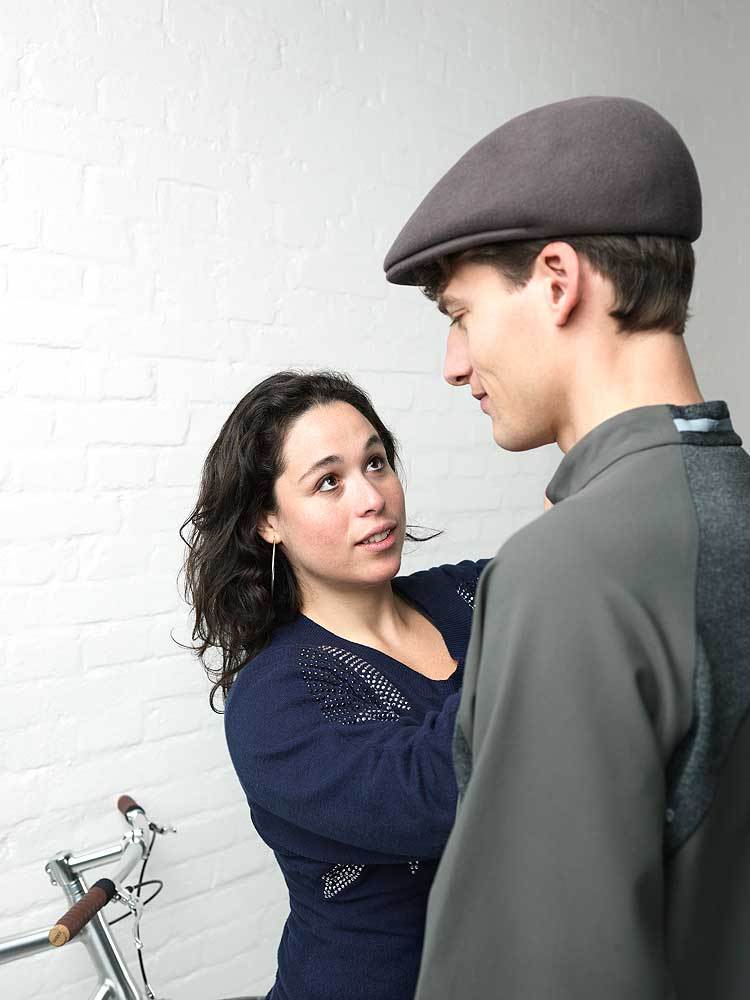
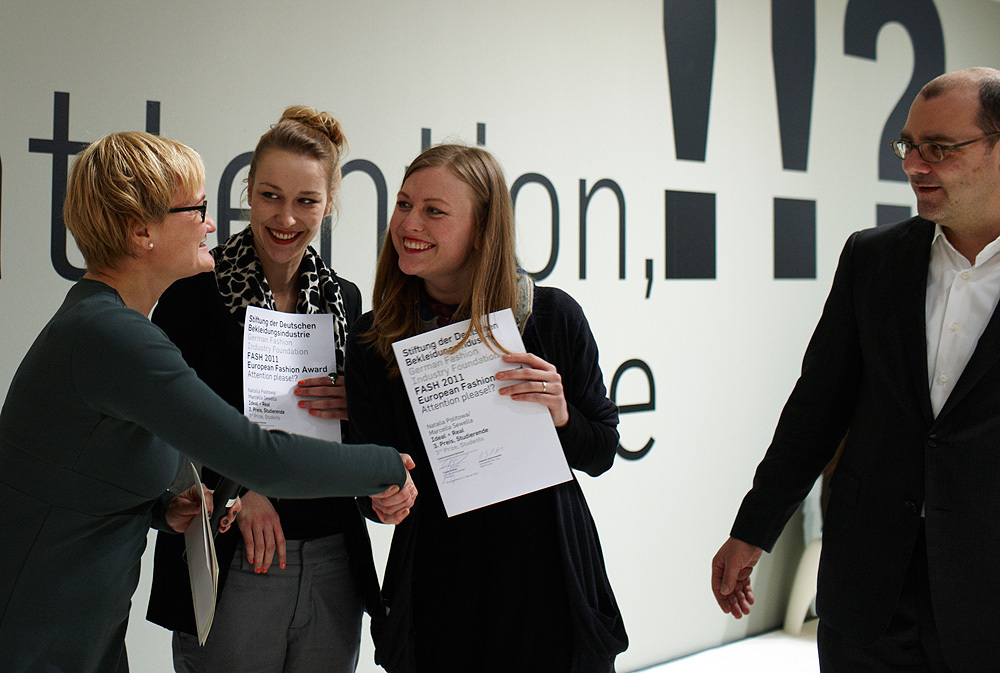
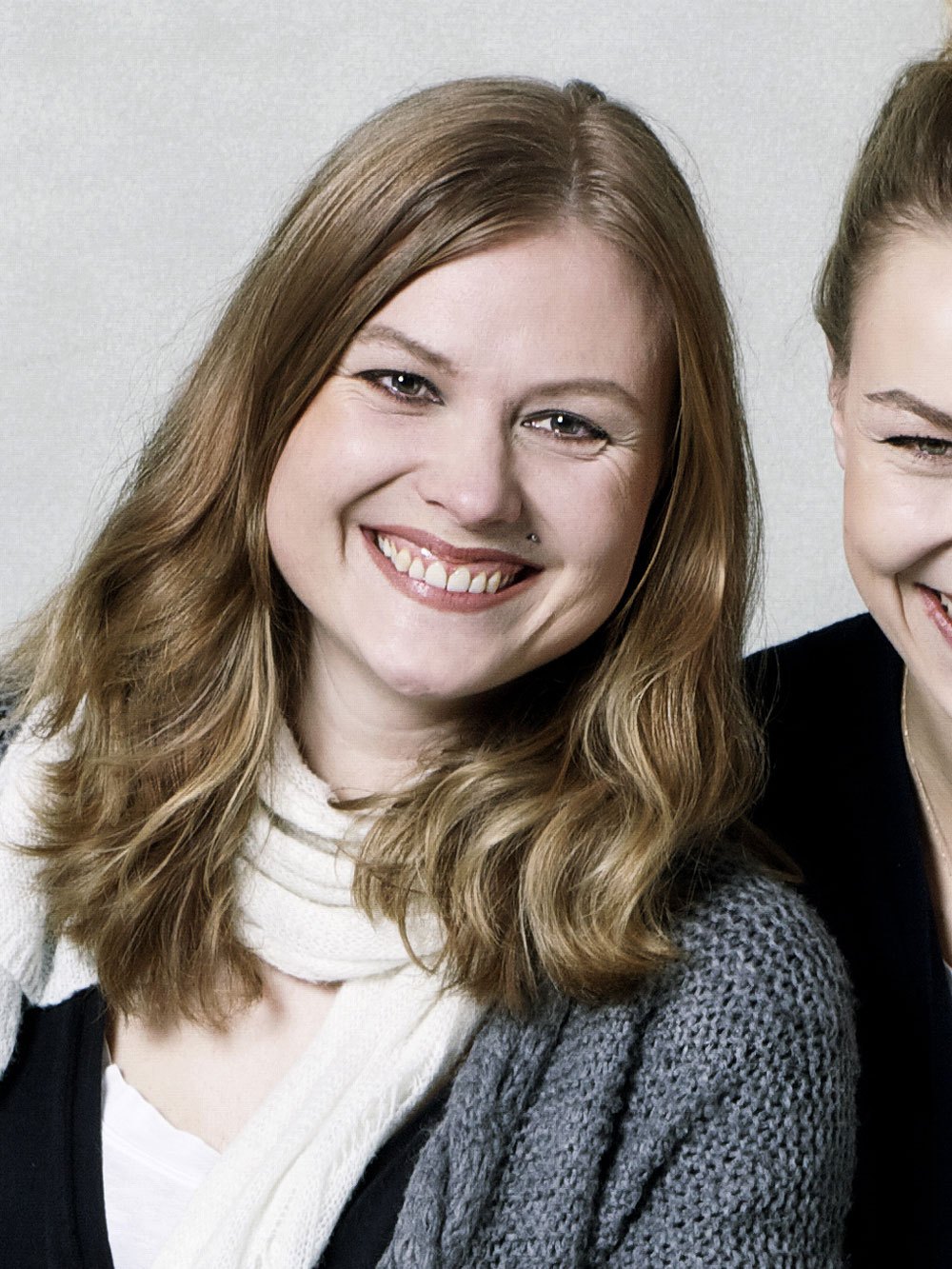
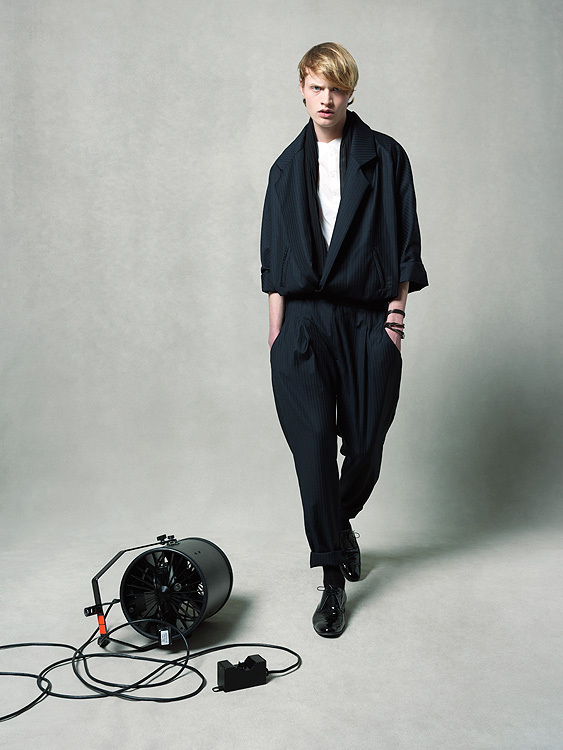
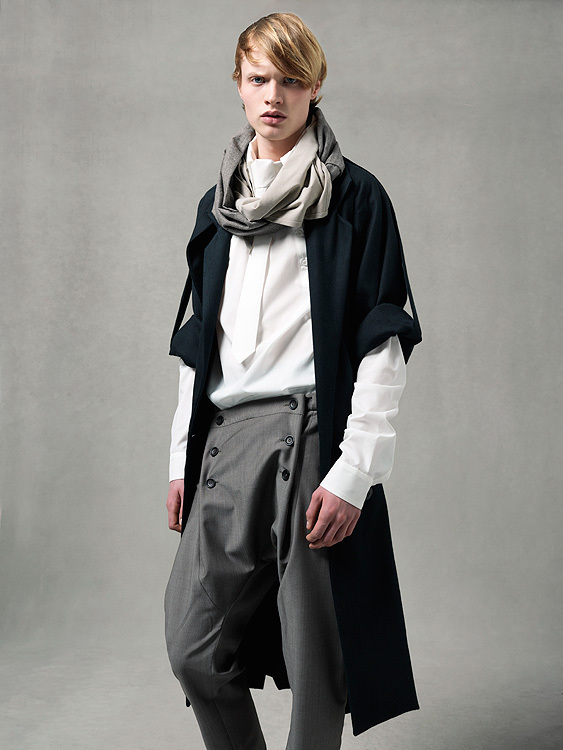
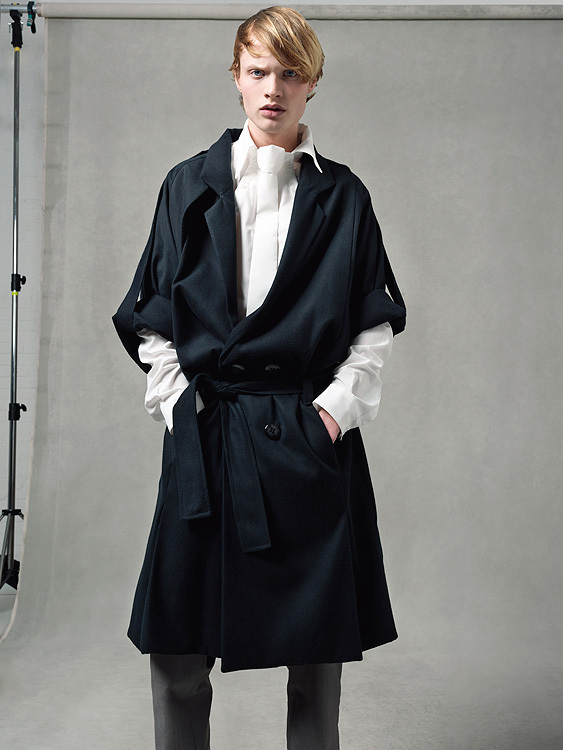
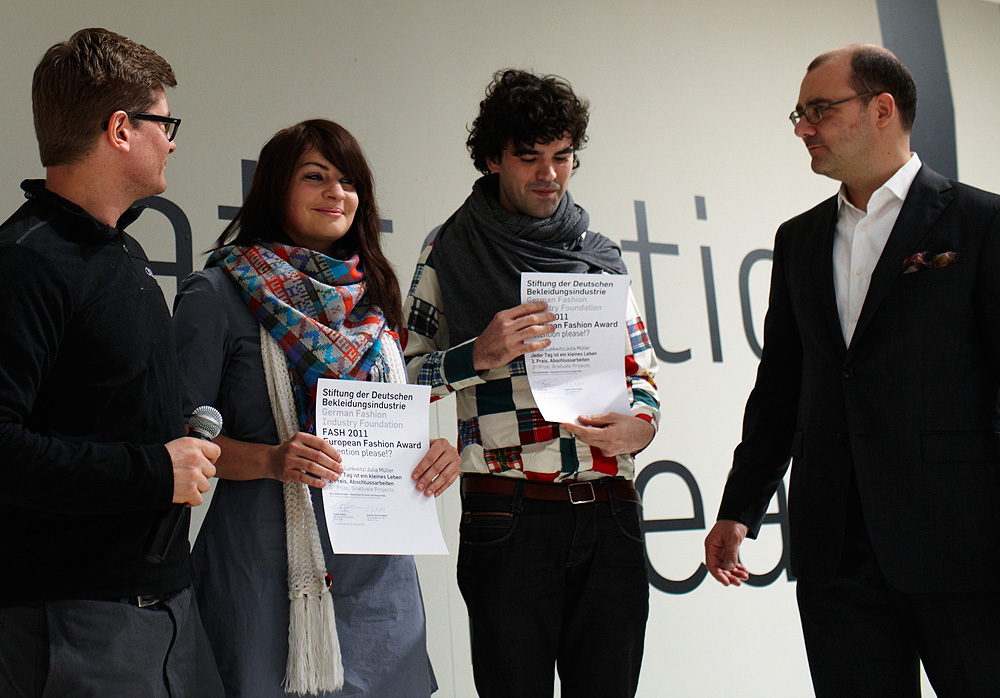
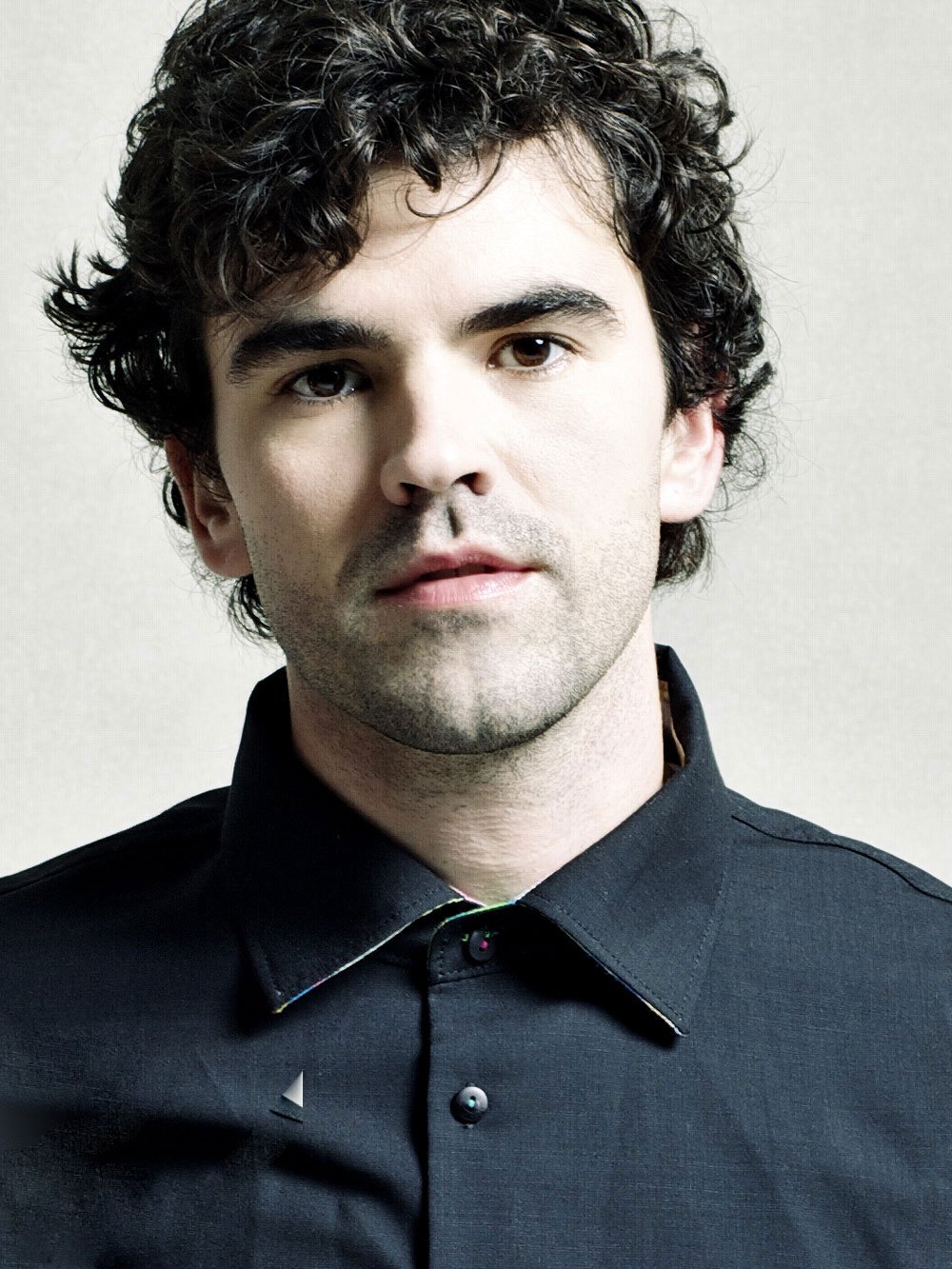
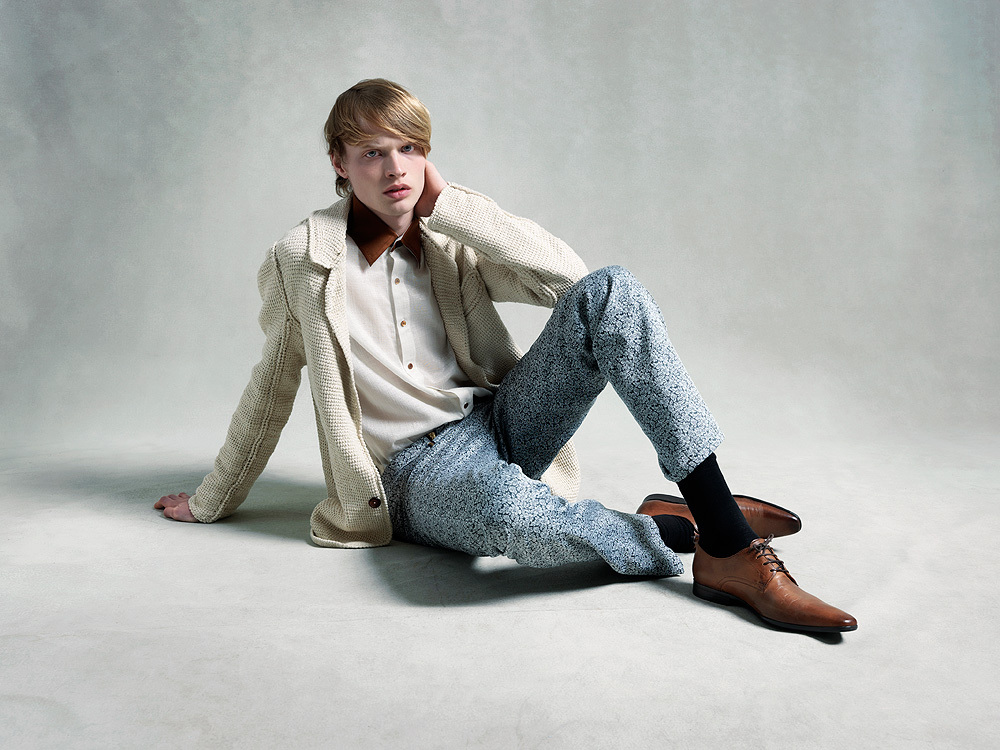
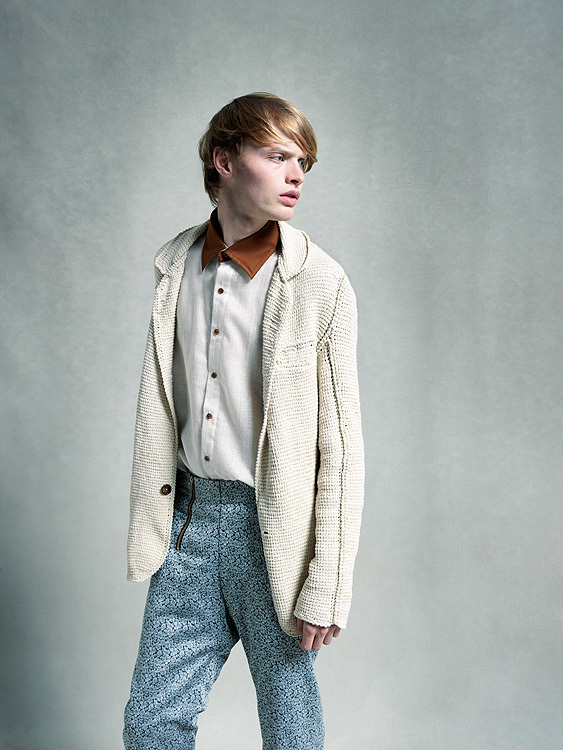
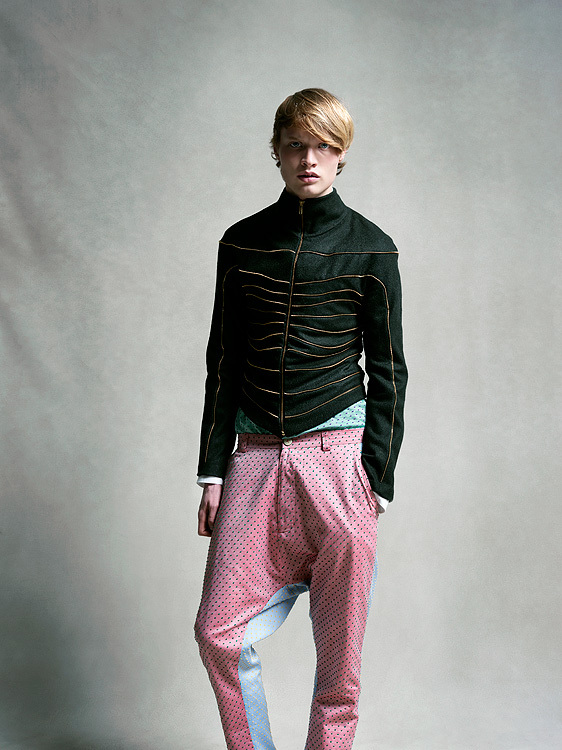
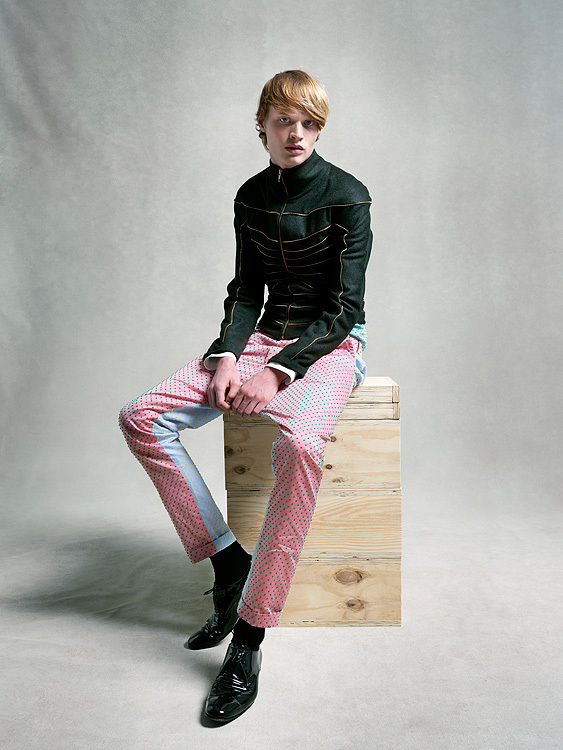
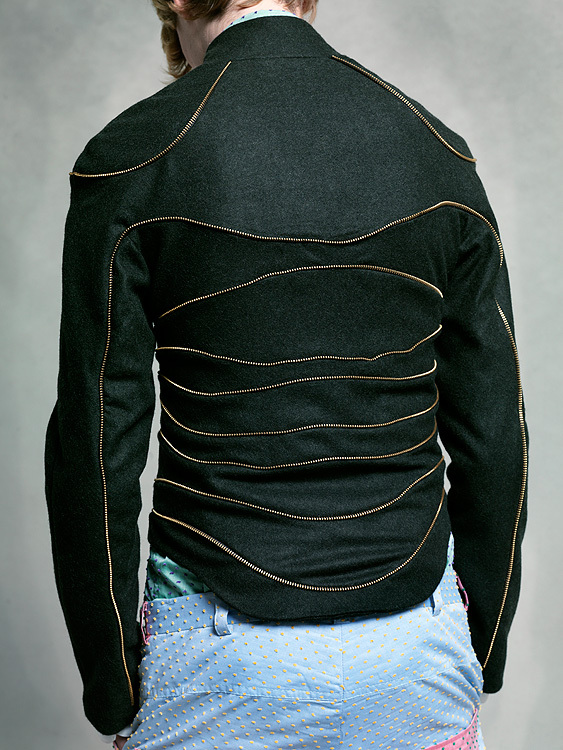
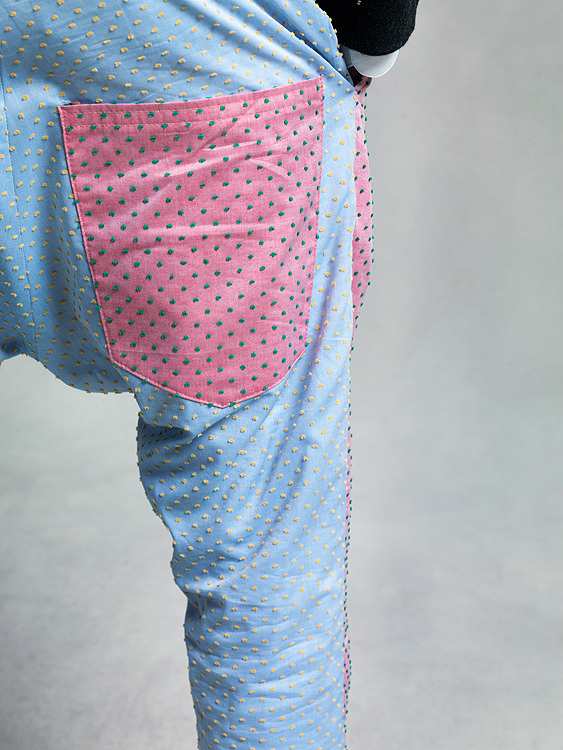
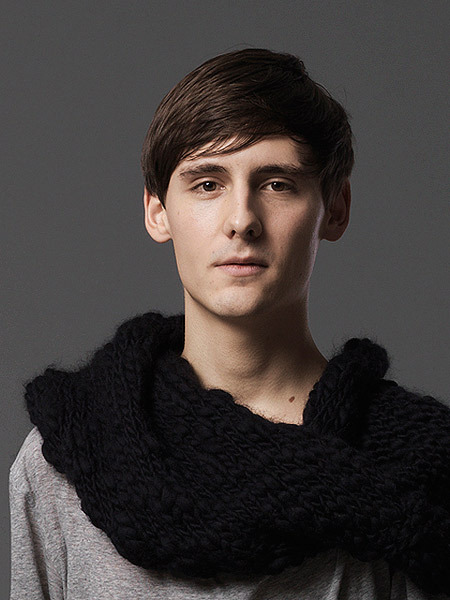
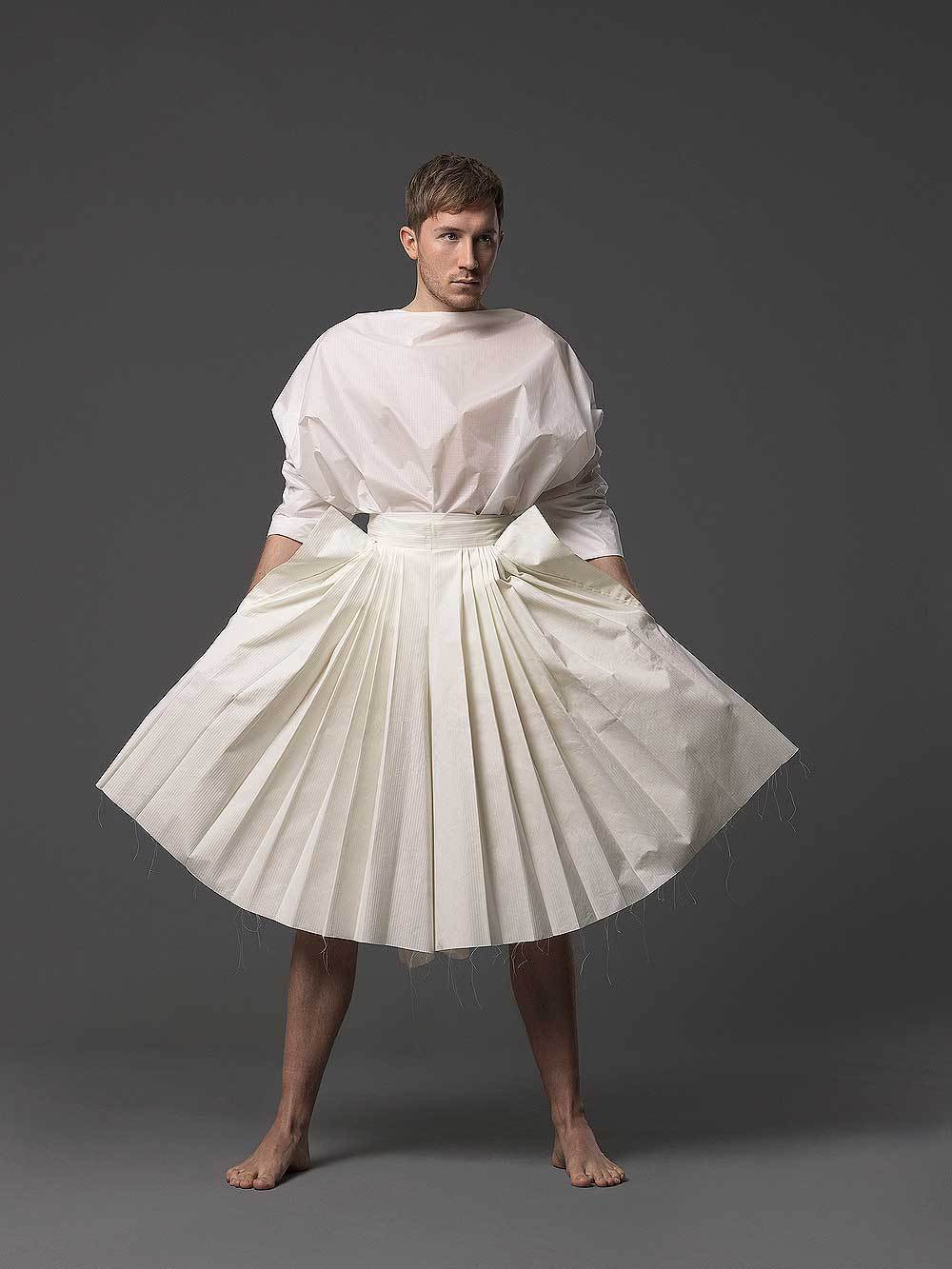
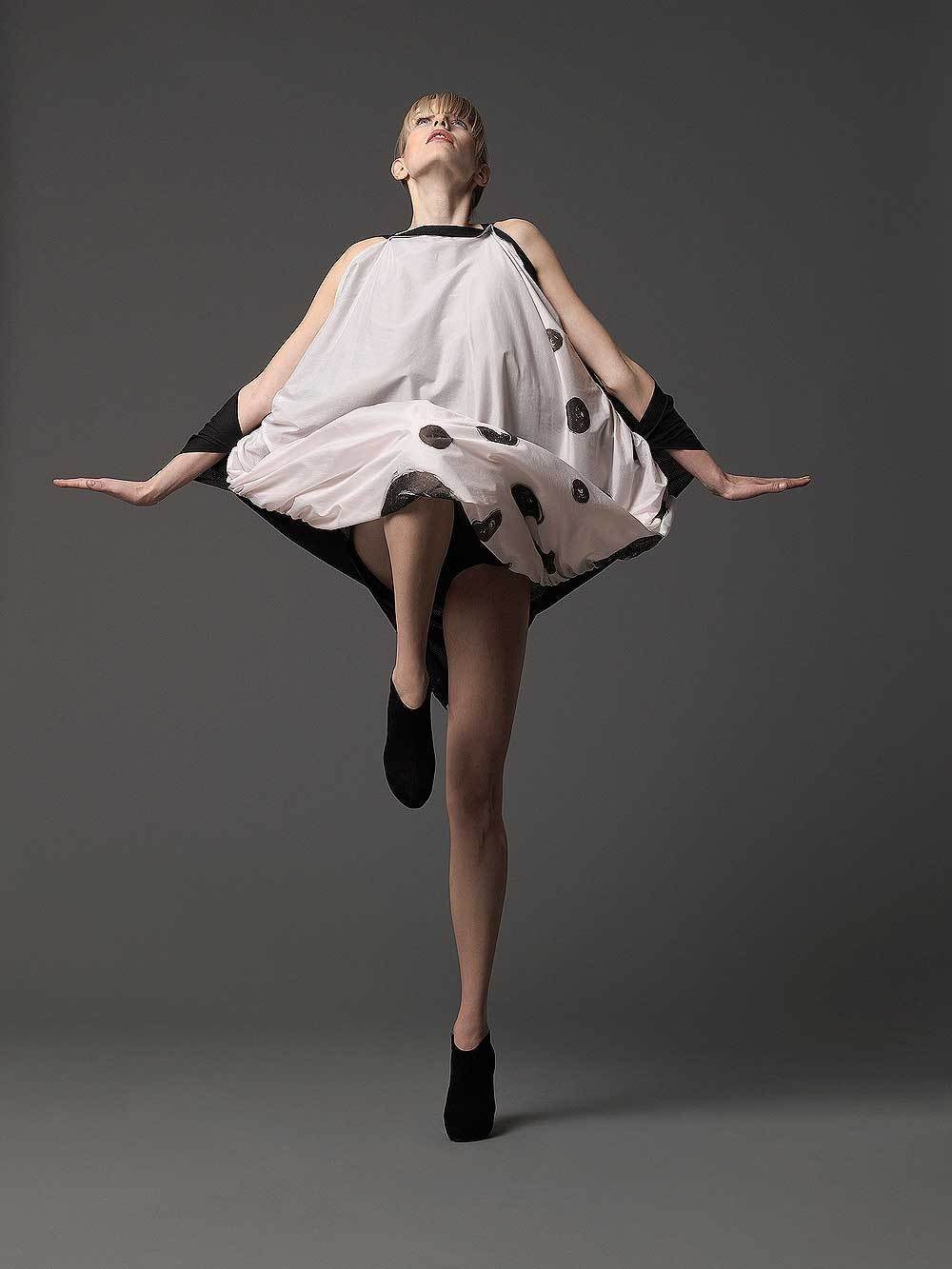
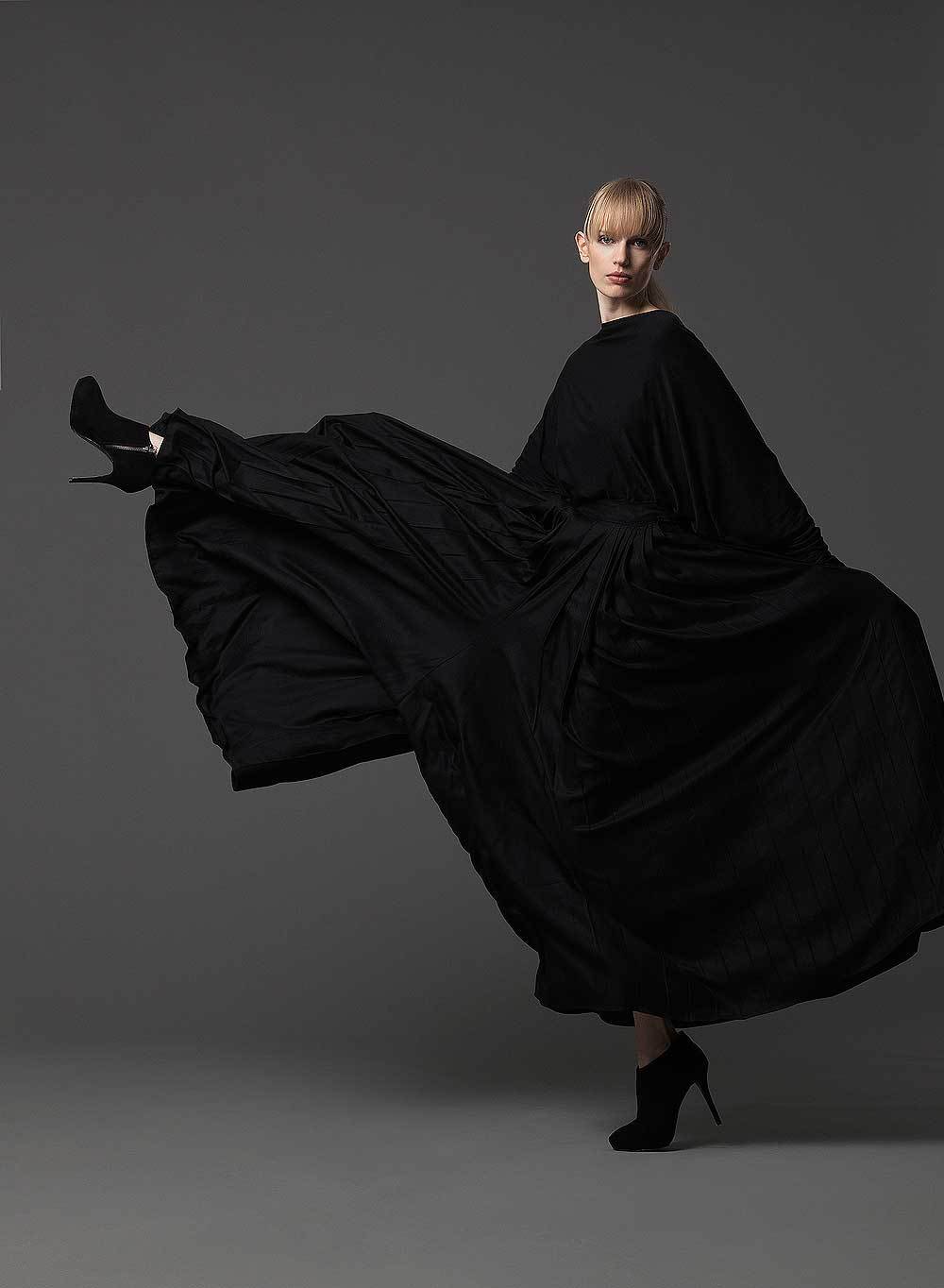
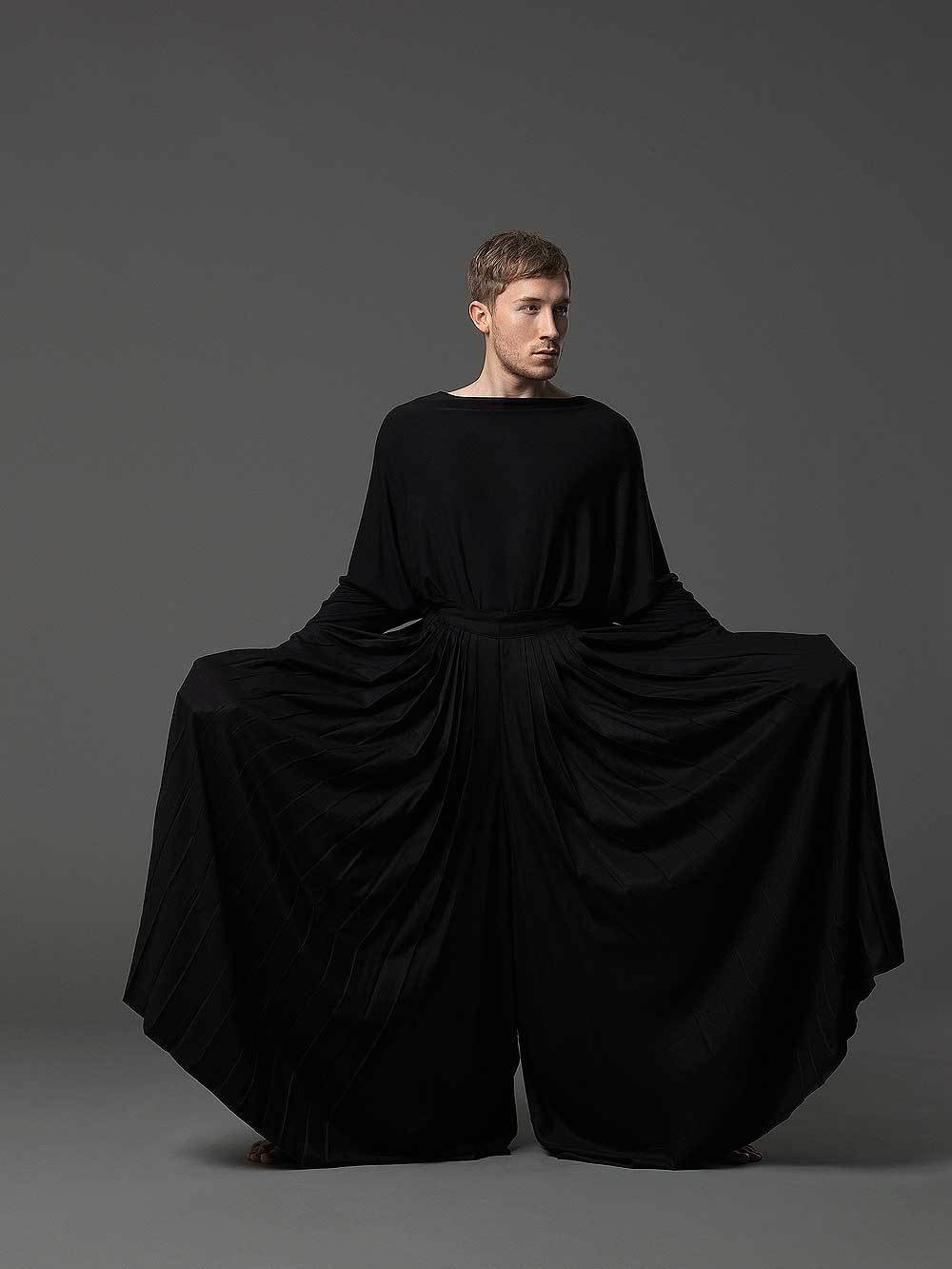
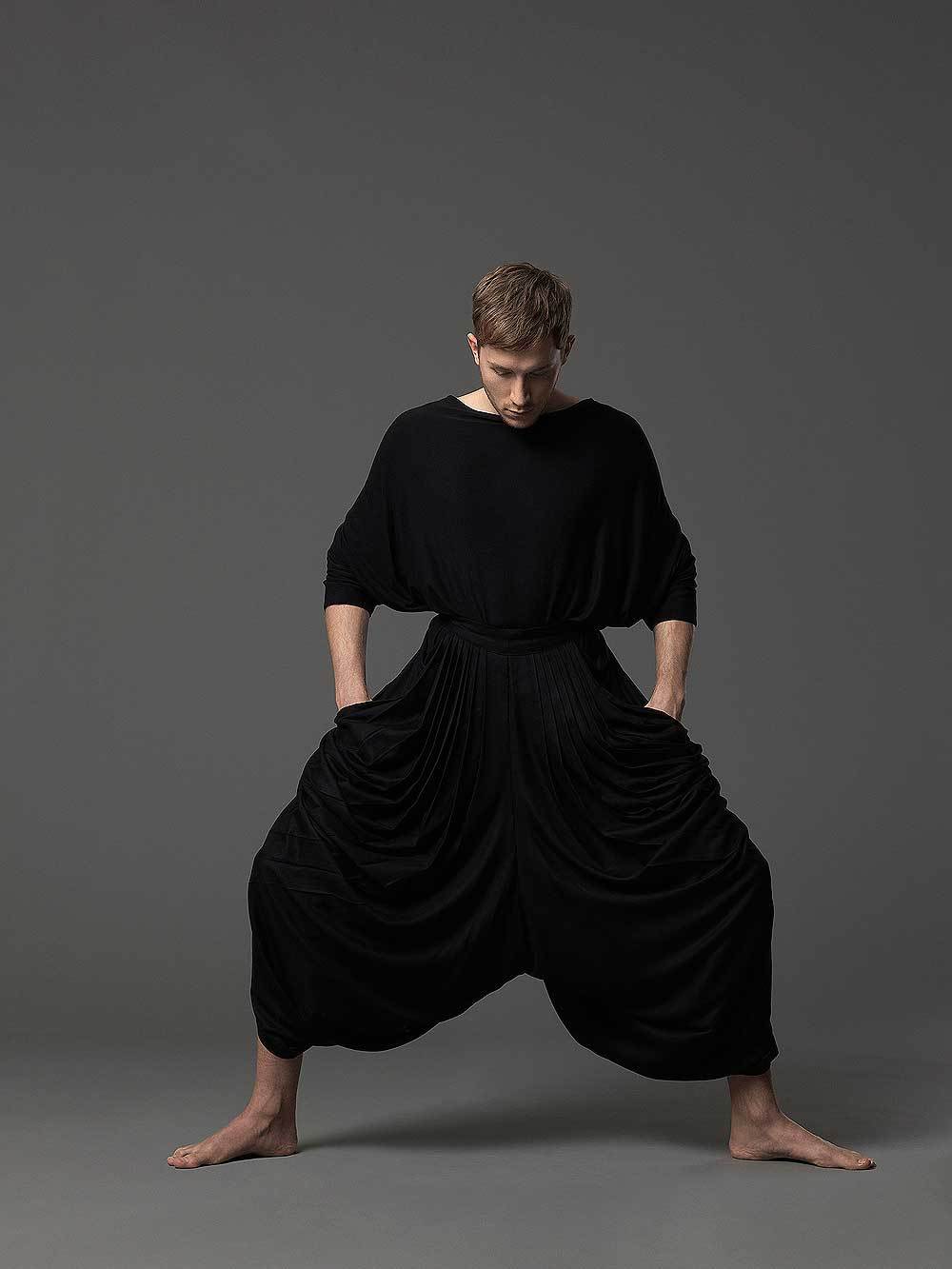
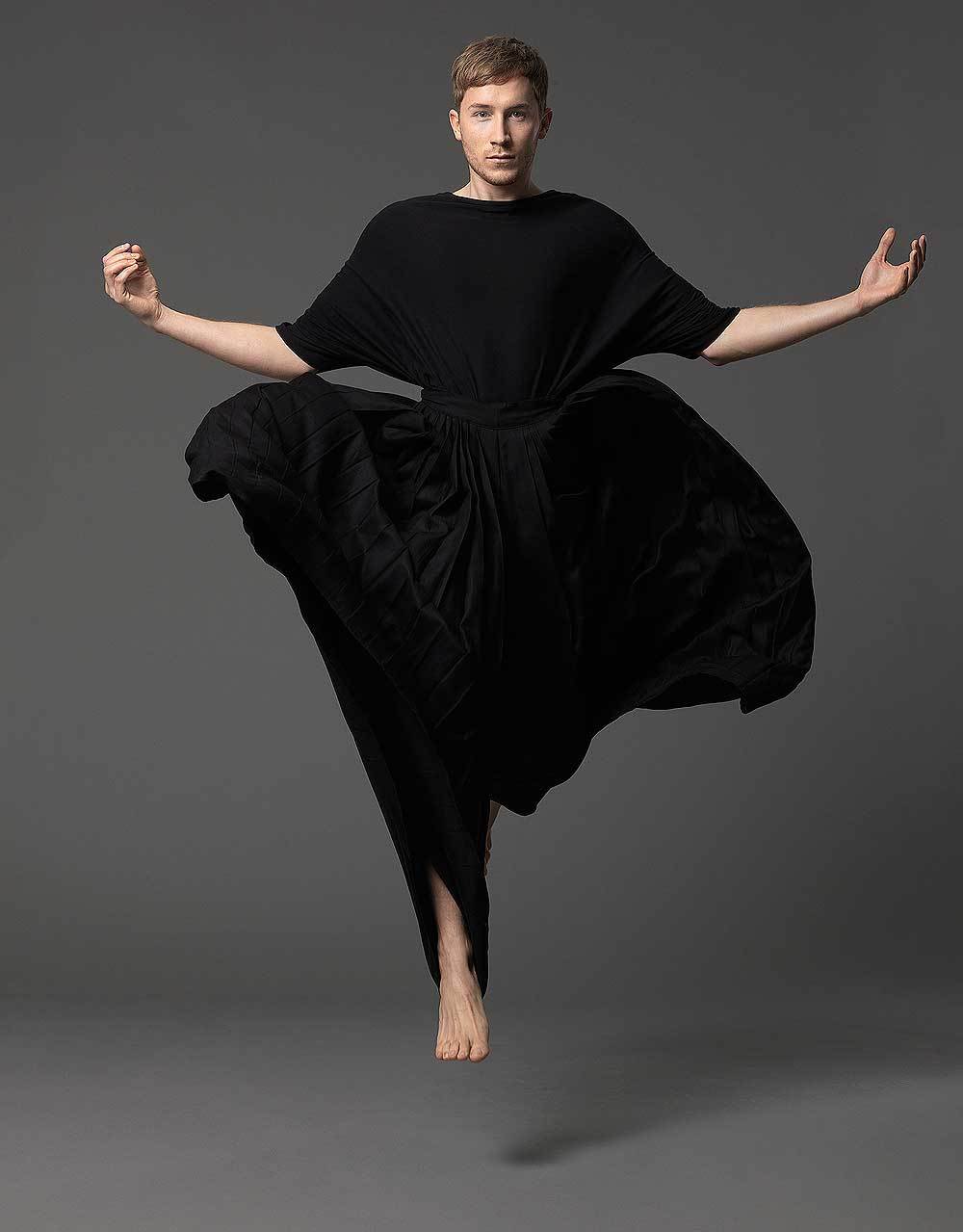
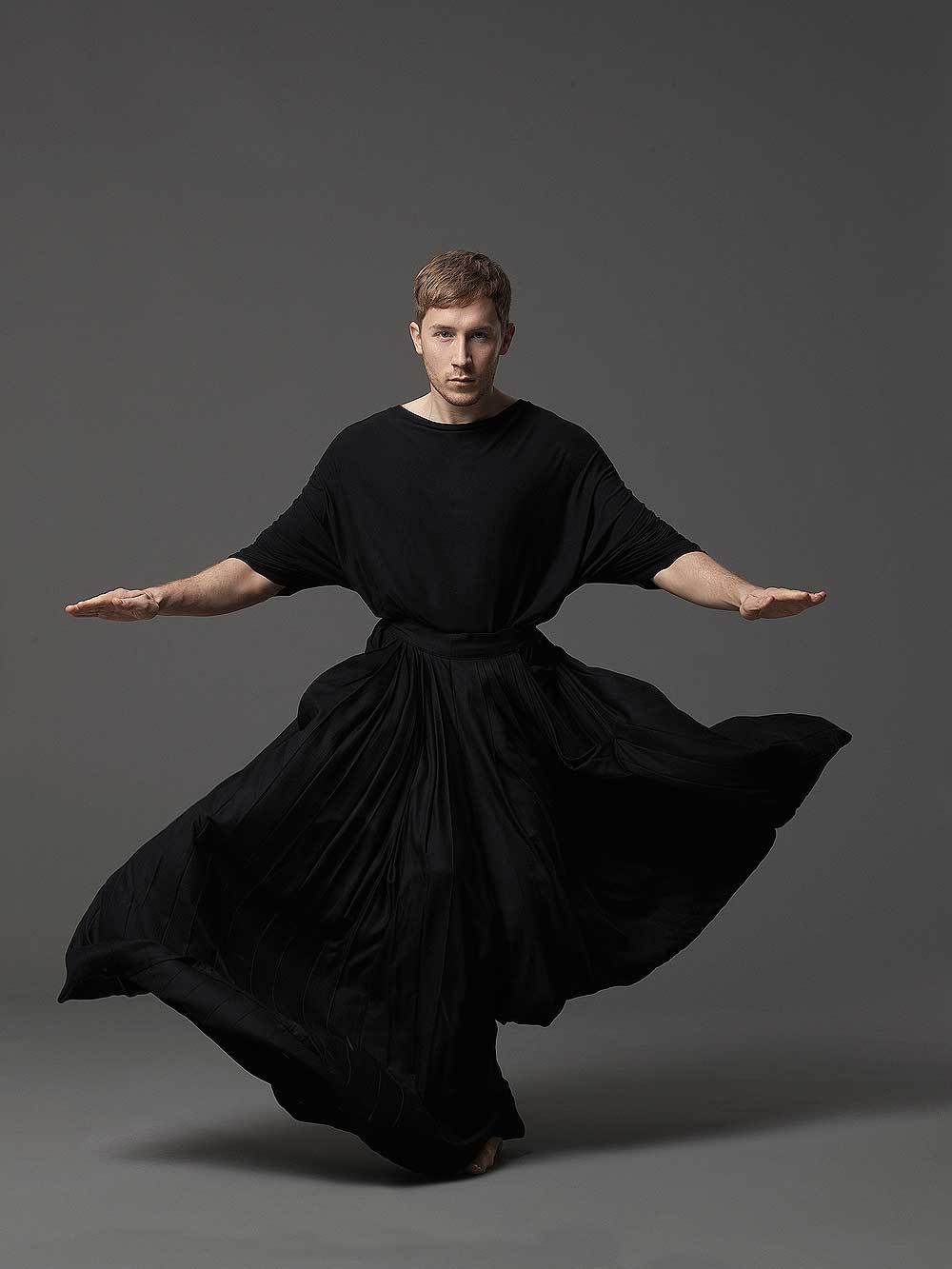
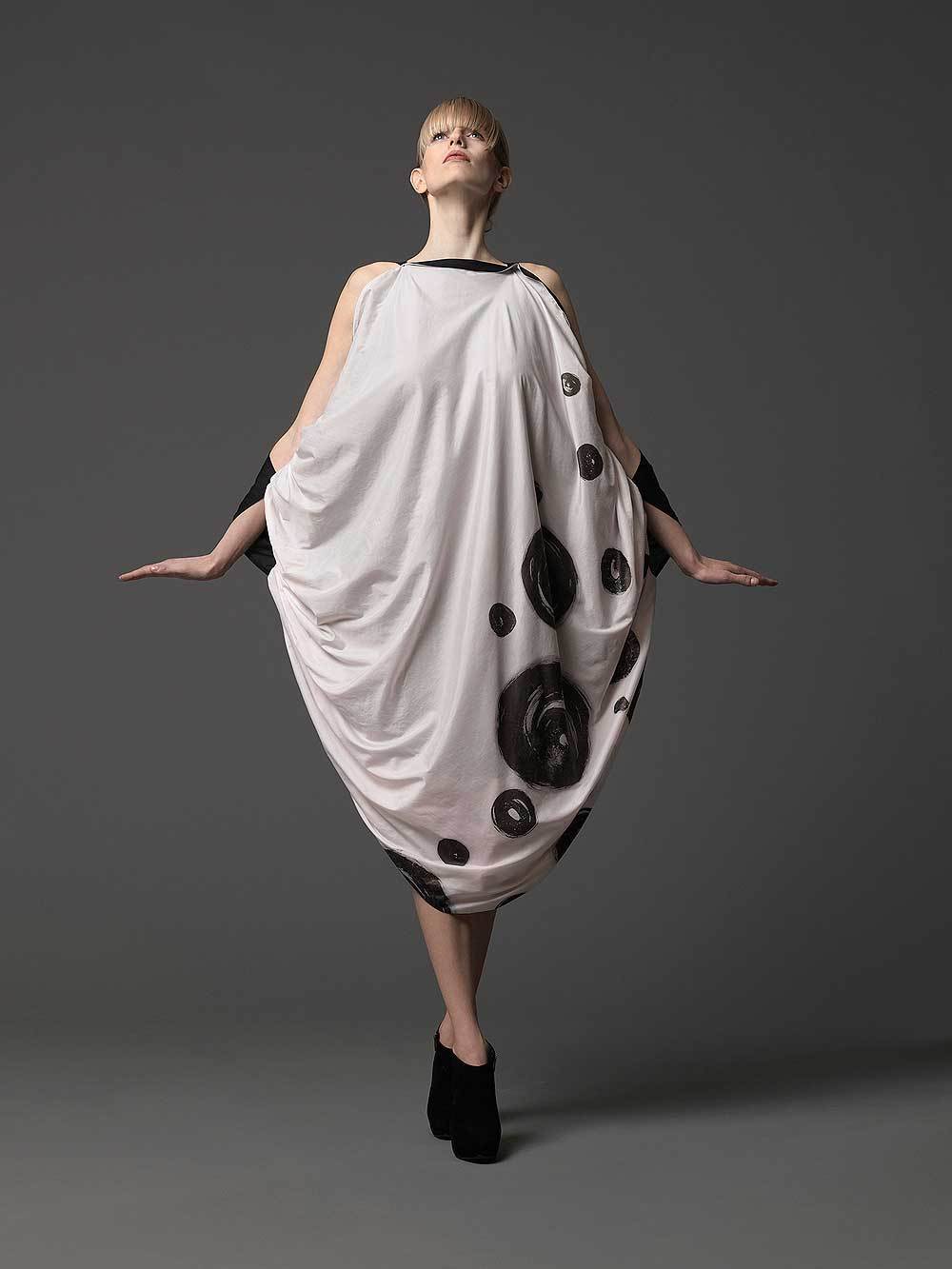
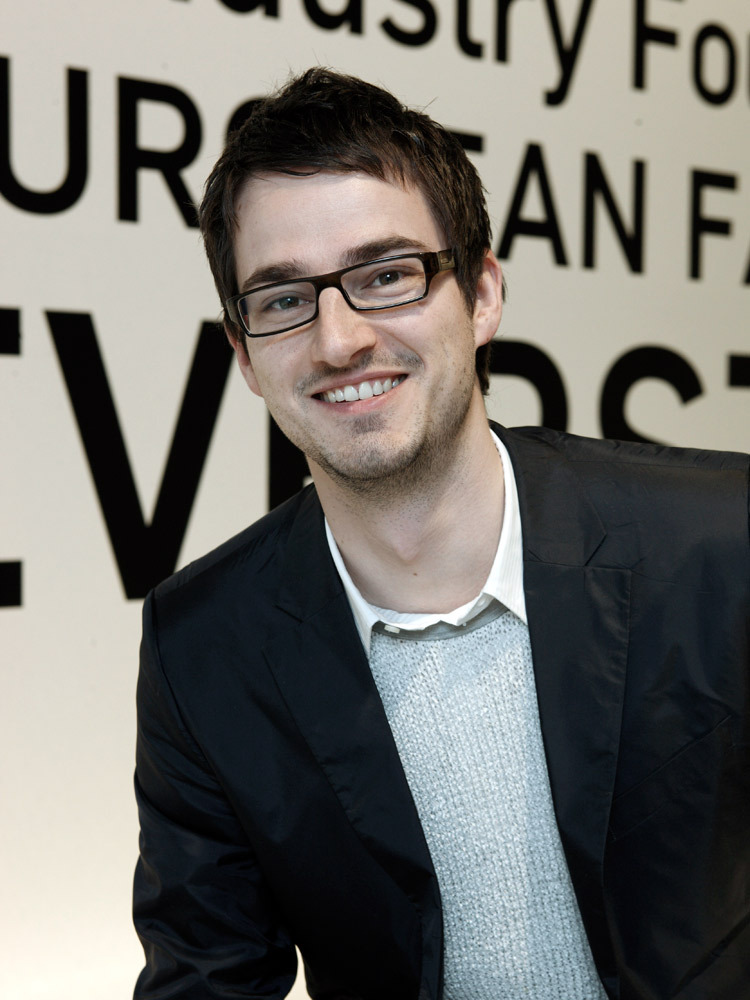
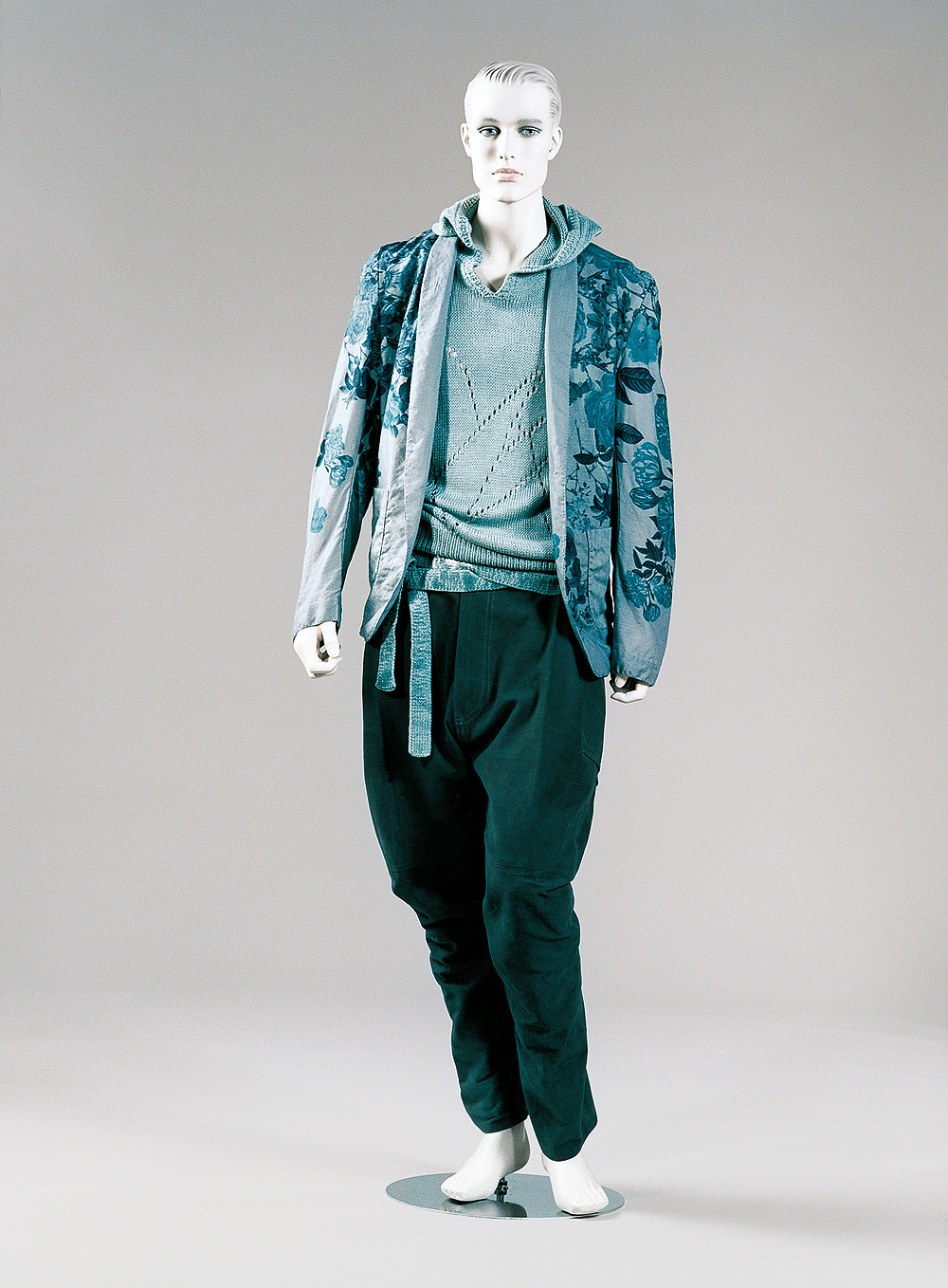
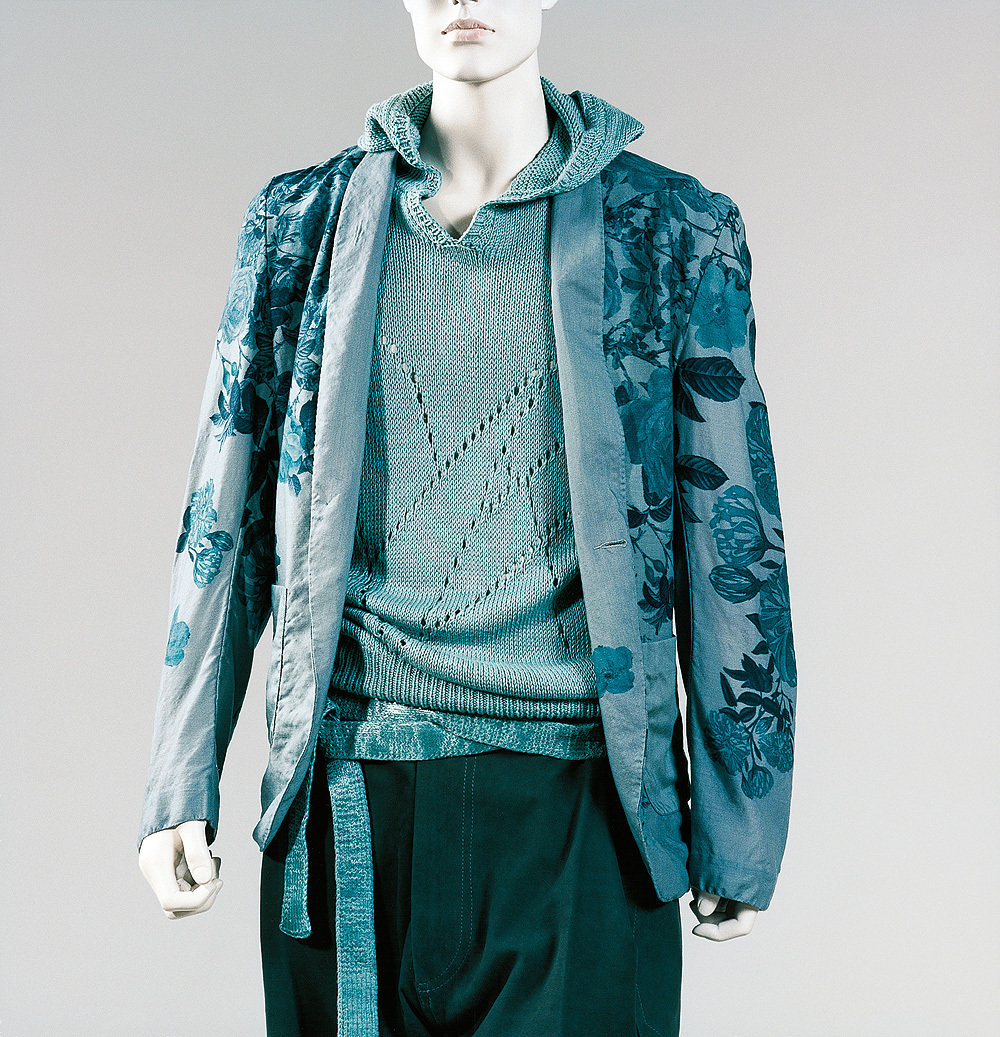
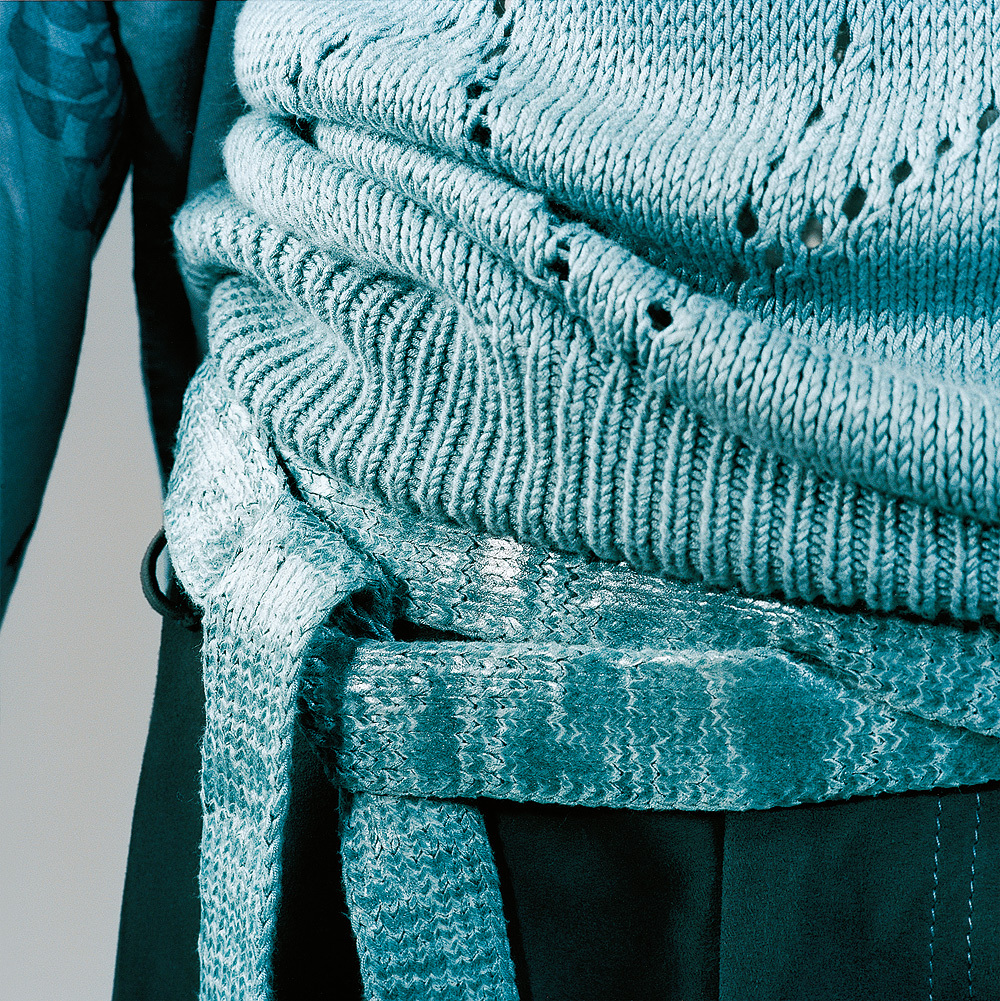
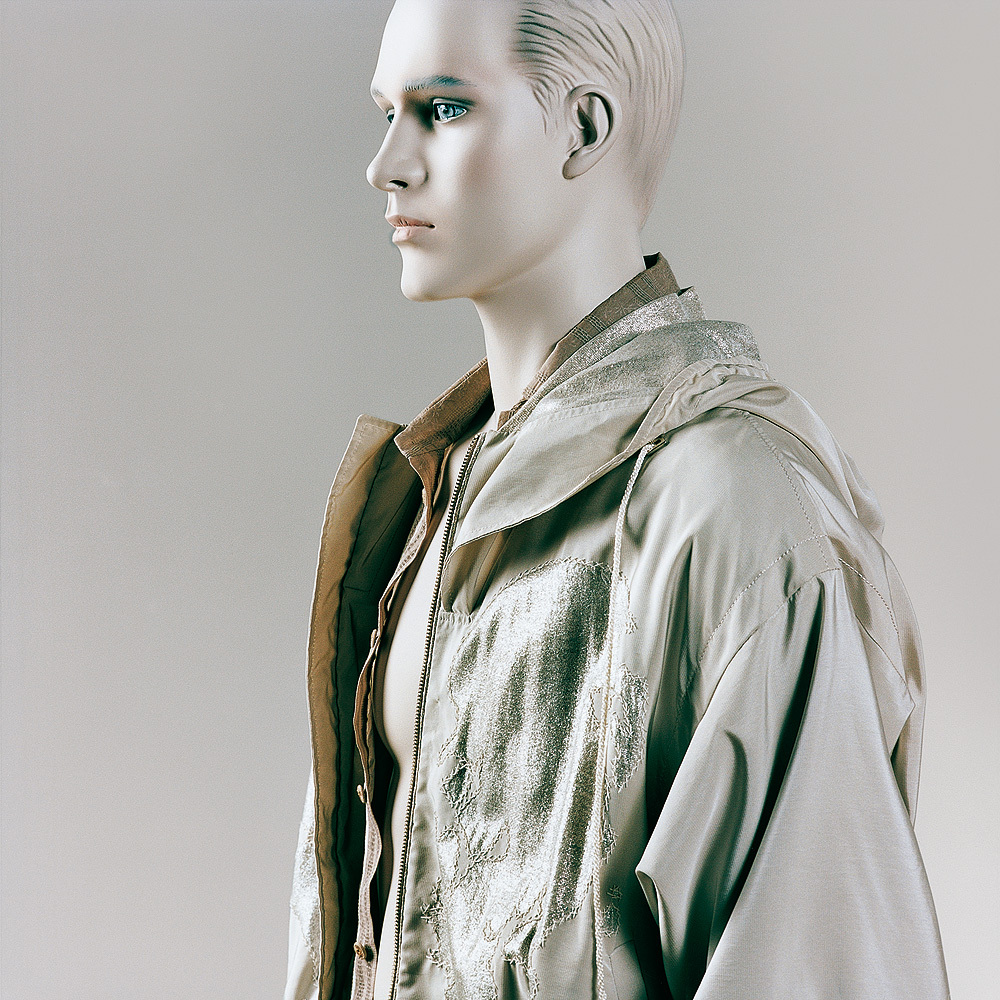
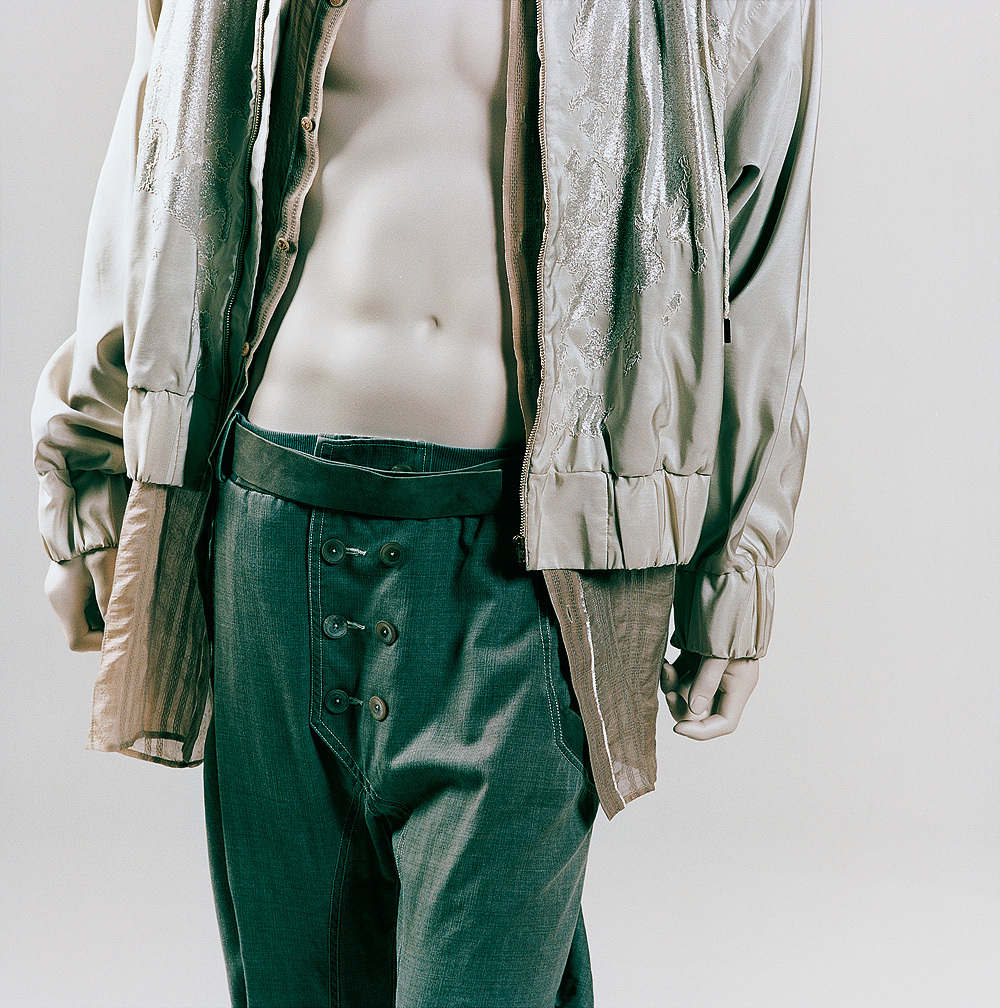
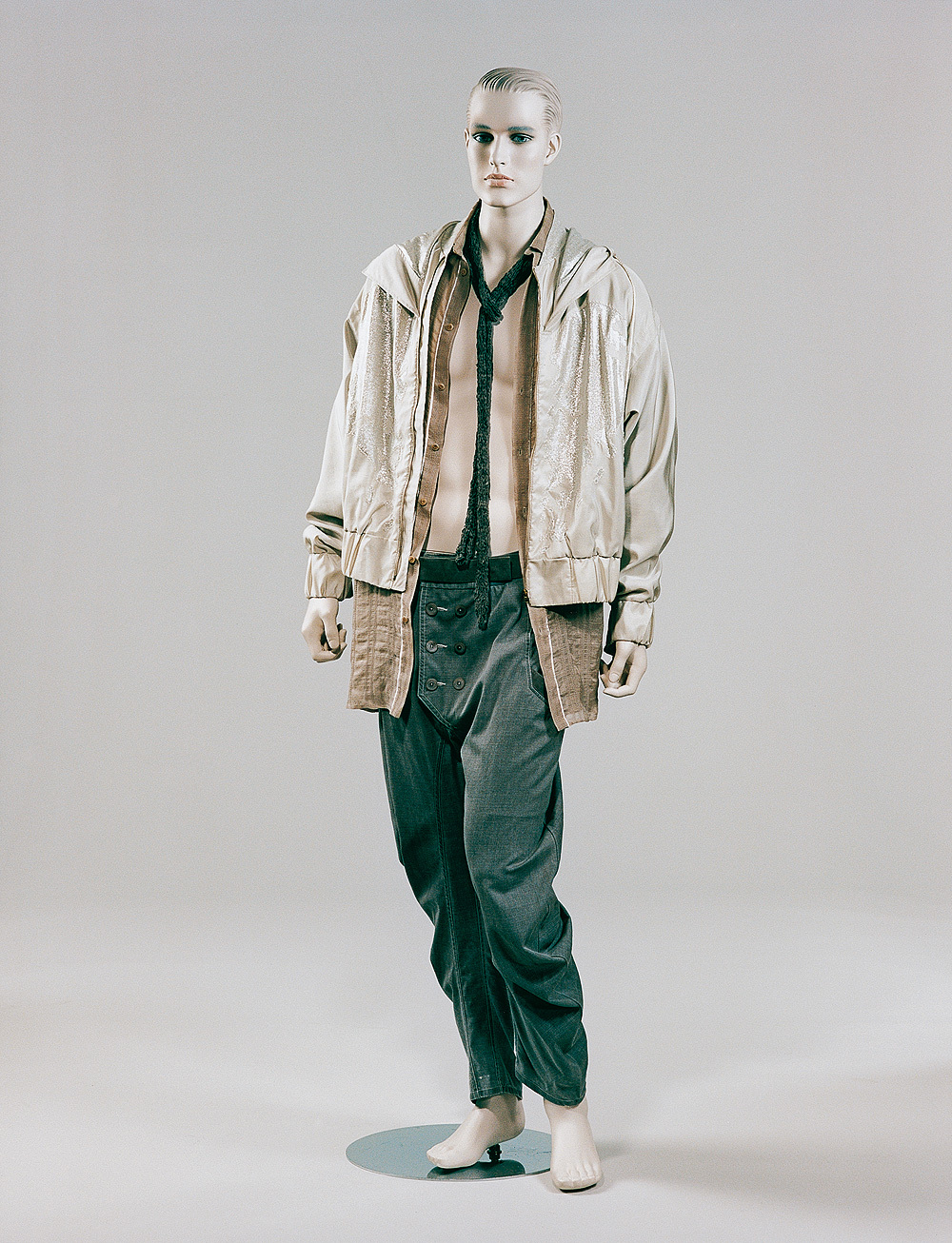
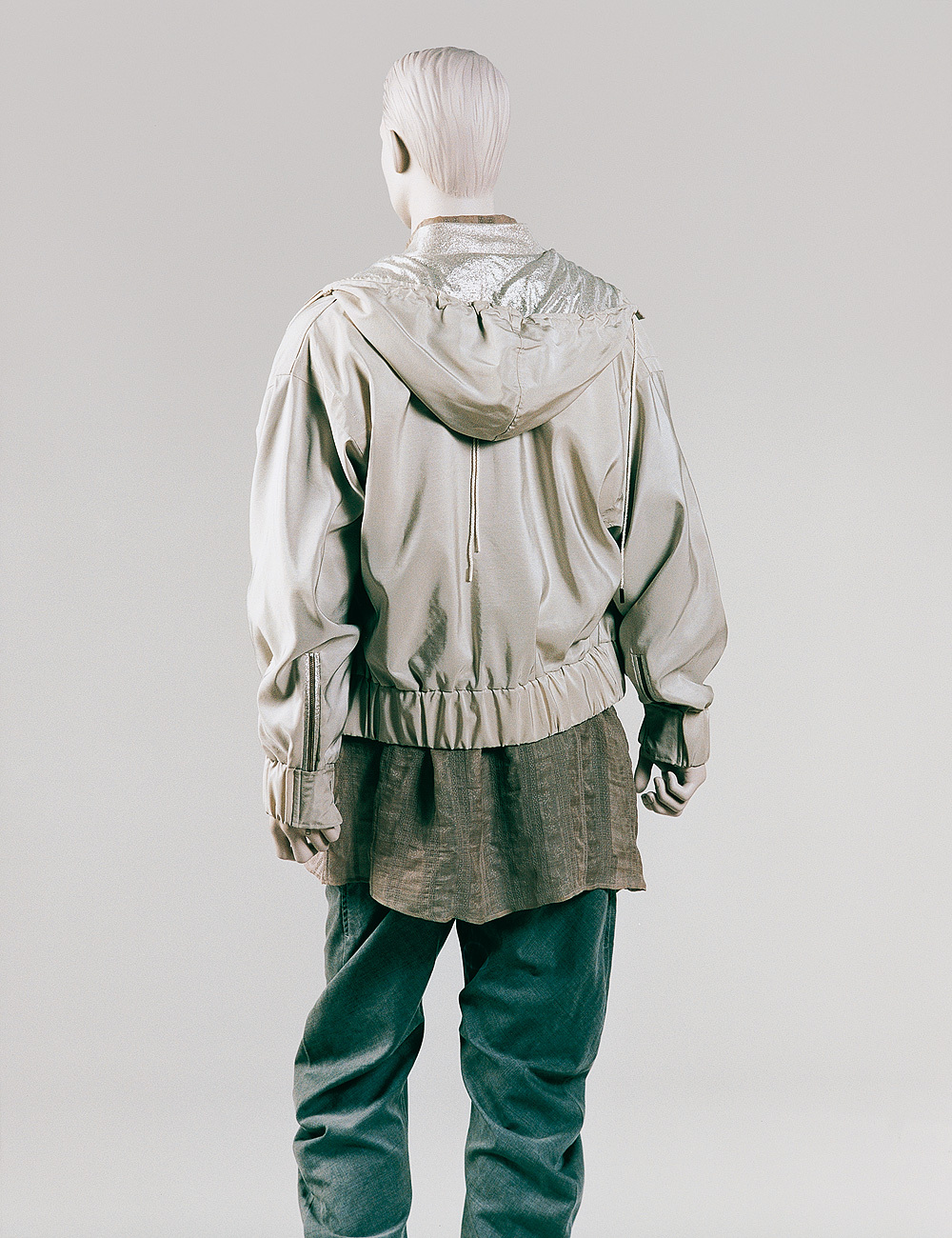
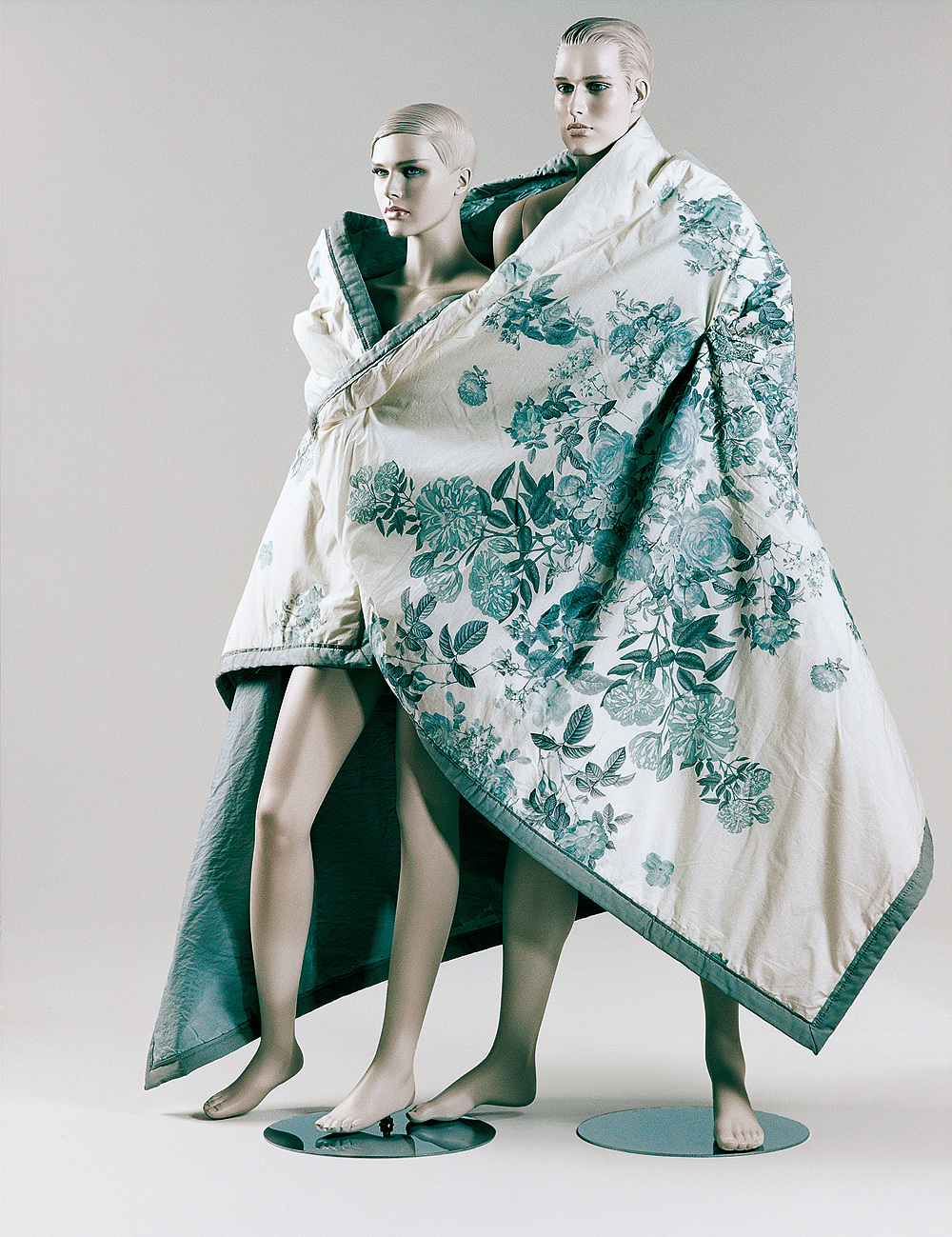
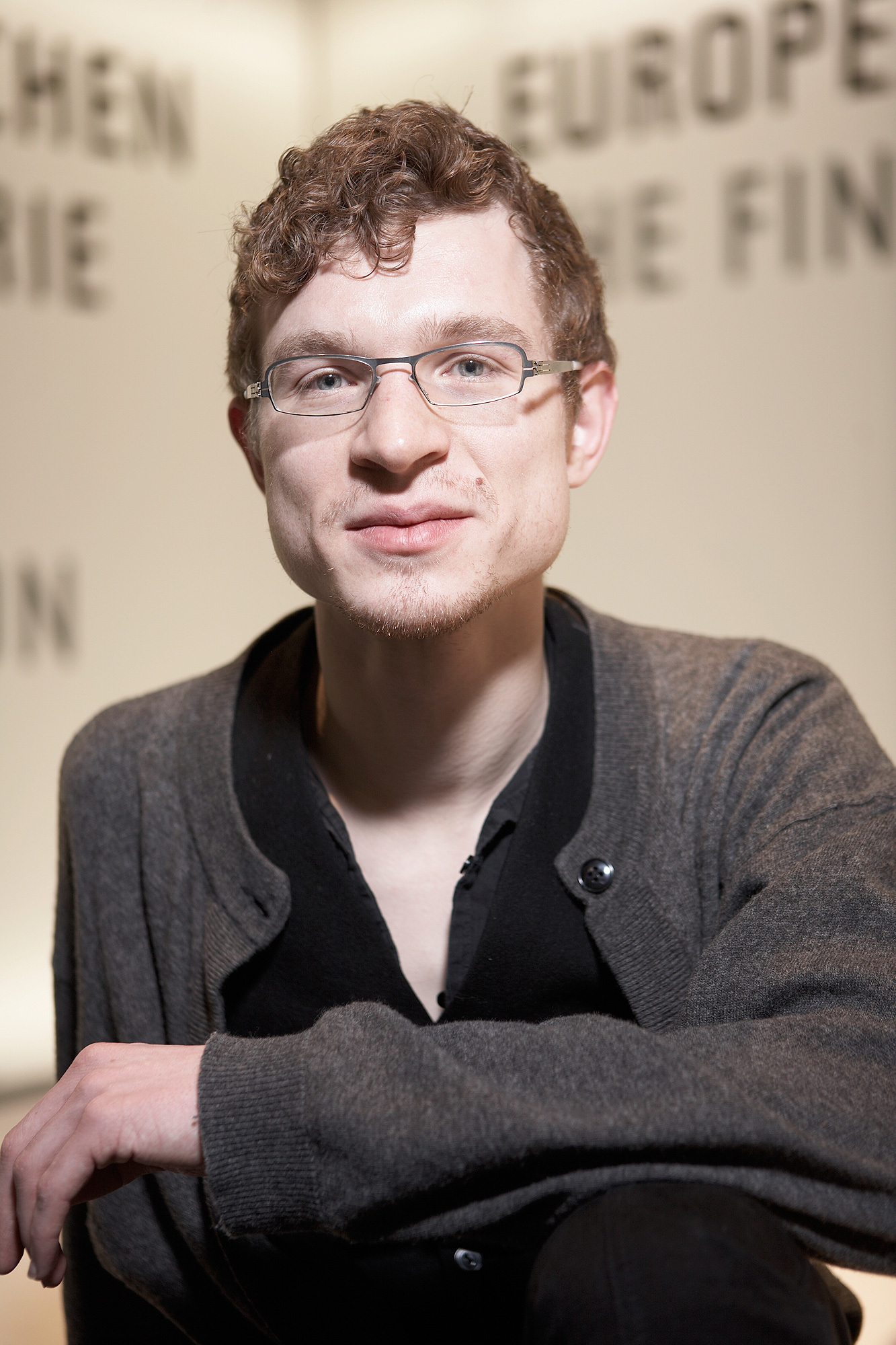
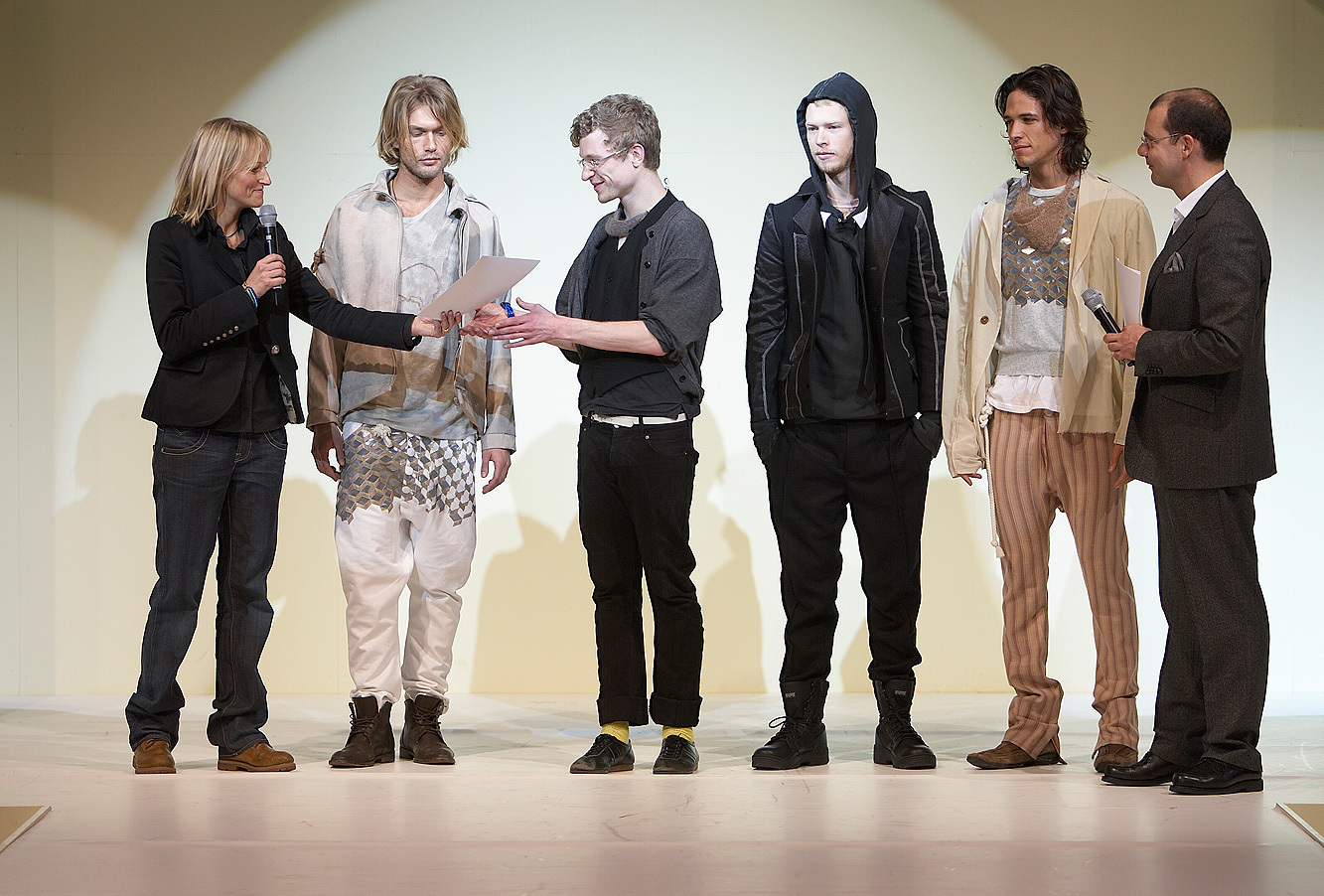
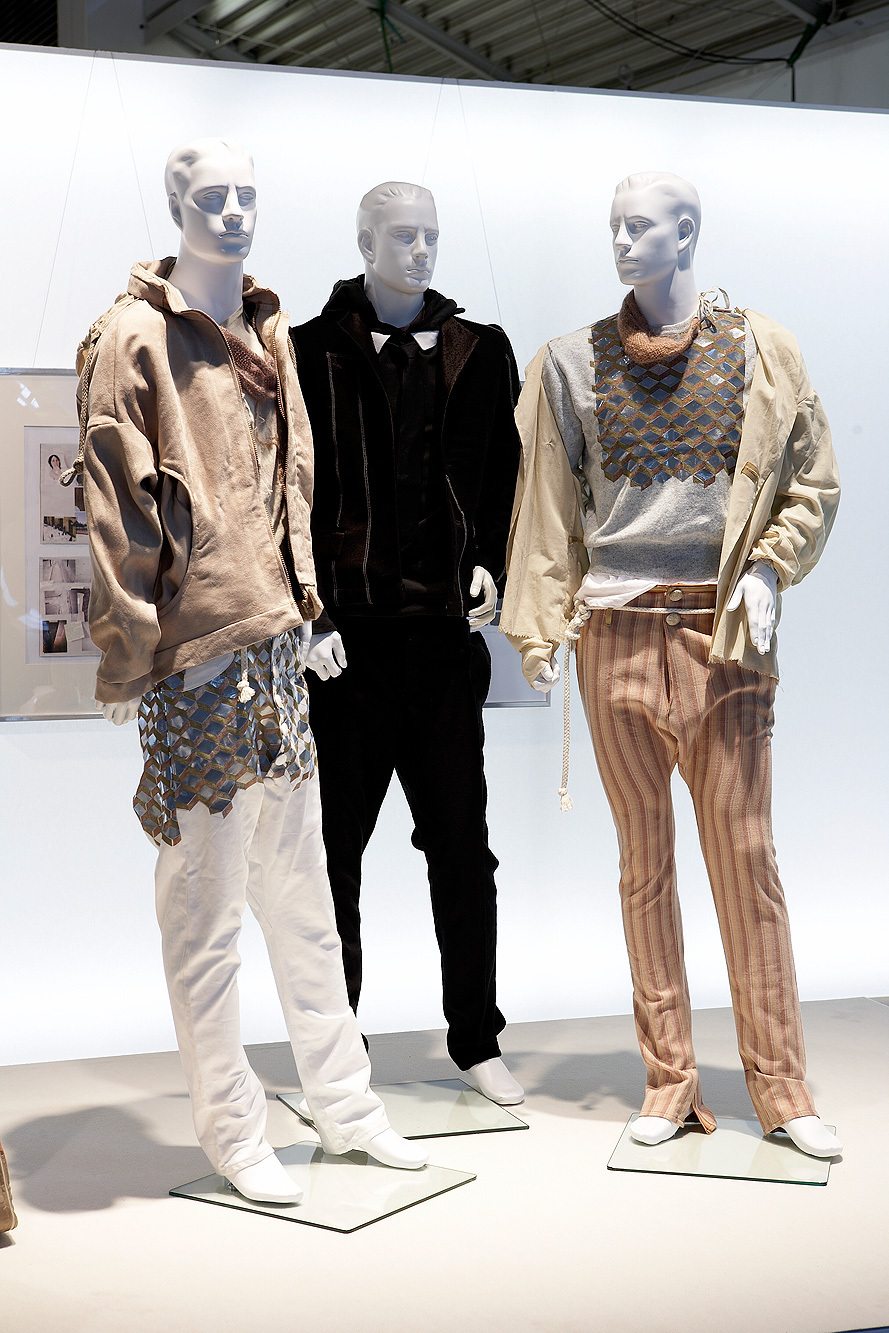
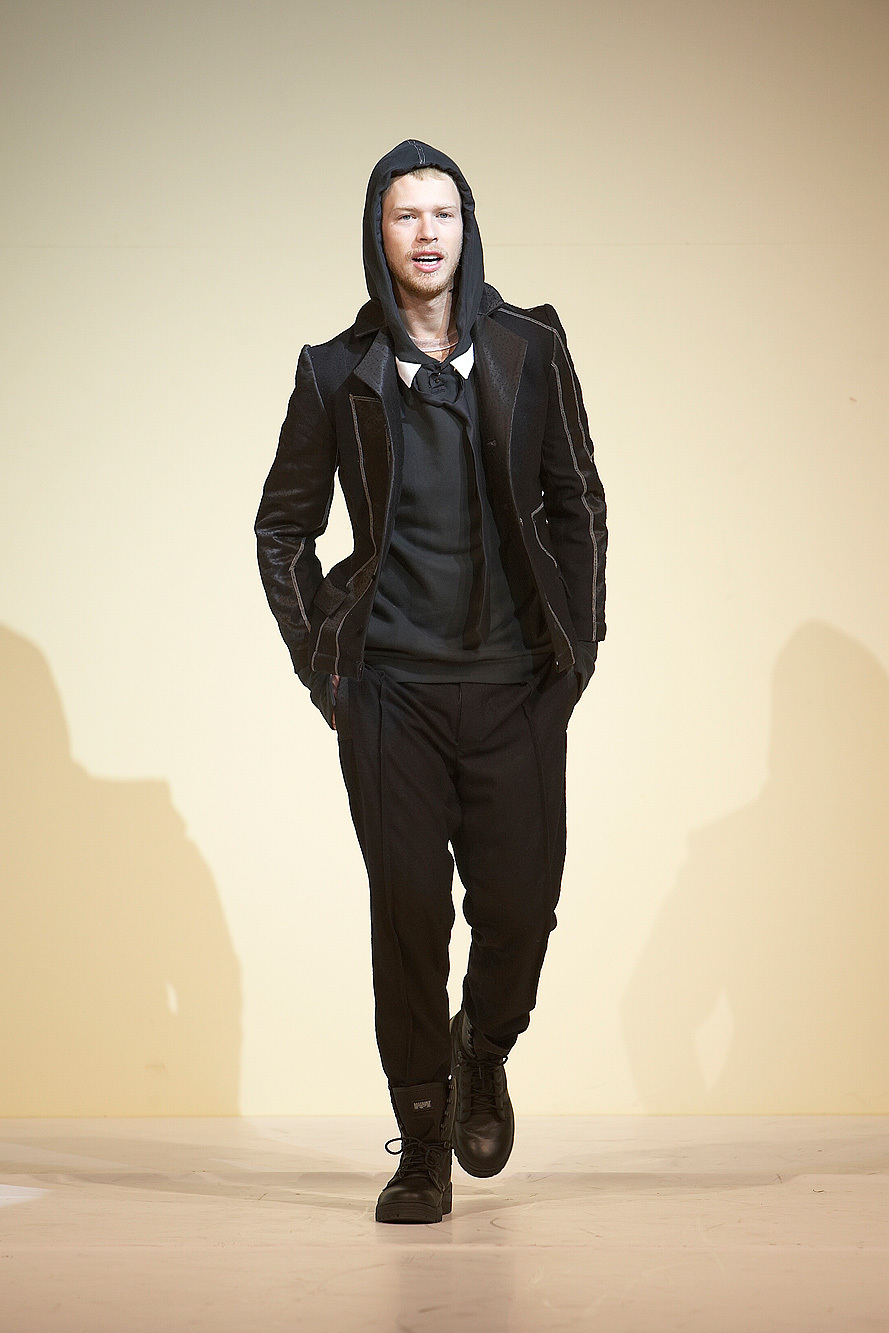
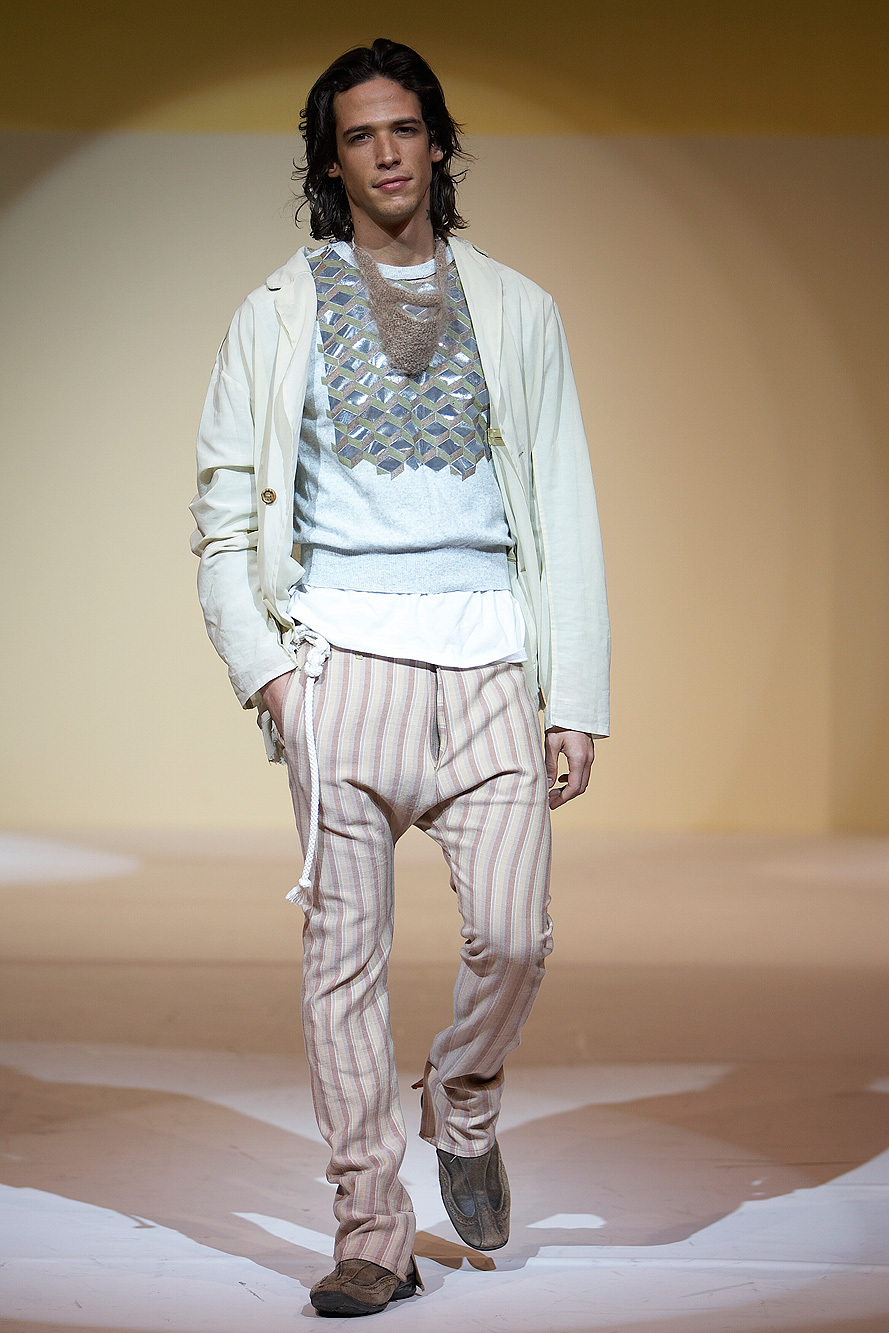

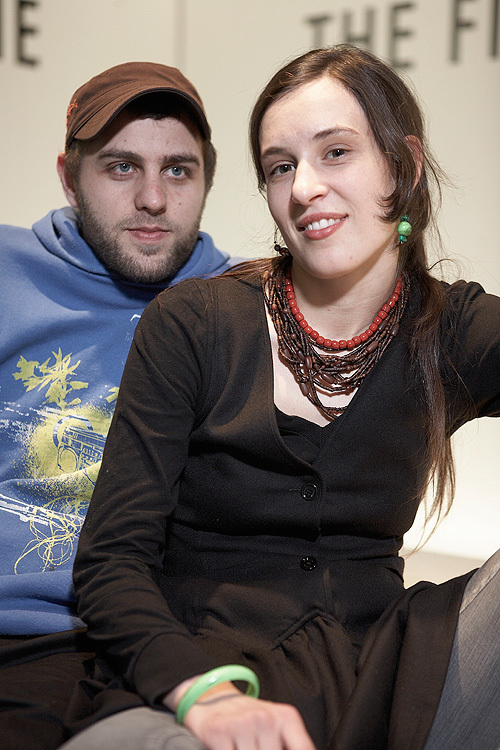
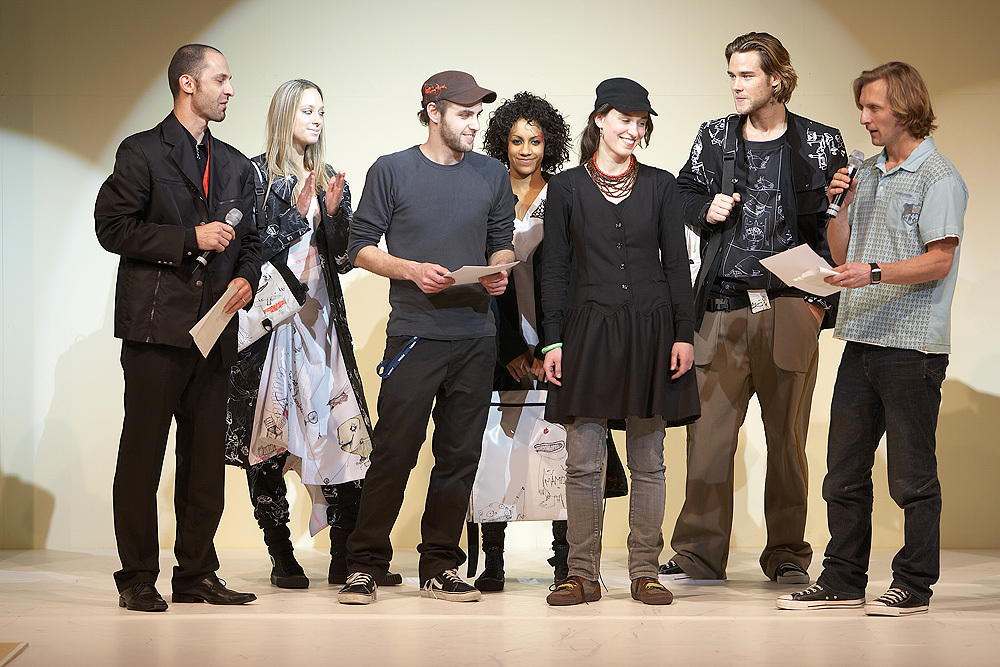

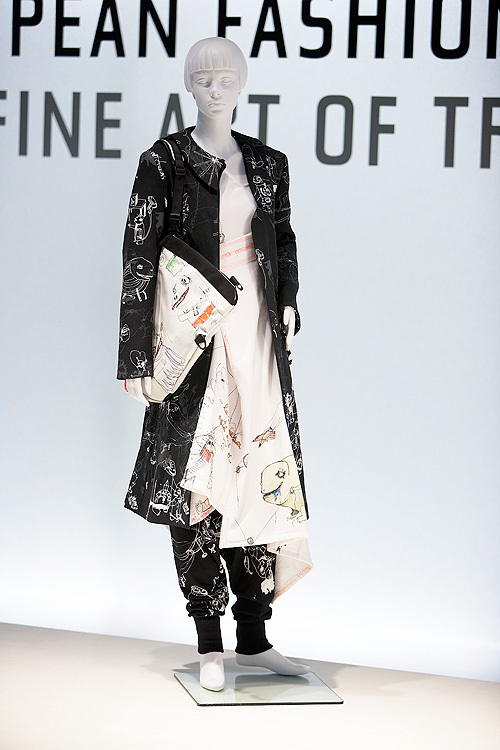
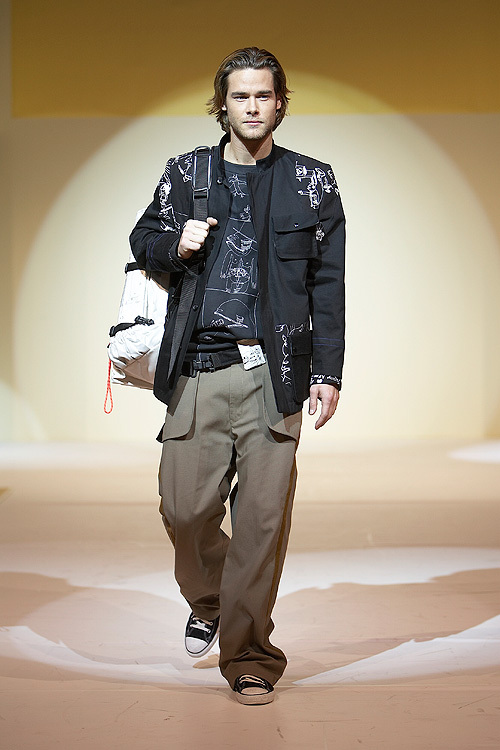
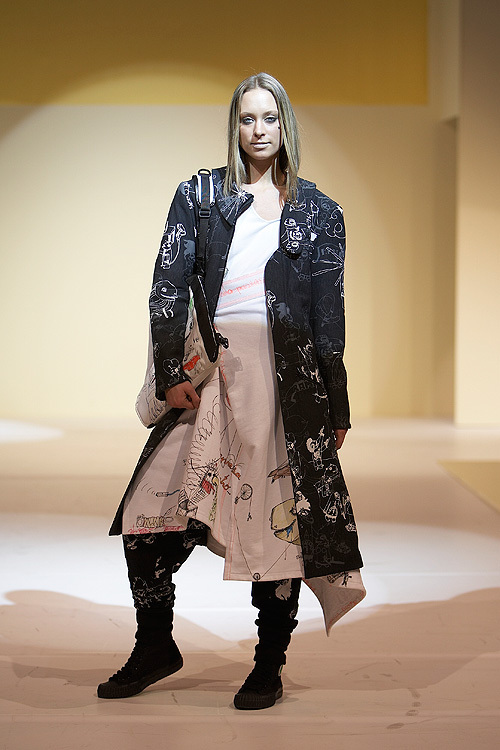
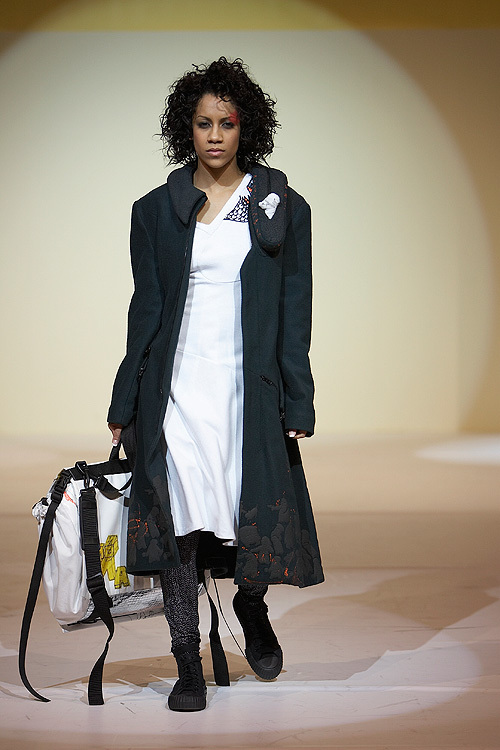
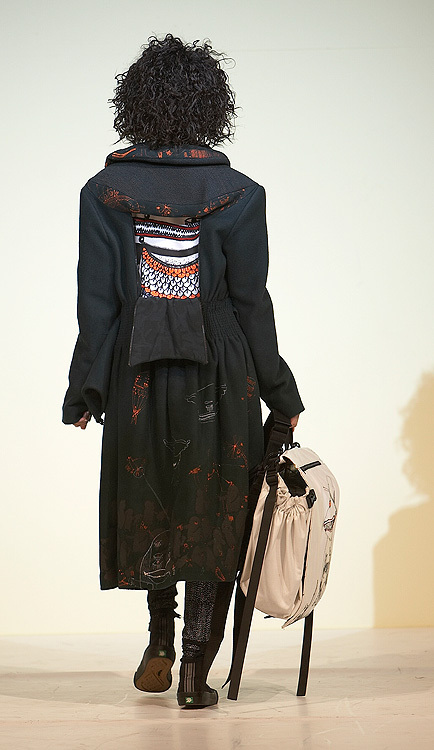
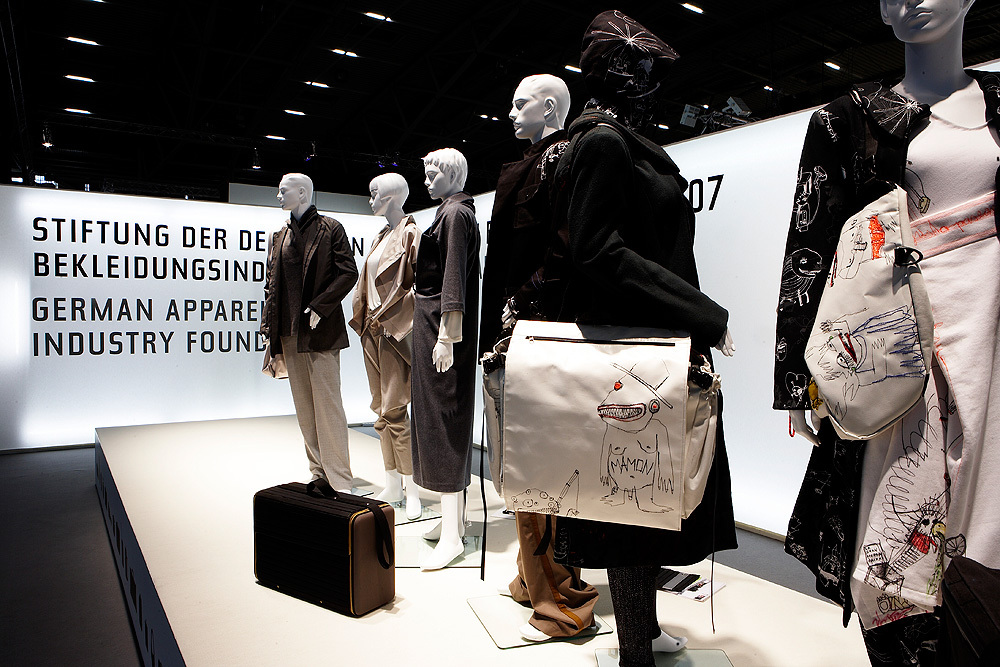
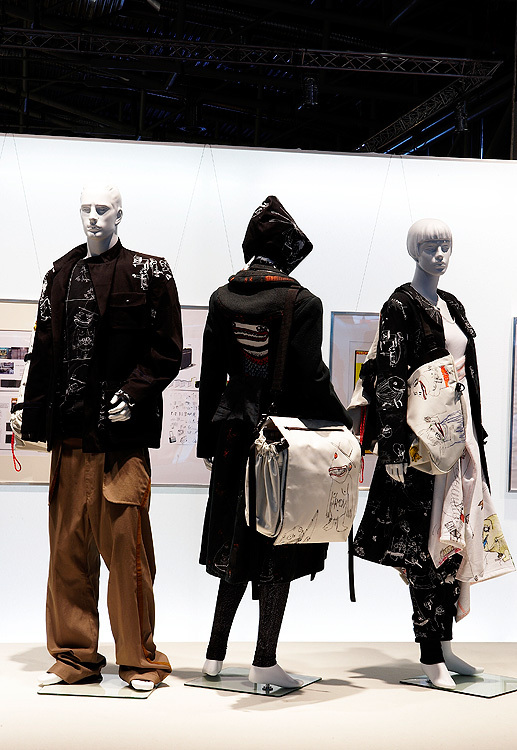
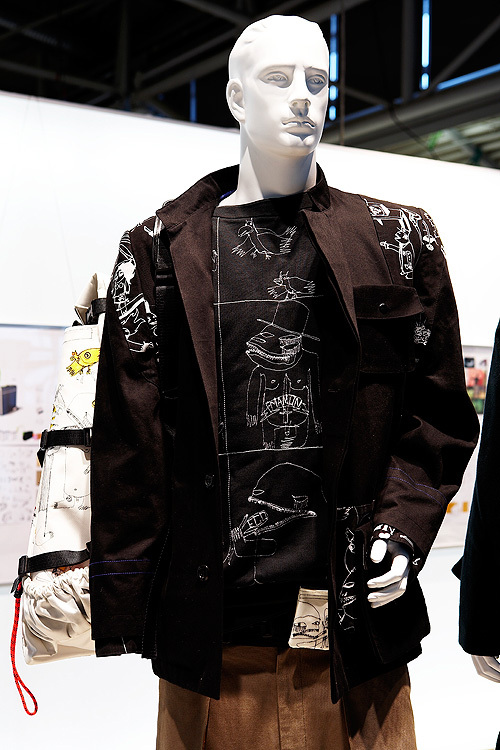
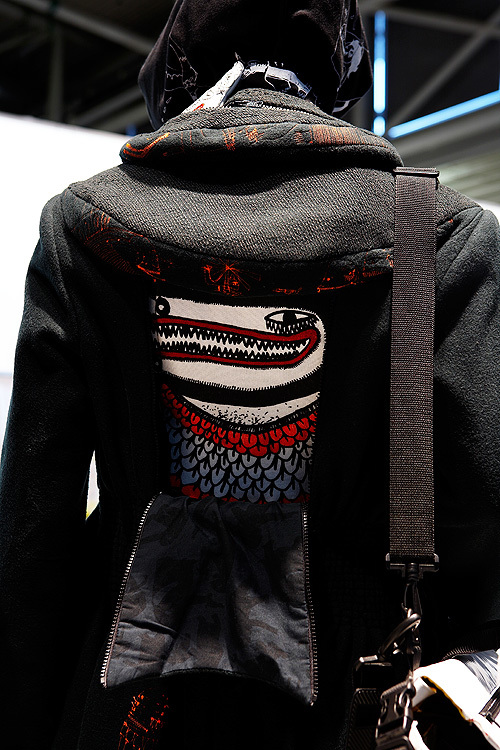
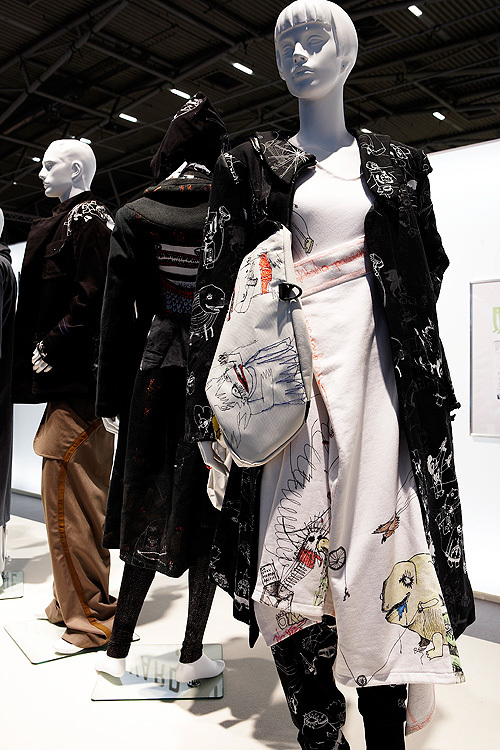
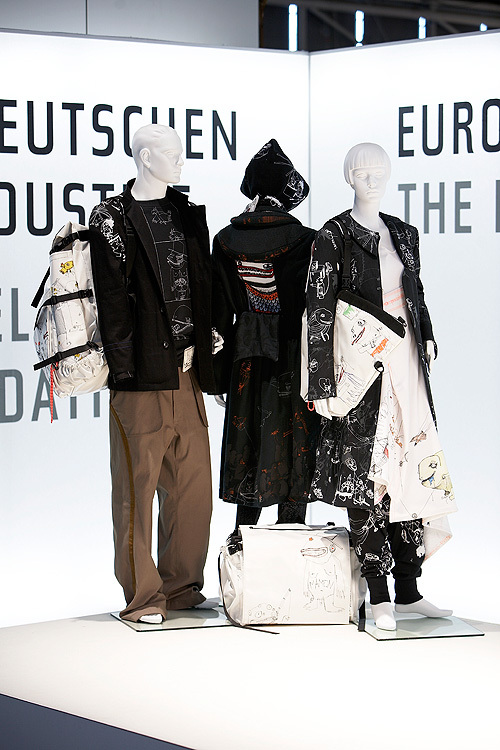
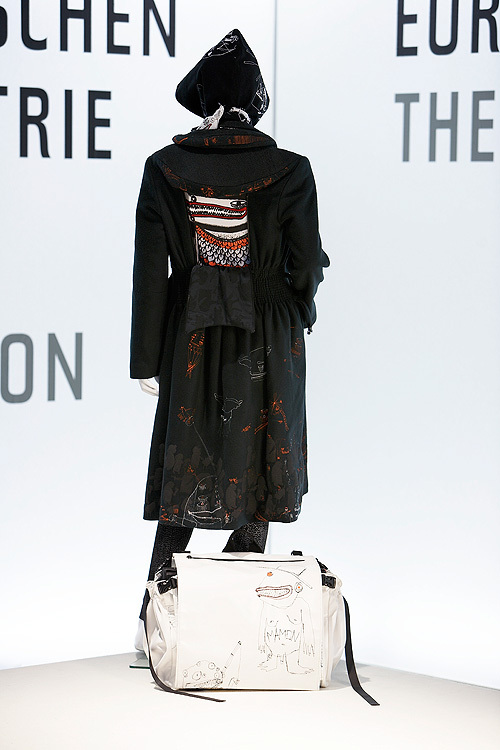
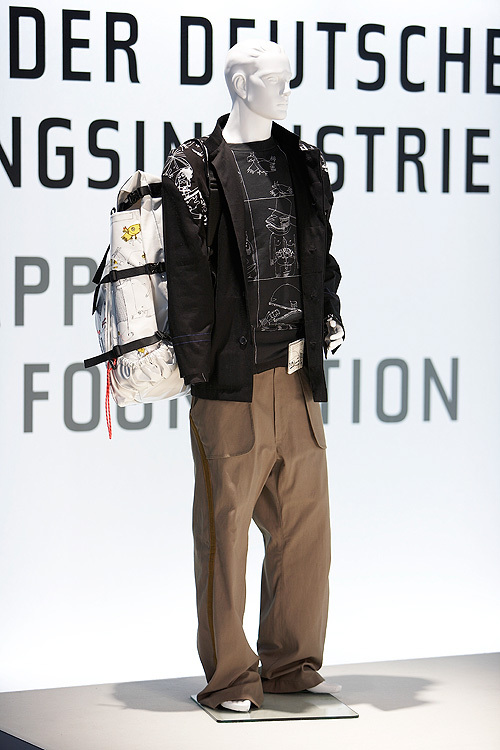
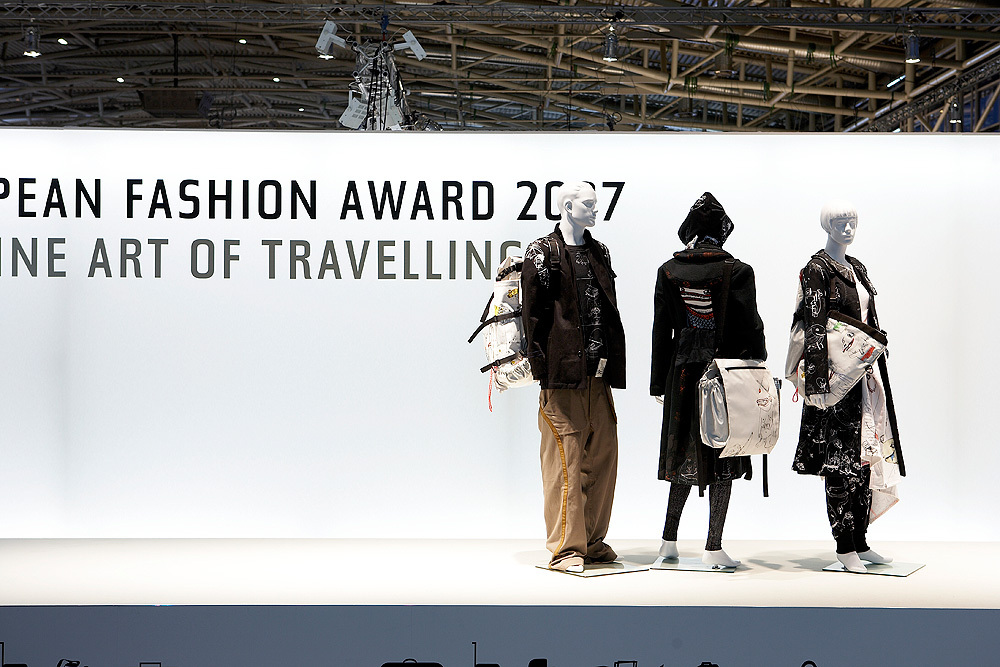
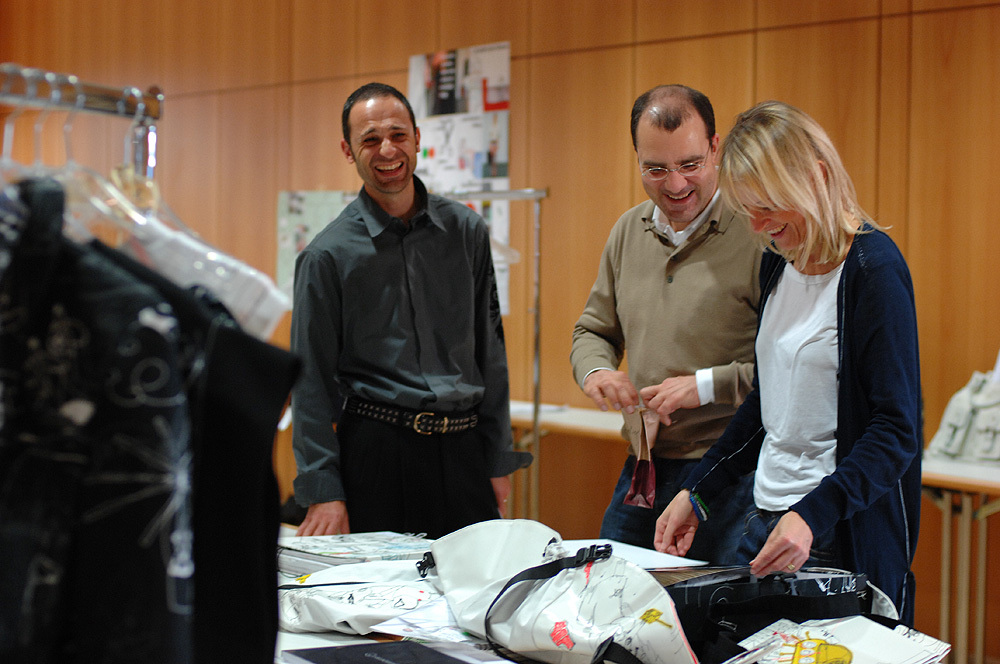
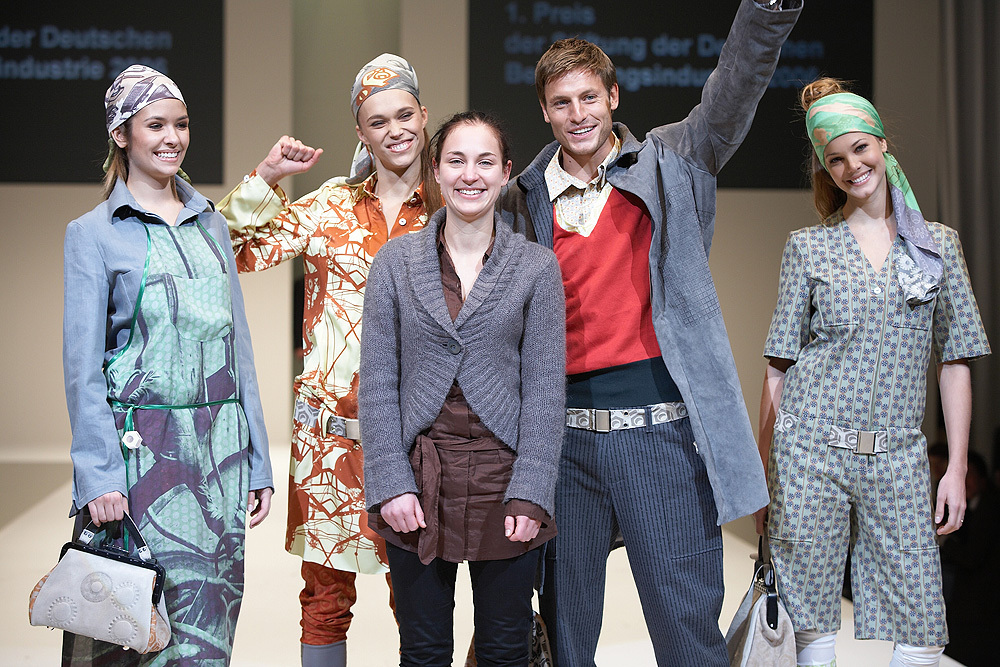
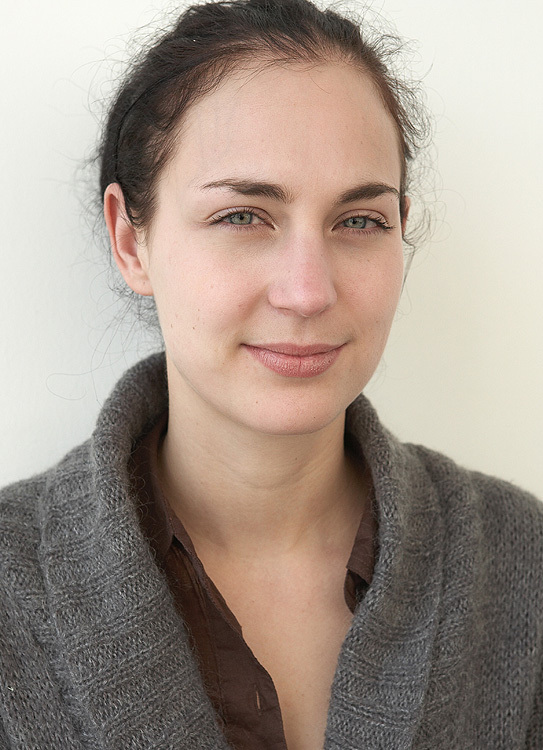
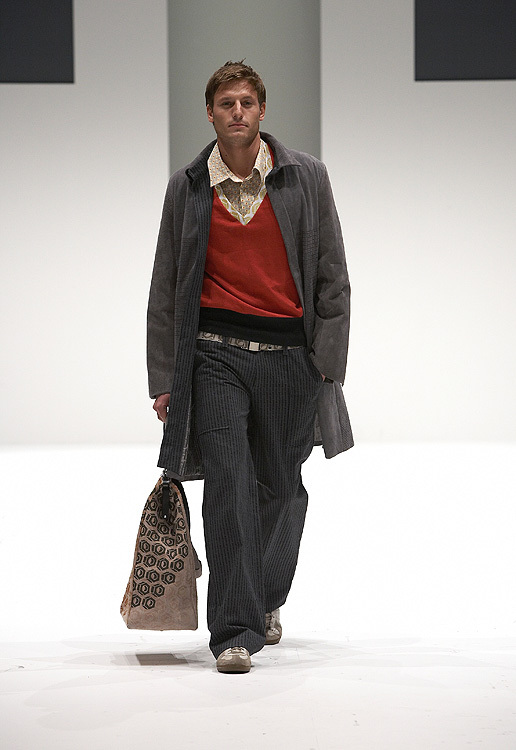
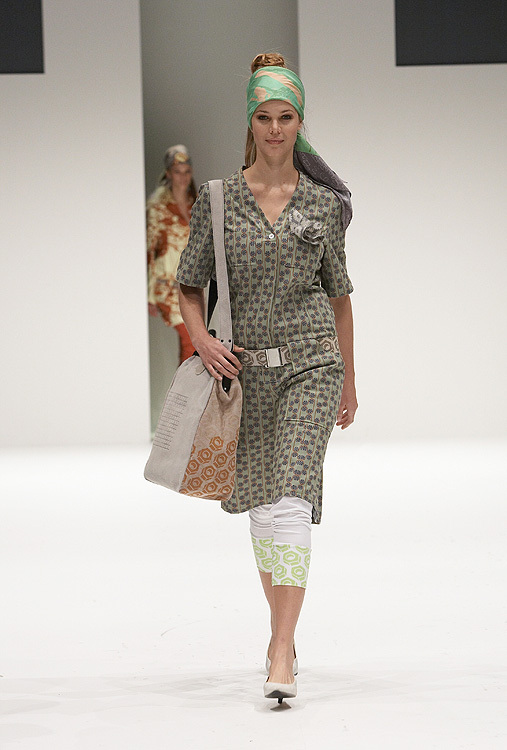
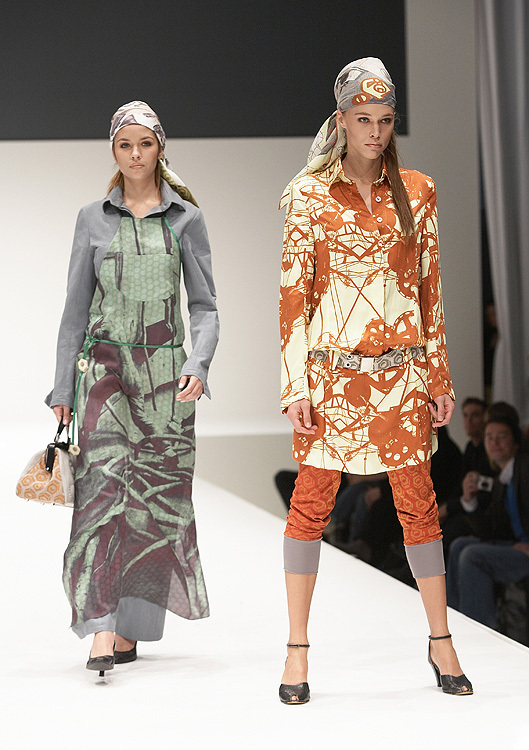
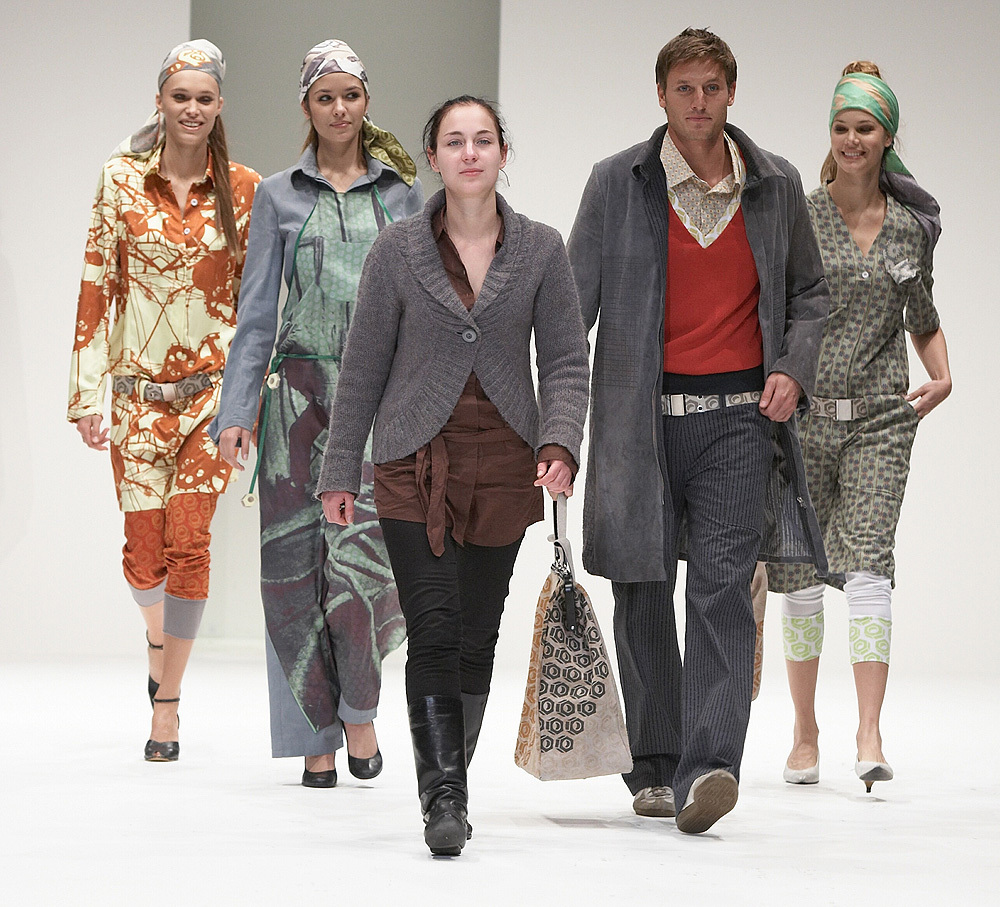
 Adrian Sommerauer
Adrian Sommerauer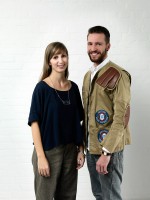 Kristina Mora
Kristina Mora Bianca Koczan
Bianca Koczan